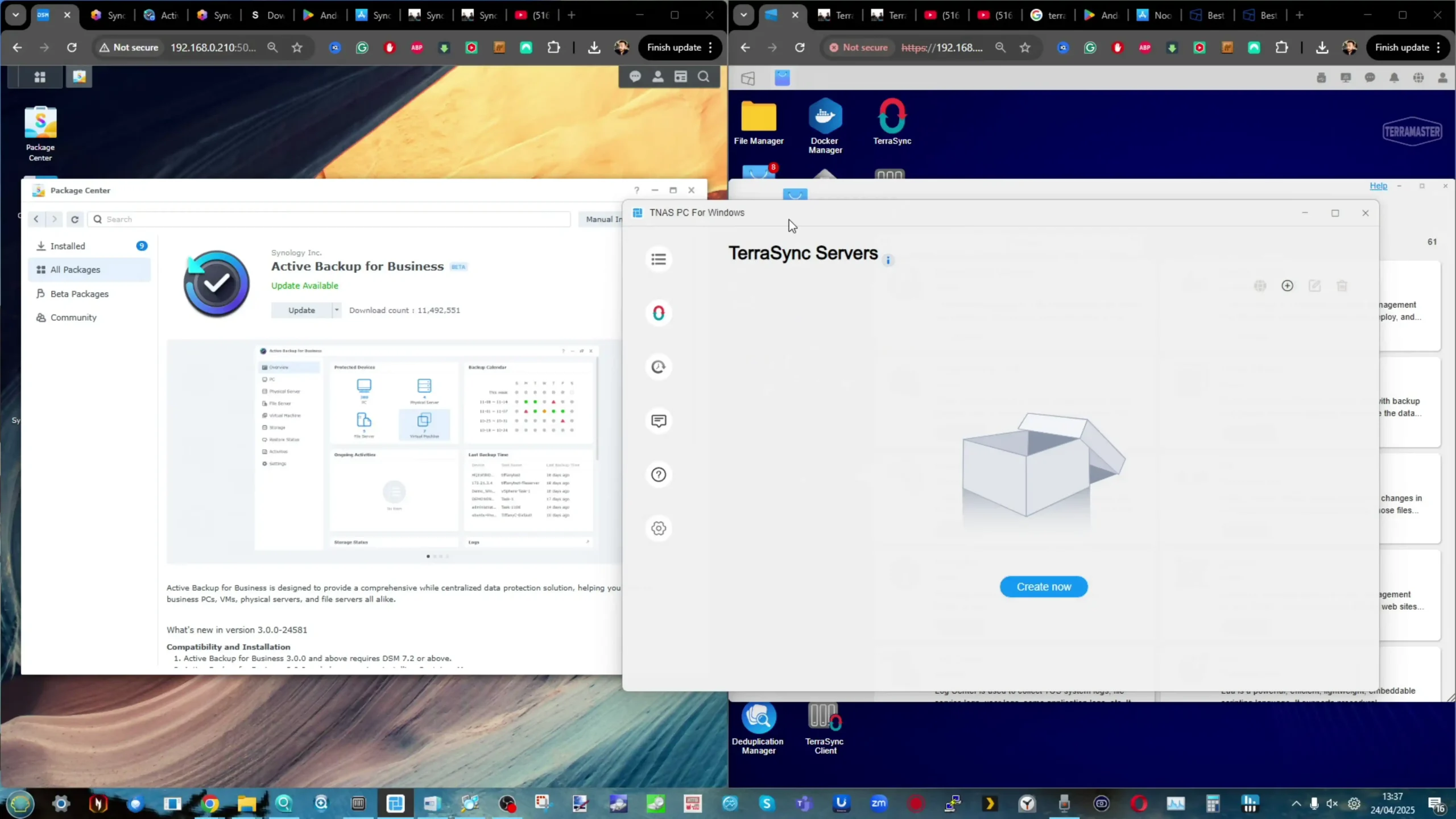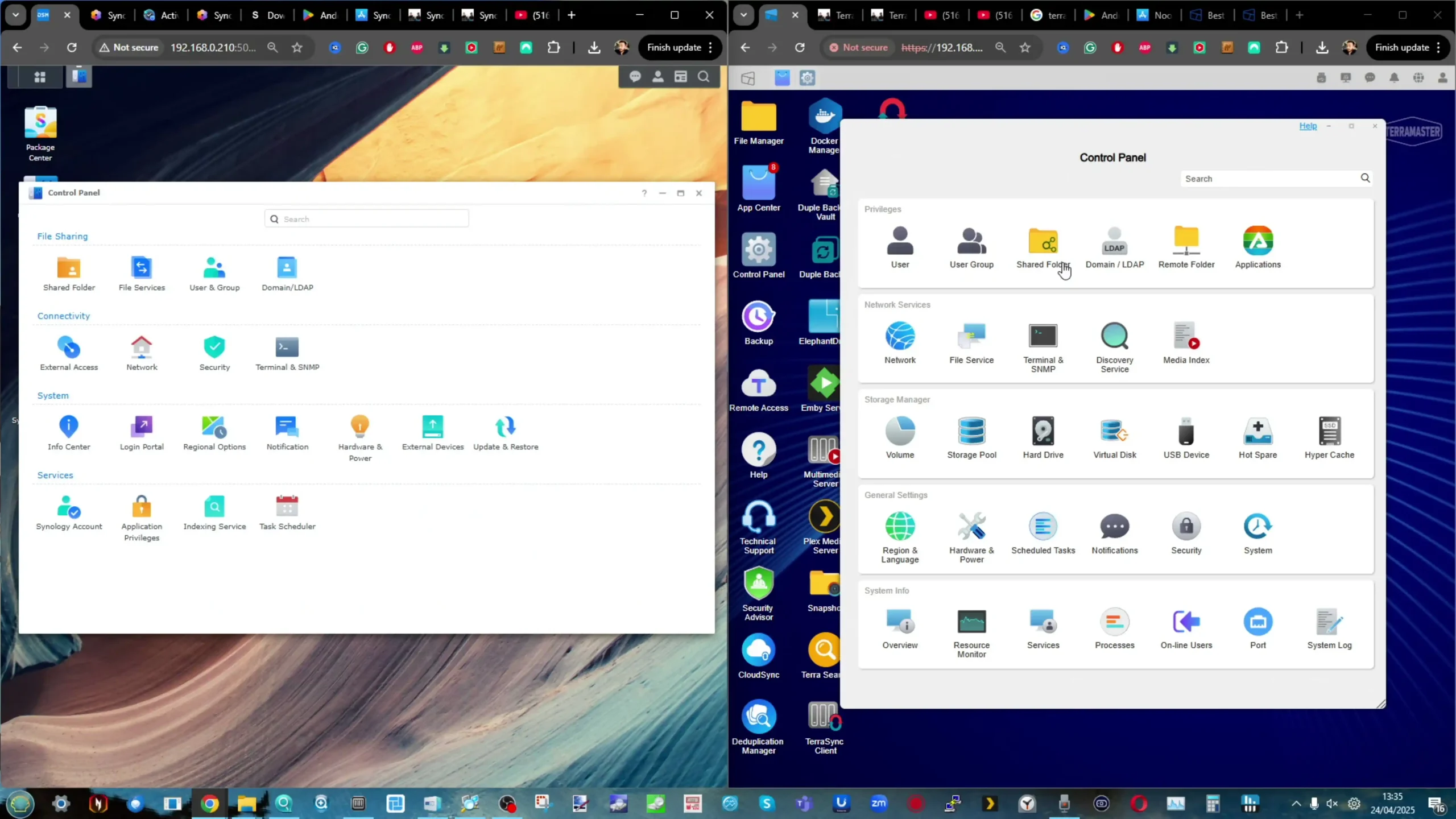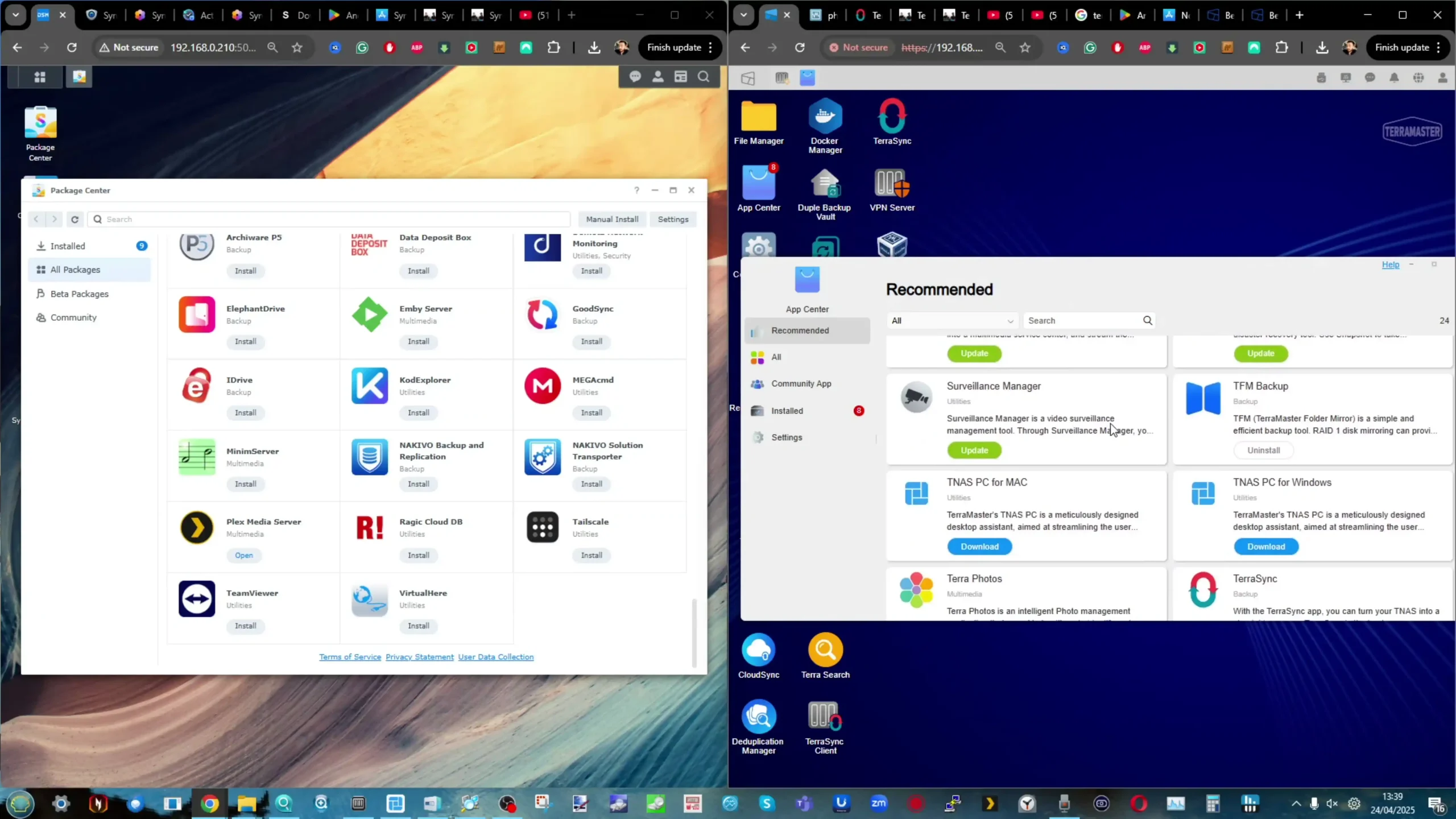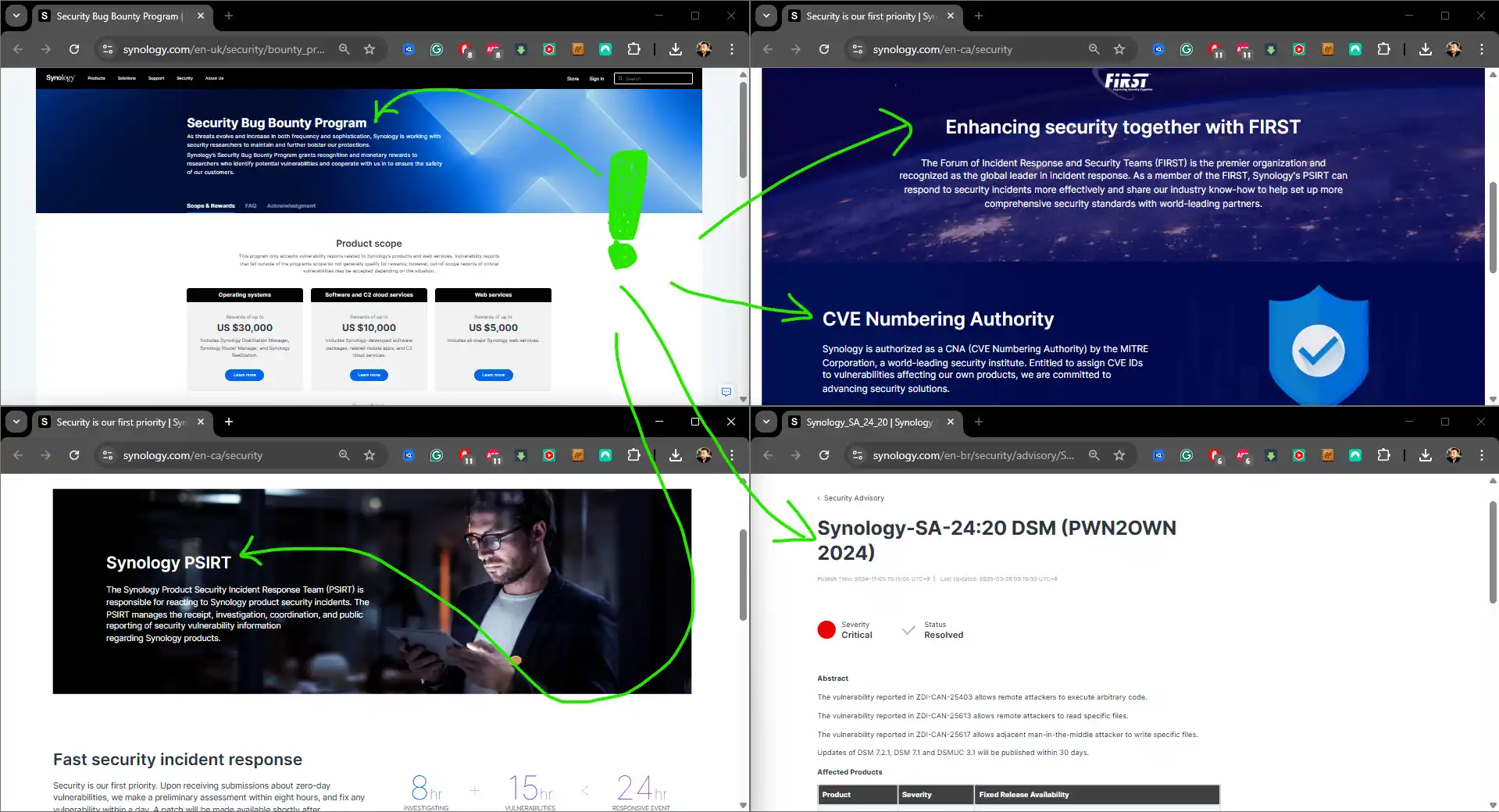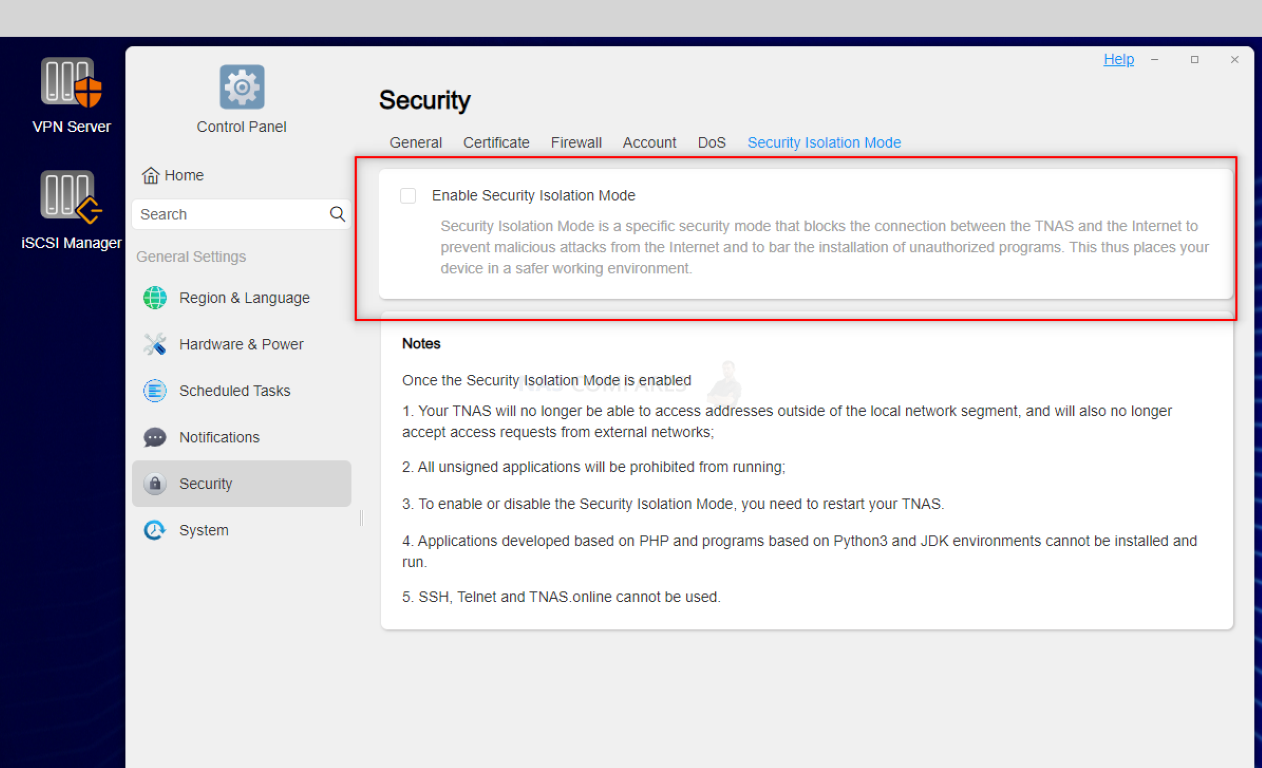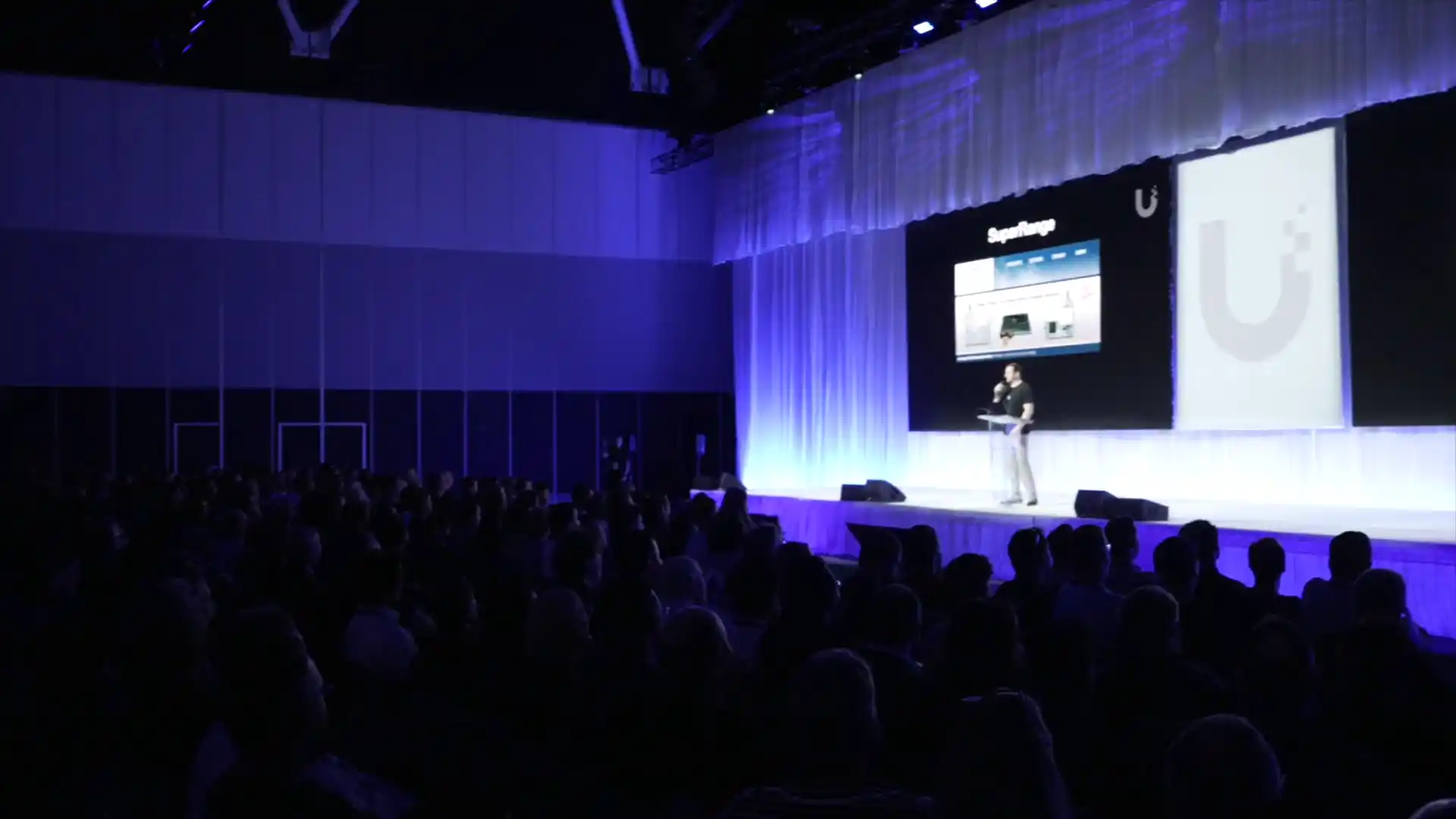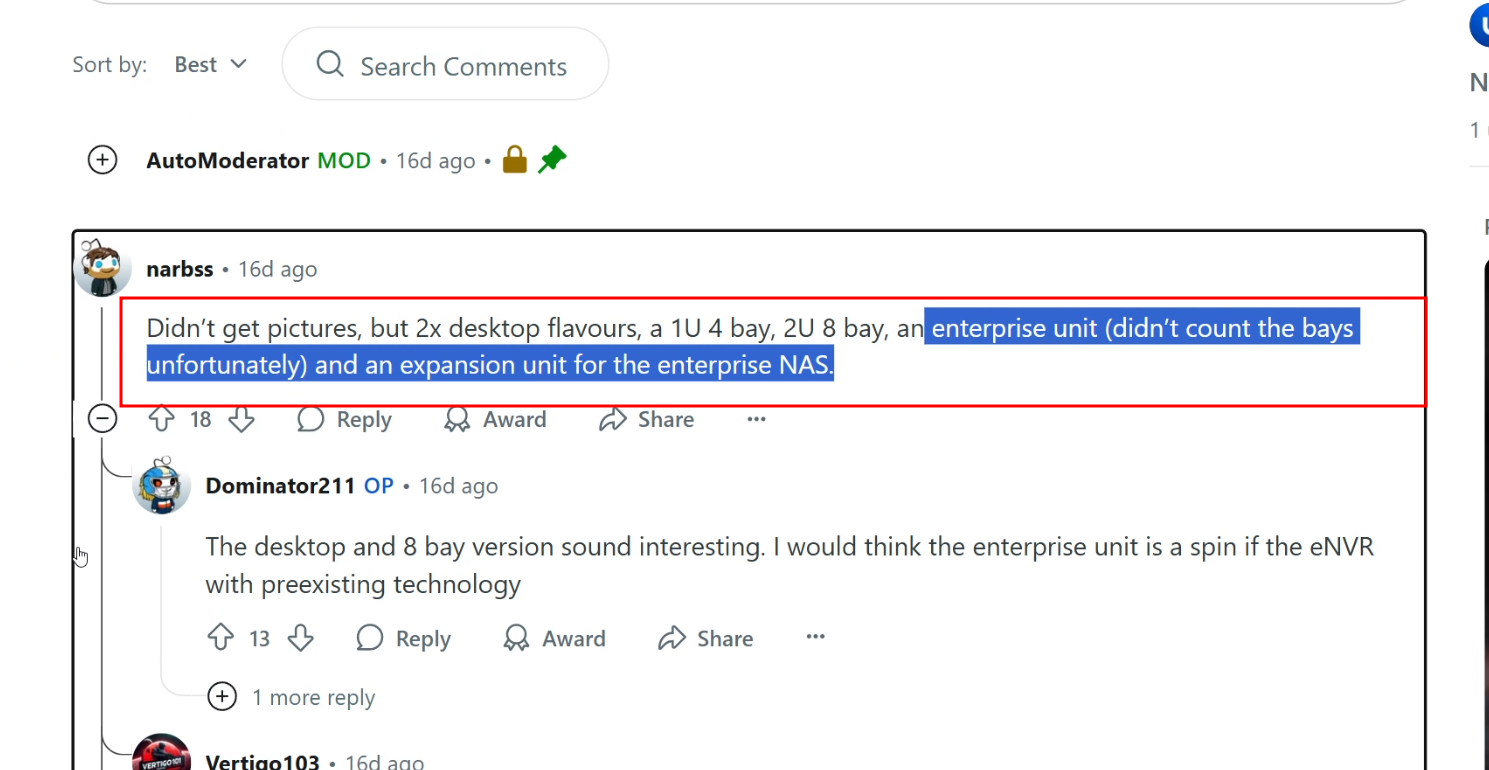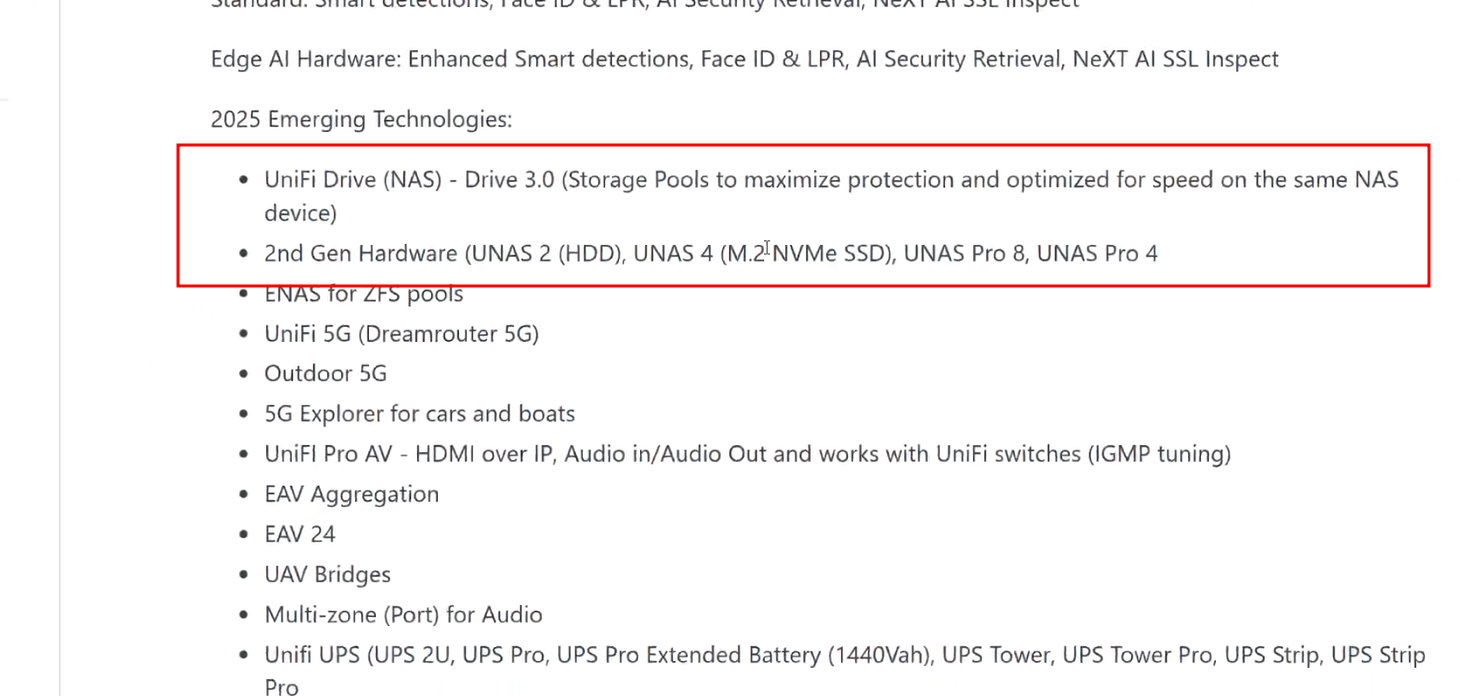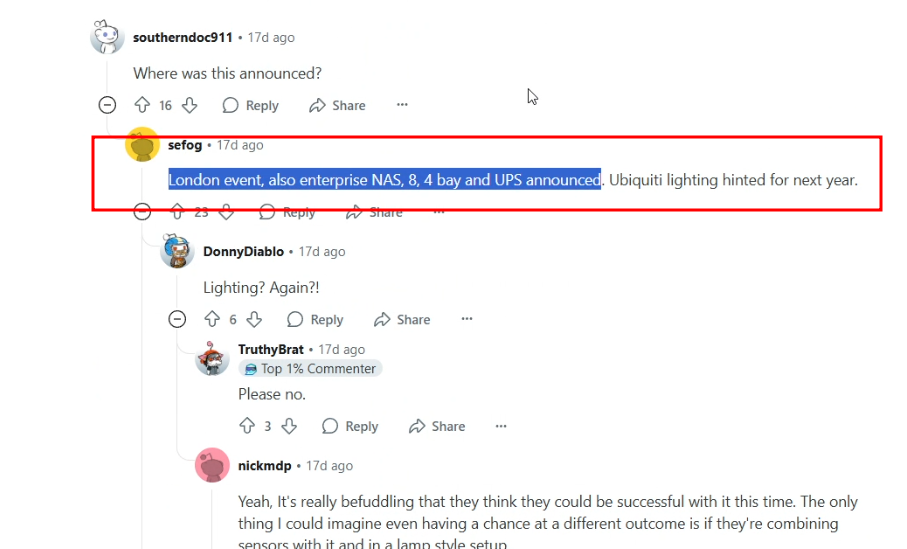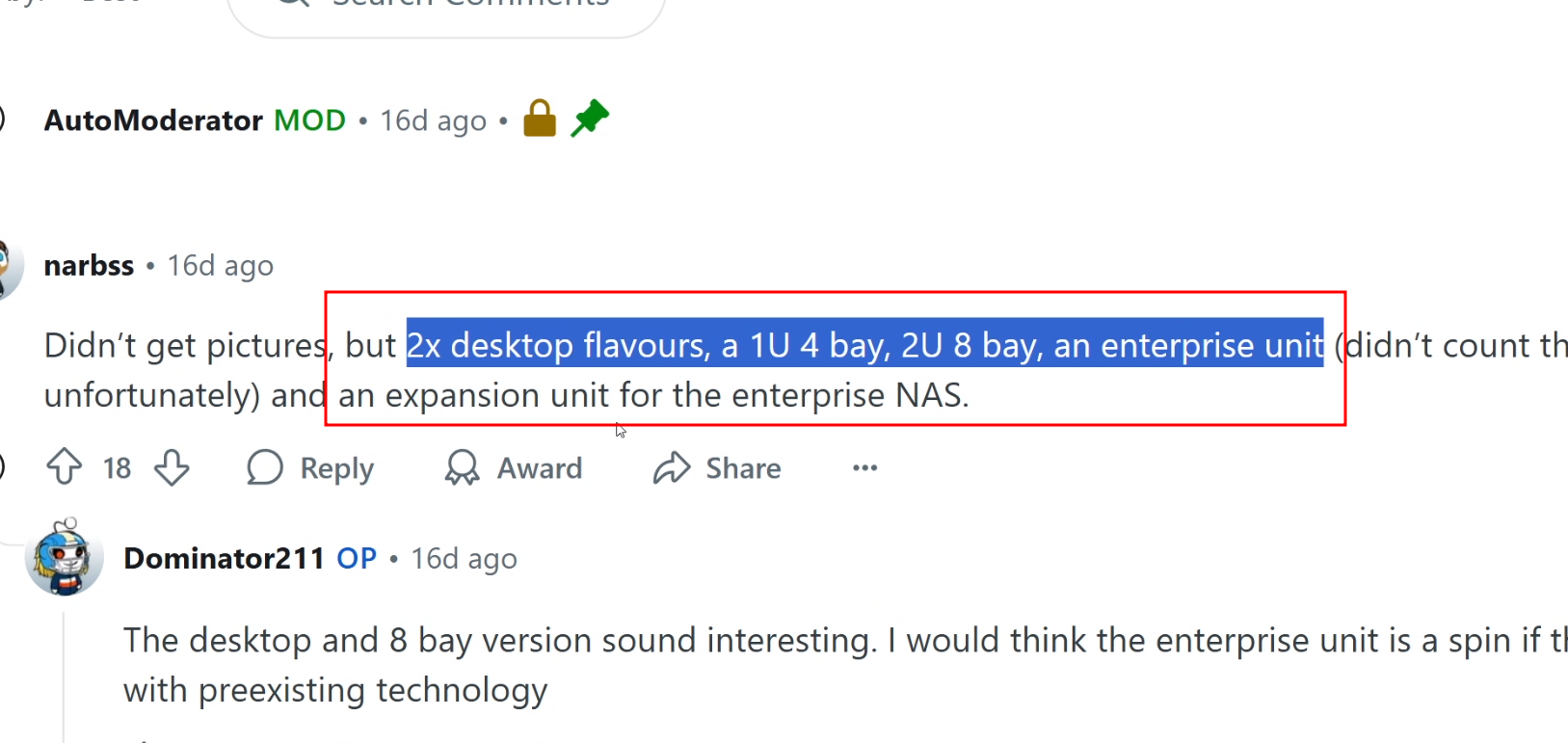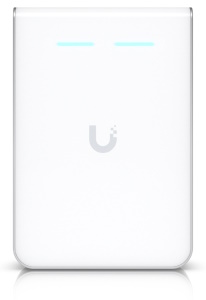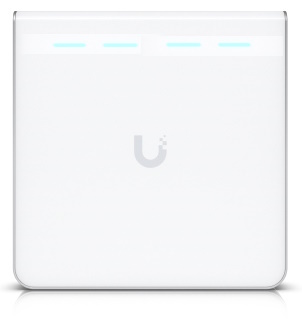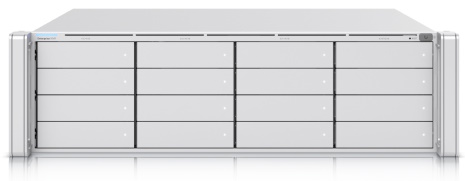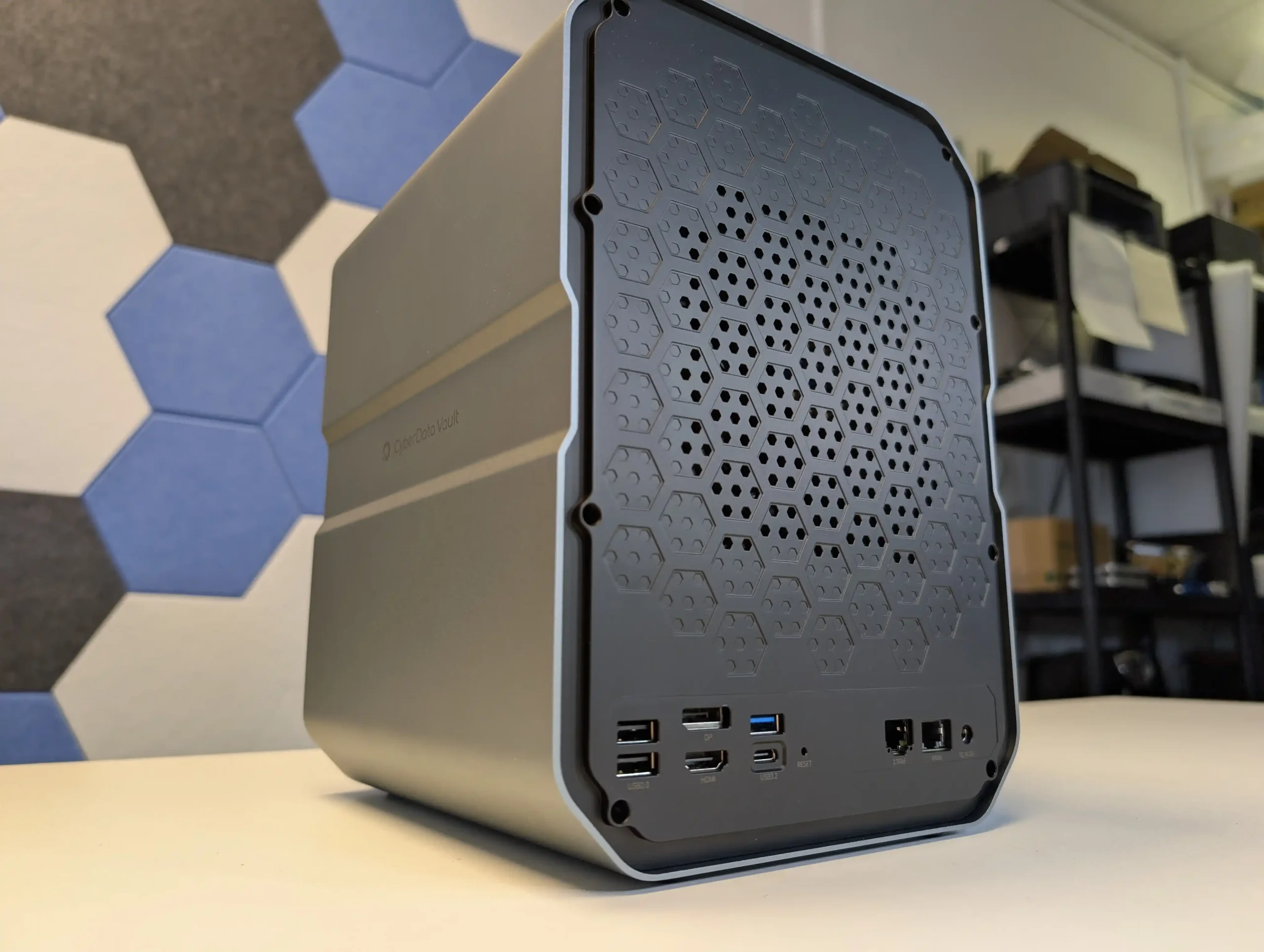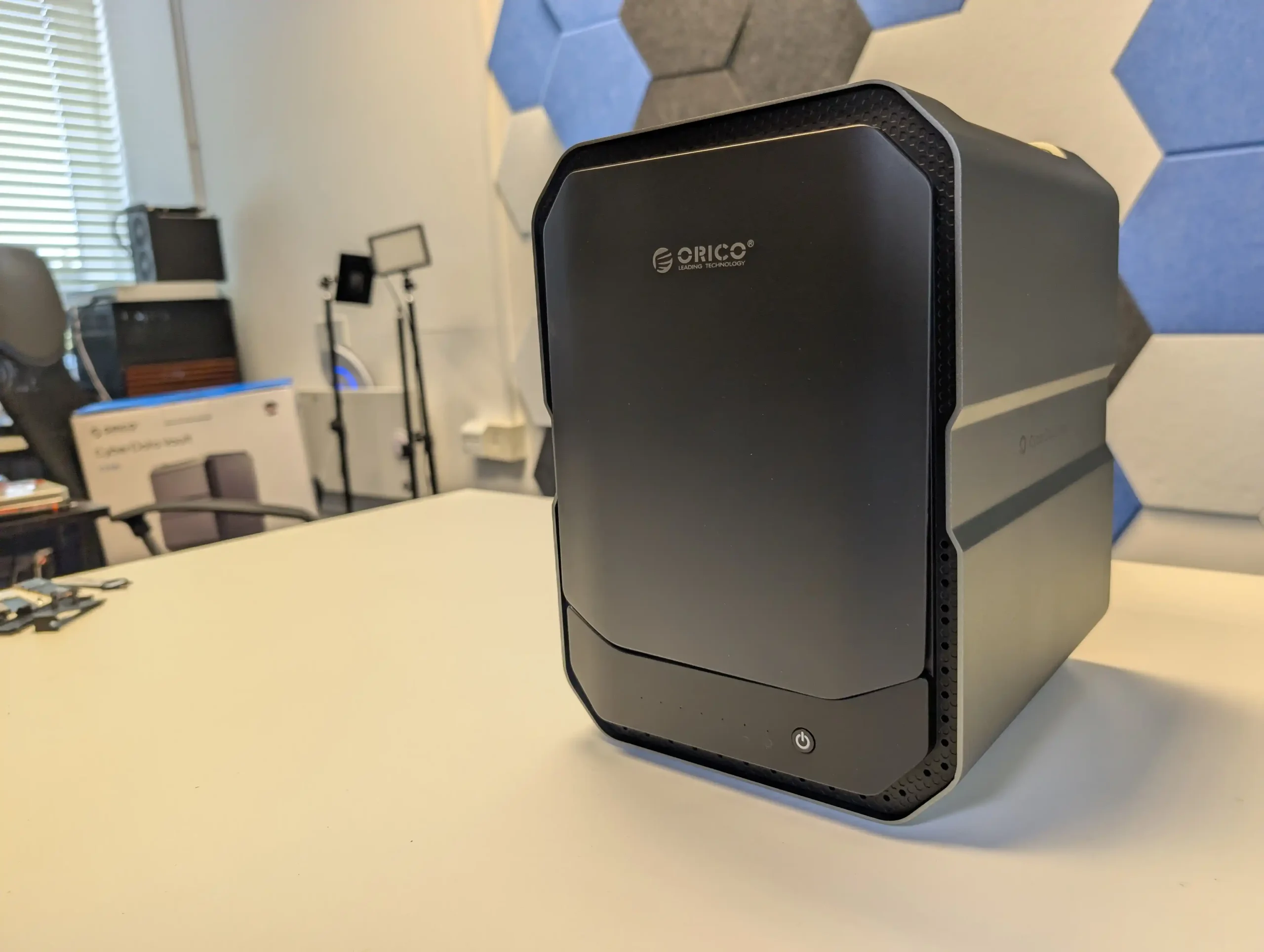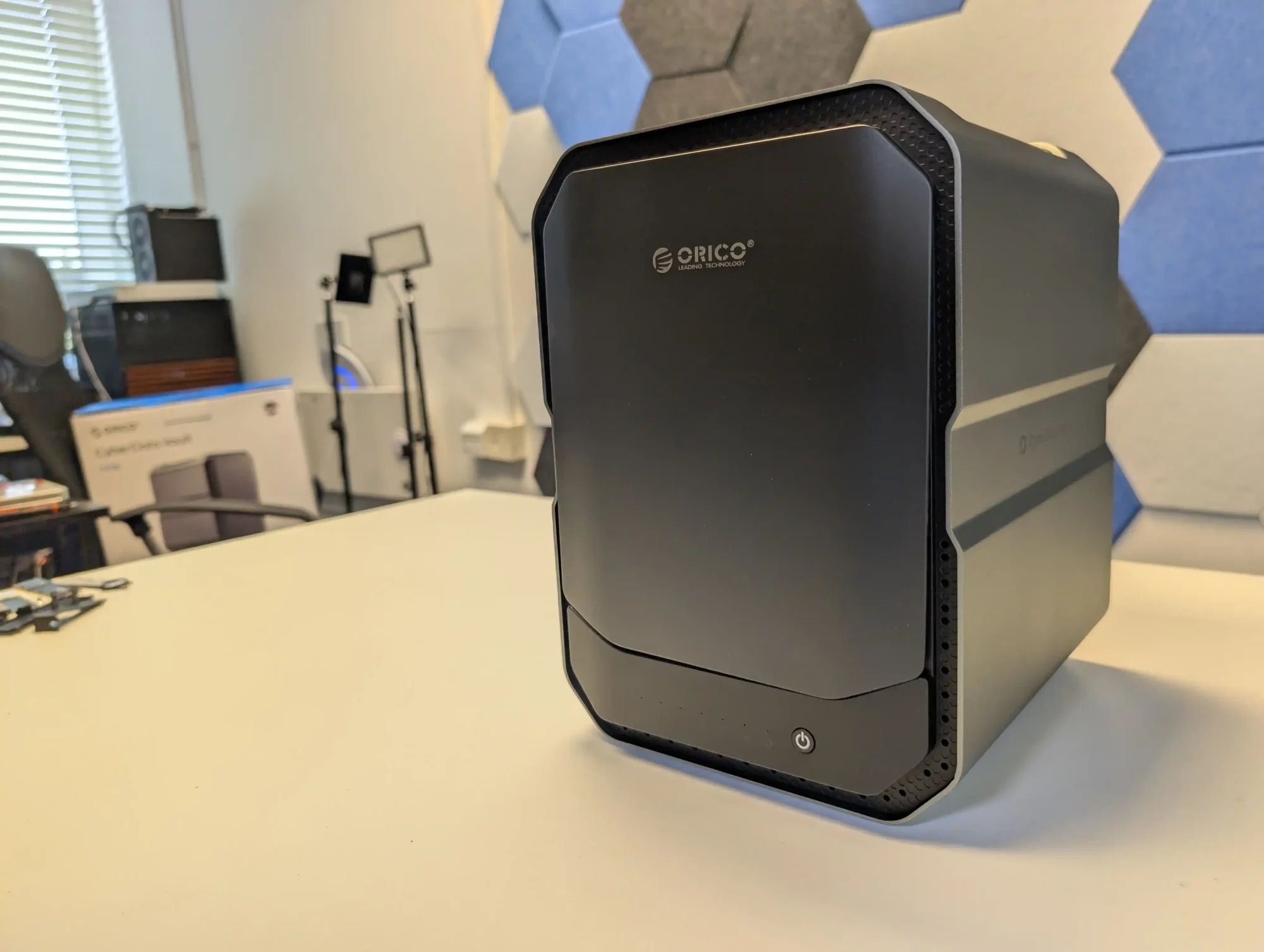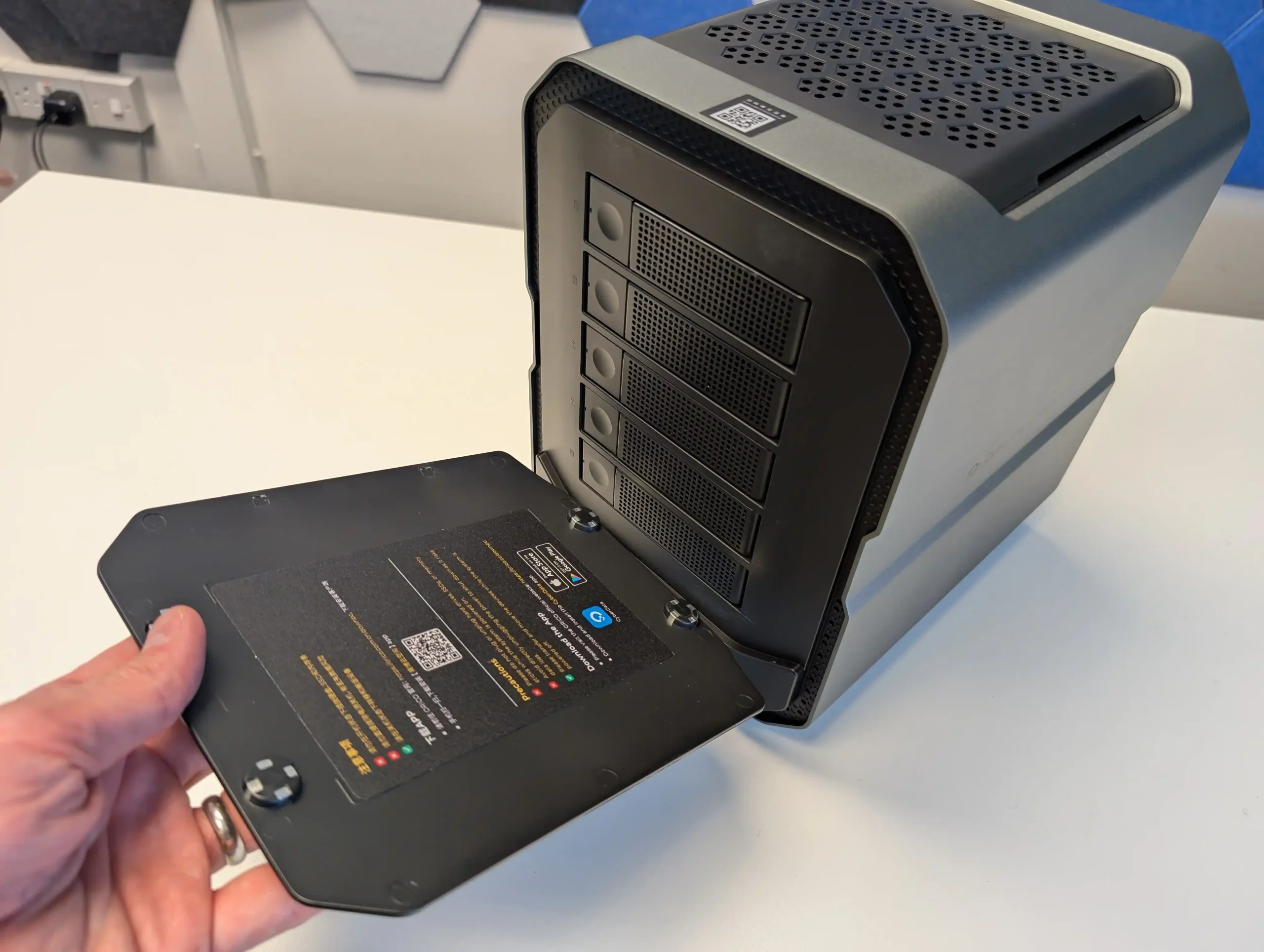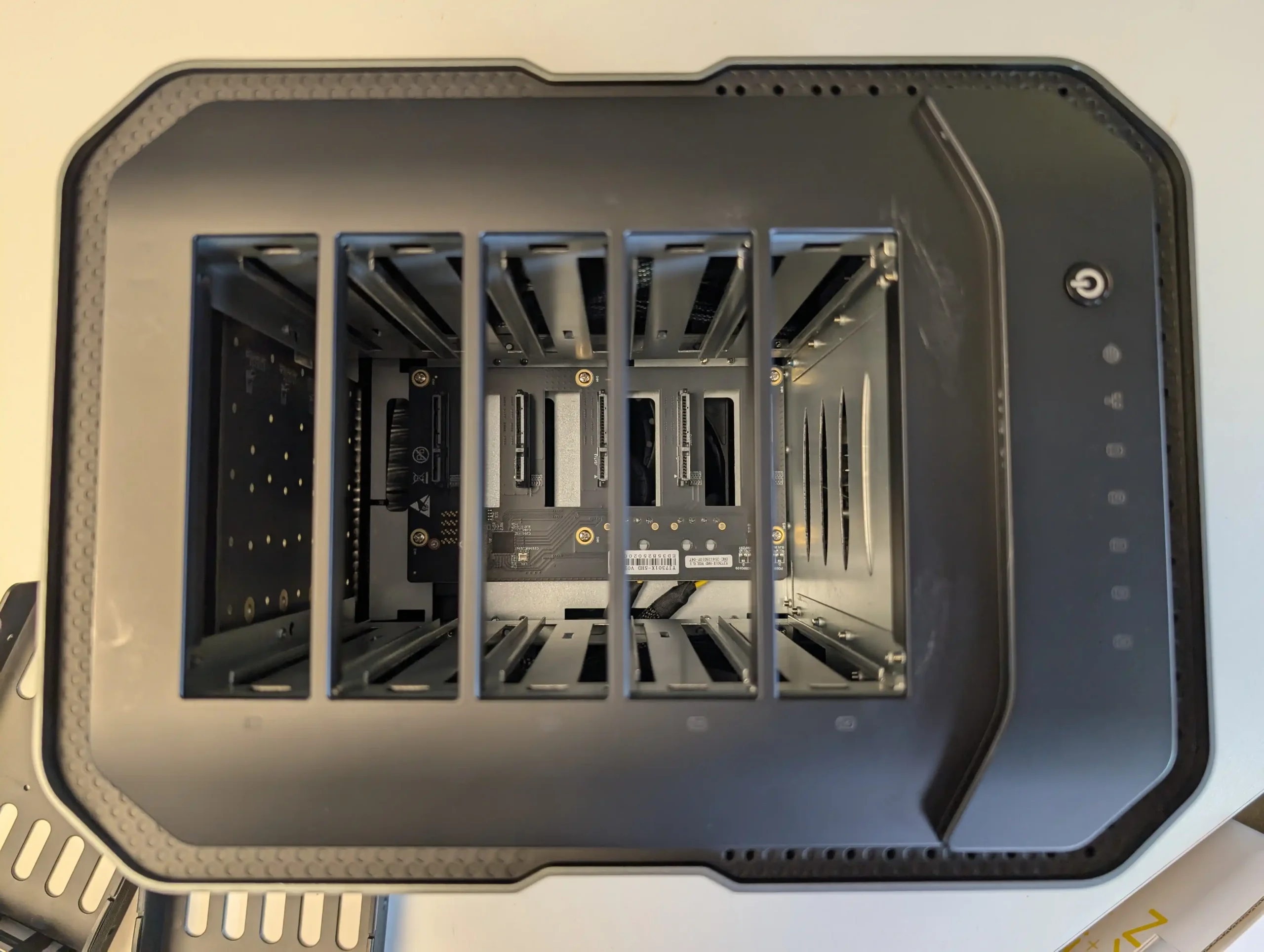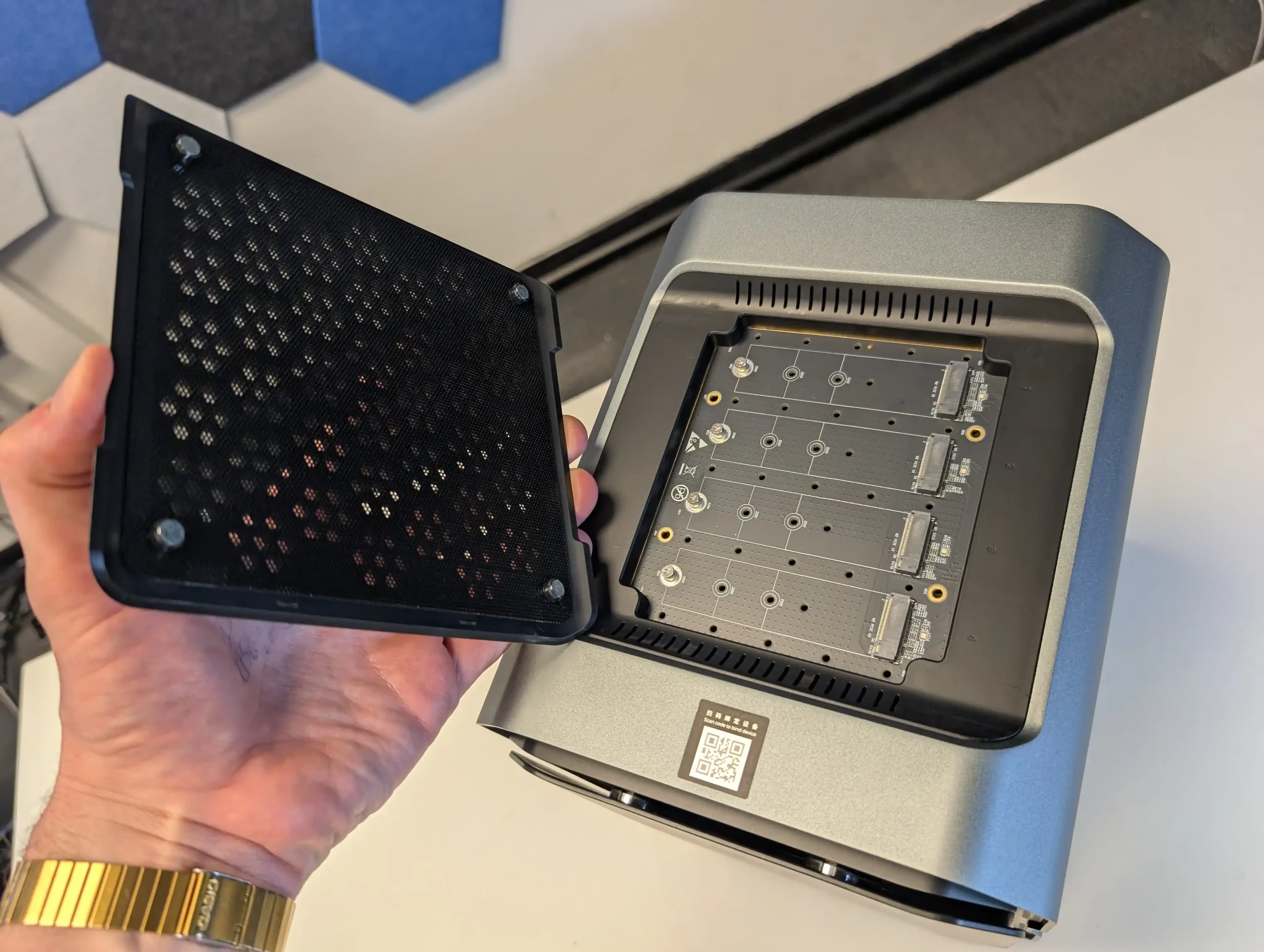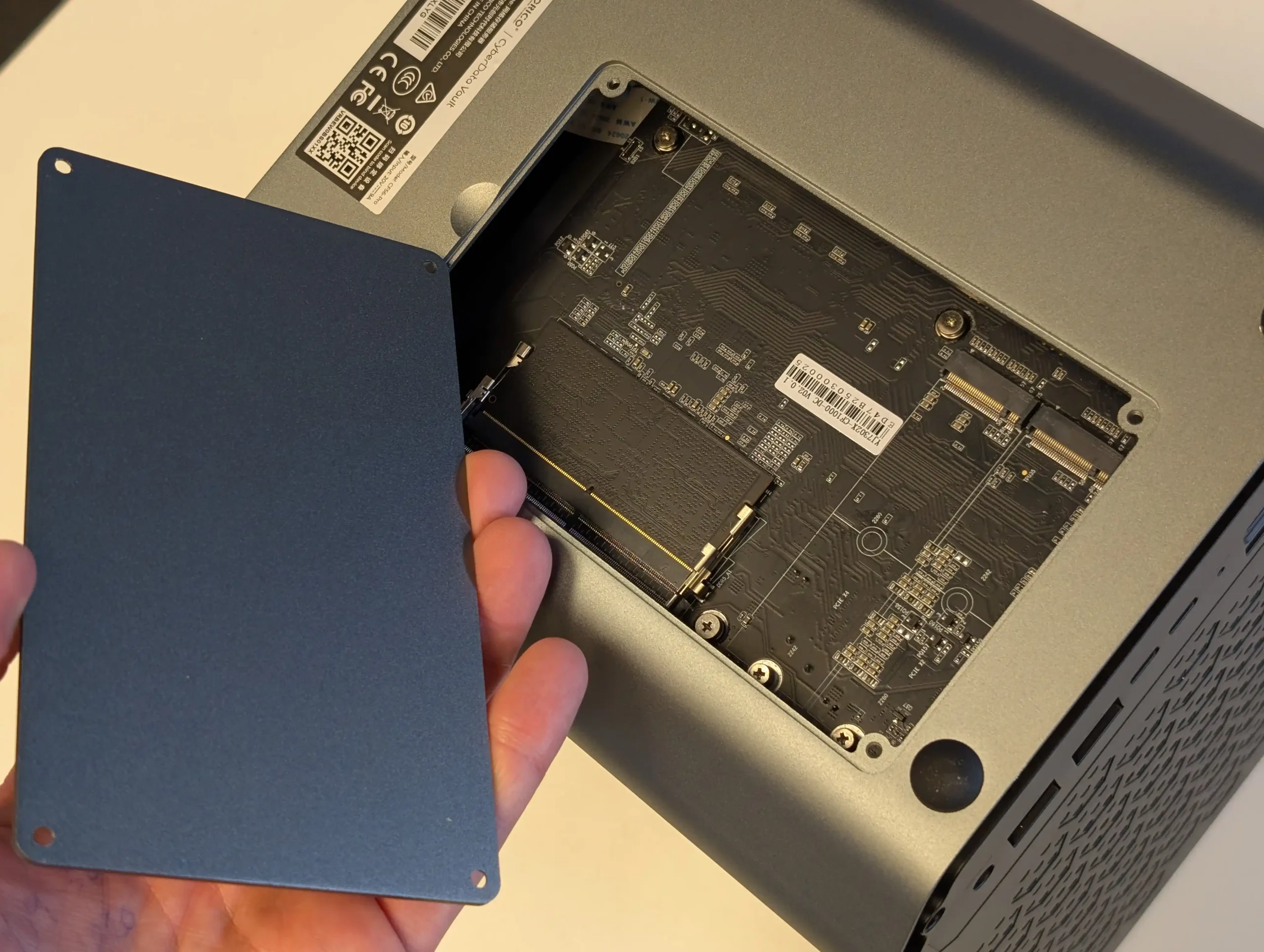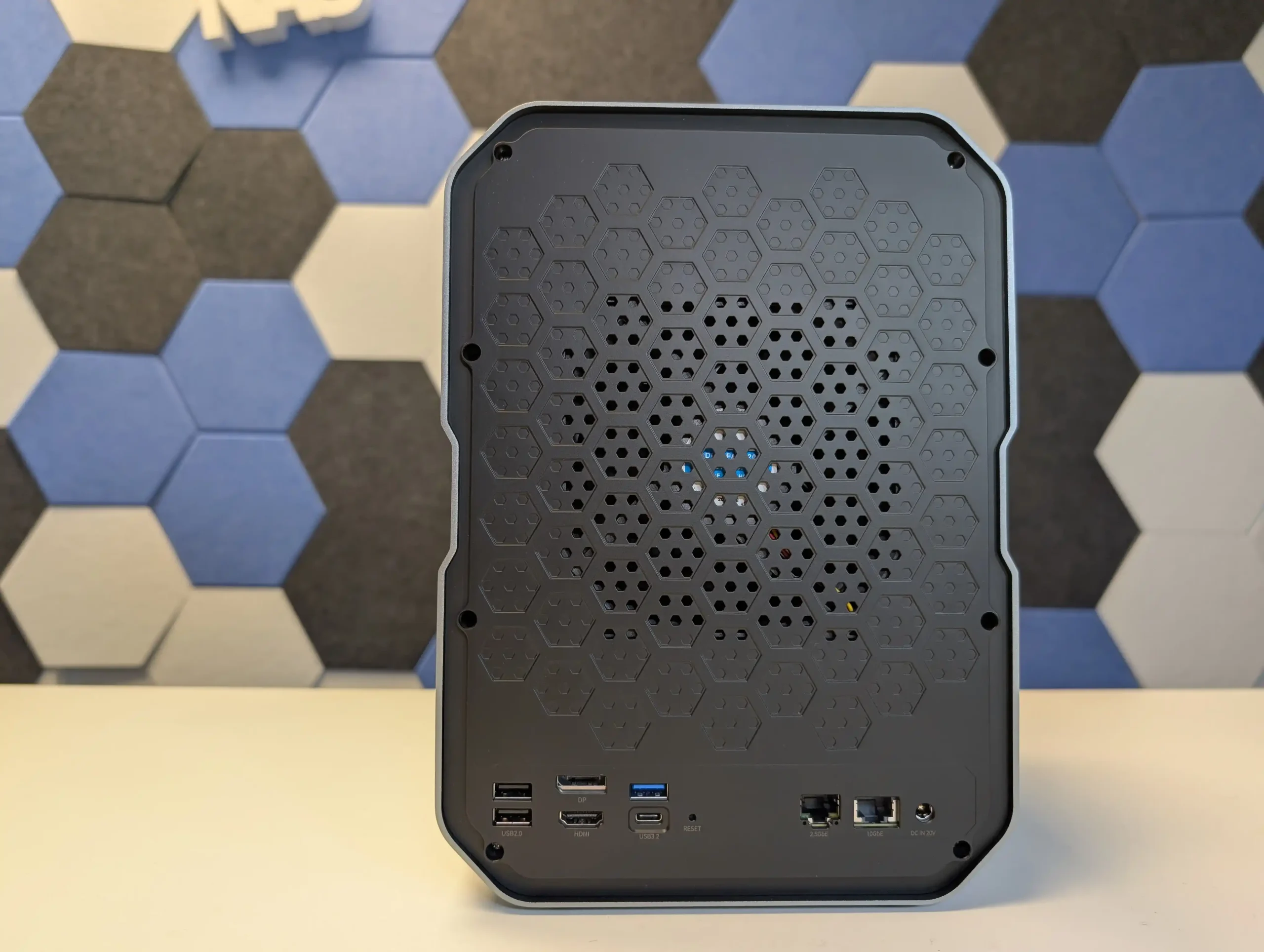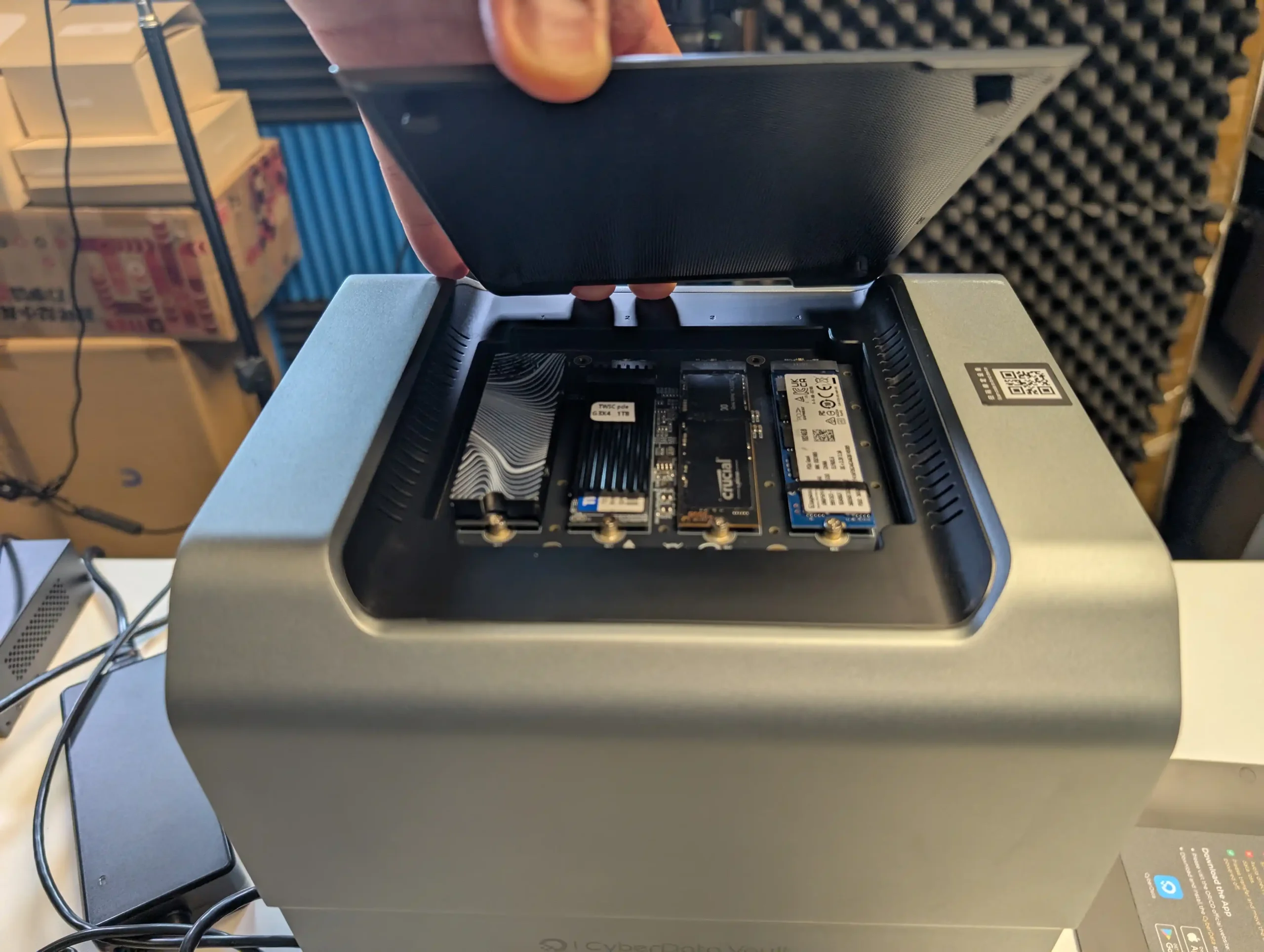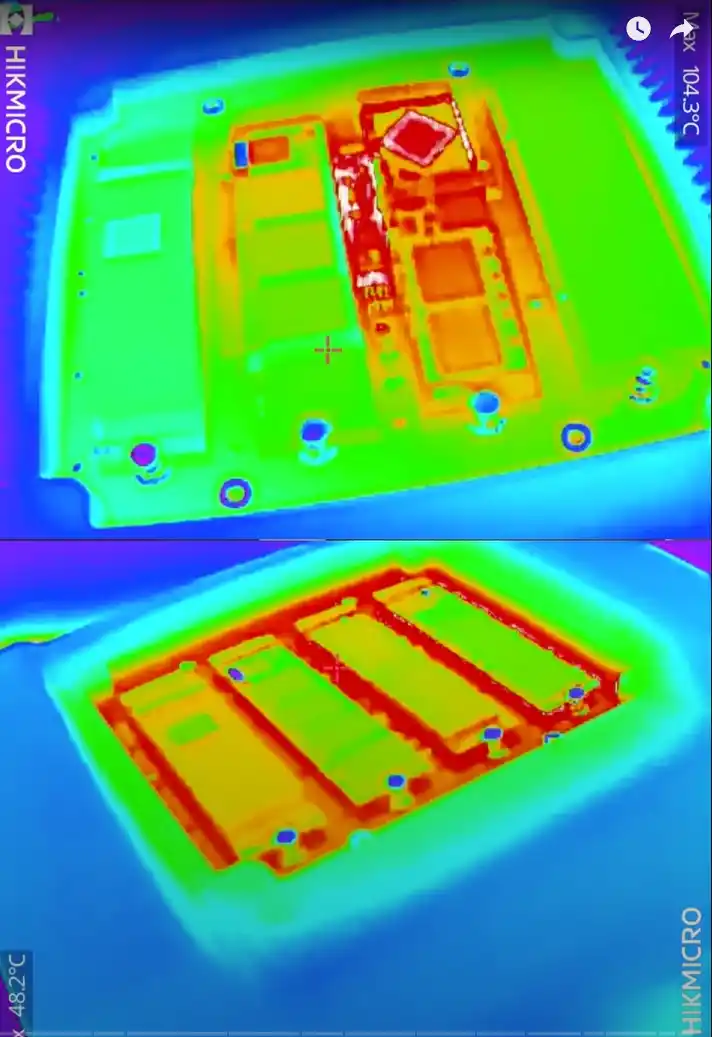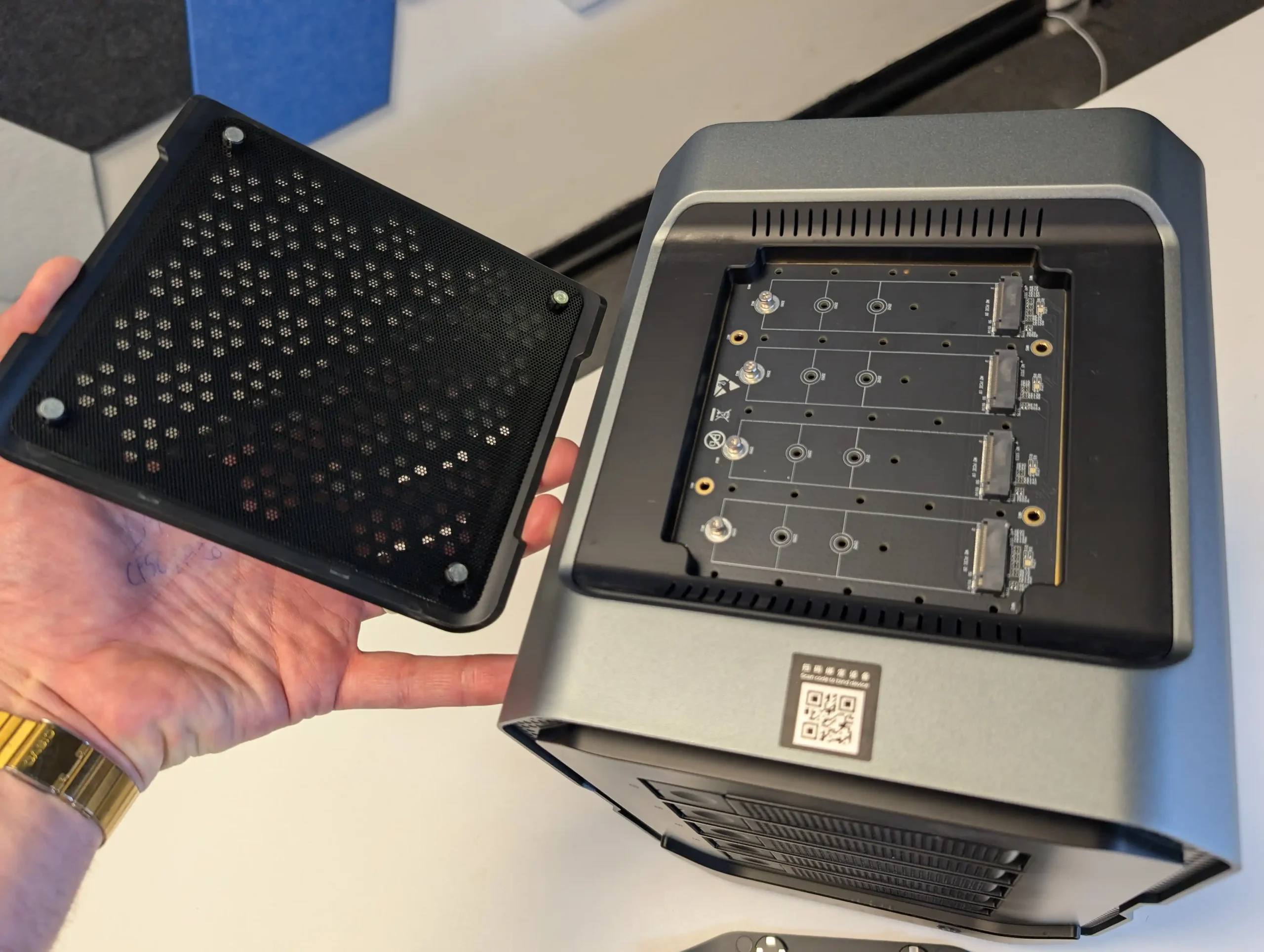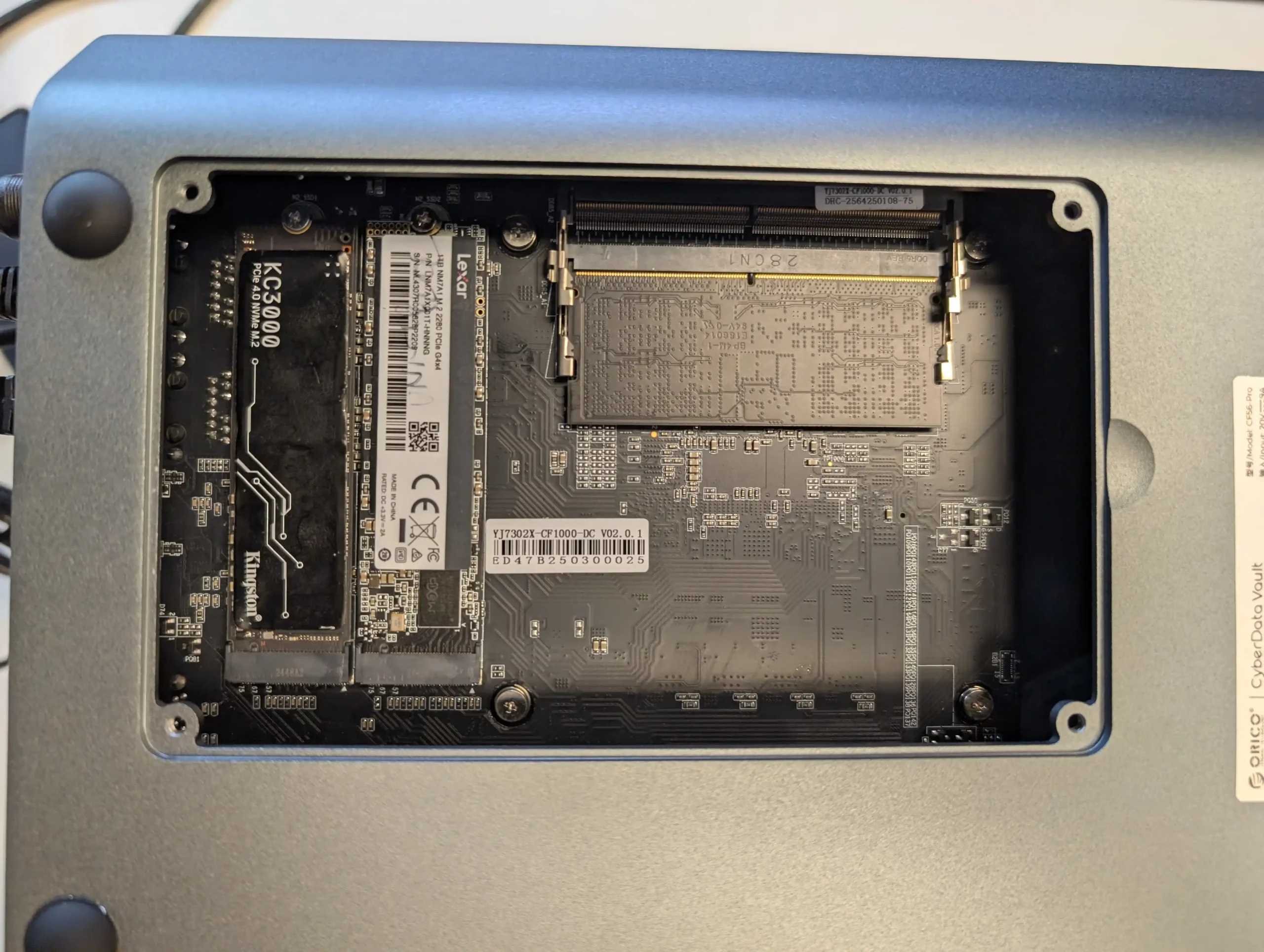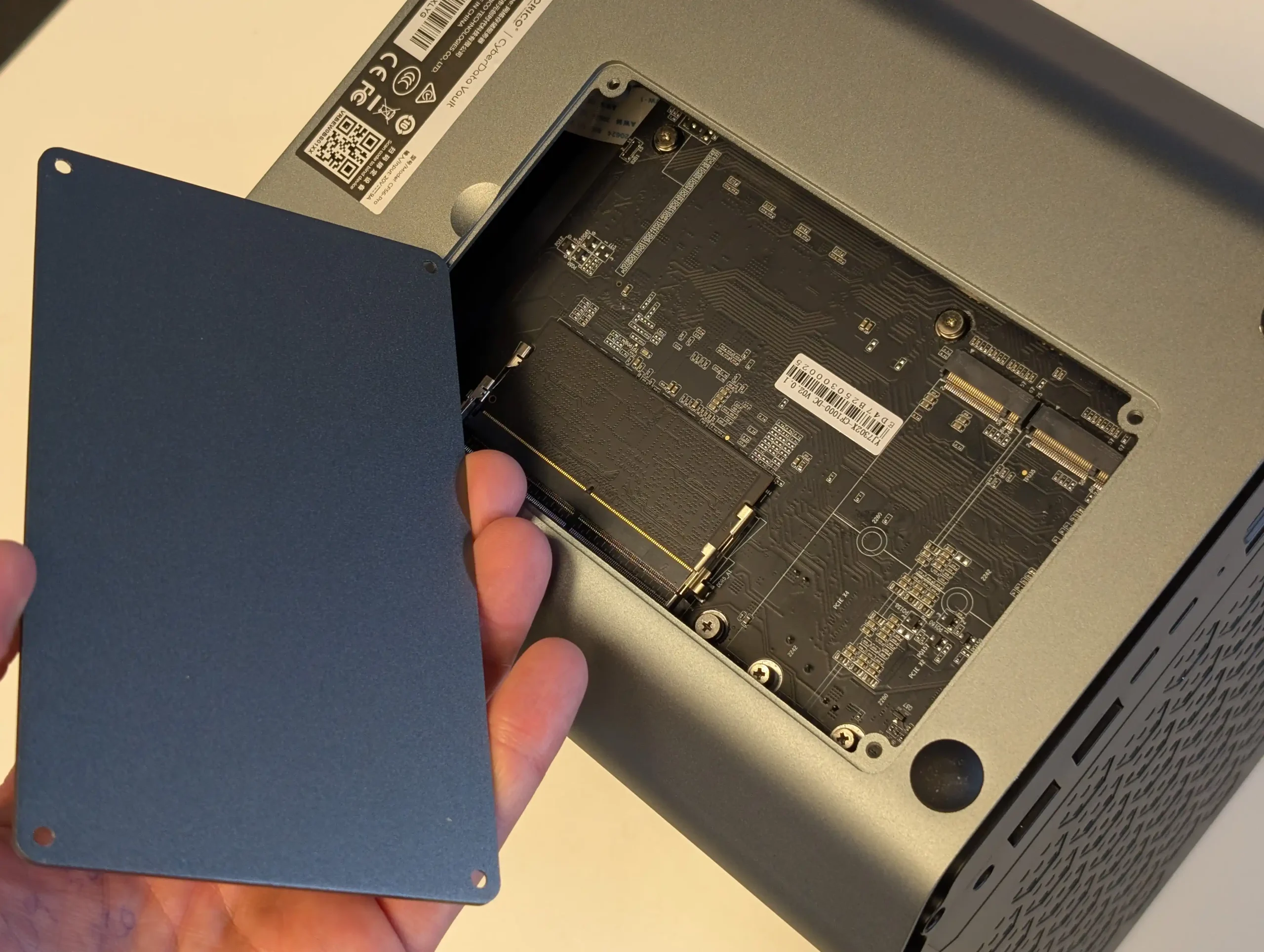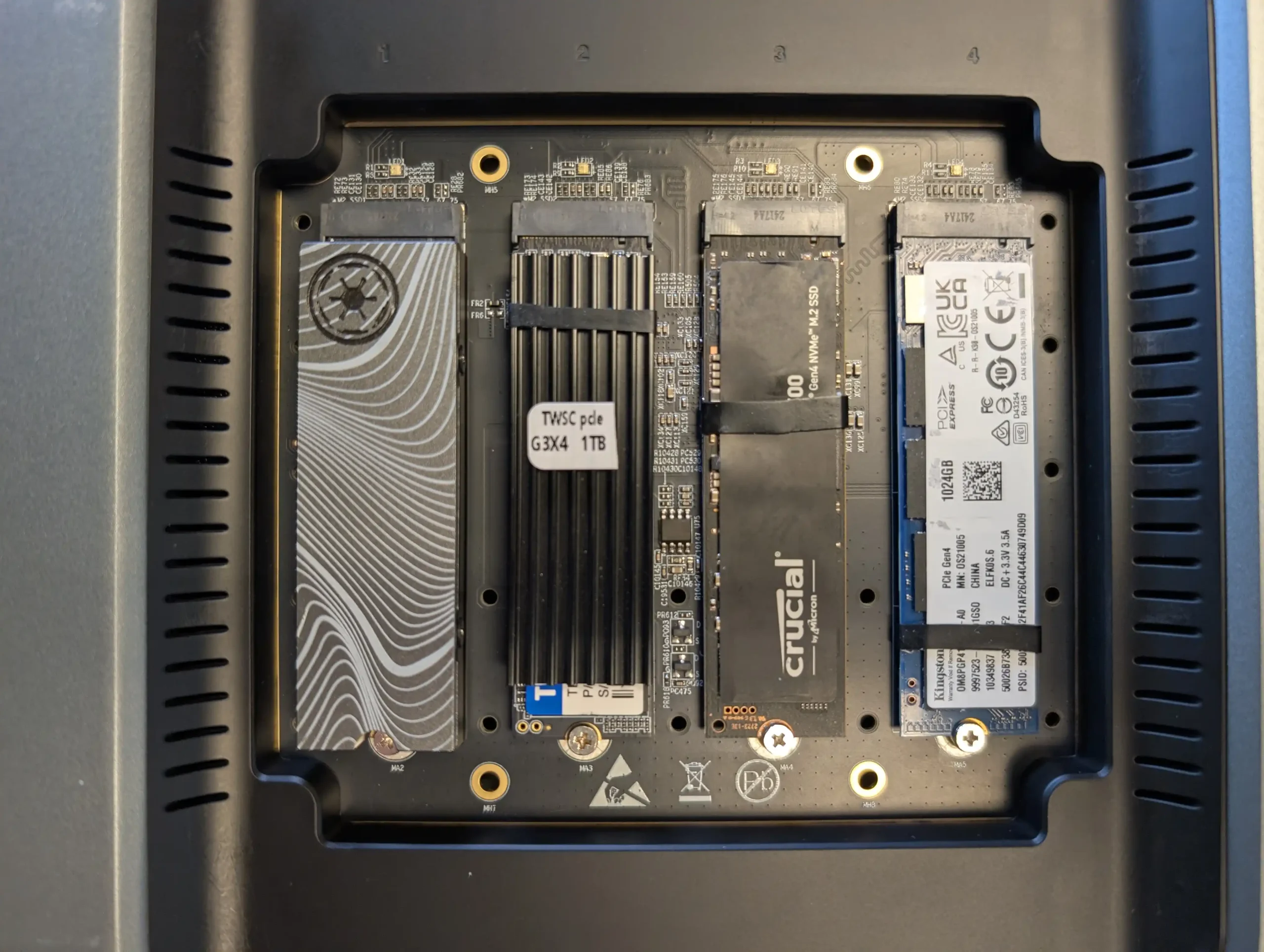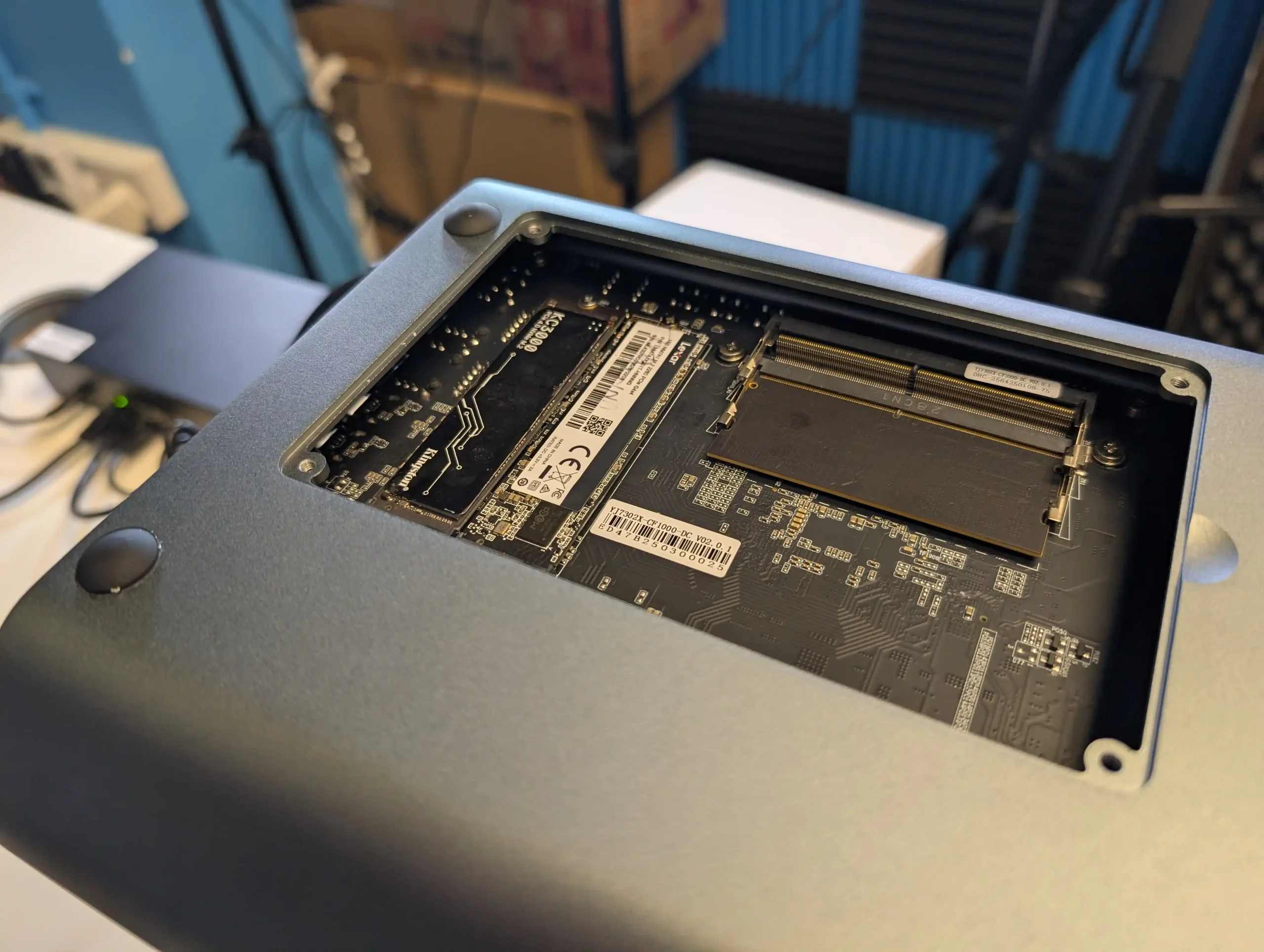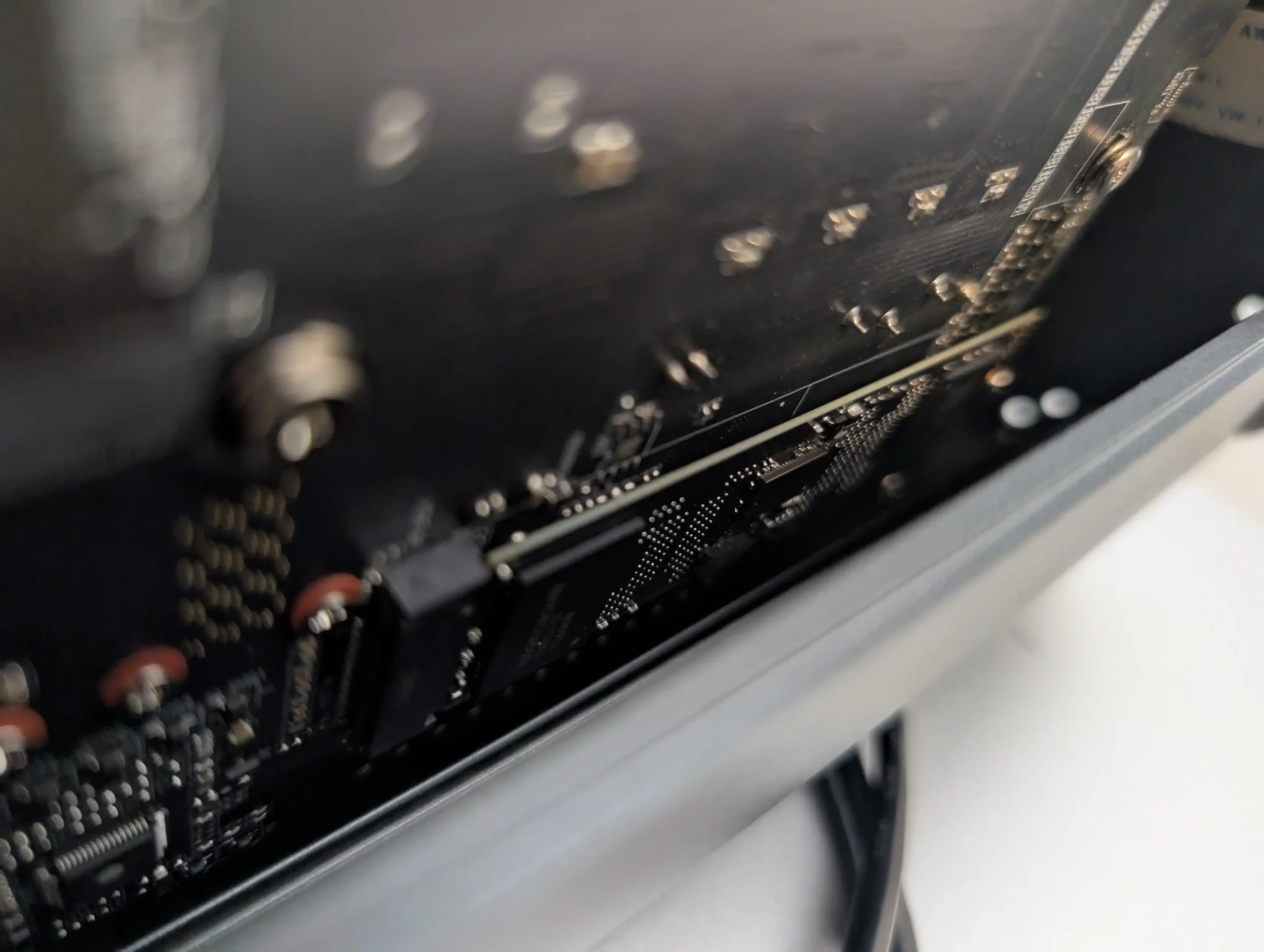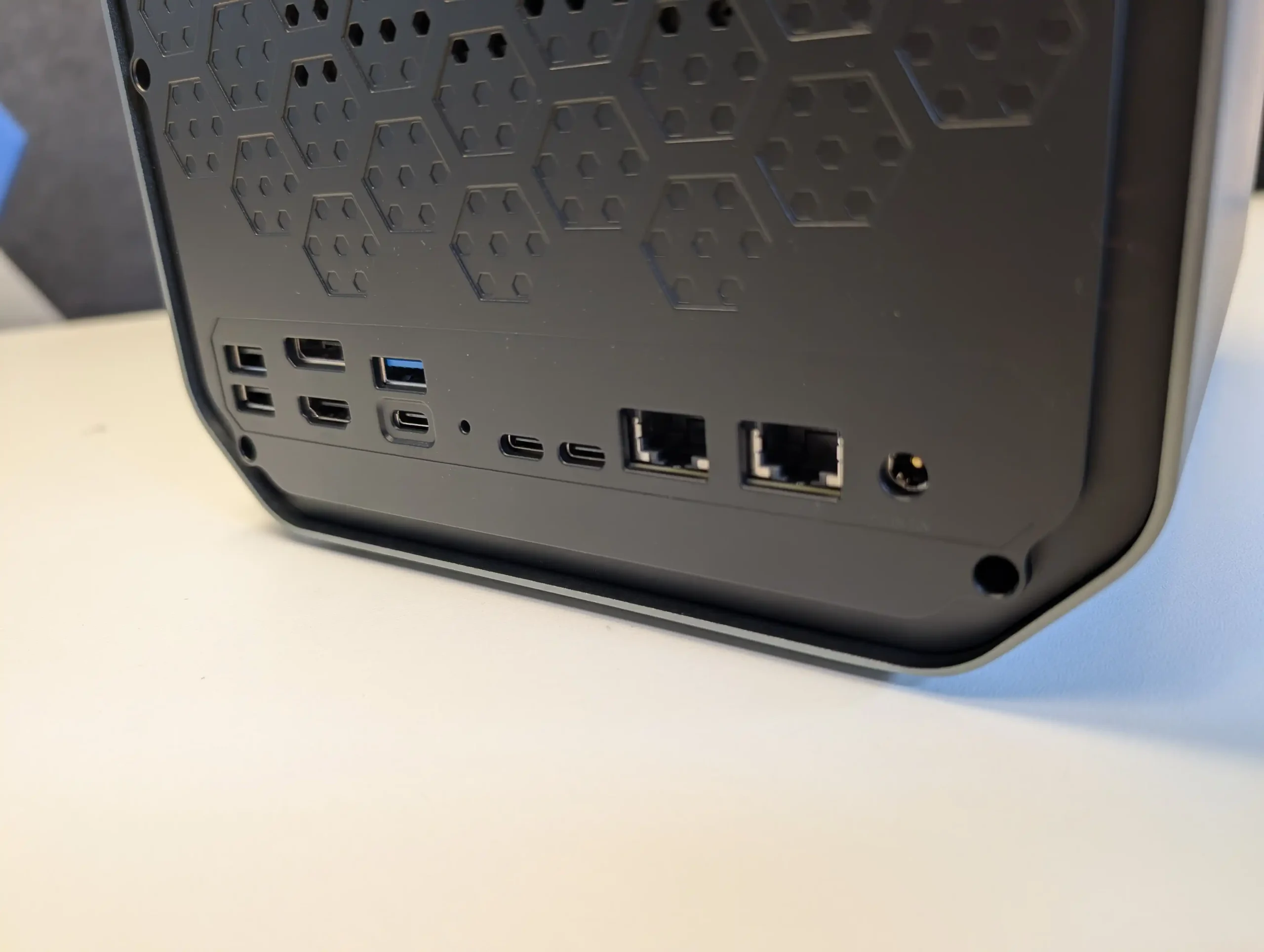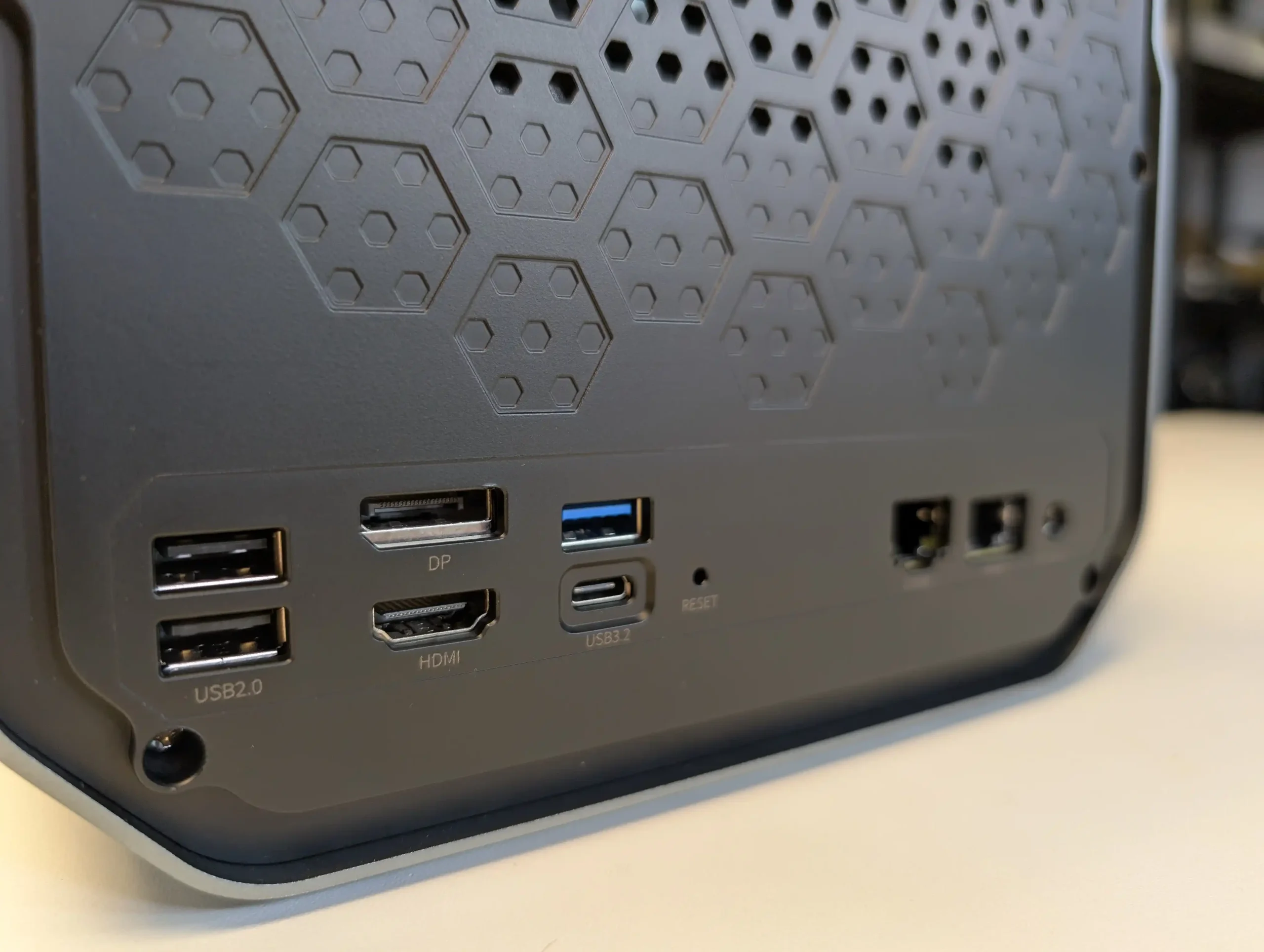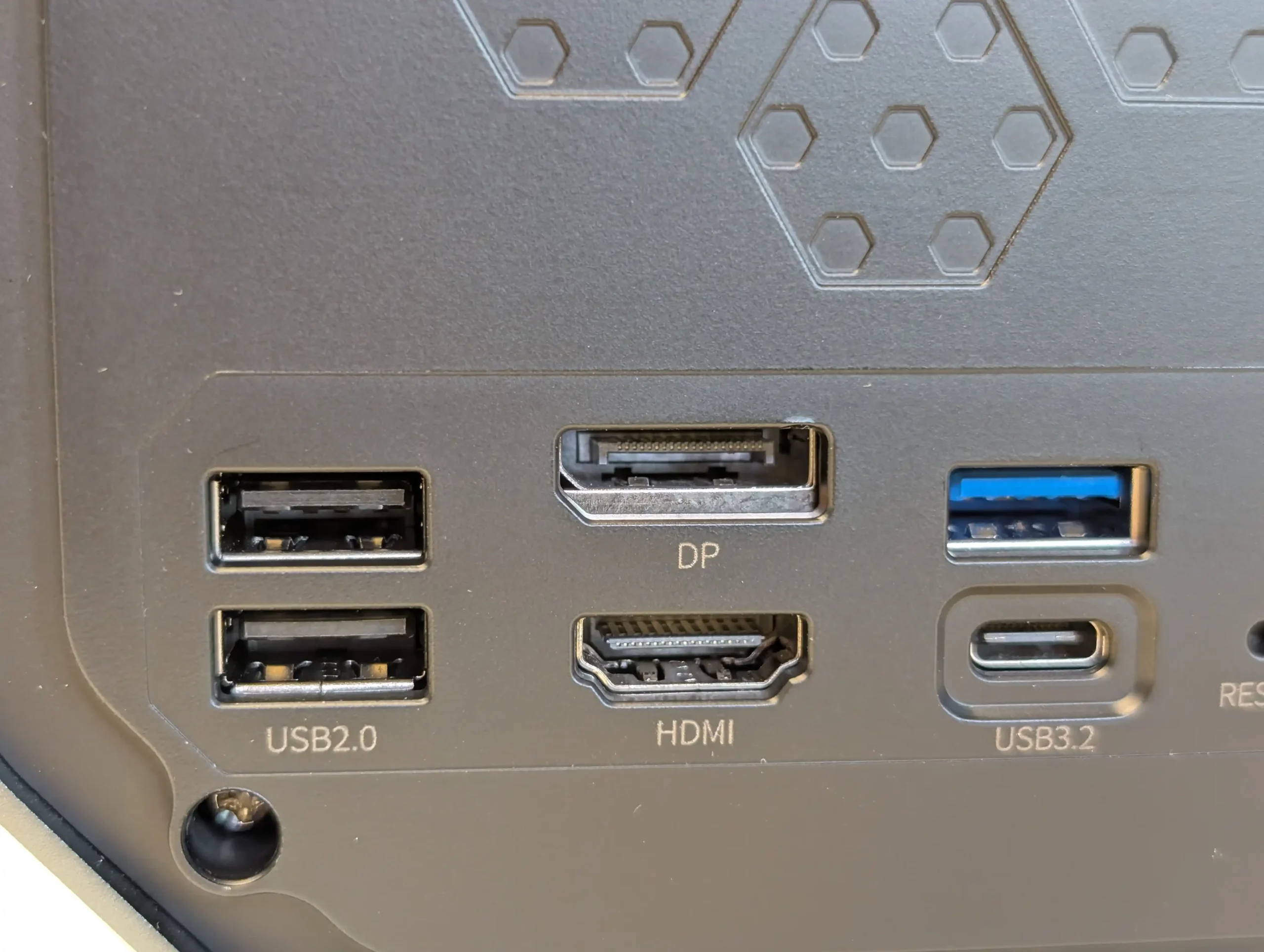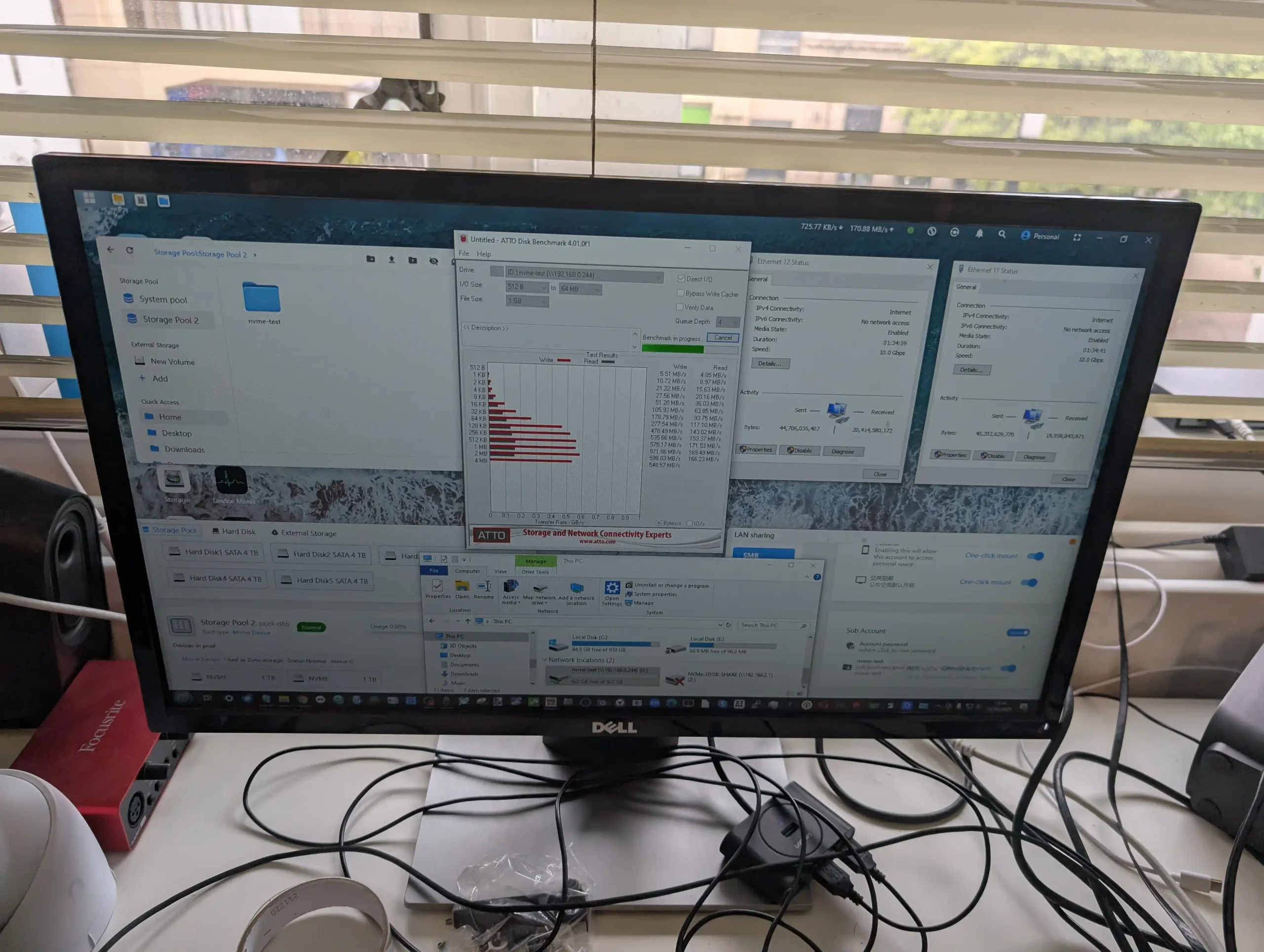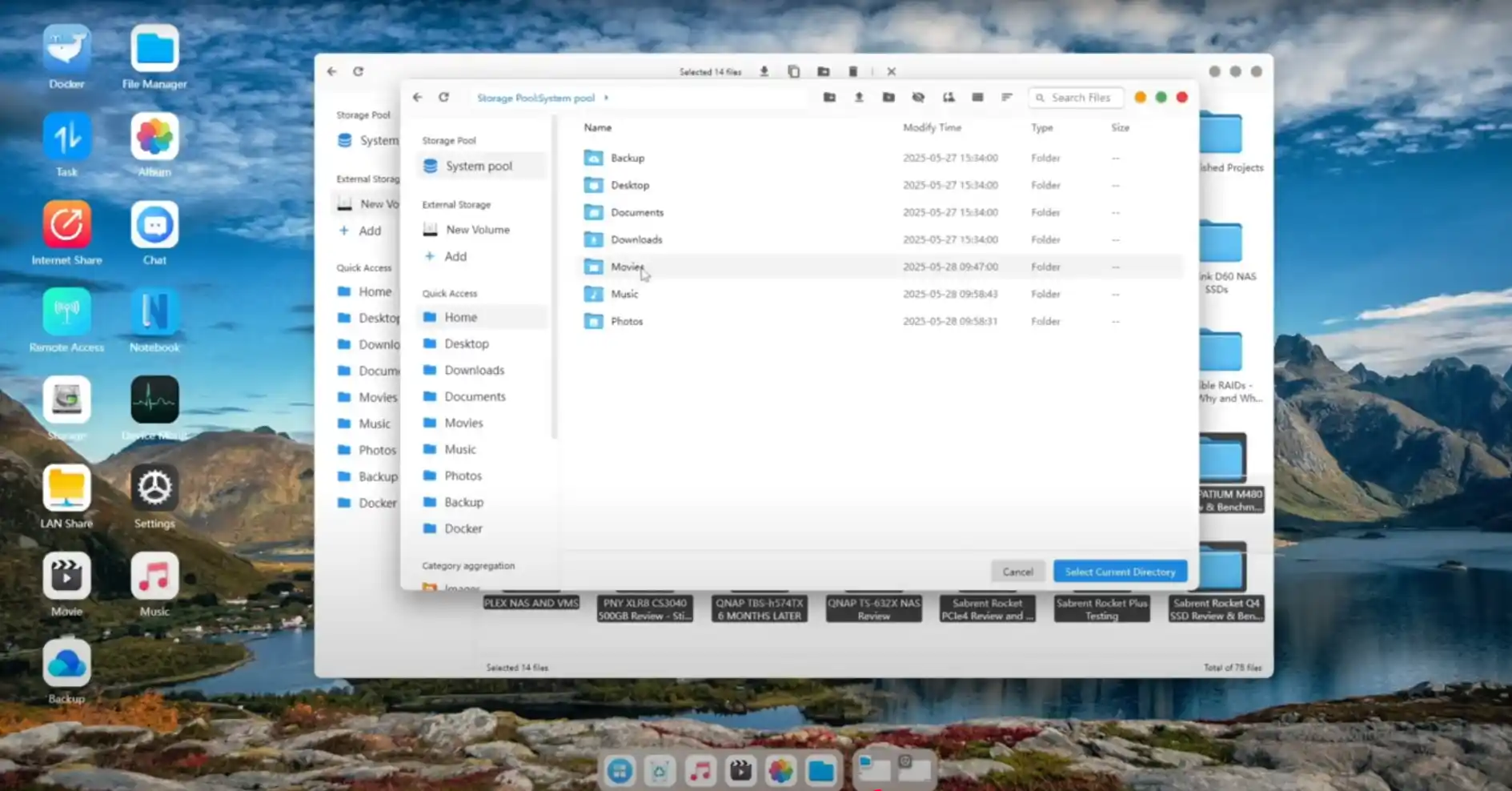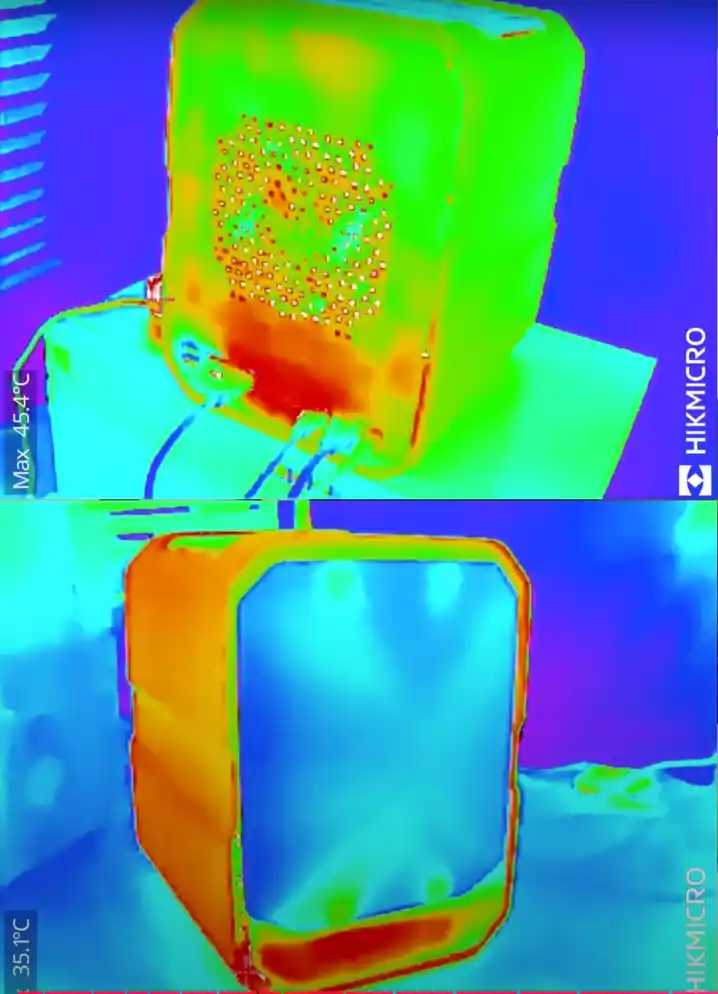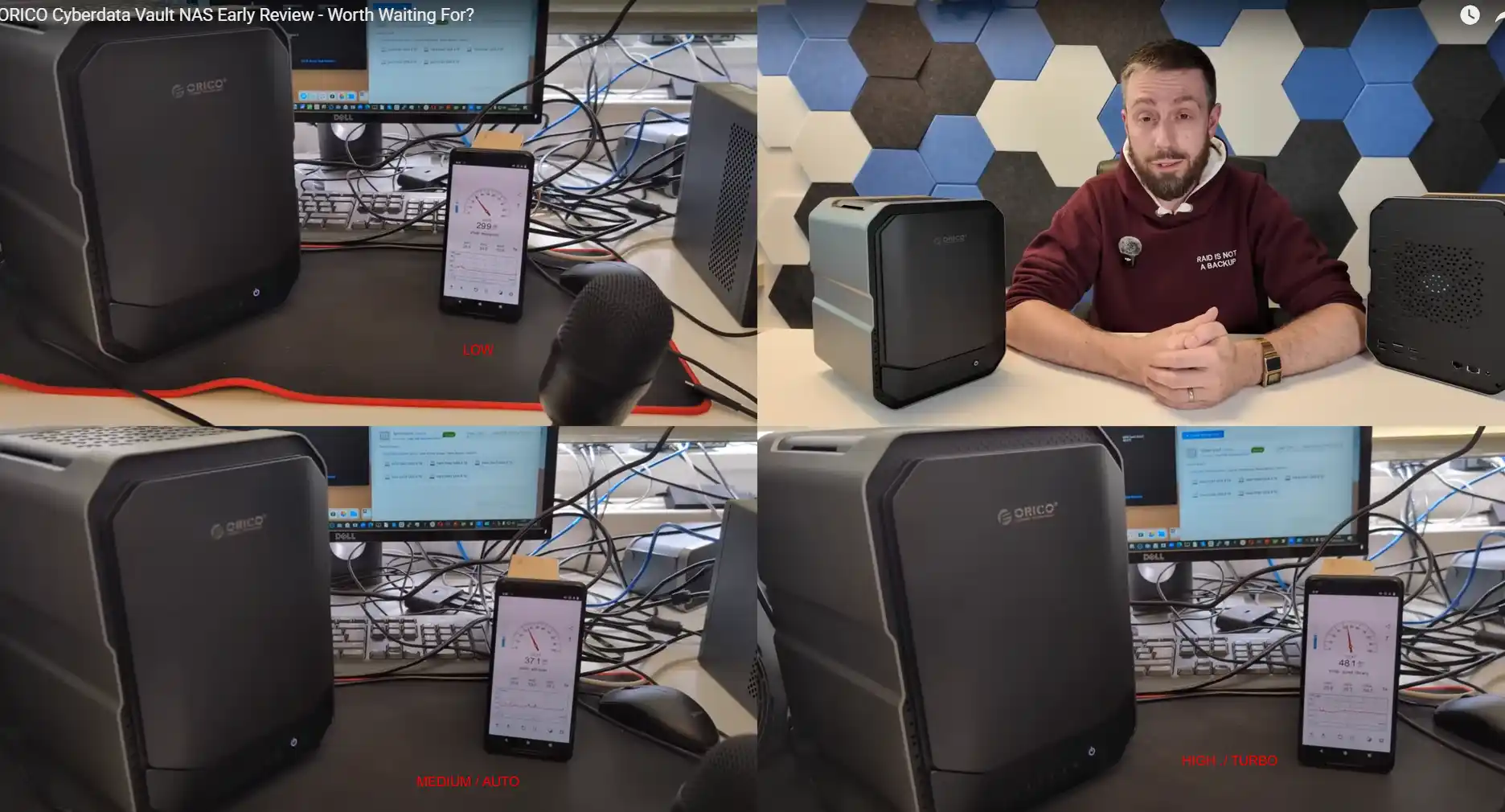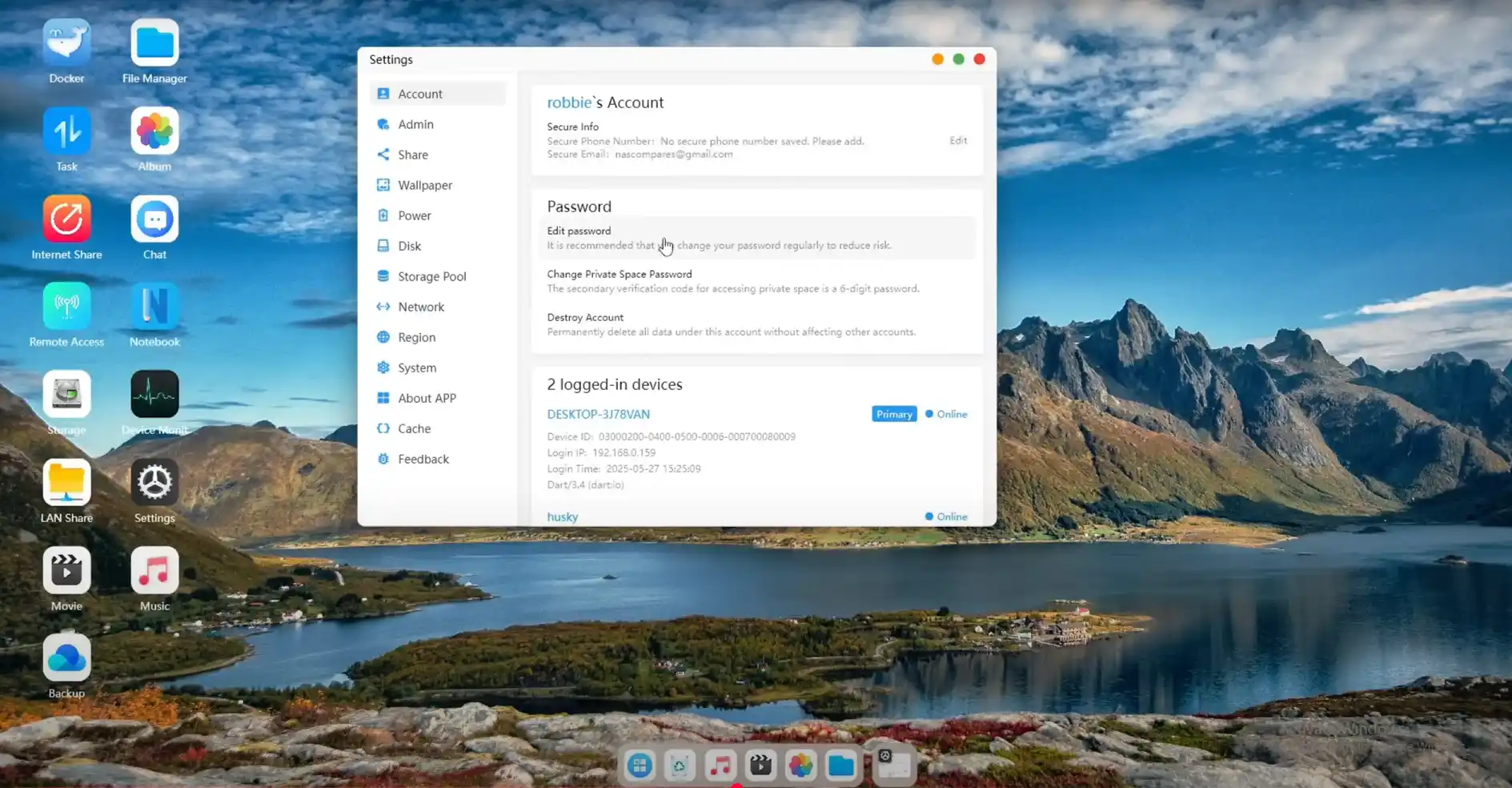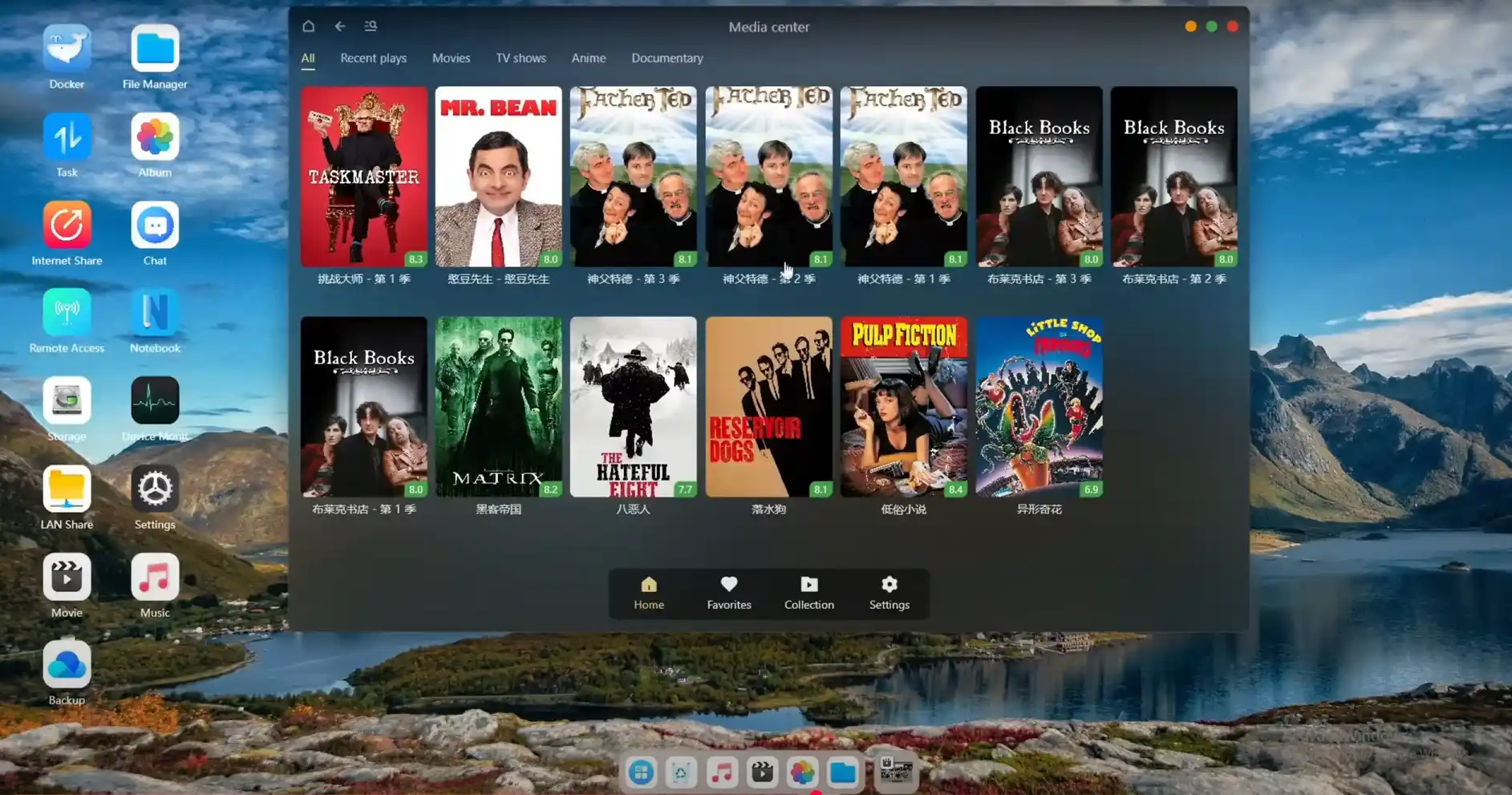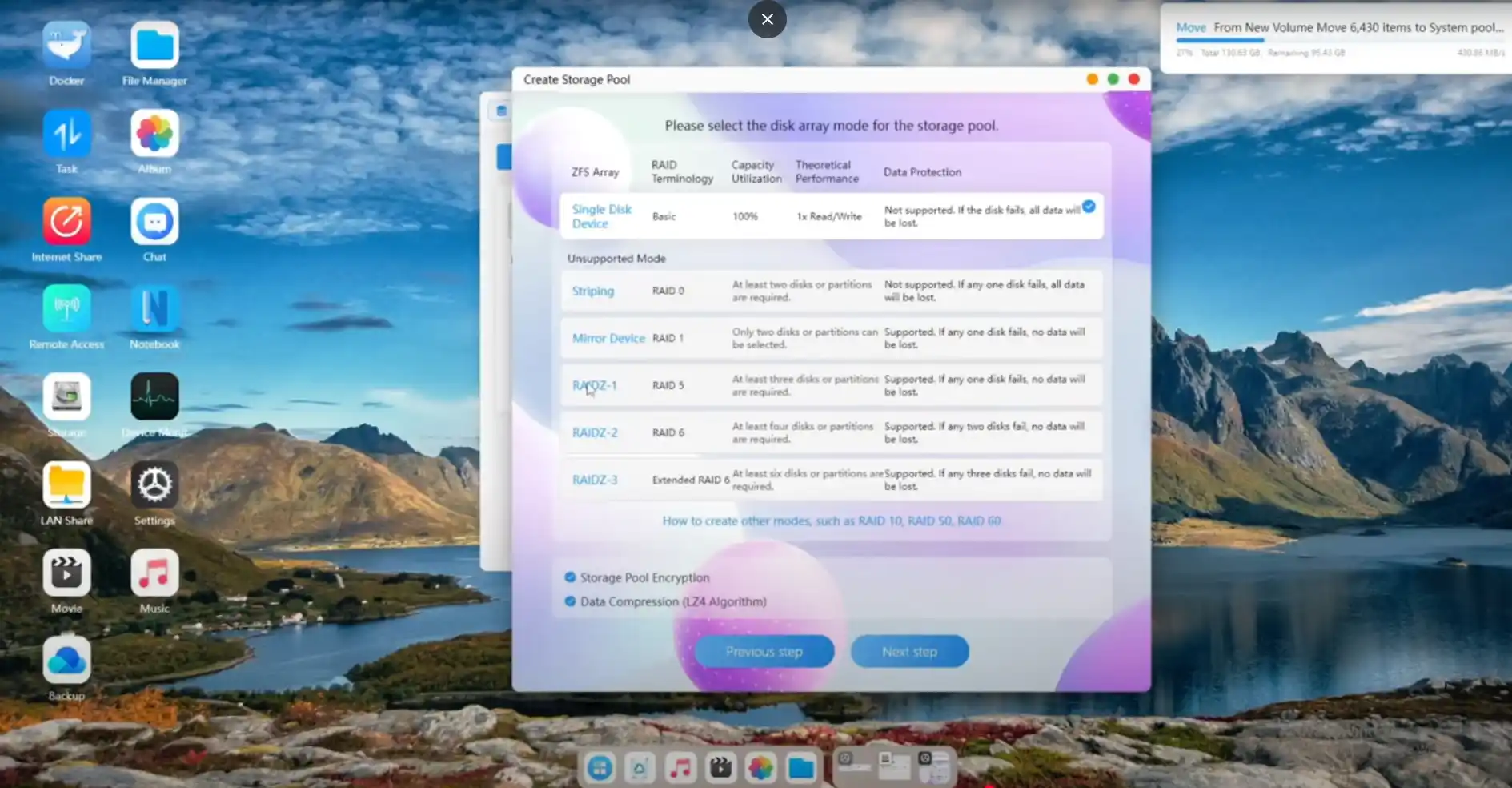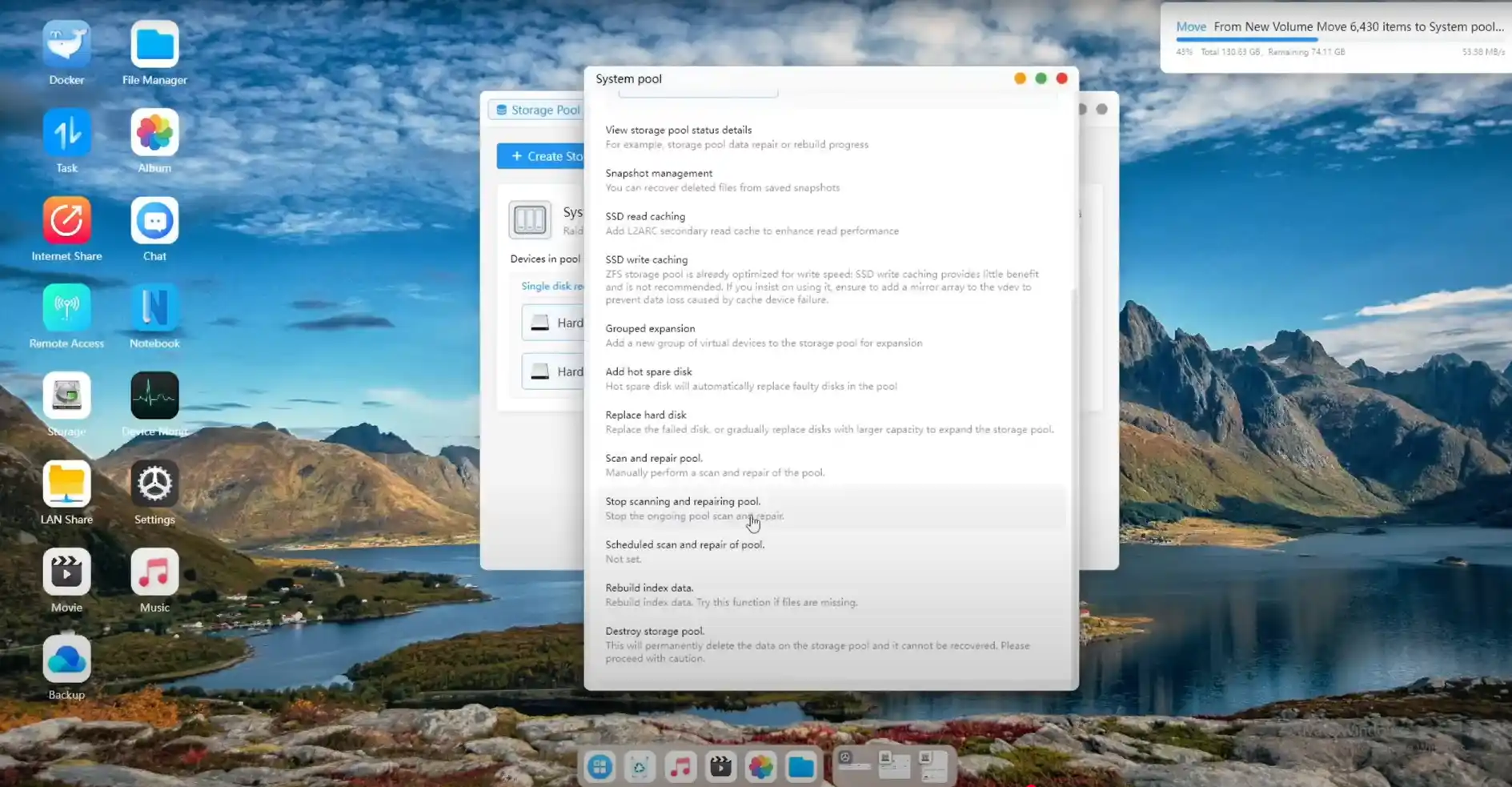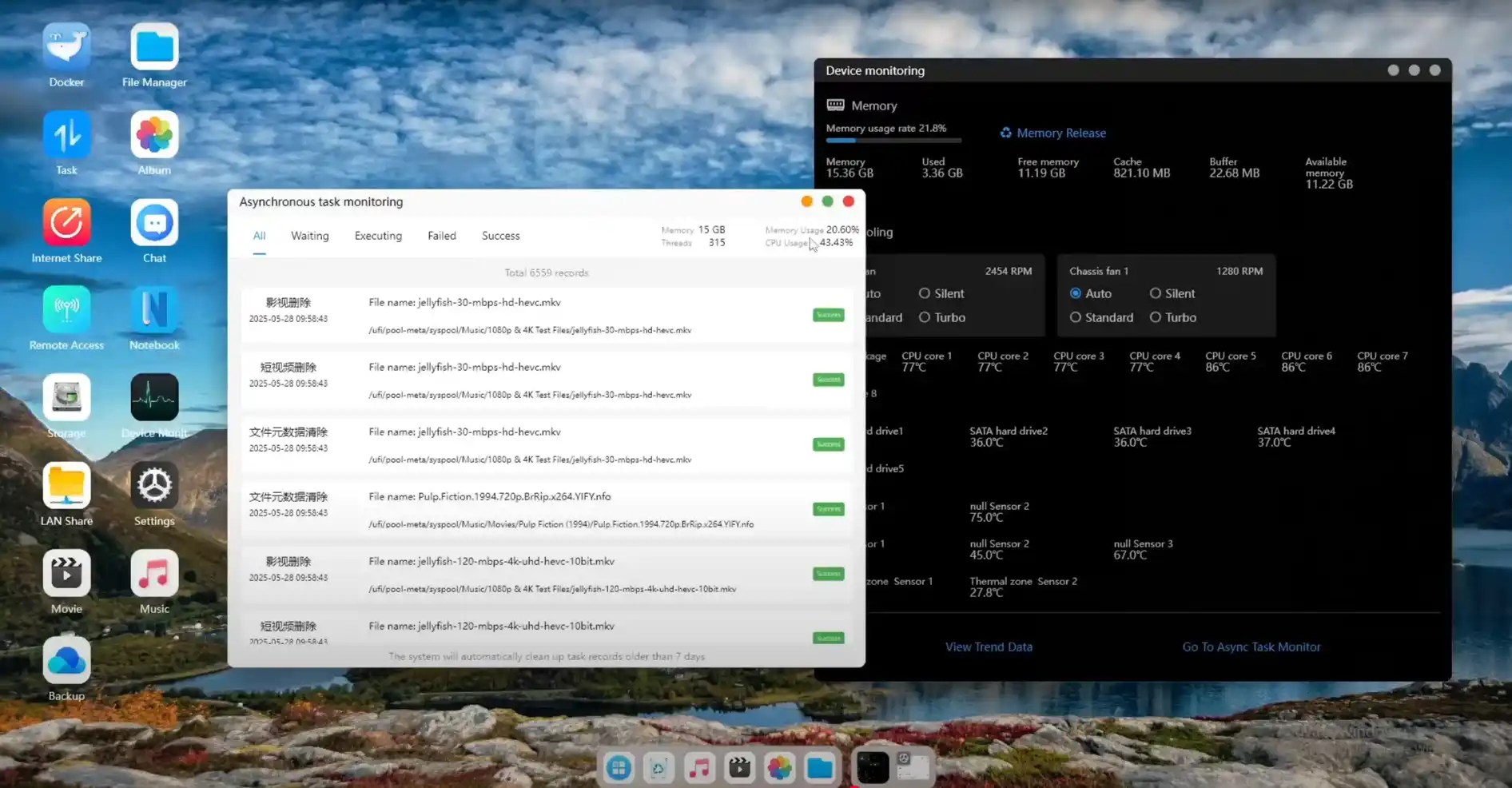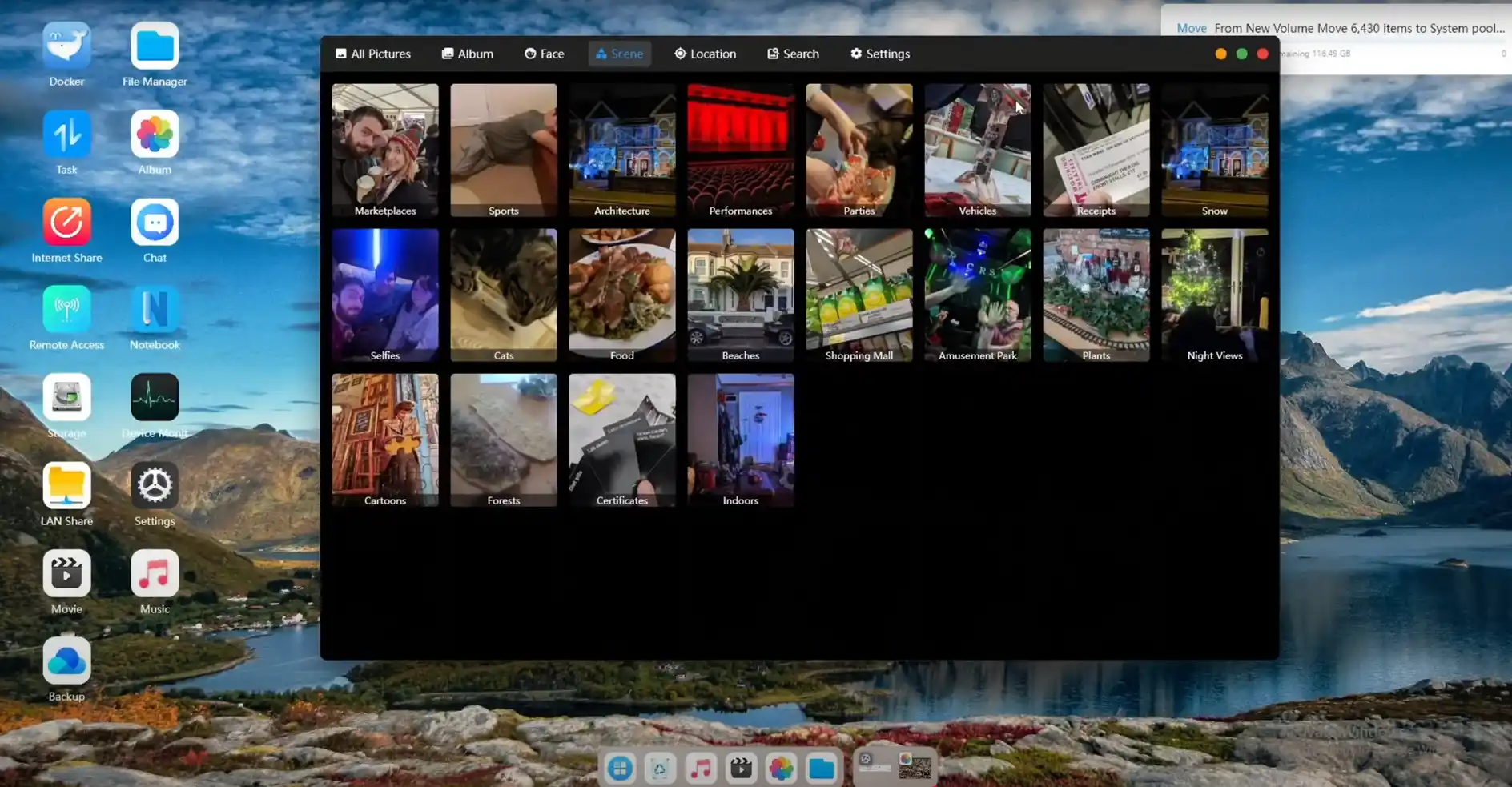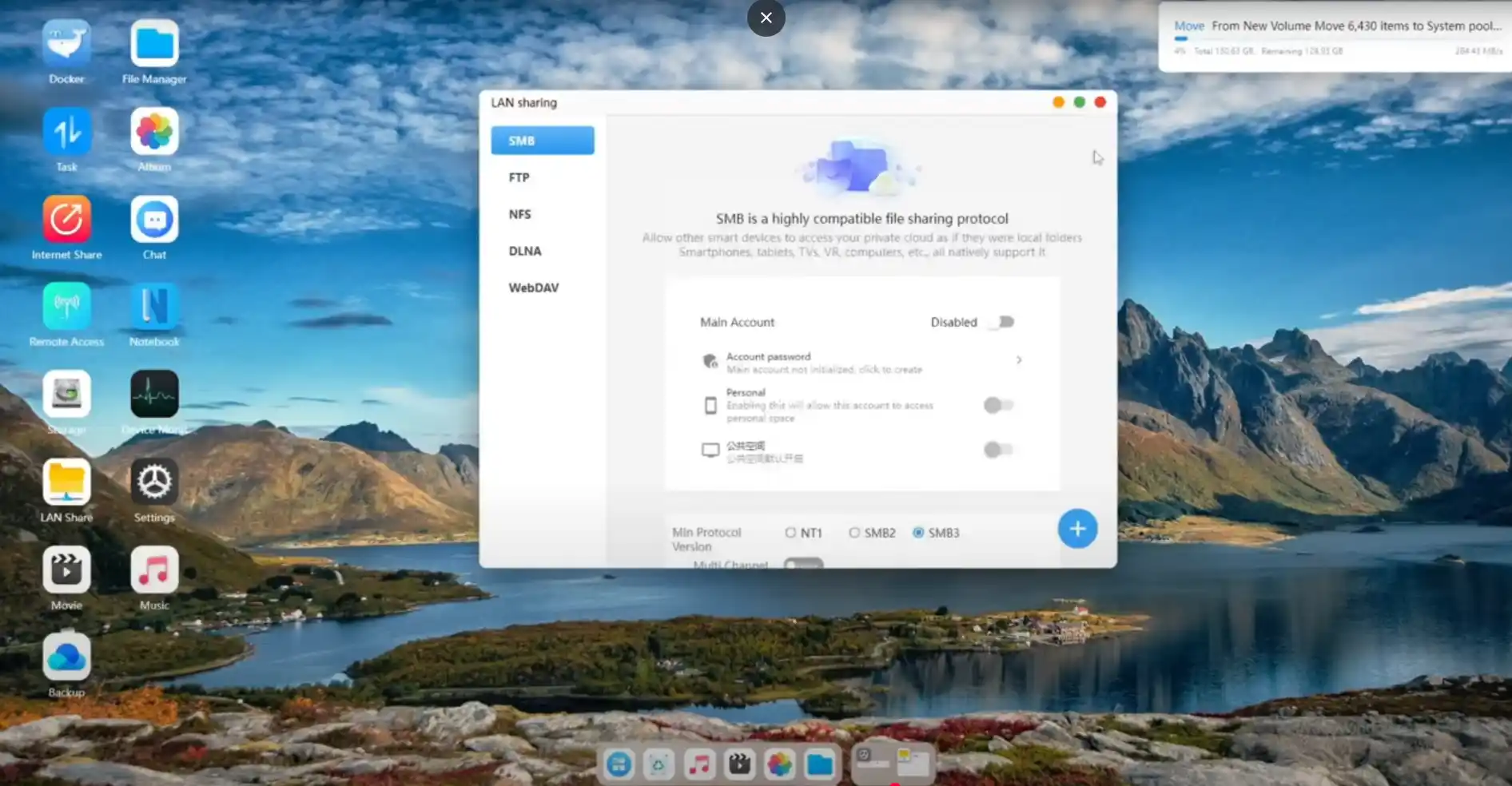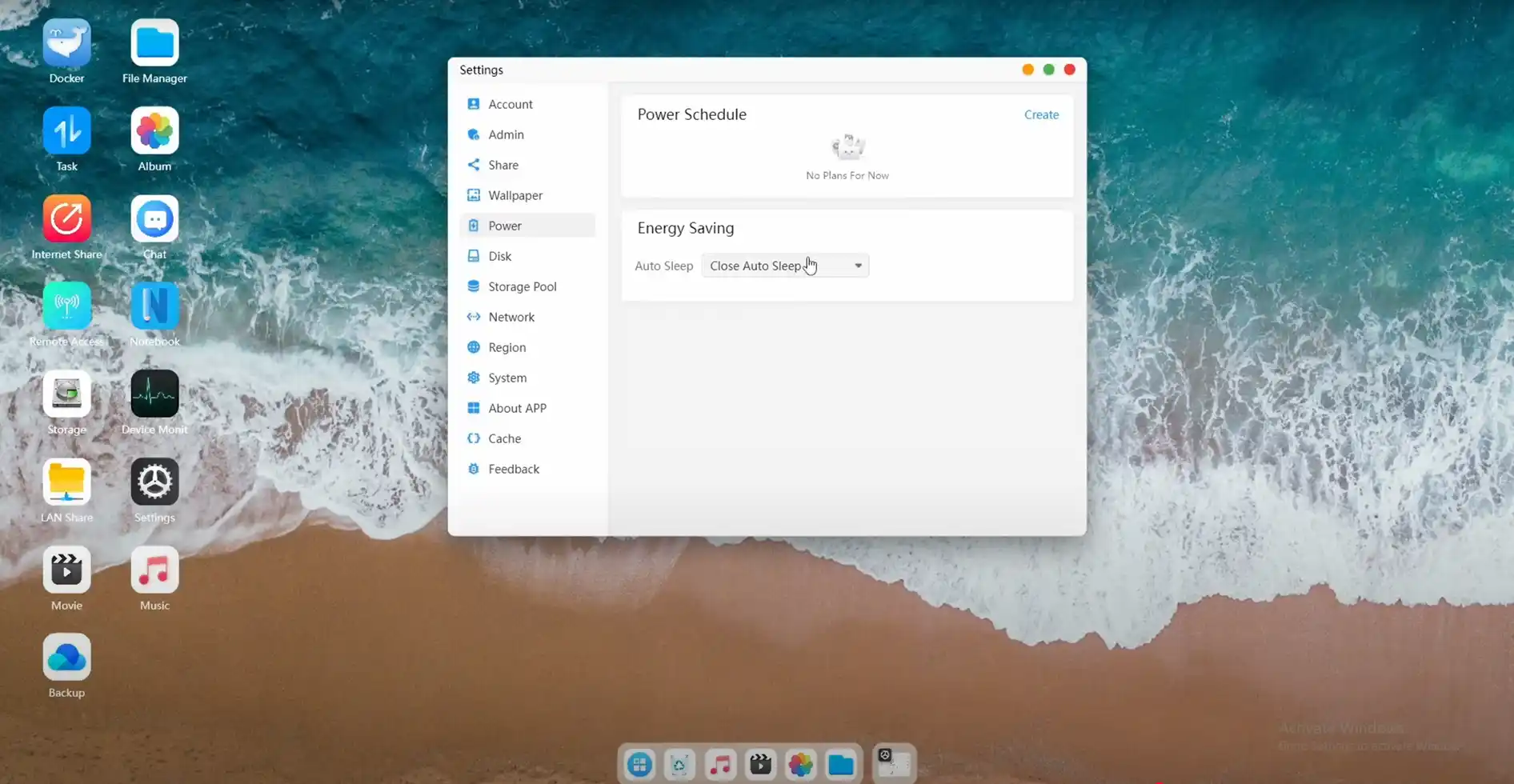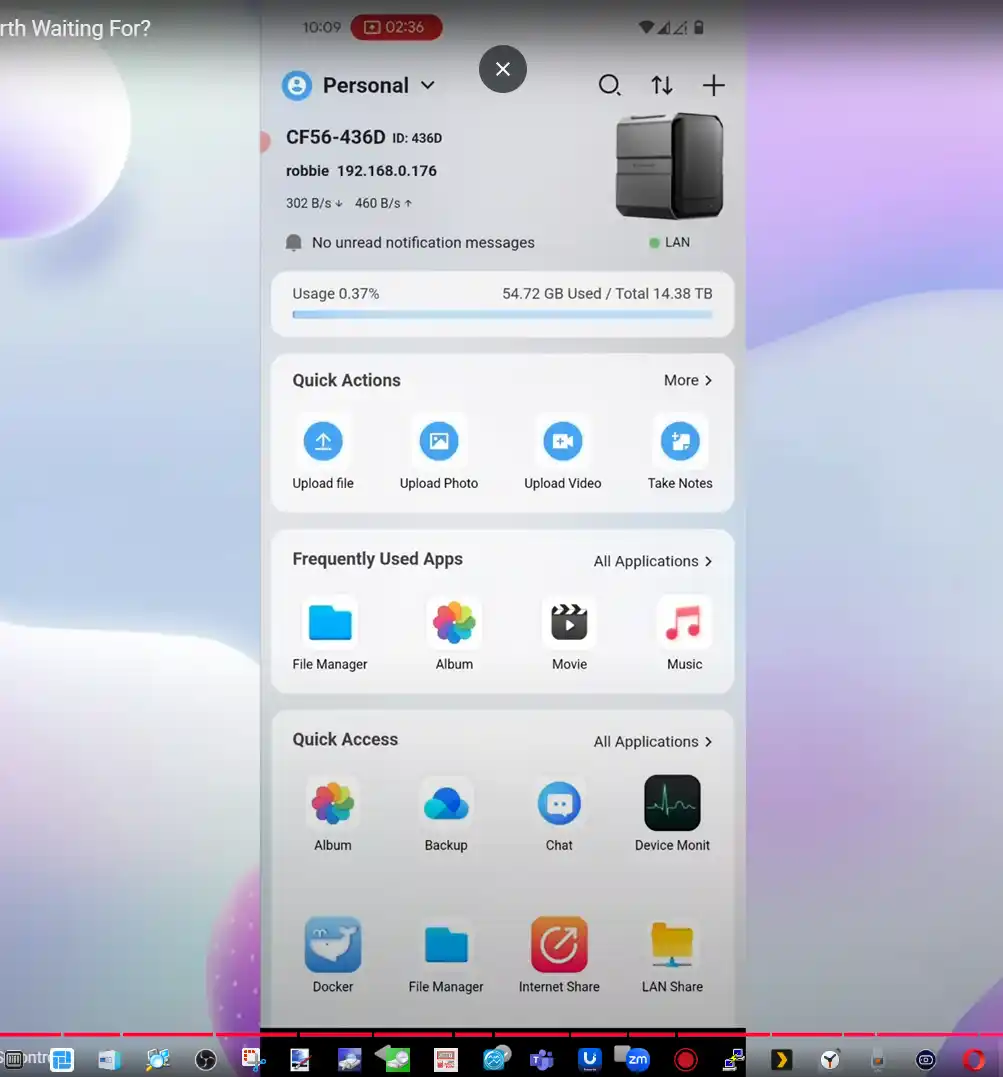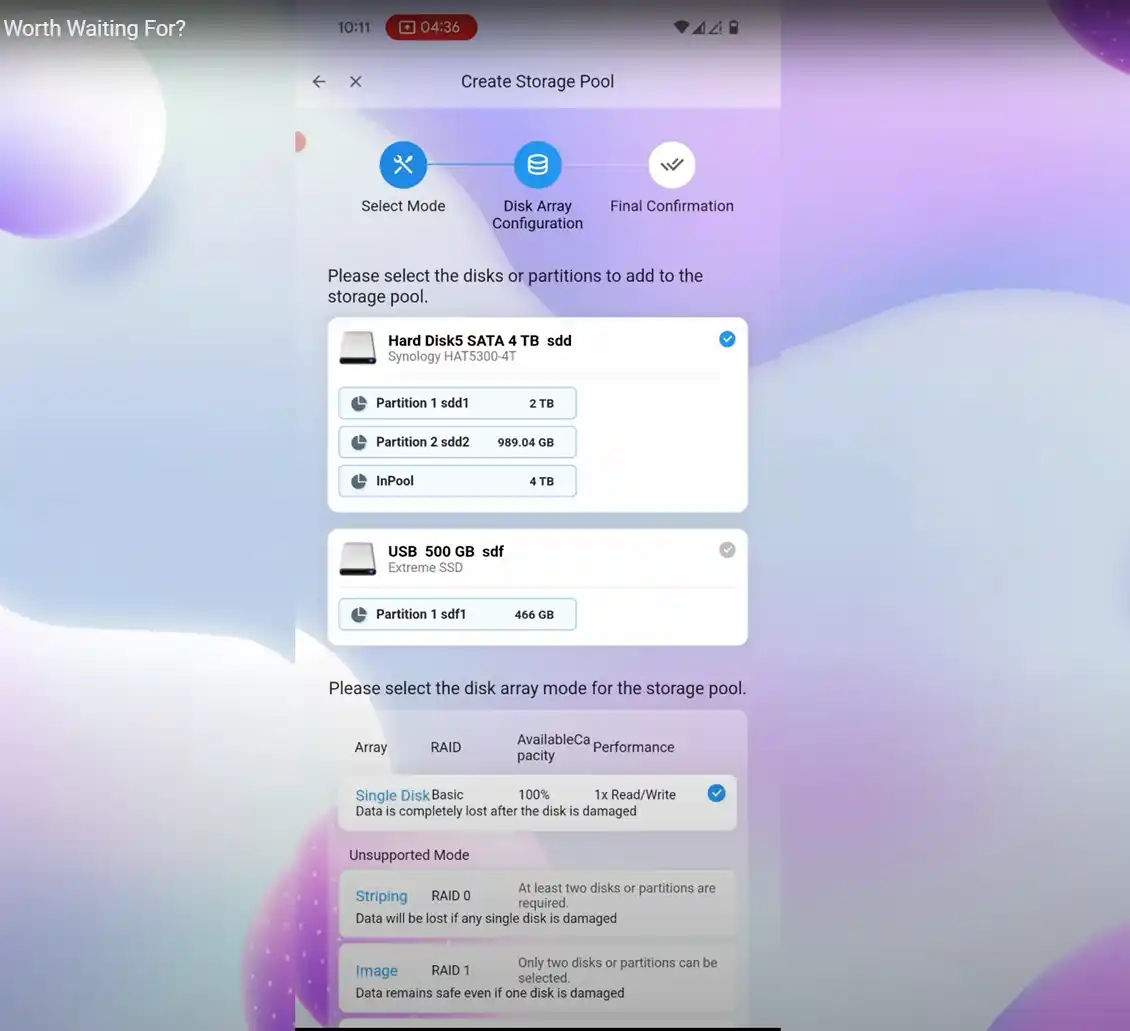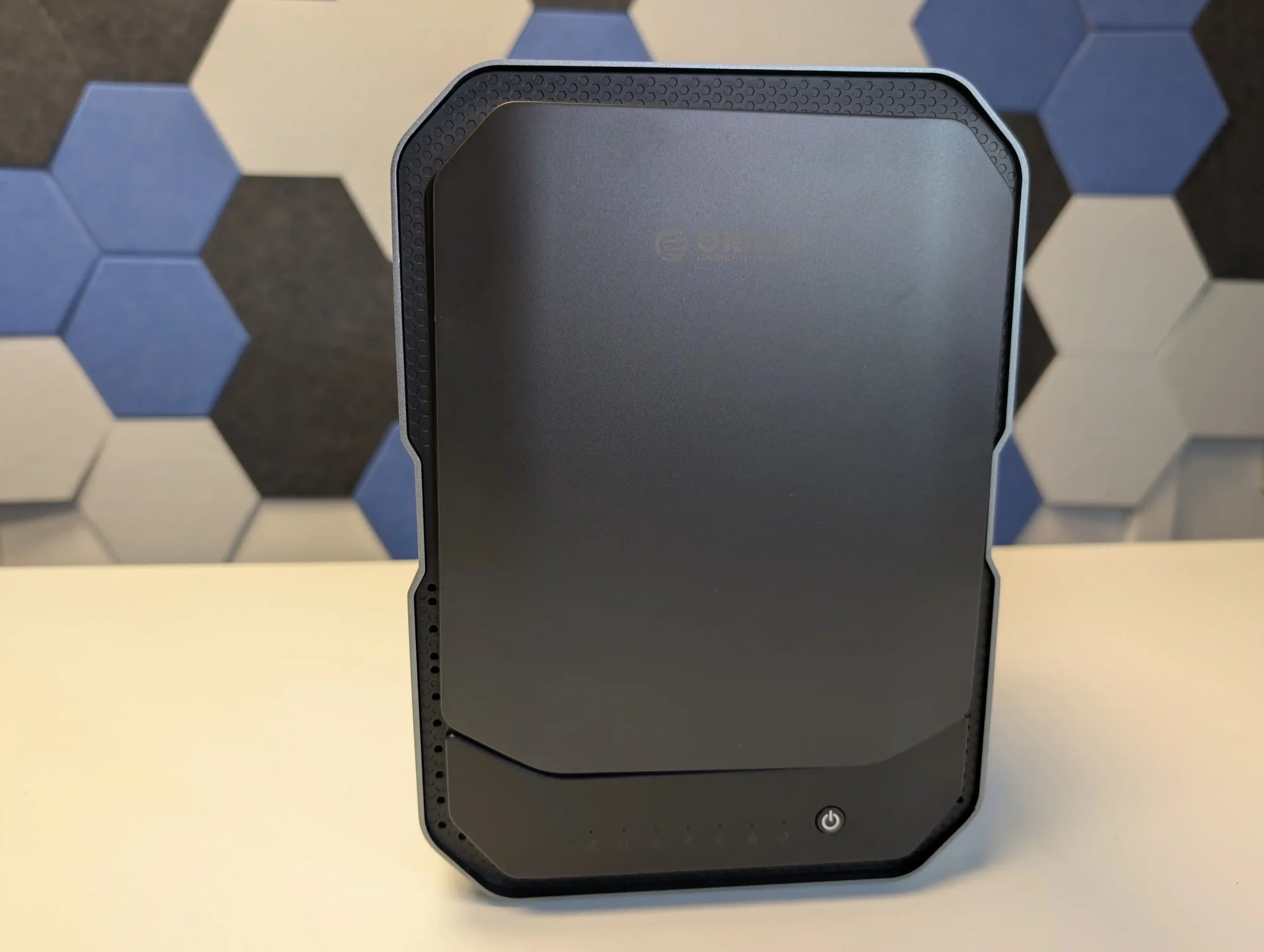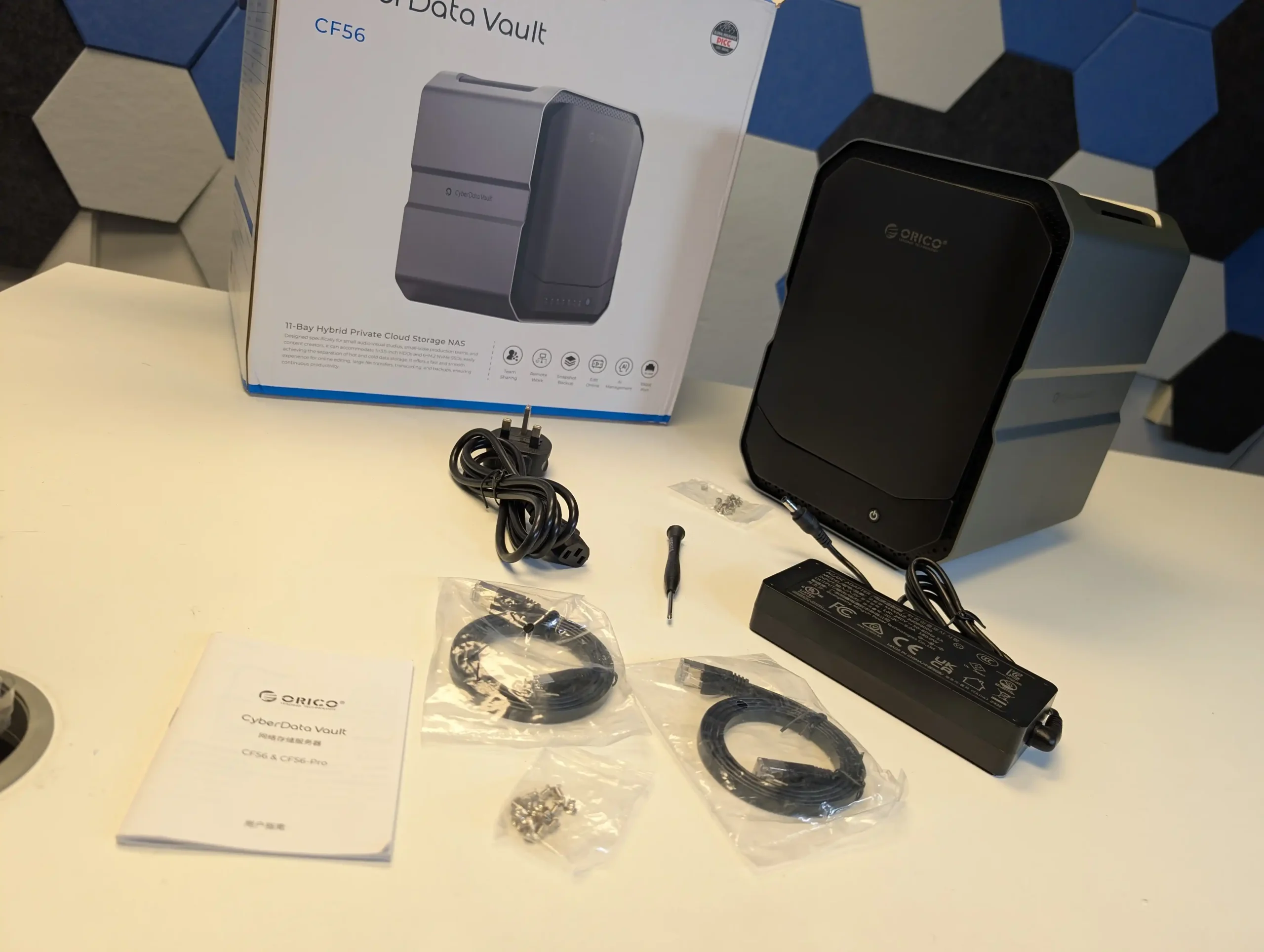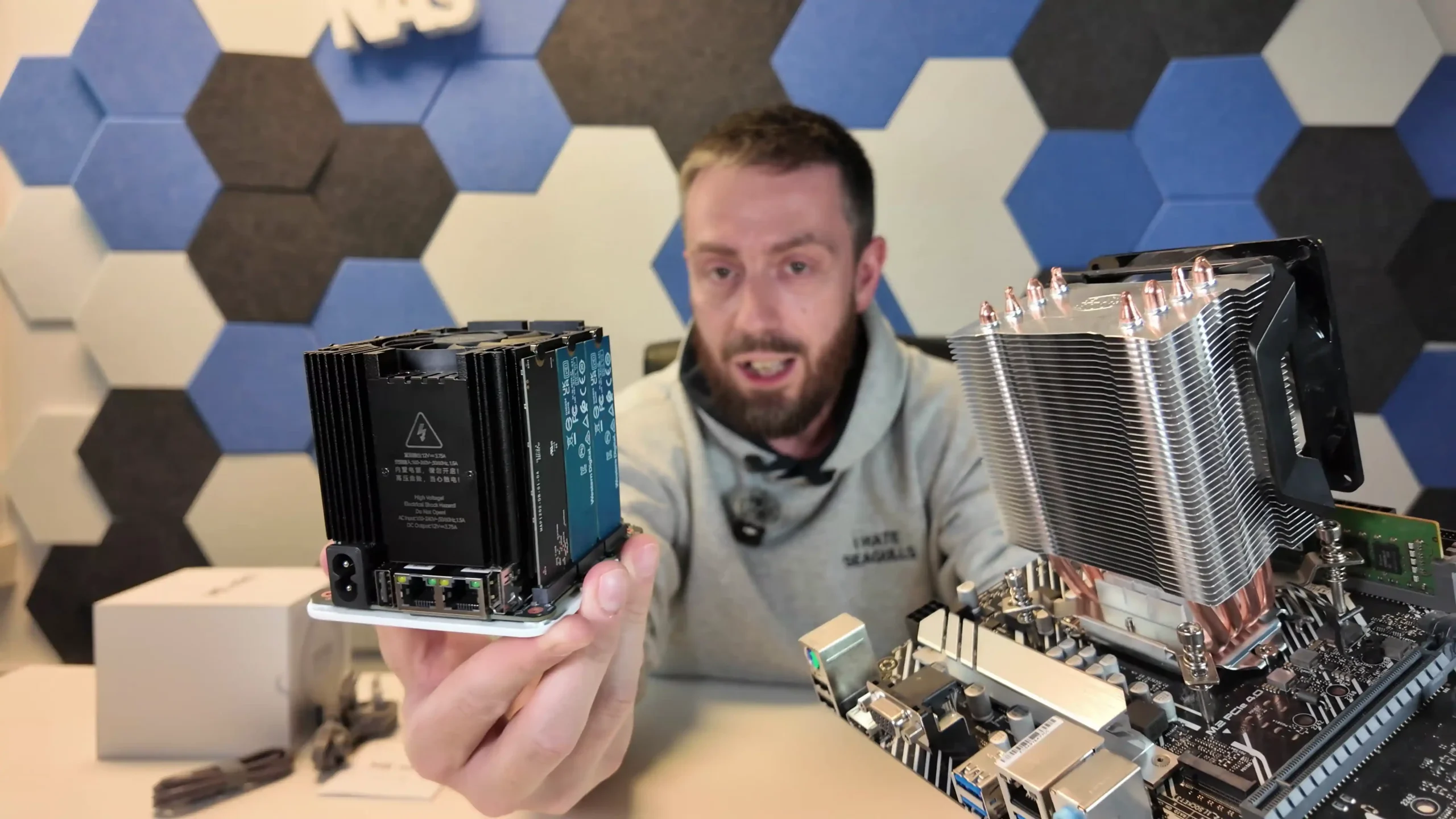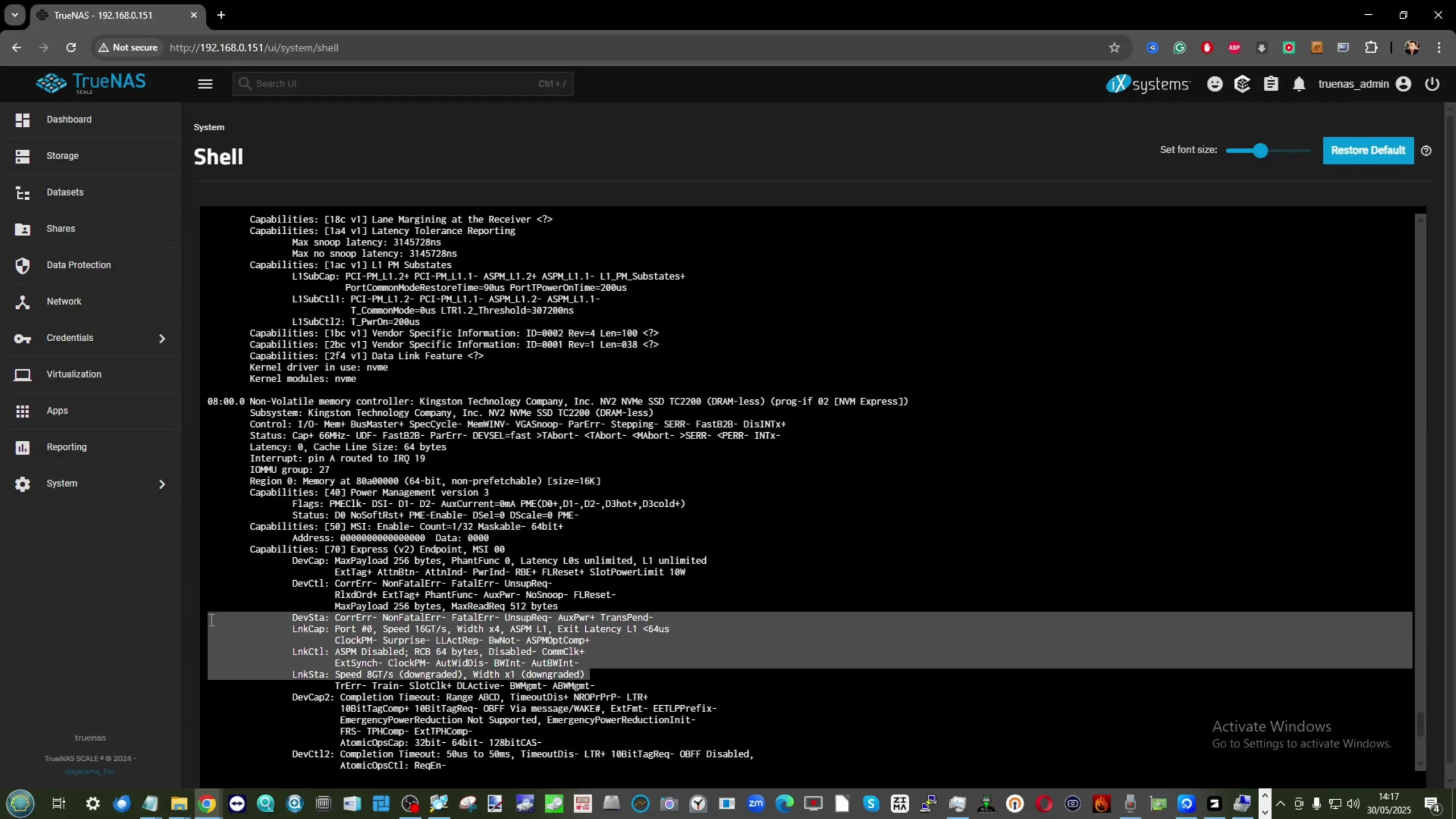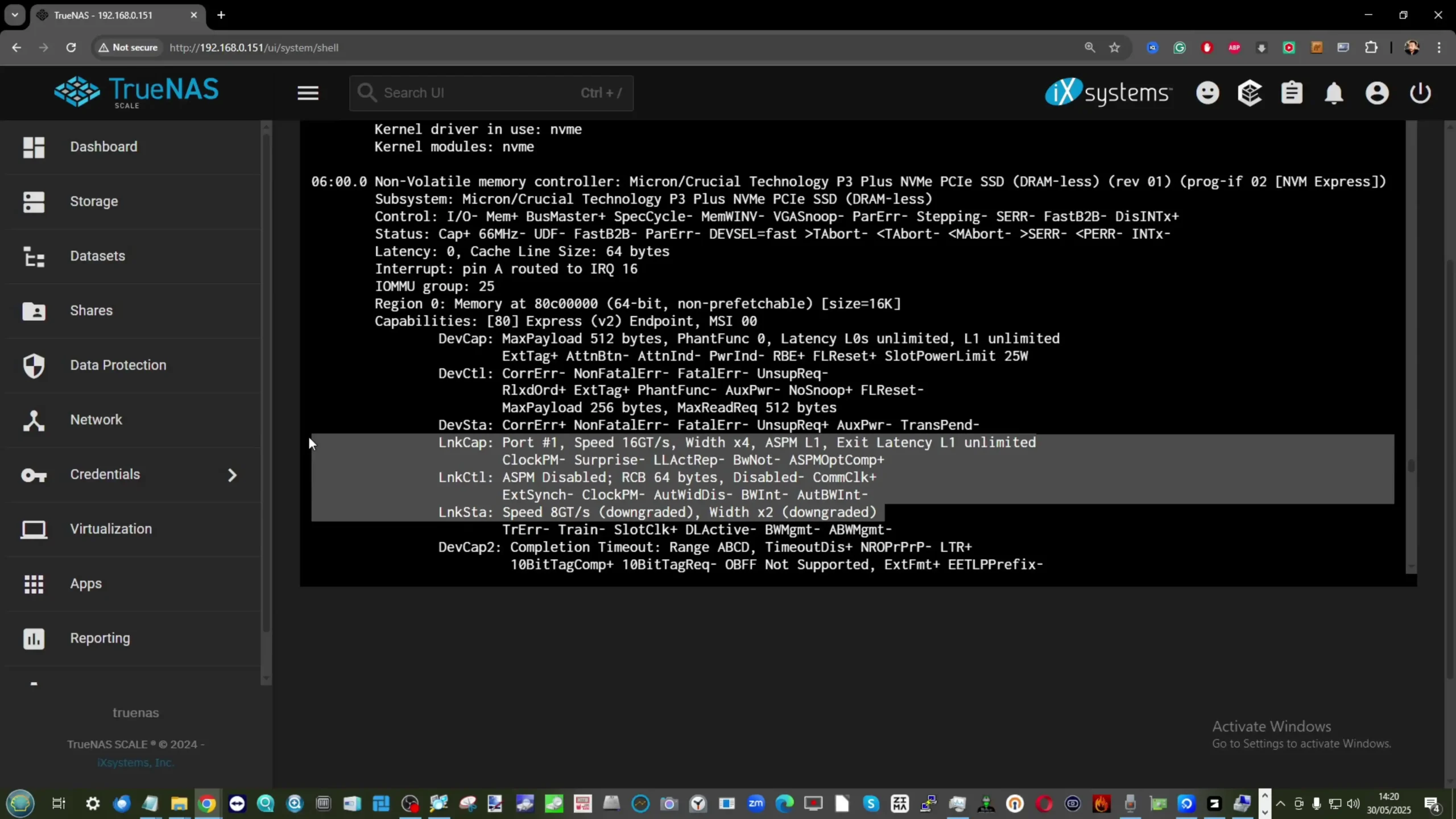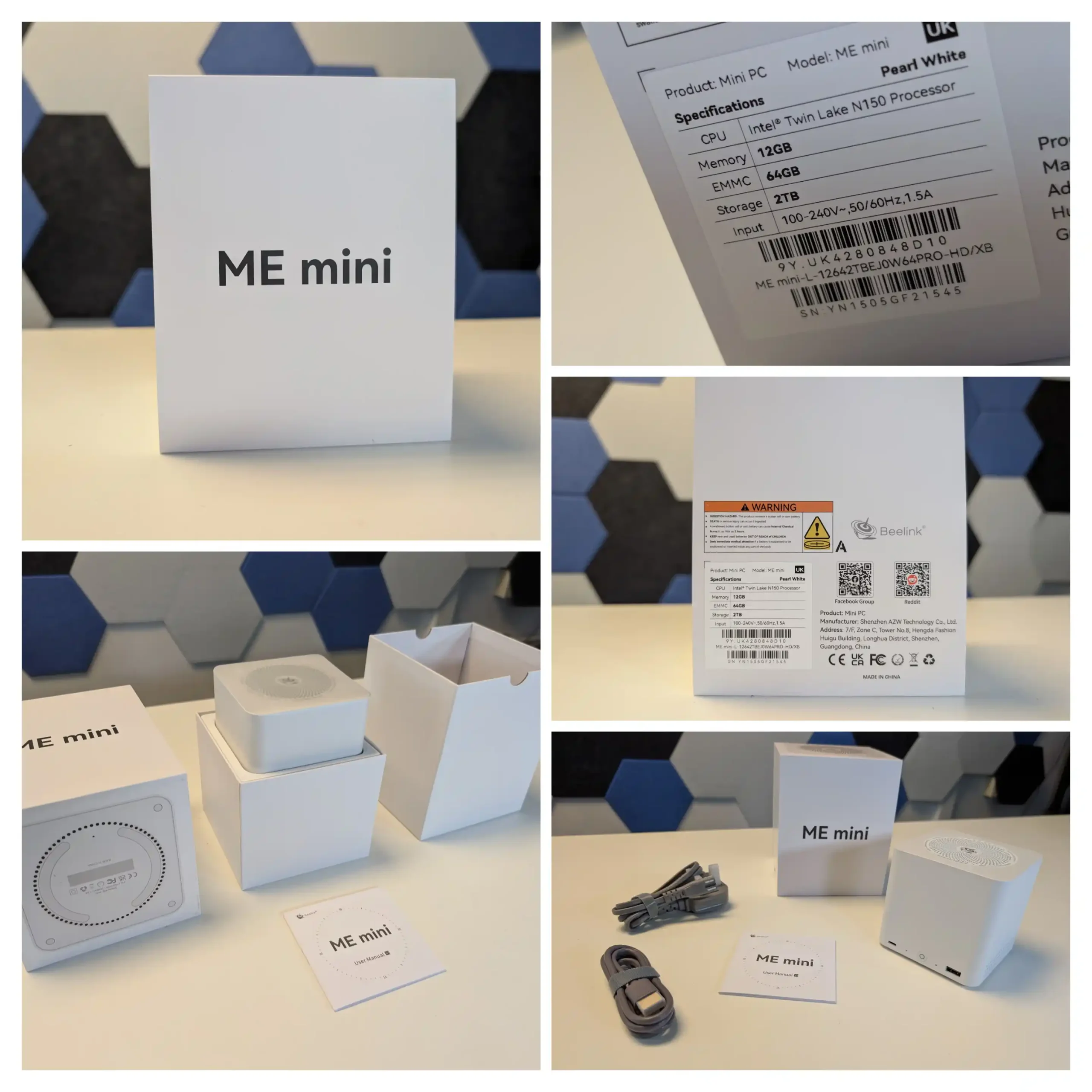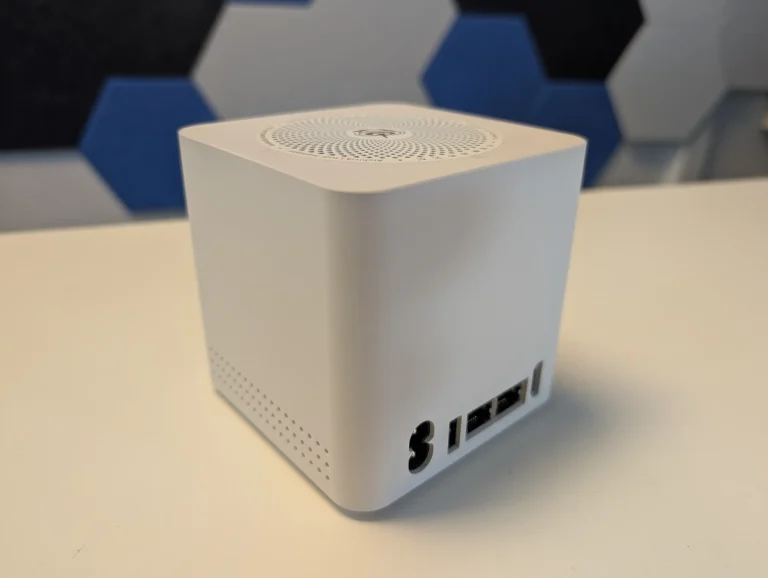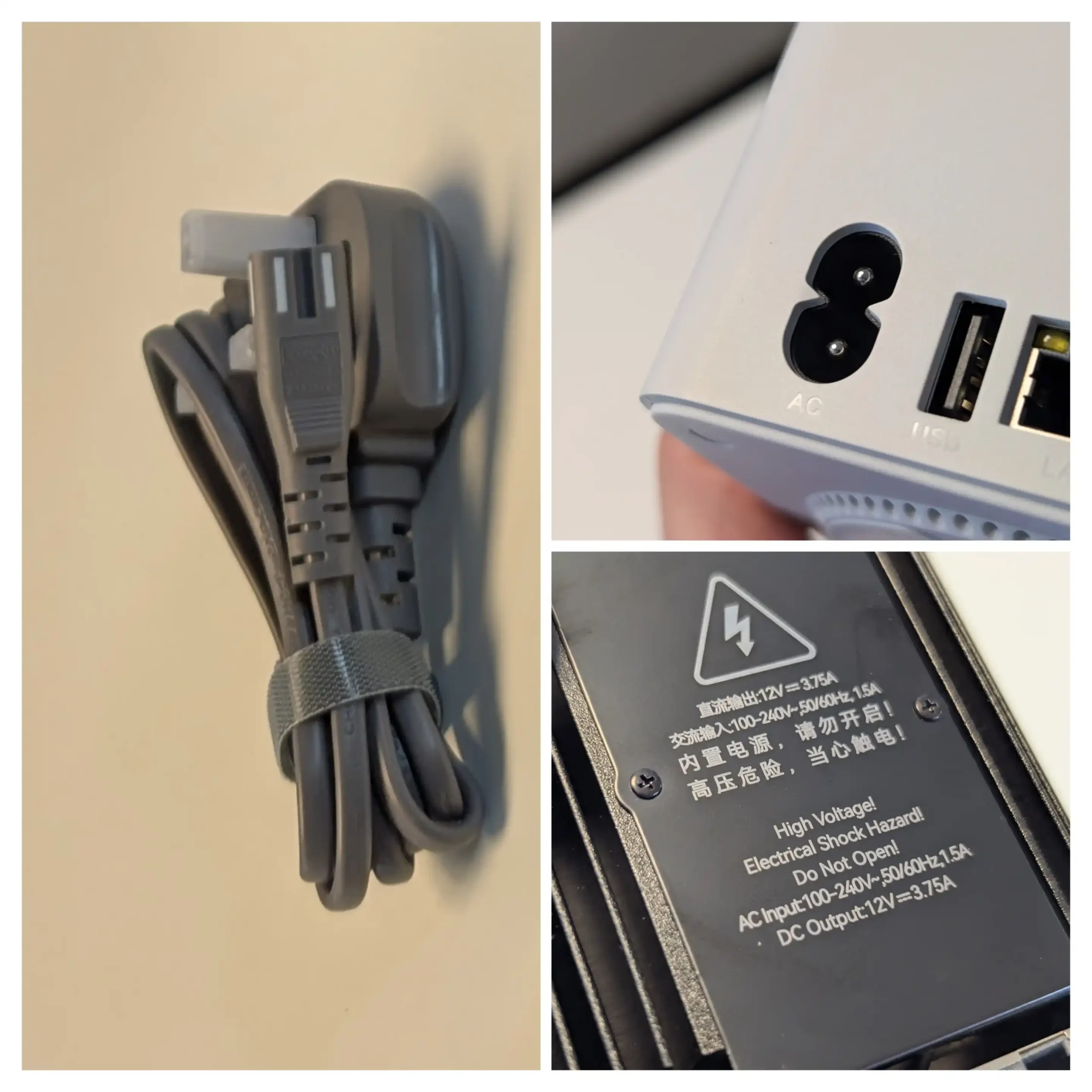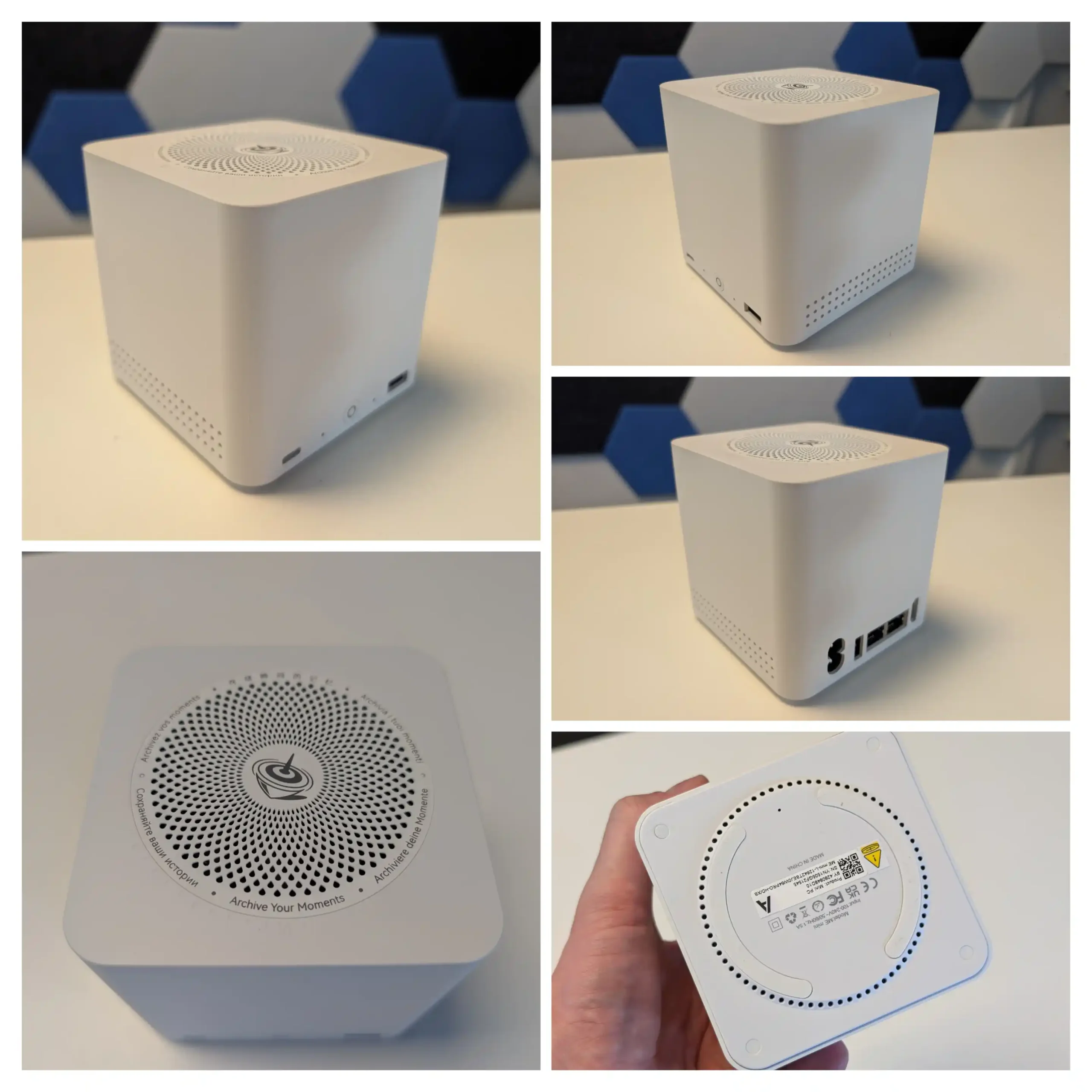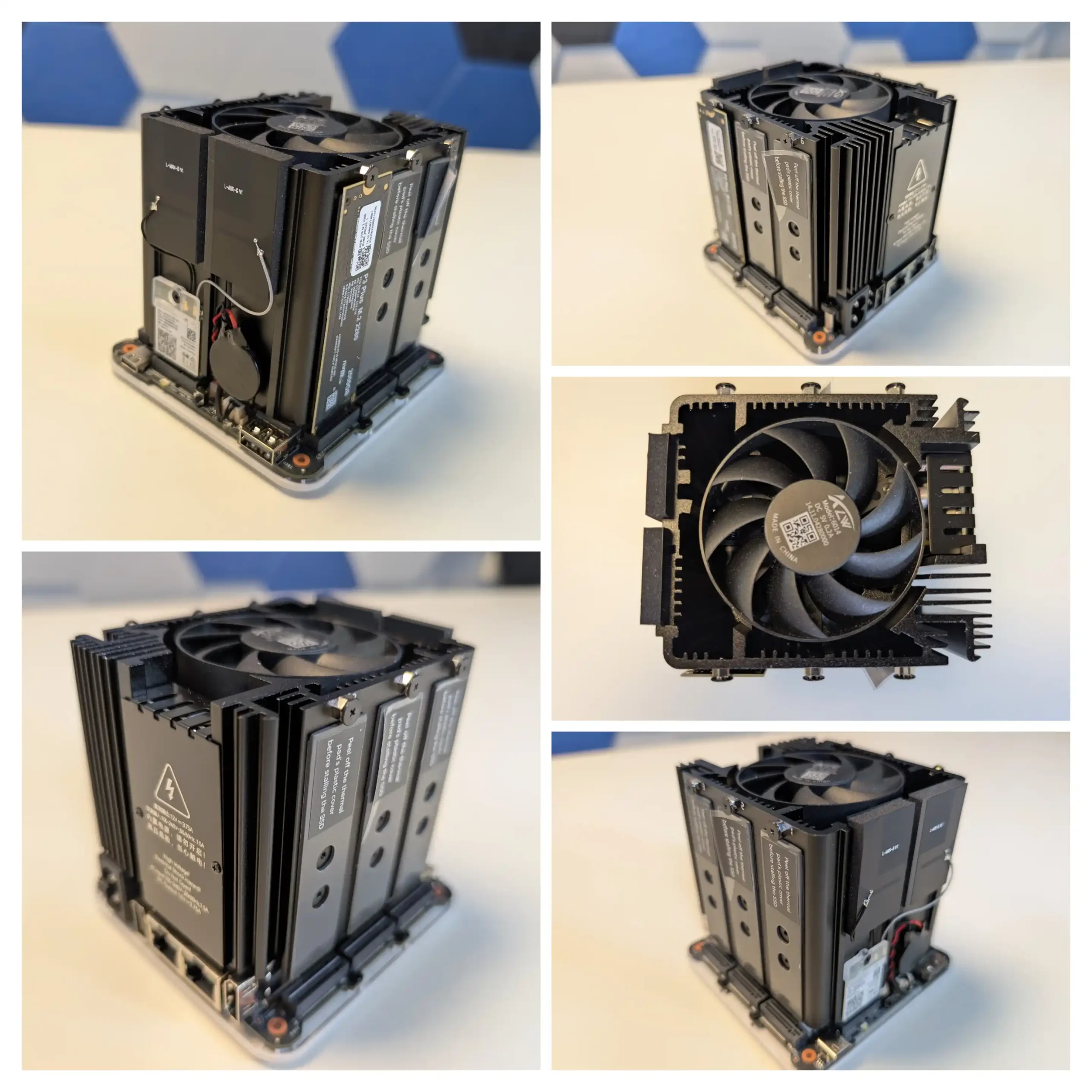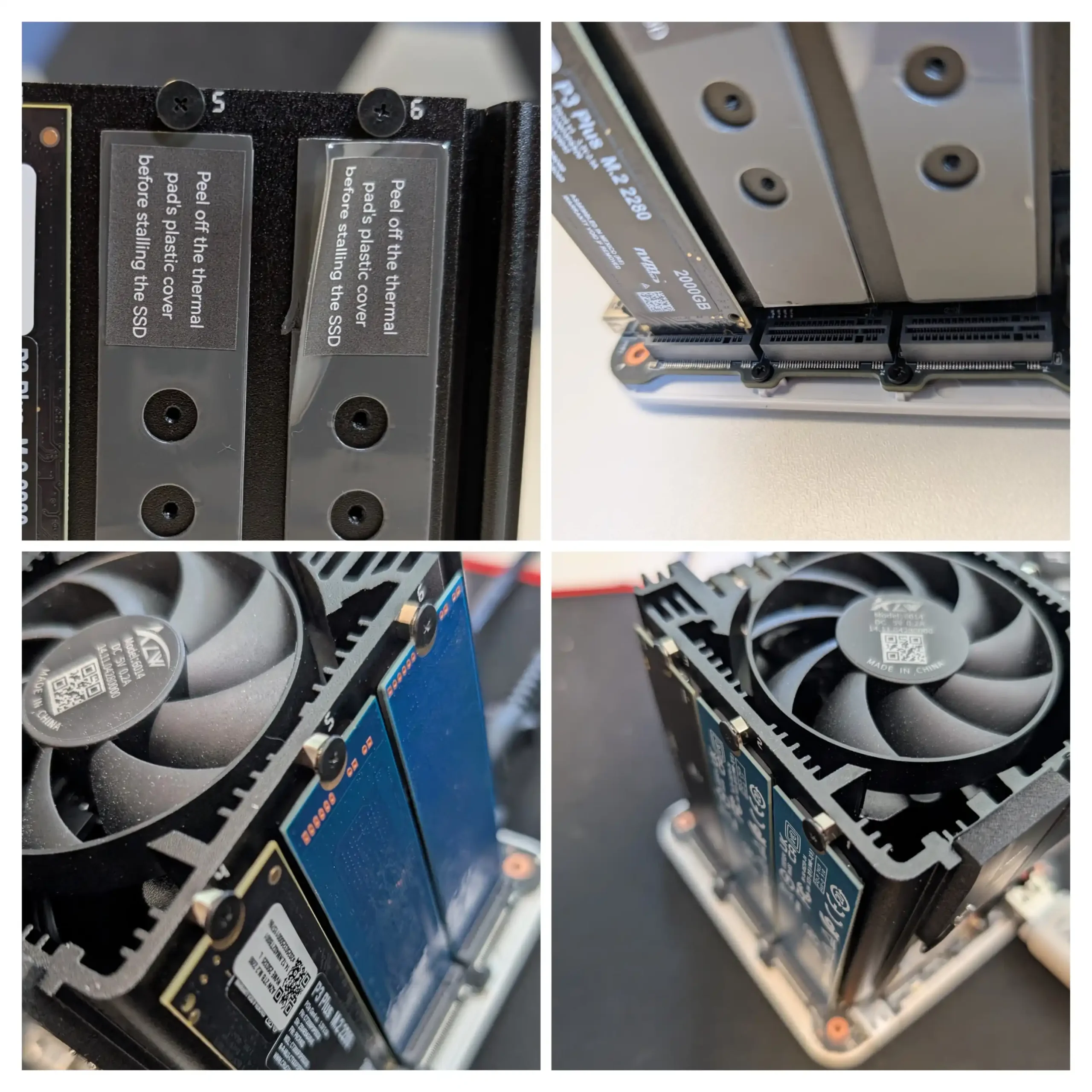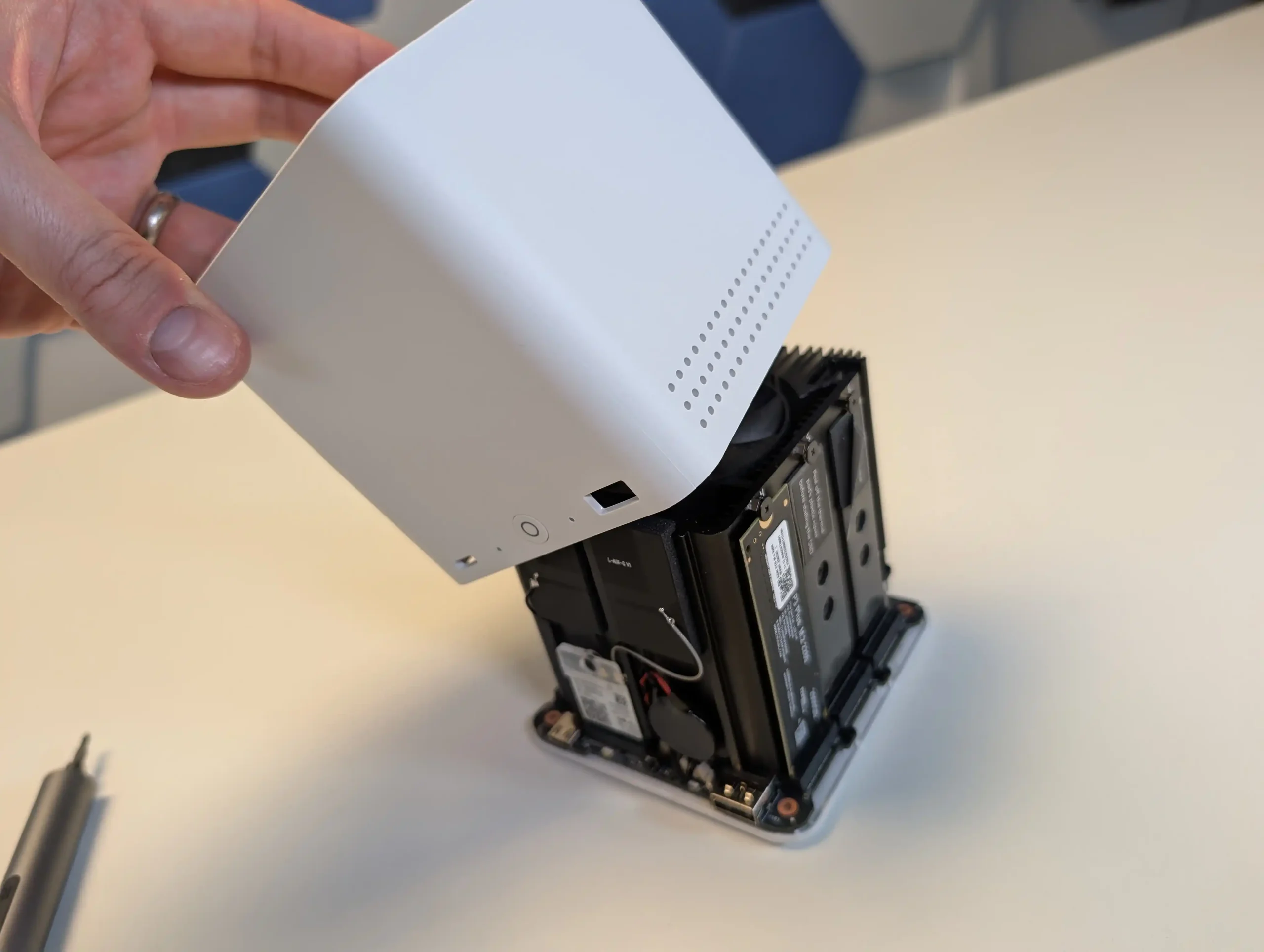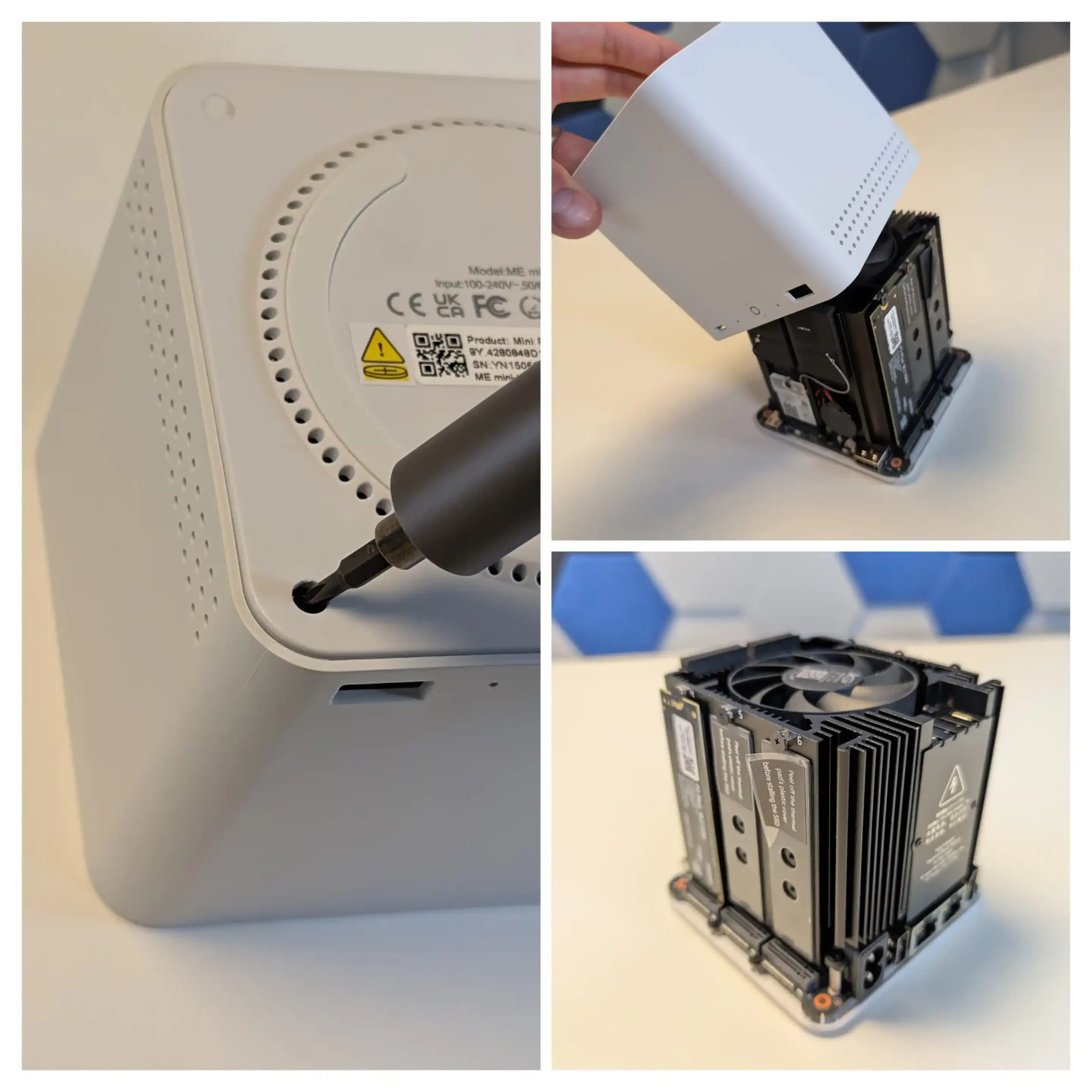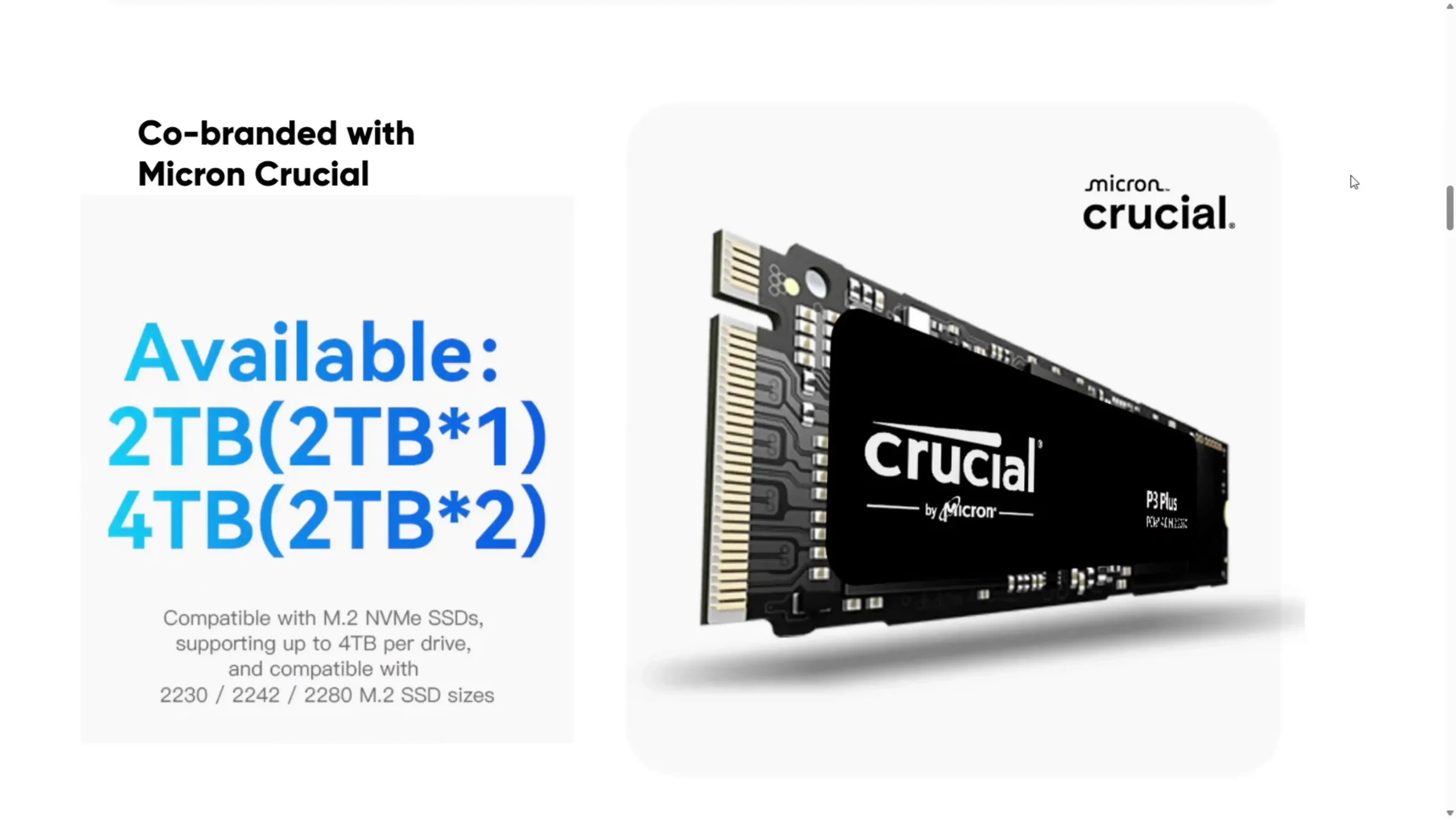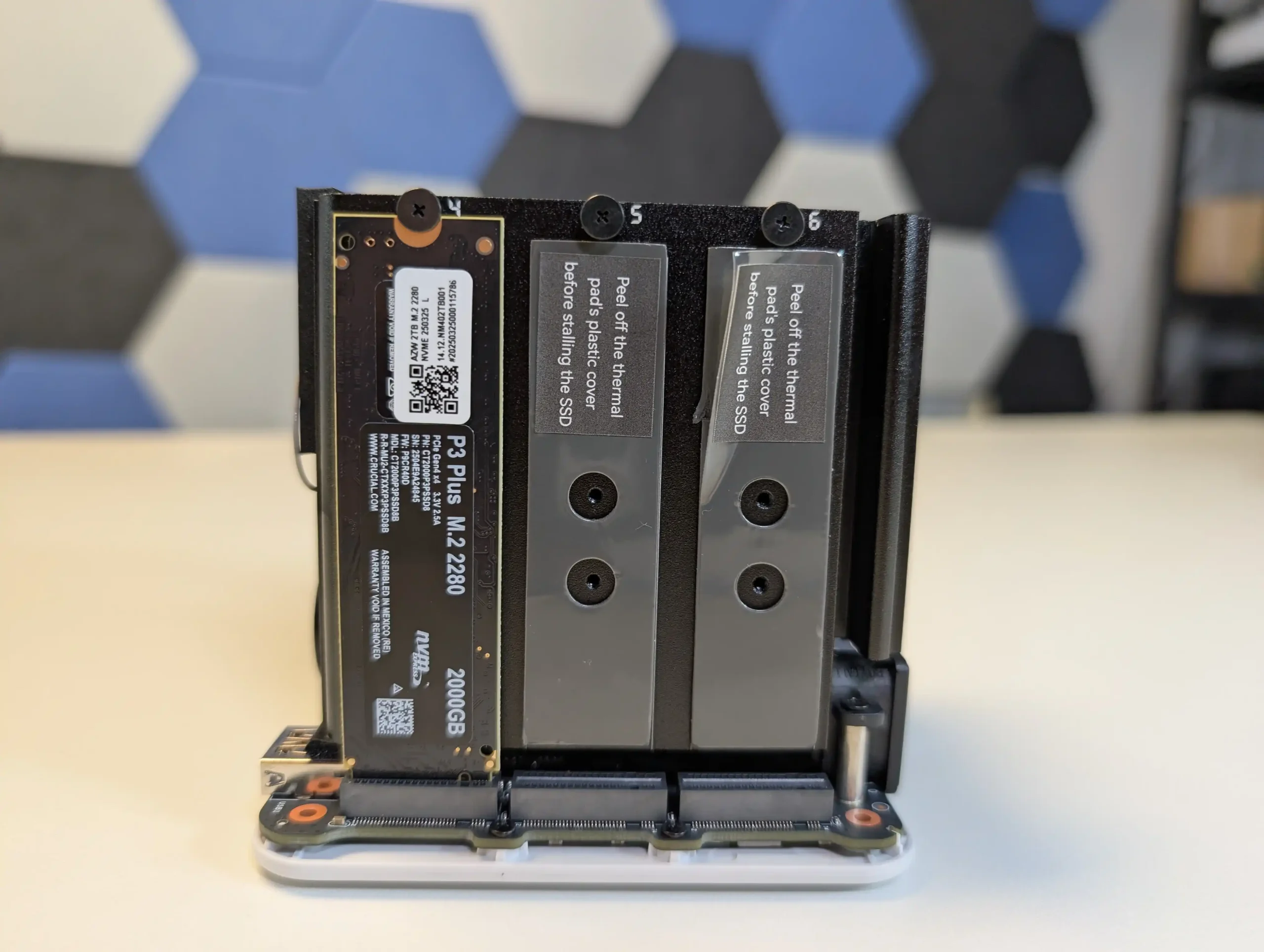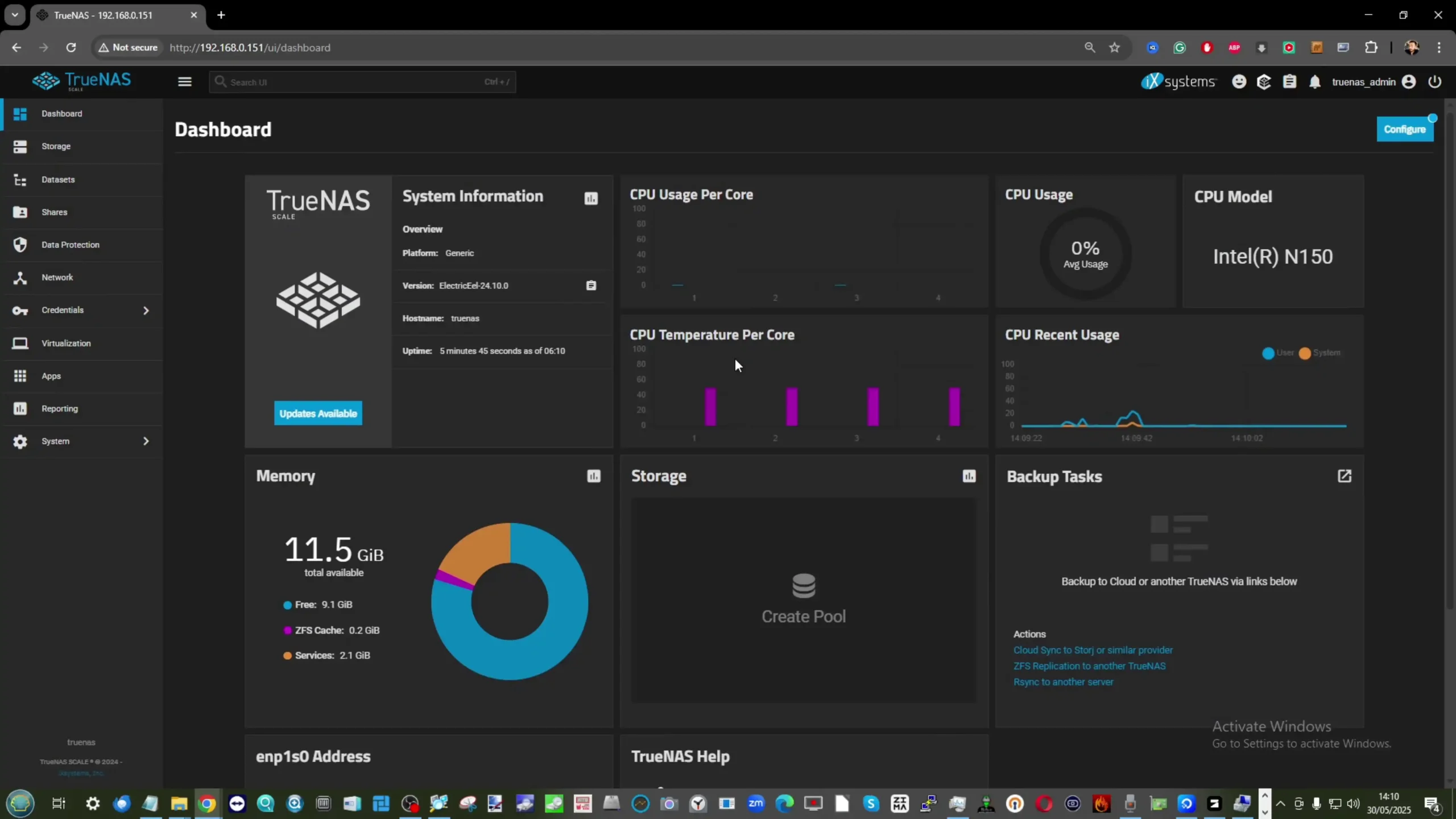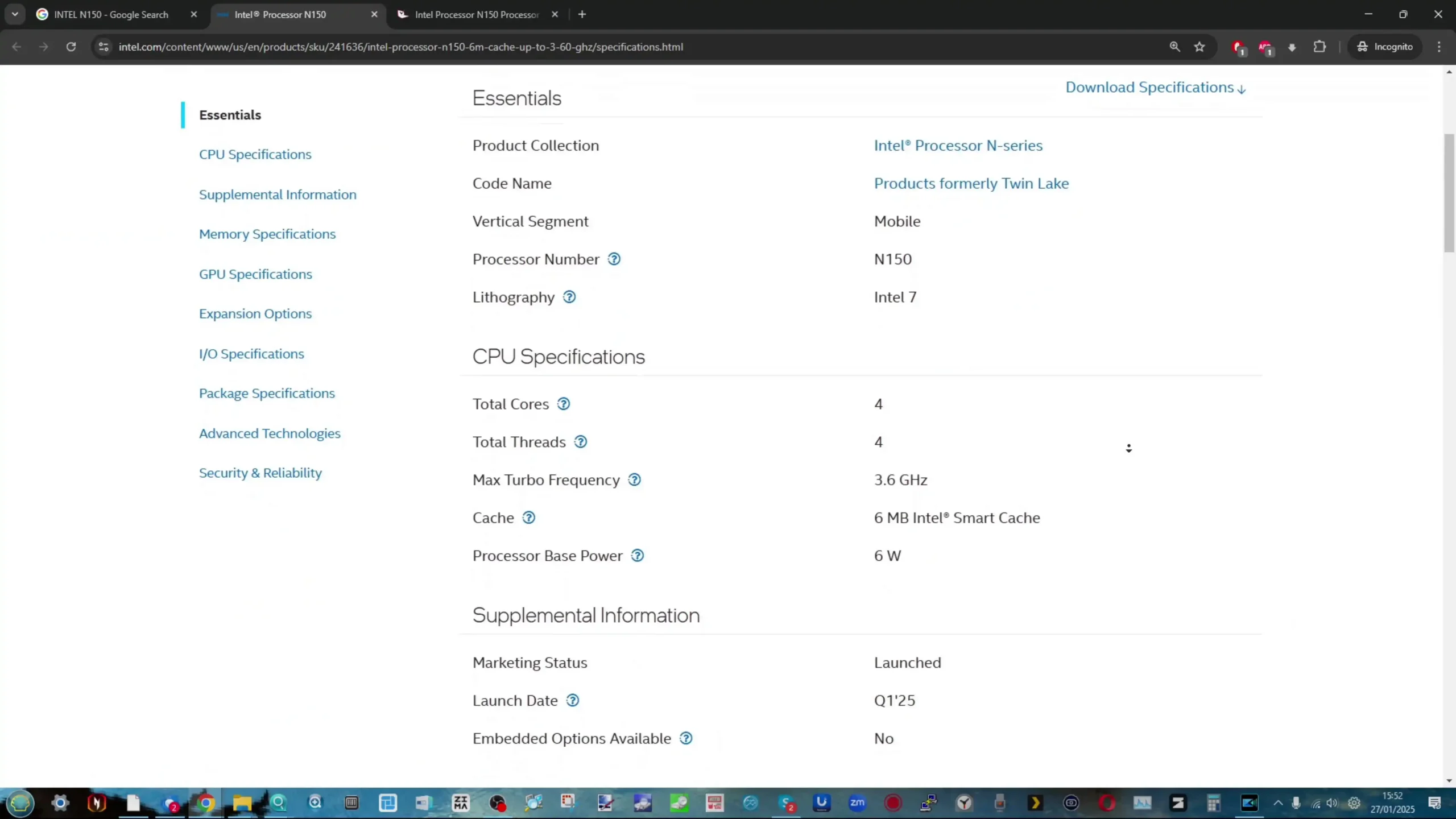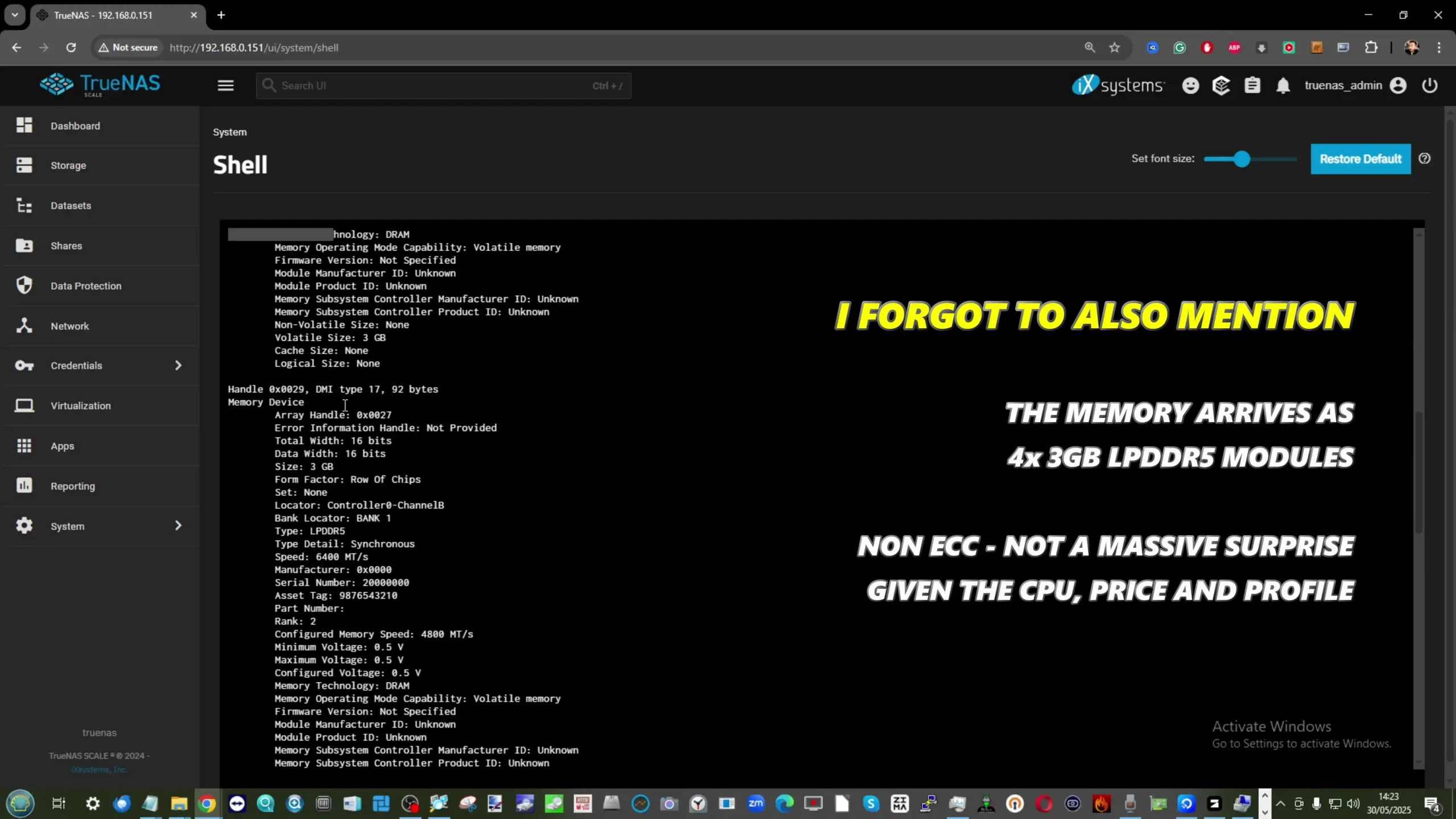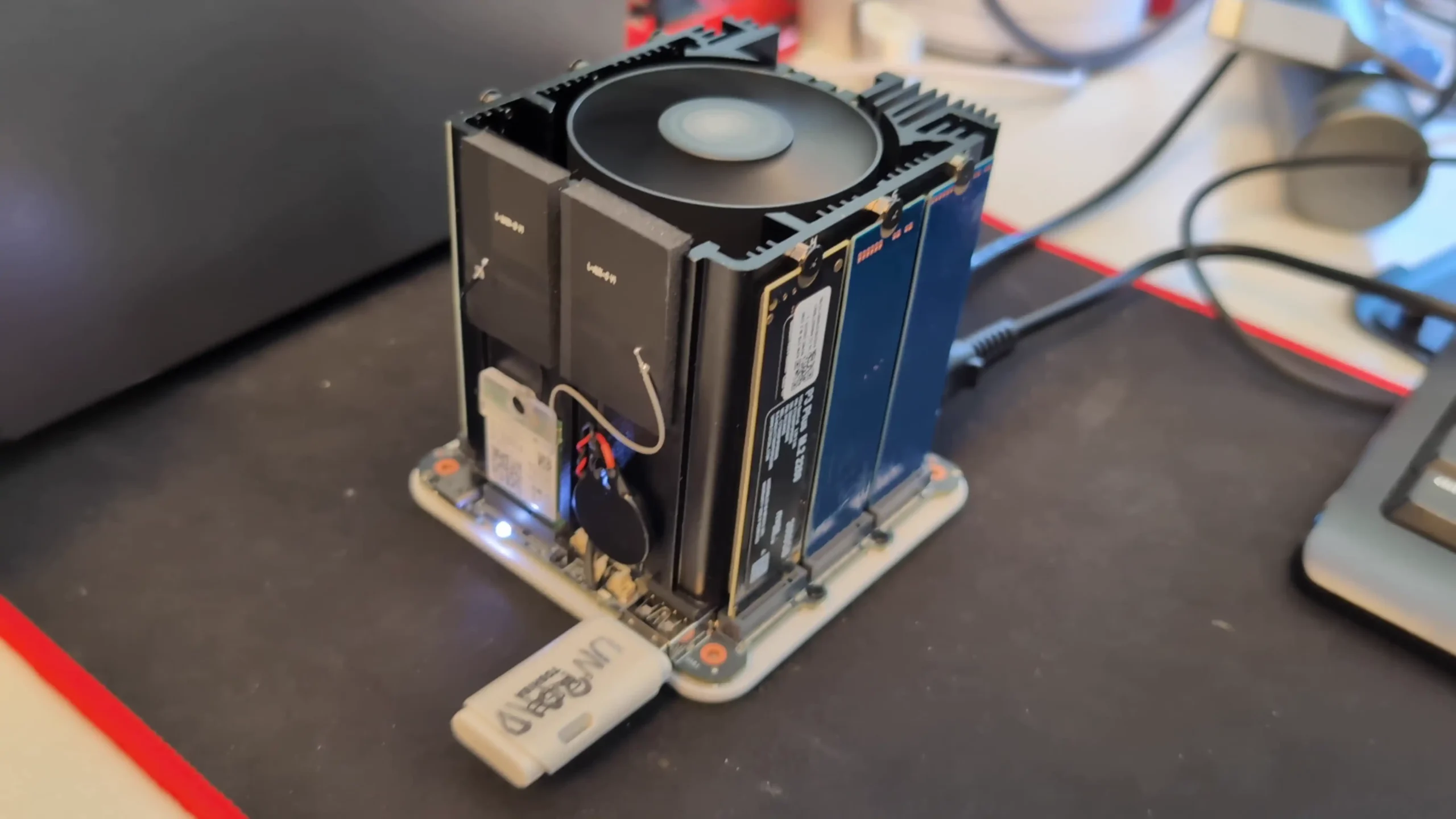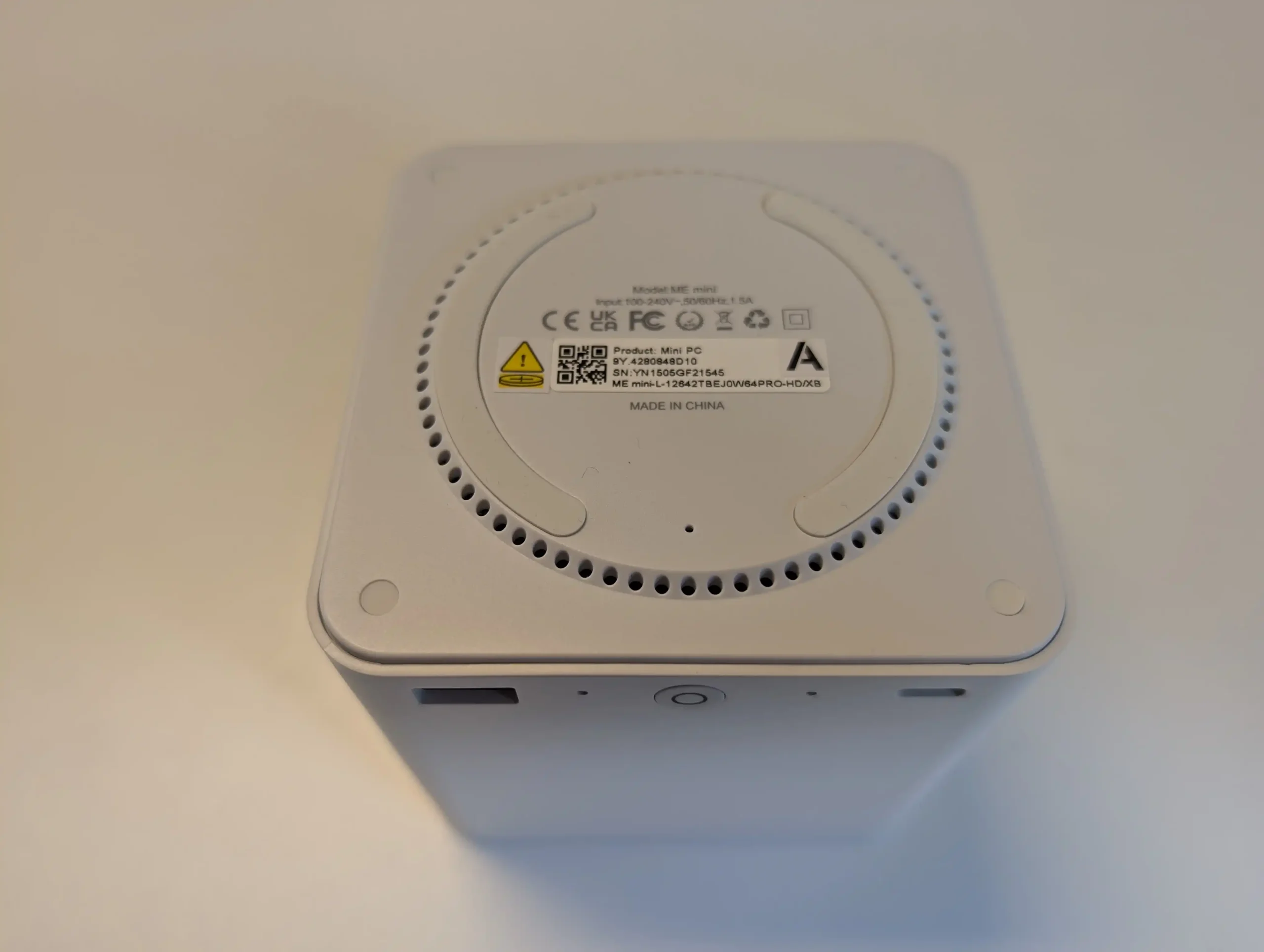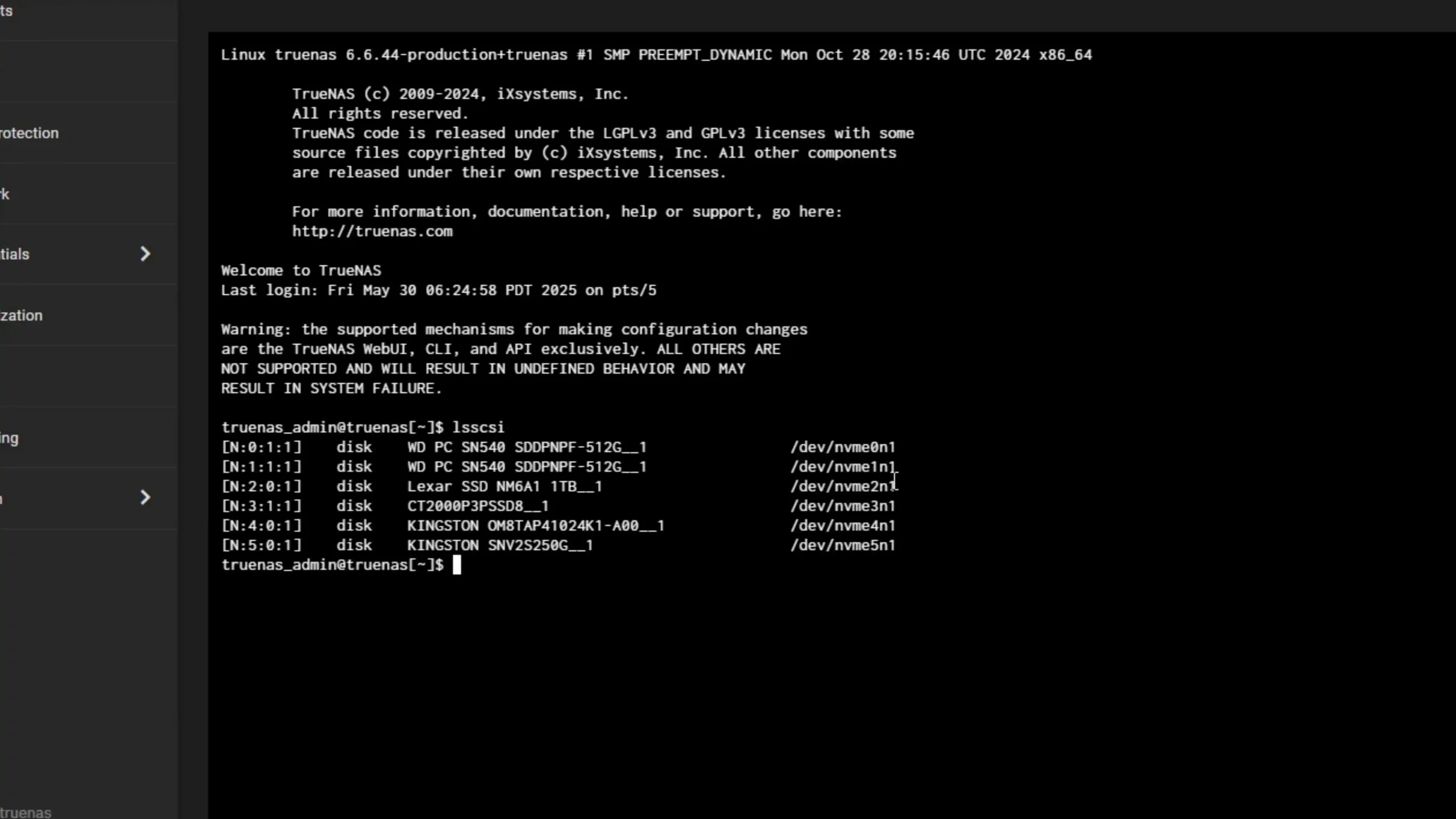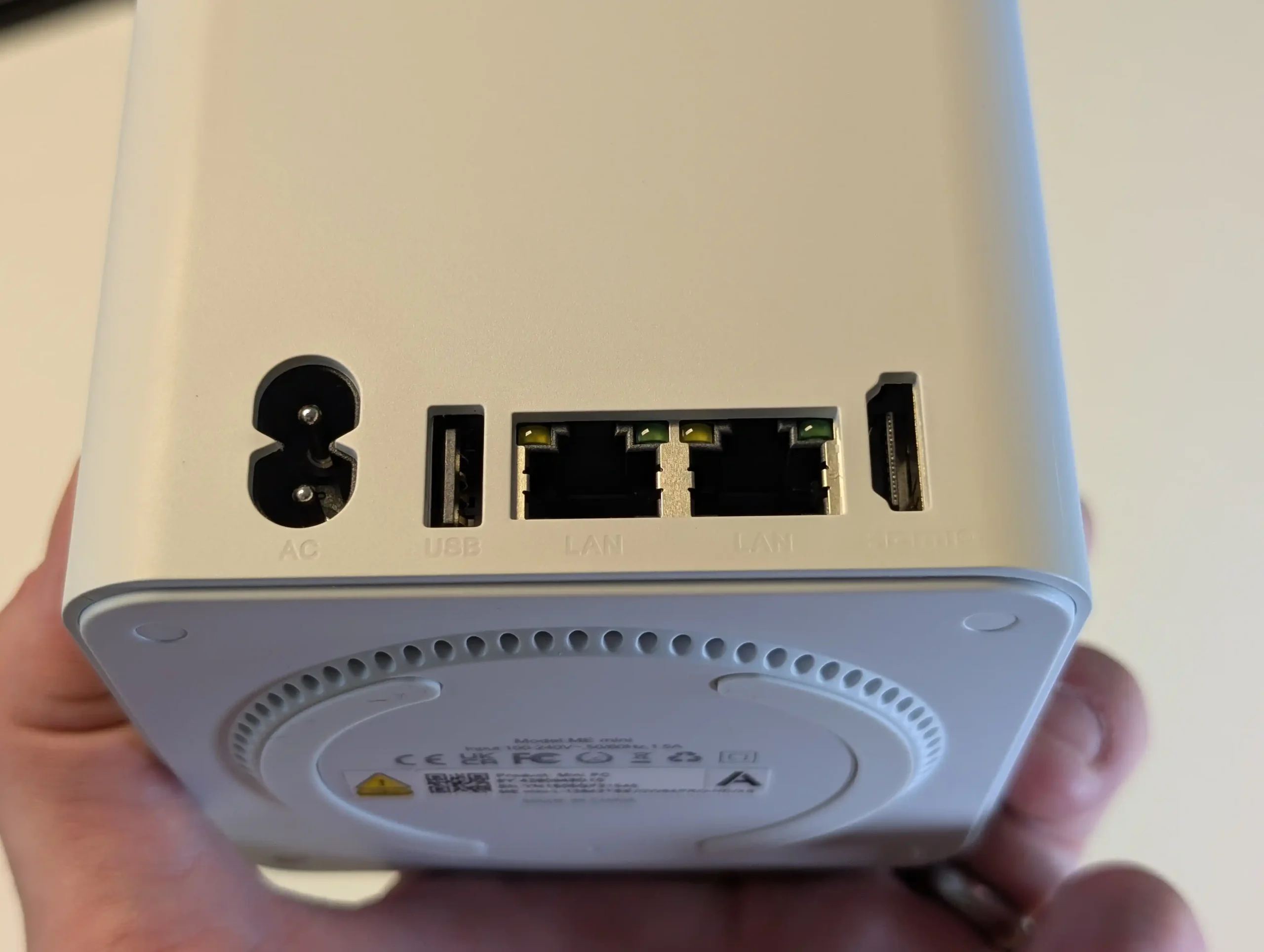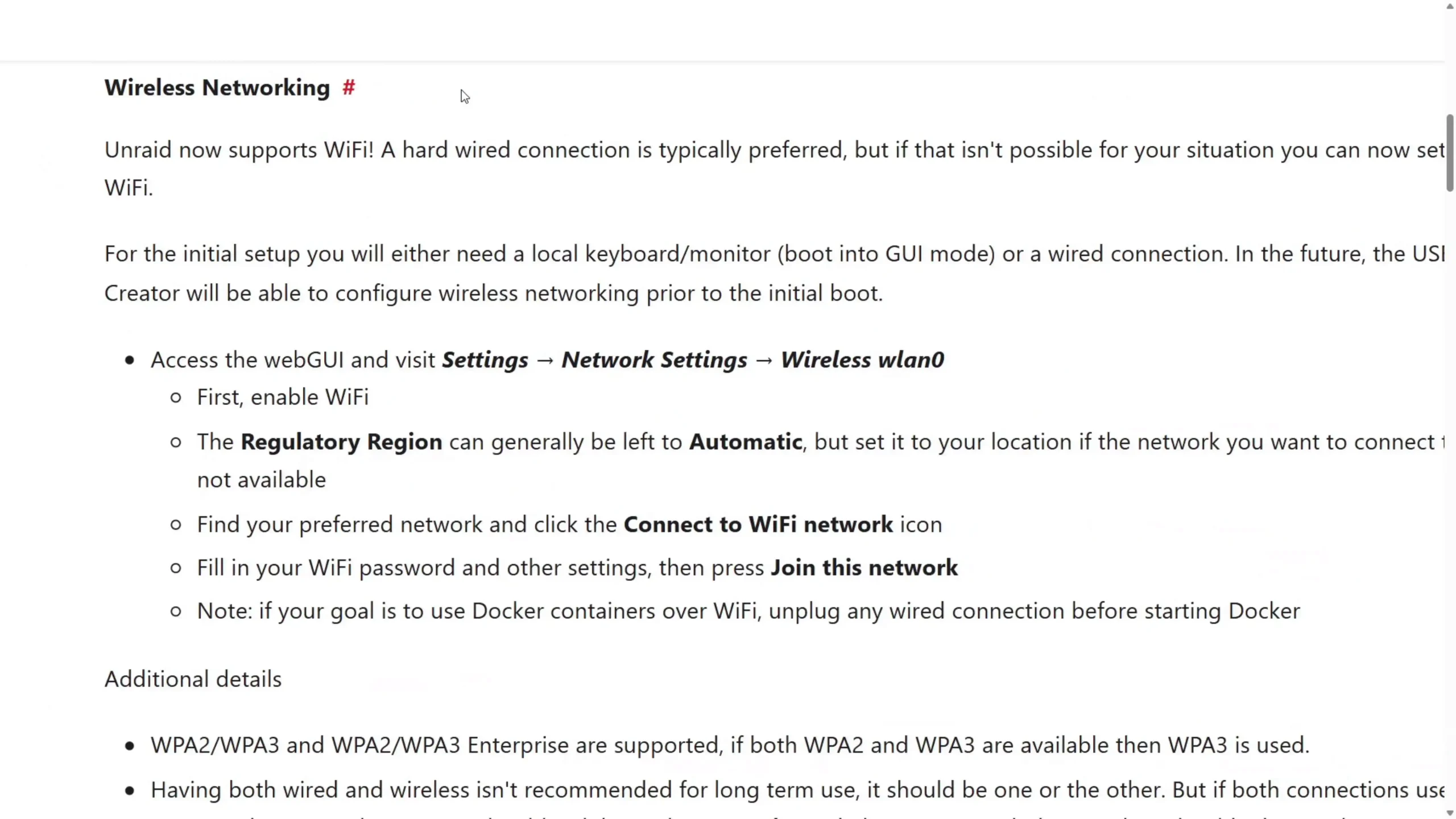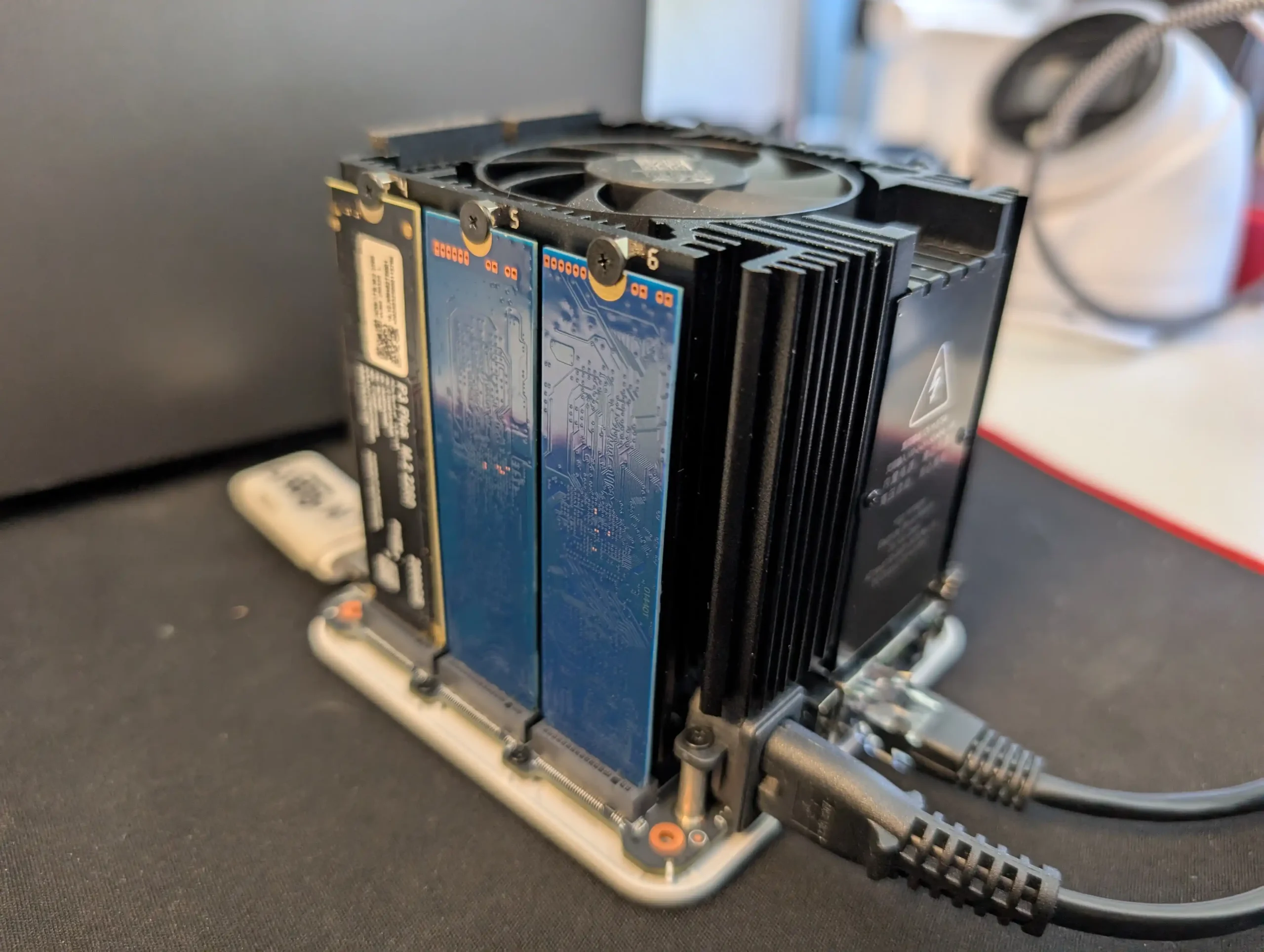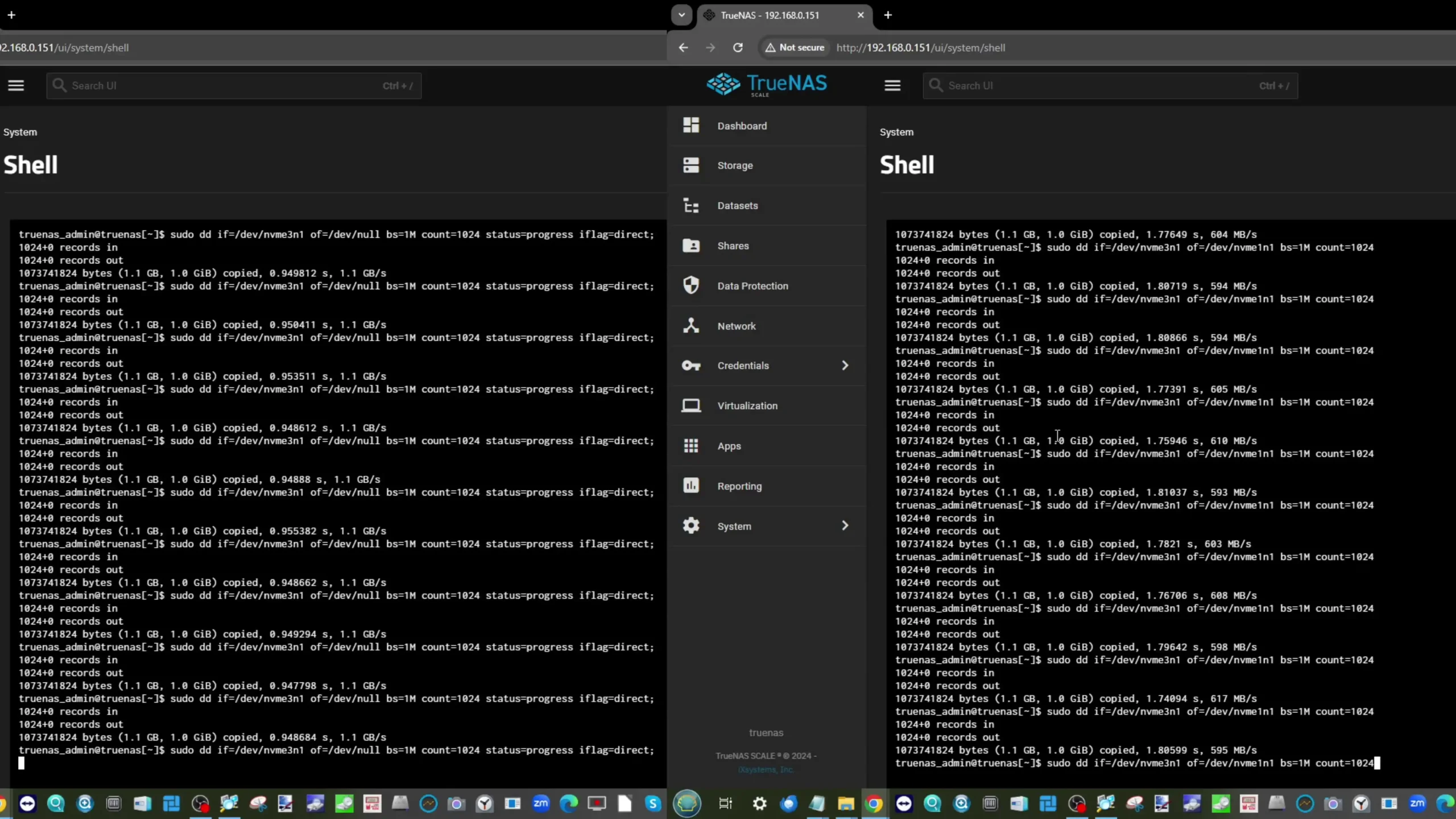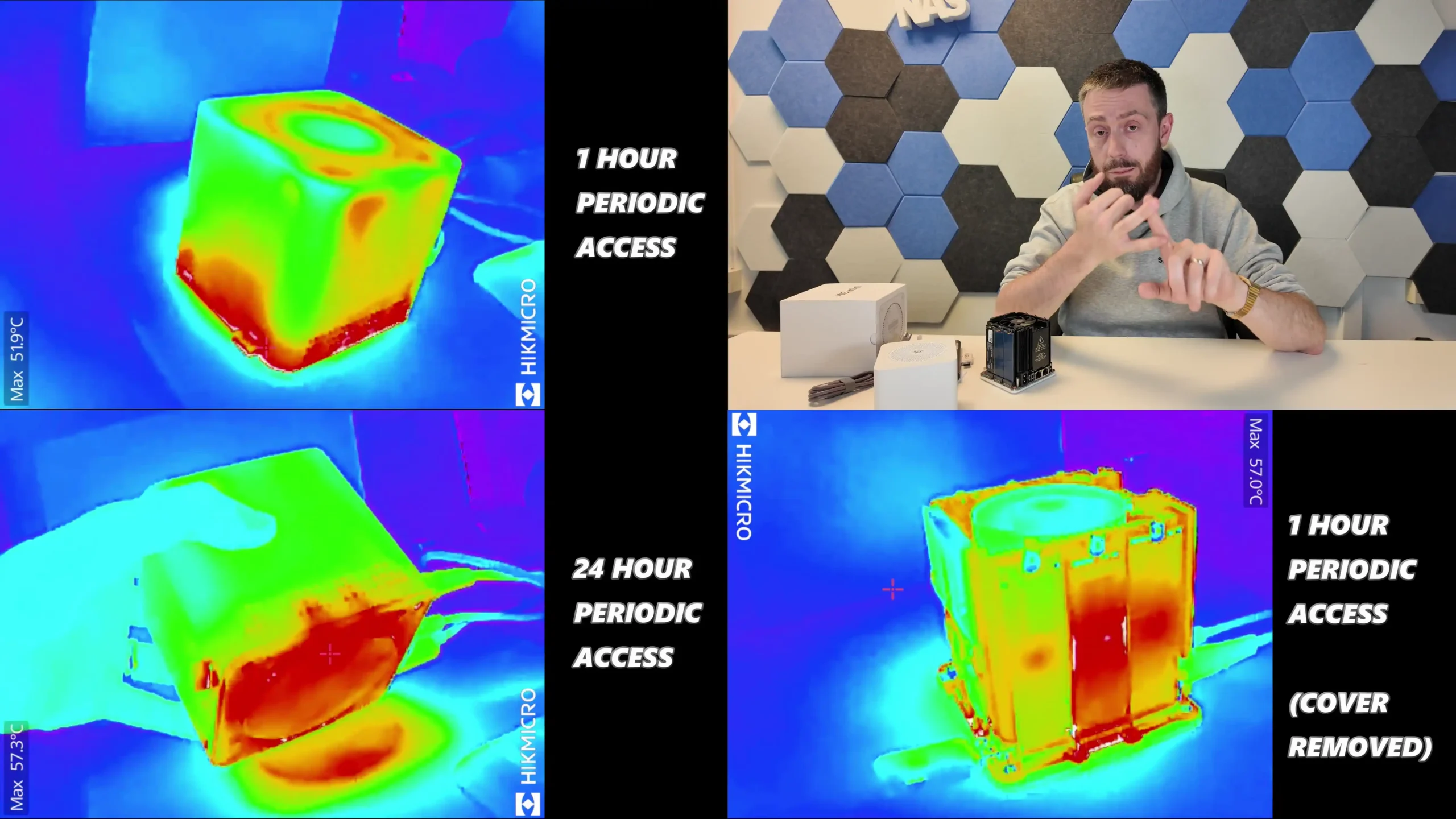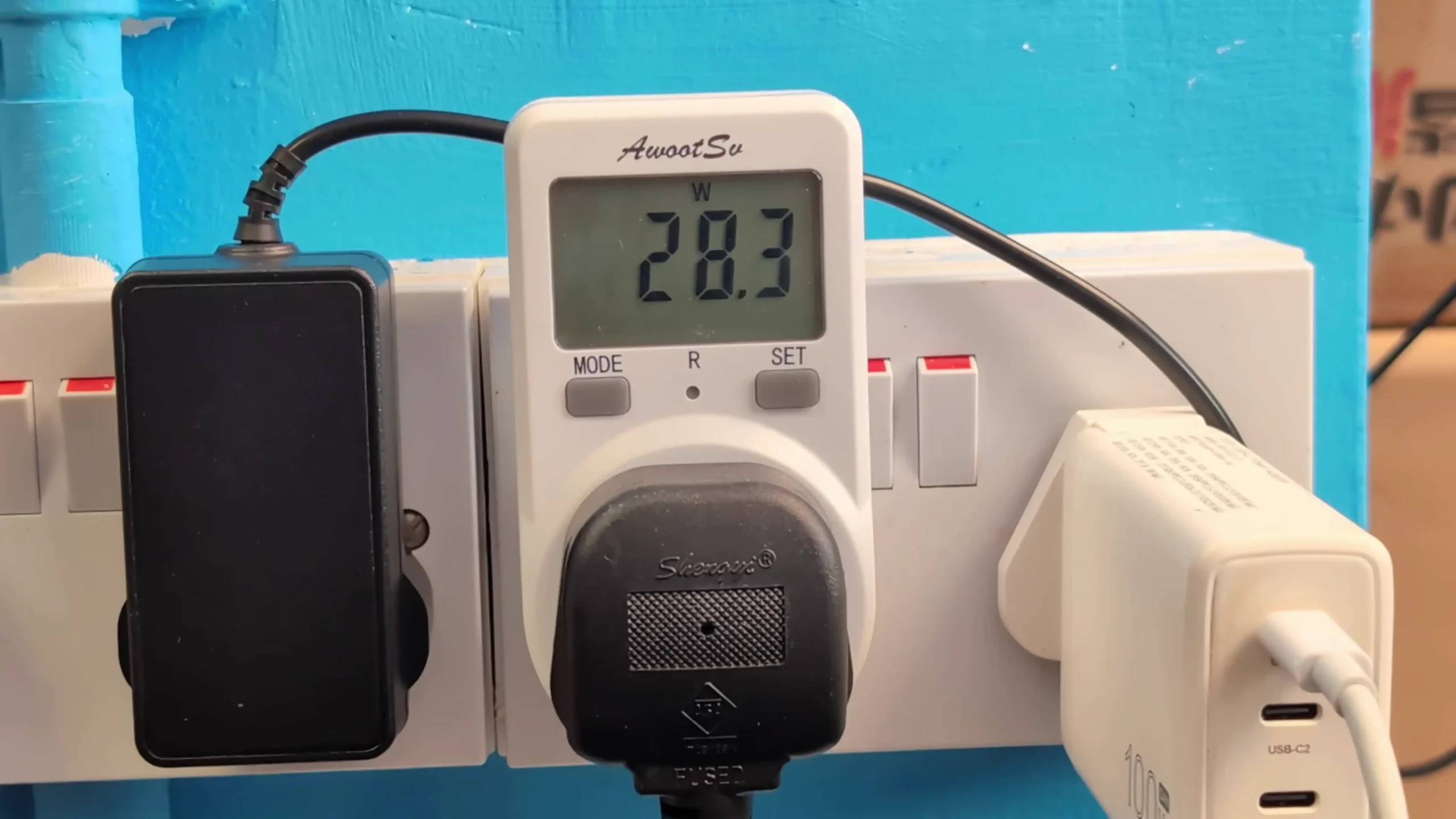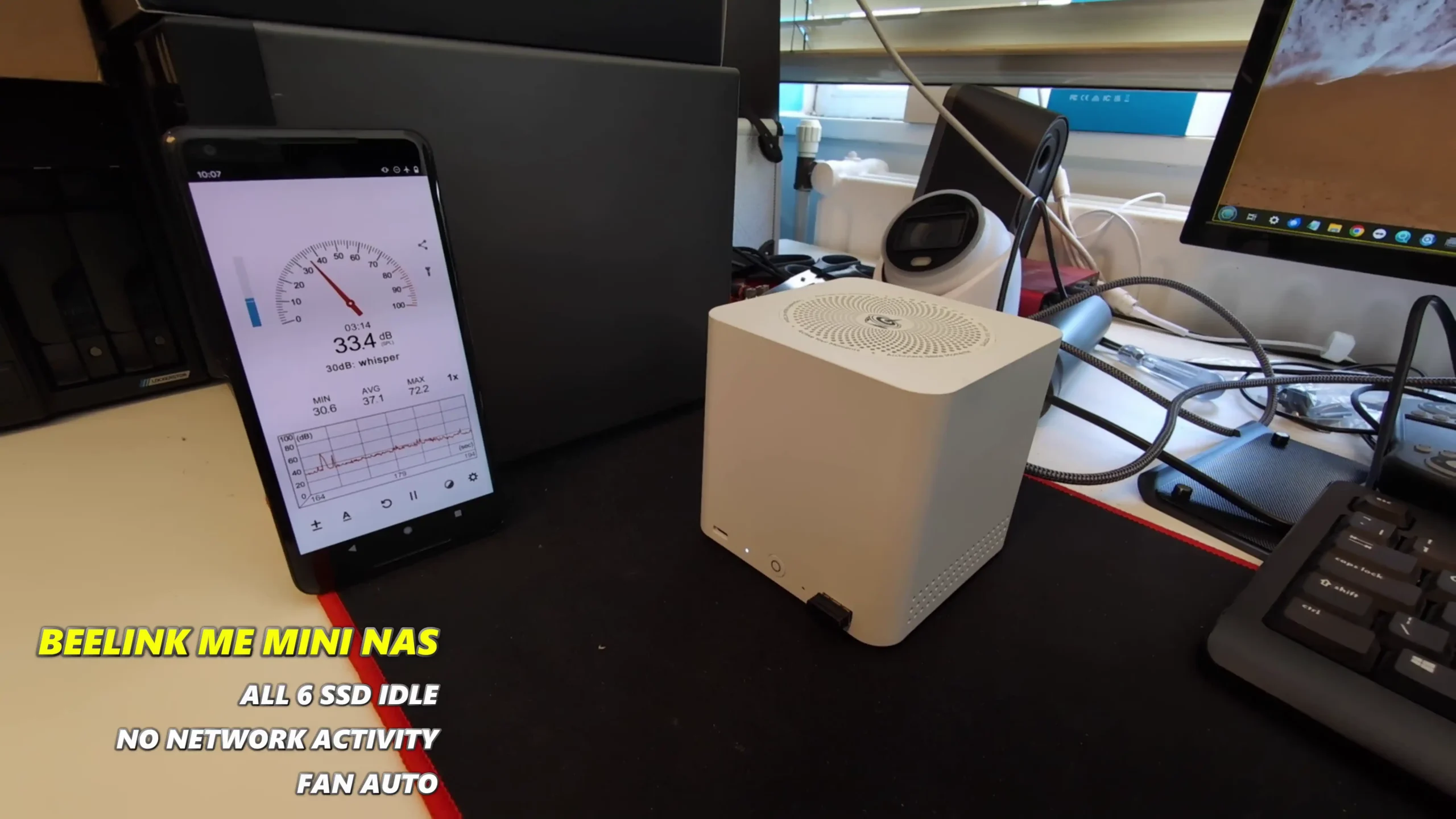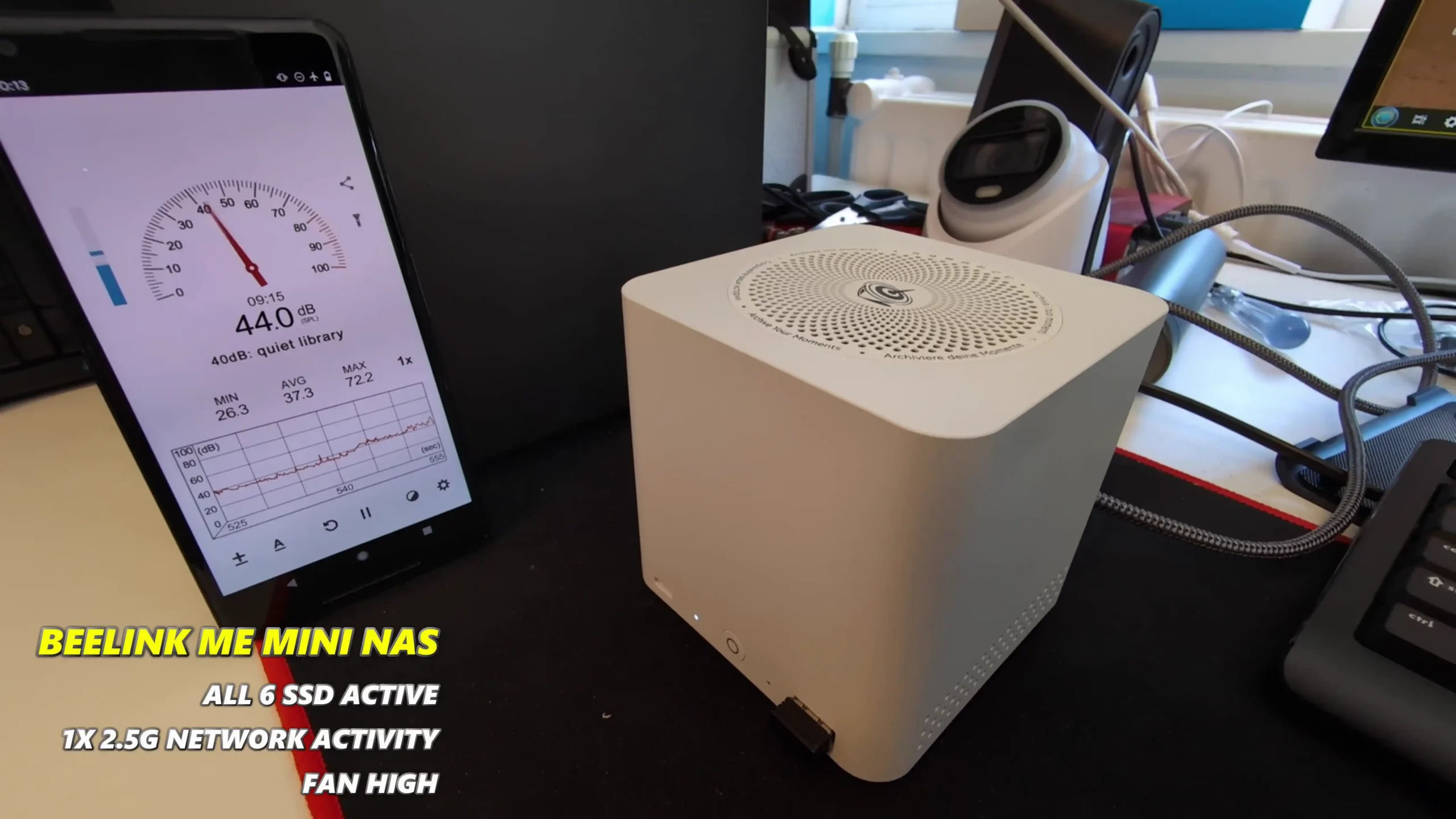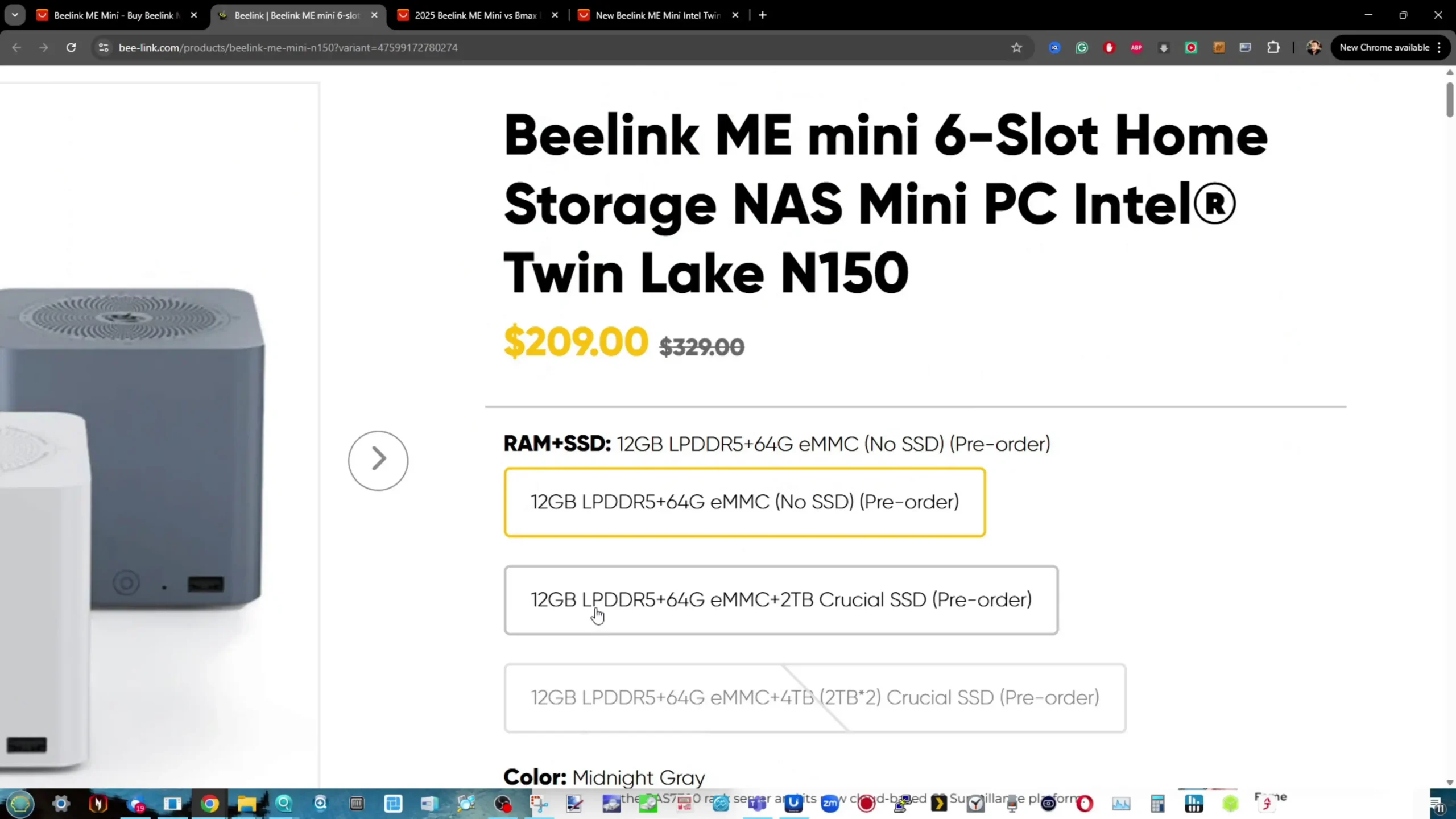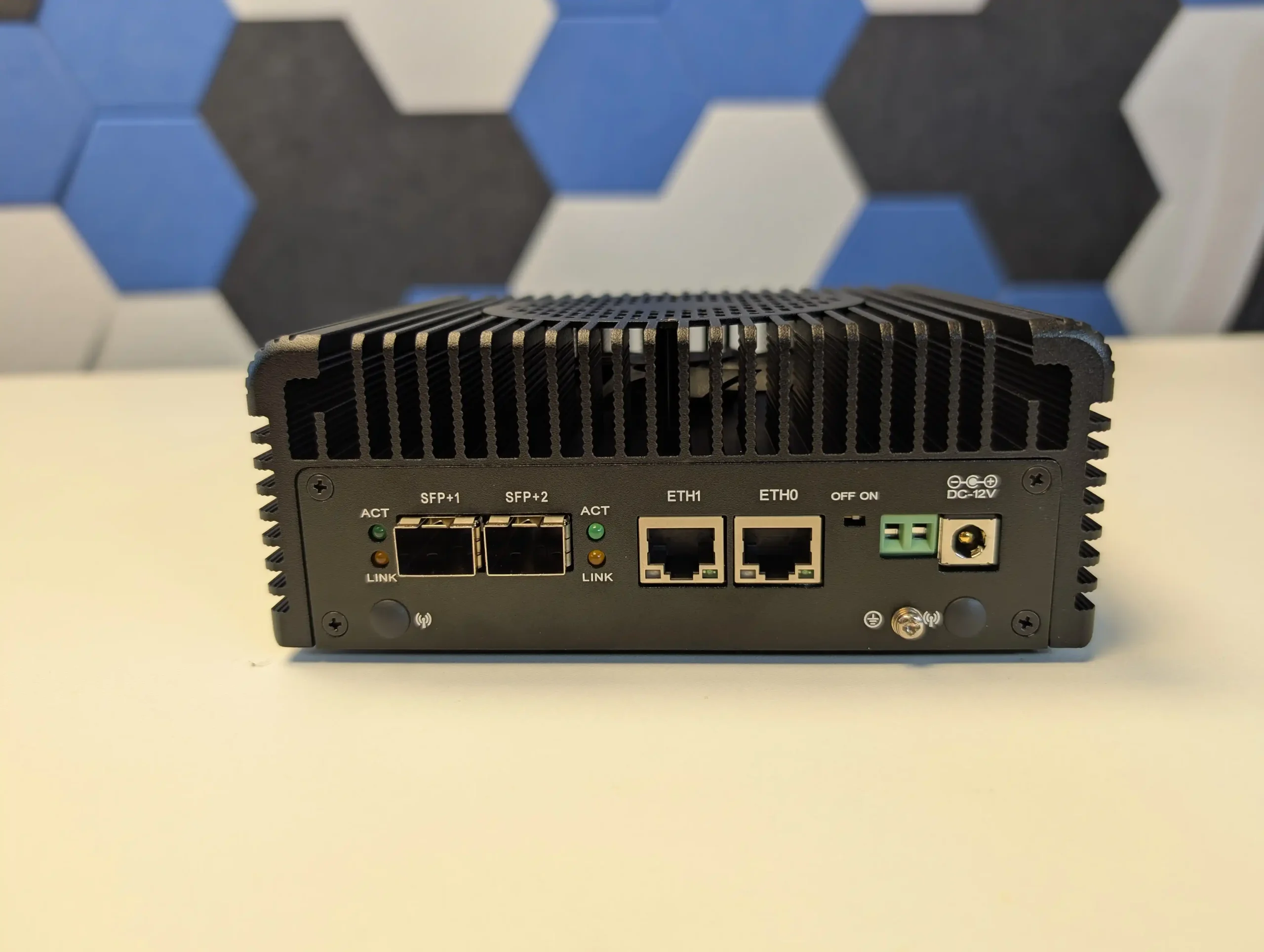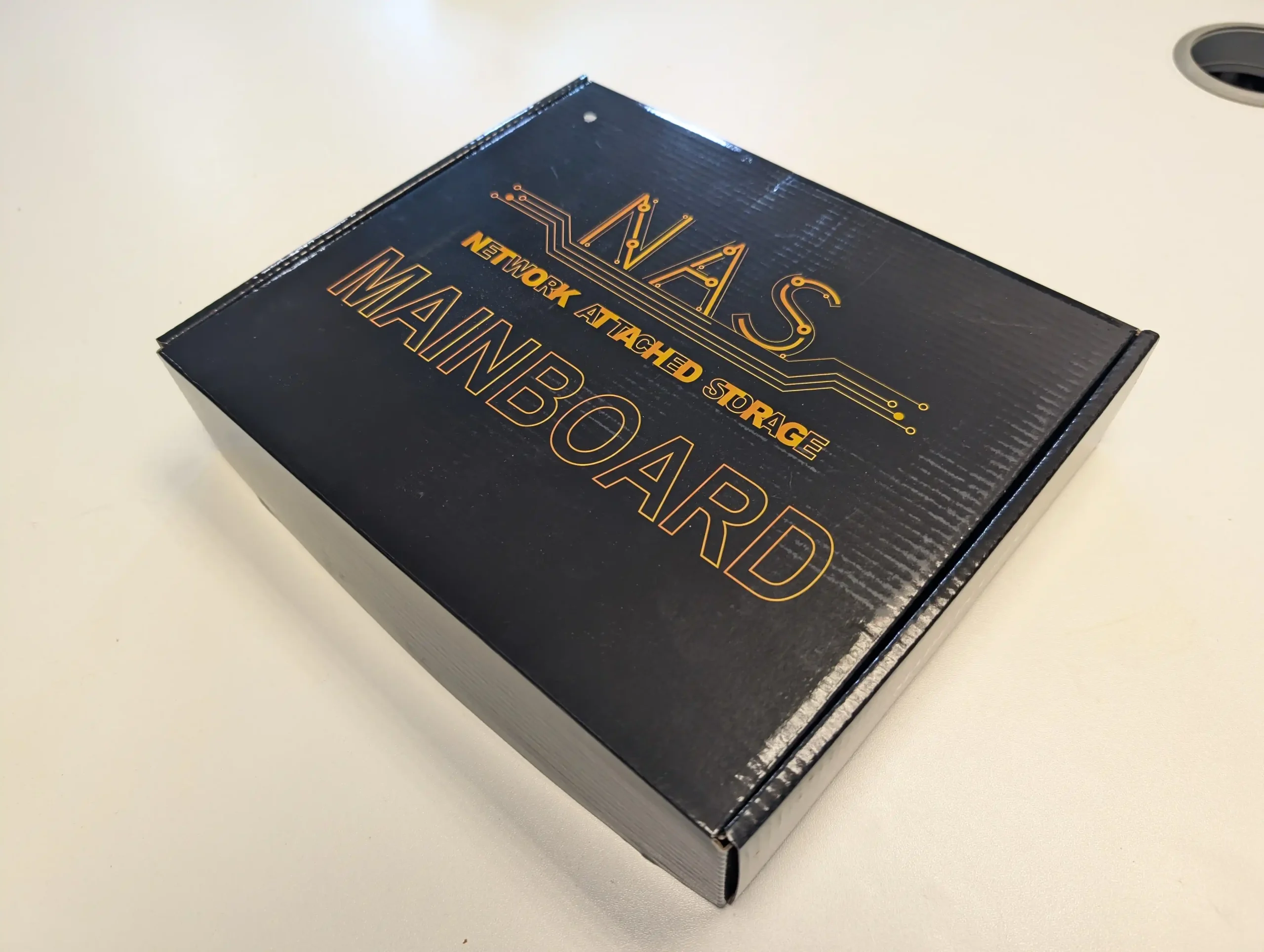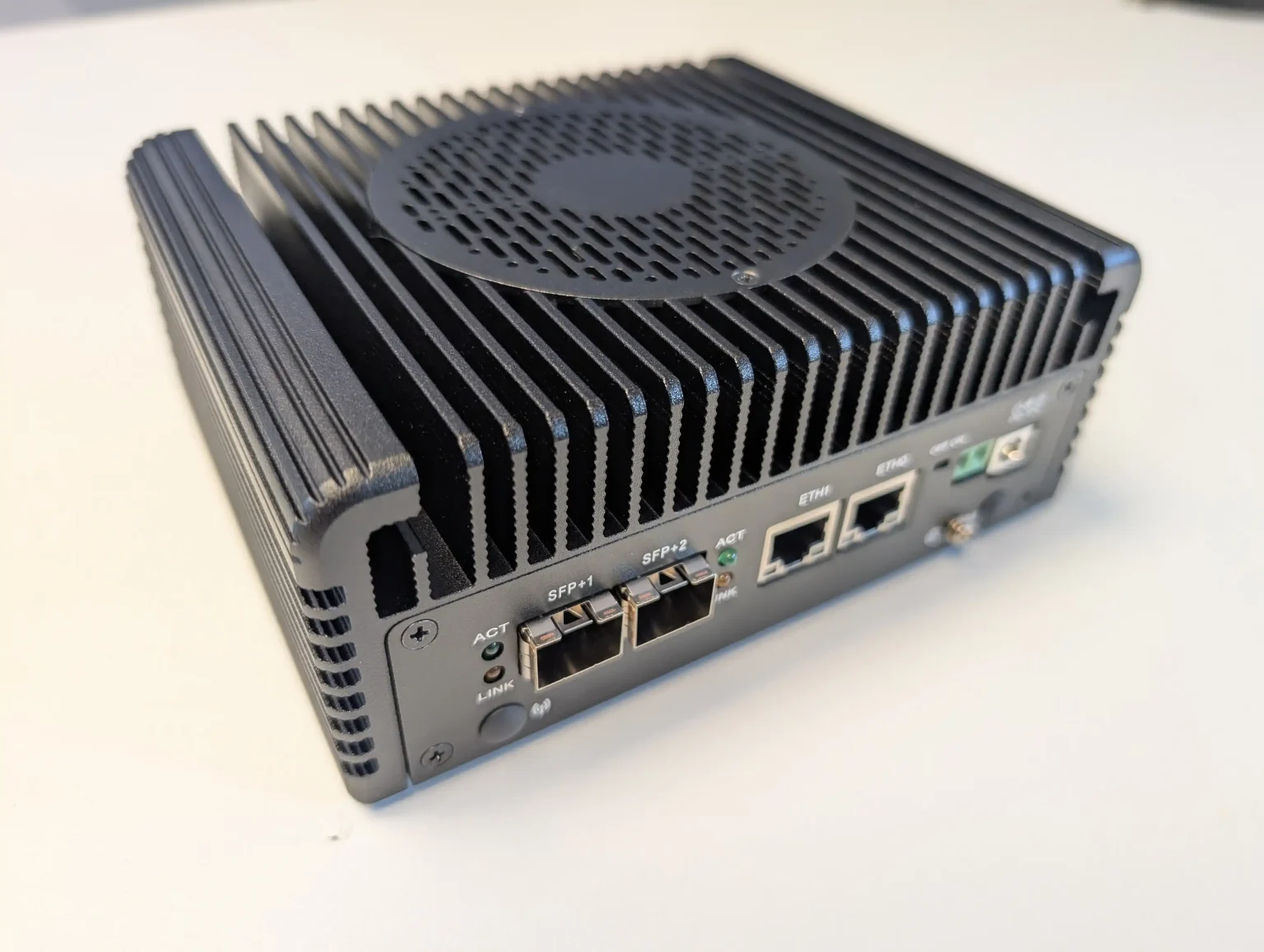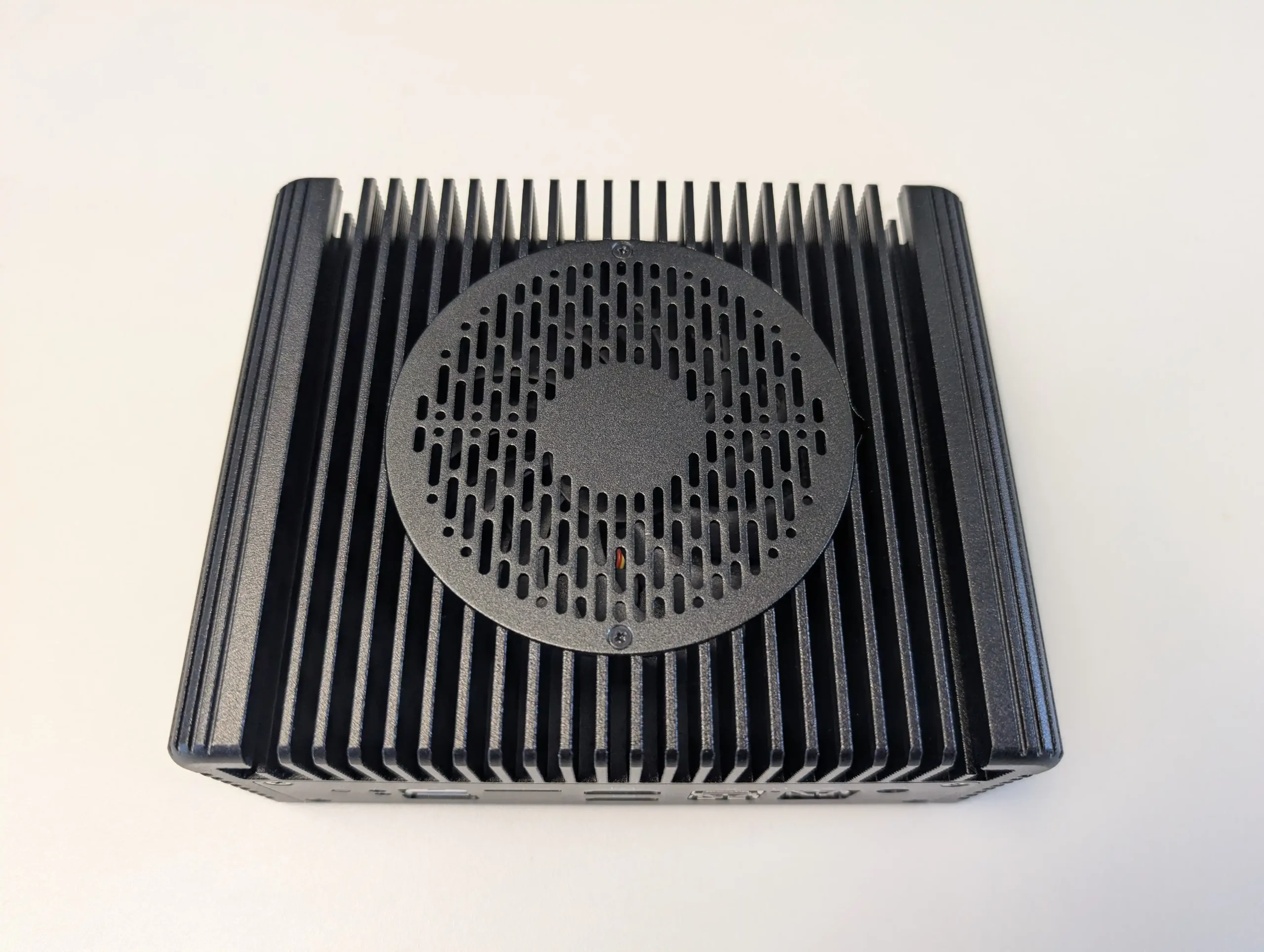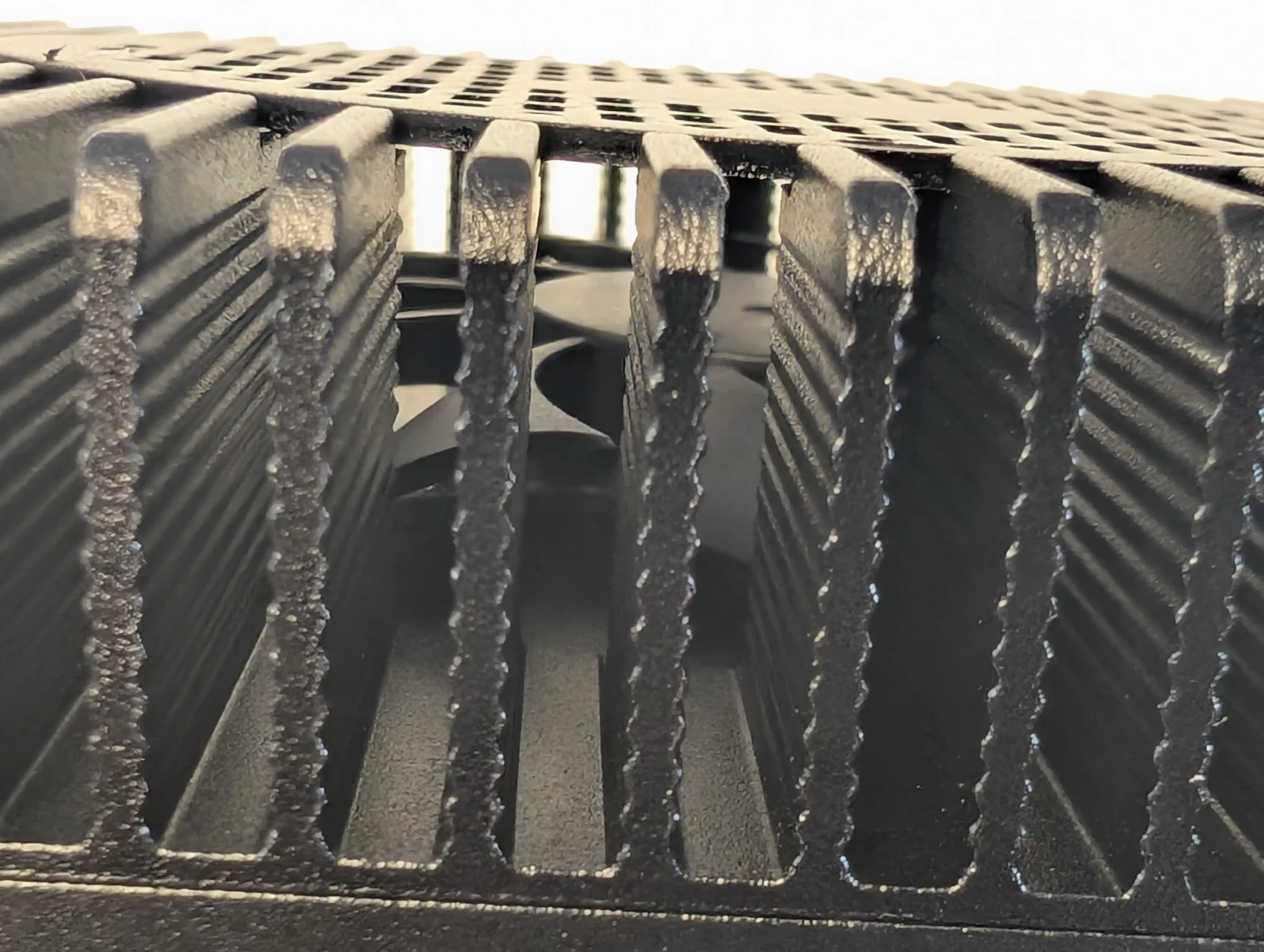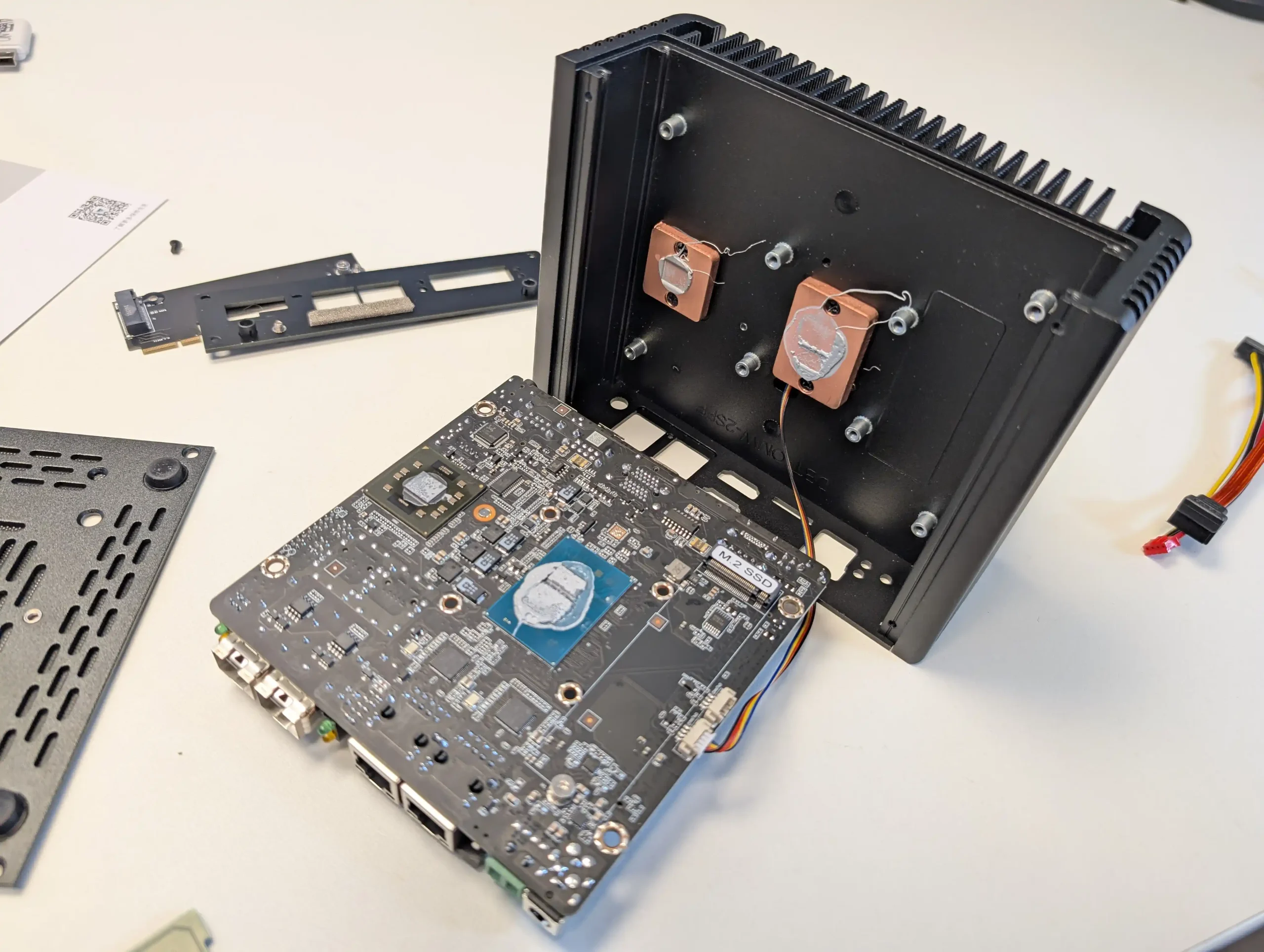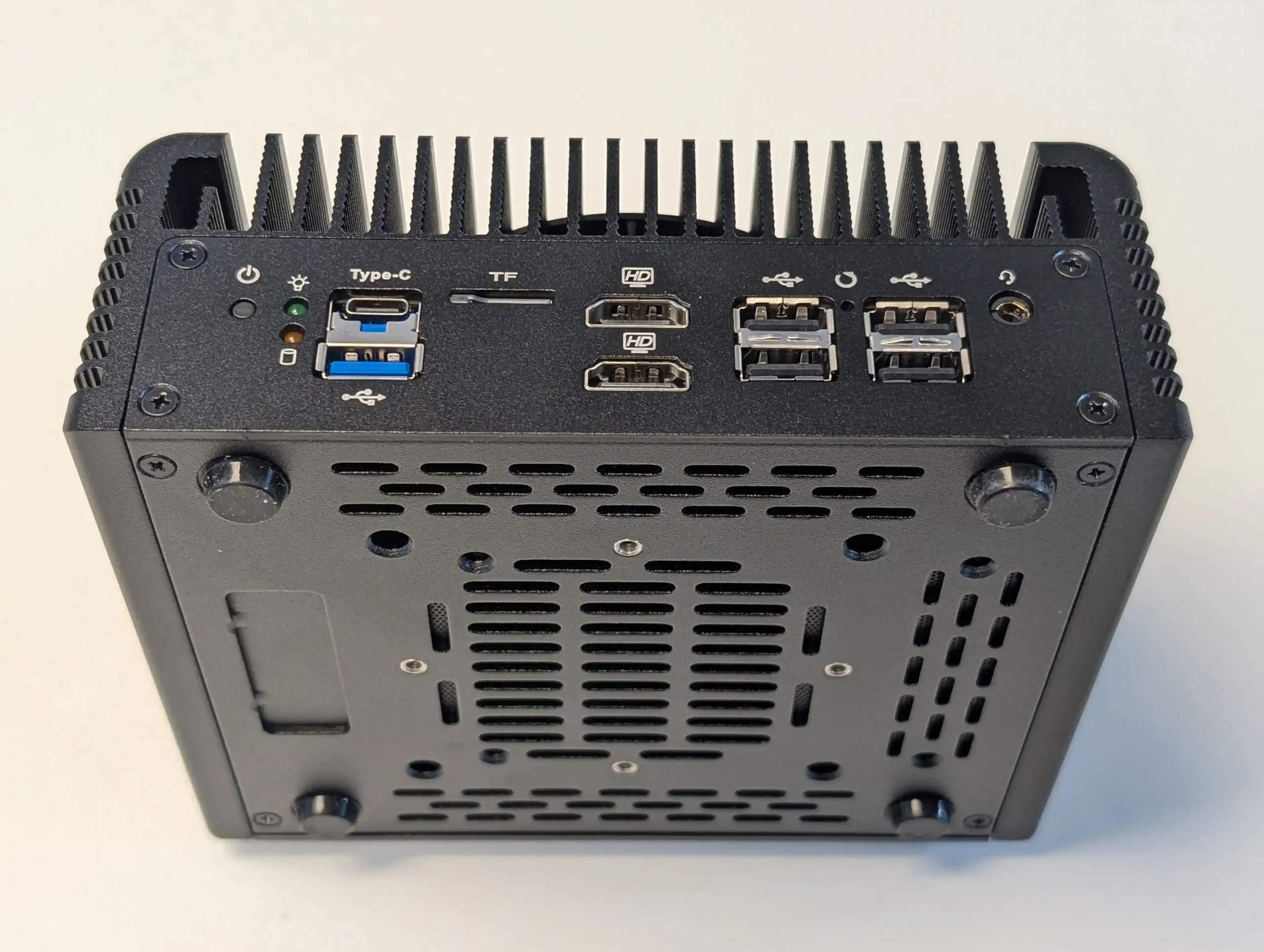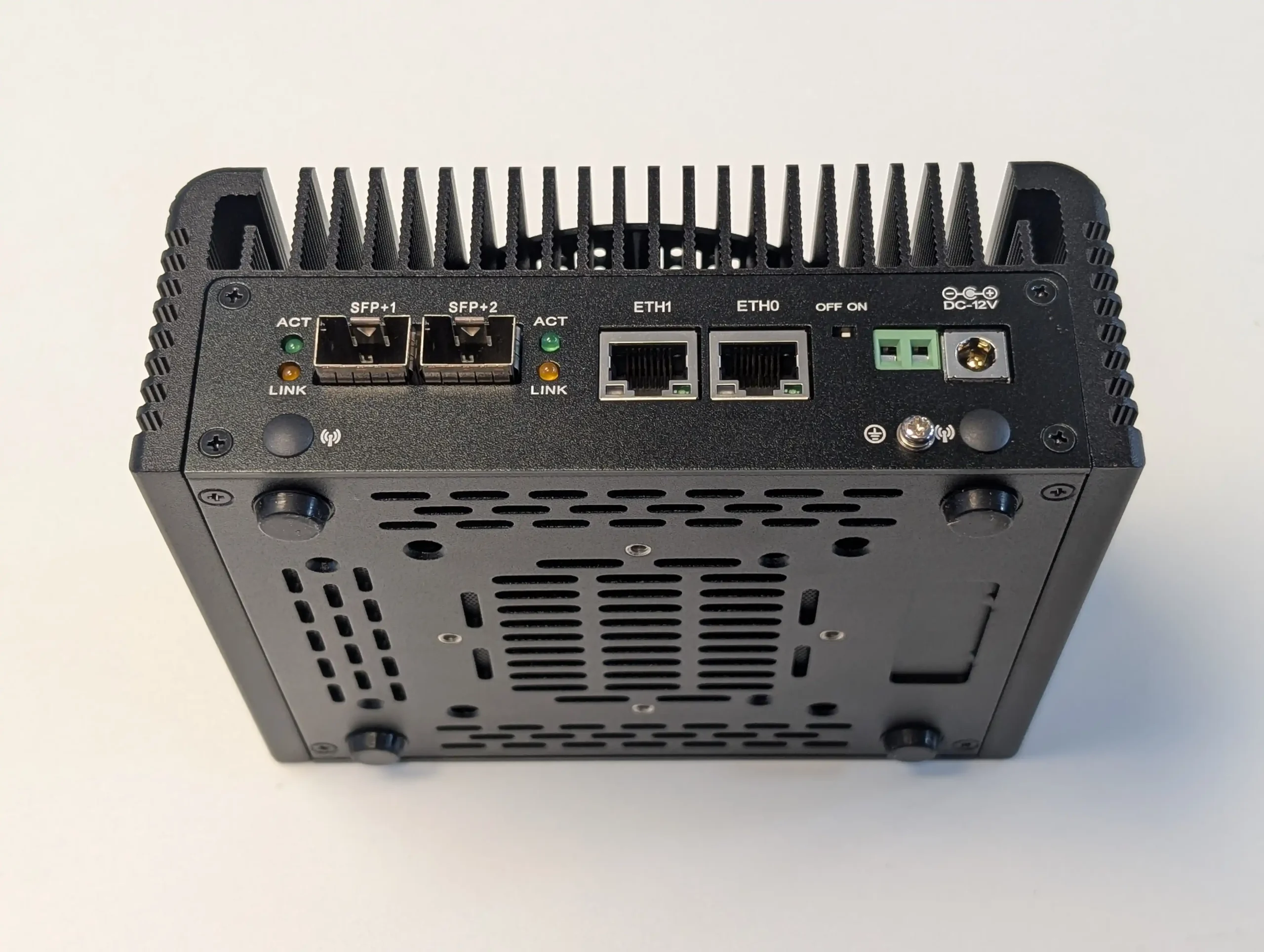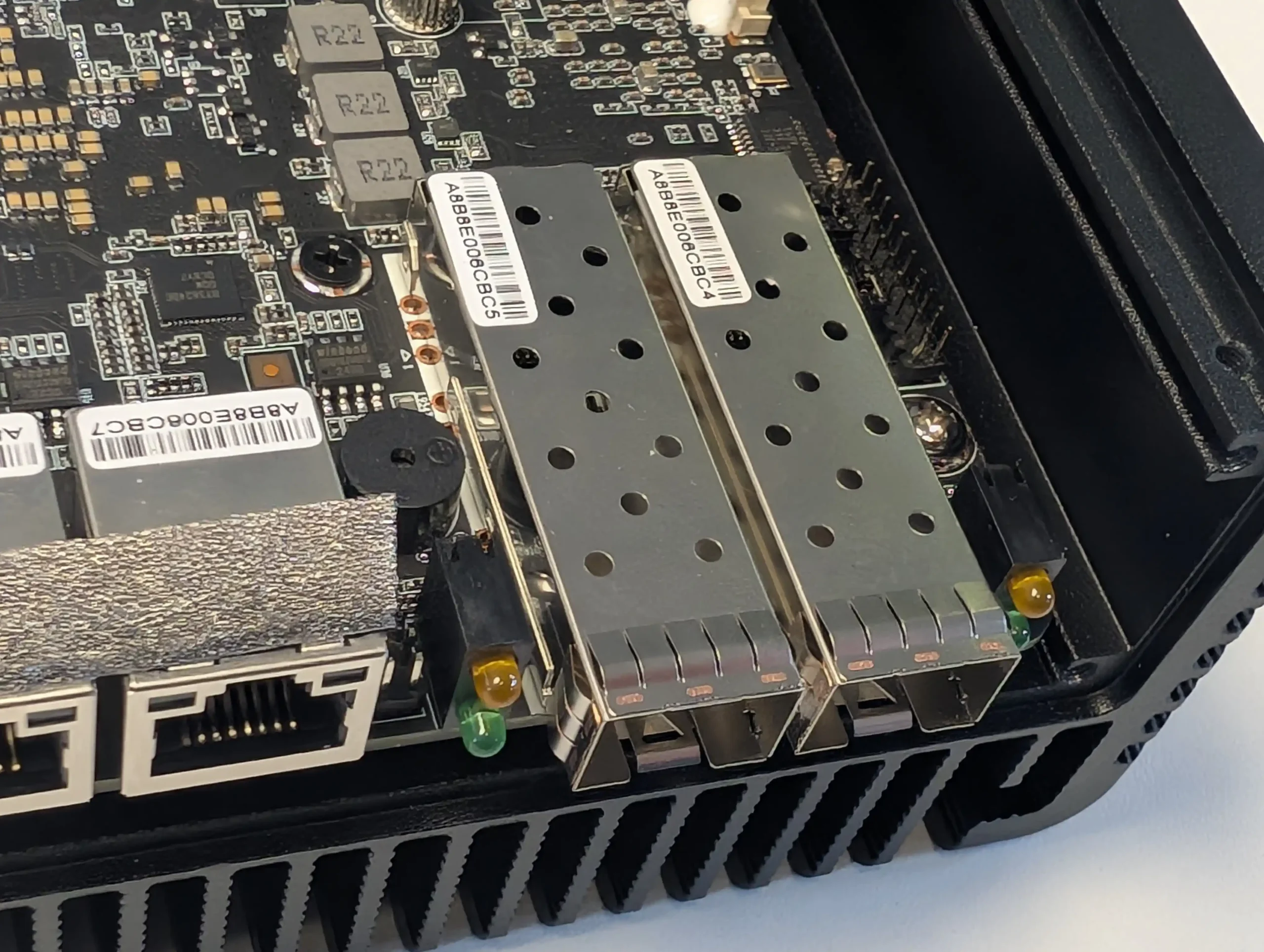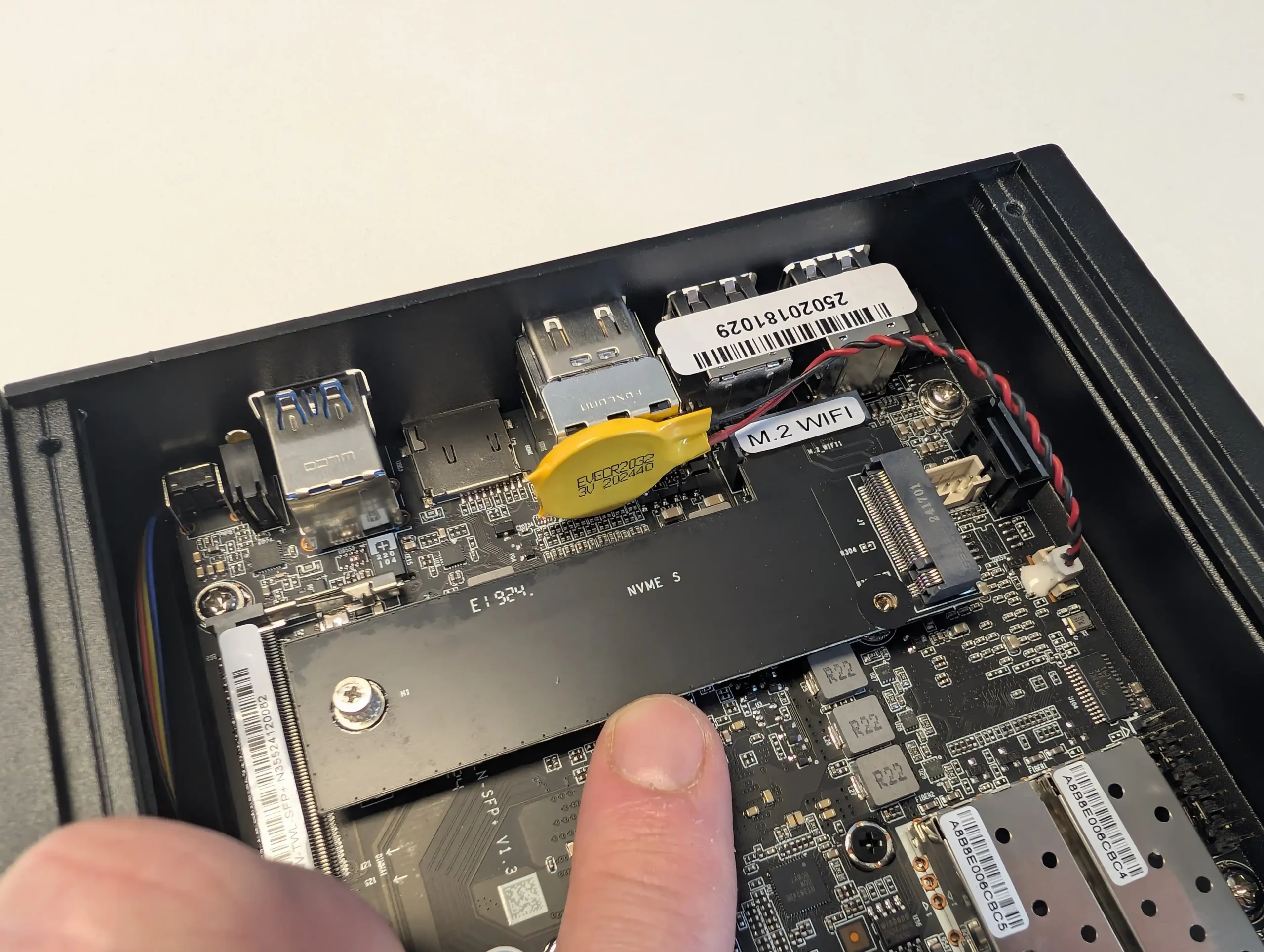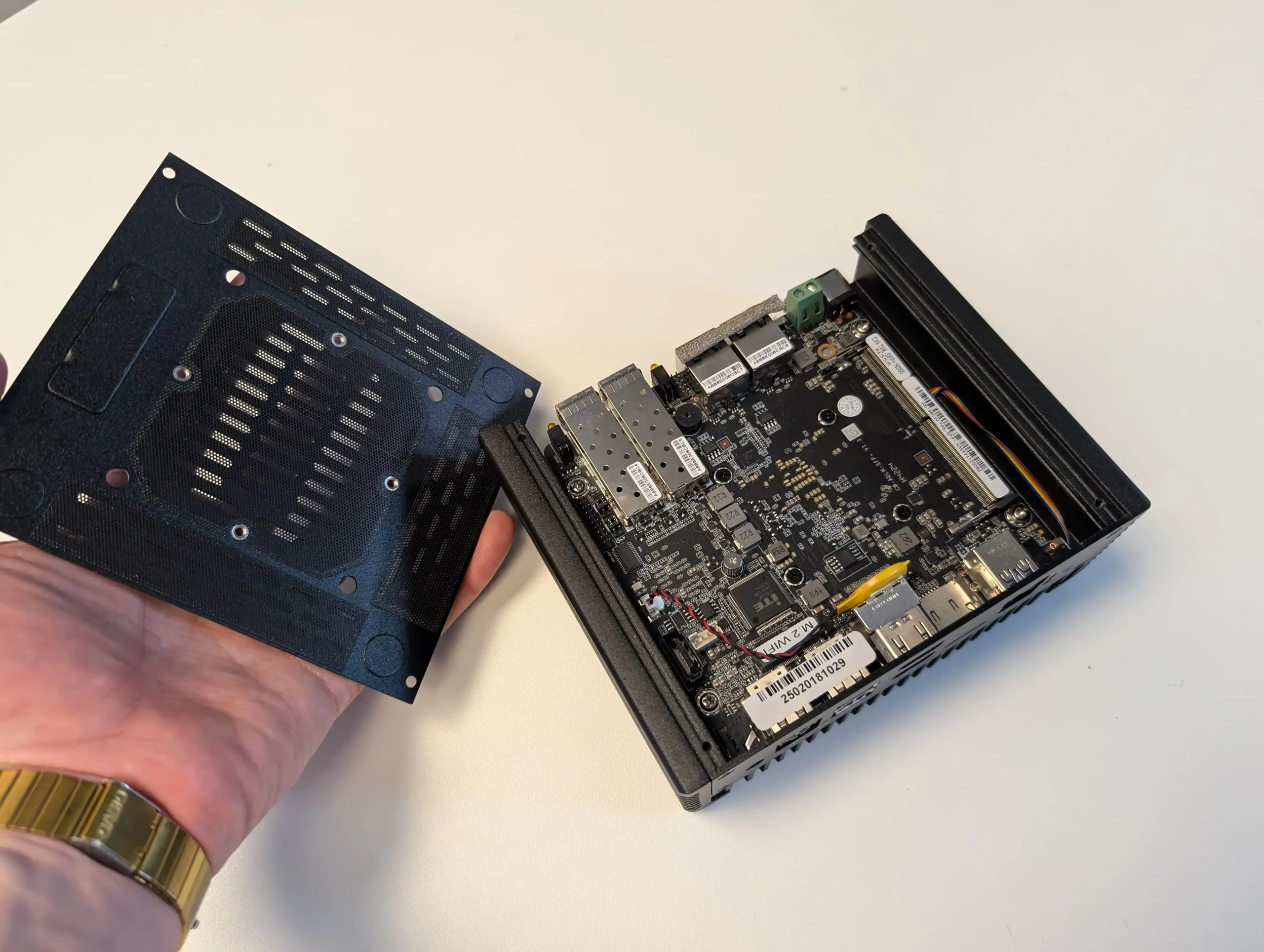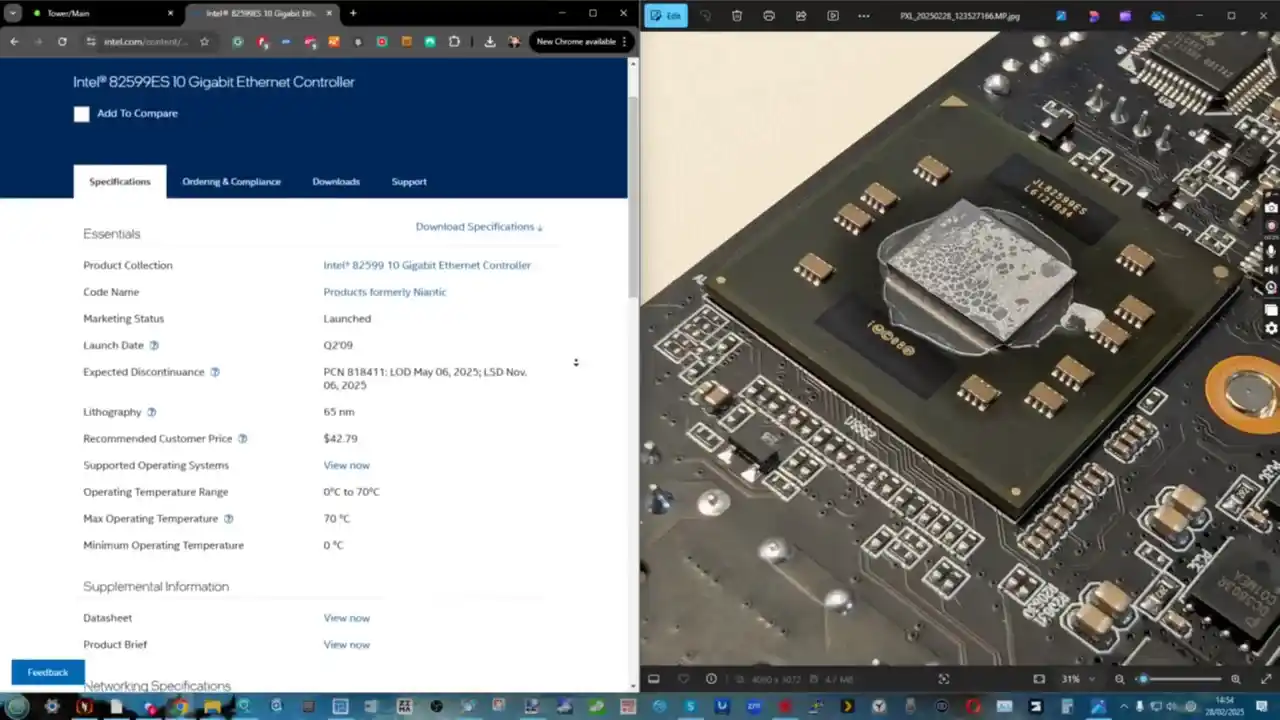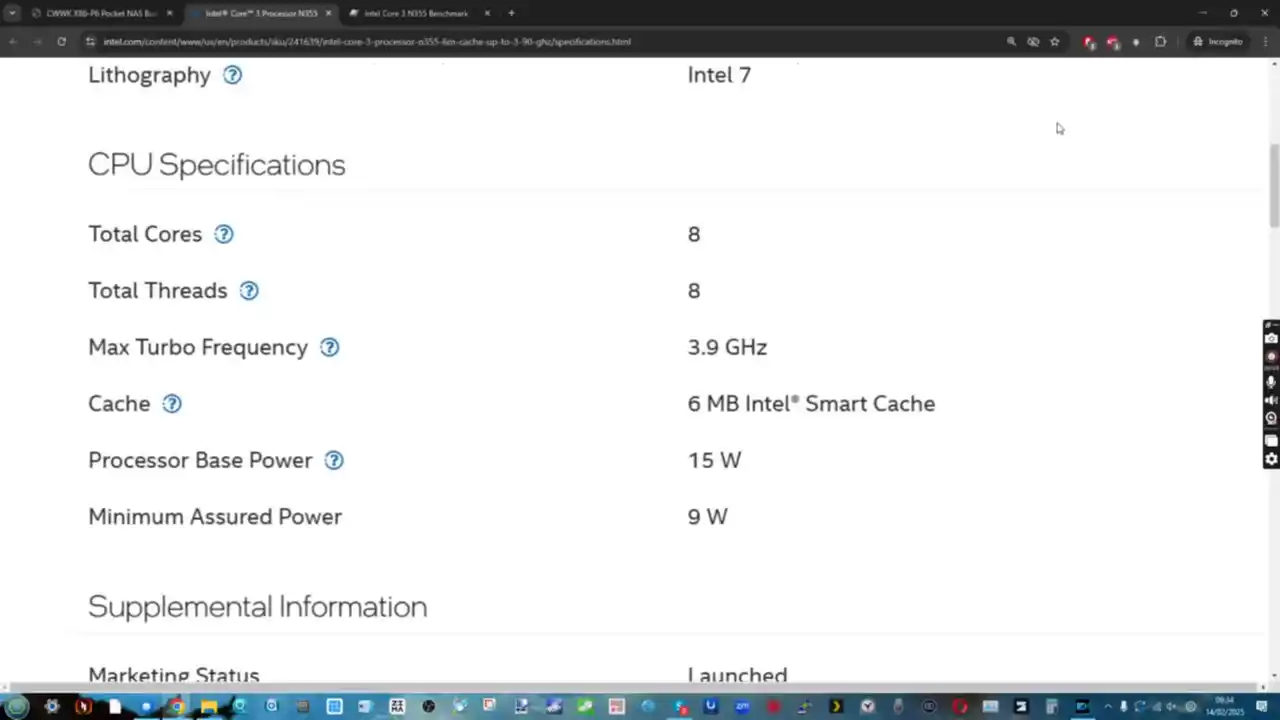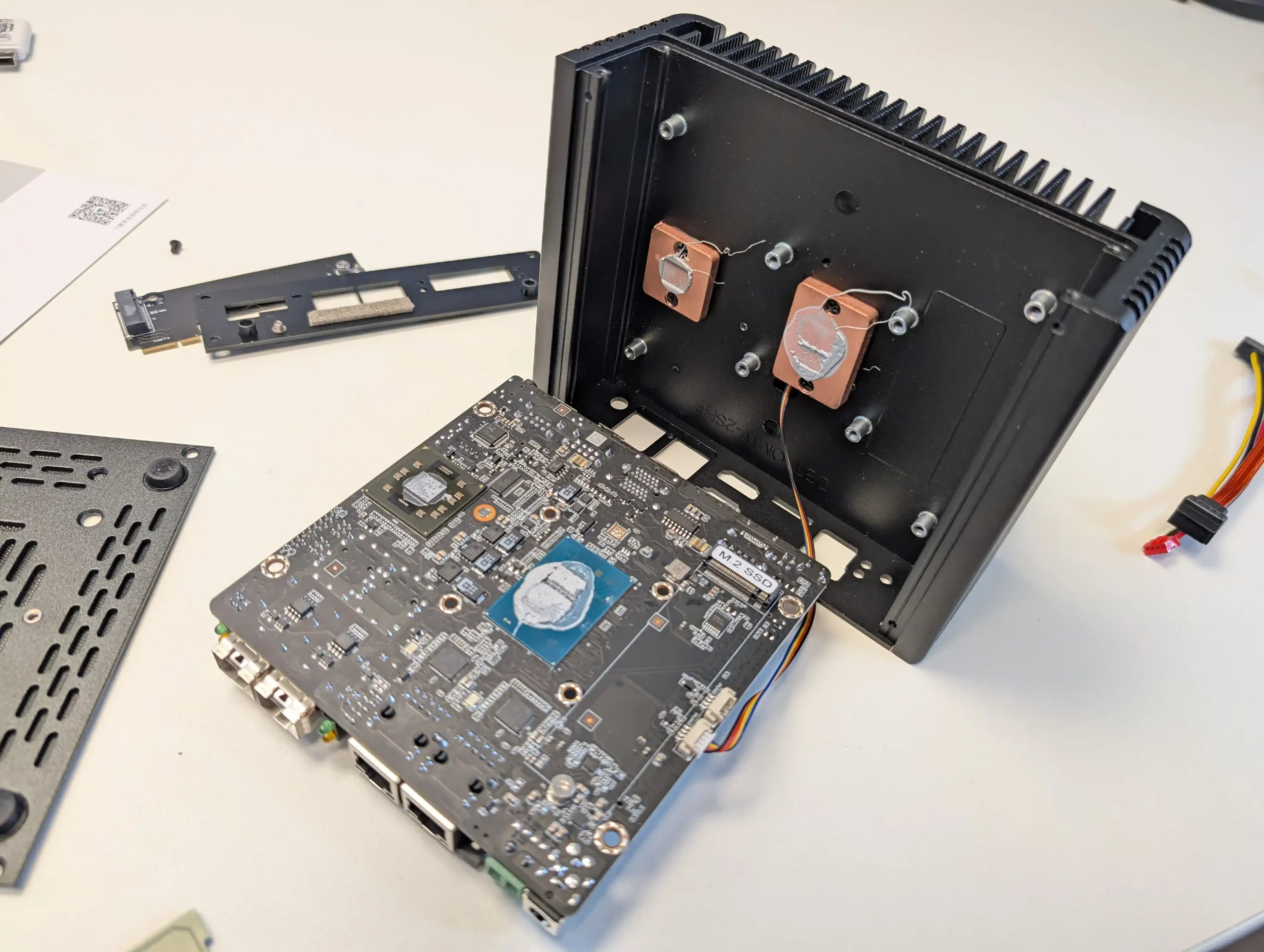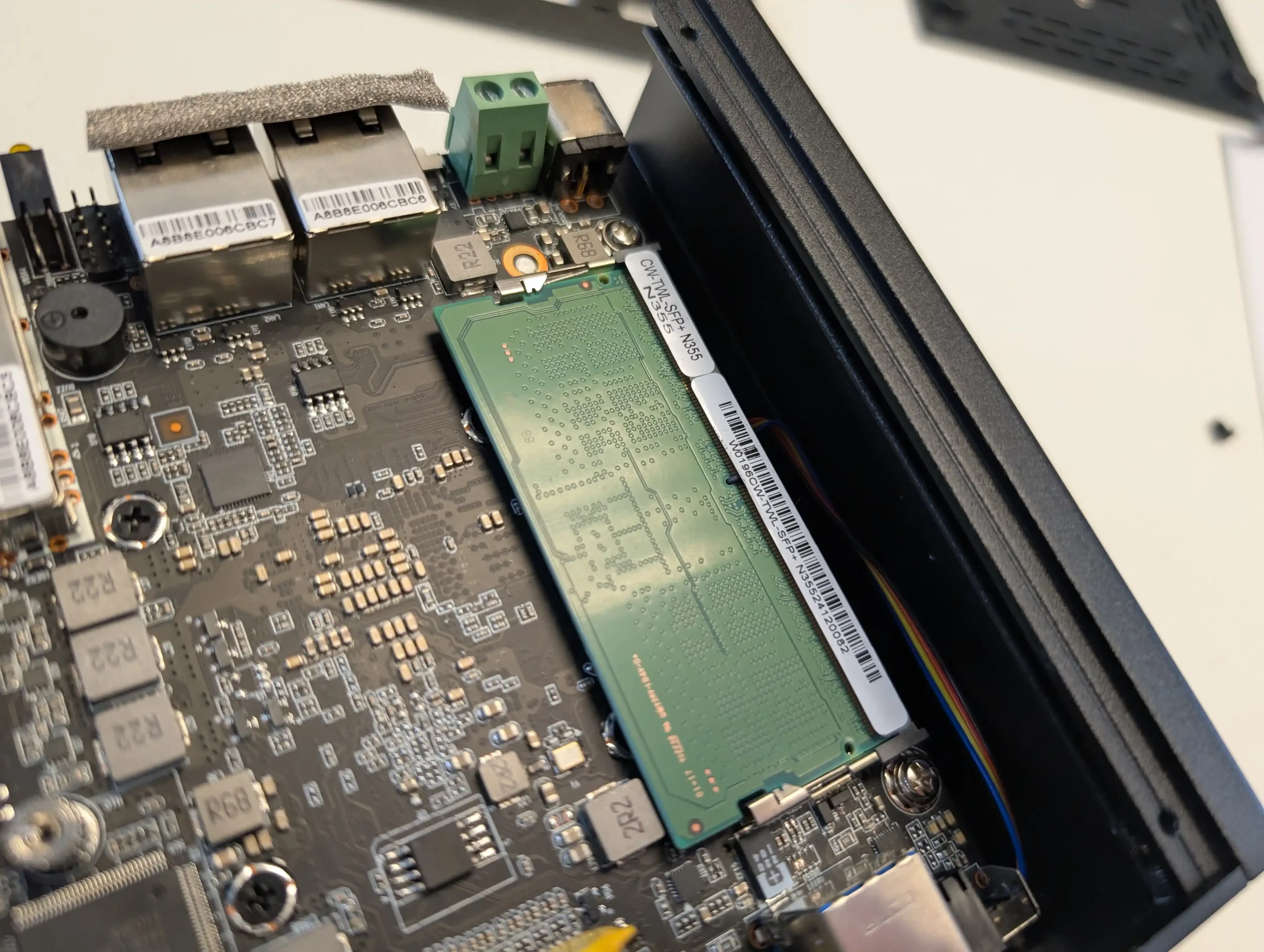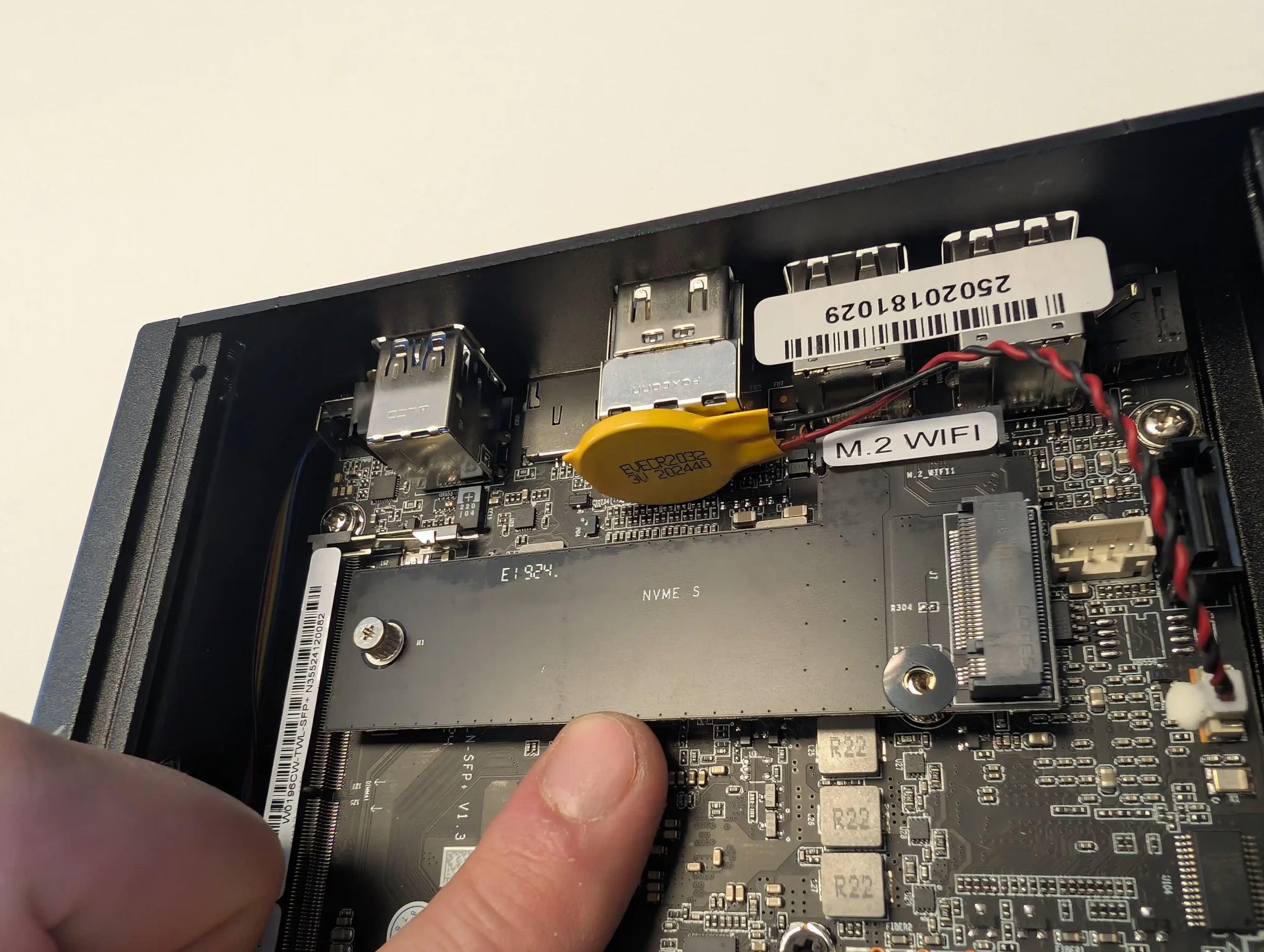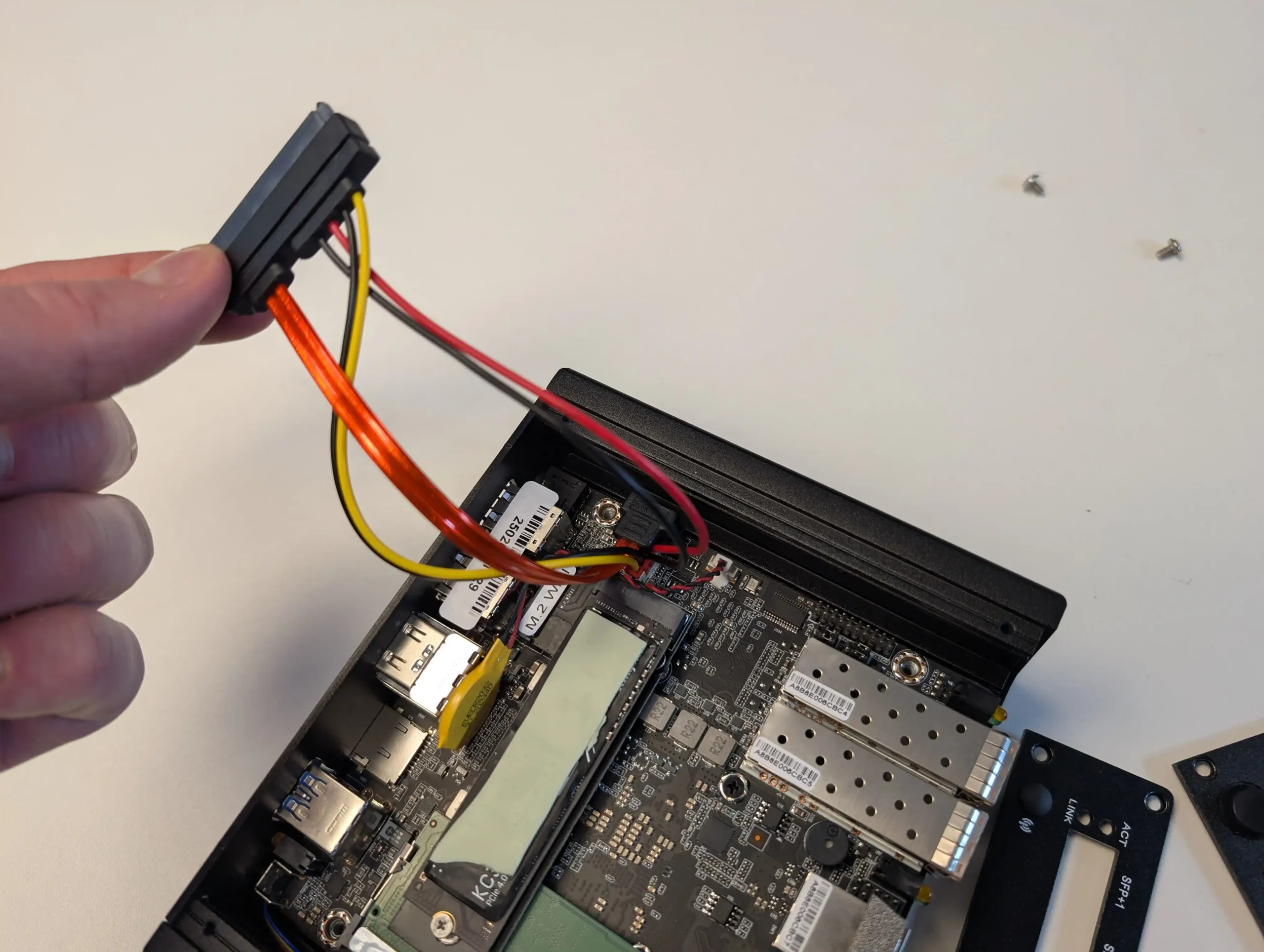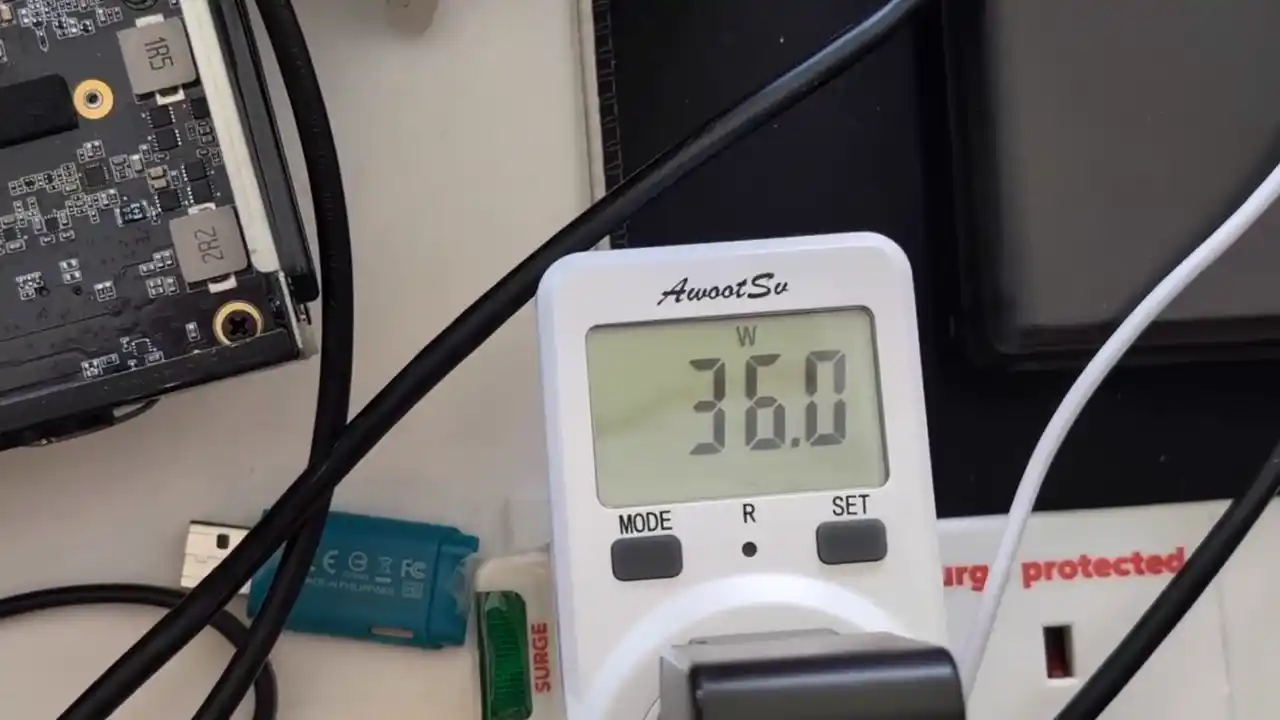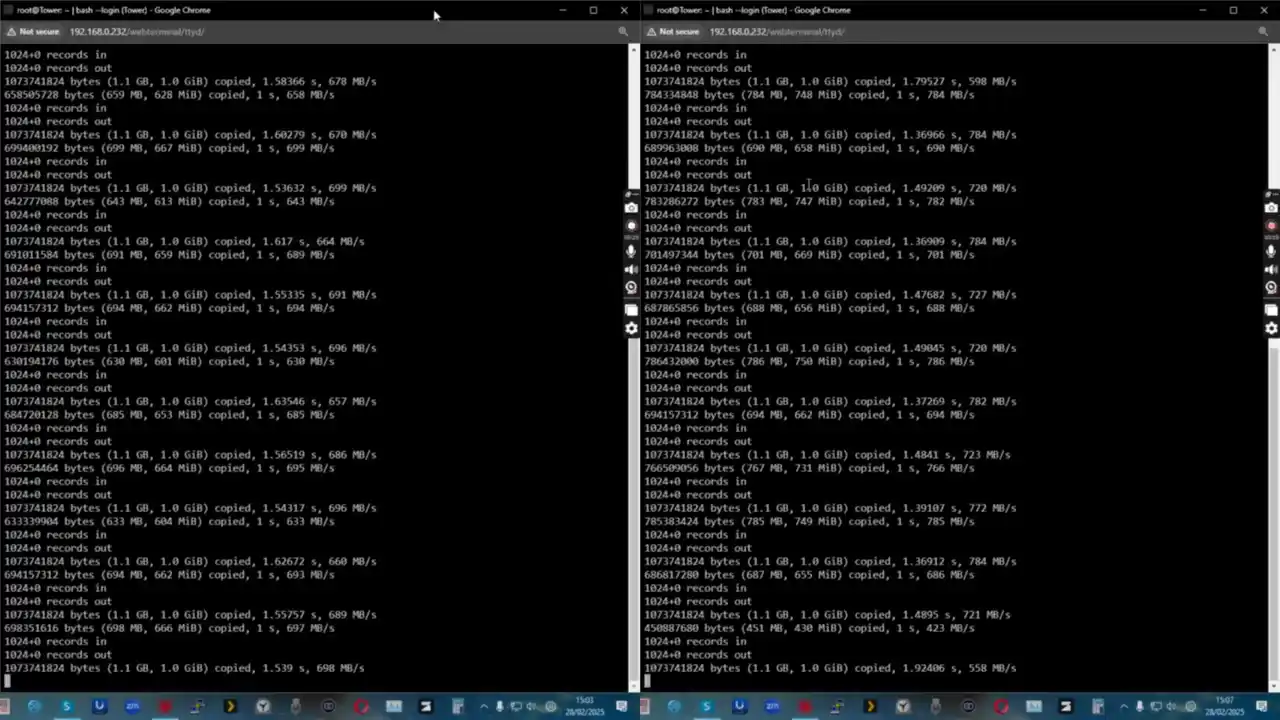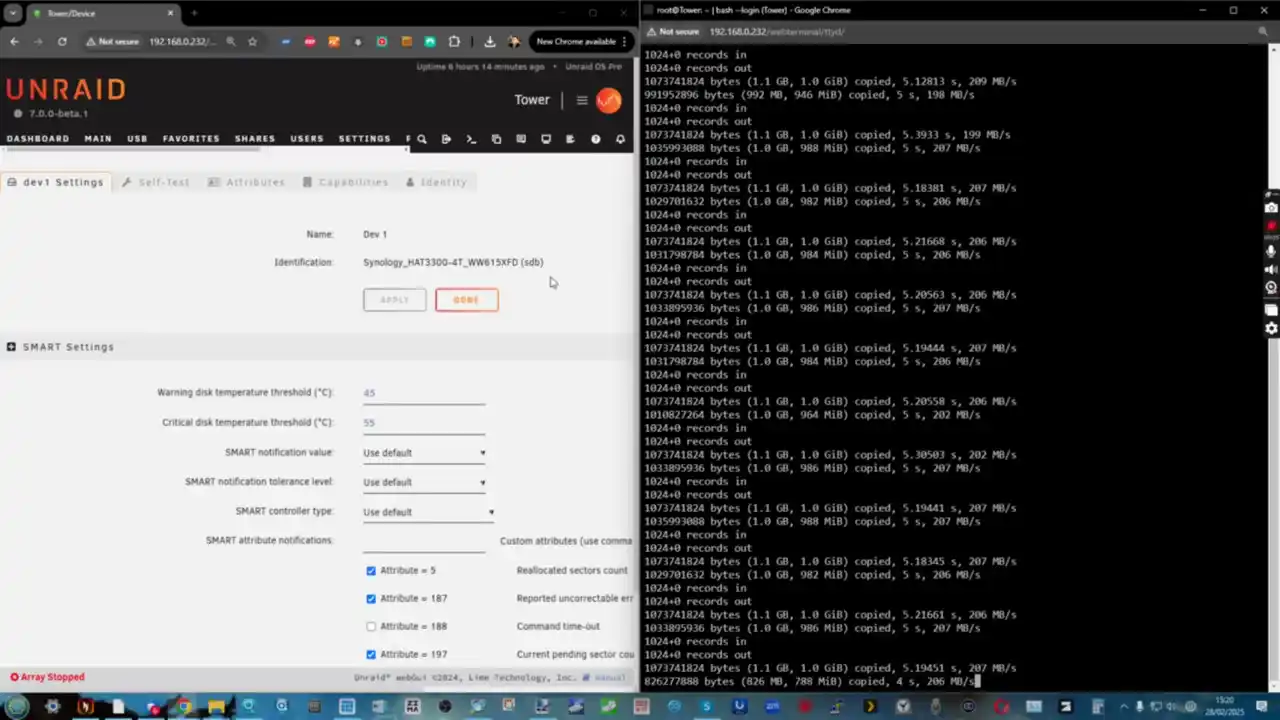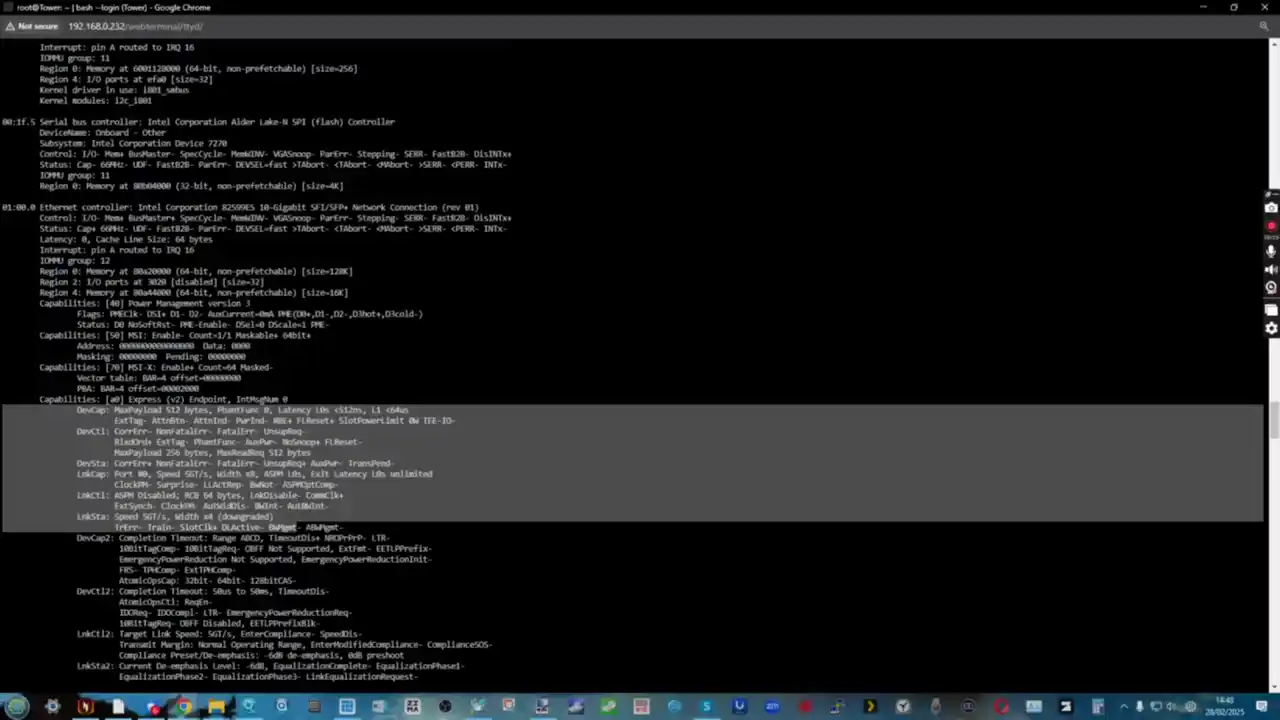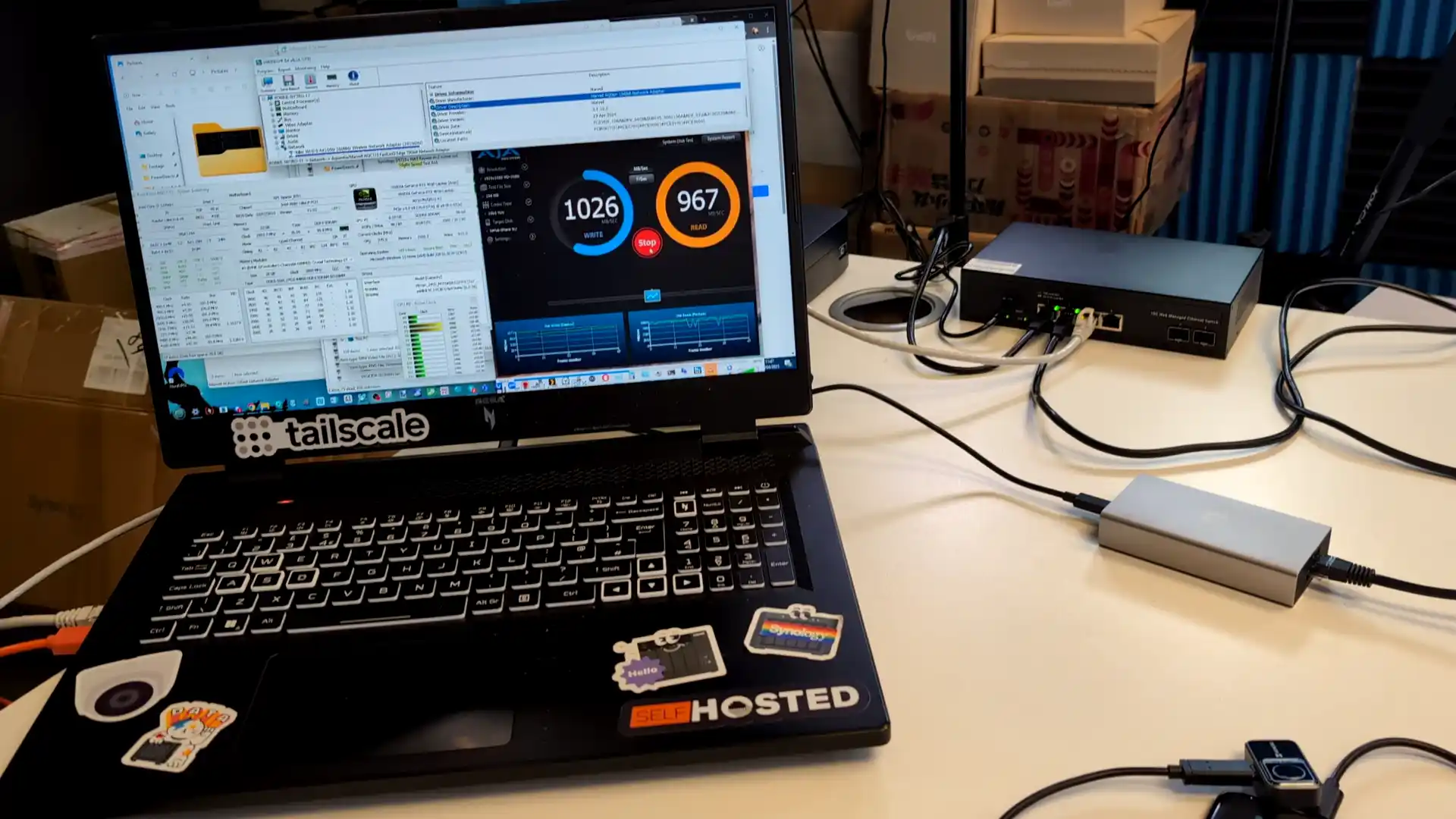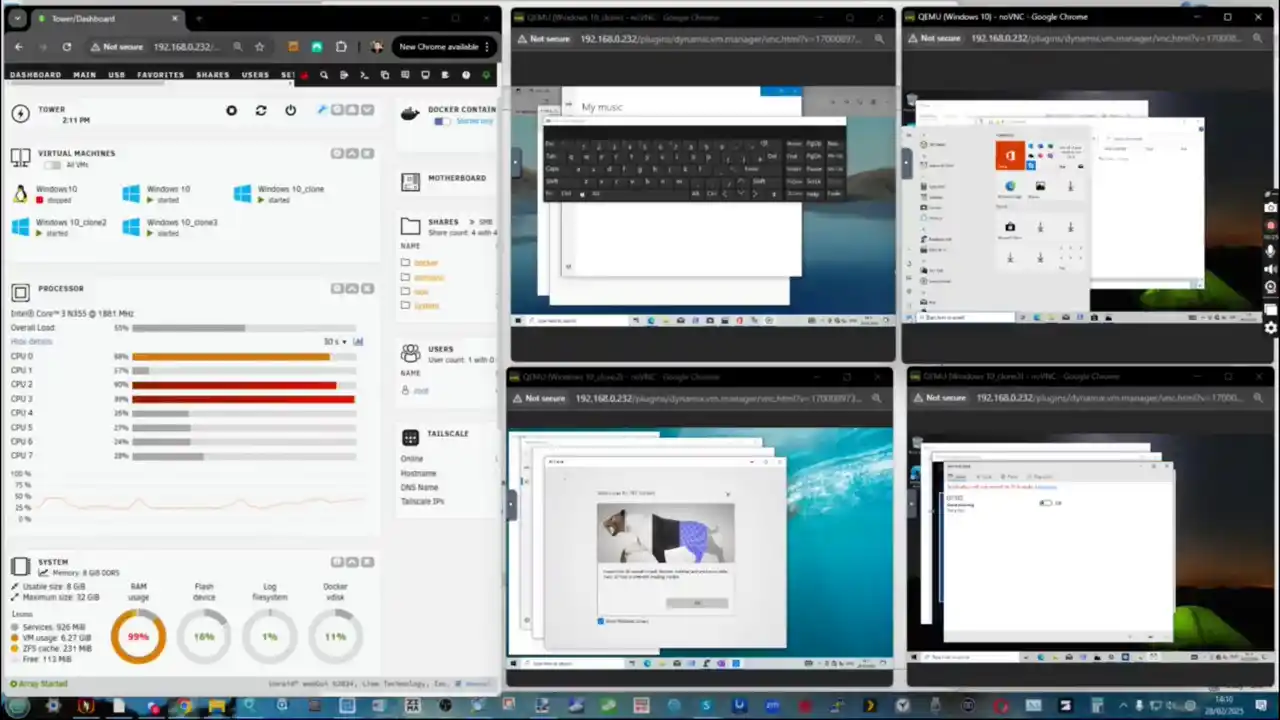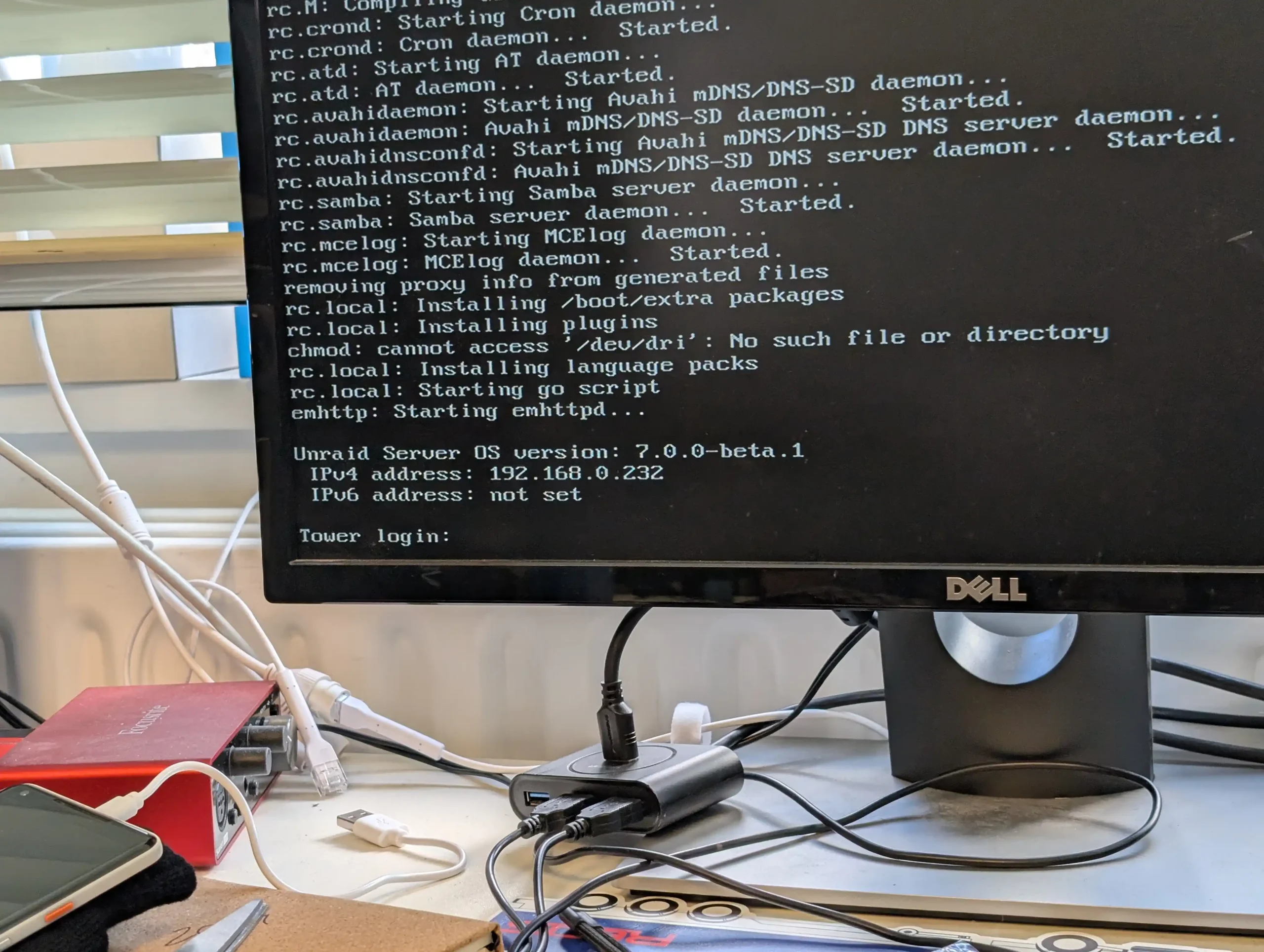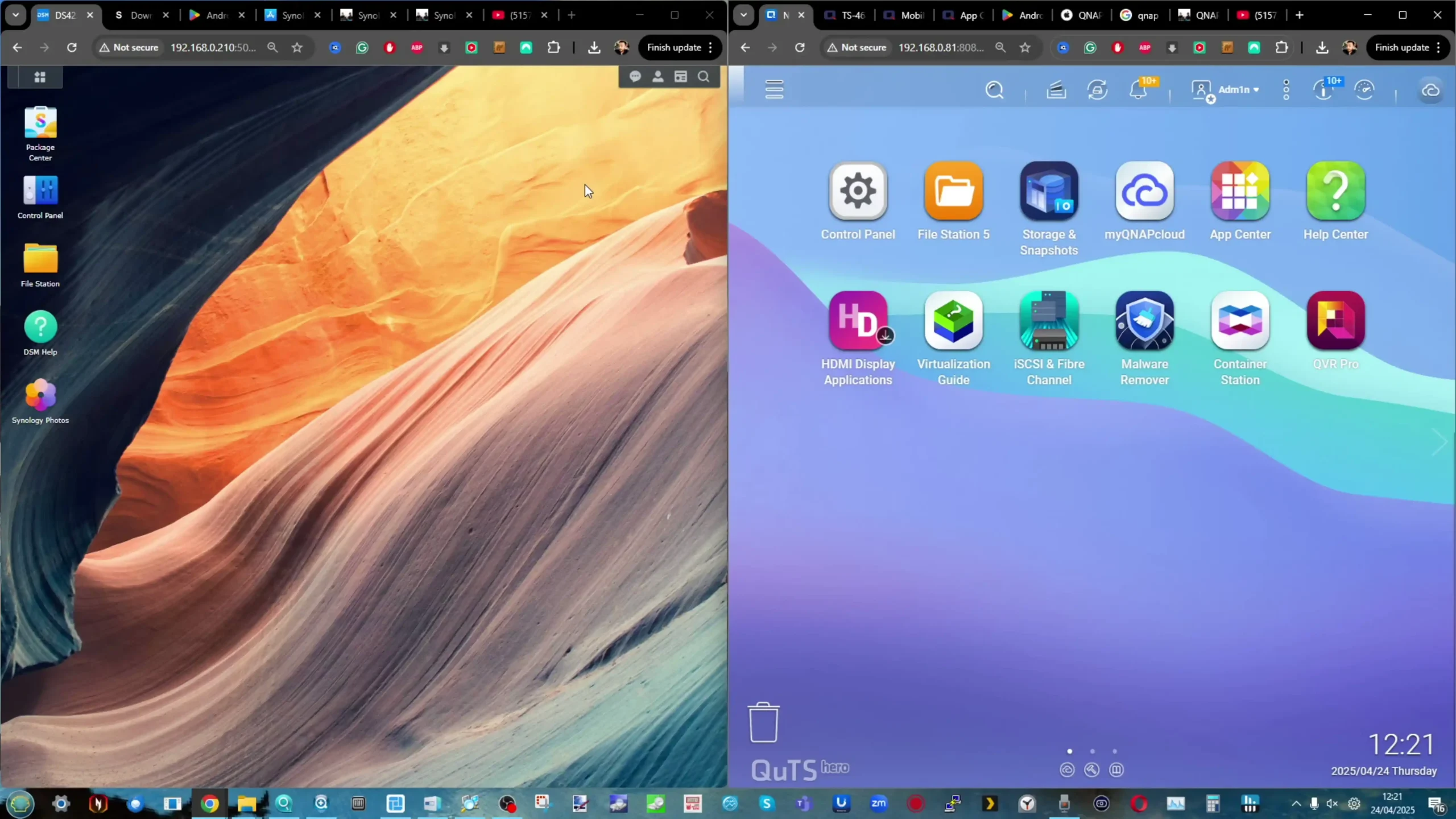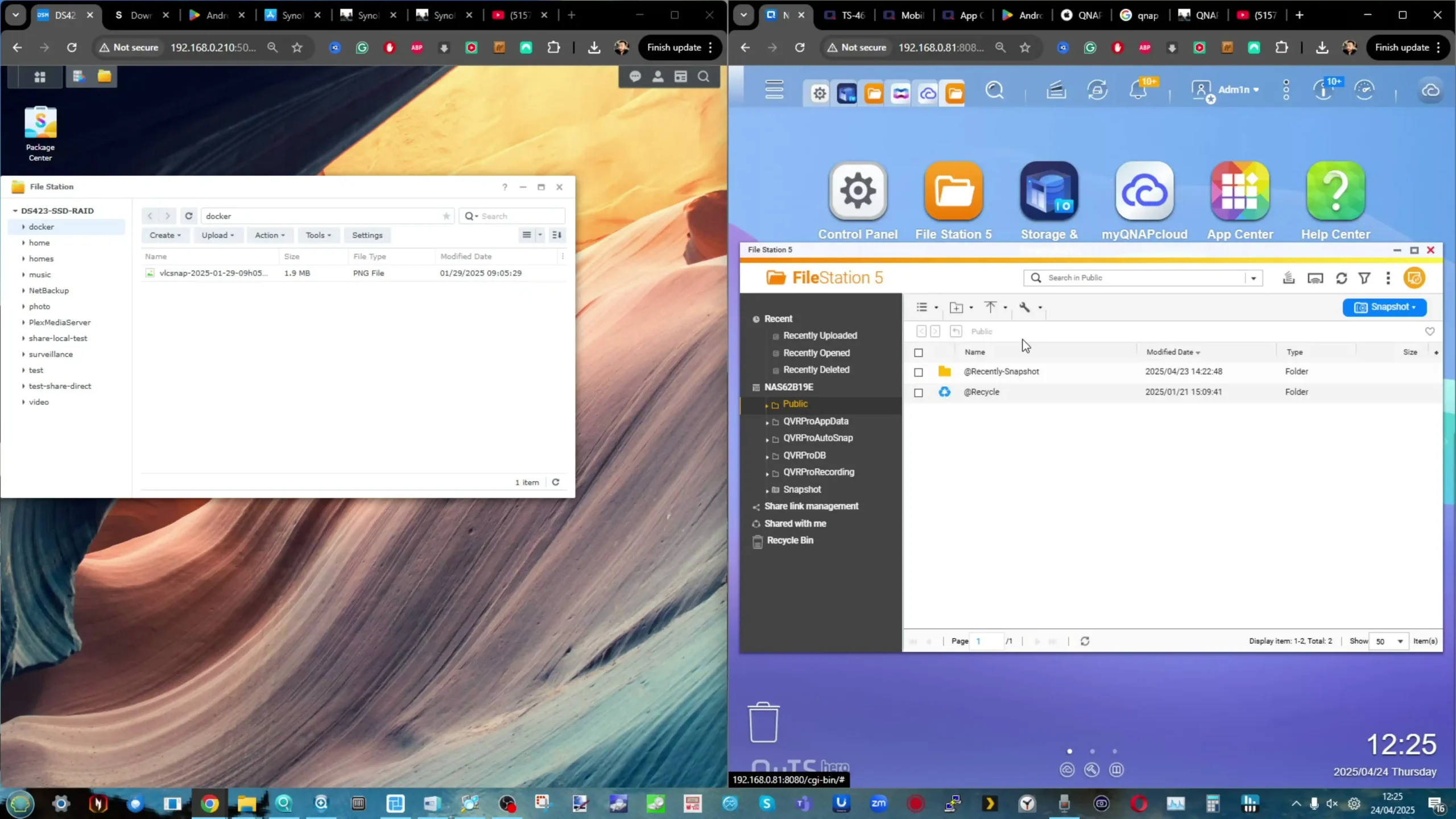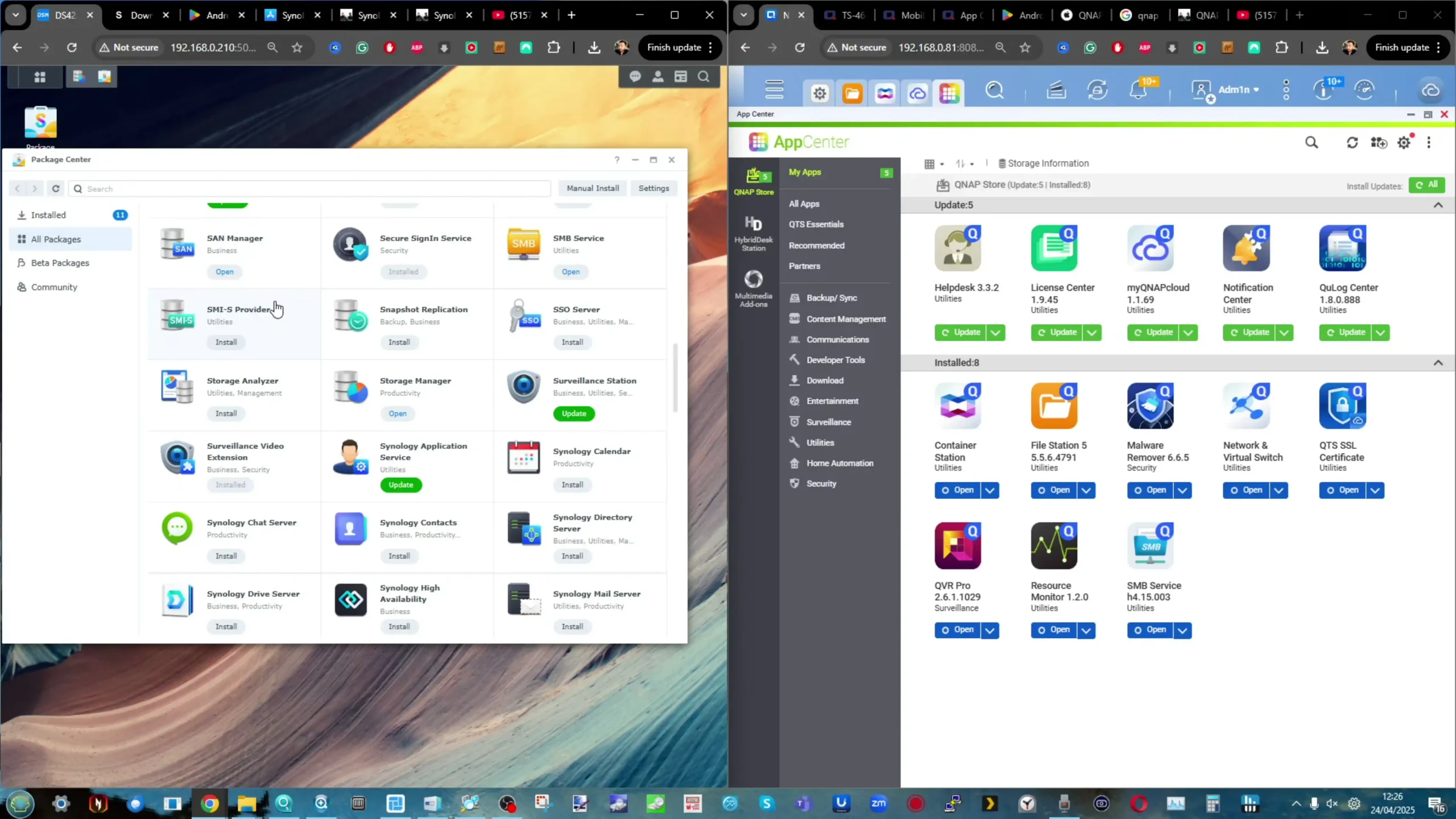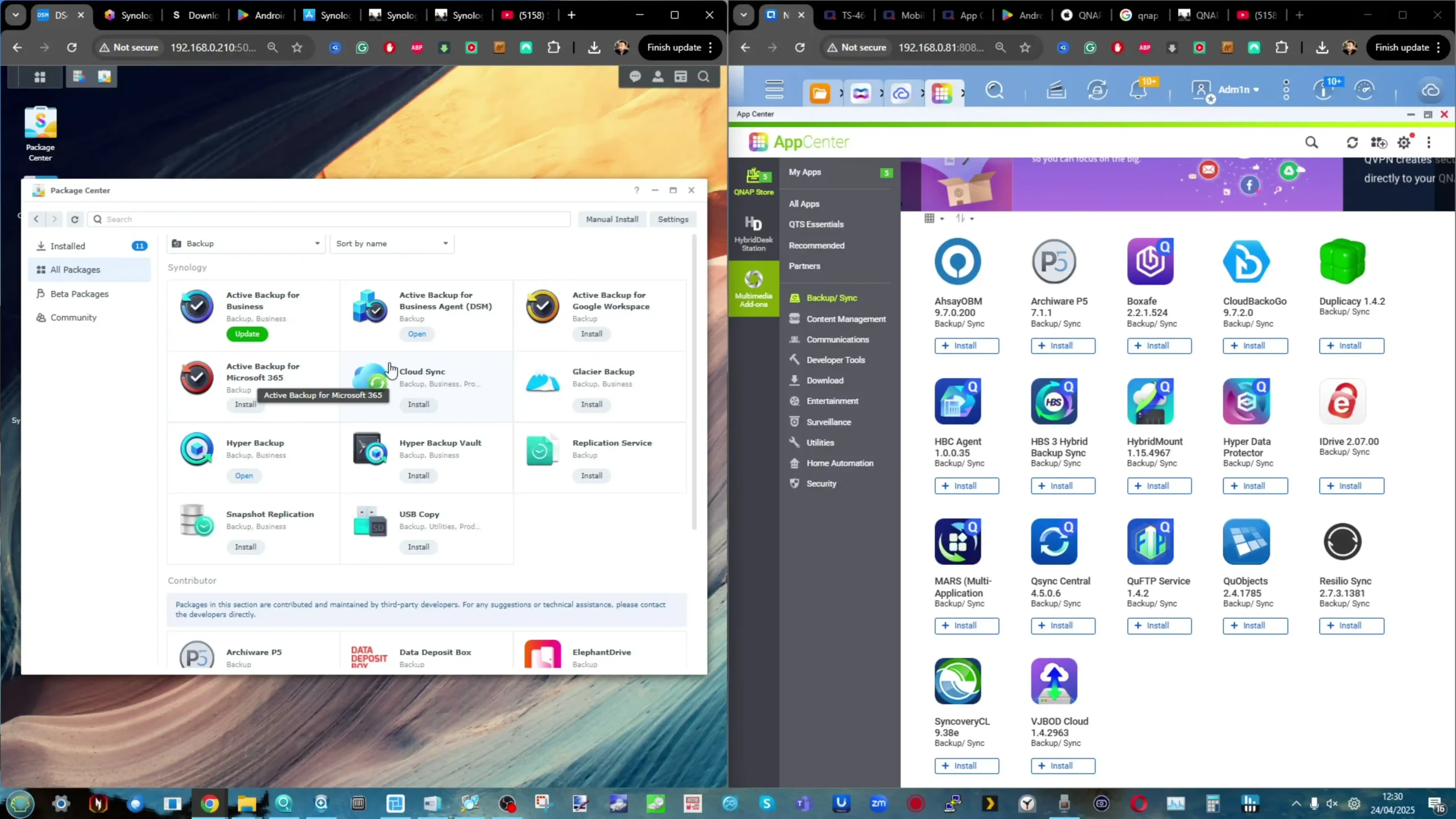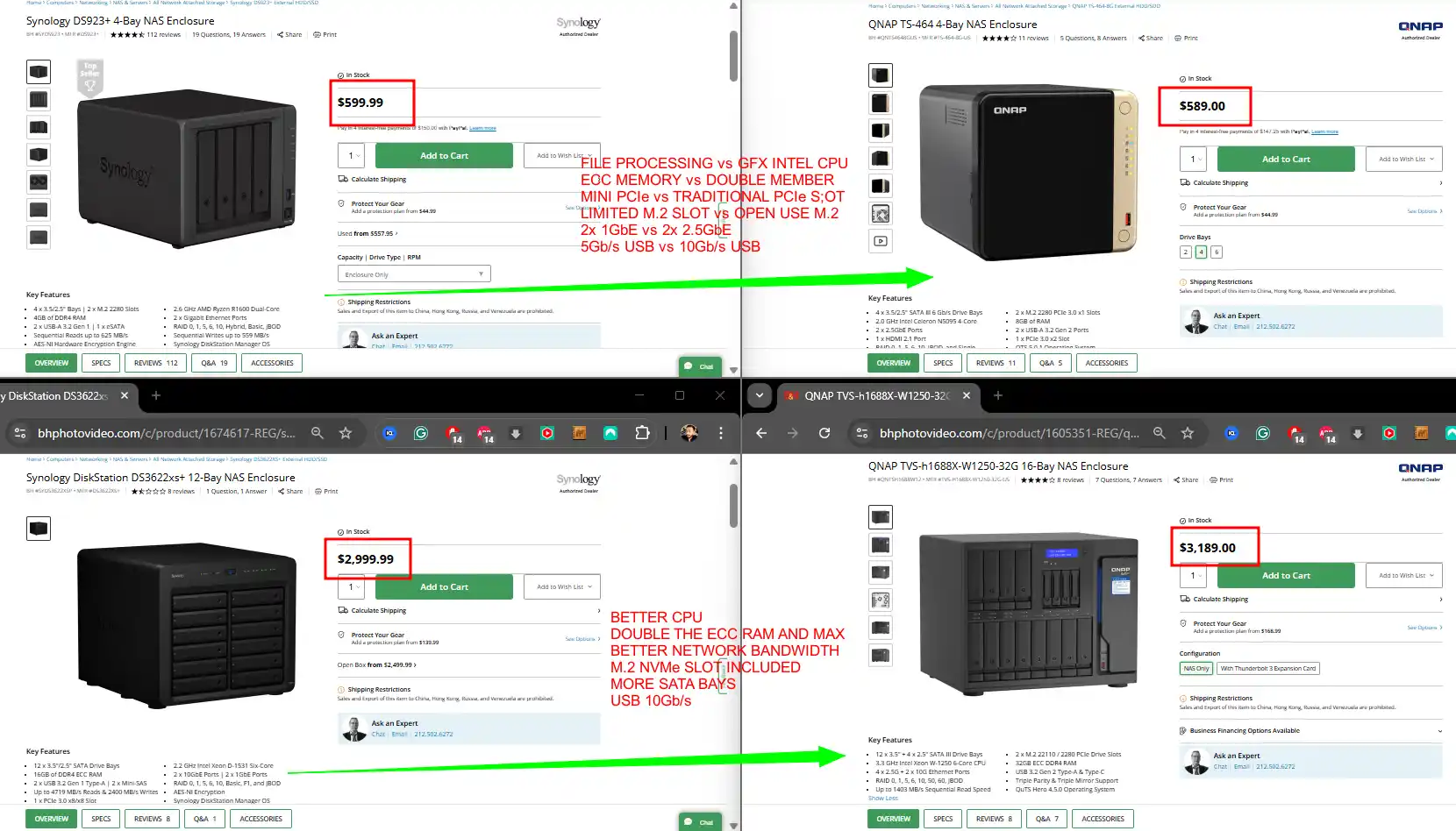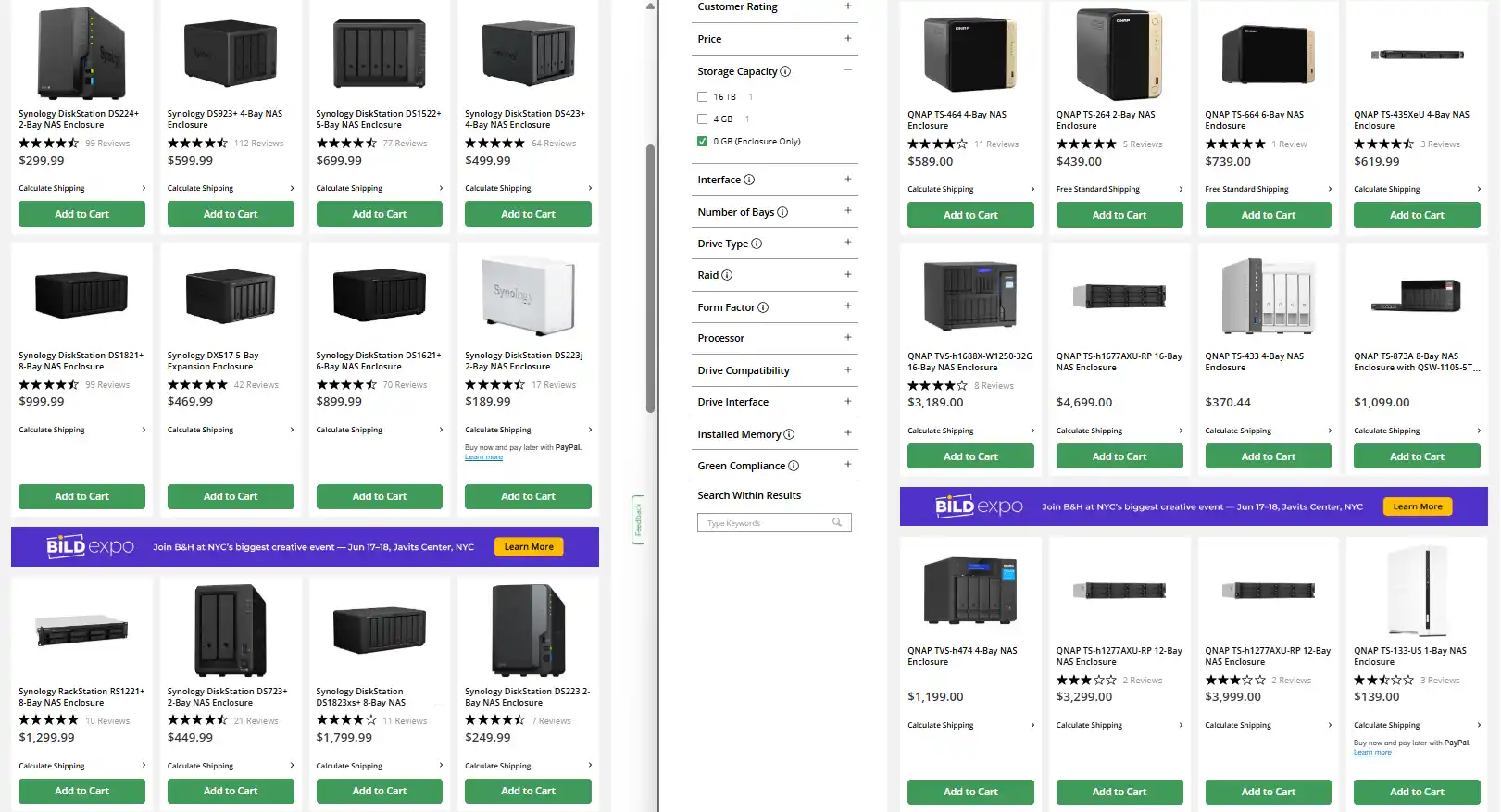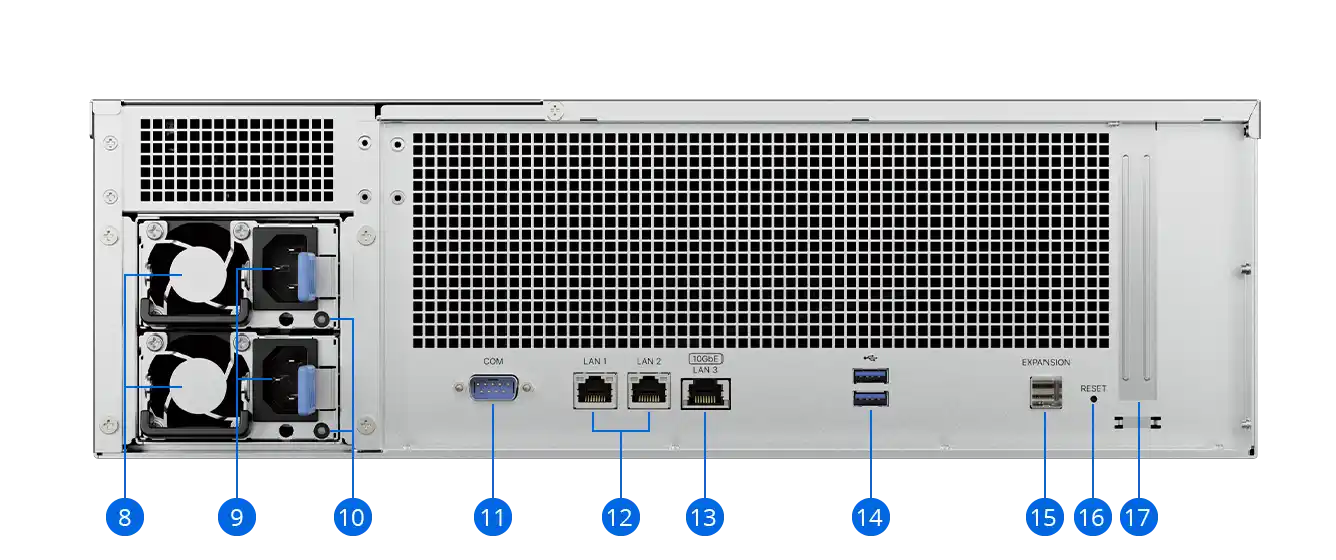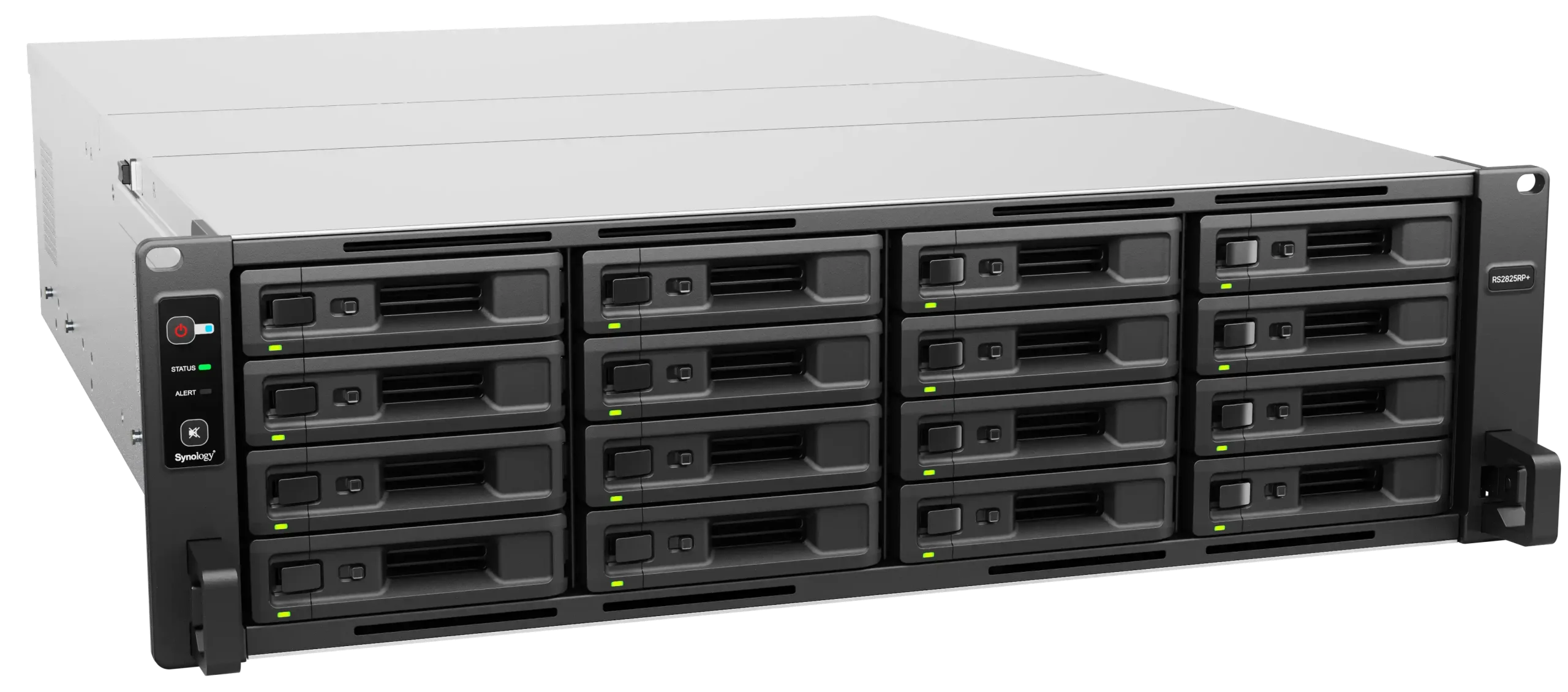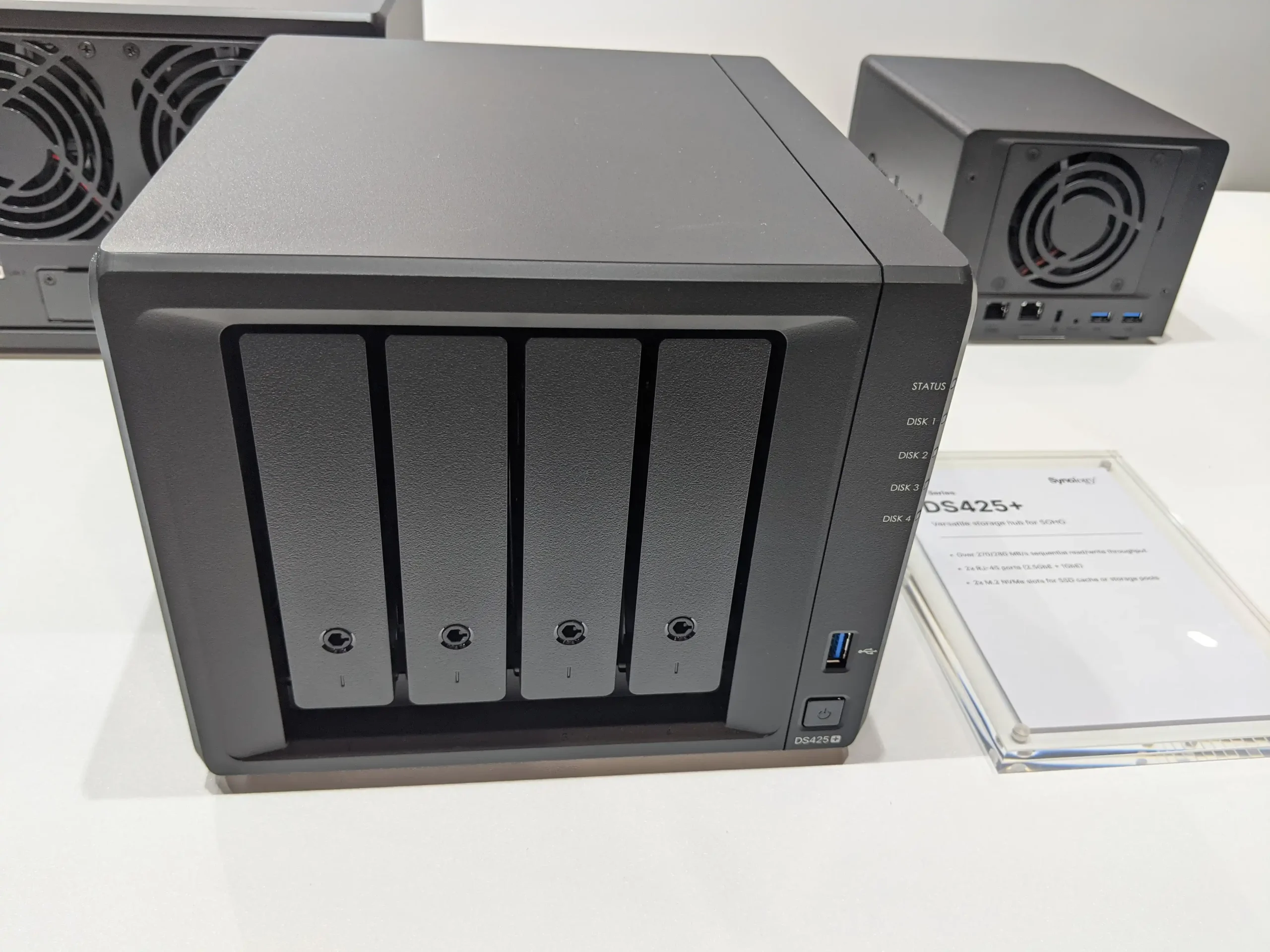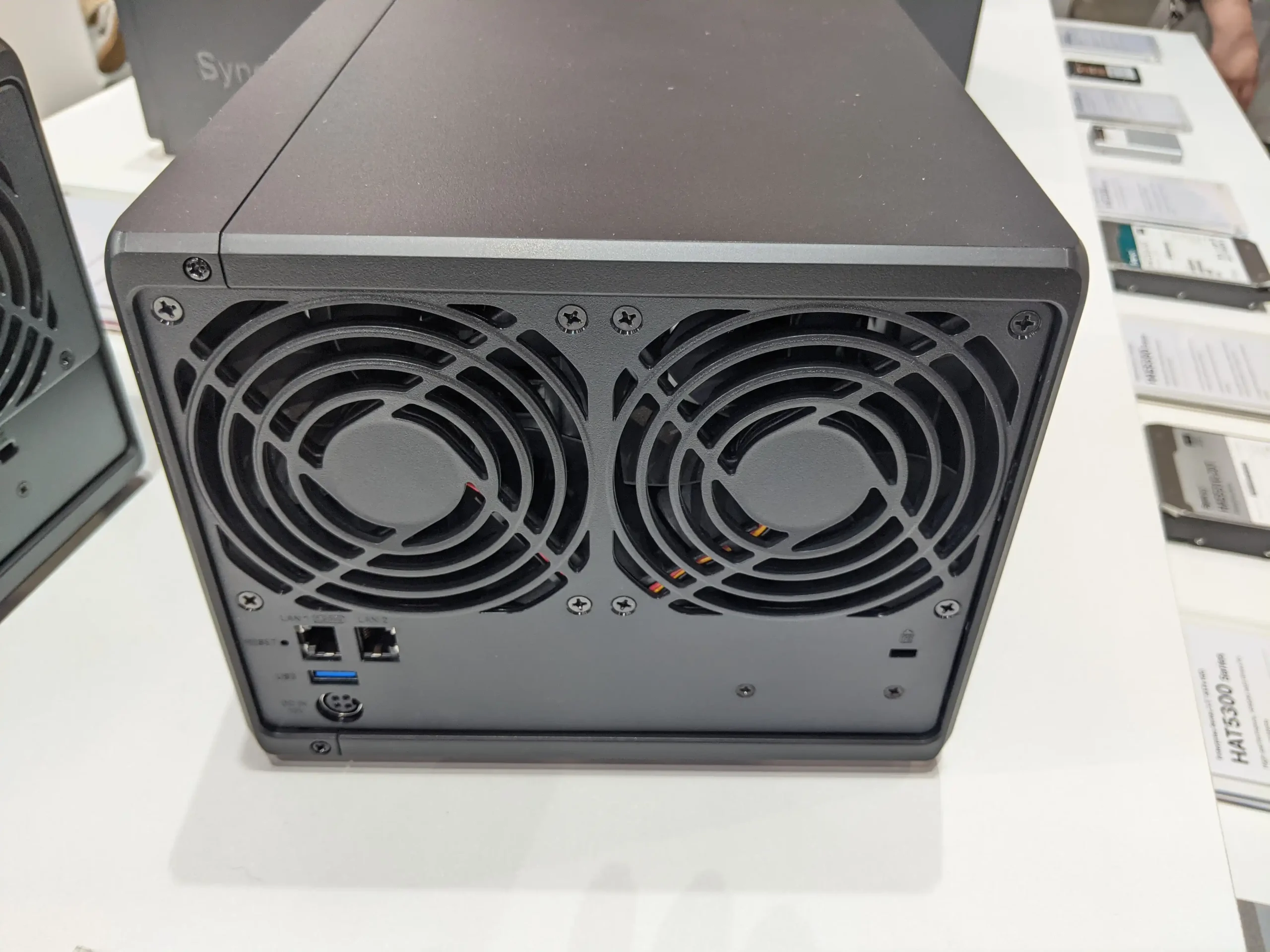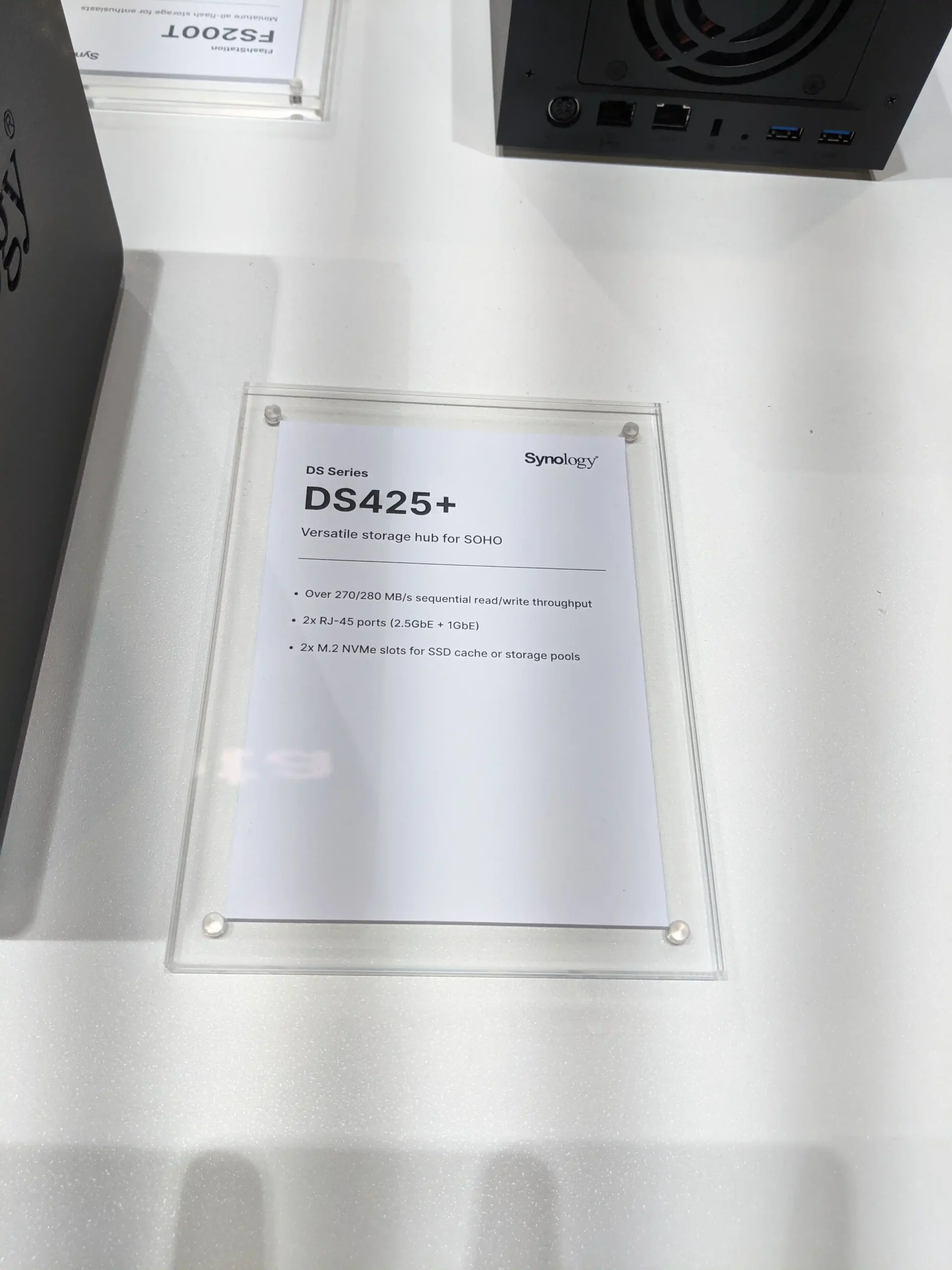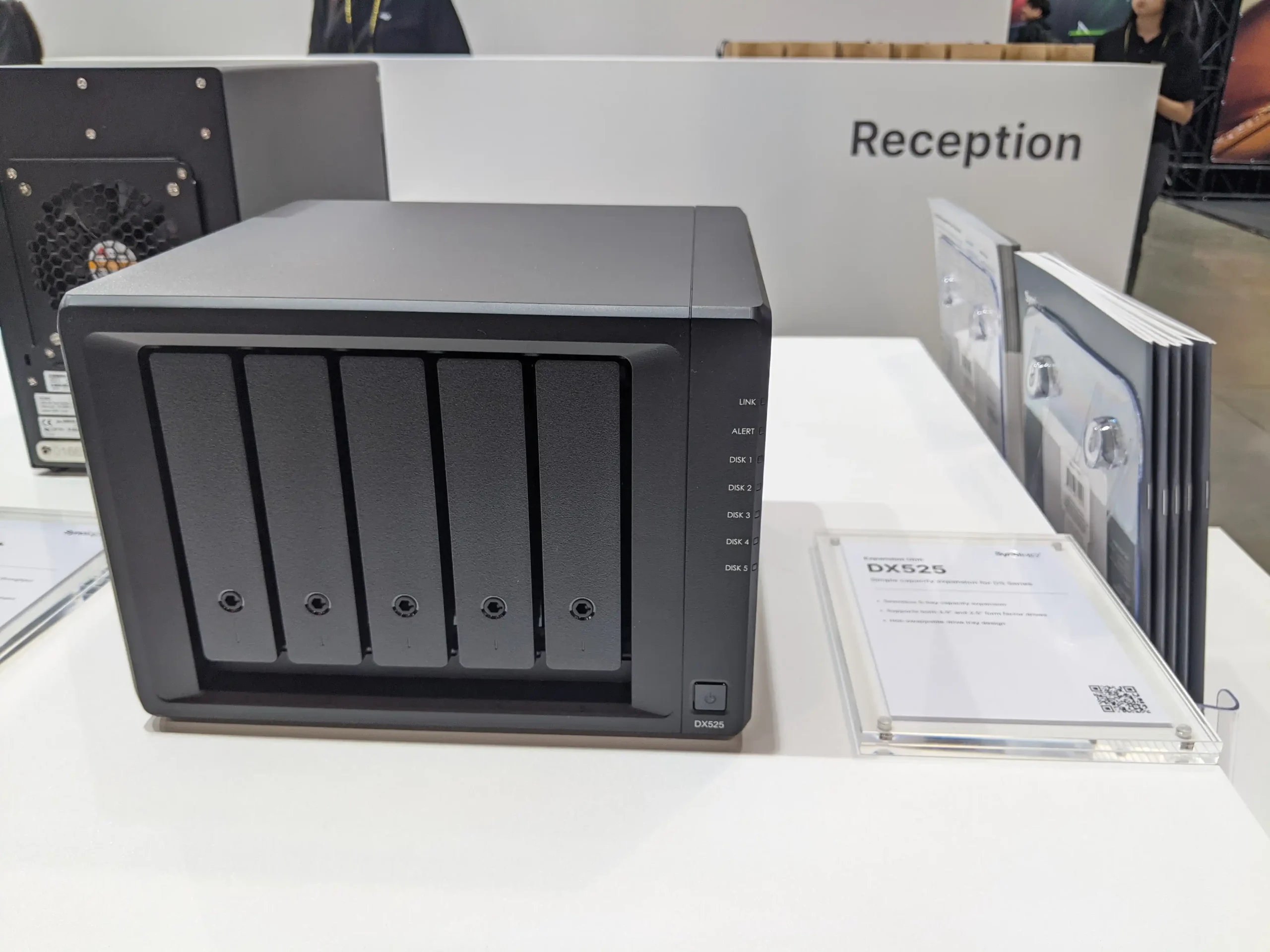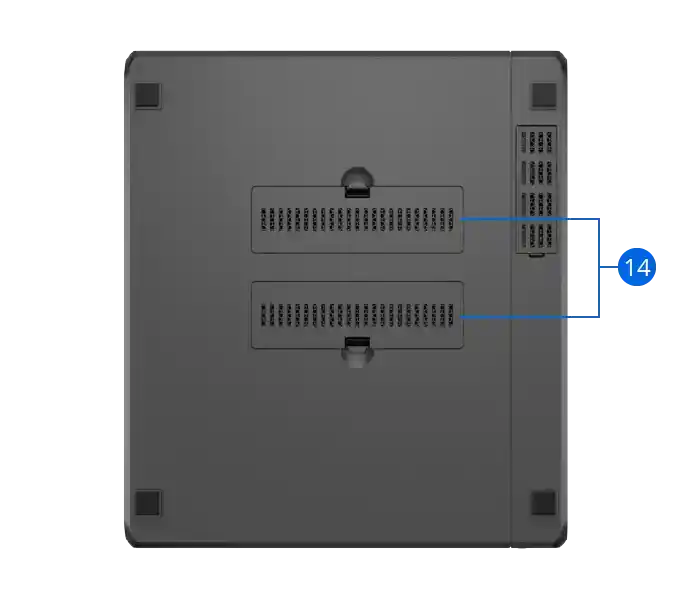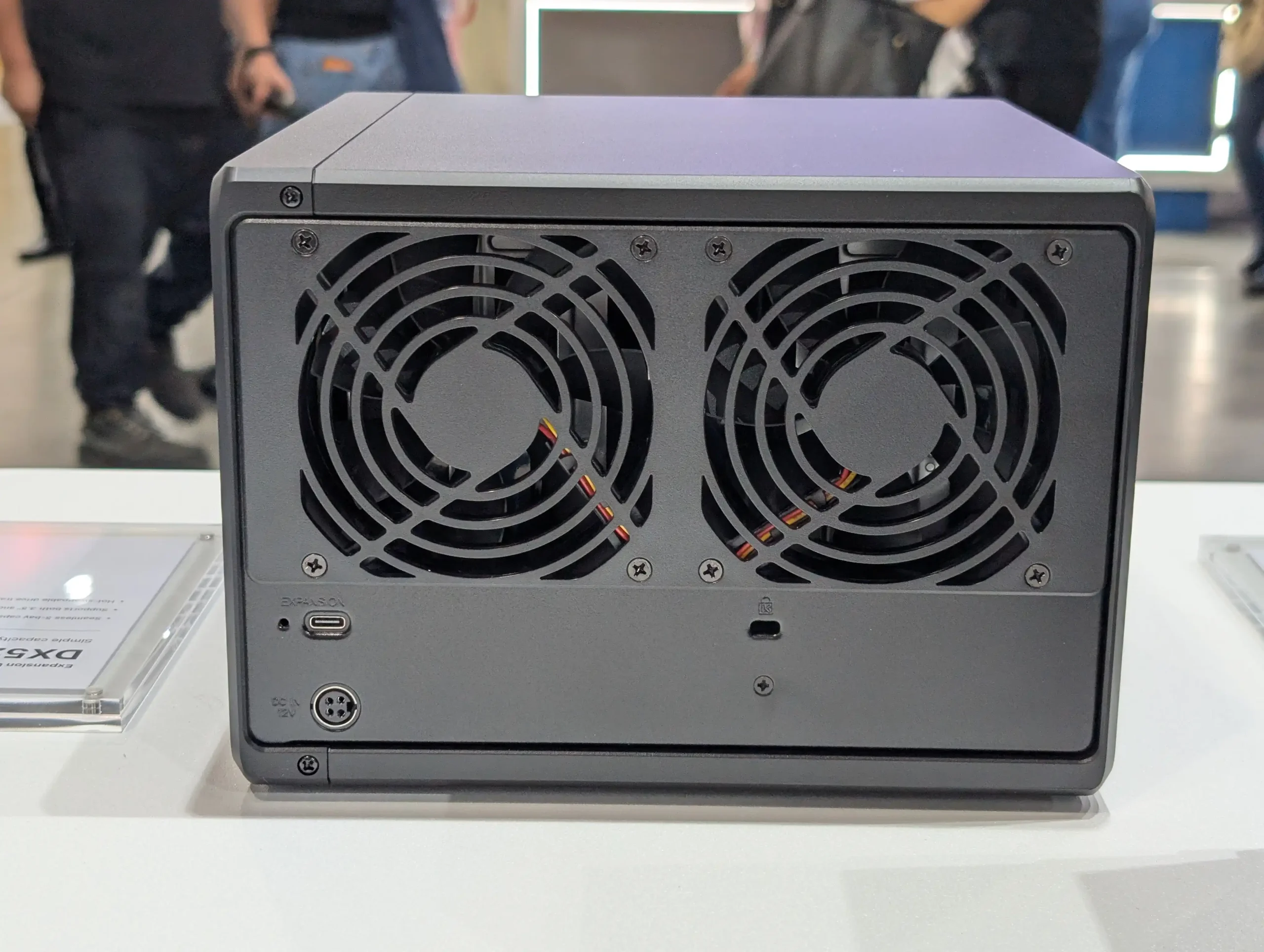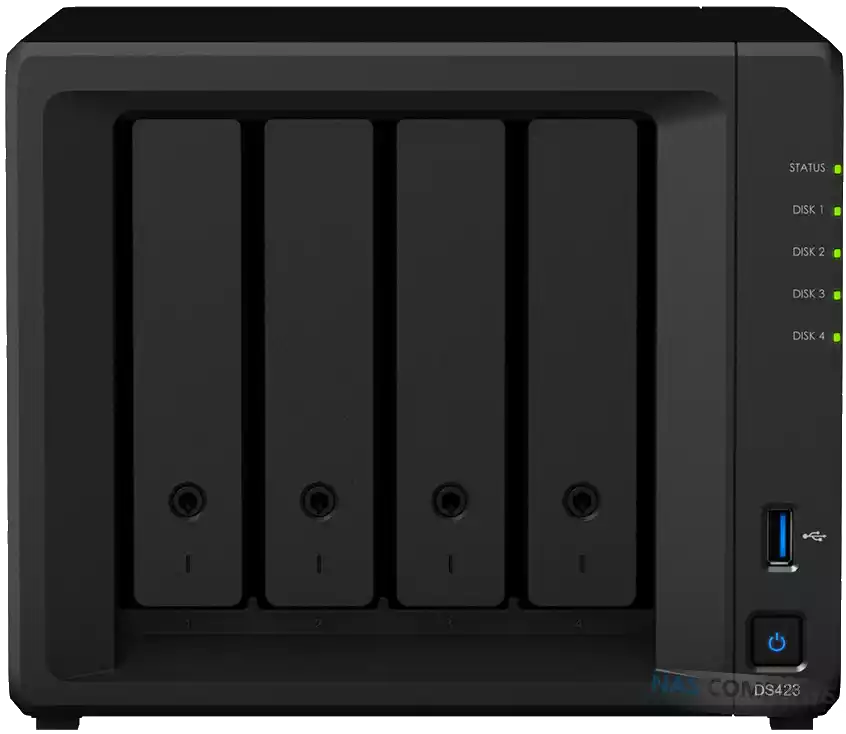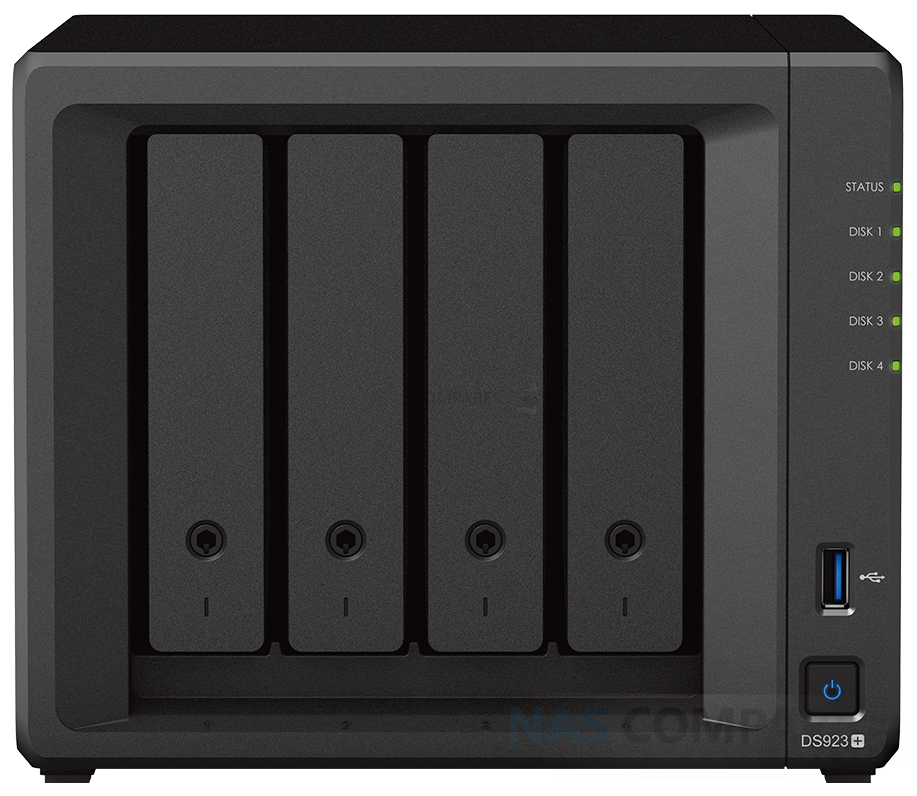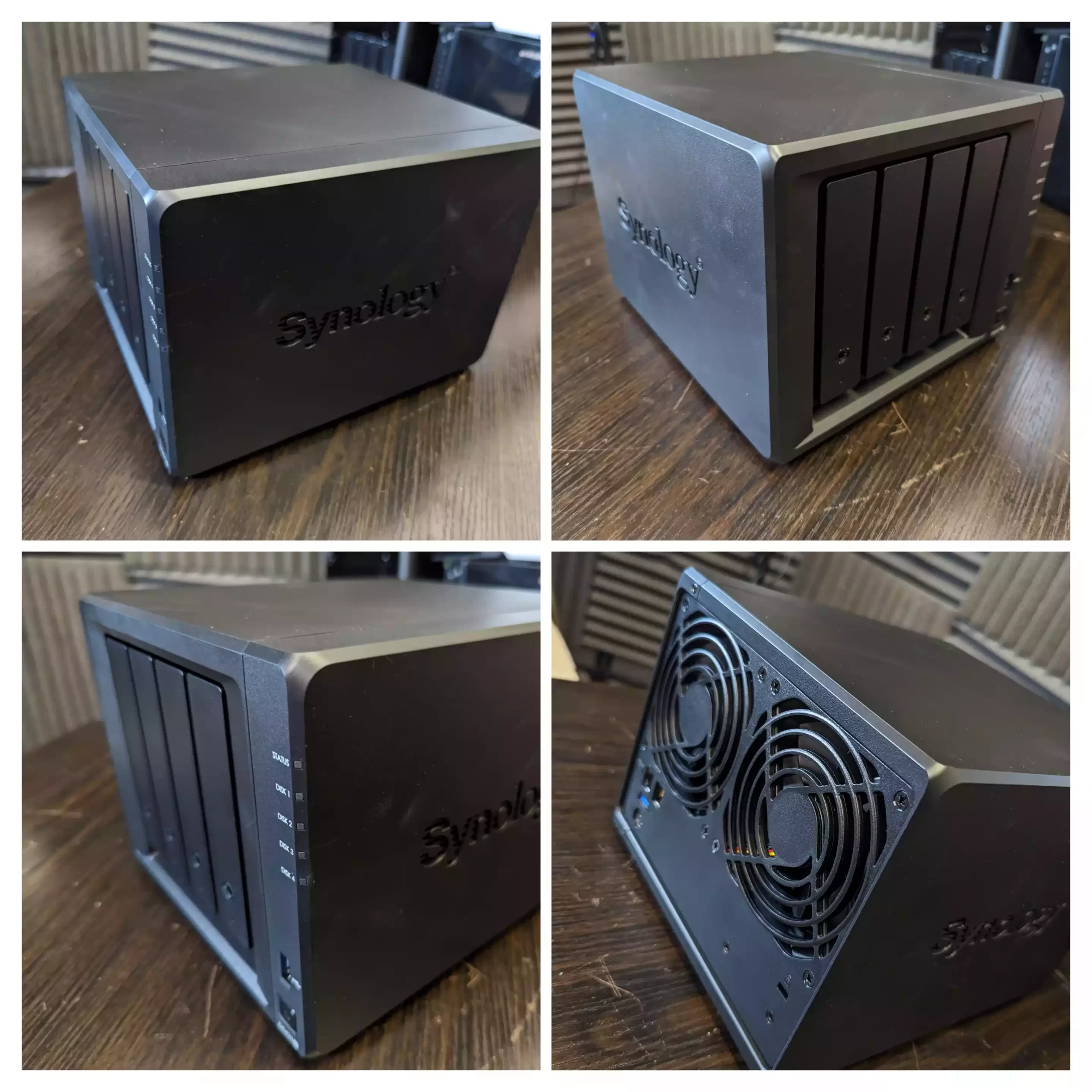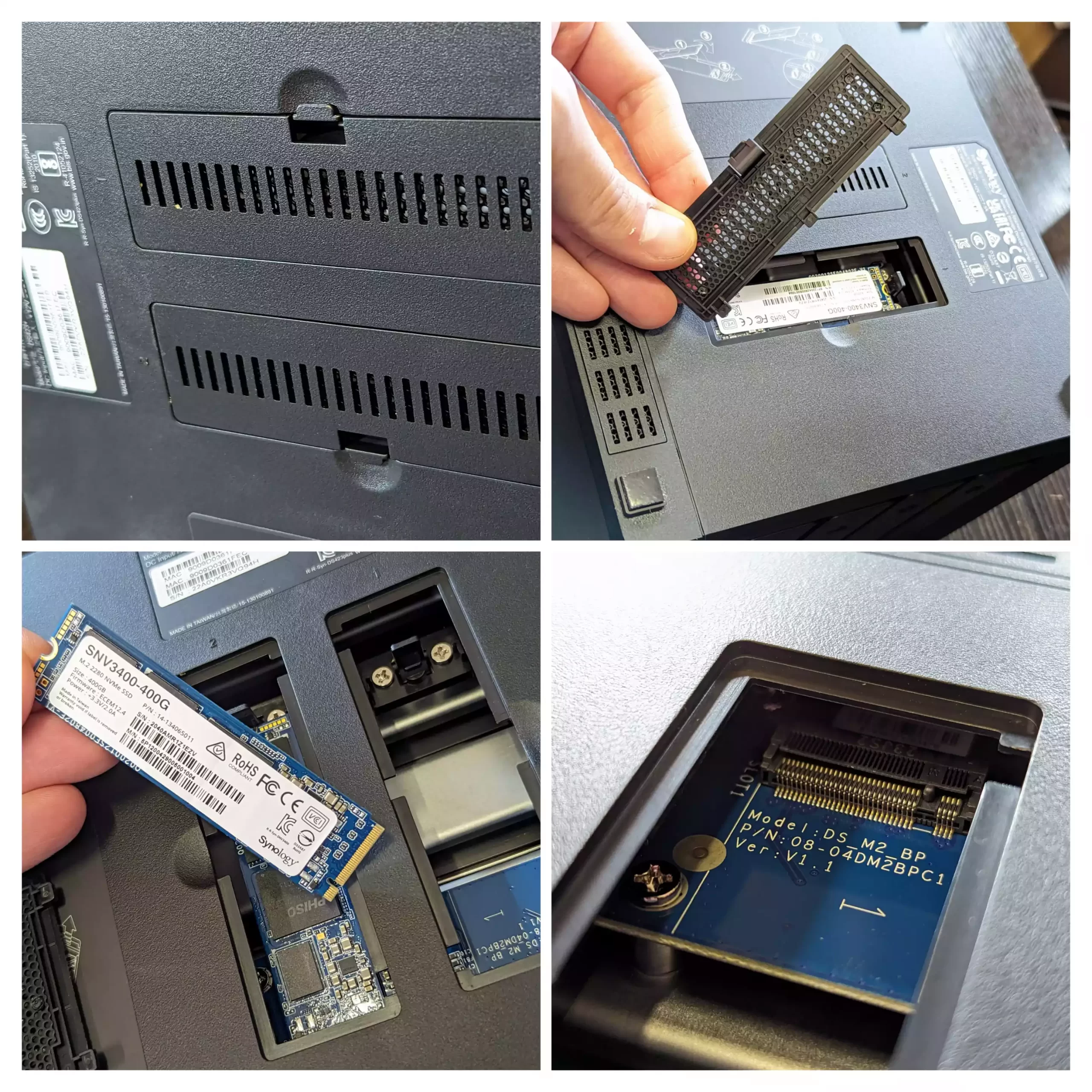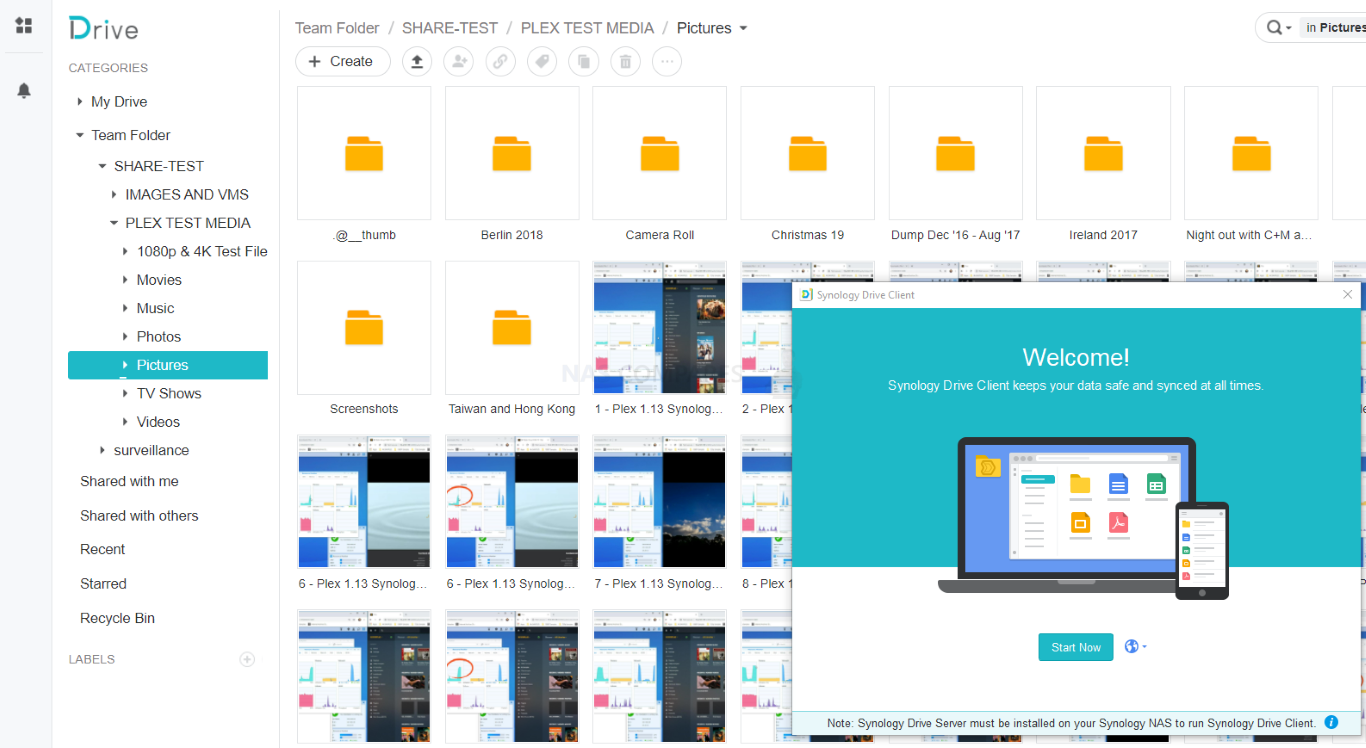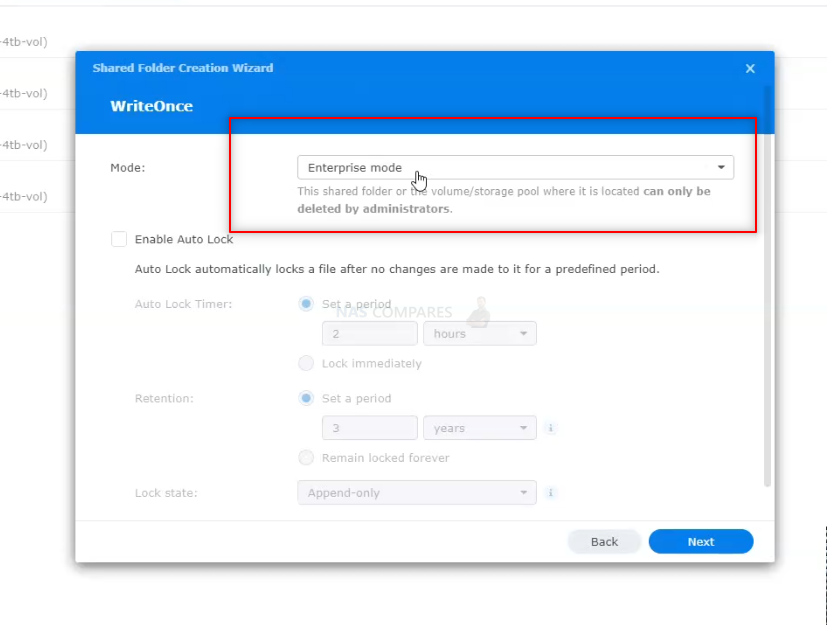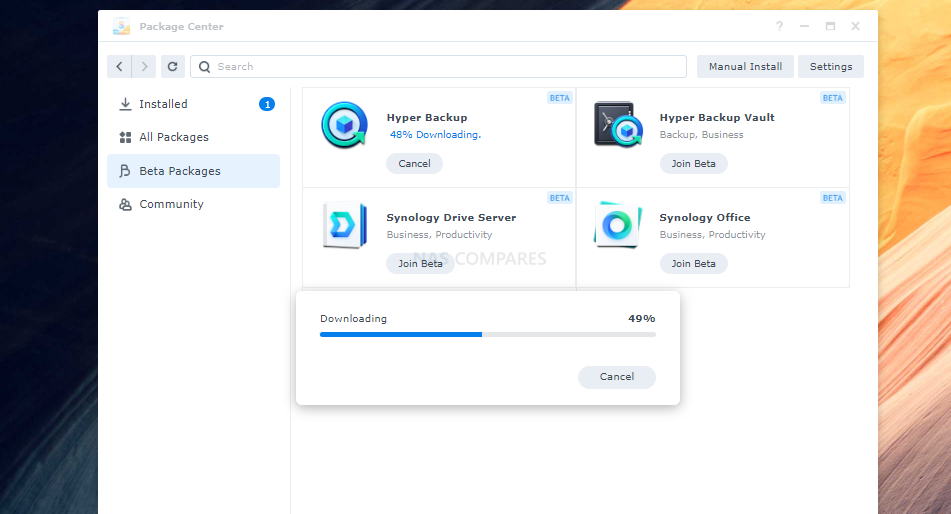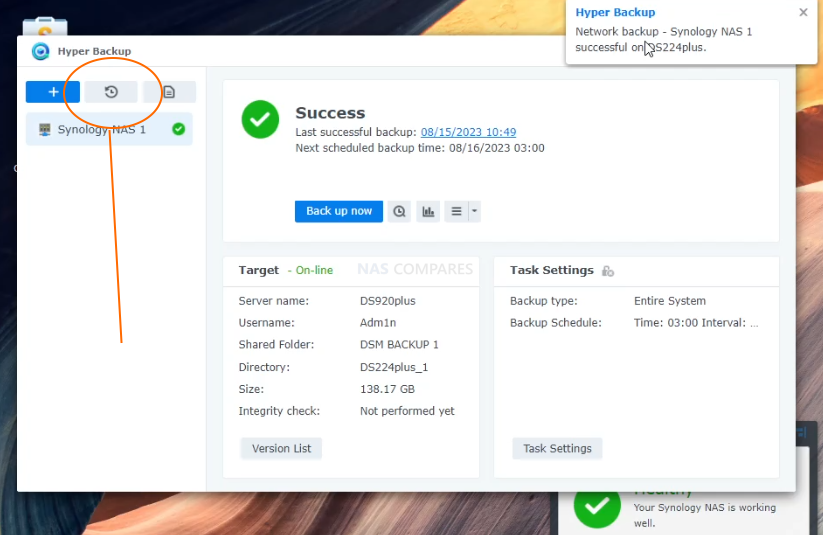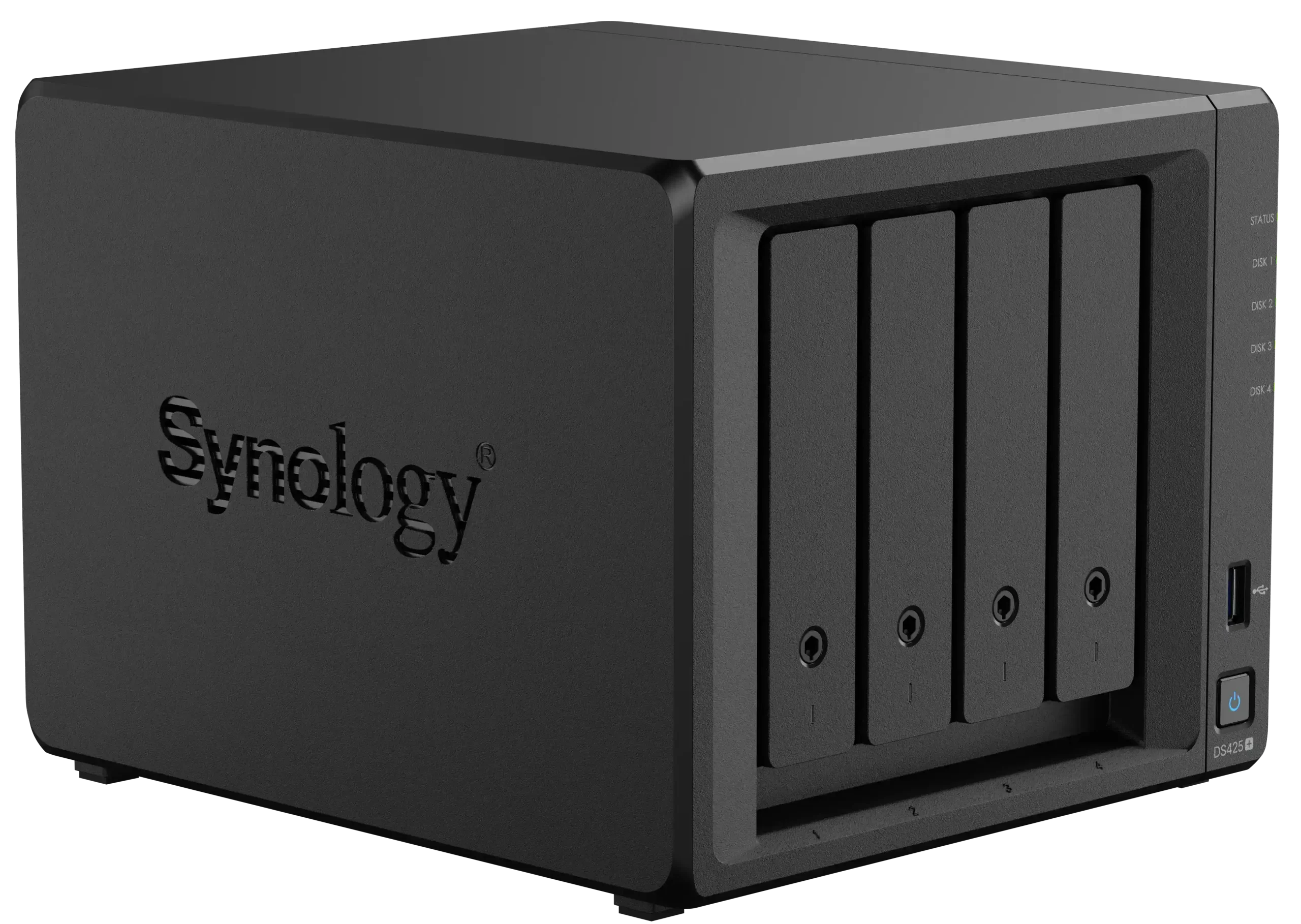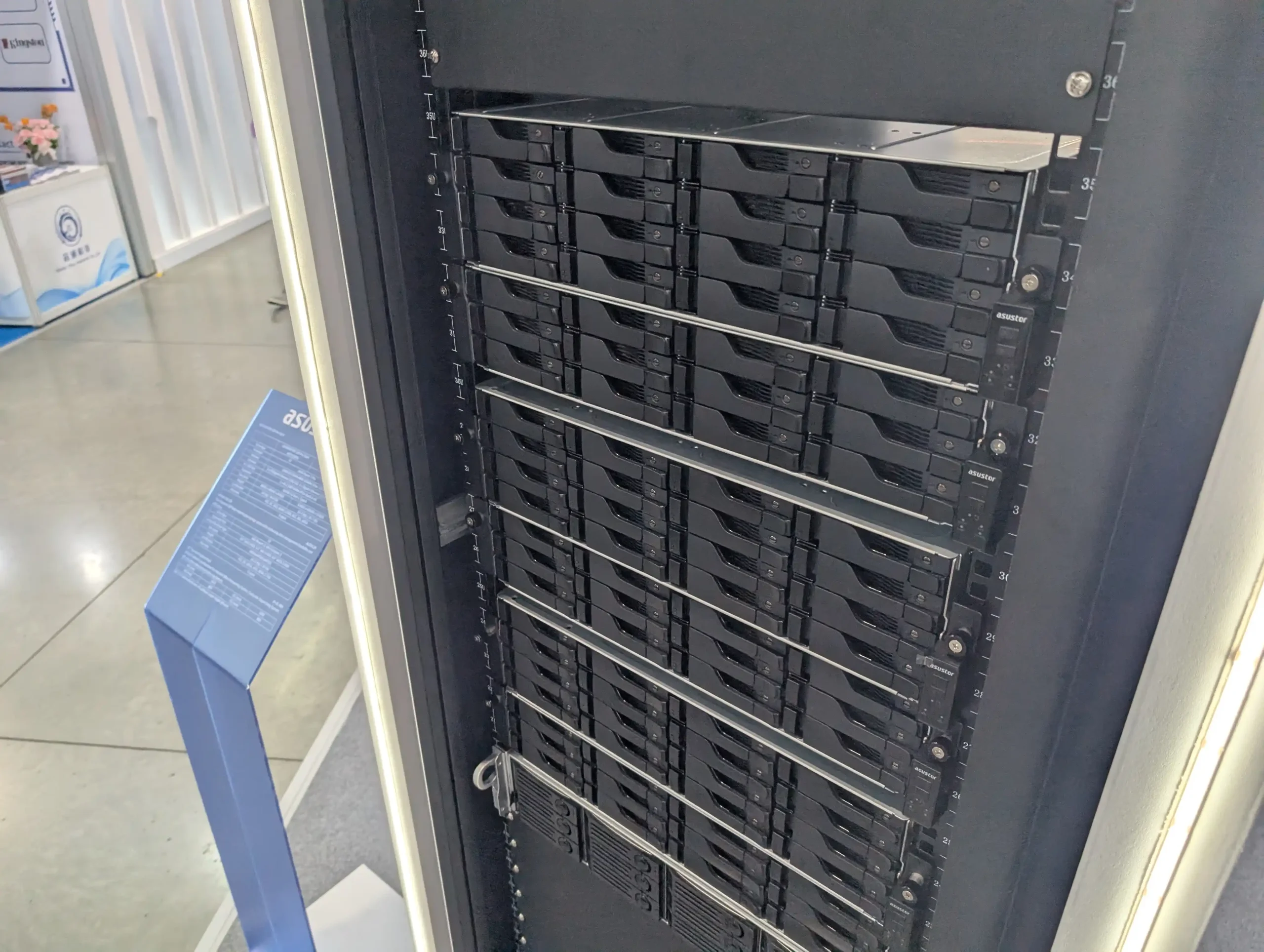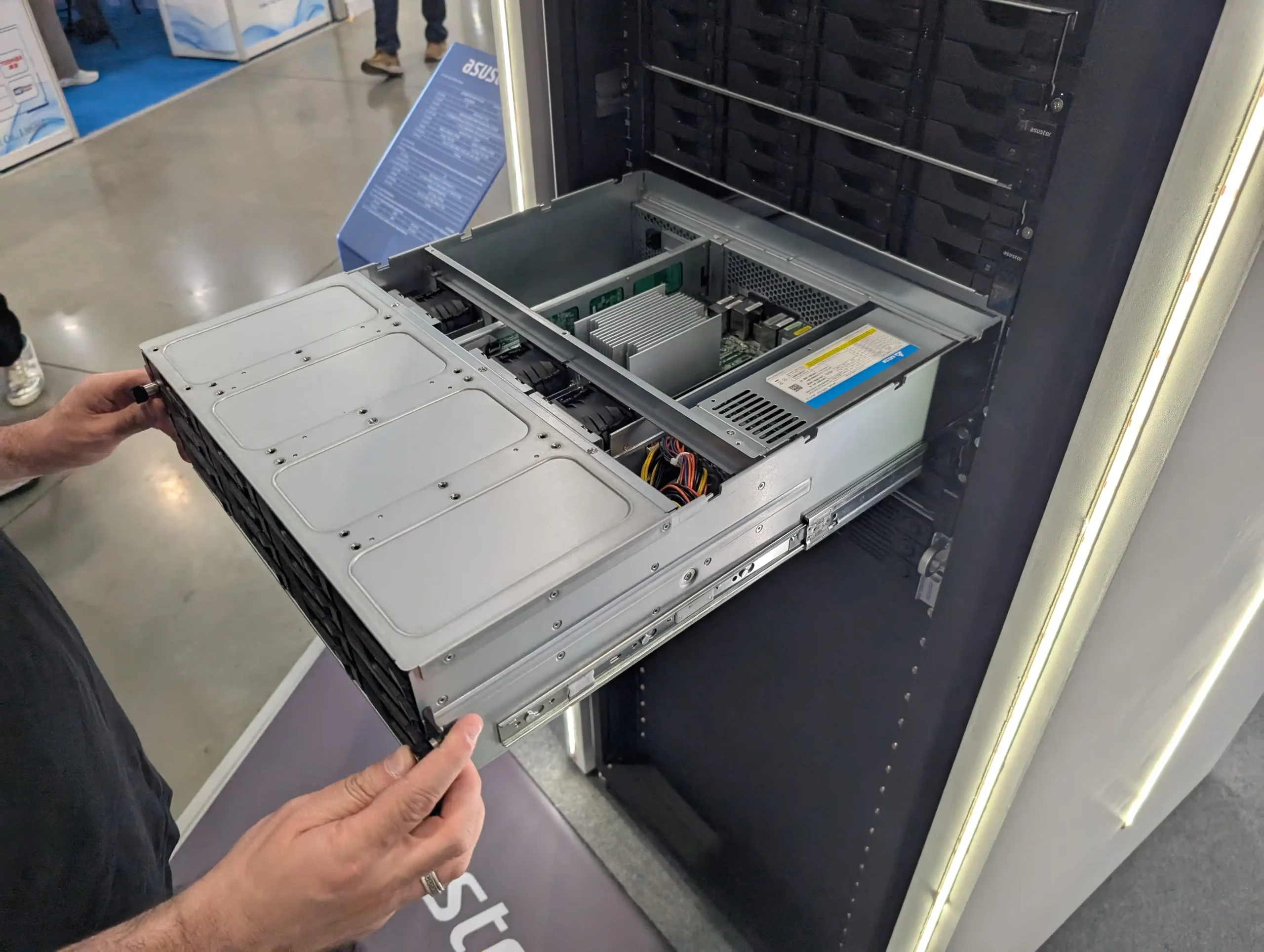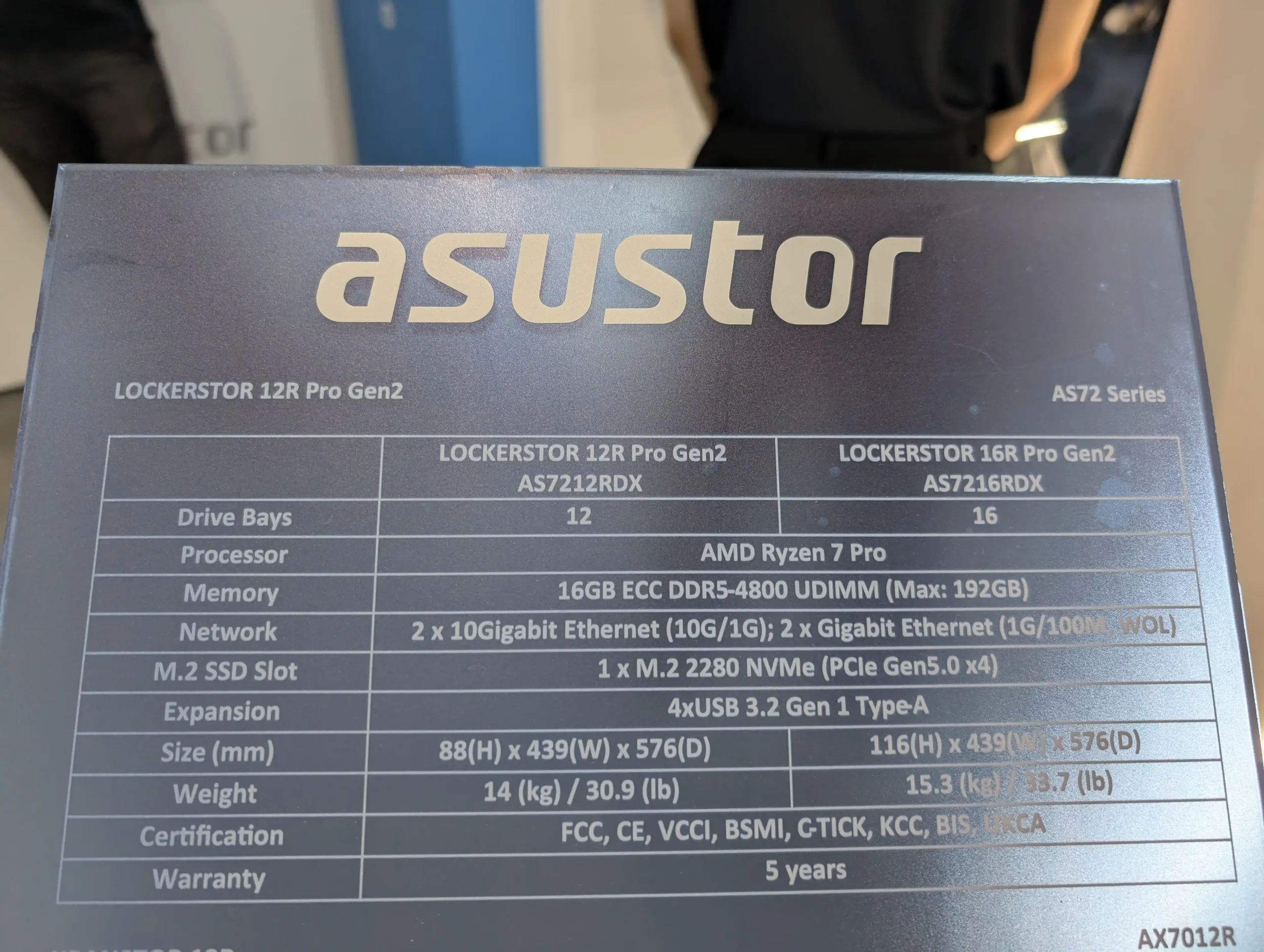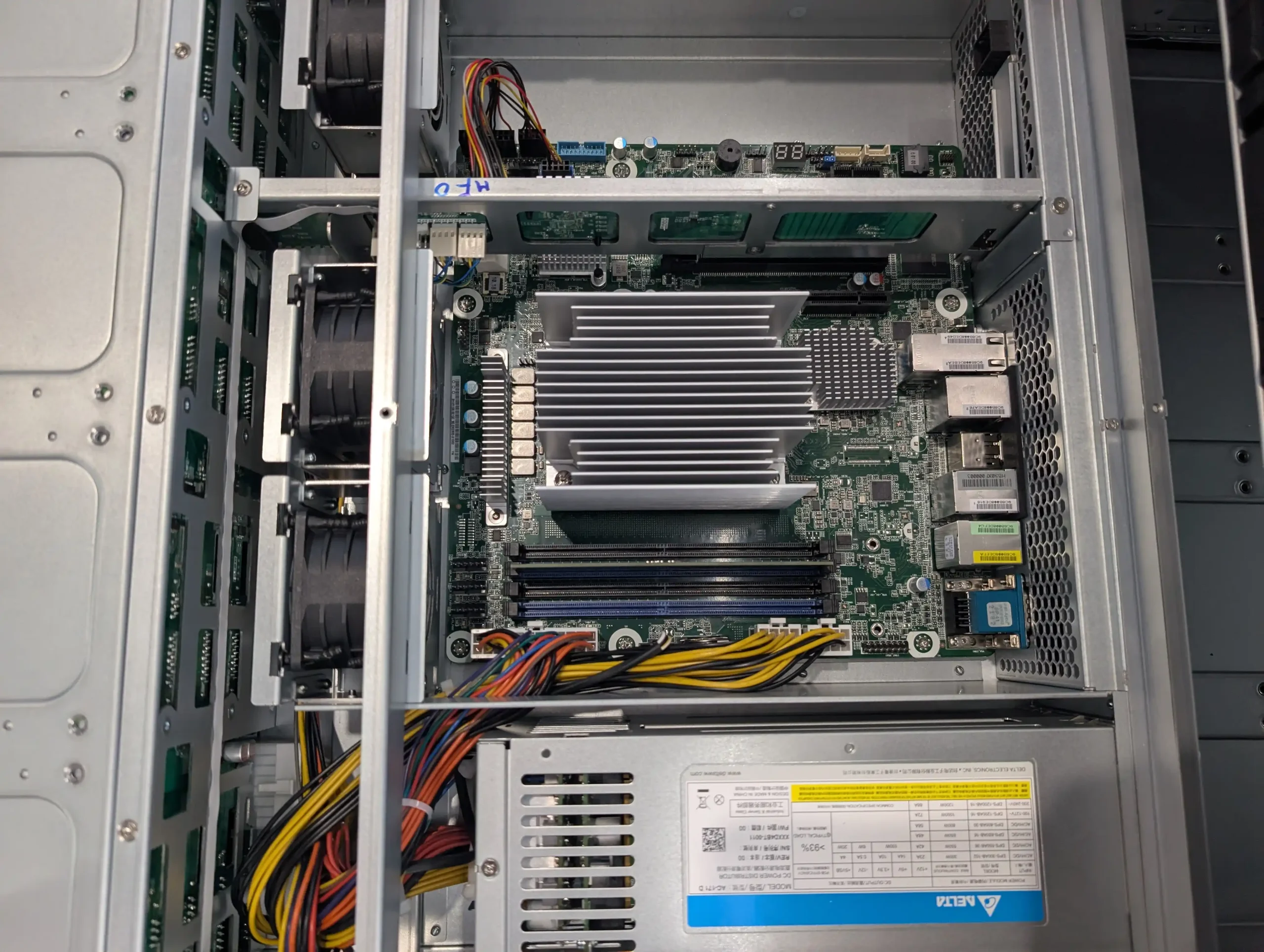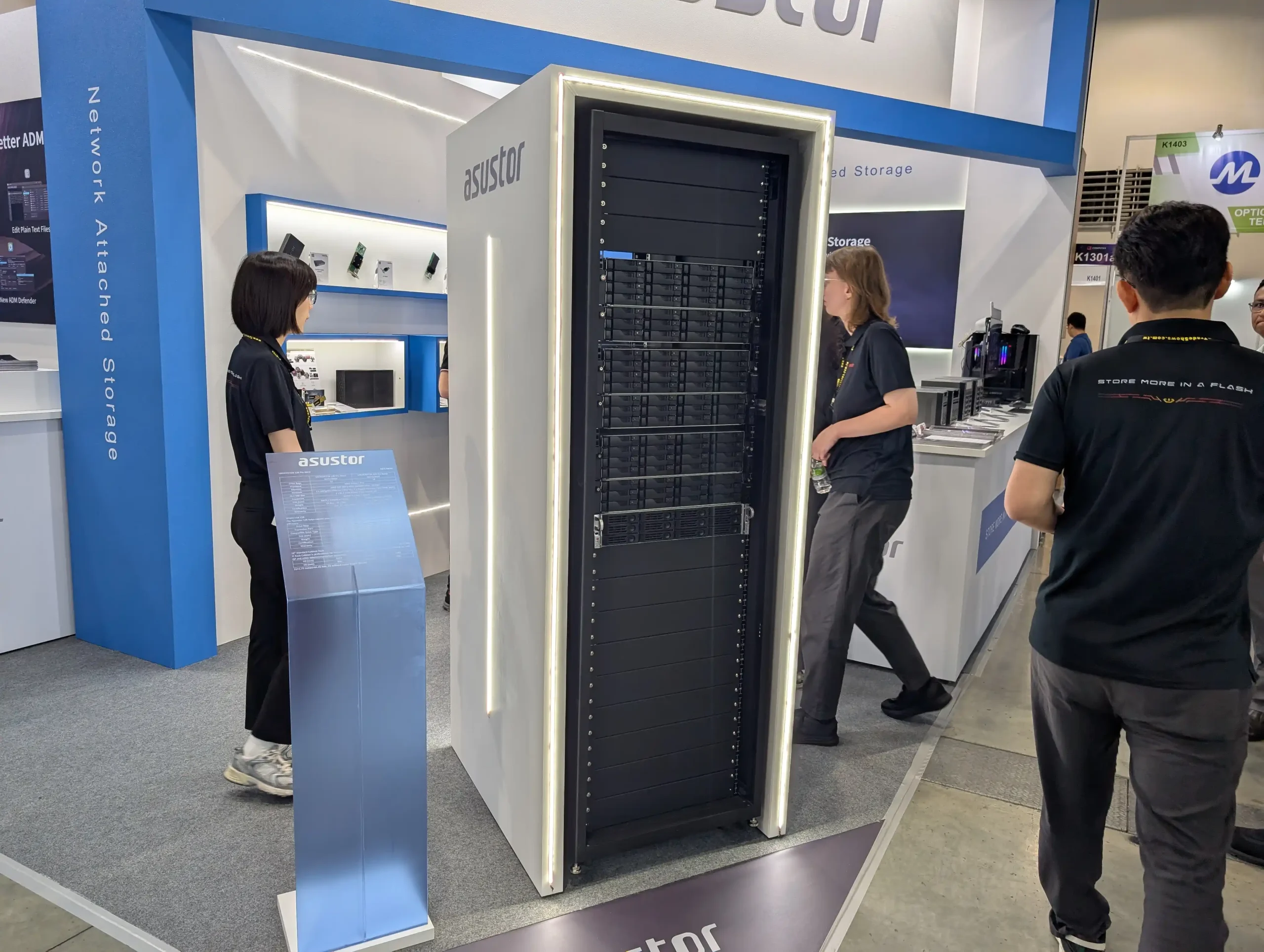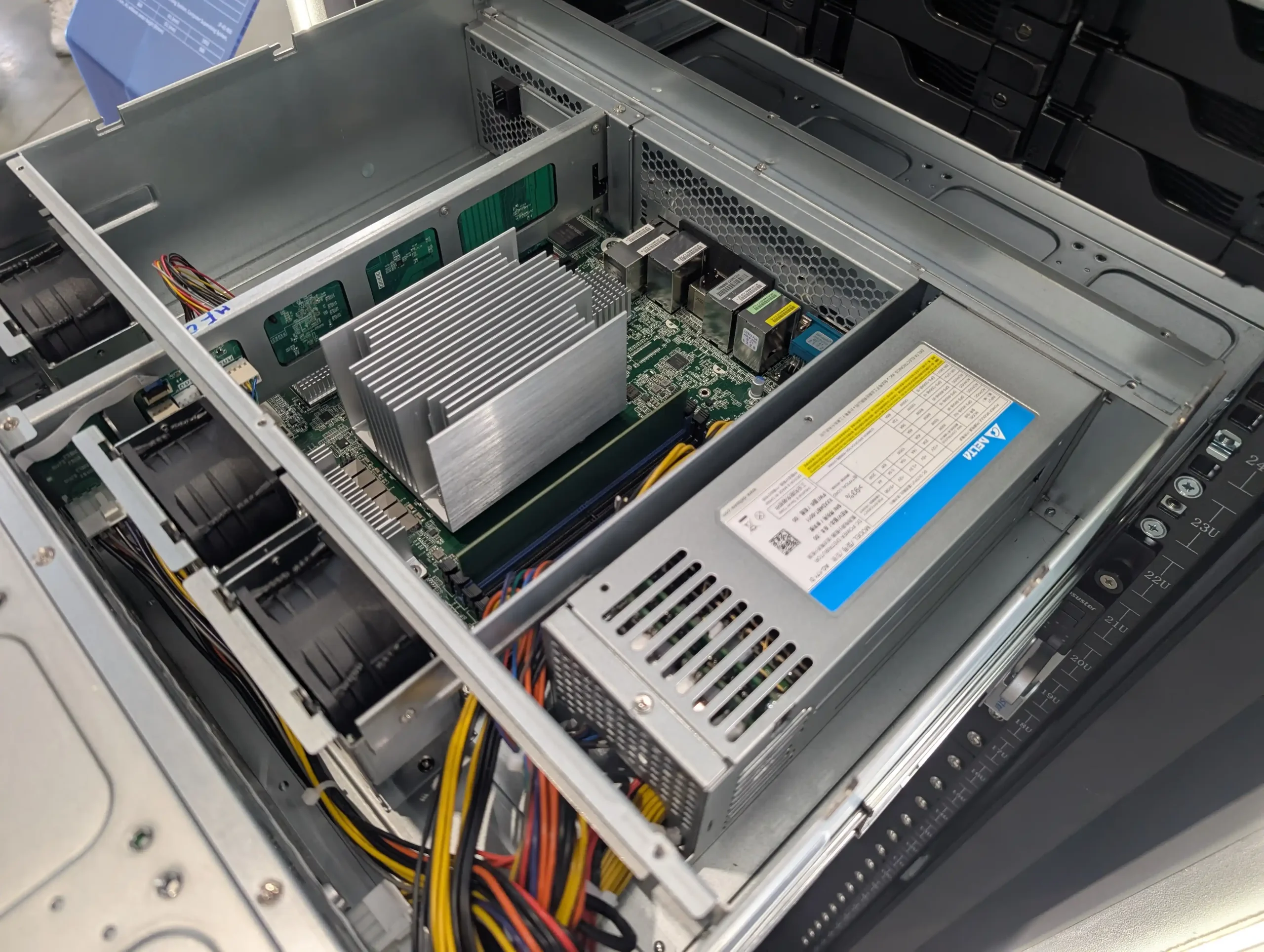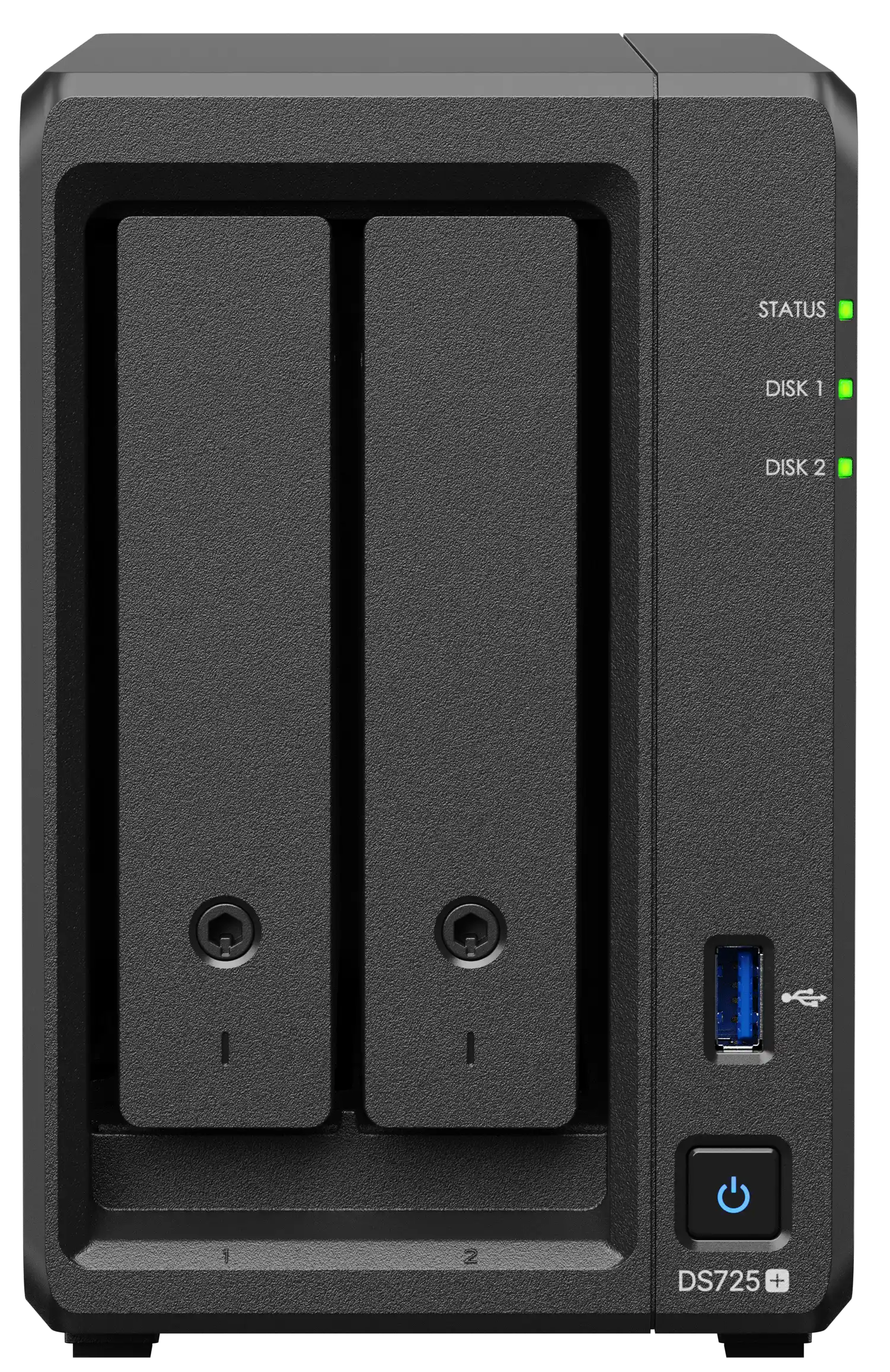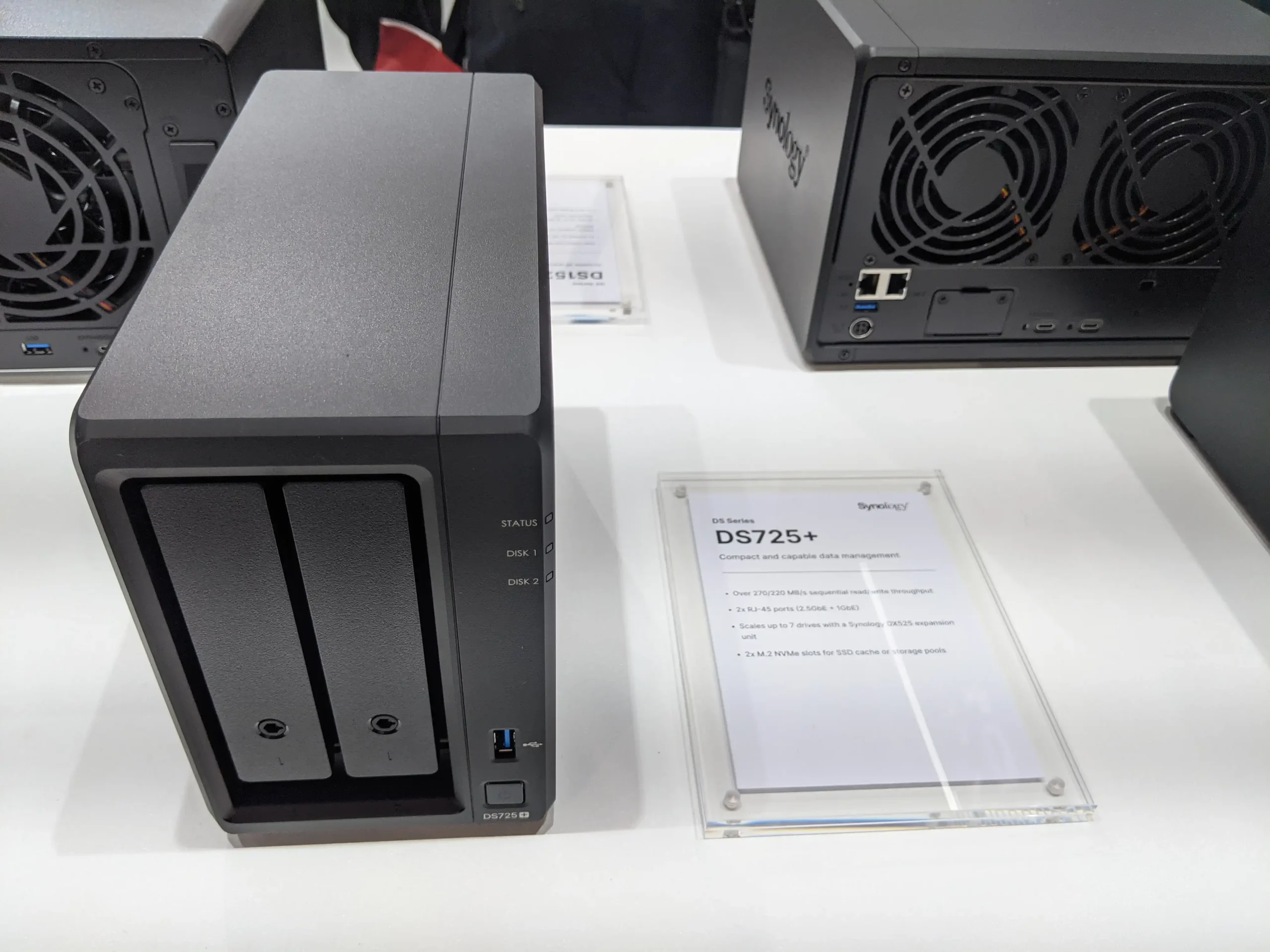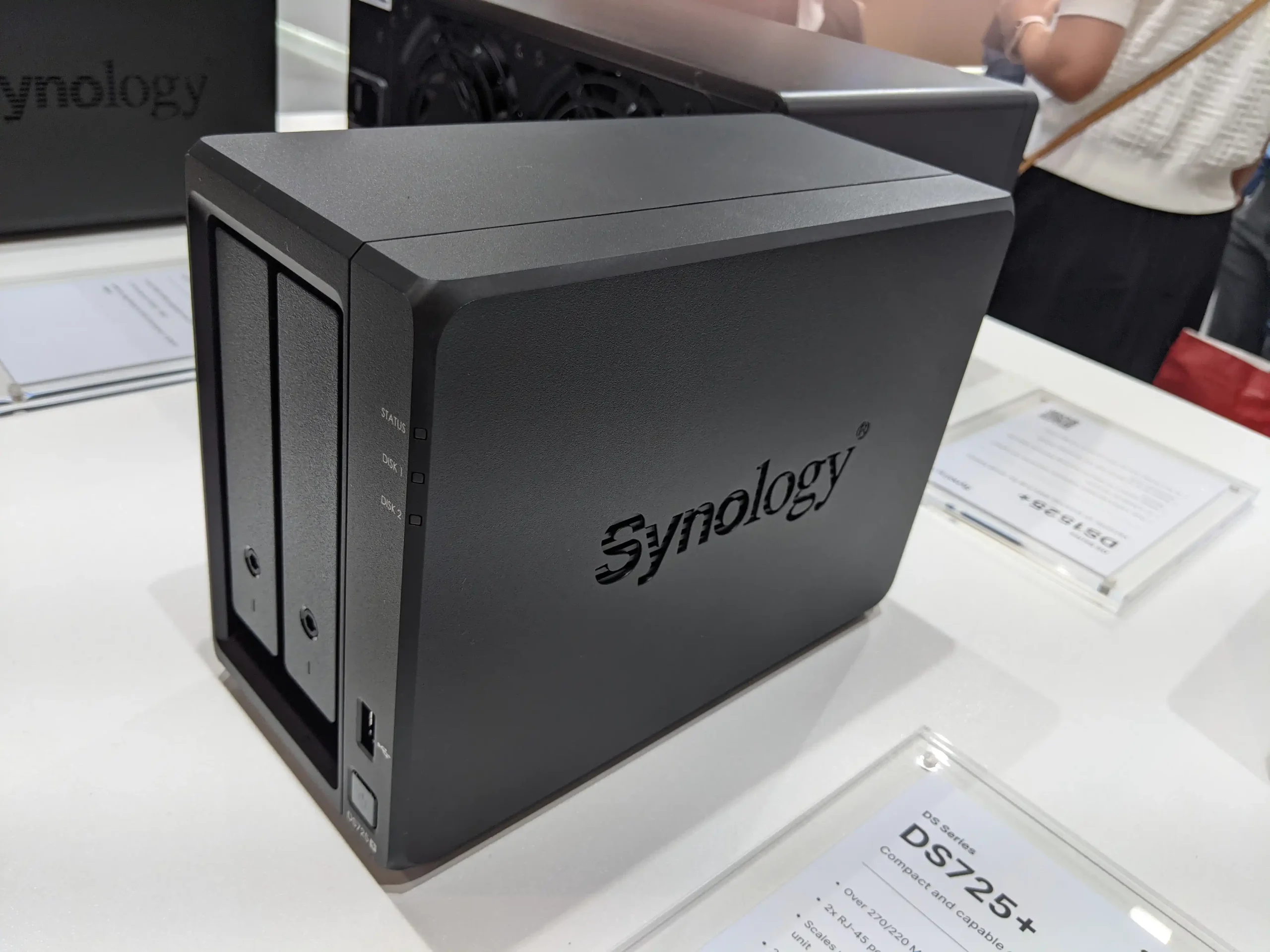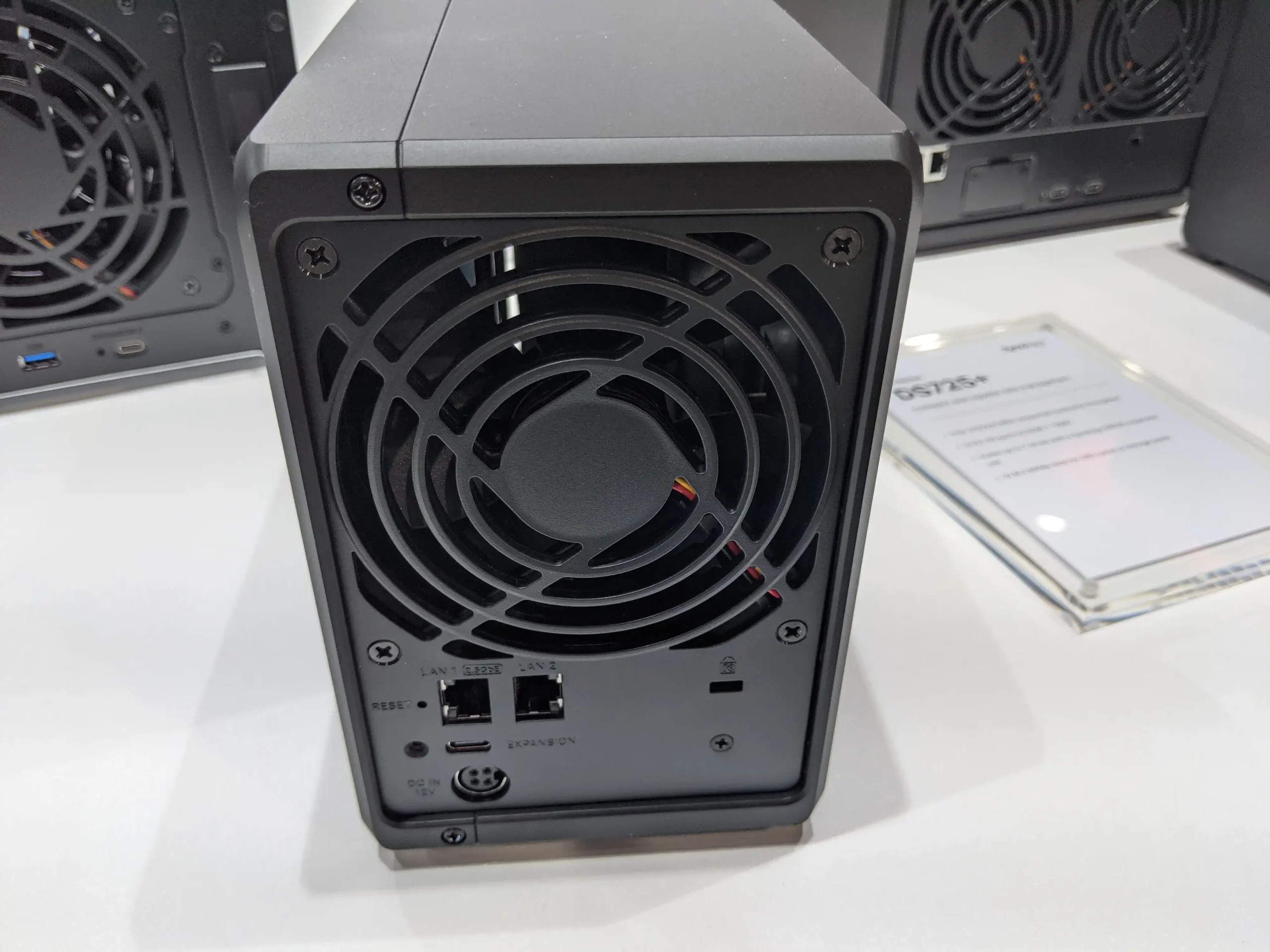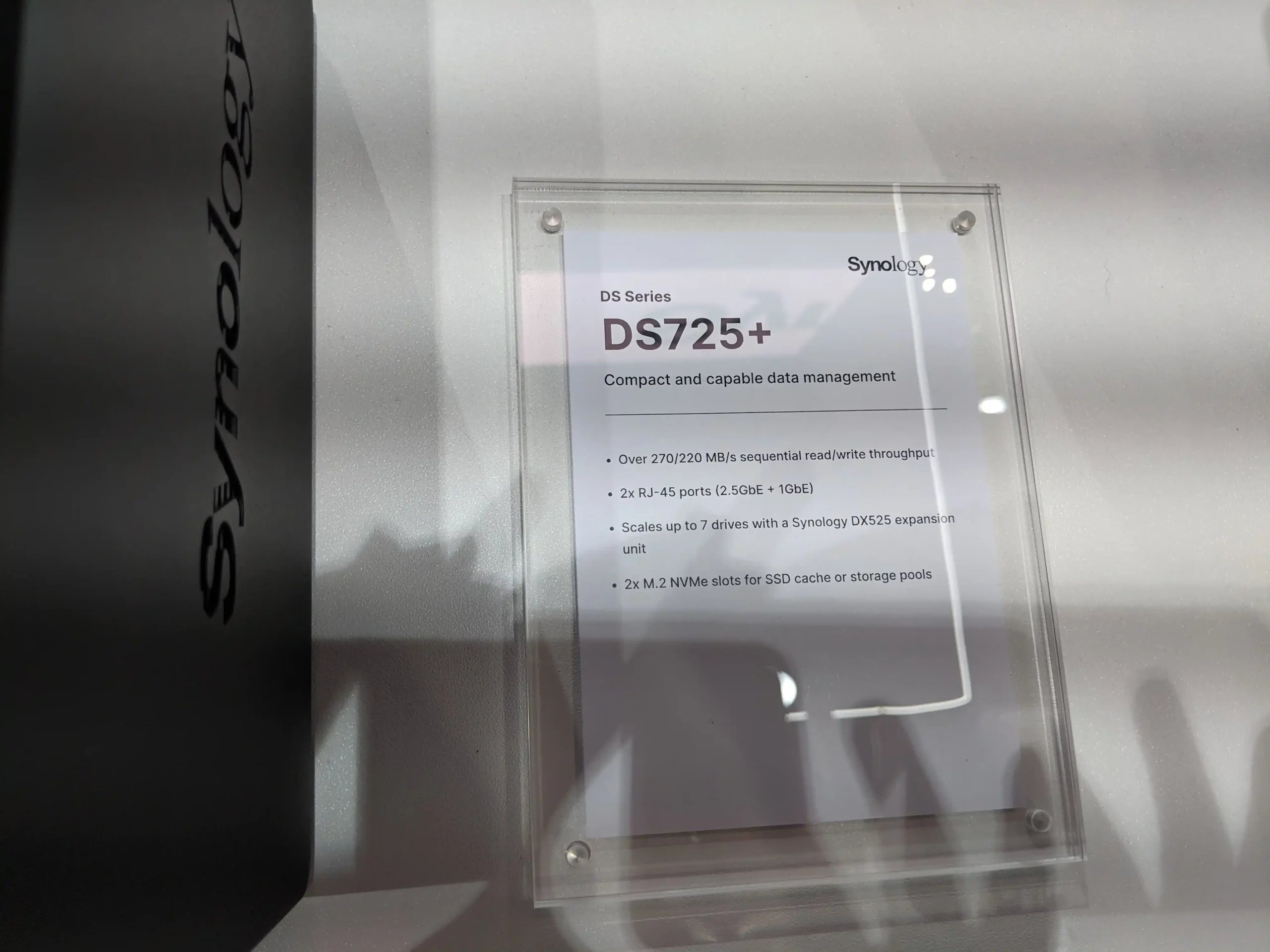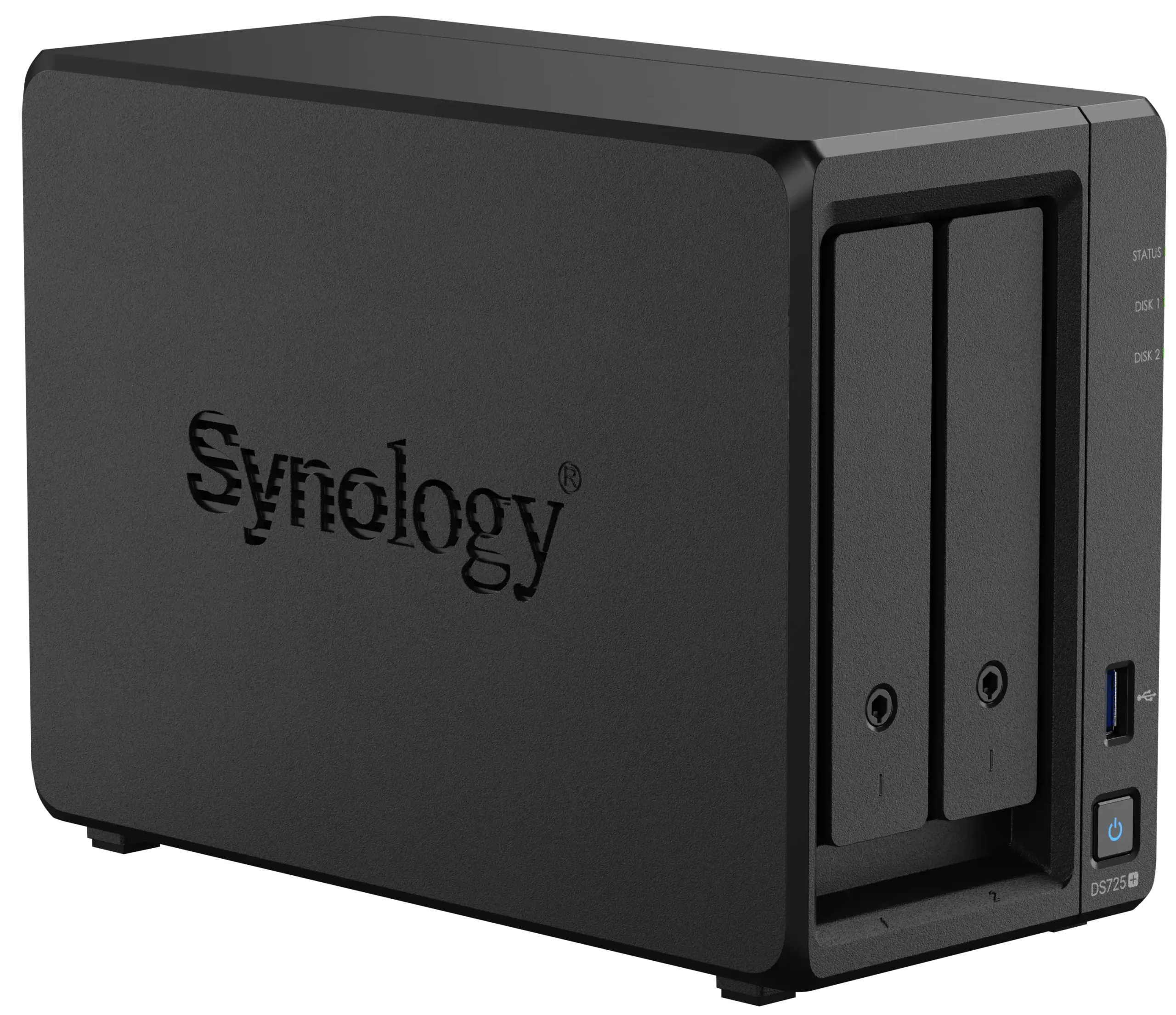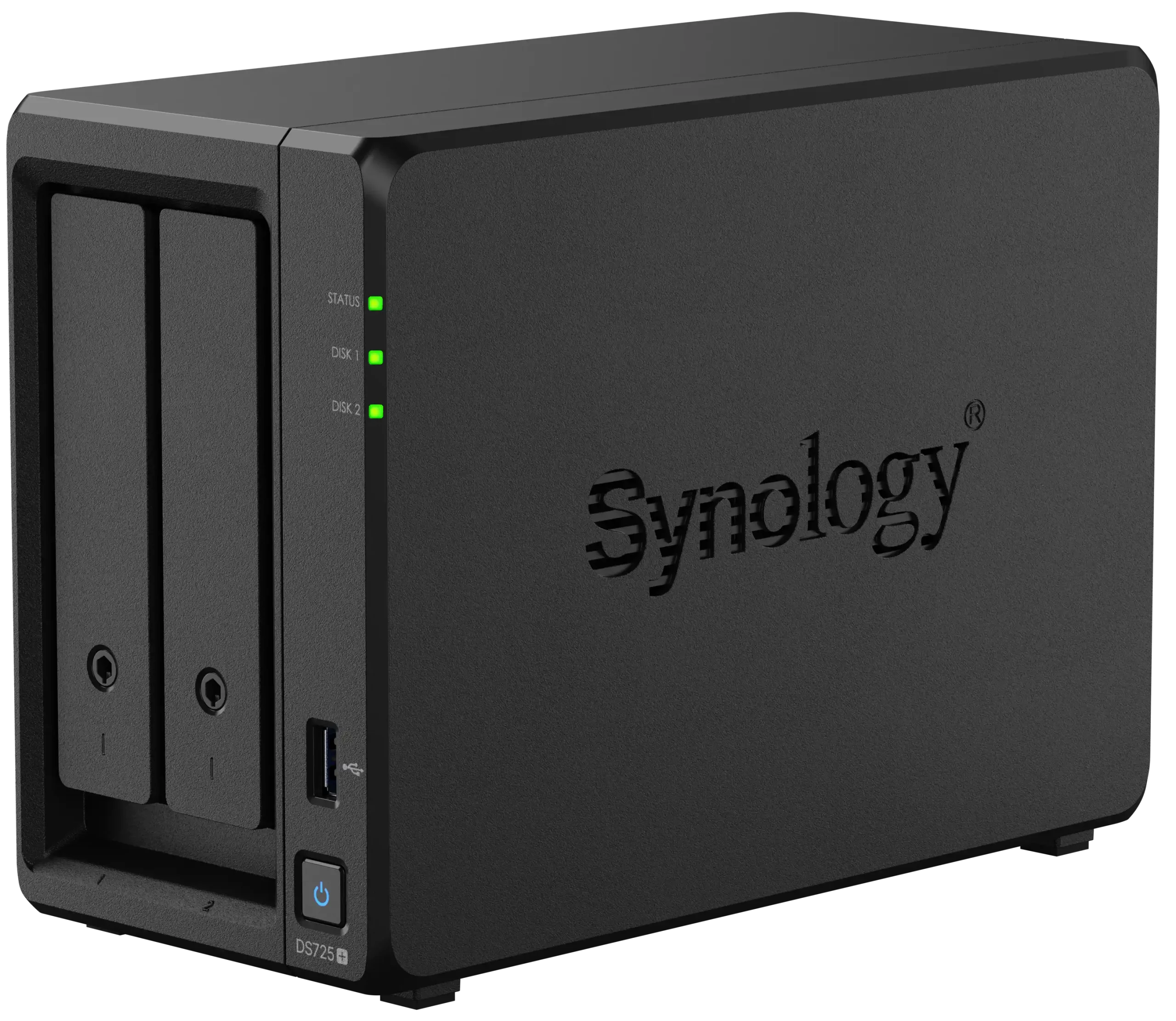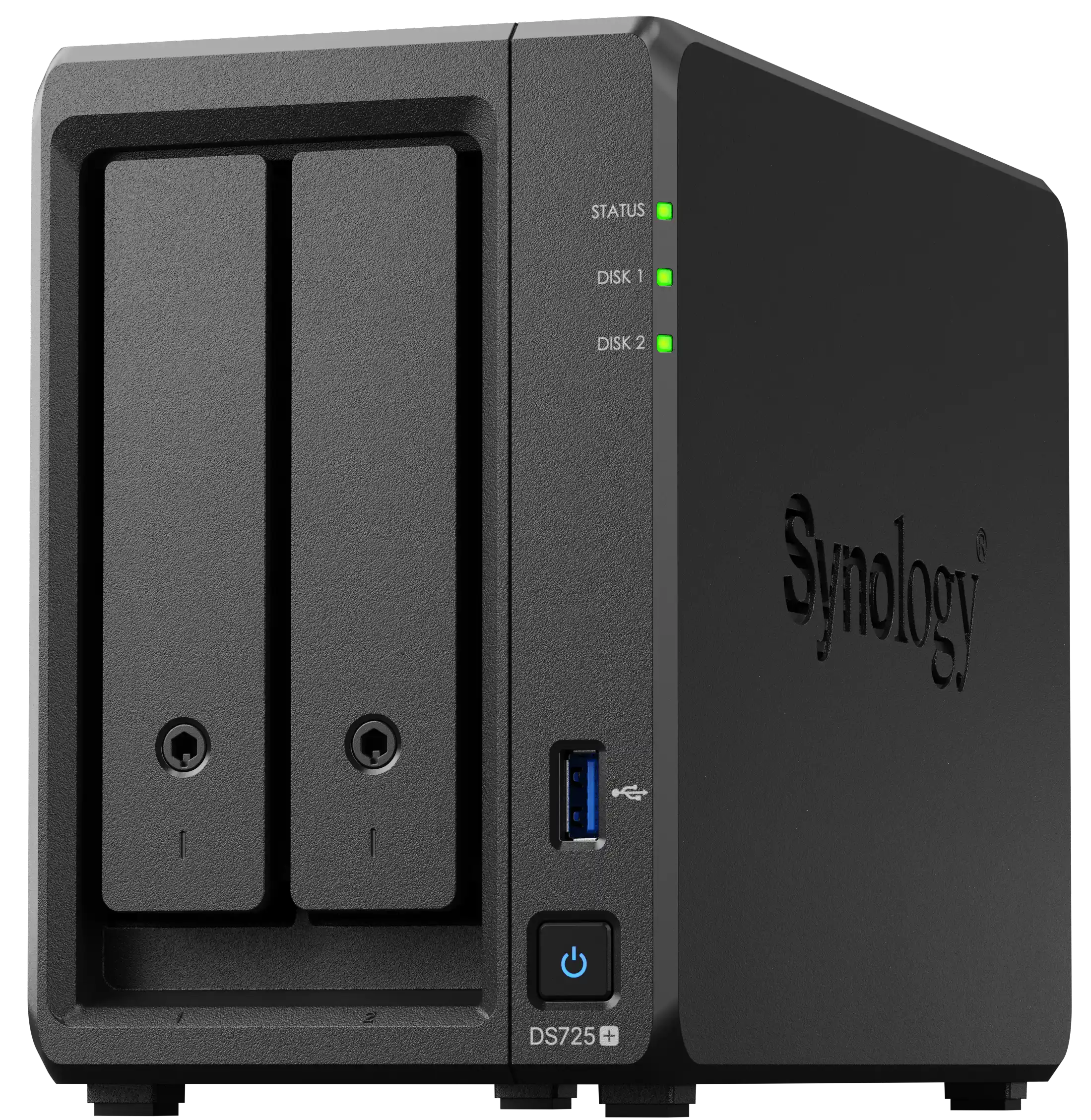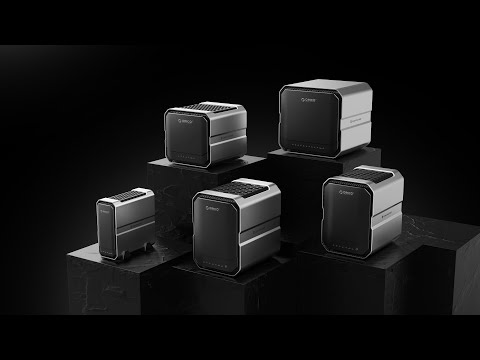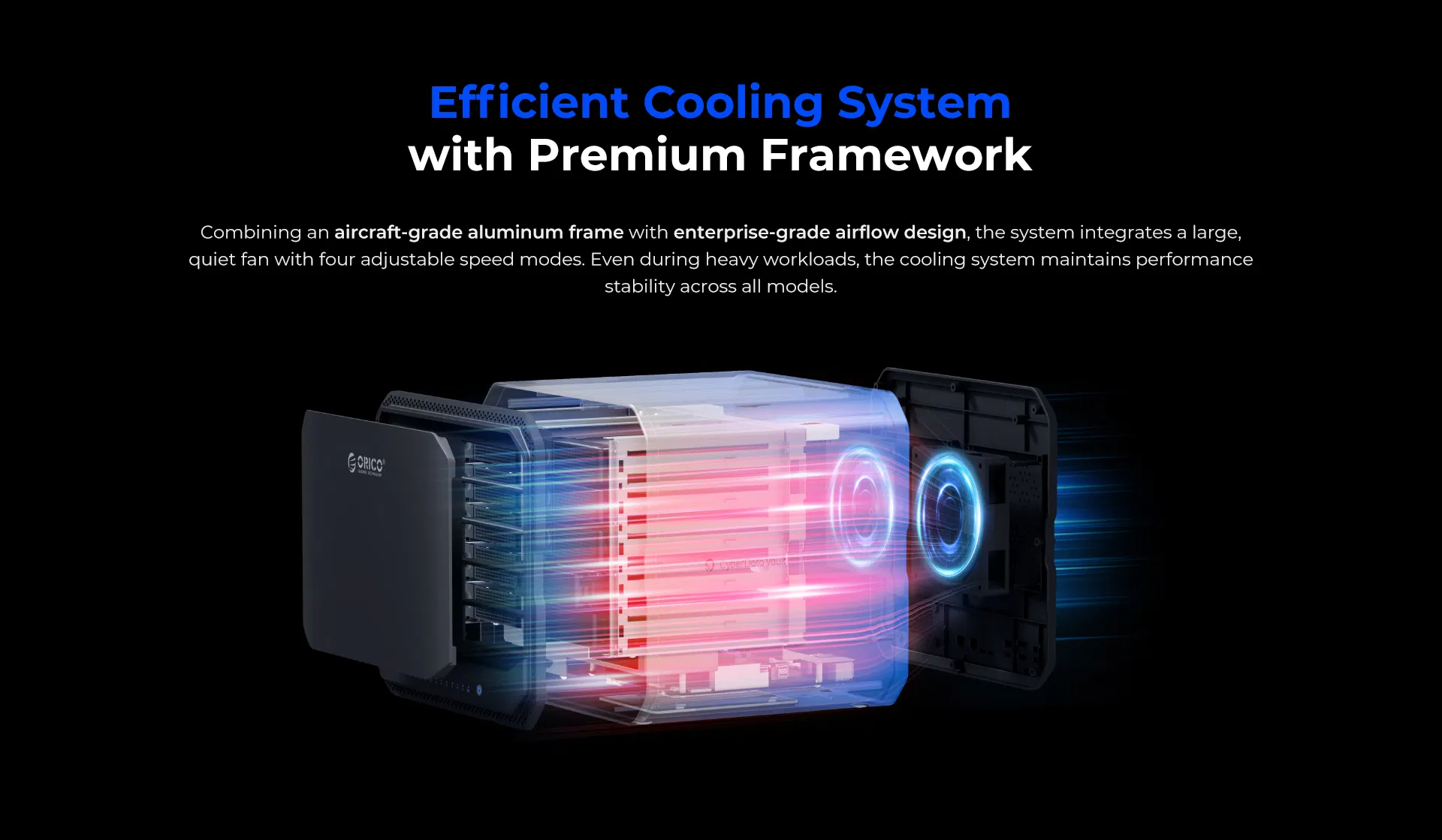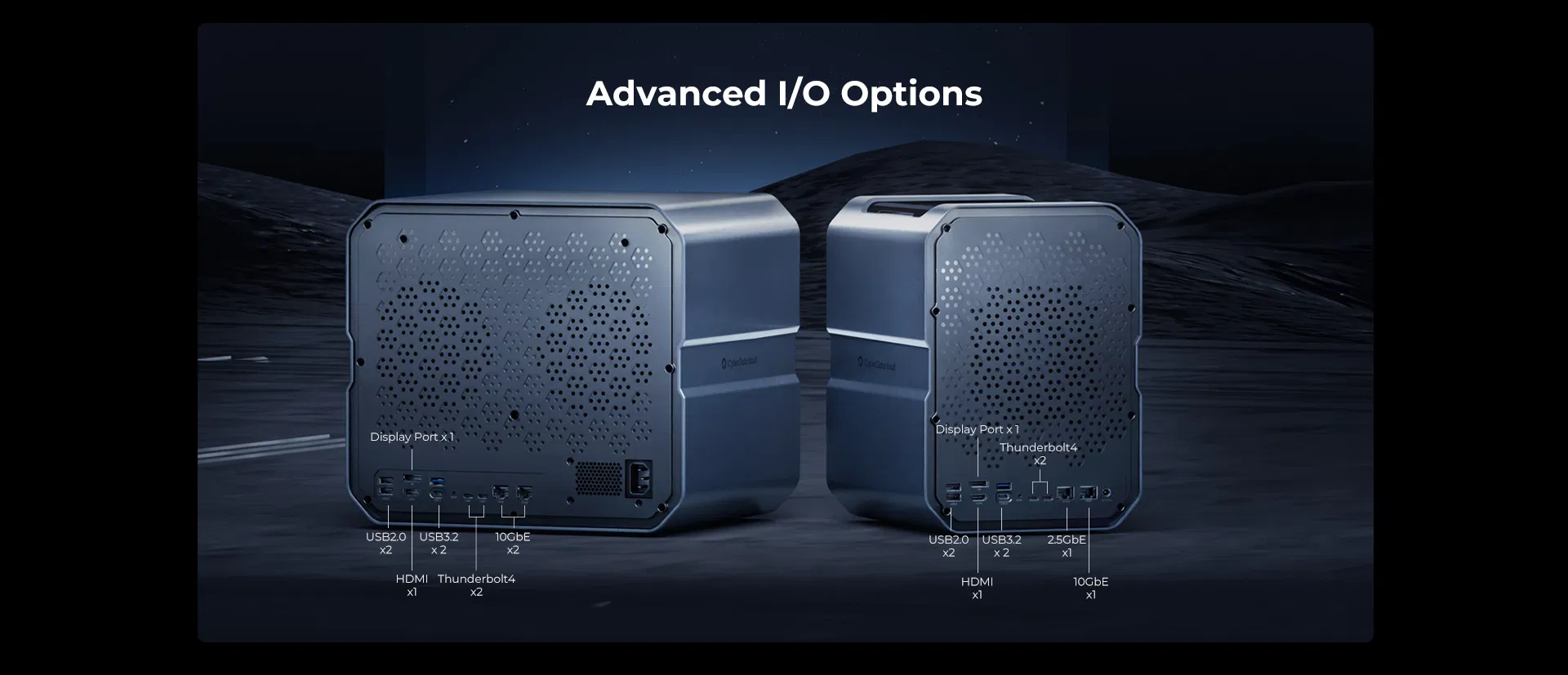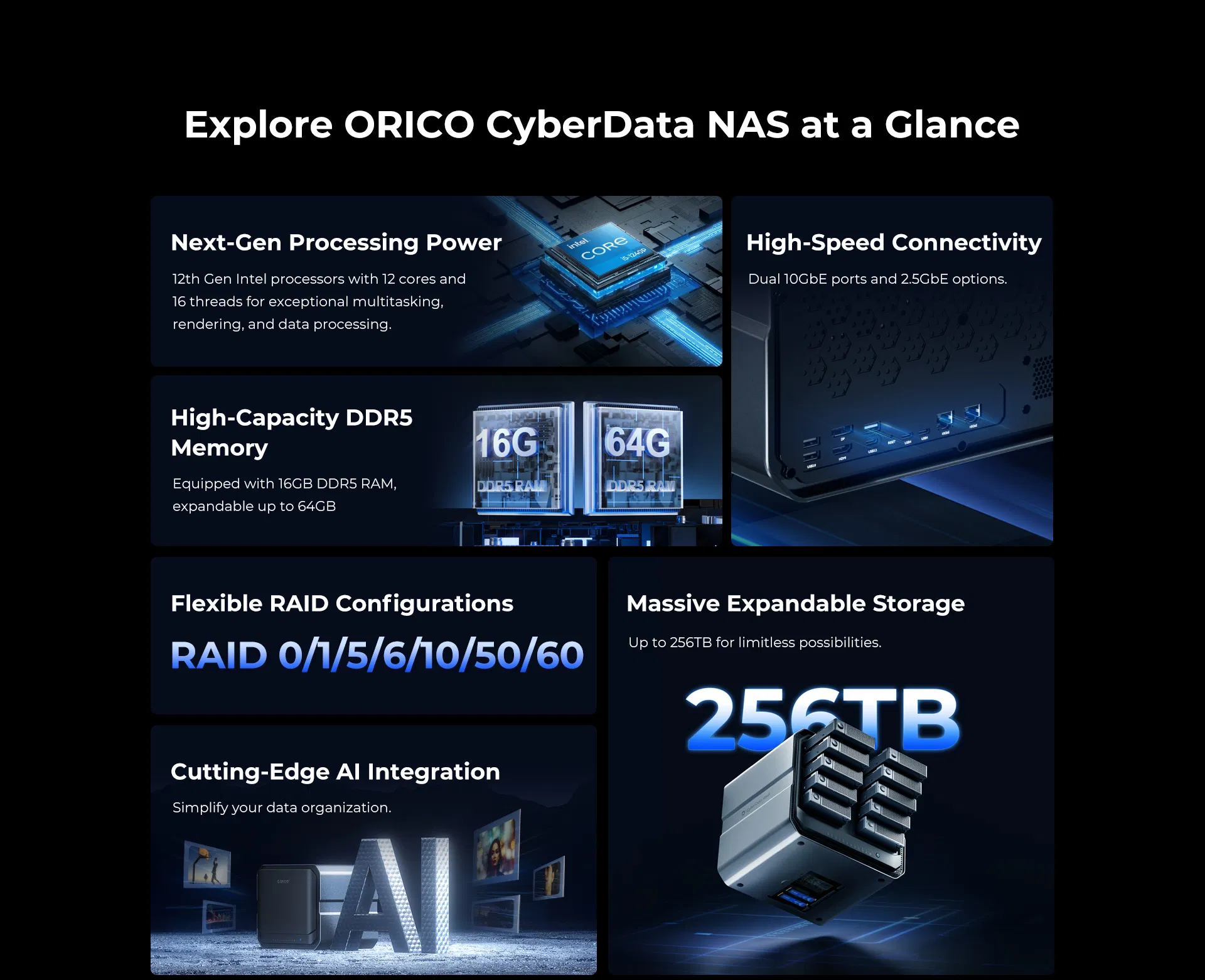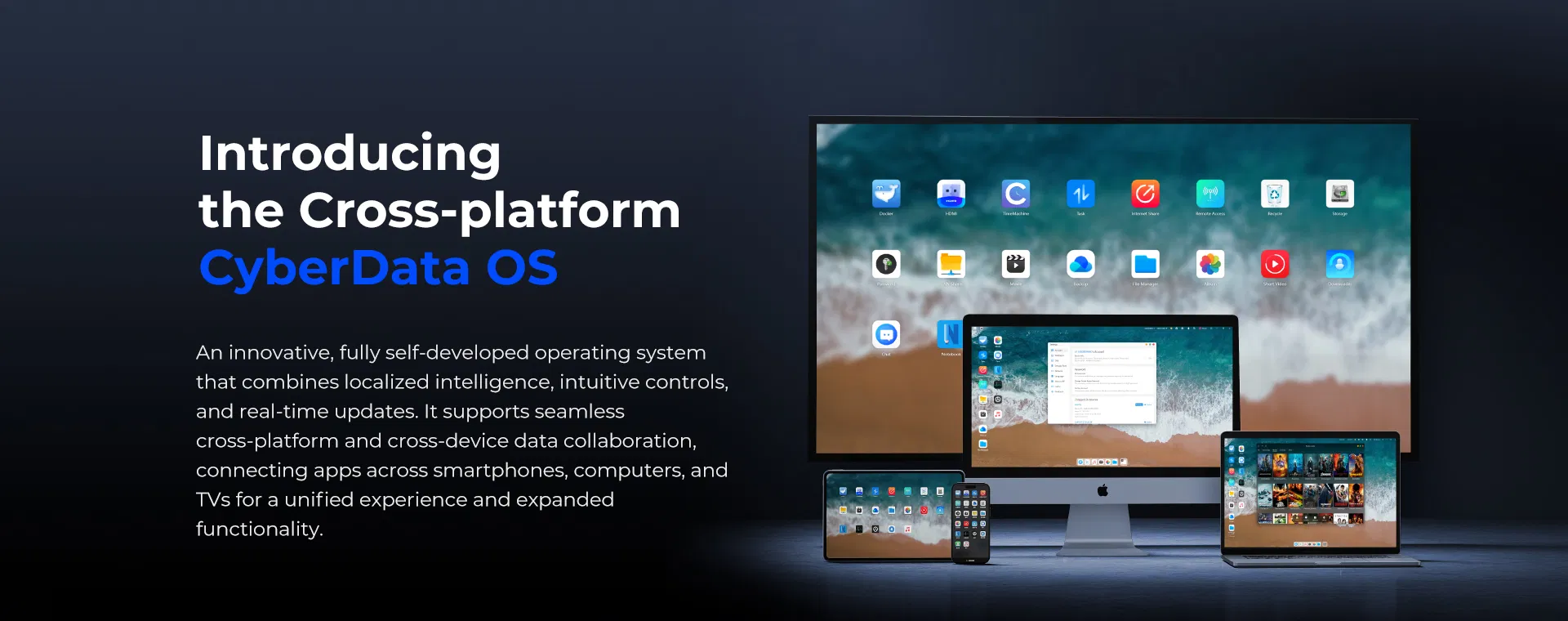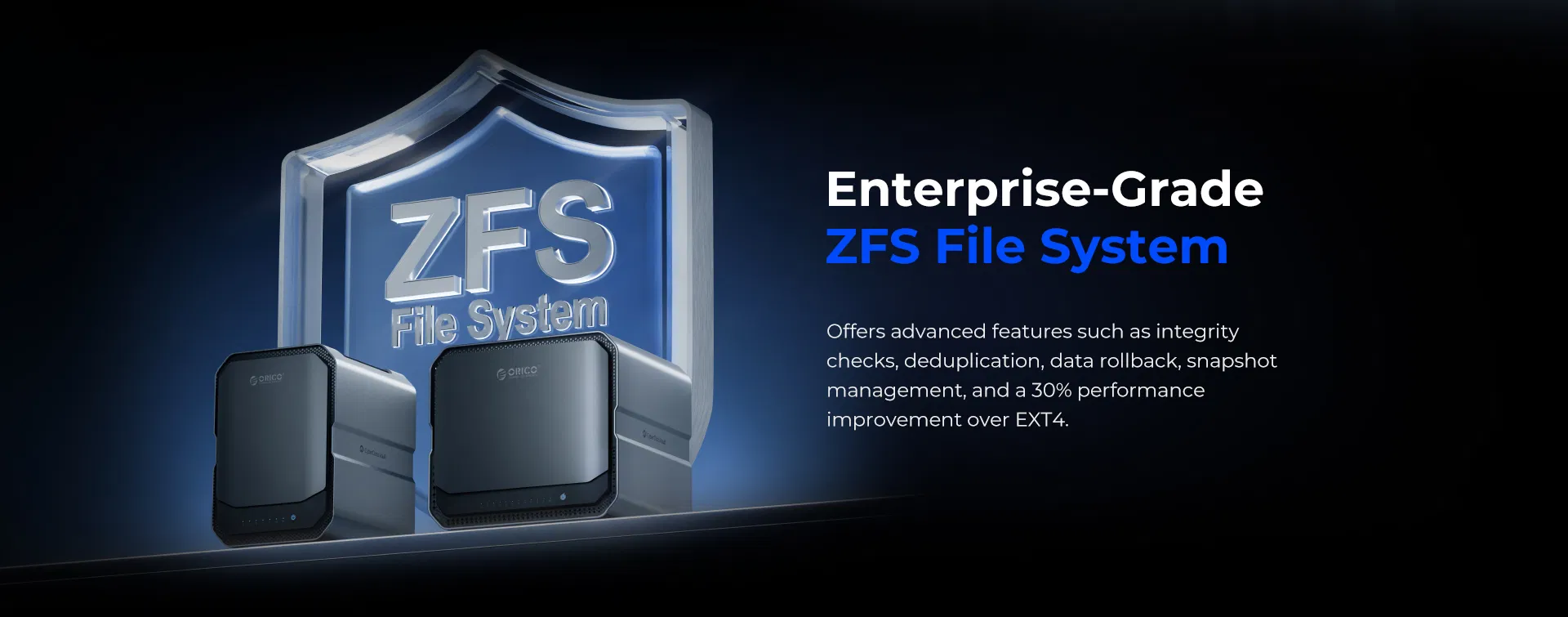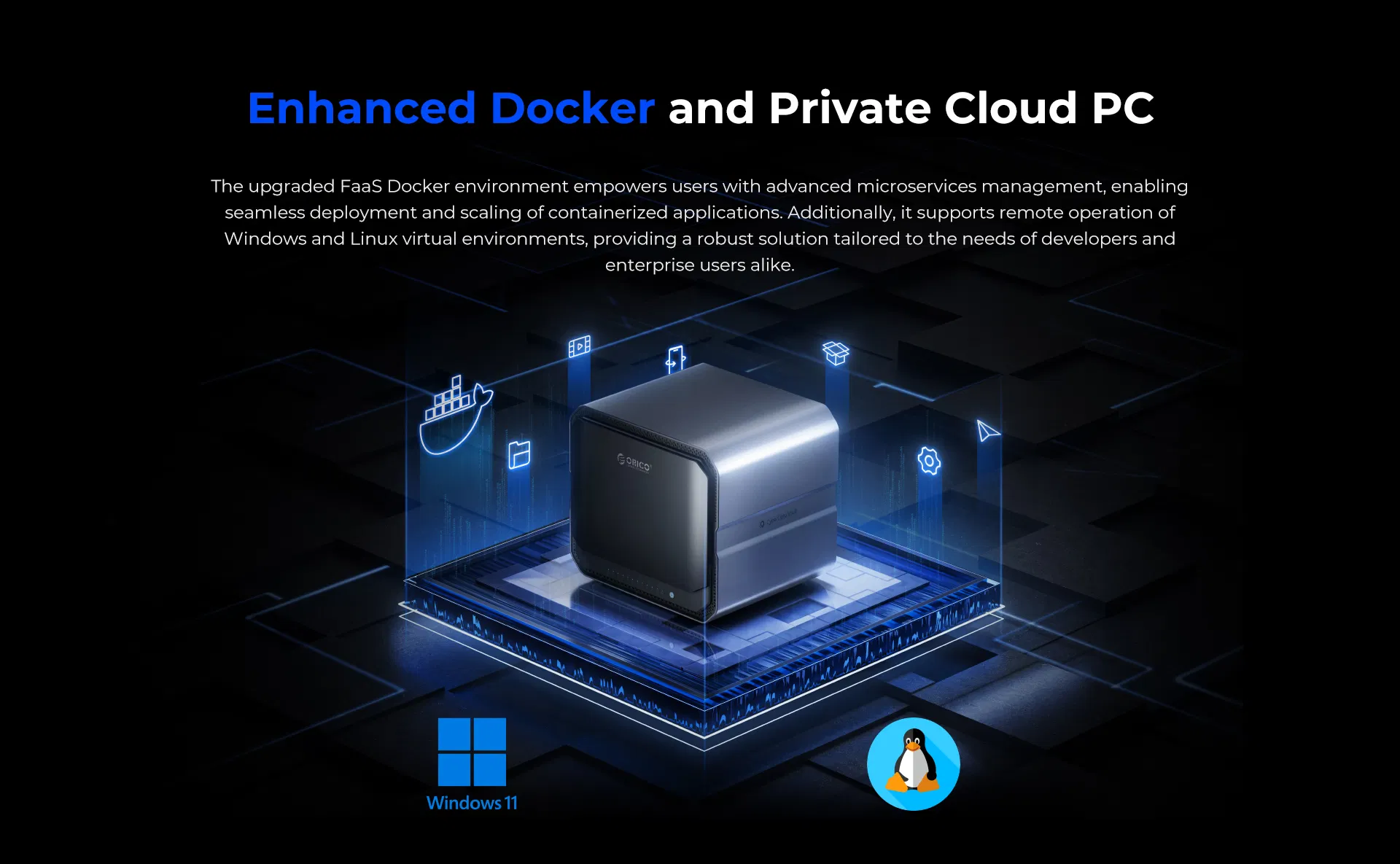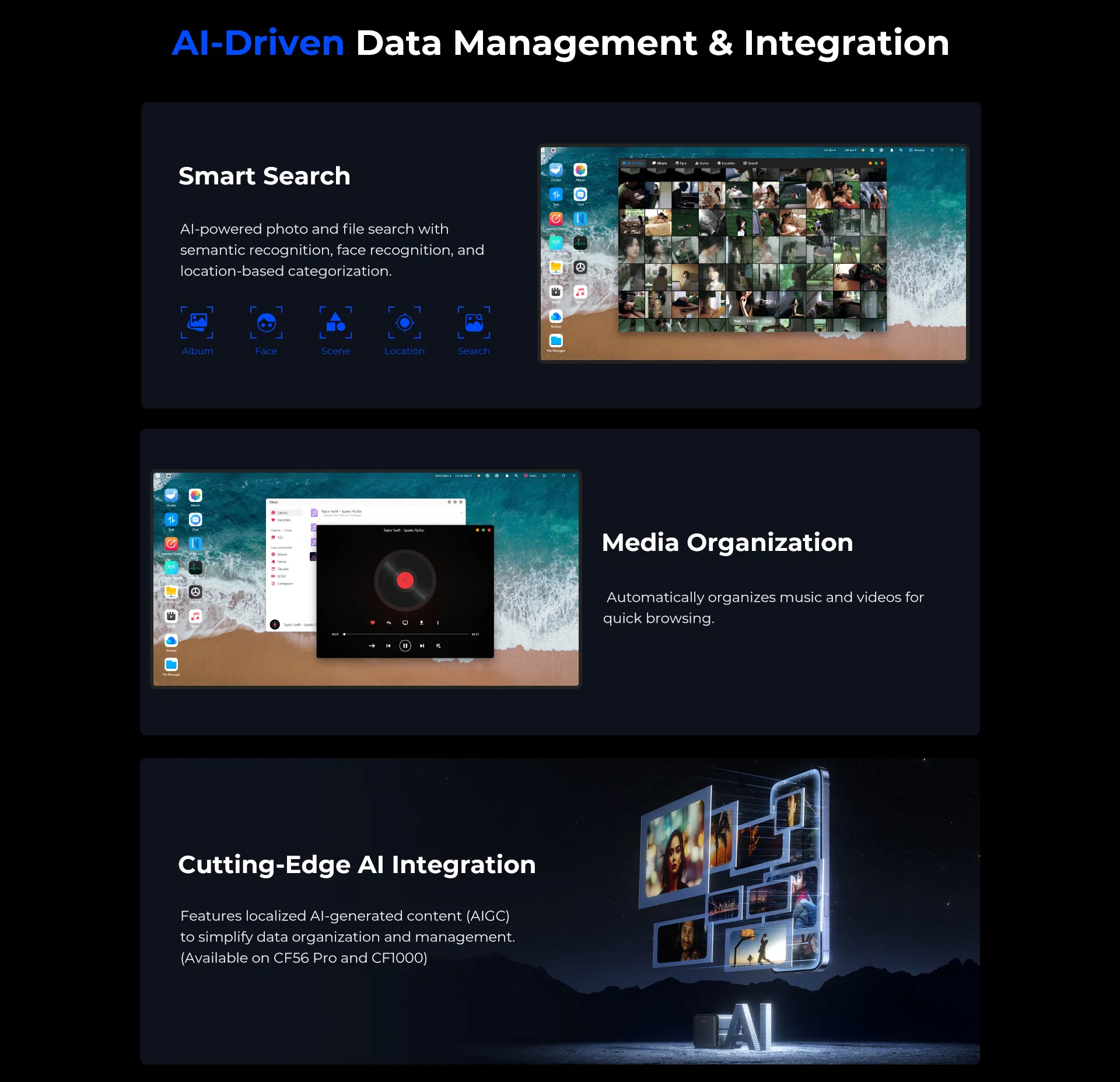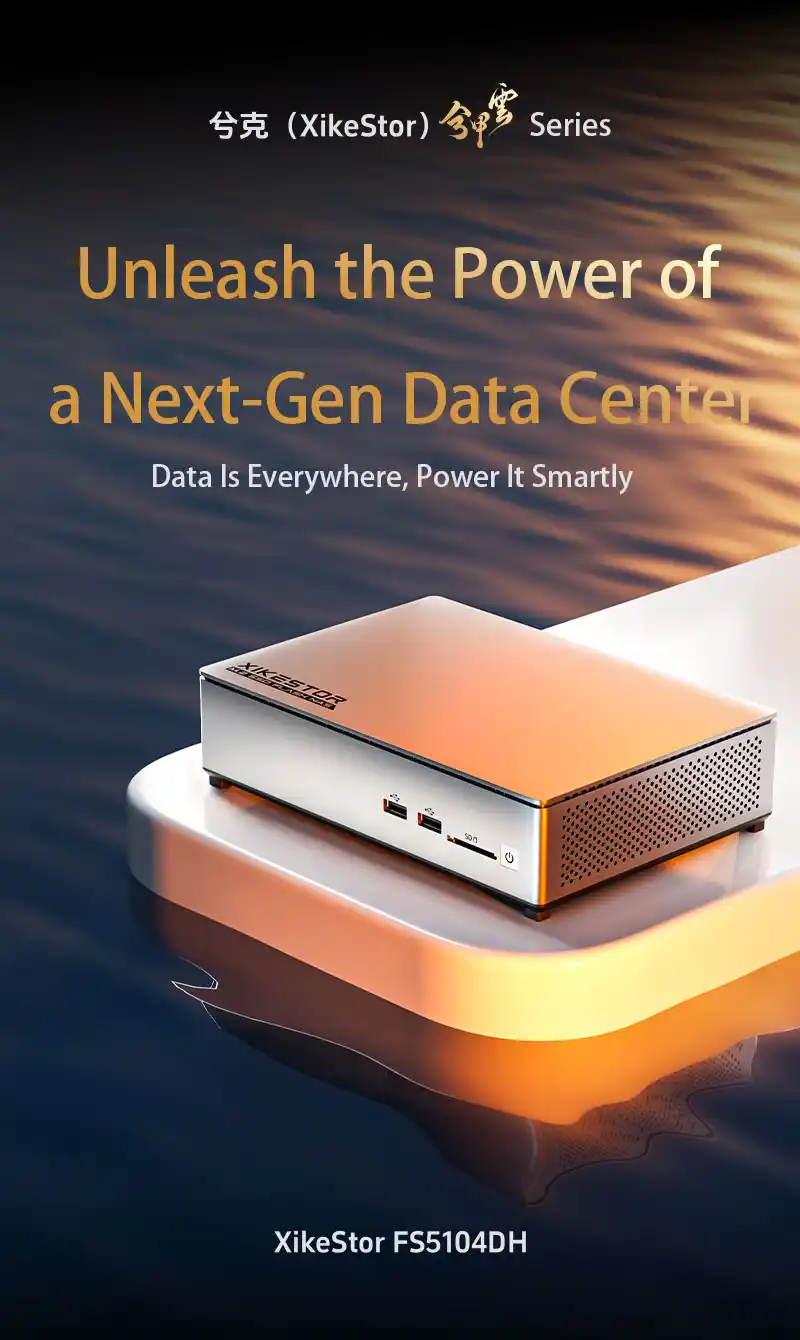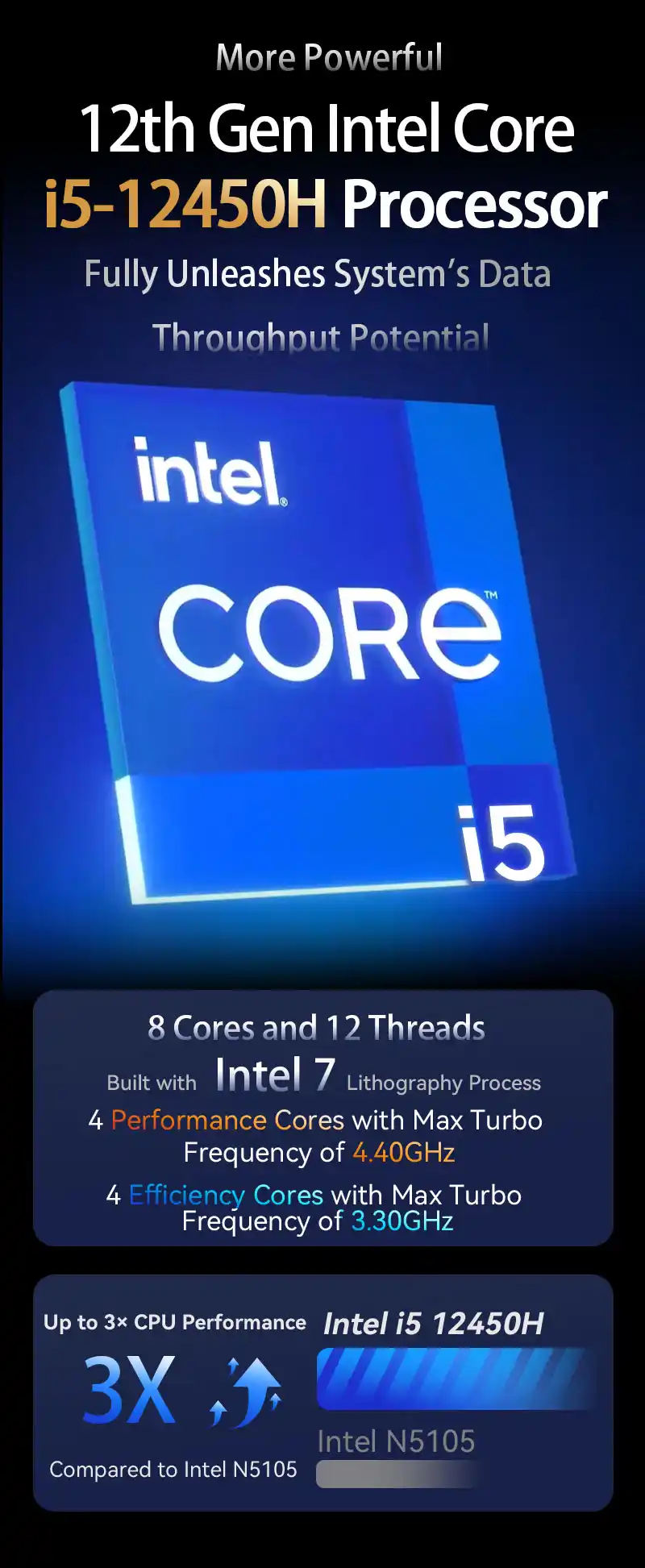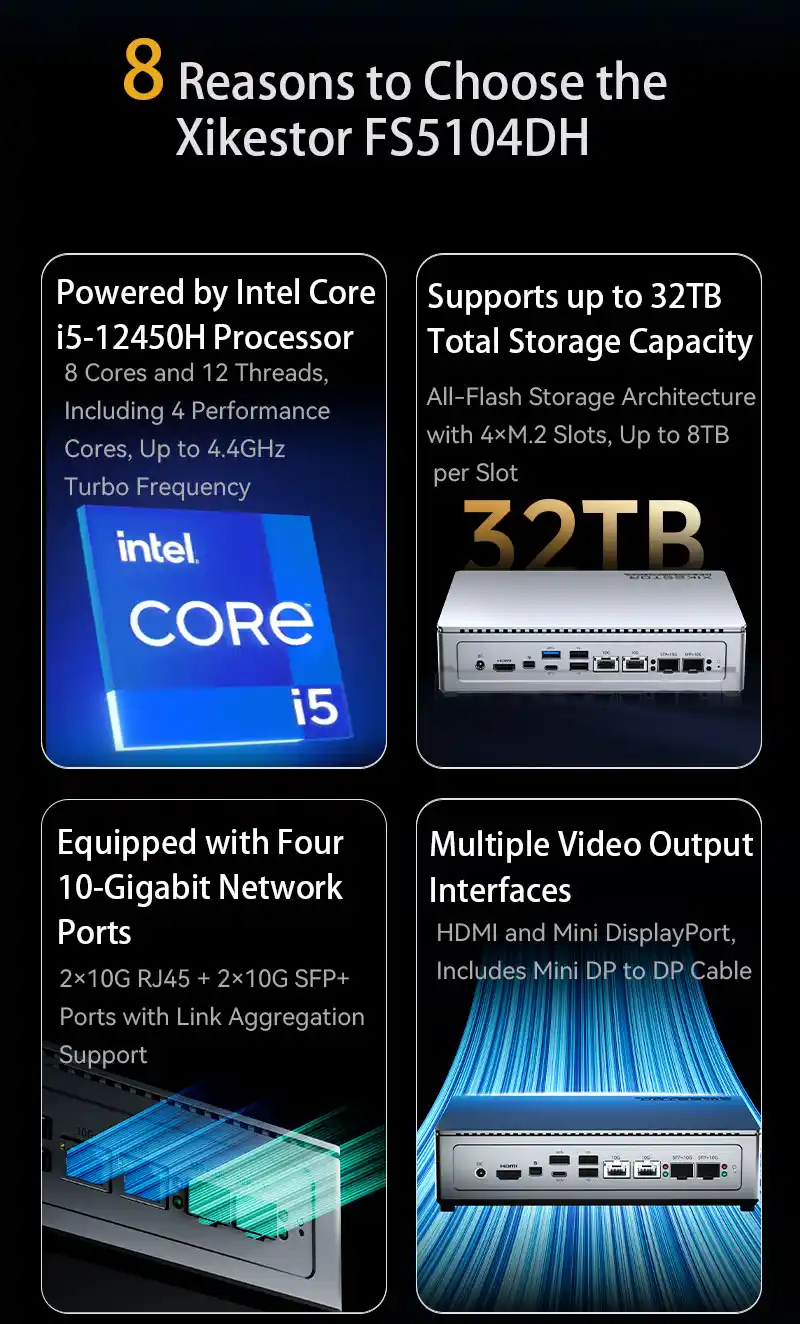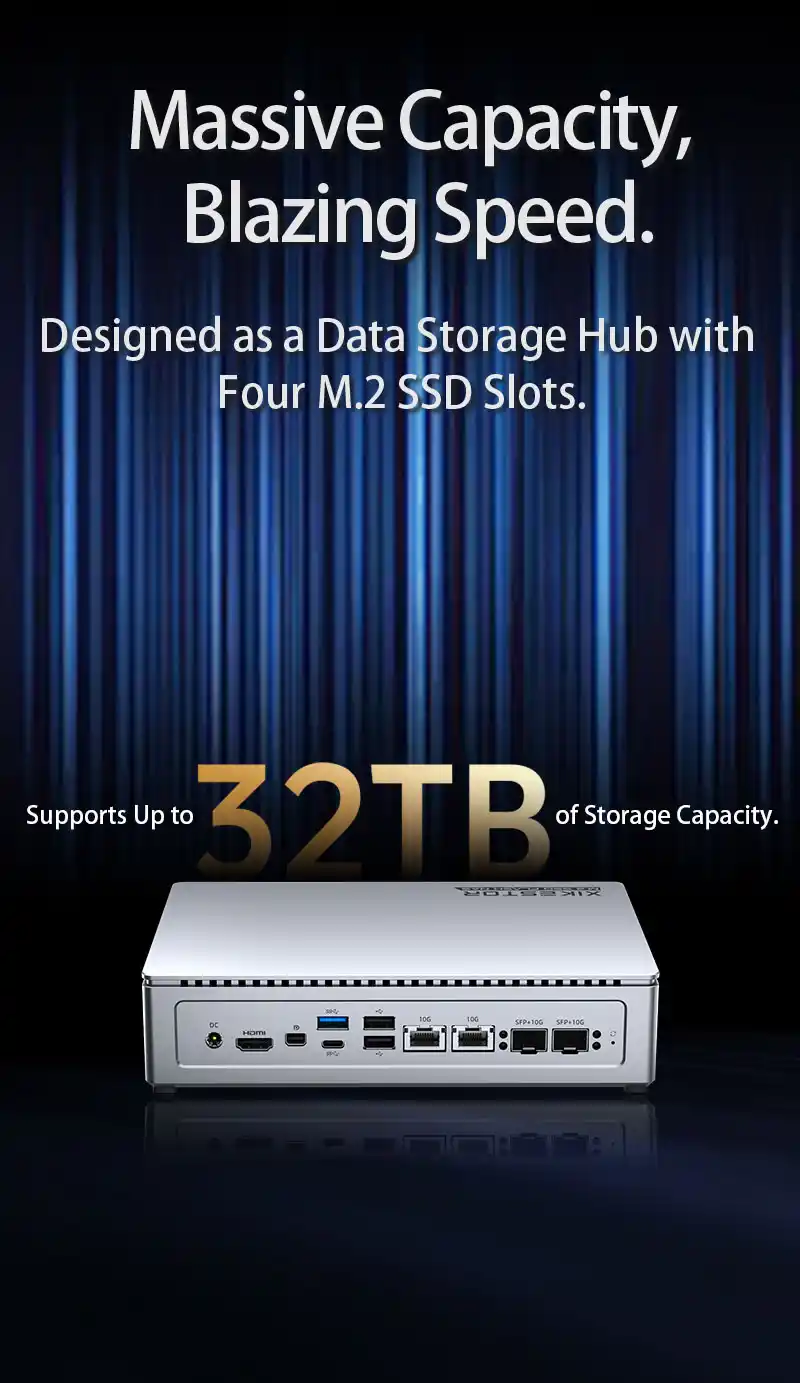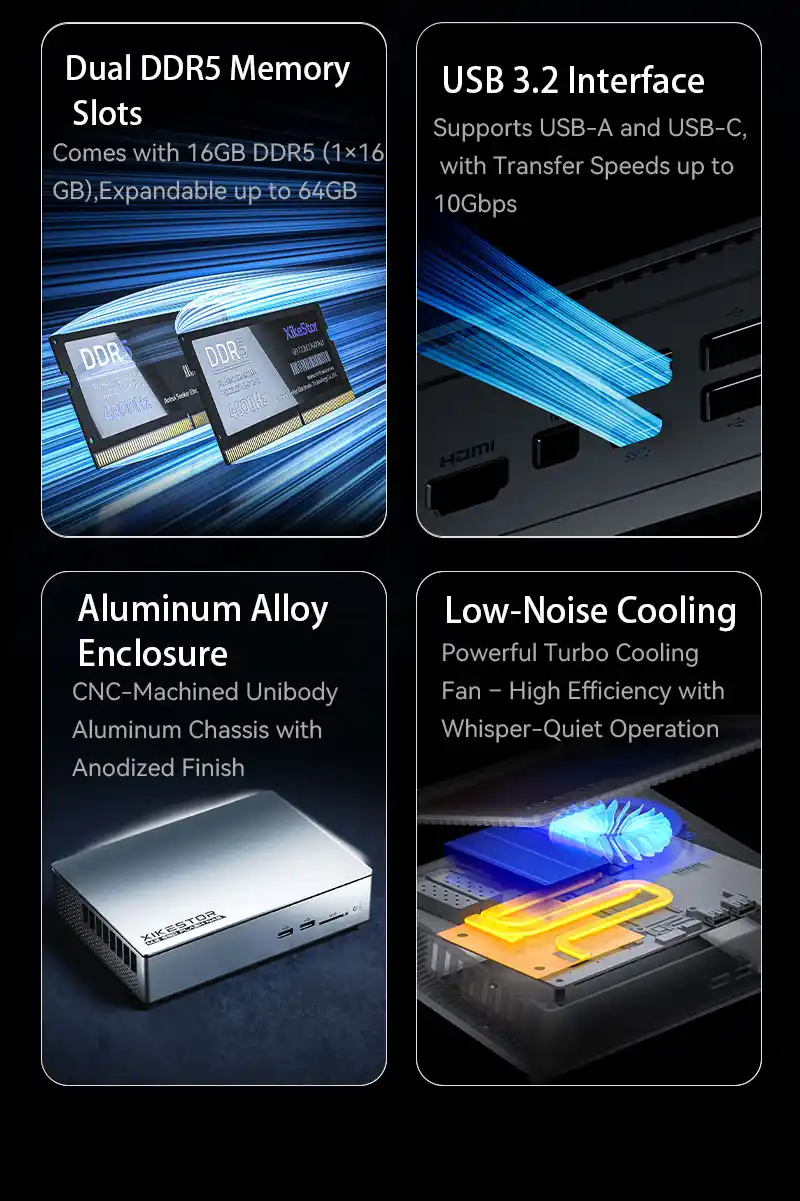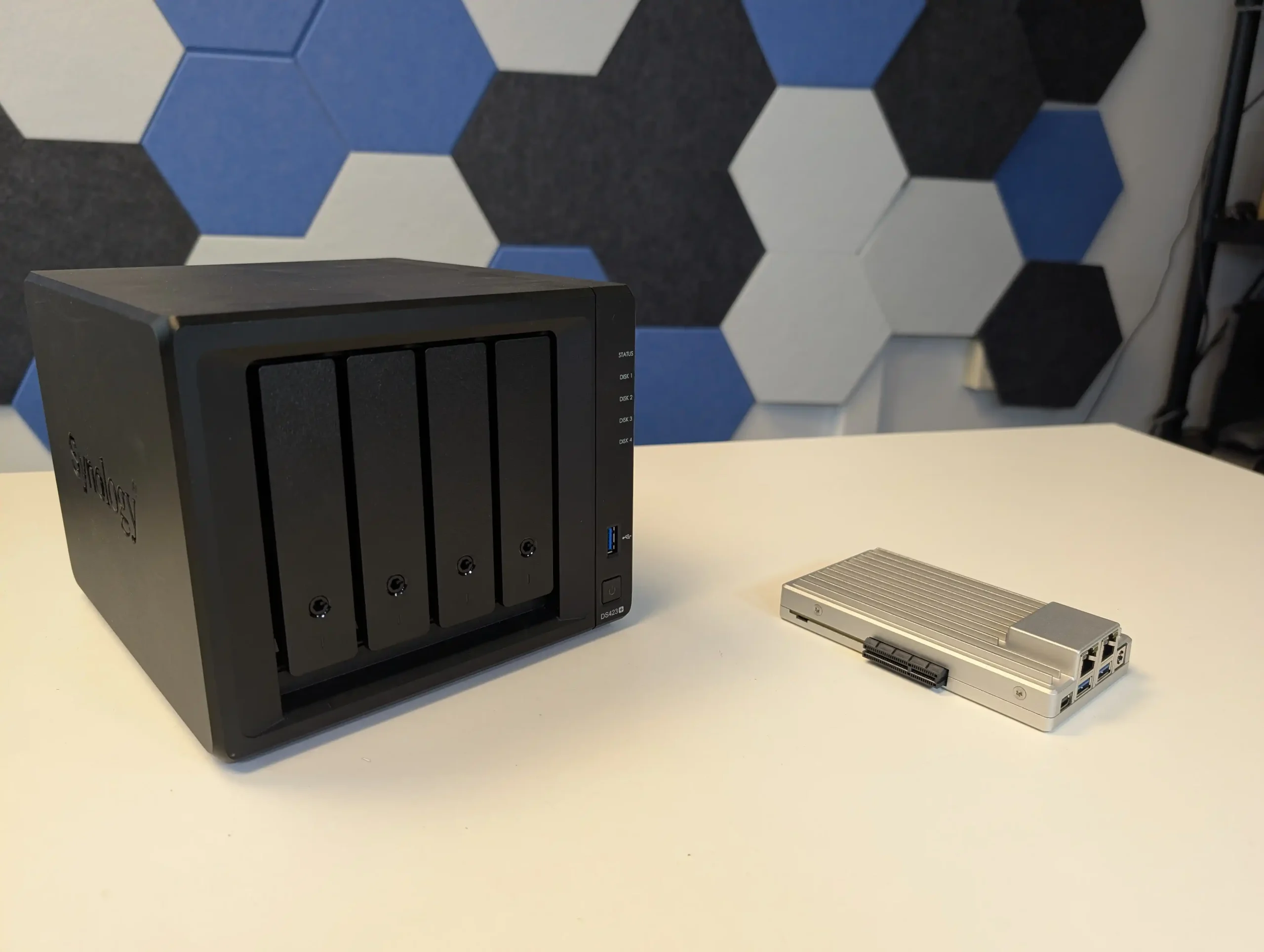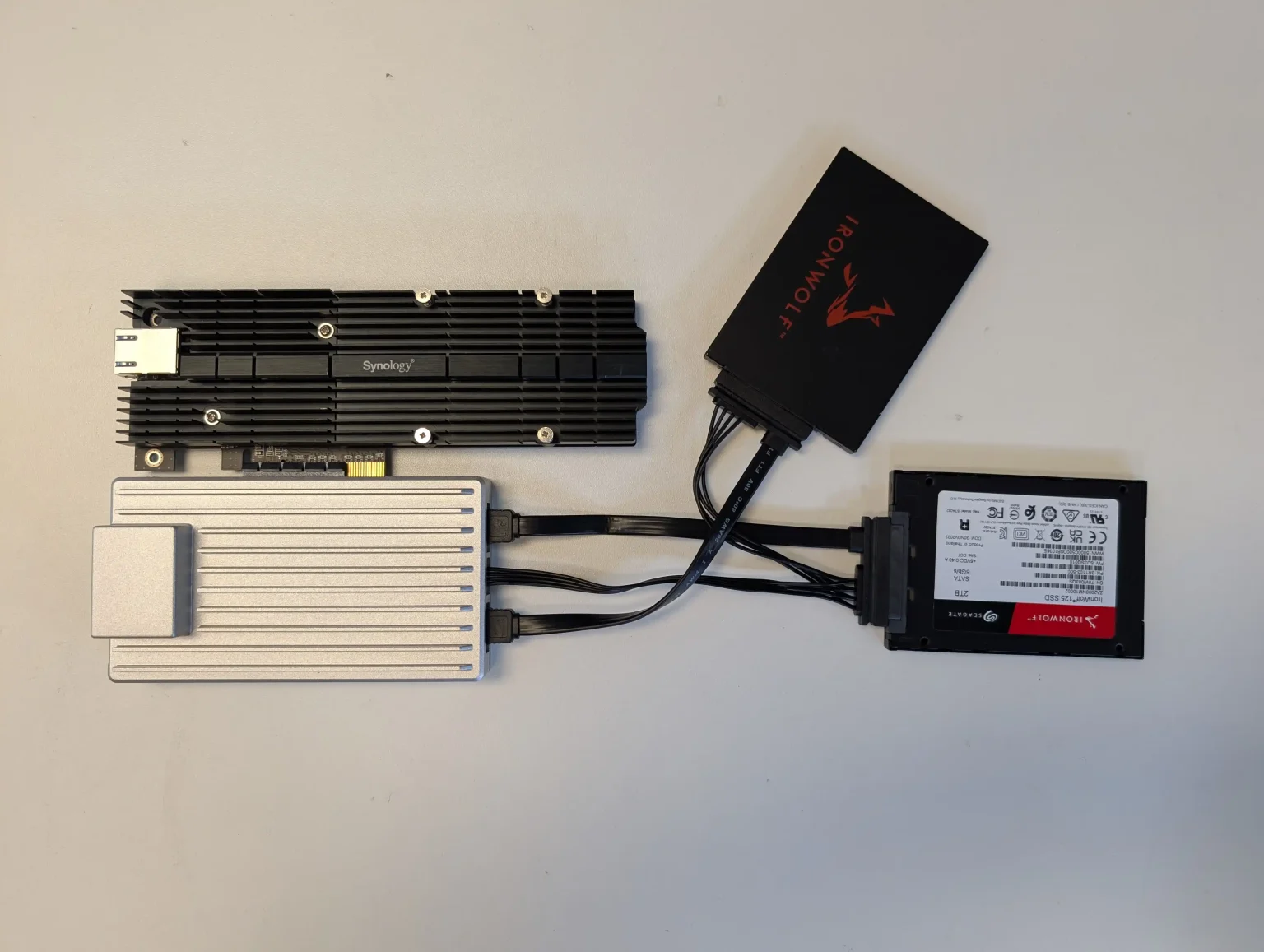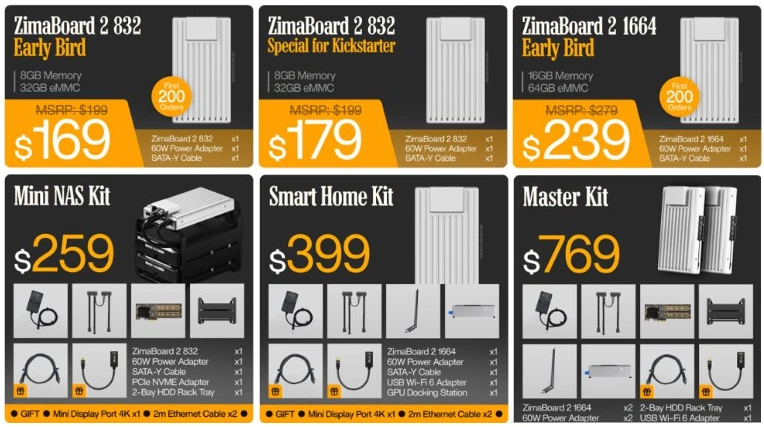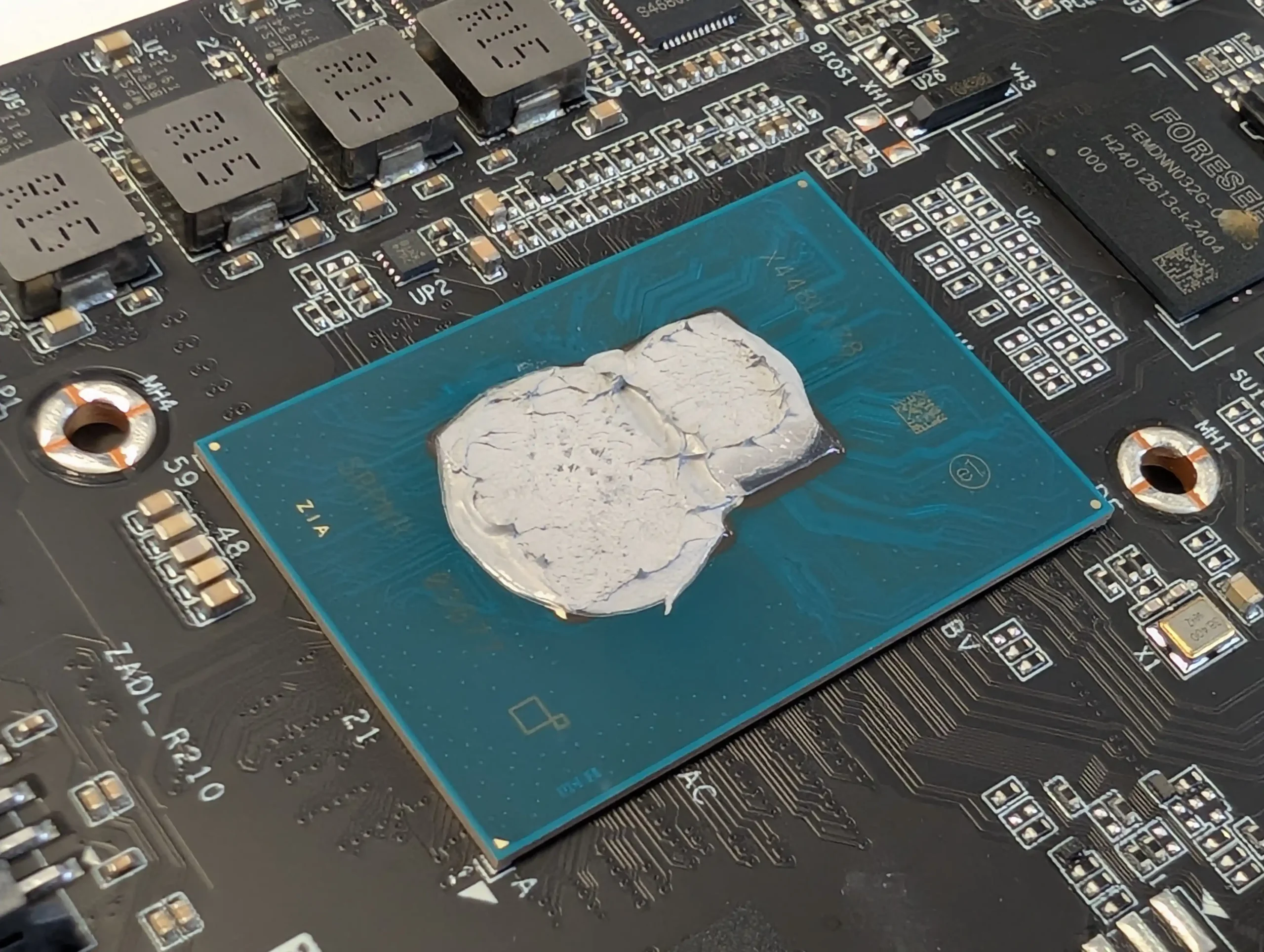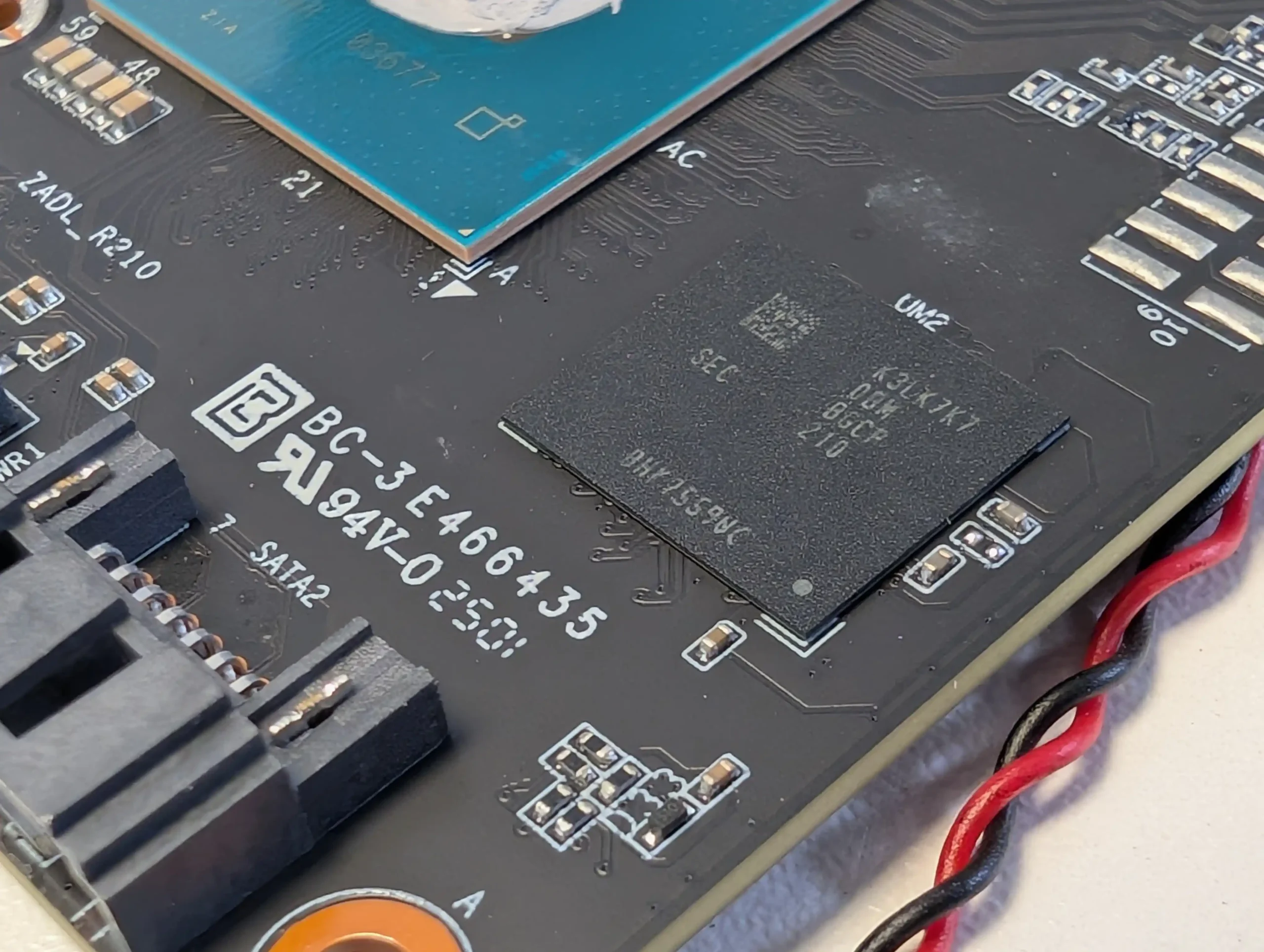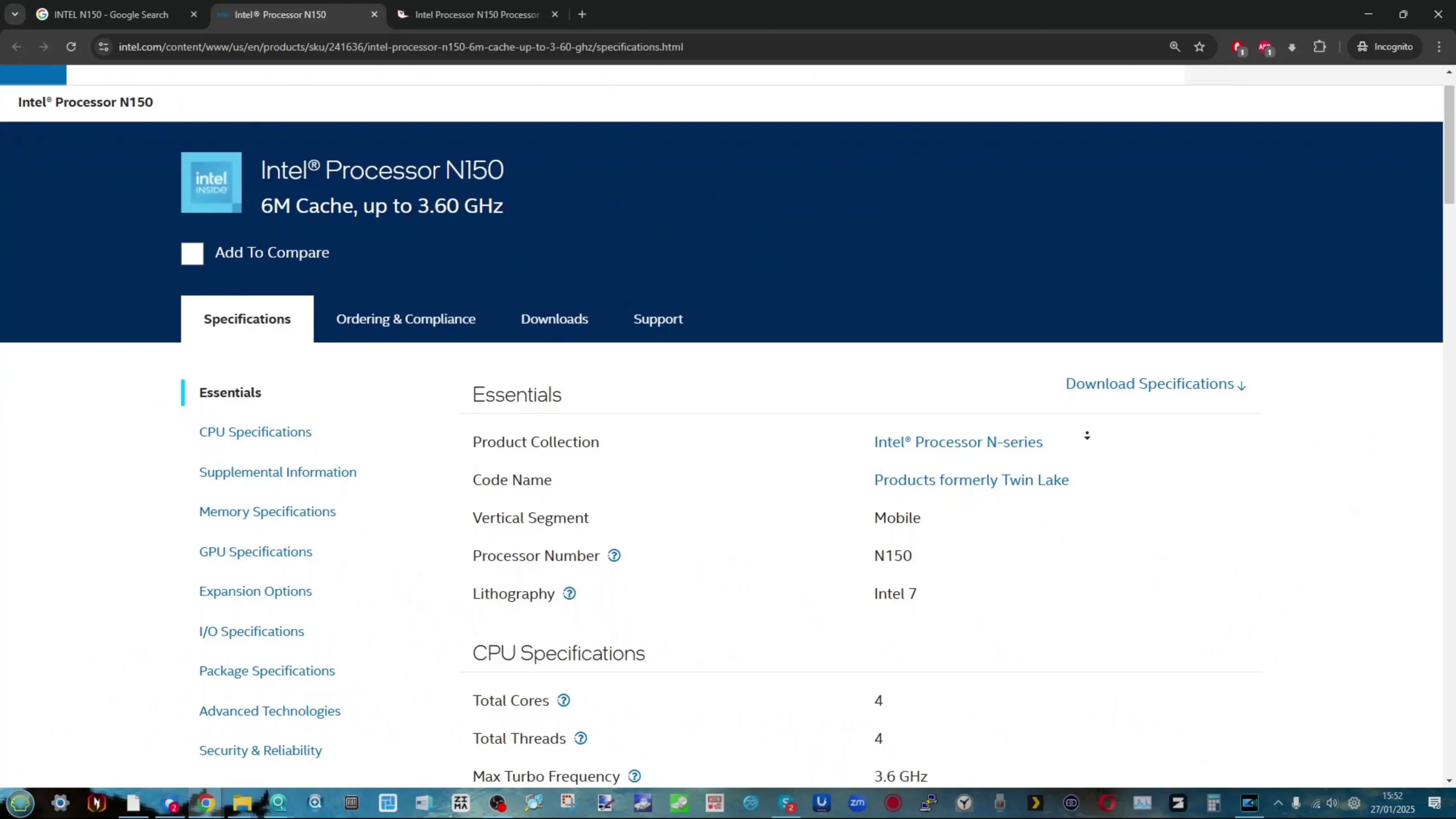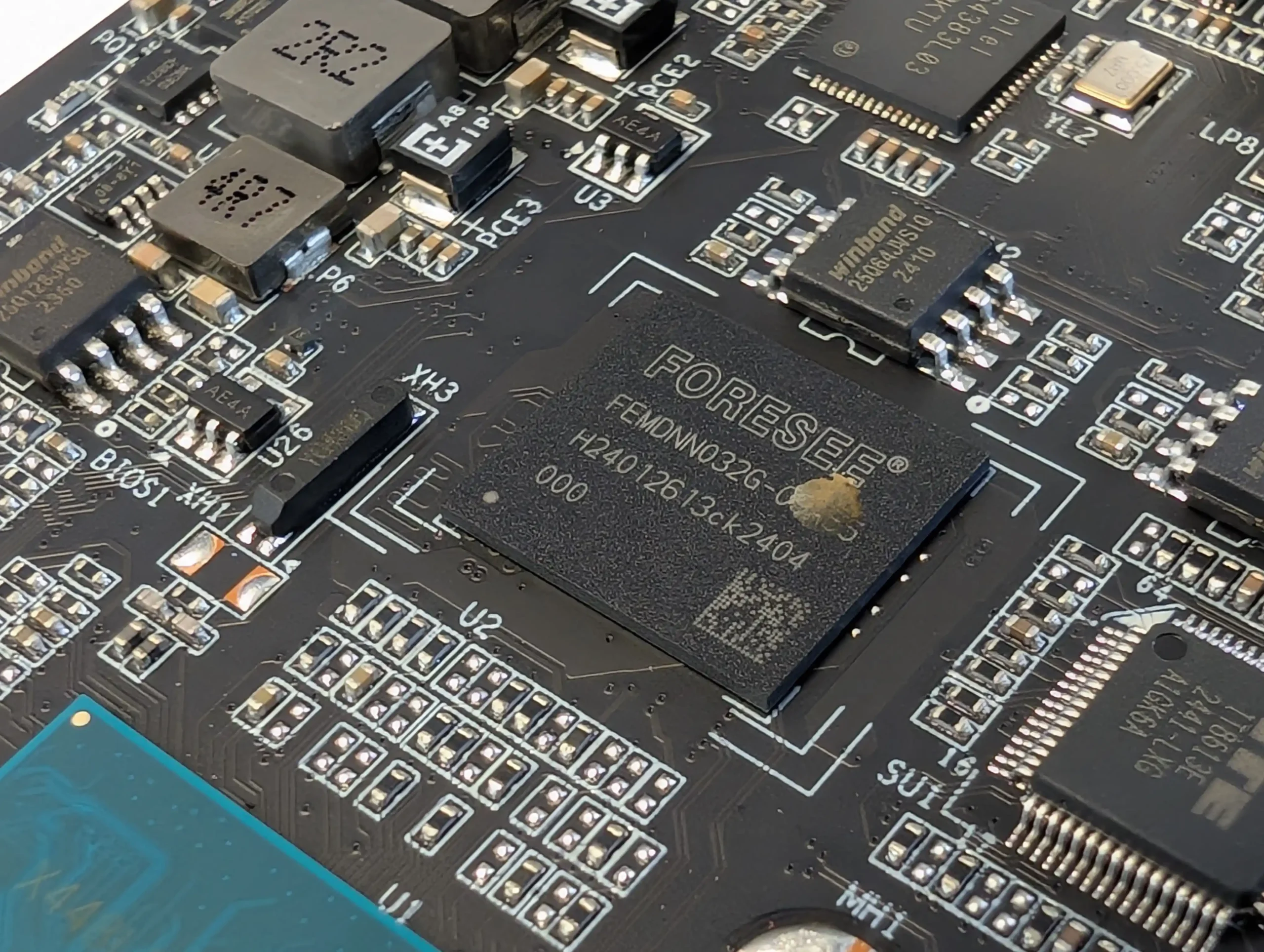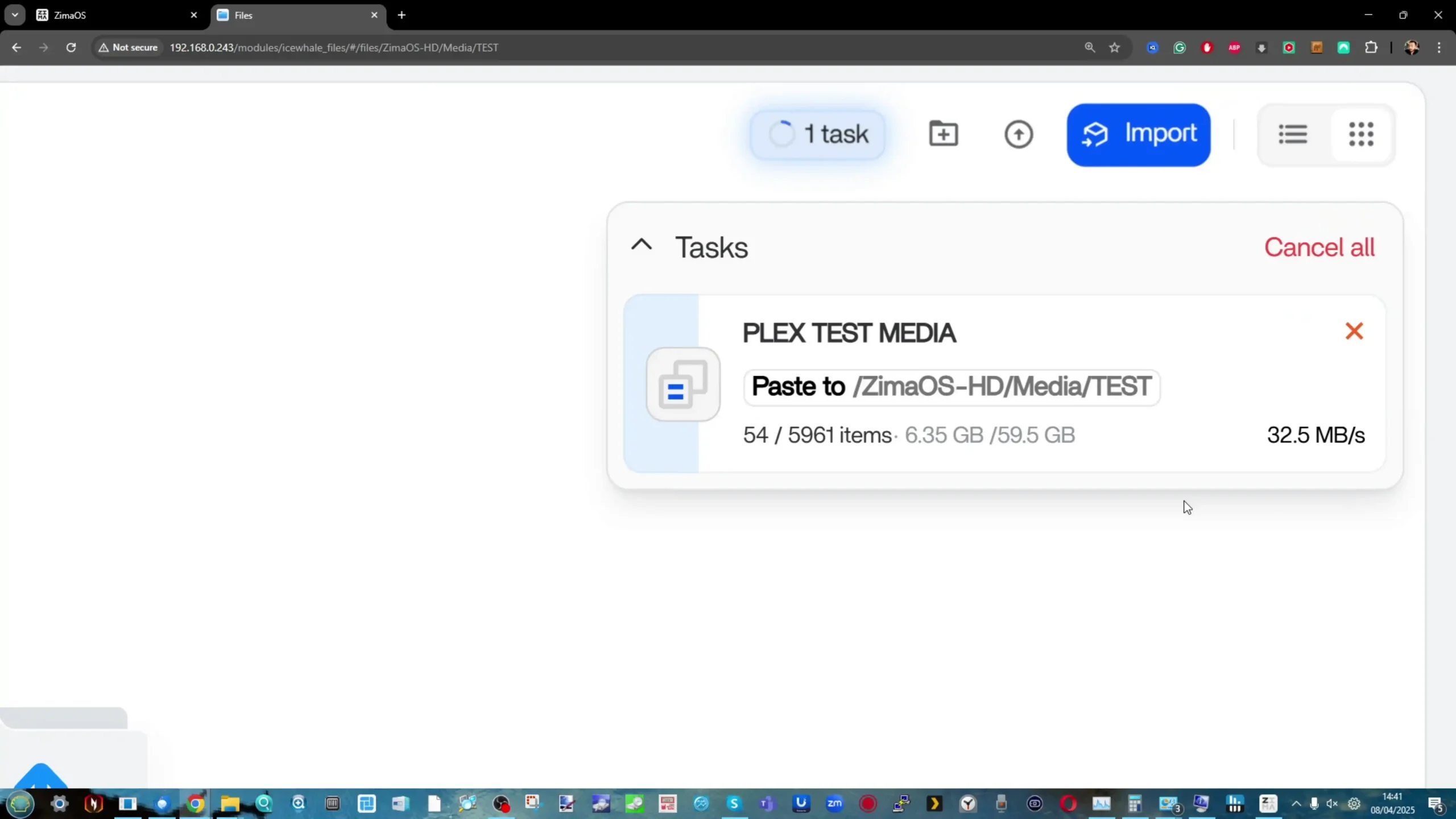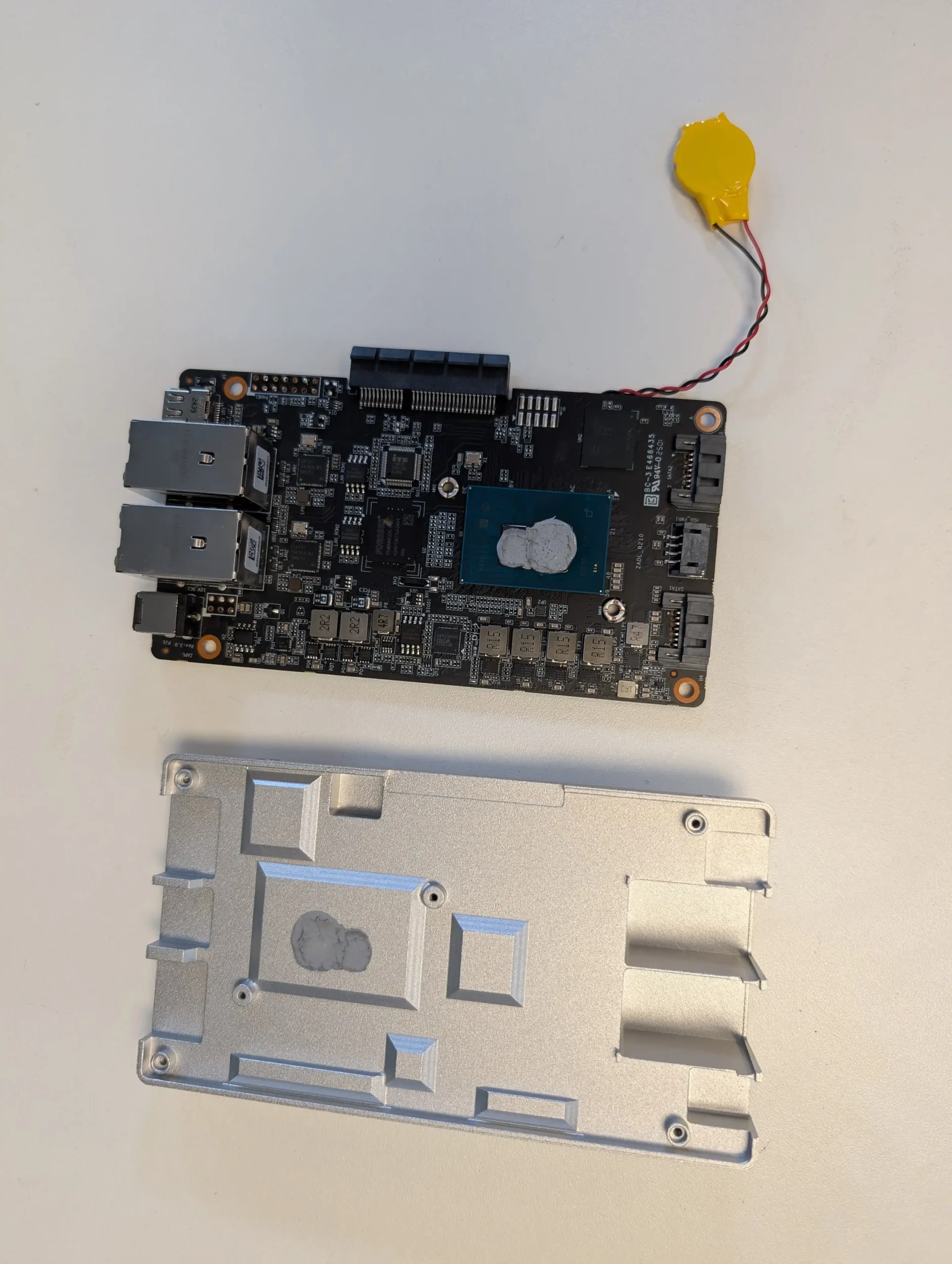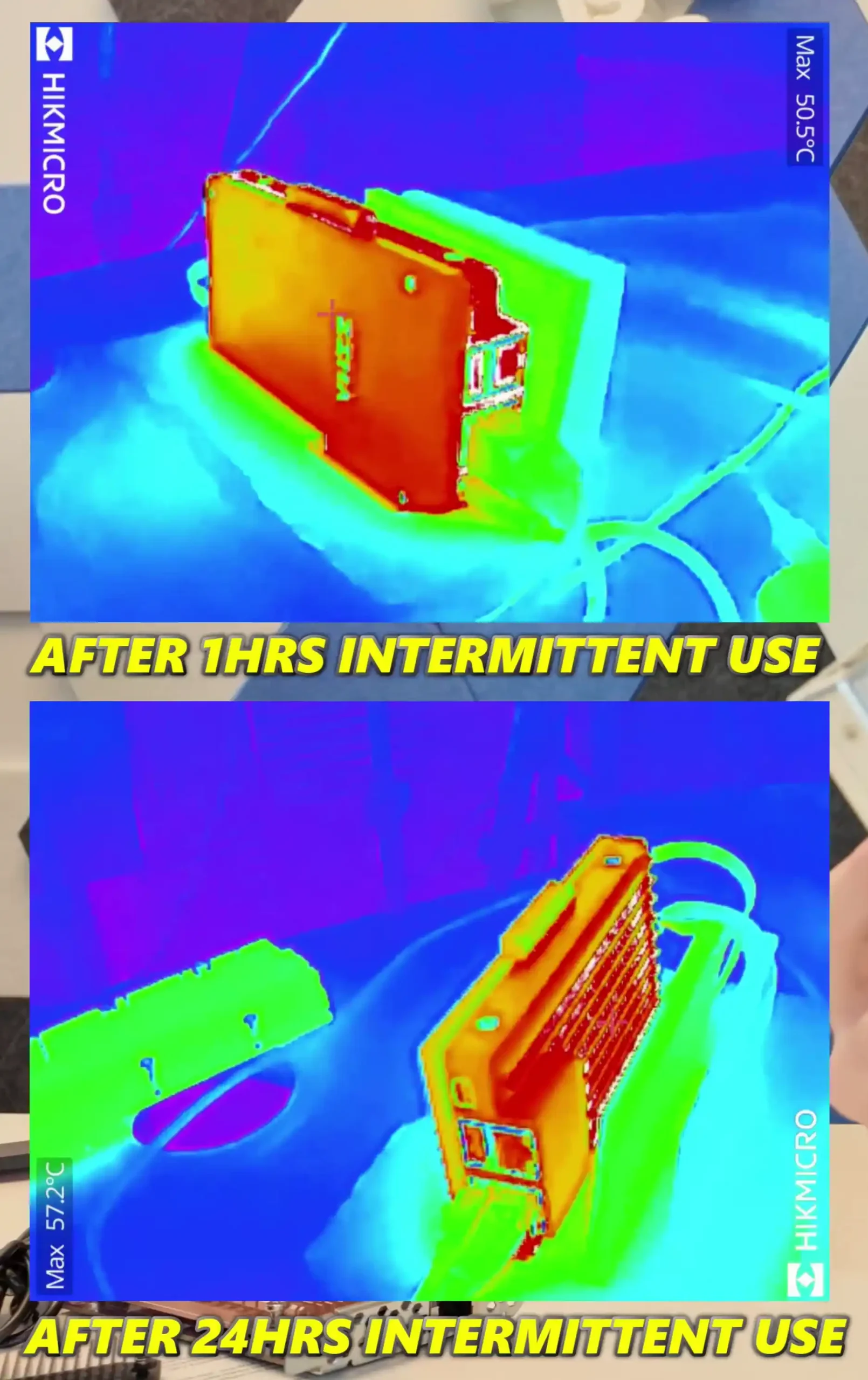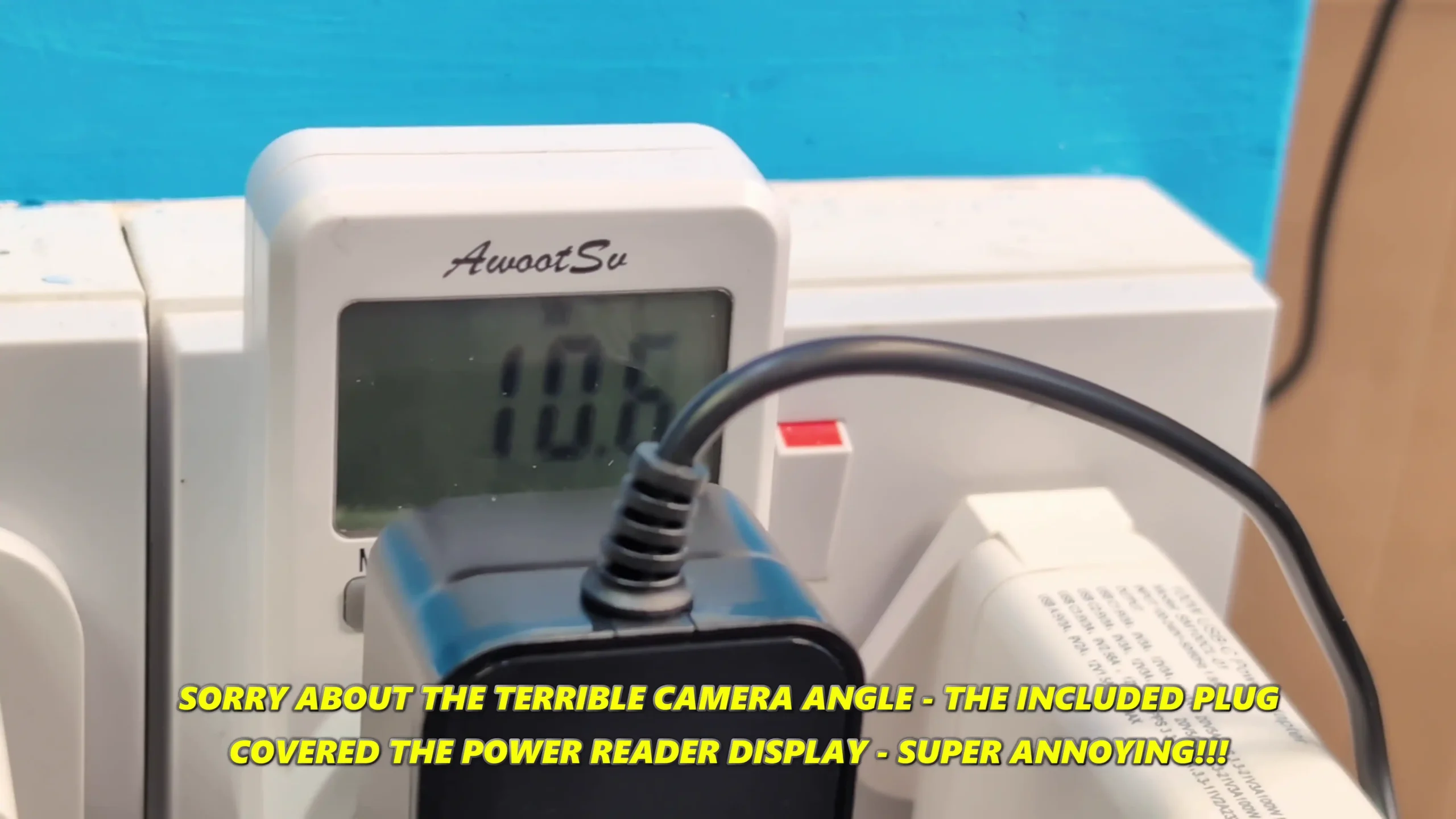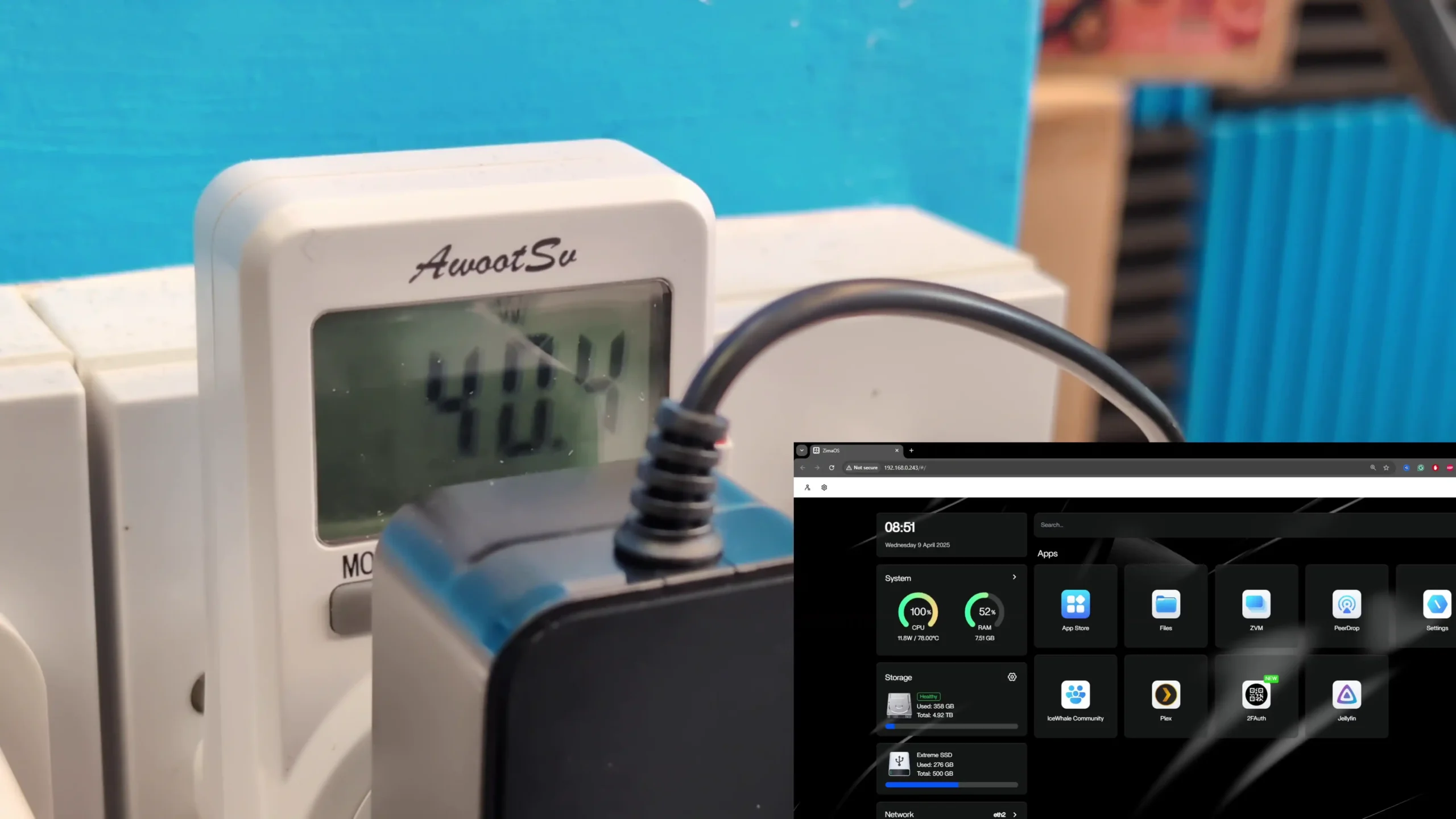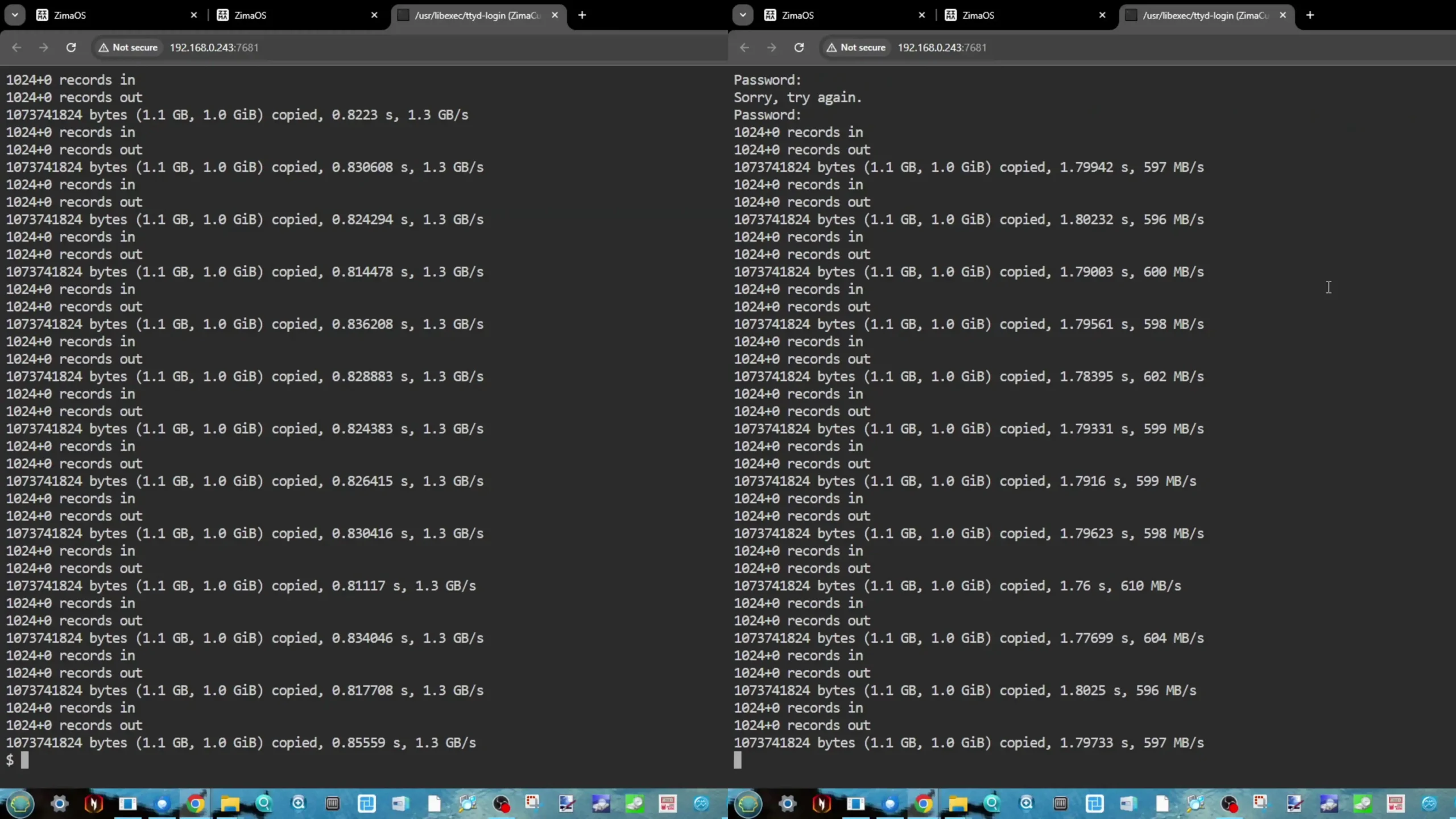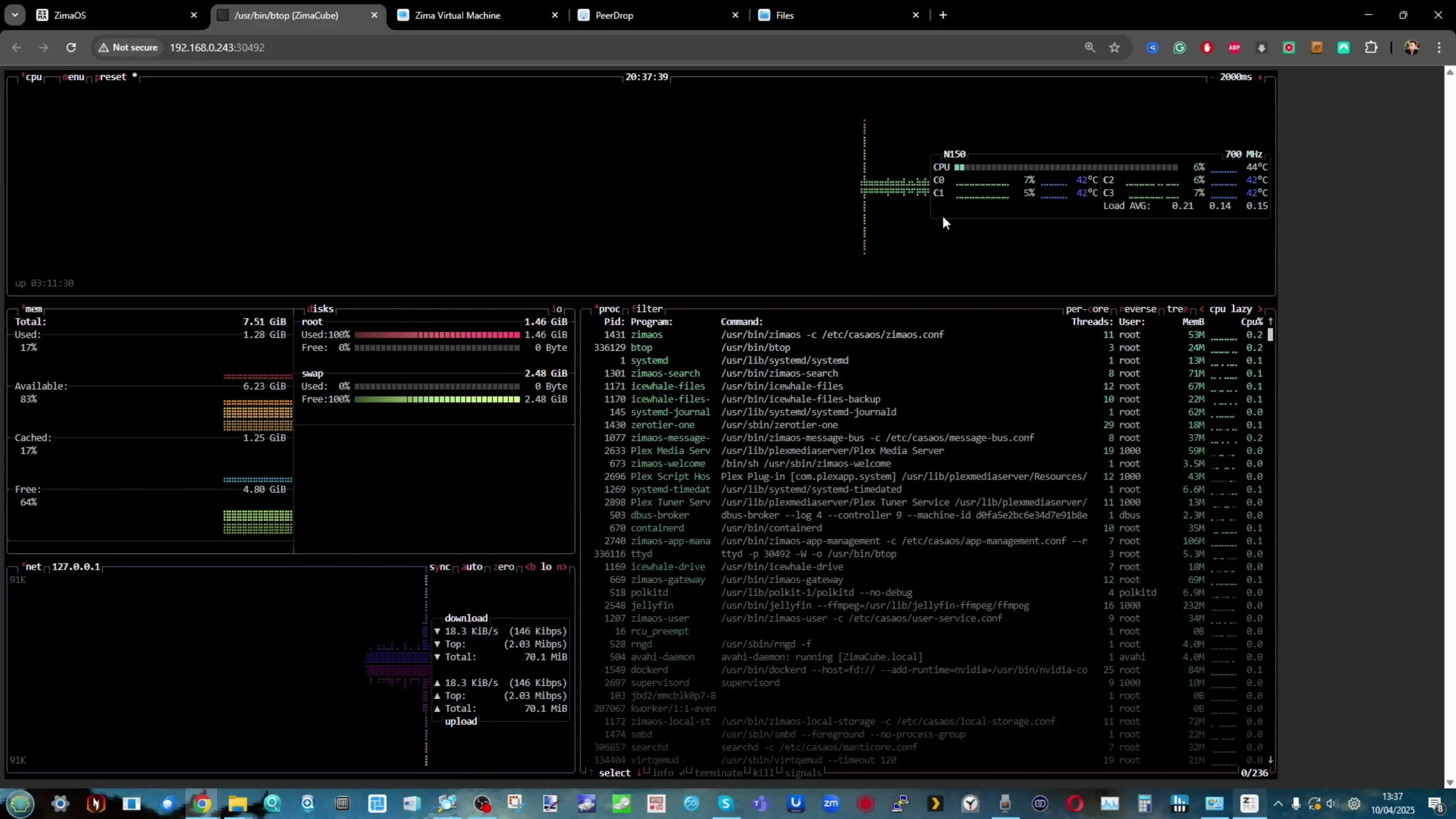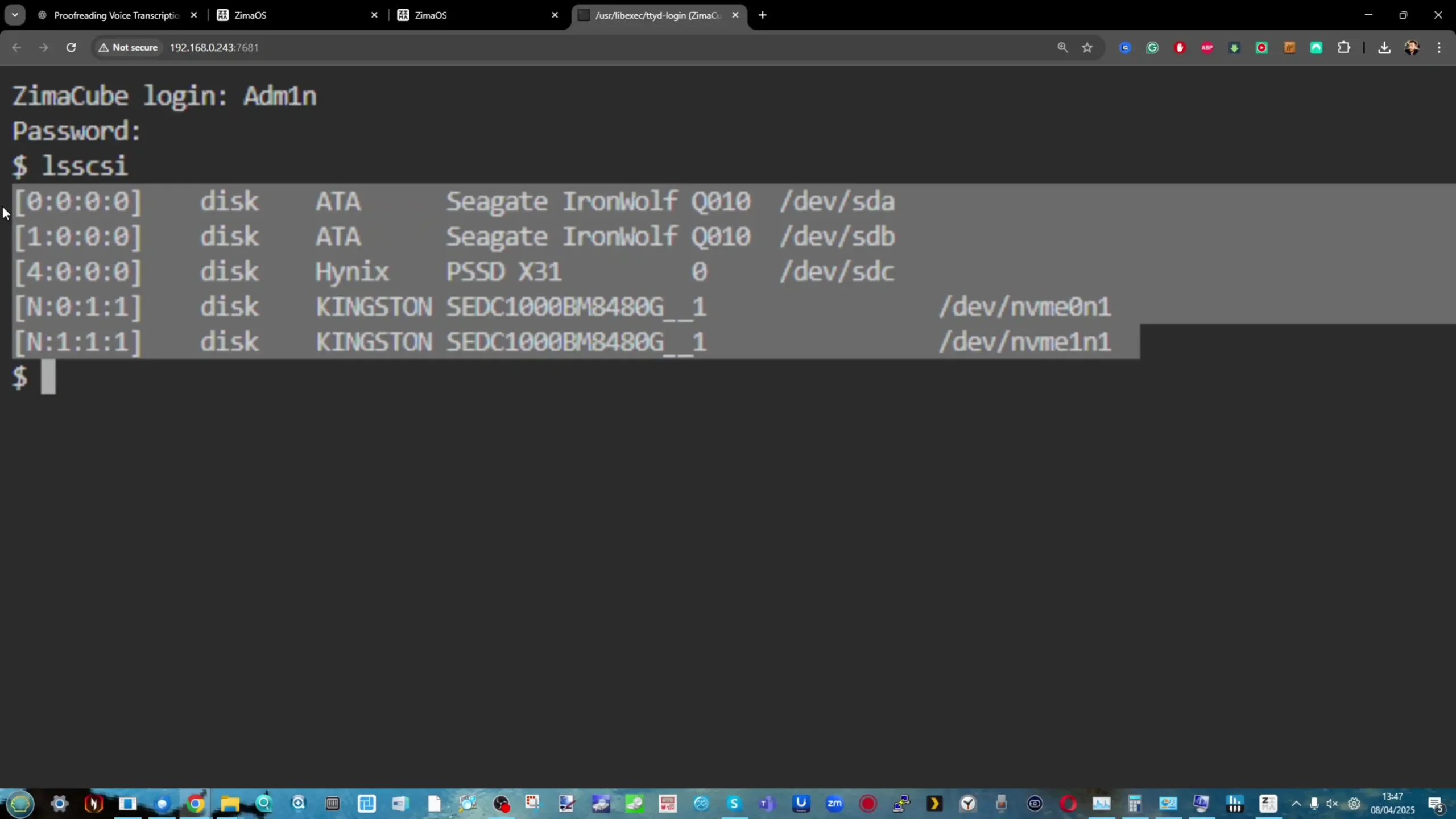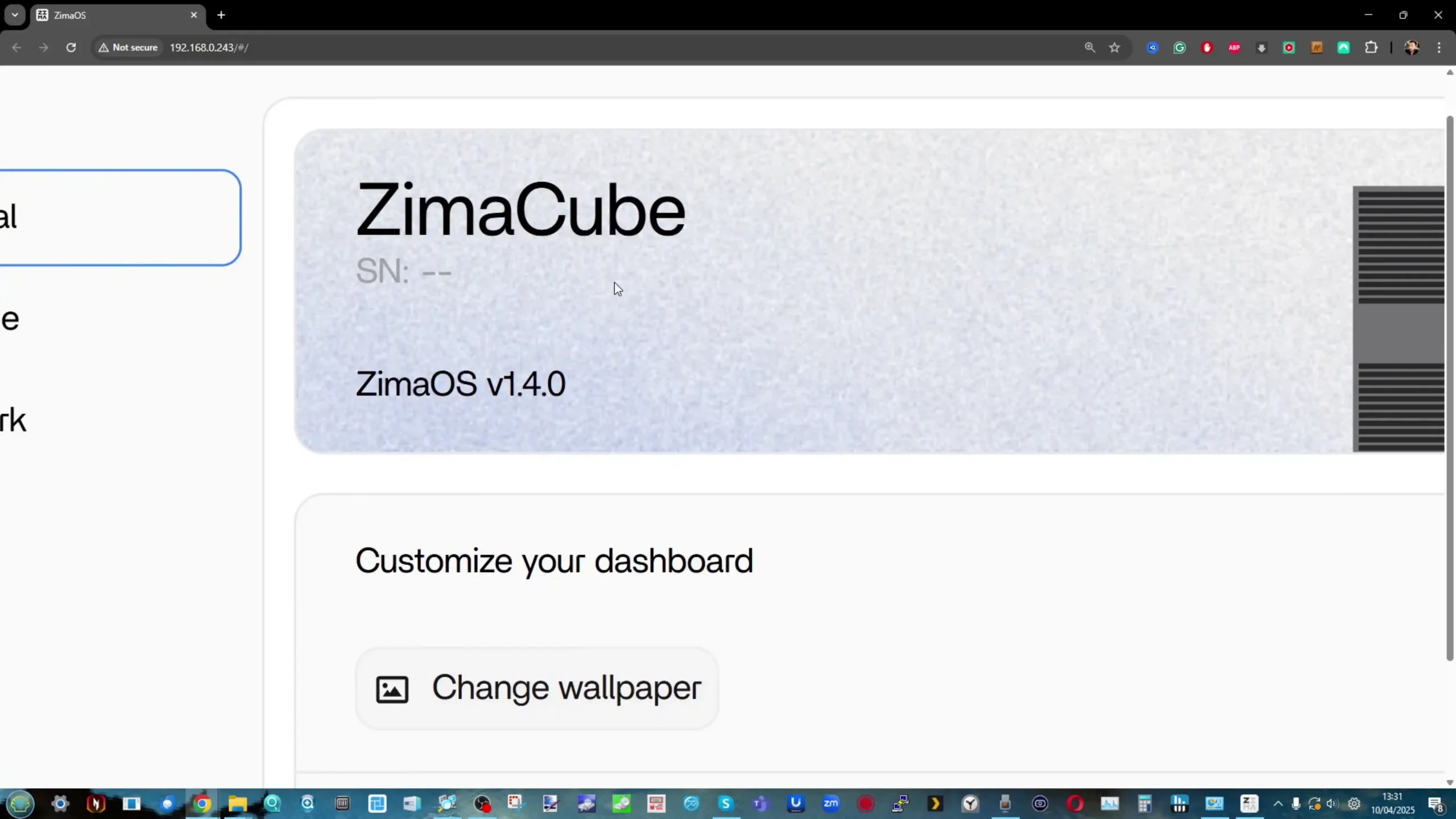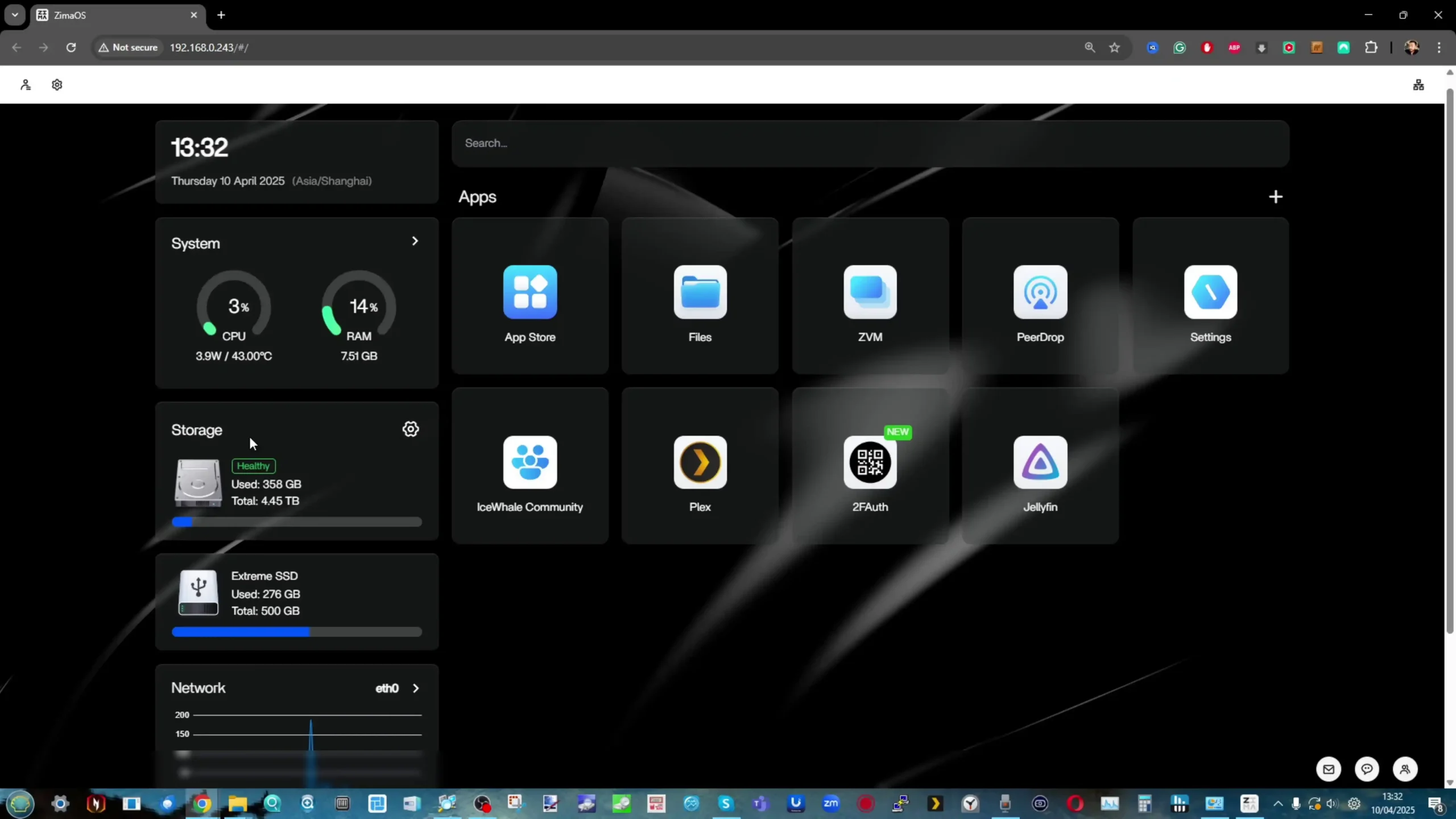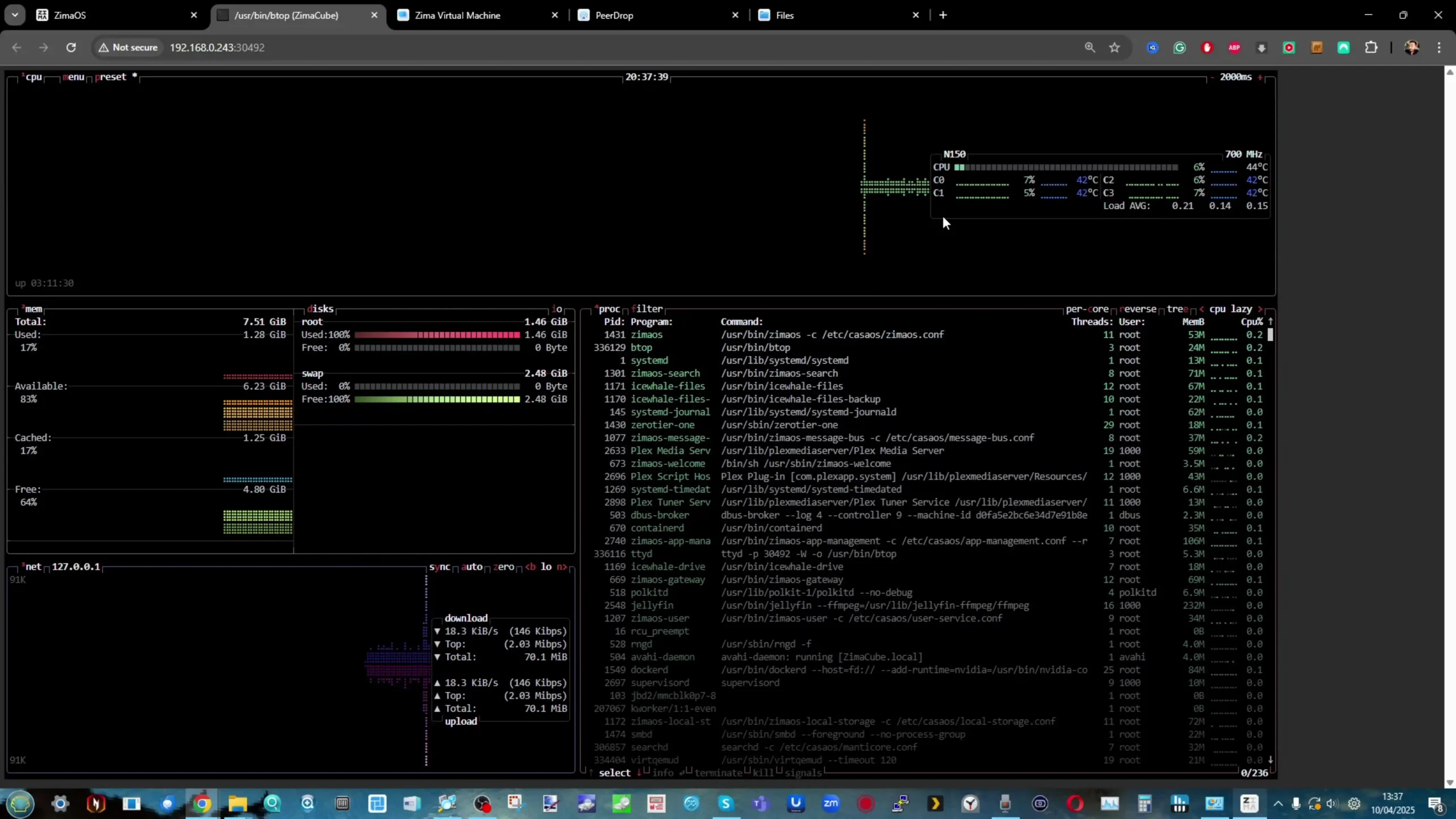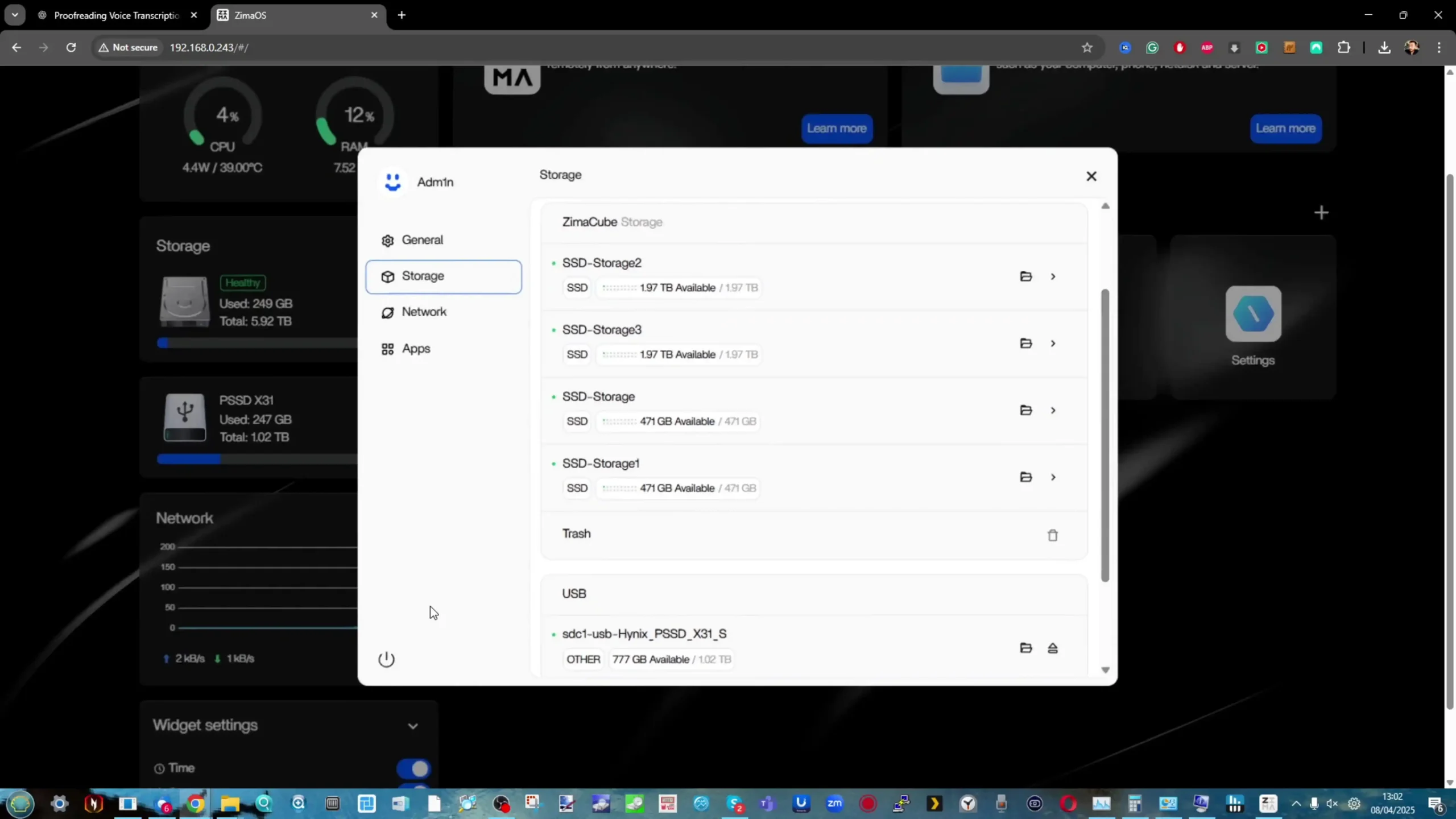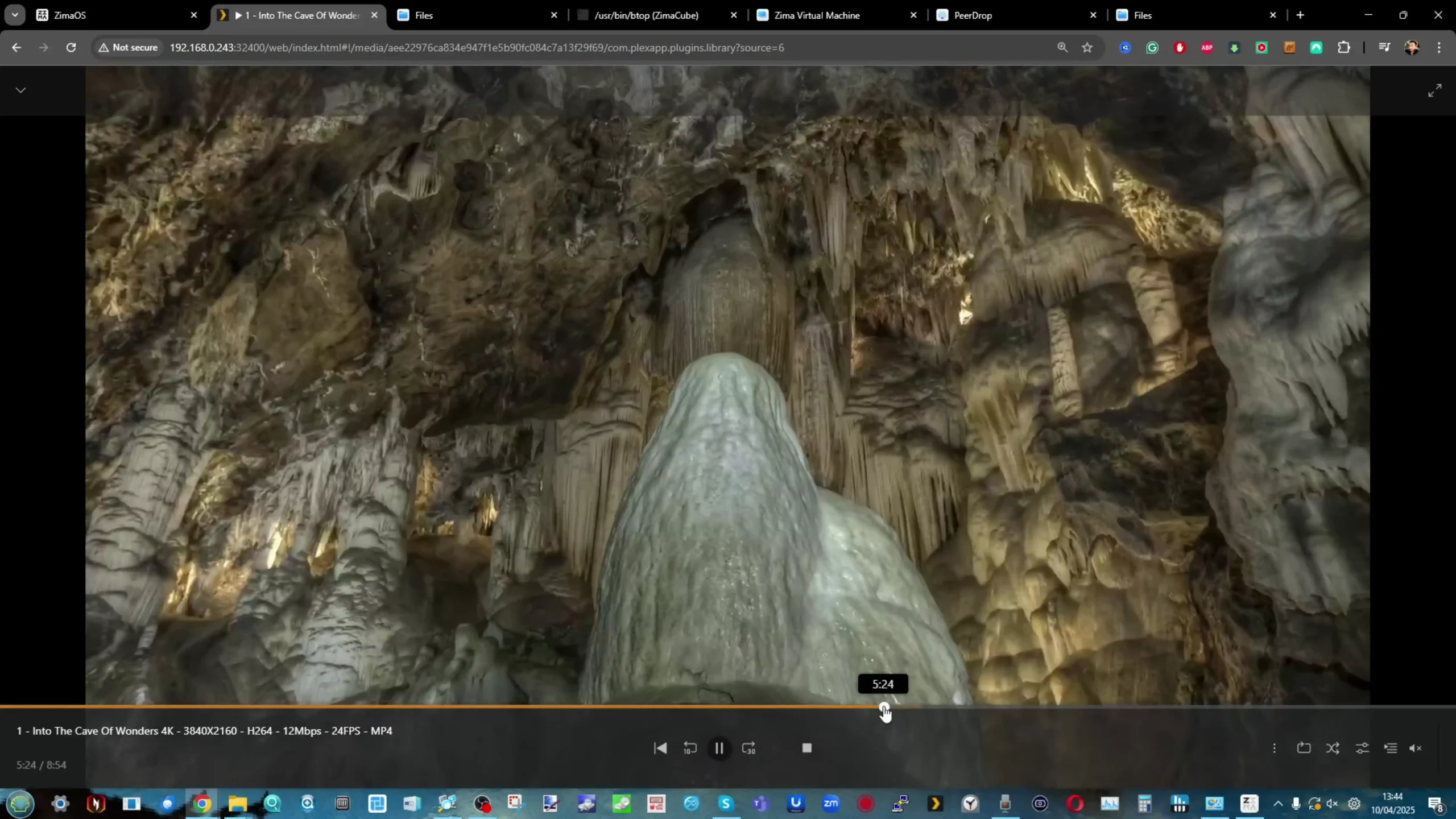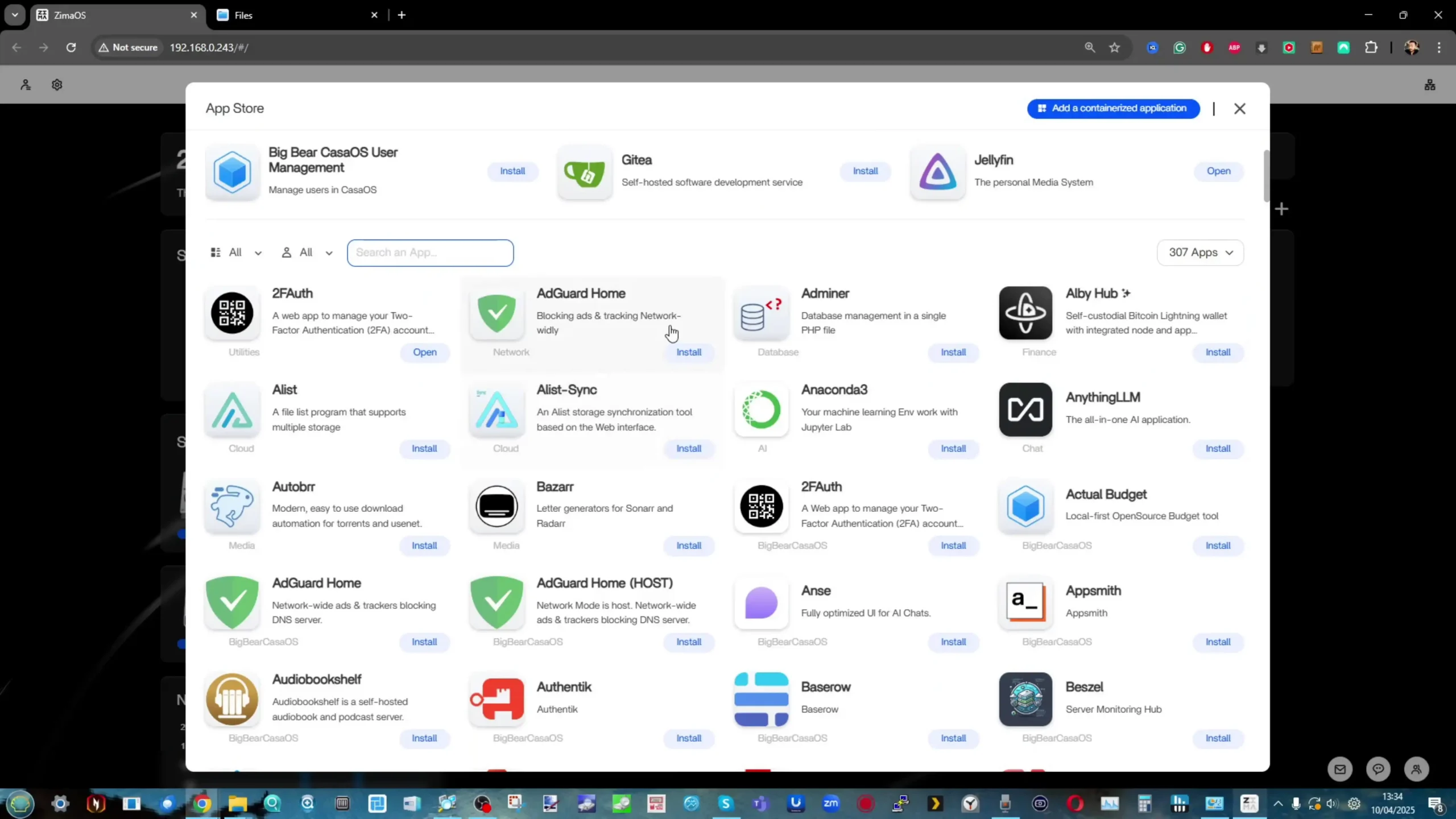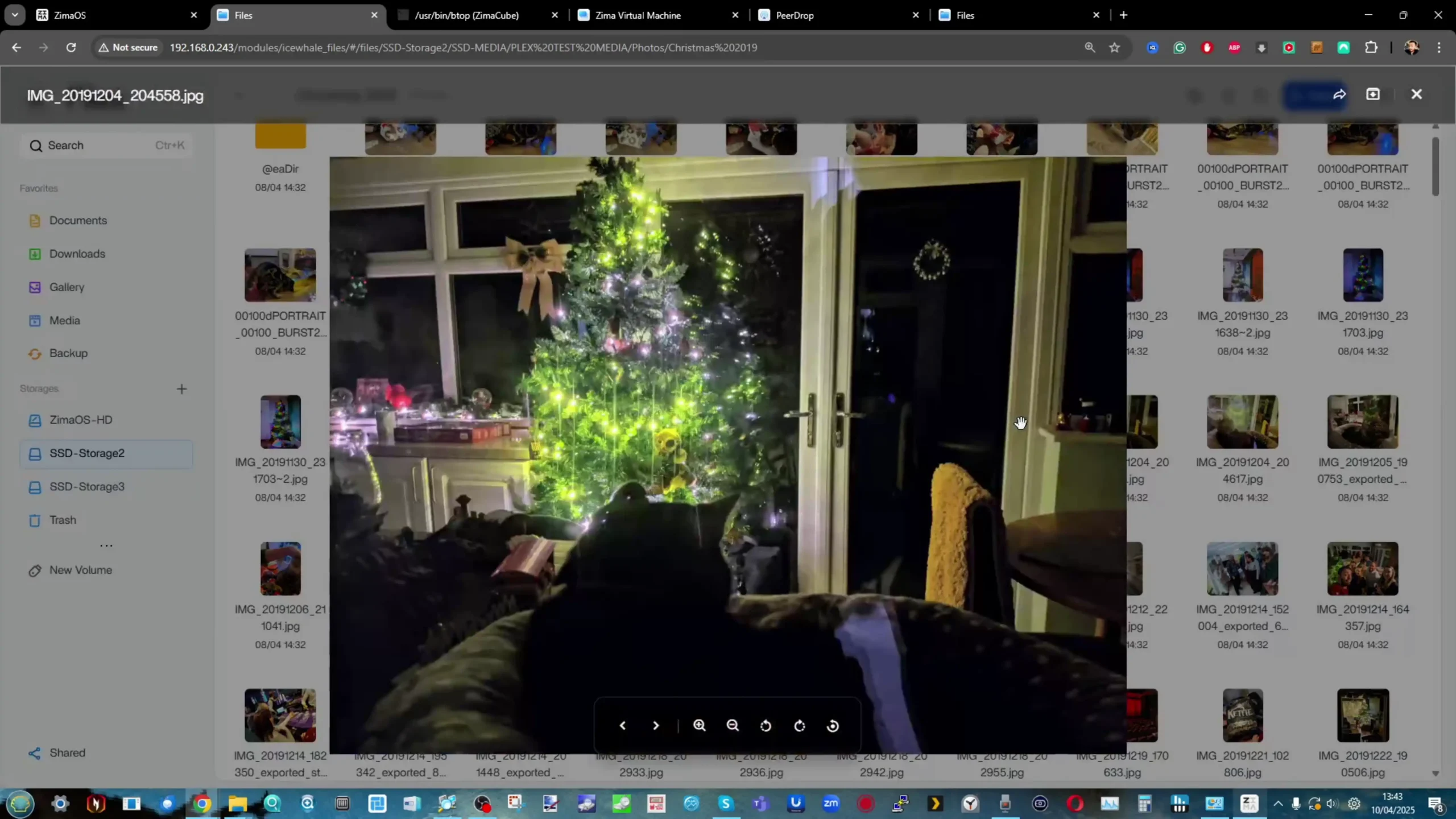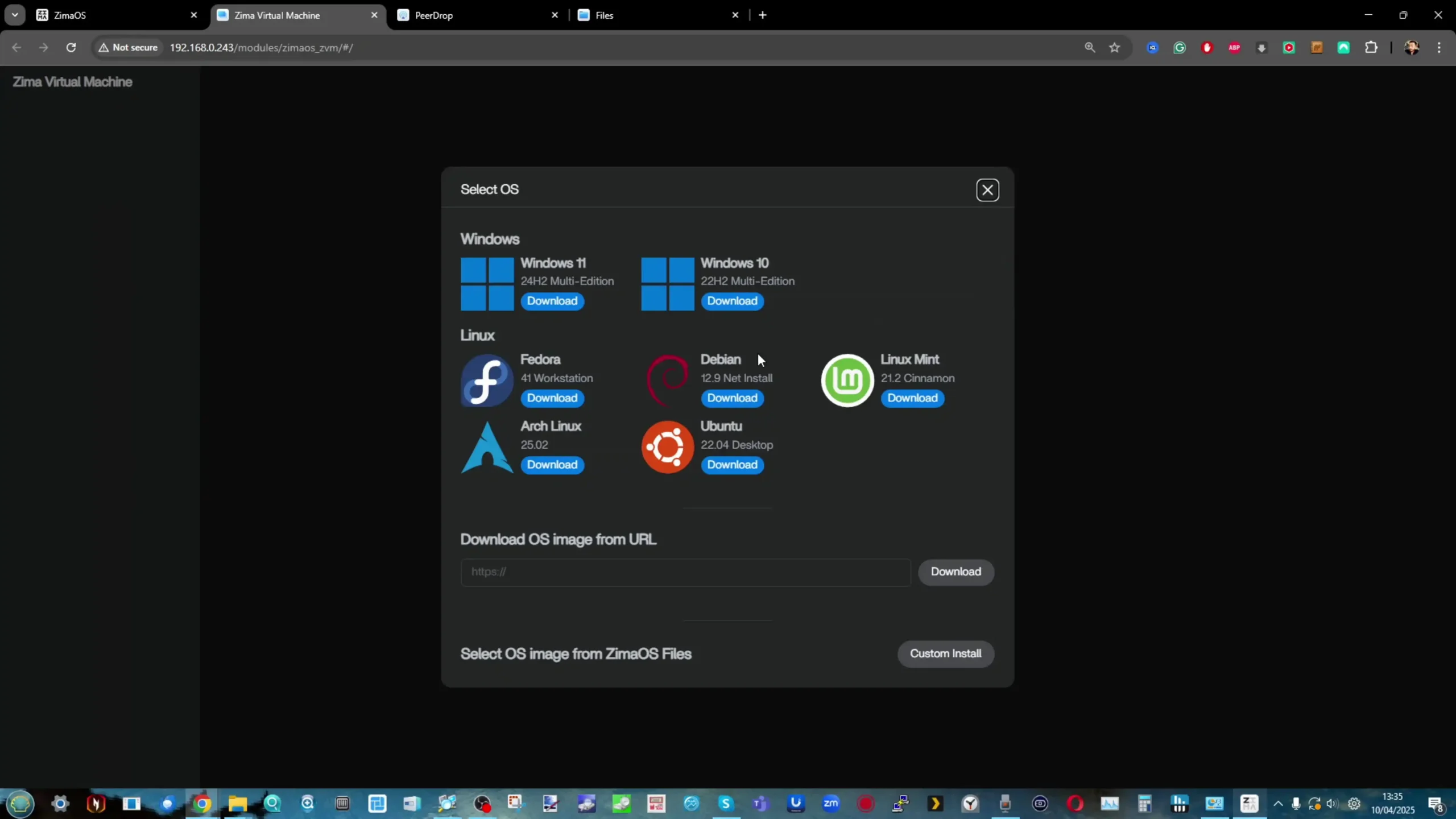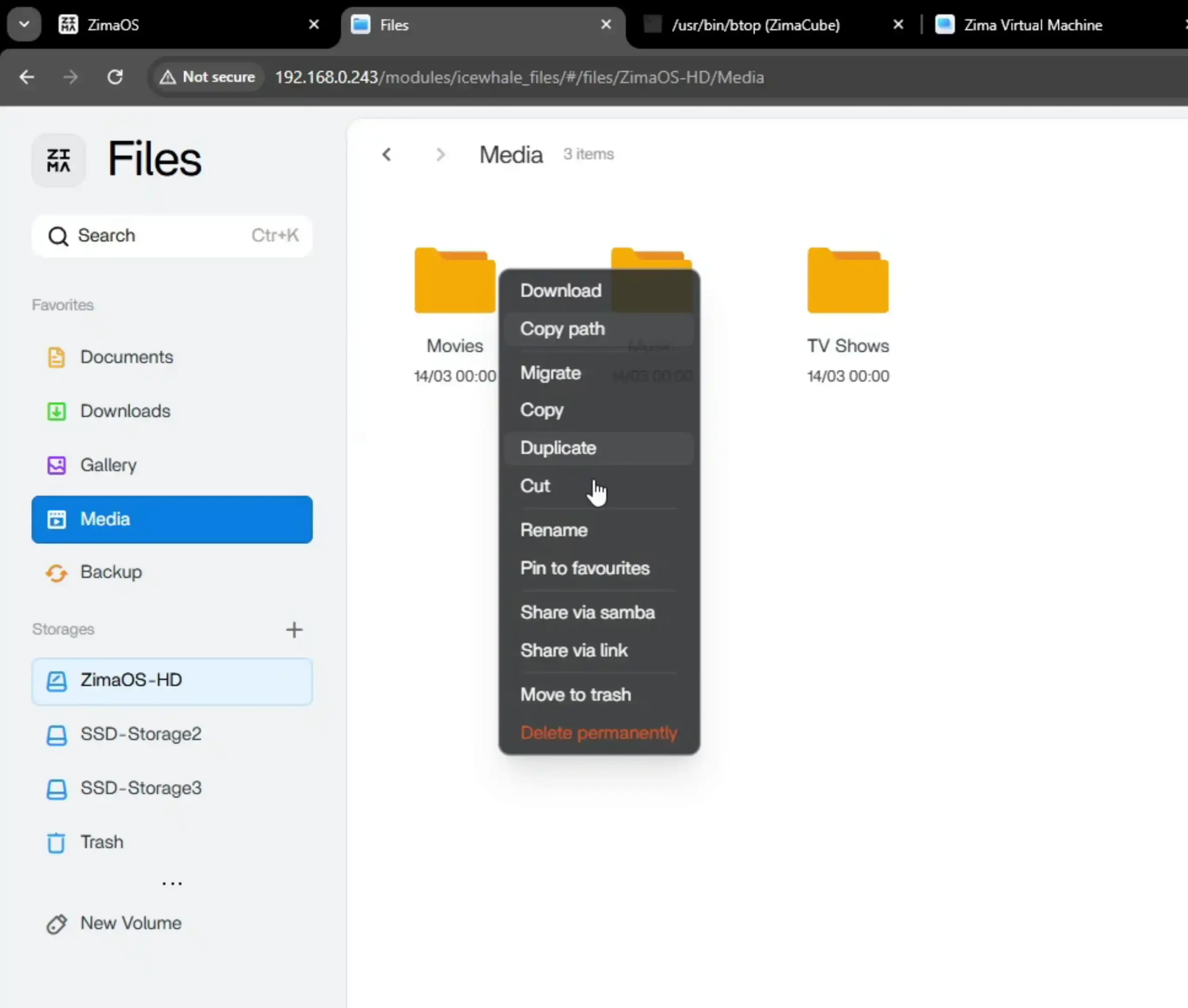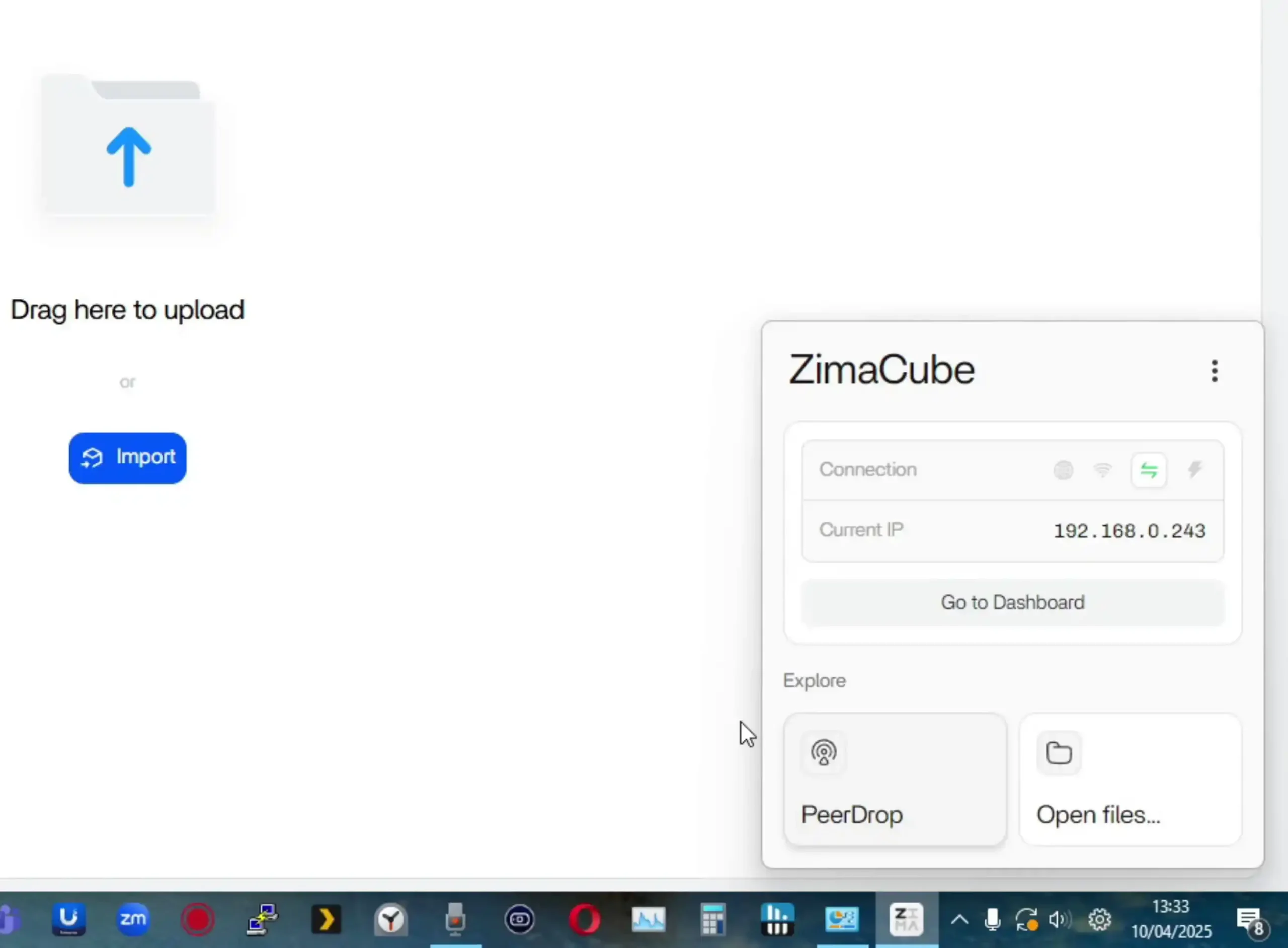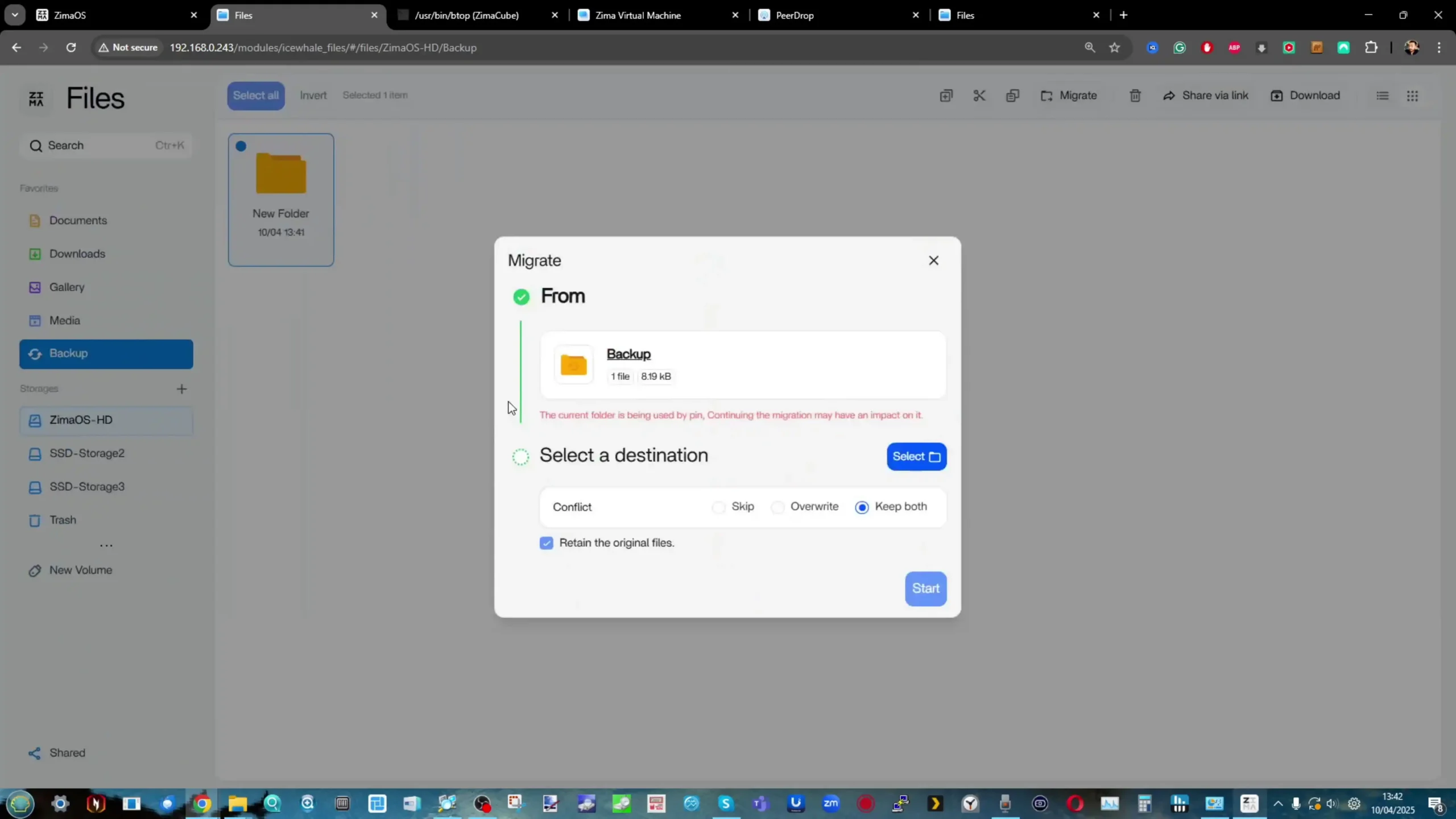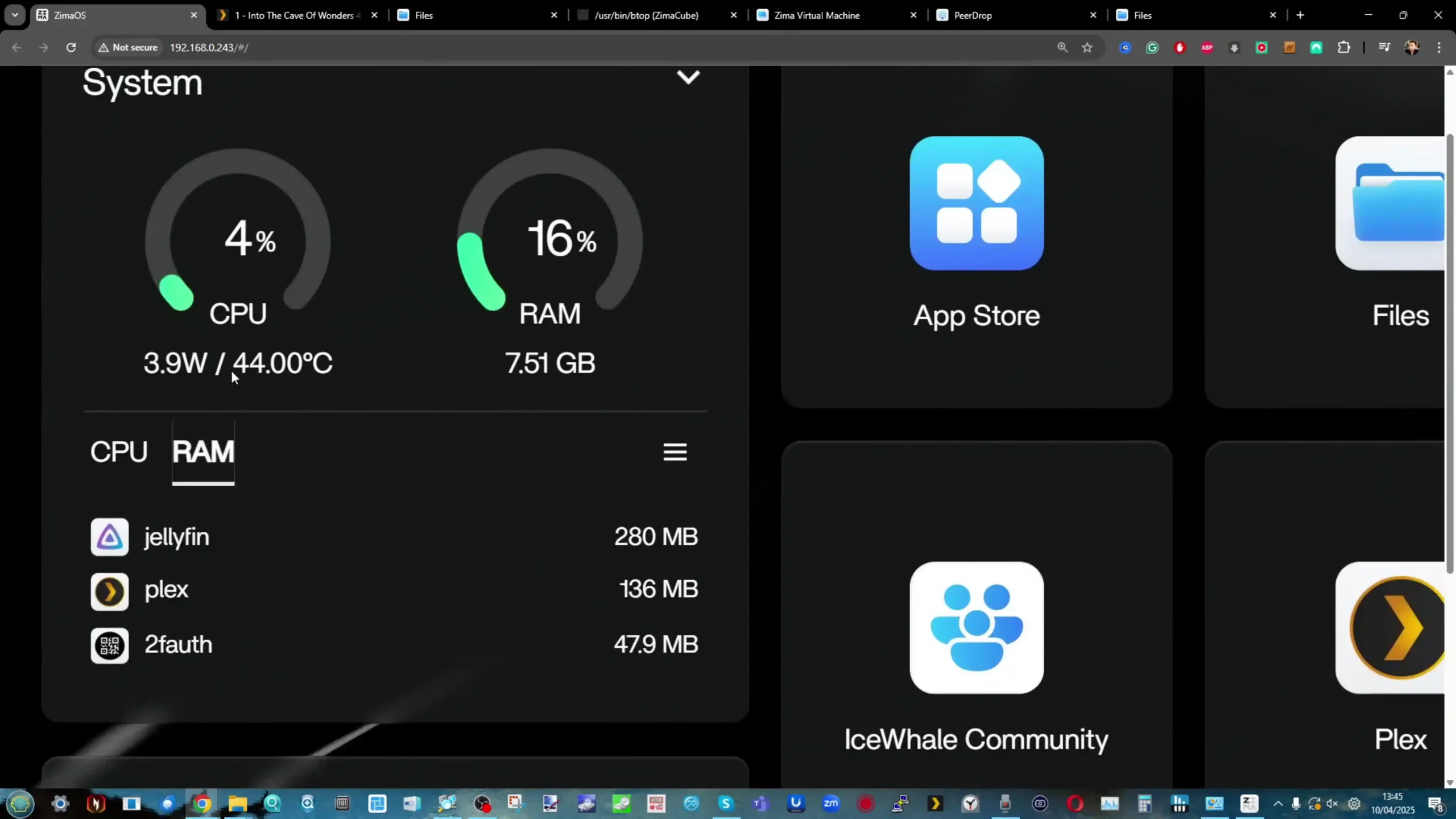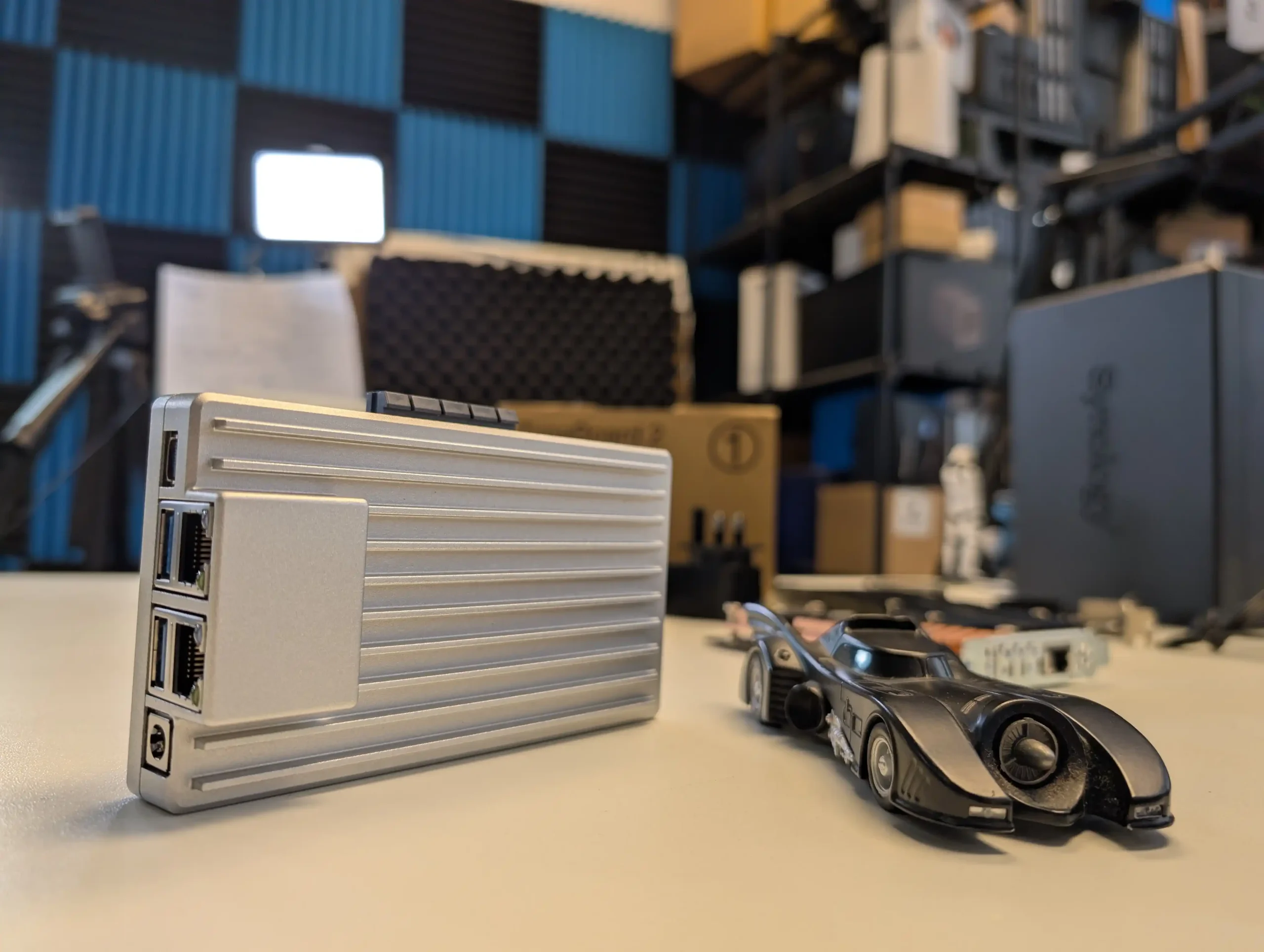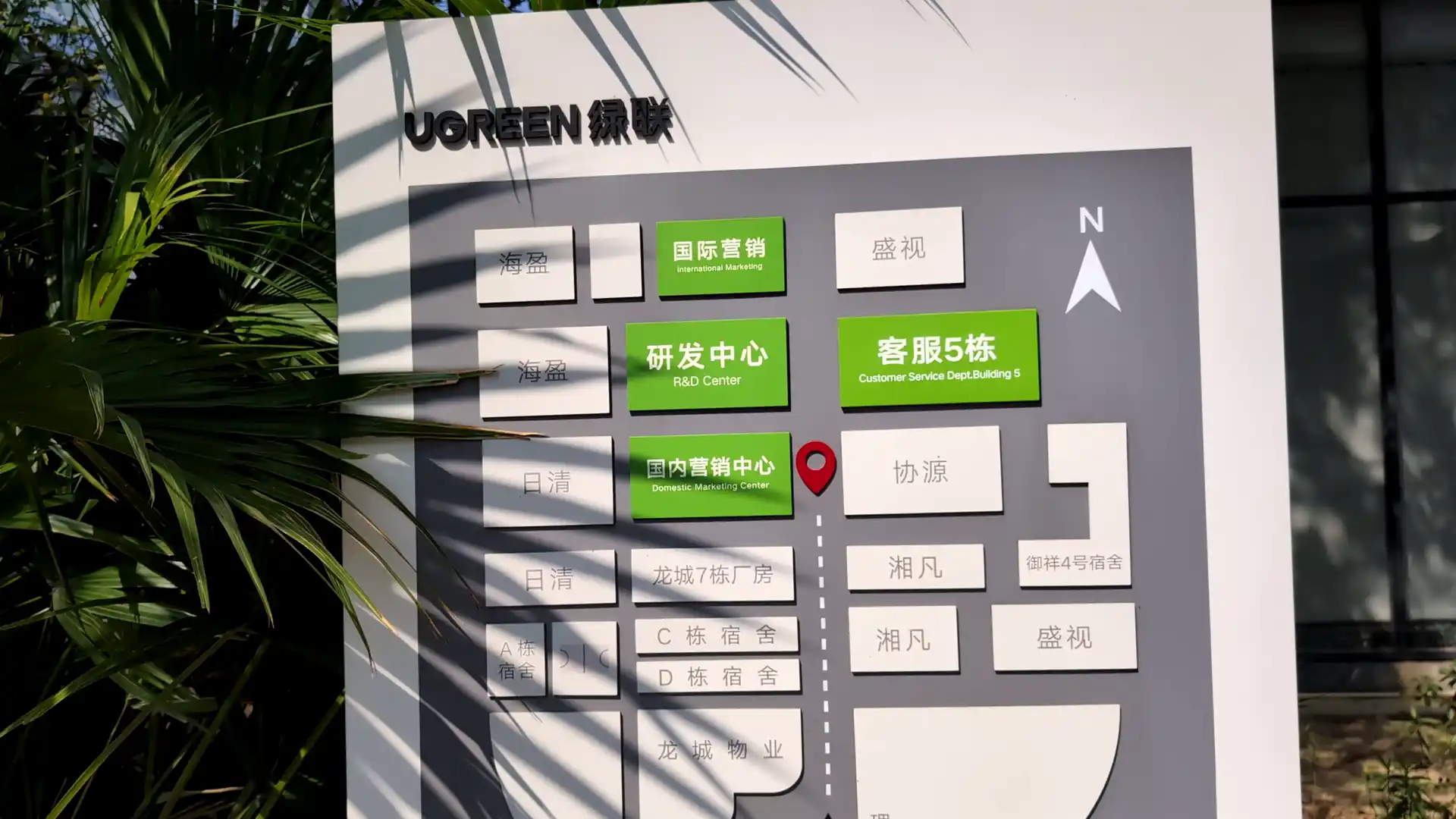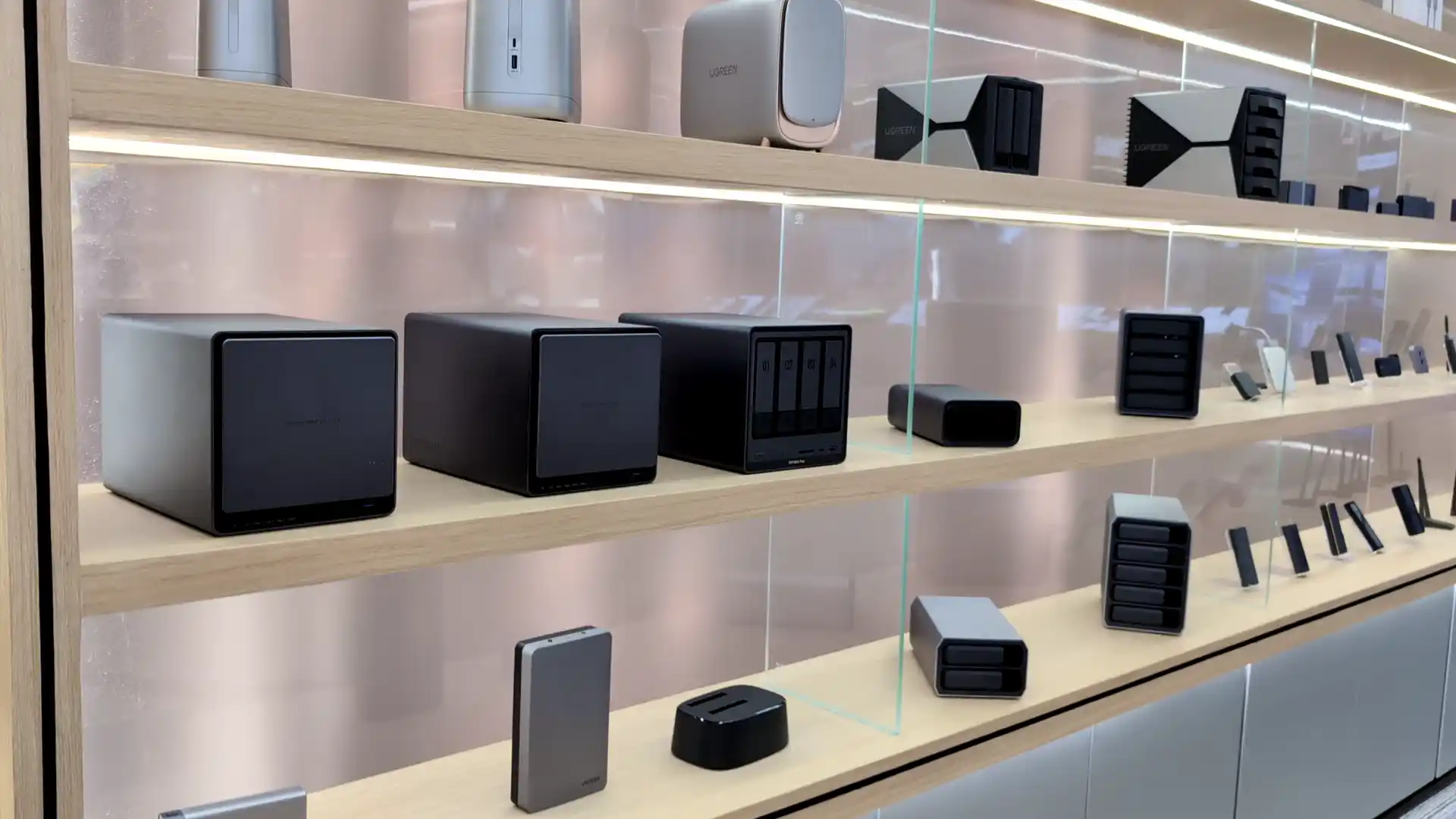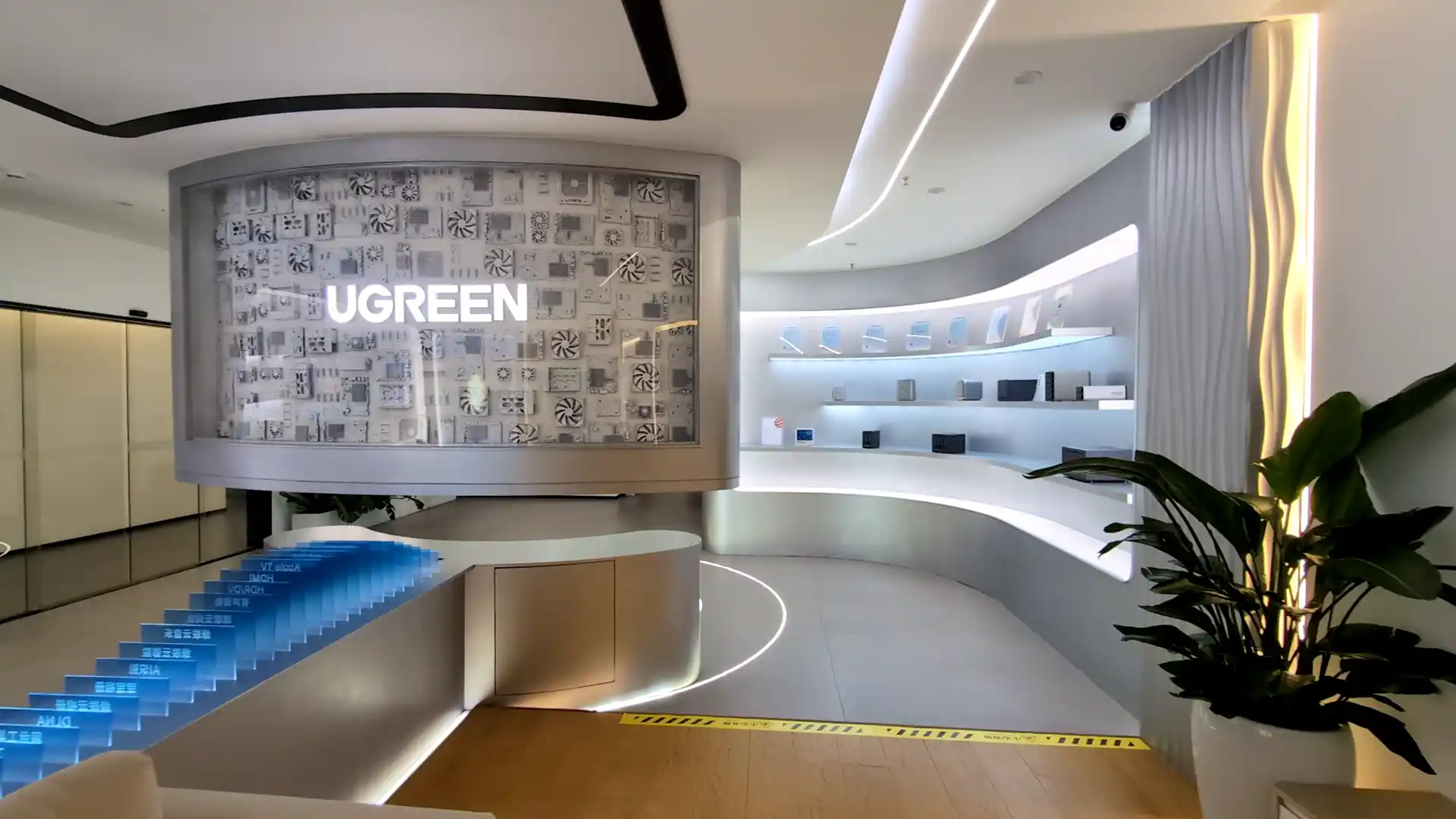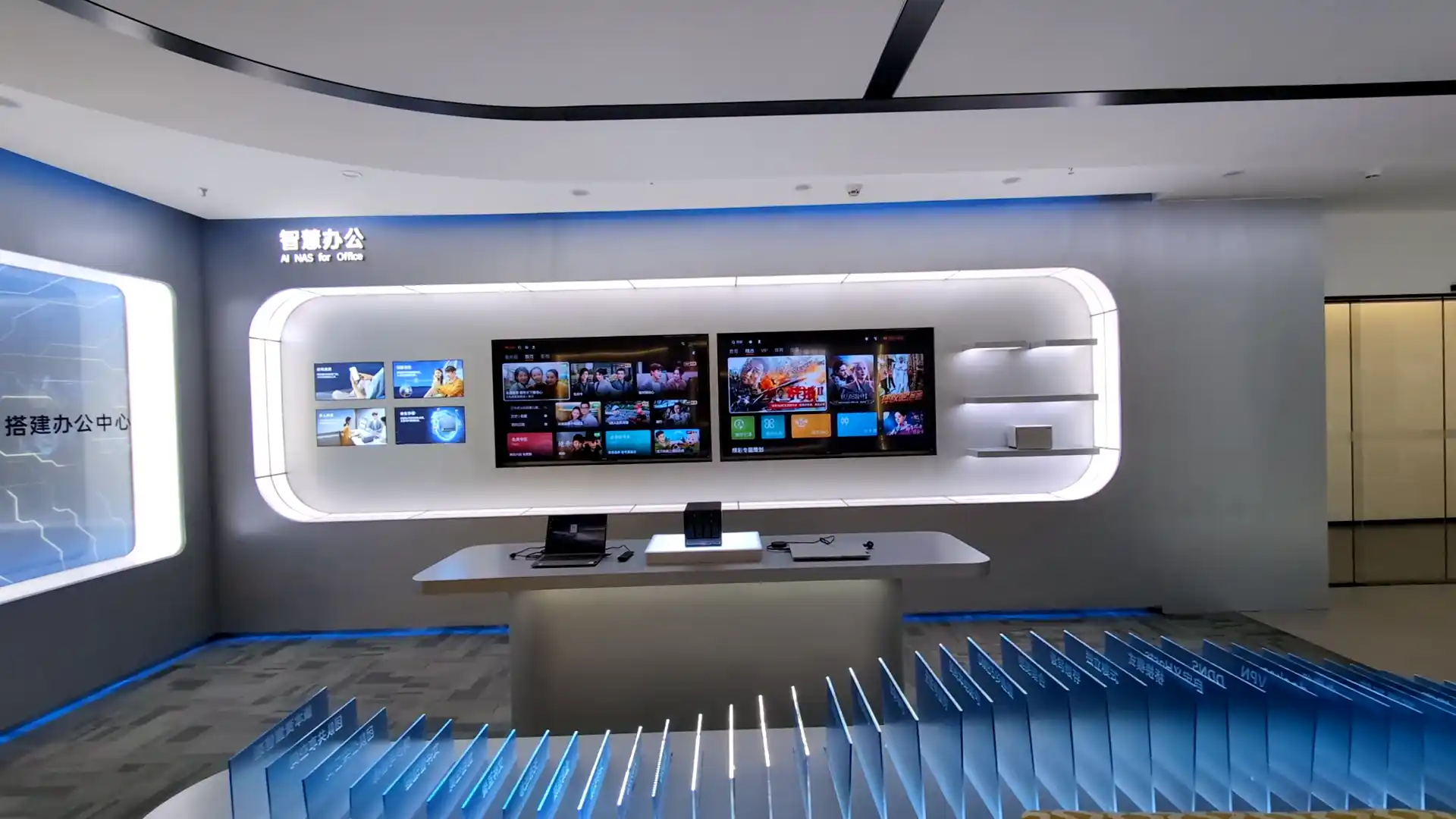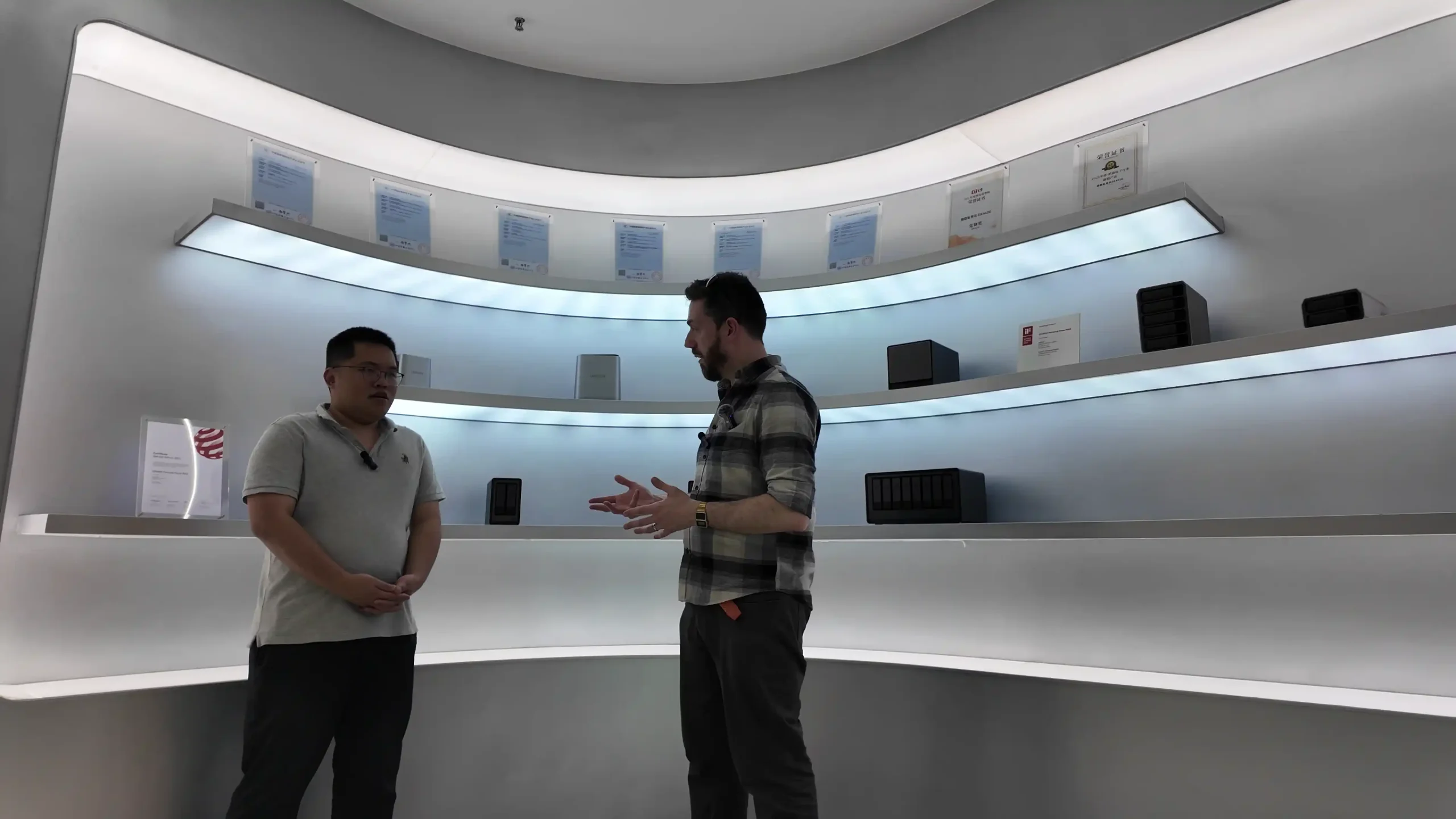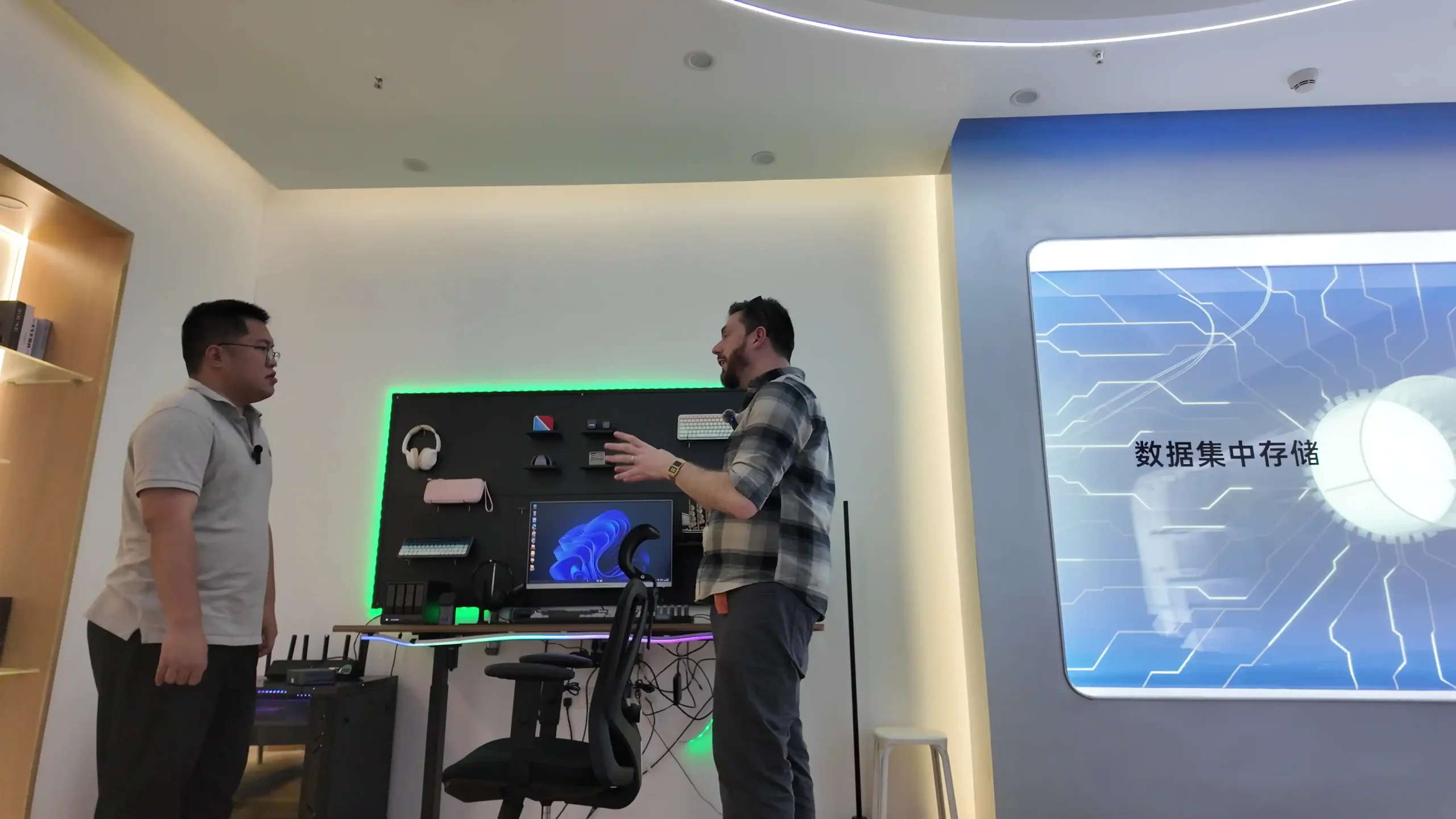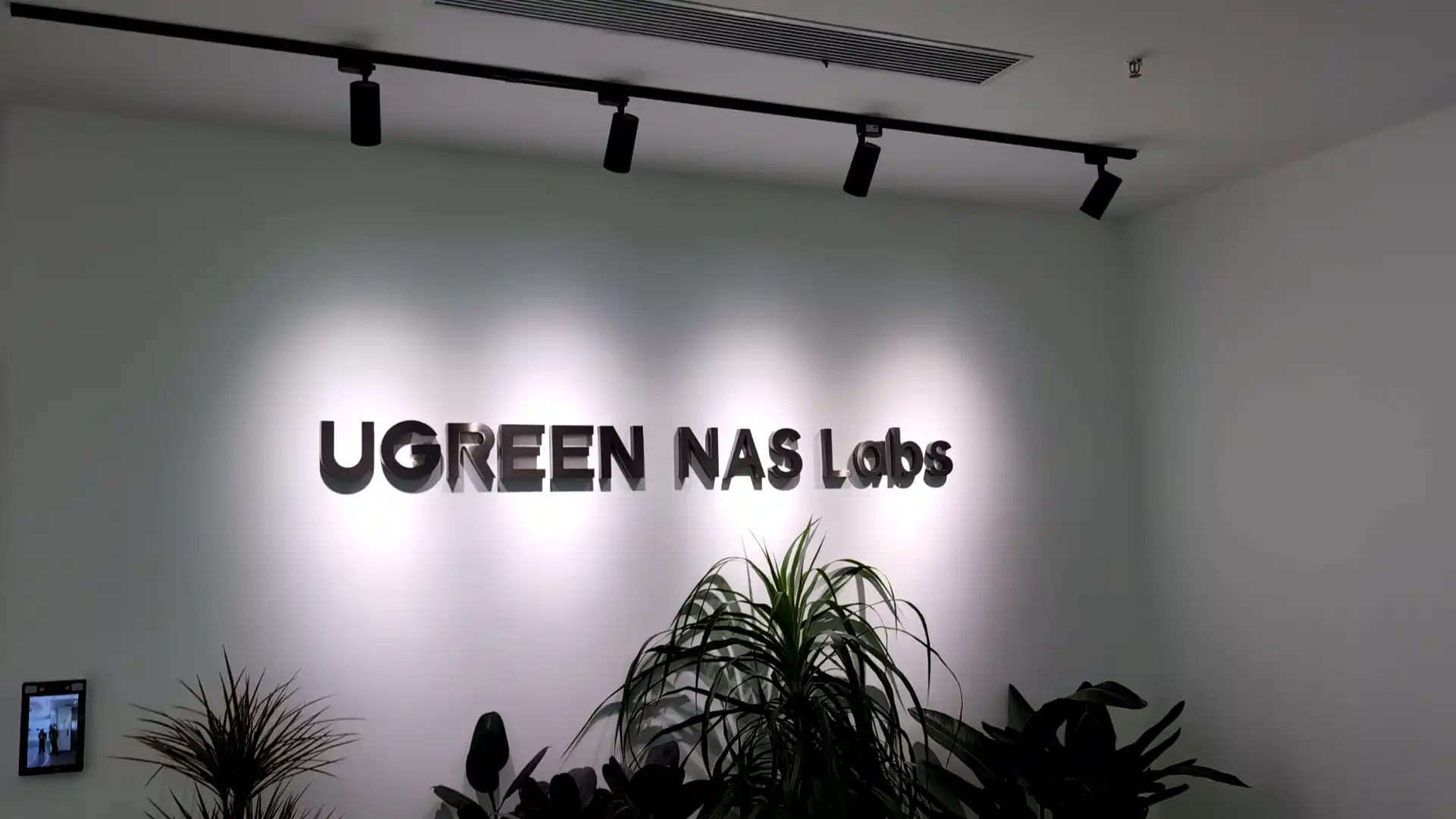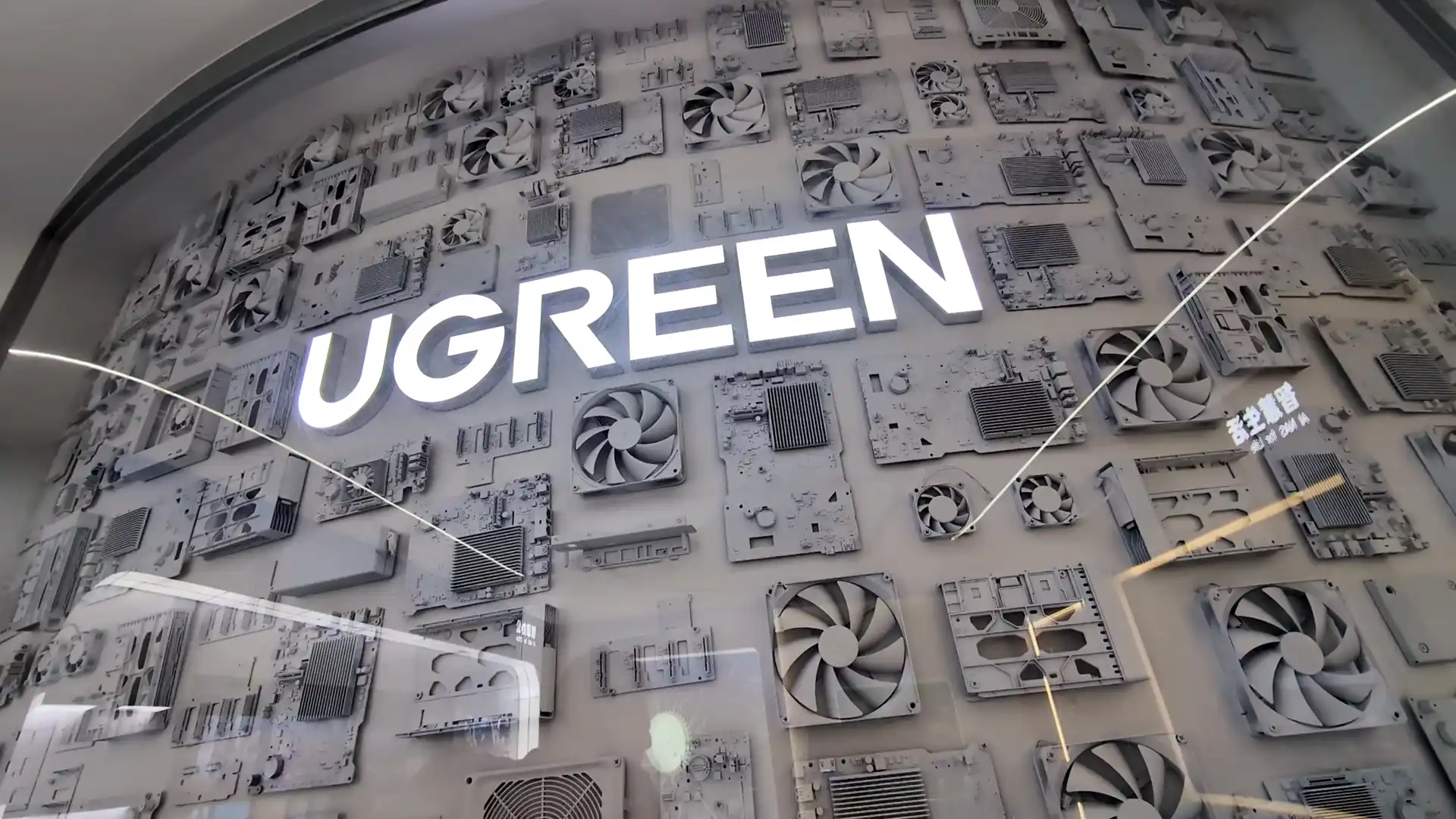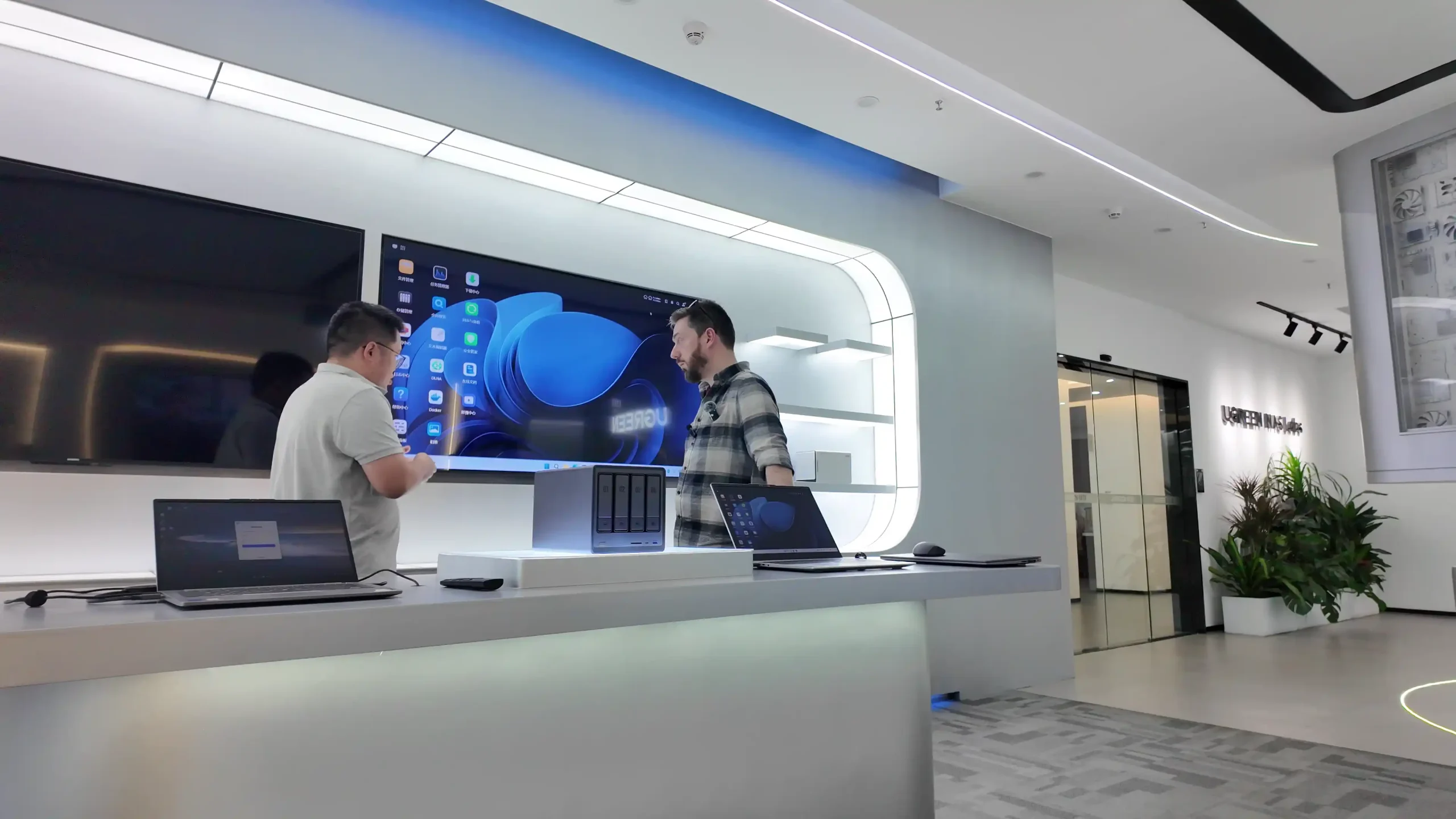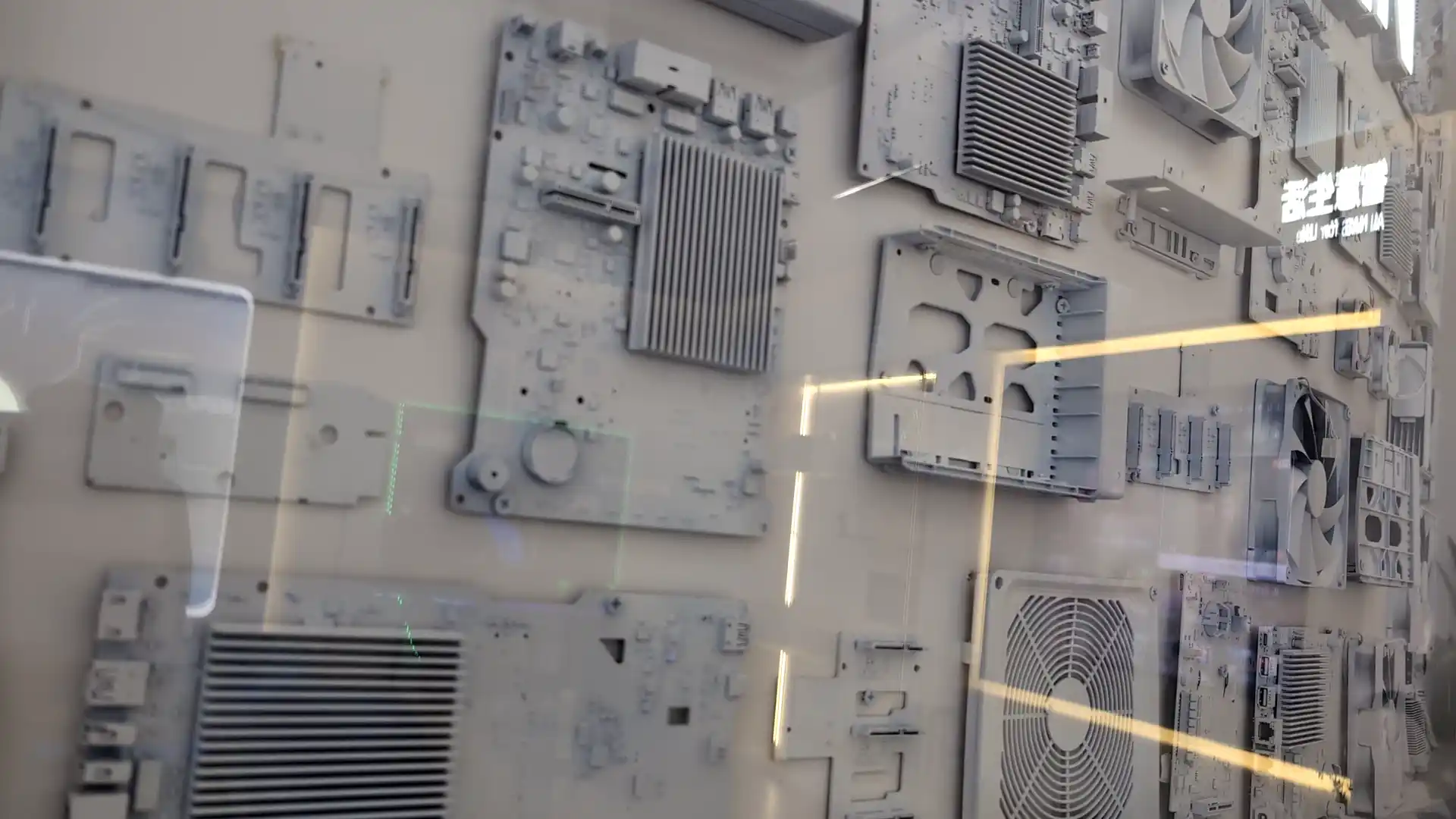Minisforum N5 Pro NAS Review
Minisforum N5 Pro Review – Reinventing NAS?
The Minisforum N5 Pro marks the company’s first deliberate step into the network-attached storage (NAS) segment, building upon its established experience in producing compact desktops, mini-PCs, and workstation-class hardware. First hinted at during industry discussions at IFA 2024 and formally revealed during CES 2025 in Nevada, the N5 Pro was later showcased in its near-final form at Computex 2025 in Taipei before entering production. Positioned as a high-performance NAS platform for advanced users, homelab enthusiasts, and small business operators, the N5 Pro aims to deliver server-class processing and expandability within a familiar, small-footprint chassis design. Alongside the N5 Pro, Minisforum released a standard N5 model at a lower price point, utilizing an 8-core processor without ECC memory support but retaining the same overall feature set and drive layout. Both systems ship with Minisforum’s proprietary MinisCloud OS pre-installed on a 64GB NVMe SSD, while remaining fully compatible with third-party NAS operating systems such as TrueNAS, Unraid, or Linux distributions. This review examines the N5 Pro model in detail, including its industrial design, internal hardware configuration, connectivity options, bundled software, real-world performance testing, and overall value proposition within the evolving NAS market.
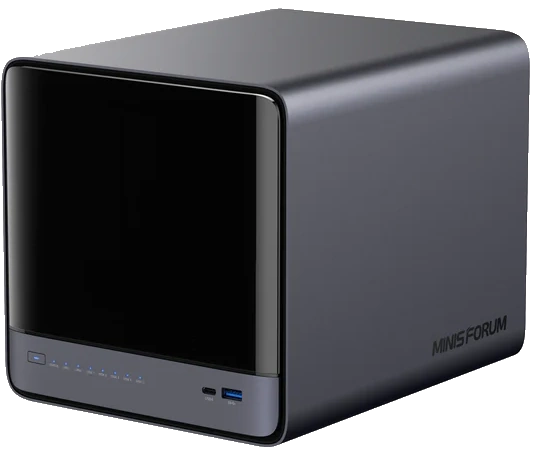
The is now available to buy:
IMPORTANT – Below are the links to the OFFICIAL Minisforum site to buy the N5 and N5 Pro. However, using these links does not support us (i.e we do not get an affiliate fee). We want you to buy this device from whichever retailer best suits your needs, but we hope you are able to support the work we do (such as this review and our YouTube channel) but using the links above for your storage media, or any other data storage/network solution purchase. |
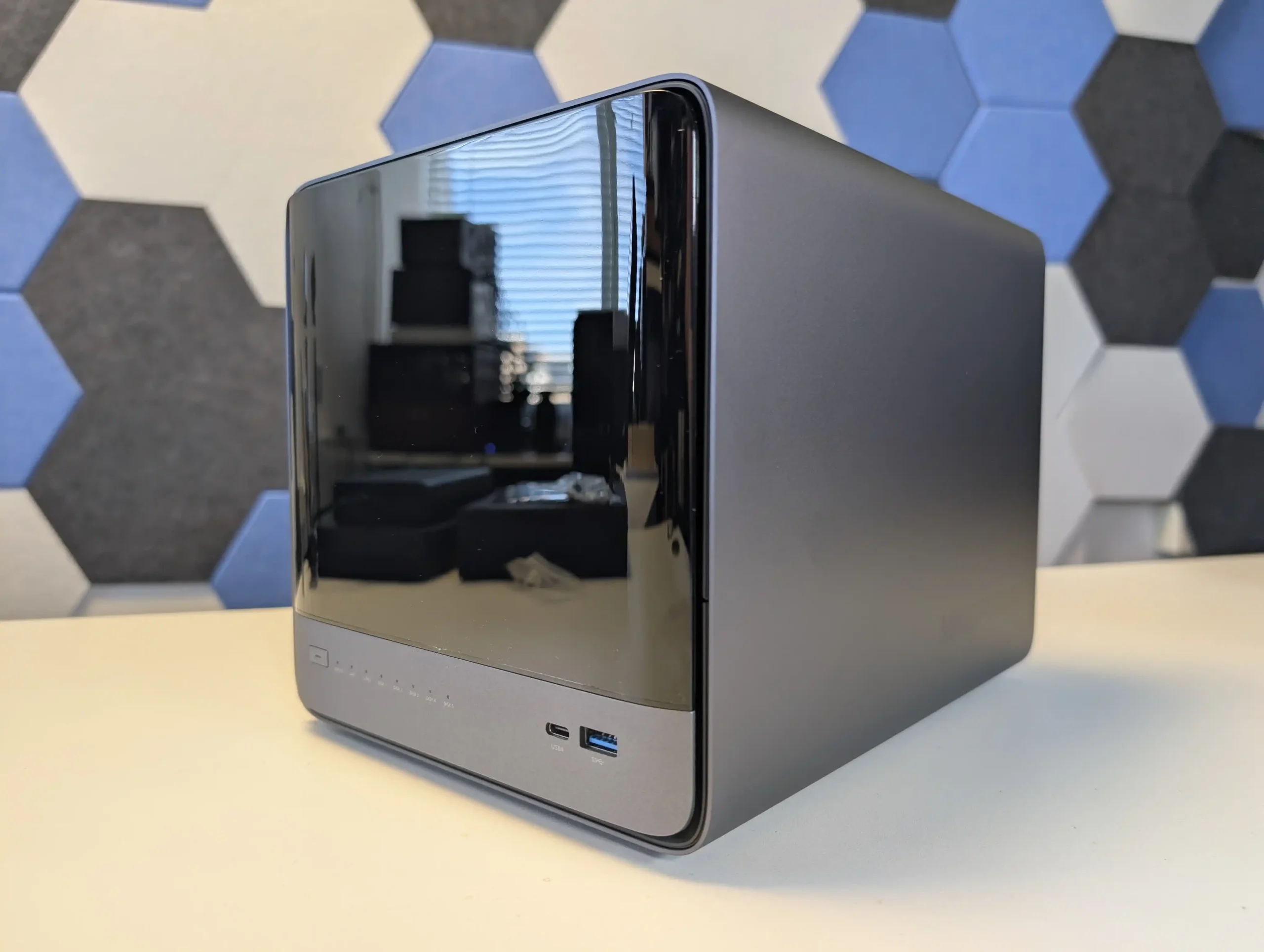
Minisforum N5 Pro Review – Quick Conclusion
The Minisforum N5 Pro is an impressive and highly versatile NAS platform that successfully combines the core strengths of a storage appliance with the capabilities of a compact, workstation-class server, making it suitable for demanding and varied use cases. Its defining features include a 12-core Ryzen AI 9 HX PRO 370 CPU with 24 threads and onboard AI acceleration up to 50 TOPS, support for up to 96GB of ECC-capable DDR5 memory for data integrity, and a hybrid storage architecture offering up to 144TB total capacity through a mix of five SATA bays and three NVMe/U.2 slots. Additional highlights such as ZFS file system support with snapshots, inline compression, and self-healing, along with high-speed networking via dual 10GbE and 5GbE ports, and expansion through PCIe Gen 4 ×16 and OCuLink interfaces, position it well beyond the capabilities of typical consumer NAS systems. The compact, fully metal chassis is easy to service and efficiently cooled, enabling continuous operation even under sustained virtual machine, AI, or media workloads. At the same time, the bundled MinisCloud OS, while feature-rich with AI photo indexing, Docker support, and mobile integration, remains a work in progress, lacking some enterprise-grade polish, robust localization, and more advanced tools expected in mature NAS ecosystems. Minor drawbacks such as the external PSU, the thermally challenged pre-installed OS SSD, and the higher cost of the Pro variant relative to the standard N5 are important to weigh, particularly for users who may not fully utilize the Pro’s ECC and AI-specific advantages. For advanced users, homelab builders, and technical teams who require high compute density, flexible storage, and full control over their software stack, the N5 Pro delivers workstation-level performance and configurability in NAS form—offering one of the most forward-thinking and adaptable solutions available today in this segment.
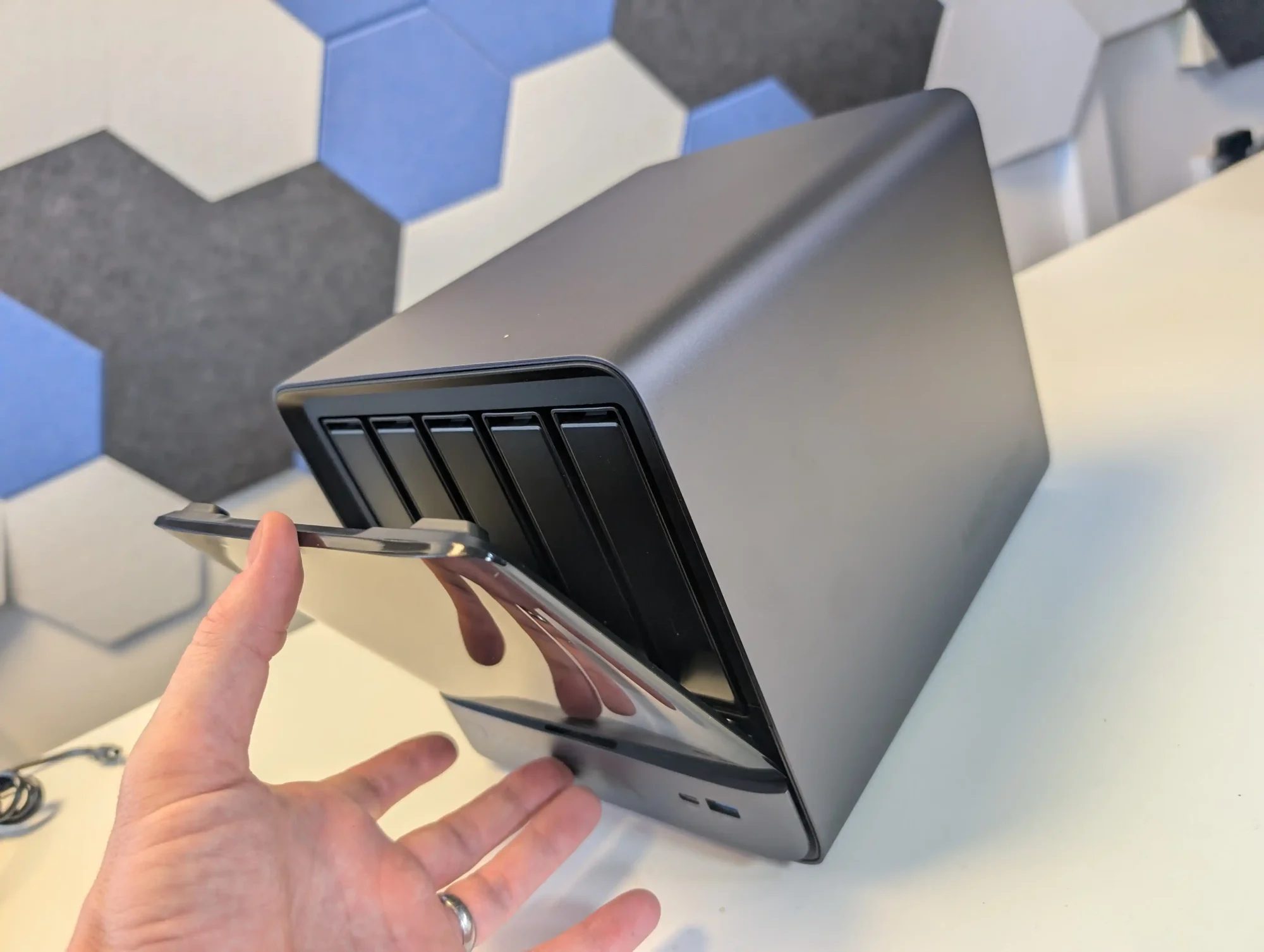

8.4
 High-performance AMD Ryzen
High-performance AMD Ryzen AI 9 HX PRO 370 CPU with 12 cores, 24 threads, and AI acceleration (50 TOPS NPU) is INCREDIBLE for a compact desktop purchase
AI 9 HX PRO 370 CPU with 12 cores, 24 threads, and AI acceleration (50 TOPS NPU) is INCREDIBLE for a compact desktop purchase Support for up to 96GB DDR5 memory with ECC, ensuring data integrity and stability in critical environments
Support for up to 96GB DDR5 memory with ECC, ensuring data integrity and stability in critical environments ZFS-ready storage with numerous ZFS and TRADITIONAL RAID configurations, snapshots, and inline compression
ZFS-ready storage with numerous ZFS and TRADITIONAL RAID configurations, snapshots, and inline compression Hybrid storage support: five 3.5\"/2.5\" SATA bays plus three NVMe/U.2 SSD slots, with up to 144TB total capacity
Hybrid storage support: five 3.5\"/2.5\" SATA bays plus three NVMe/U.2 SSD slots, with up to 144TB total capacity Versatile expansion options including PCIe Gen 4 ×16 slot (×4 electrical) and OCuLink port for GPUs or NVMe cages
Versatile expansion options including PCIe Gen 4 ×16 slot (×4 electrical) and OCuLink port for GPUs or NVMe cages Dual high-speed networking: 10GbE and 5GbE RJ45 ports with link aggregation support + (using the inclusive MinisCloud OS) the use of the USB4 ports for direct PC/Mac connection!
Dual high-speed networking: 10GbE and 5GbE RJ45 ports with link aggregation support + (using the inclusive MinisCloud OS) the use of the USB4 ports for direct PC/Mac connection! Fully metal, compact, and serviceable chassis with thoughtful cooling and accessible internal layout - makes maintenance, upgrades and troubleshooting a complete breeze!
Fully metal, compact, and serviceable chassis with thoughtful cooling and accessible internal layout - makes maintenance, upgrades and troubleshooting a complete breeze! Compatibility with third-party OSes (TrueNAS, Unraid, Linux) without voiding warranty, offering flexibility for advanced users
Compatibility with third-party OSes (TrueNAS, Unraid, Linux) without voiding warranty, offering flexibility for advanced users
 MinisCloud OS is functional but immature, with unfinished localisation and limited advanced enterprise features - lacks MFA, iSCSI, Security Scanner and More. Nails several key fundamentals, but still feels unfinished at this time.
MinisCloud OS is functional but immature, with unfinished localisation and limited advanced enterprise features - lacks MFA, iSCSI, Security Scanner and More. Nails several key fundamentals, but still feels unfinished at this time. Despite External PSU design (will already annoy some users), it generates a lot of additional heat and may not appeal to all users overall
Despite External PSU design (will already annoy some users), it generates a lot of additional heat and may not appeal to all users overall Preinstalled 64GB OS SSD runs hot under sustained use and lacks dedicated cooling. Plus, losing one of the 3 m.2 slots to it will not please everyone (most brands manage to find a way to apply an eMMC into the board more directly, or use a USB bootloader option as a gateway for their OS
Preinstalled 64GB OS SSD runs hot under sustained use and lacks dedicated cooling. Plus, losing one of the 3 m.2 slots to it will not please everyone (most brands manage to find a way to apply an eMMC into the board more directly, or use a USB bootloader option as a gateway for their OS Premium $1000+ pricing may be hard to justify for users who don’t need ECC memory or AI capabilities compared to the standard N5 at $500+
Premium $1000+ pricing may be hard to justify for users who don’t need ECC memory or AI capabilities compared to the standard N5 at $500+
Where to Buy a Product





![]()
![]()

VISIT RETAILER ➤






![]()
![]()

VISIT RETAILER ➤
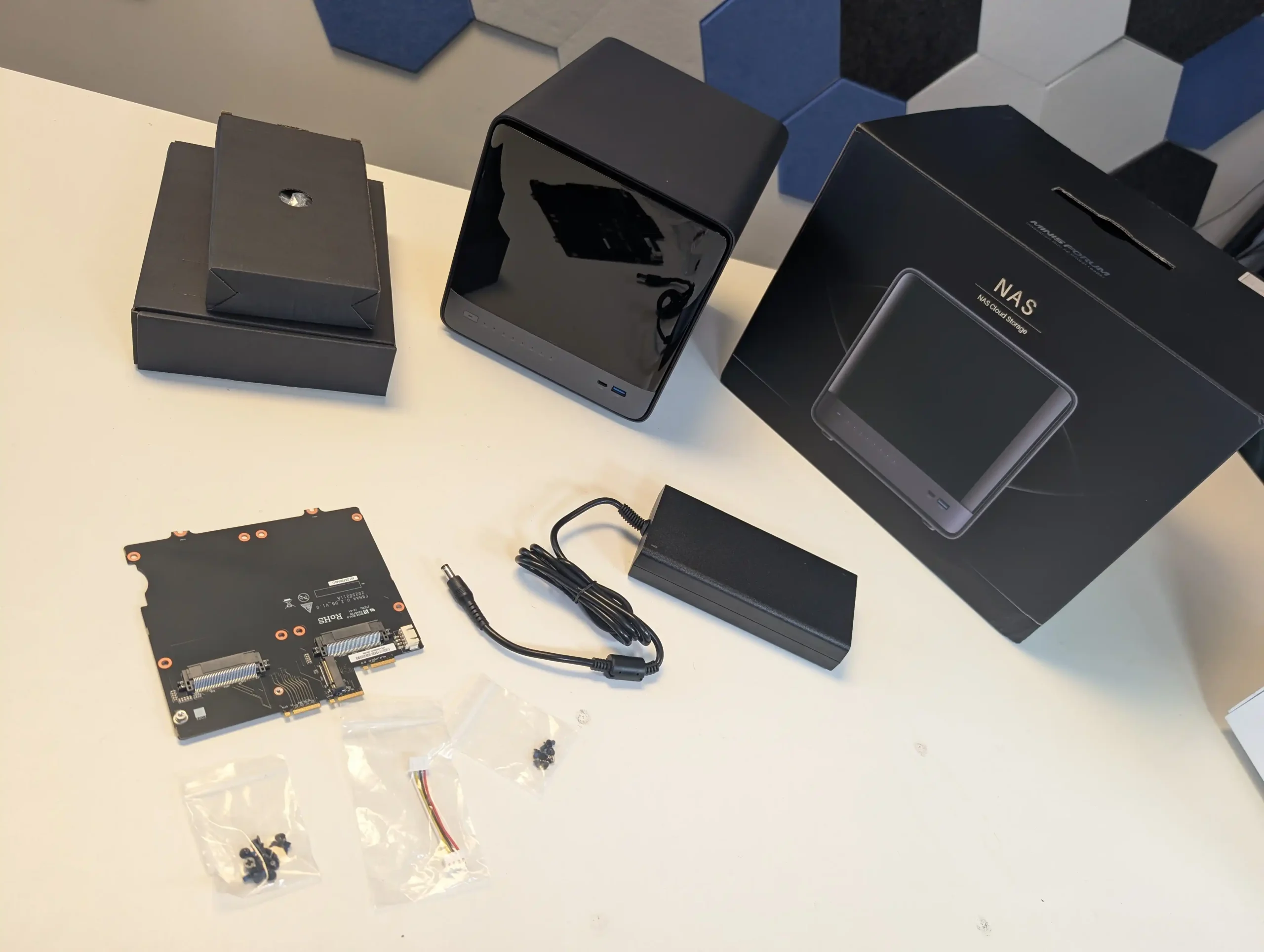
Minisforum N5 Pro Review – Design and Storage
The Minisforum N5 Pro continues the company’s emphasis on compact yet industrial-grade hardware, retaining a desktop-friendly footprint of 199 x 202 x 252 mm and weighing just under 5 kg. Its exterior is constructed from anodized aluminum alloy, which not only enhances durability but also serves as part of the system’s passive thermal management by dispersing residual heat through the shell.
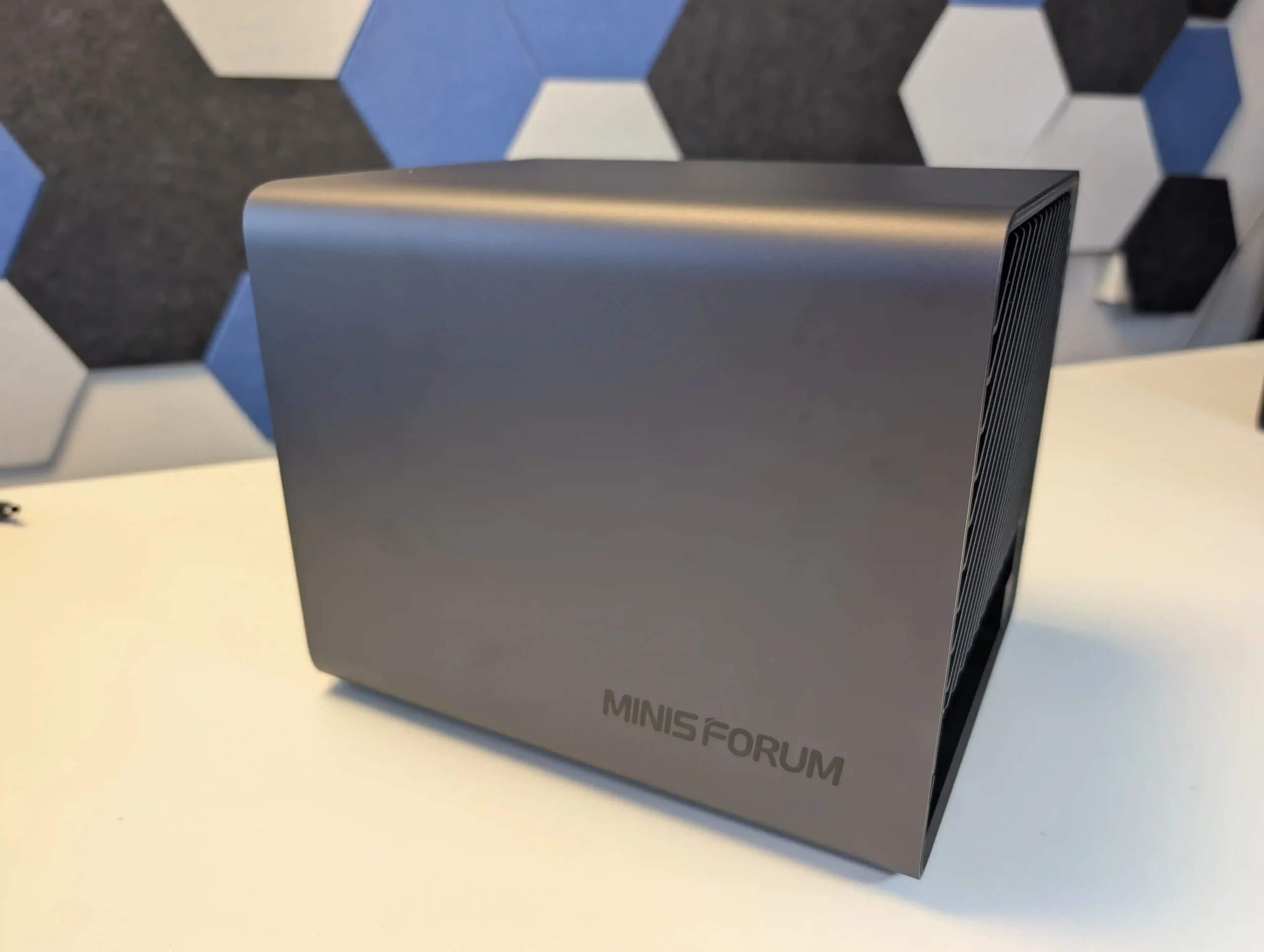
The front panel is understated, housing clearly labeled LEDs for system status, network activity indicators for both network interfaces, and separate activity lights for each of the five SATA bays.
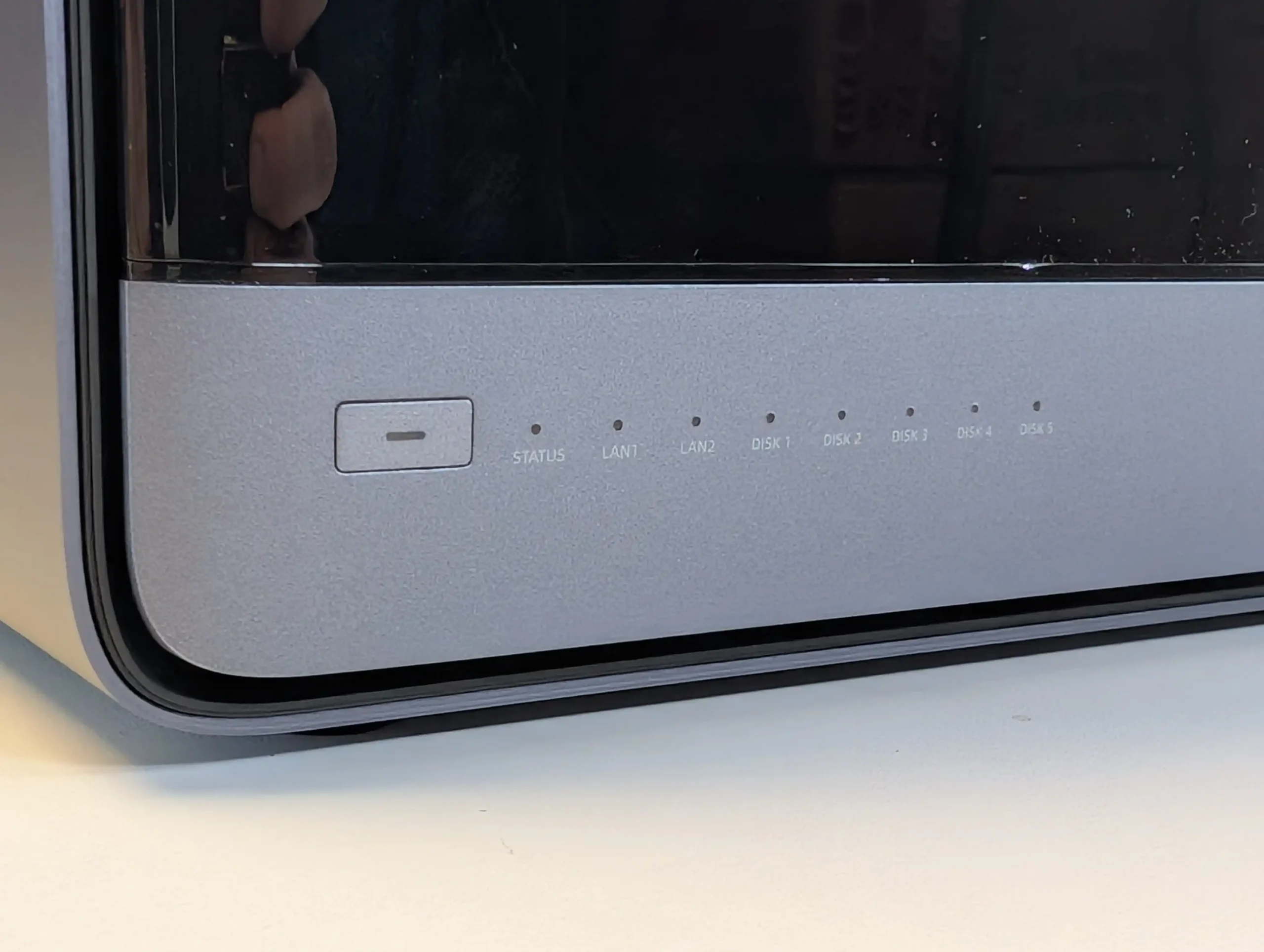
A recessed power button with integrated LED, reset hole, and anti-theft lock slot round out the front-facing controls. The system’s modular internal structure divides the upper and lower sections cleanly, with the drive cage occupying the top tier and the motherboard and expansion slots housed below.
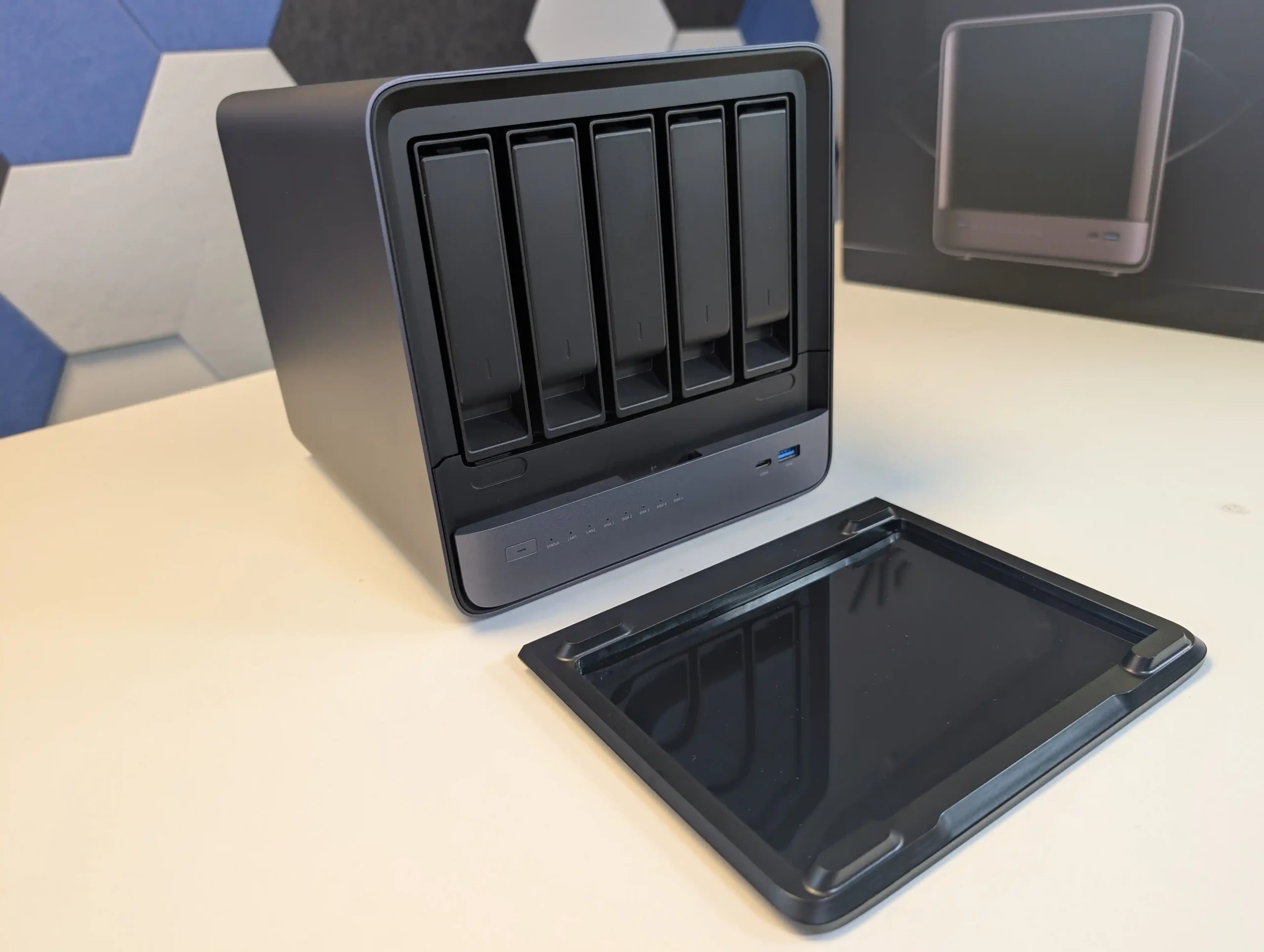
The slide-out tray design for the storage cage facilitates fast maintenance and upgrades, and access to all internal components requires minimal disassembly, aided by two easily removable rear screws and a fully detachable back panel. This thoughtful layout supports not only ease of serviceability but also helps maintain clean cable management for improved airflow.
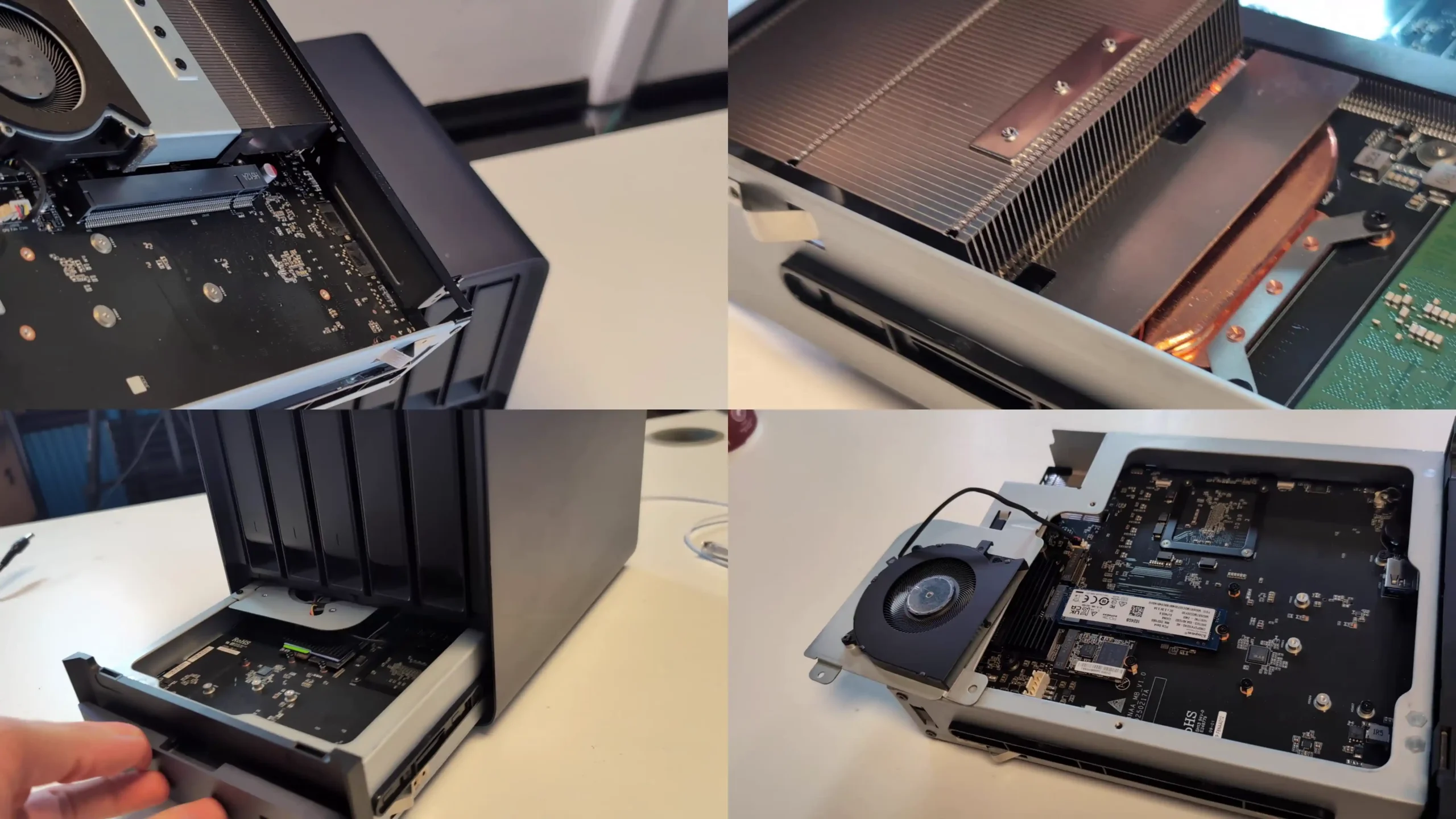
The N5 Pro’s storage architecture is designed for maximum flexibility and density within its size constraints. The primary storage array comprises five individual 3.5-inch or 2.5-inch SATA 3.0 bays arranged in a stacked configuration at the front of the chassis. Each bay supports drives of up to 22TB, allowing a maximum mechanical storage capacity of 110TB, which positions the N5 Pro among the most storage-dense NAS devices in its class.
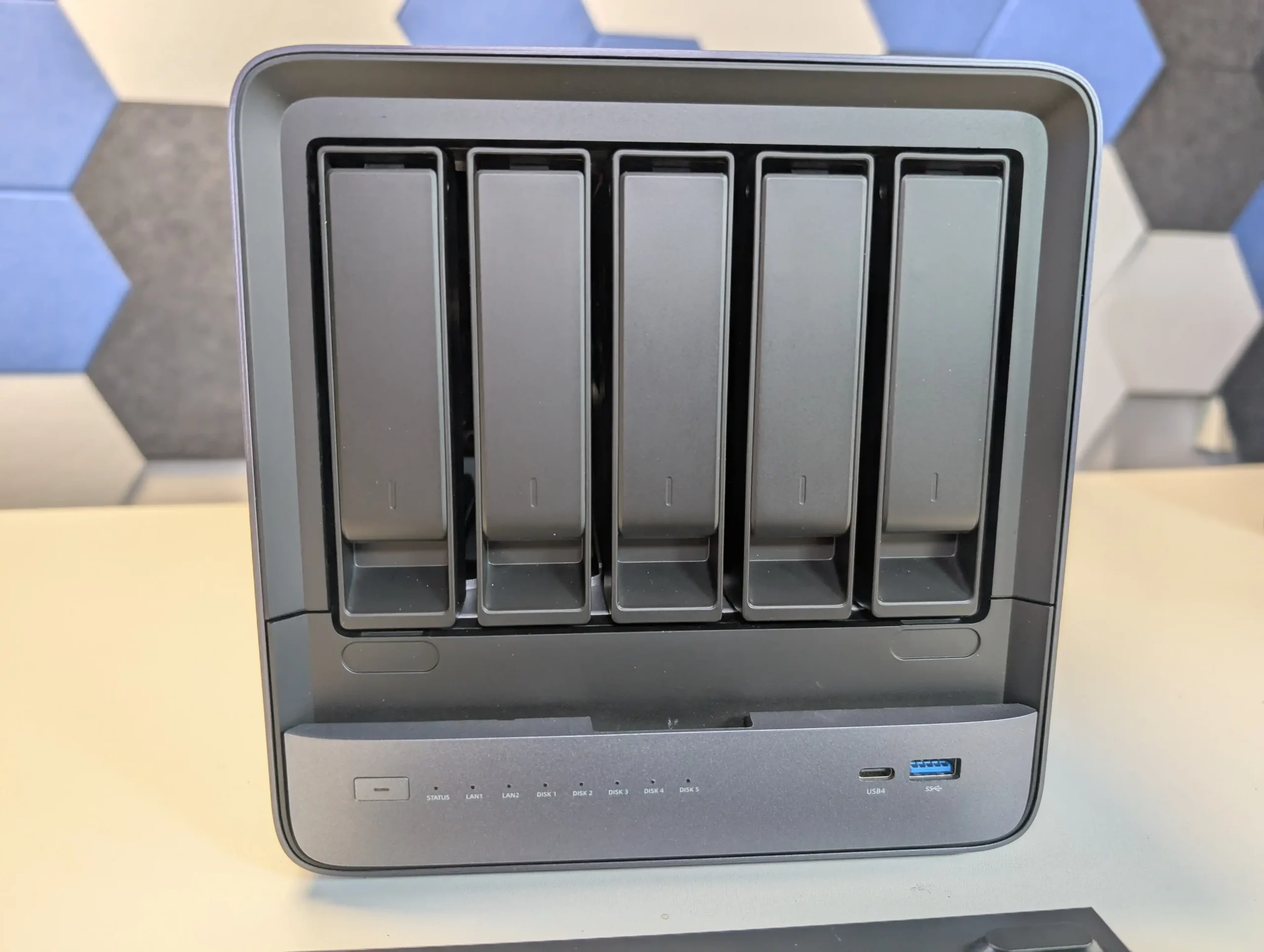
Unlike some competing NAS designs that rely on port multiplexing, each SATA port on the N5 Pro is directly connected to the mainboard without oversubscription, ensuring consistent throughput per drive. Beyond the five SATA bays, the system includes three additional high-speed NVMe slots.
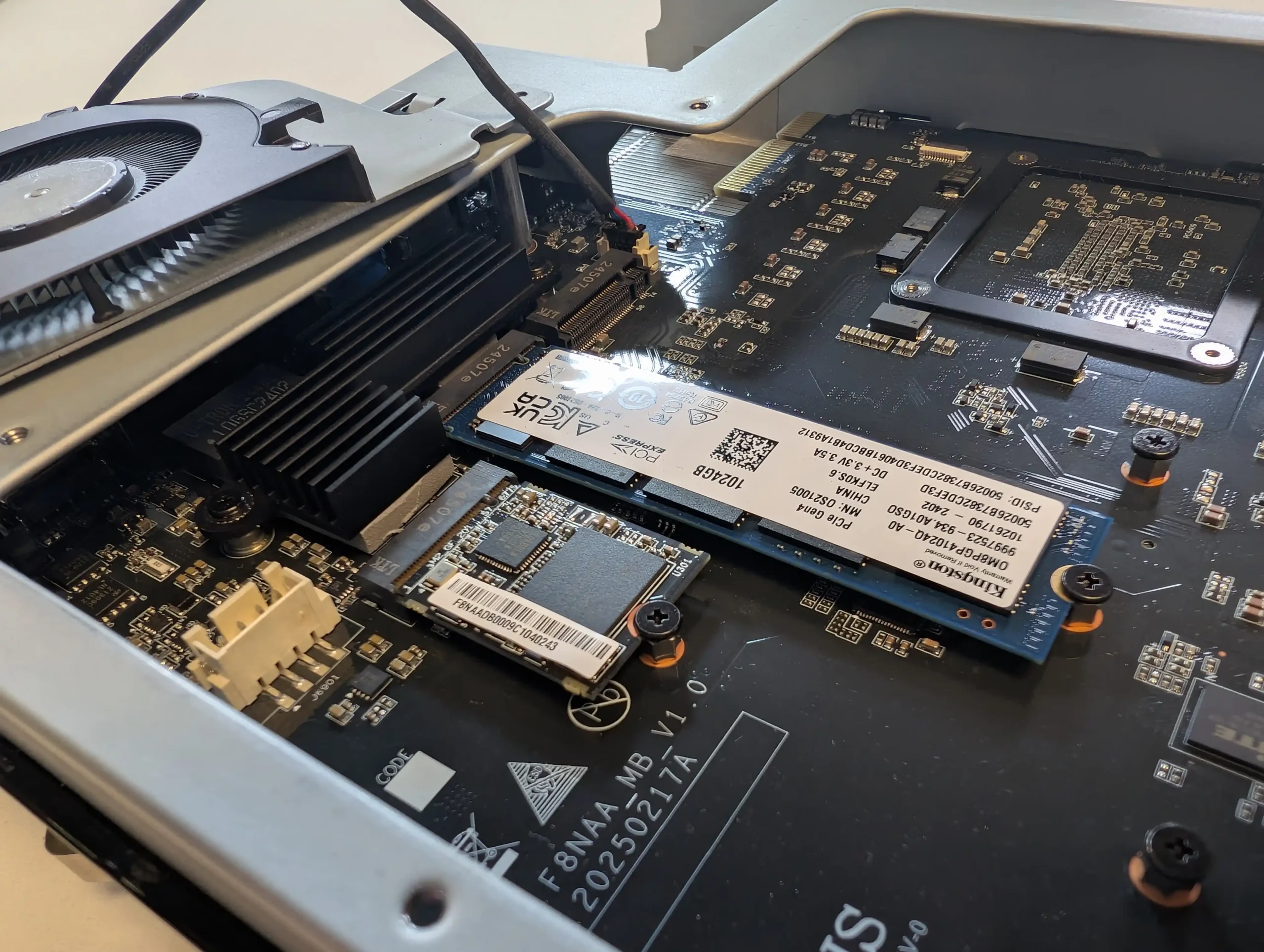
Two of these support either M.2 or U.2 SSDs up to 15TB each, while the remaining slot supports an M.2 SSD up to 4TB.
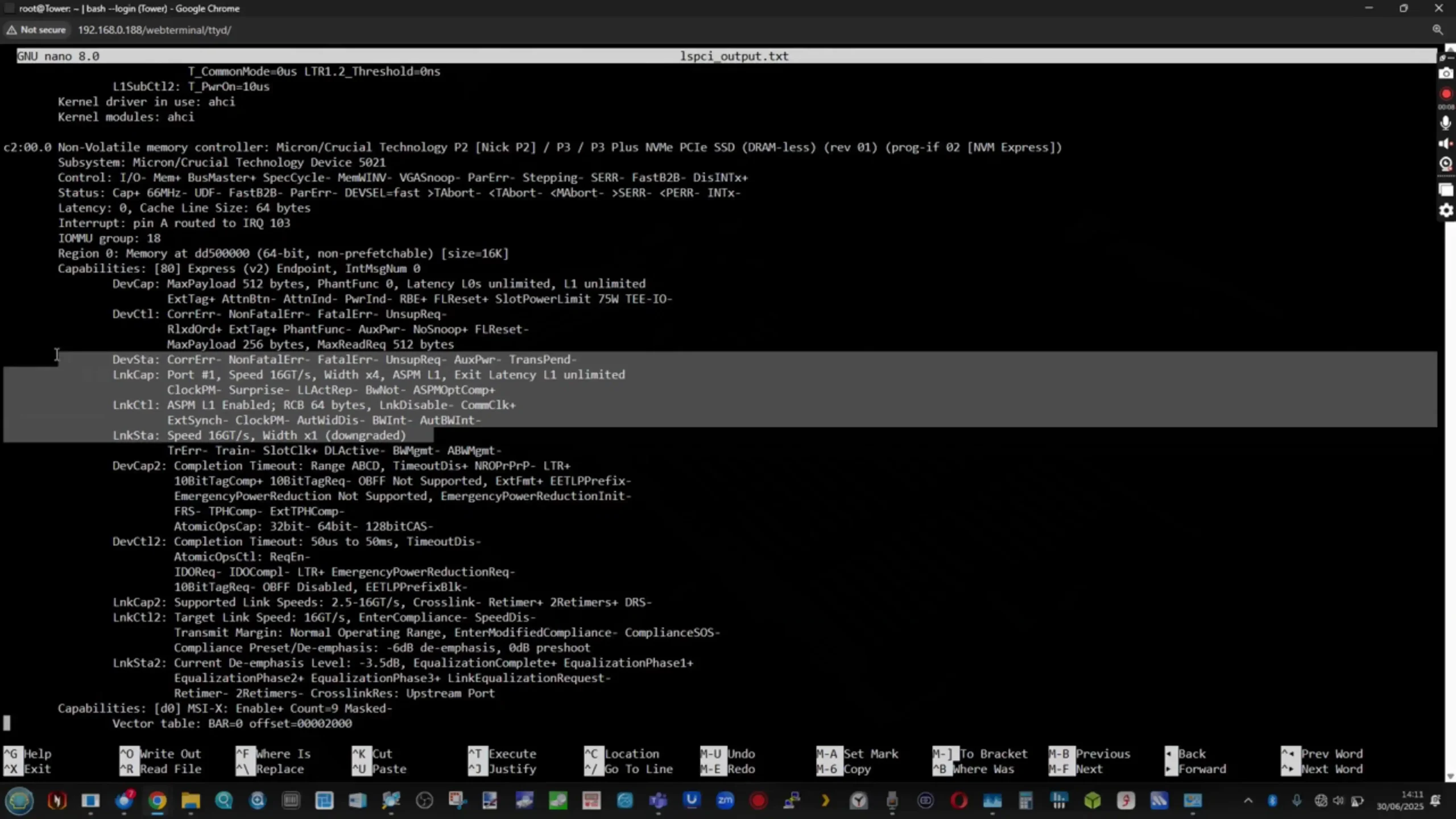
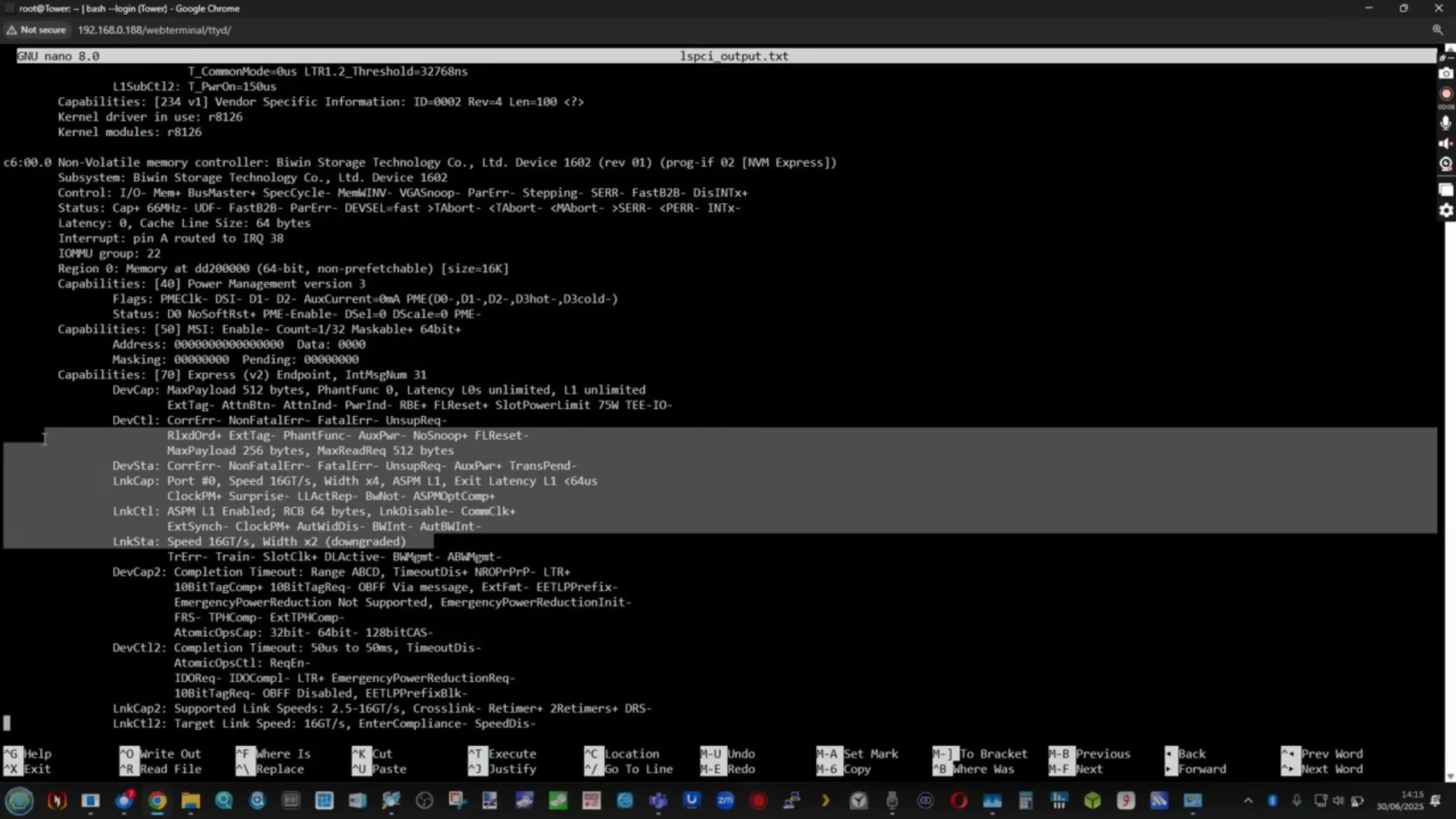
Minisforum includes an adapter to convert the two U.2-compatible slots to standard M.2 form factor if desired, which accommodates more commonly available SSDs without sacrificing future enterprise U.2 upgrade options.
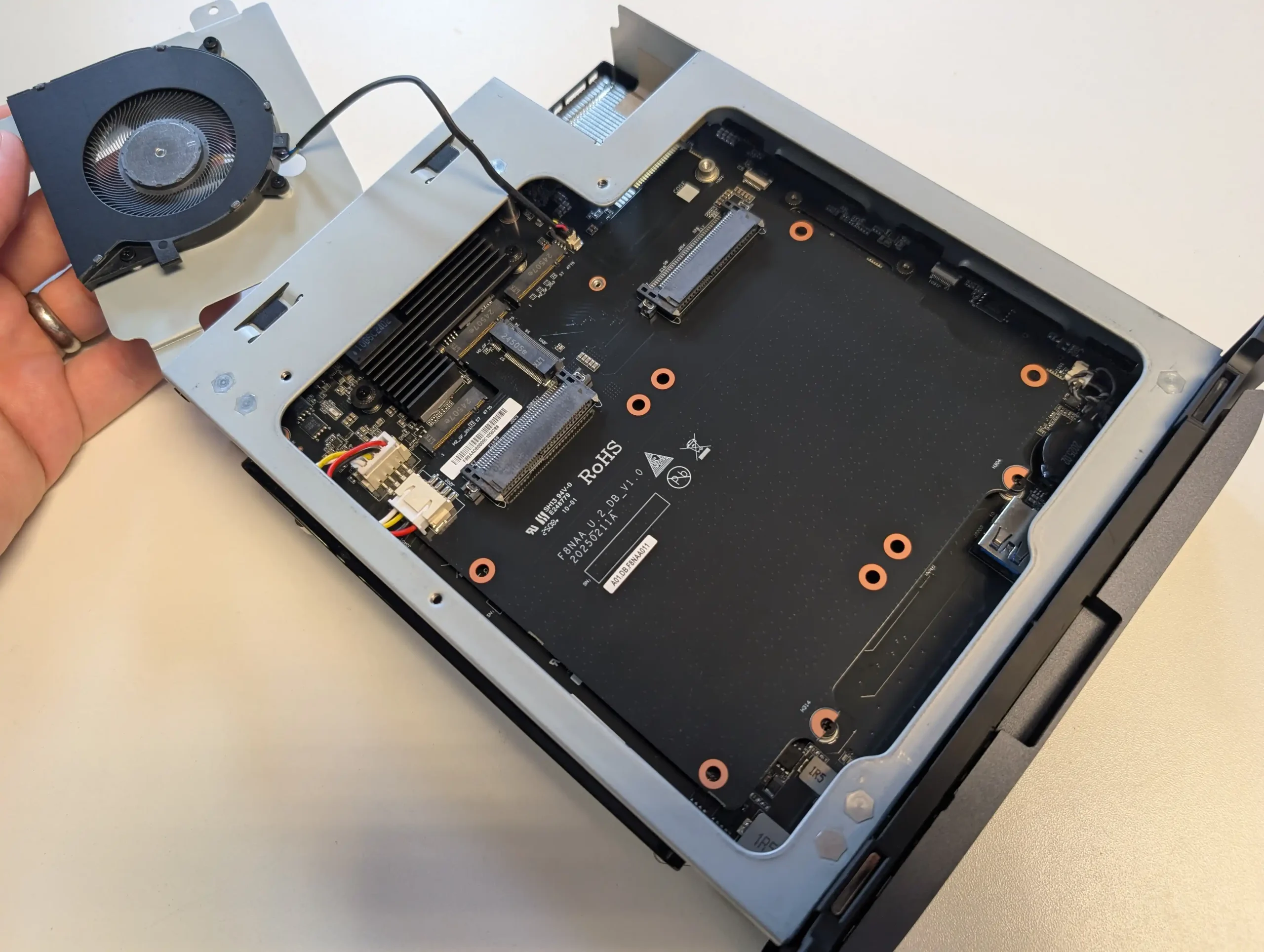
In its default shipping configuration, the N5 Pro arrives with a 64GB M.2 2230 SSD preinstalled, preloaded with MinisCloud OS. This small OS drive occupies one M.2 slot and can be replaced with a larger, higher-performance SSD if needed.
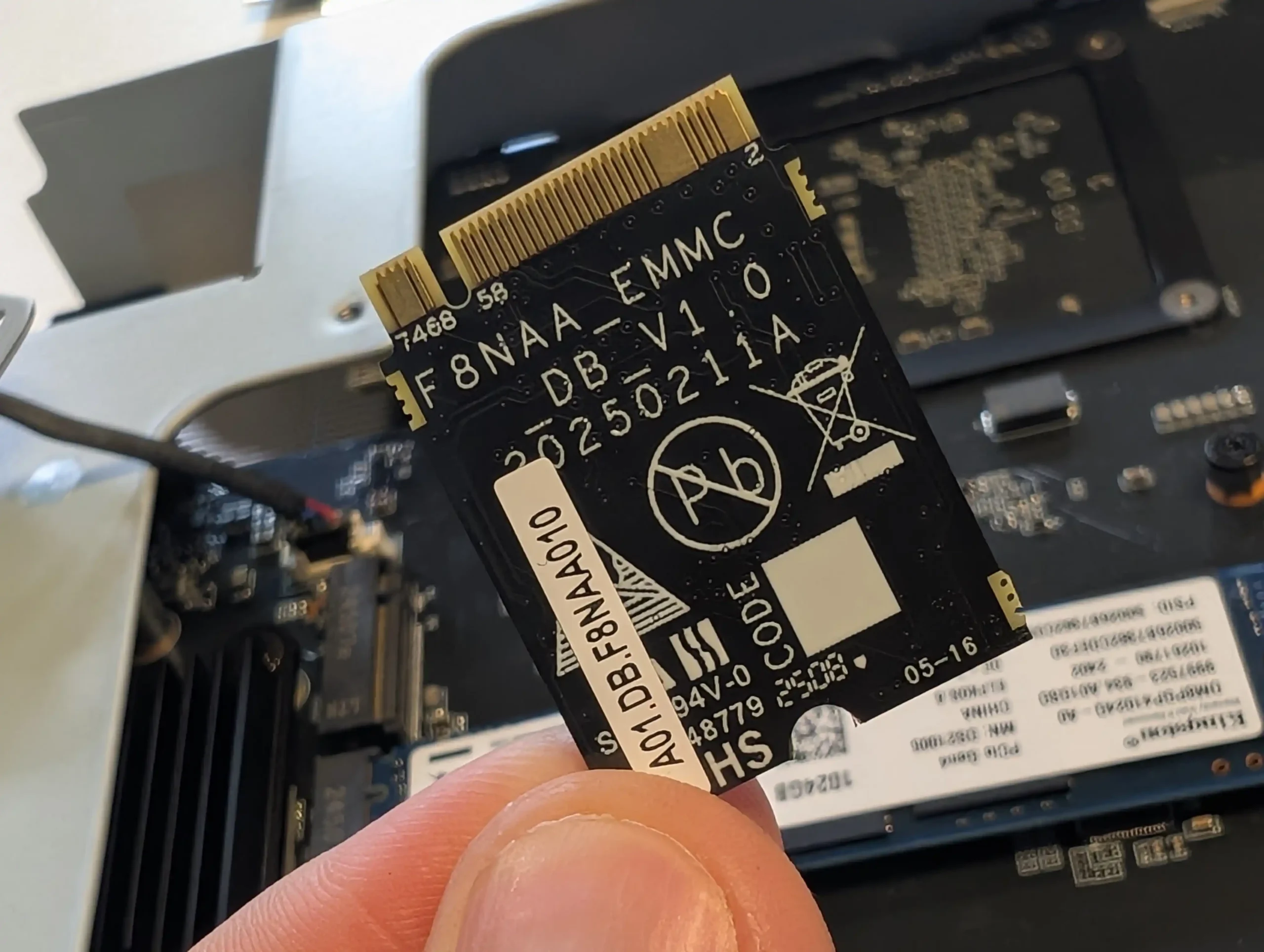
The device supports a full suite of RAID levels, both through hardware and software configuration, thanks to its ZFS-based storage stack within MinisCloud OS. Users can configure the five SATA bays in RAID 0 for maximum throughput, RAID 1 or RAID 10 for redundancy, or RAIDZ1/RAID5 and RAIDZ2/RAID6 for more advanced parity protection.
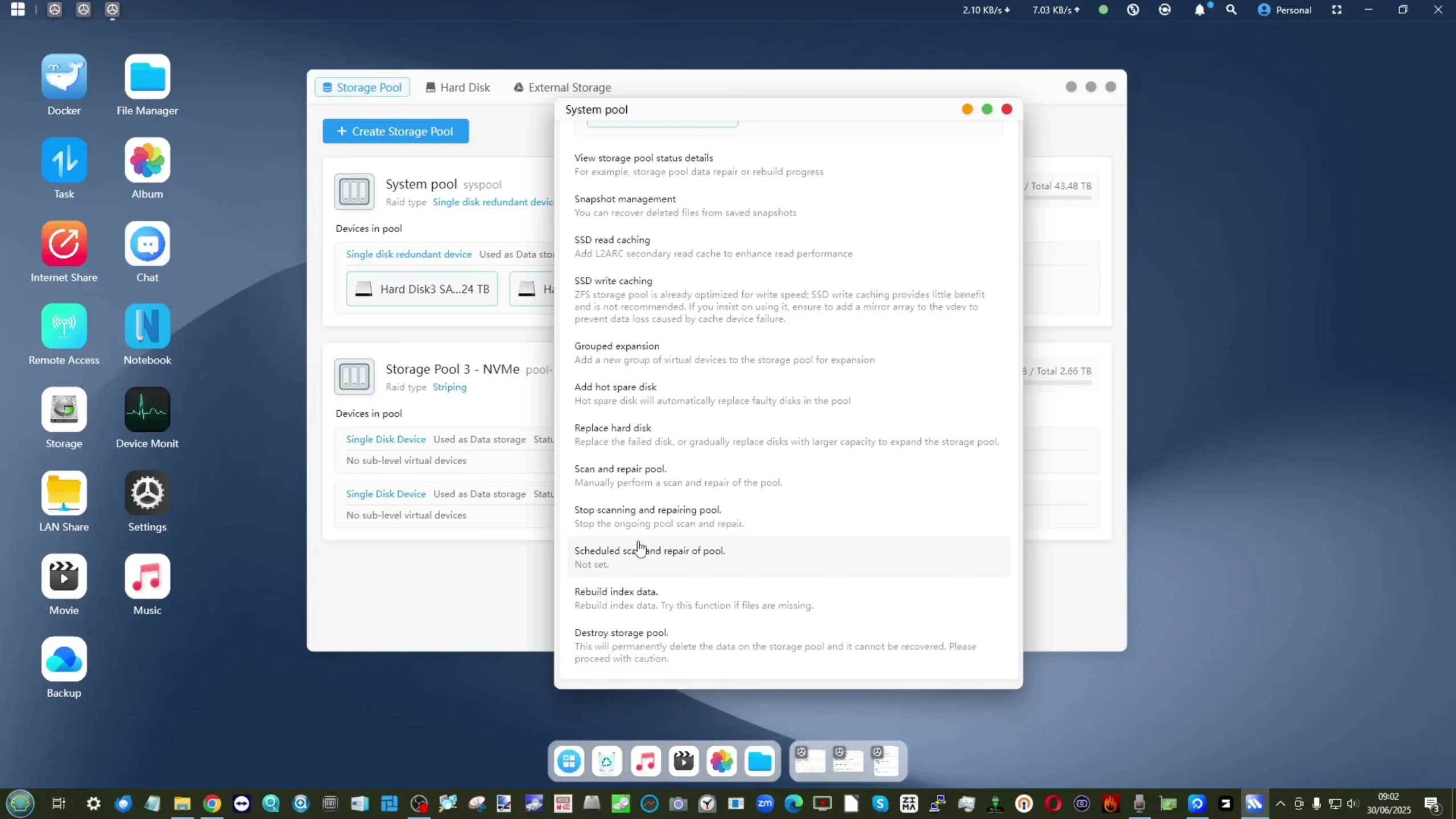
The combination of ZFS and hardware flexibility allows mixed configurations, where NVMe SSDs can be dedicated to cache or high-performance “hot” data pools while SATA disks serve as mass storage. This arrangement supports scenarios like virtual machine hosting alongside archival media storage in a single chassis. Notably, ZFS features such as inline LZ4 compression and snapshot-based recovery are natively supported in MinisCloud OS, enabling efficient storage utilization and simplified recovery workflows.
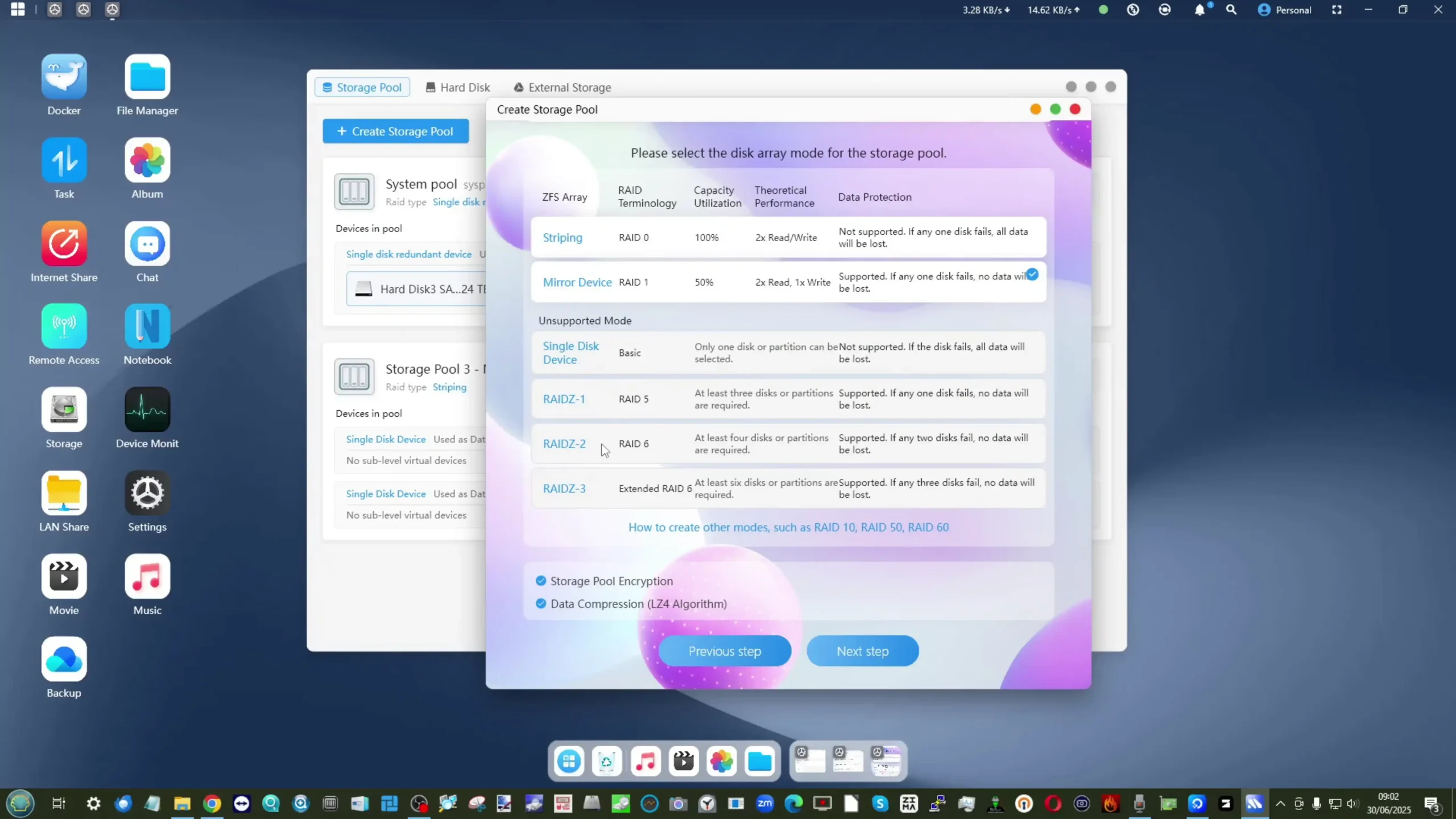
During extended operation with fully populated SATA bays and NVMe slots, the drives maintained expected IOPS and sustained throughput without any noticeable drop in performance, a reflection of the system’s balanced backplane and effective drive isolation.
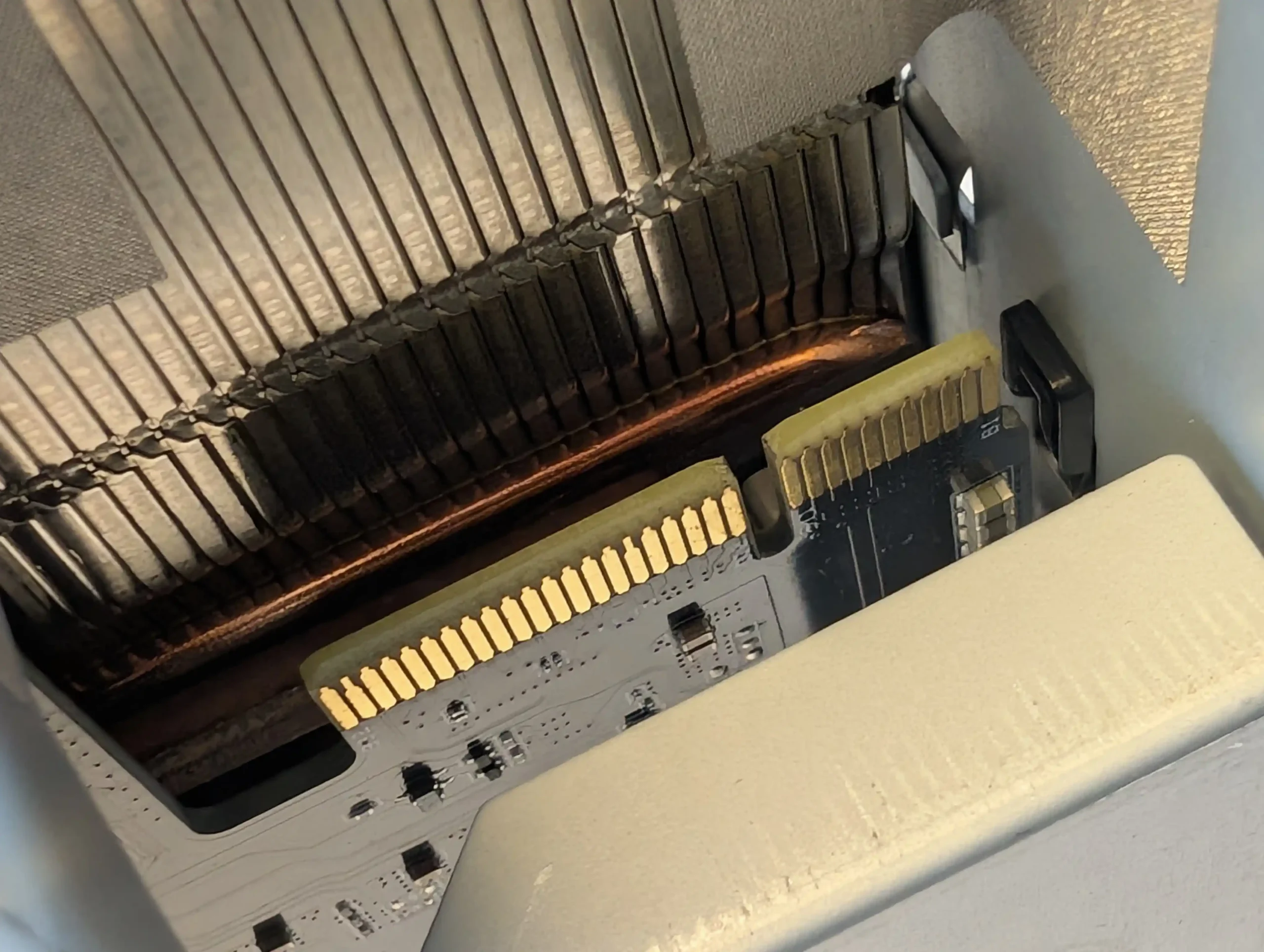
The 5 SATA Bay cage is connected to then main board with a 2GB/20Gb/s connection and is managed by the SATA sata JMicron Technology Corp. JMB58x
The physical implementation of drive installation is straightforward, with each SATA tray supporting toolless insertion and clearly numbered for easy identification. The trays are designed to accommodate both 3.5-inch and 2.5-inch drives securely, while the NVMe and U.2 slots are easily accessible on the motherboard side of the chassis. Importantly, the U.2 support provides access to enterprise-class SSDs, which offer higher durability, better thermal tolerance, and larger capacities compared to consumer NVMe drives.
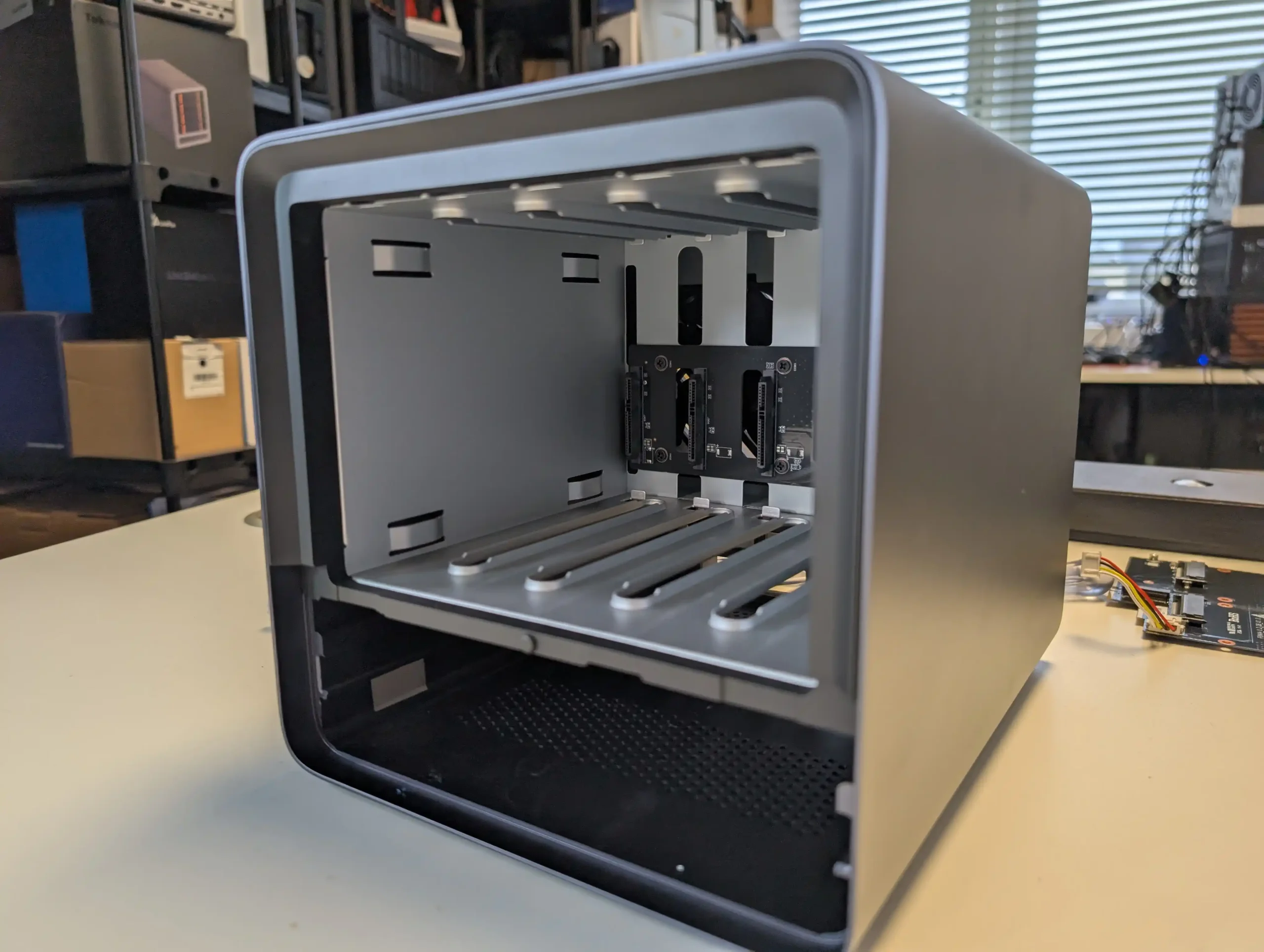
This feature caters to professional environments where storage write endurance is critical. The SATA backplane is integrated into the drive cage and connects cleanly to the motherboard with no loose cabling, simplifying airflow management and minimizing potential points of failure. Throughout the chassis, Minisforum has kept the cable routing tidy, with wiring harnesses anchored to prevent obstruction of airflow paths or contact with hot surfaces.
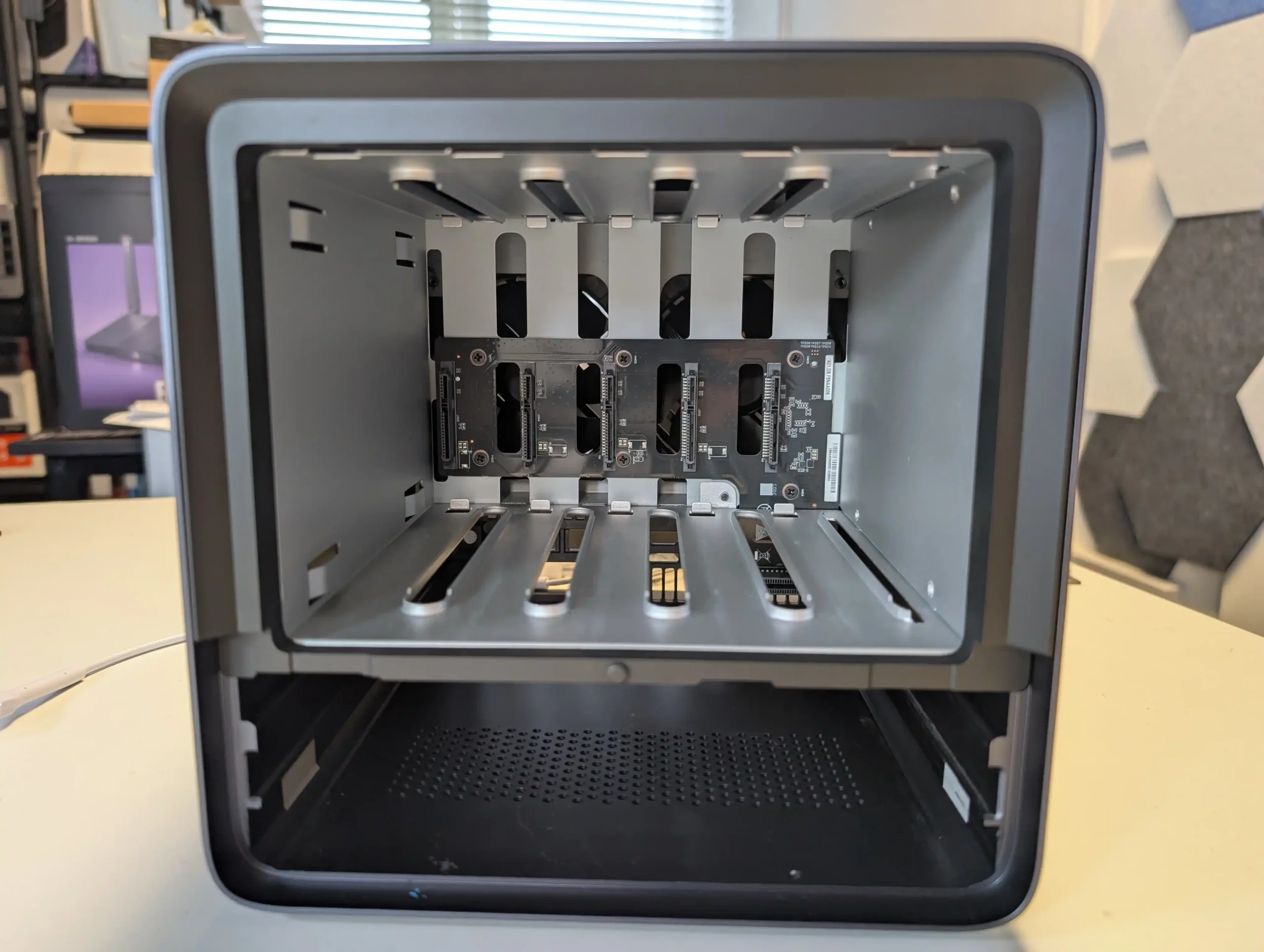
Cooling for the storage components is managed through a well-considered combination of passive and active elements. Front-side intake vents direct cool air across the SATA drives, while two dedicated rear-mounted exhaust fans draw heat away from the drive array and motherboard area.
The vented base panel assists with maintaining negative pressure and facilitating lateral airflow, preventing localized hot spots.
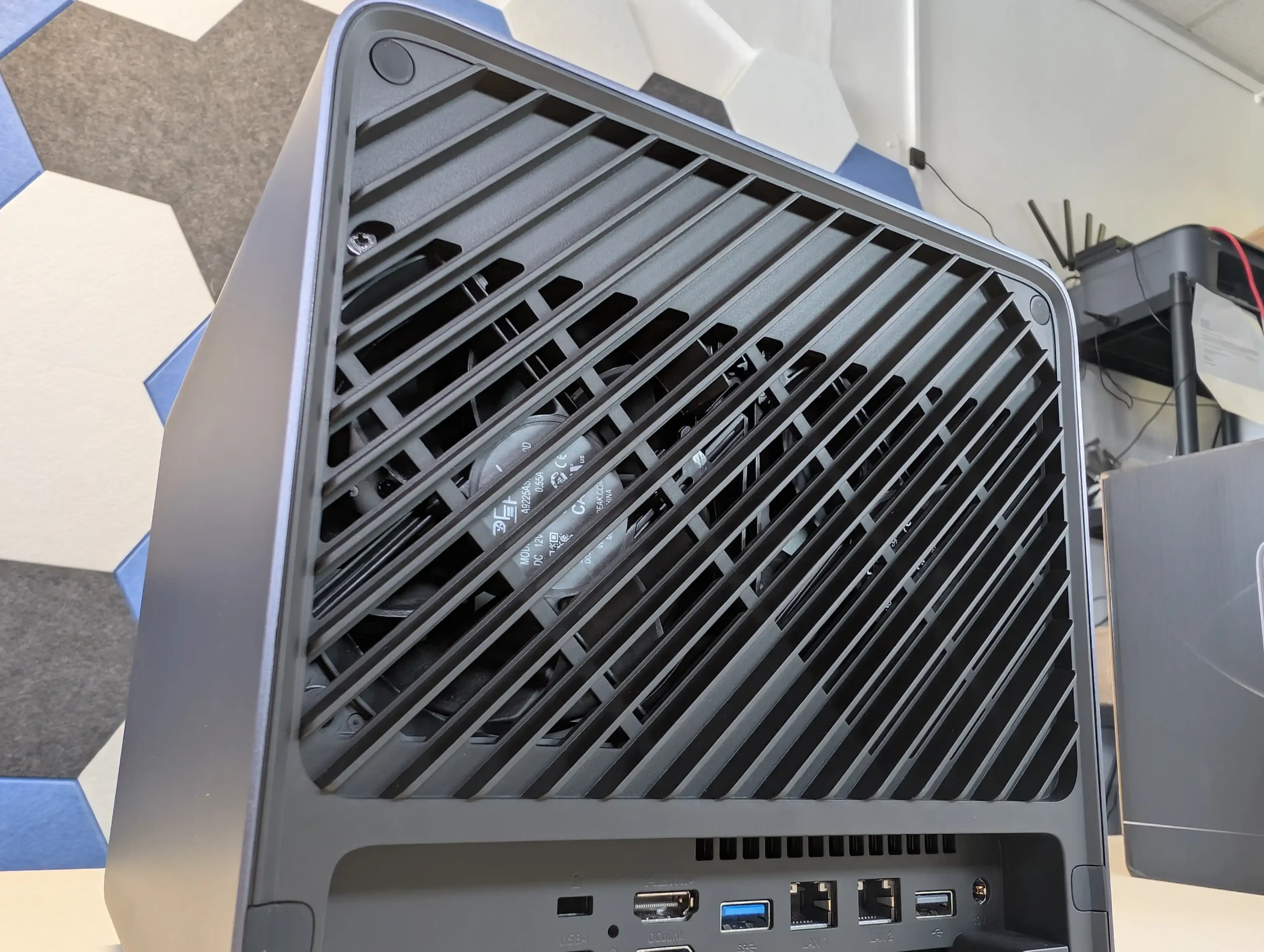
The NVMe and U.2 SSDs benefit from placement near the rear and bottom fans, maintaining acceptable temperatures under sustained workloads.
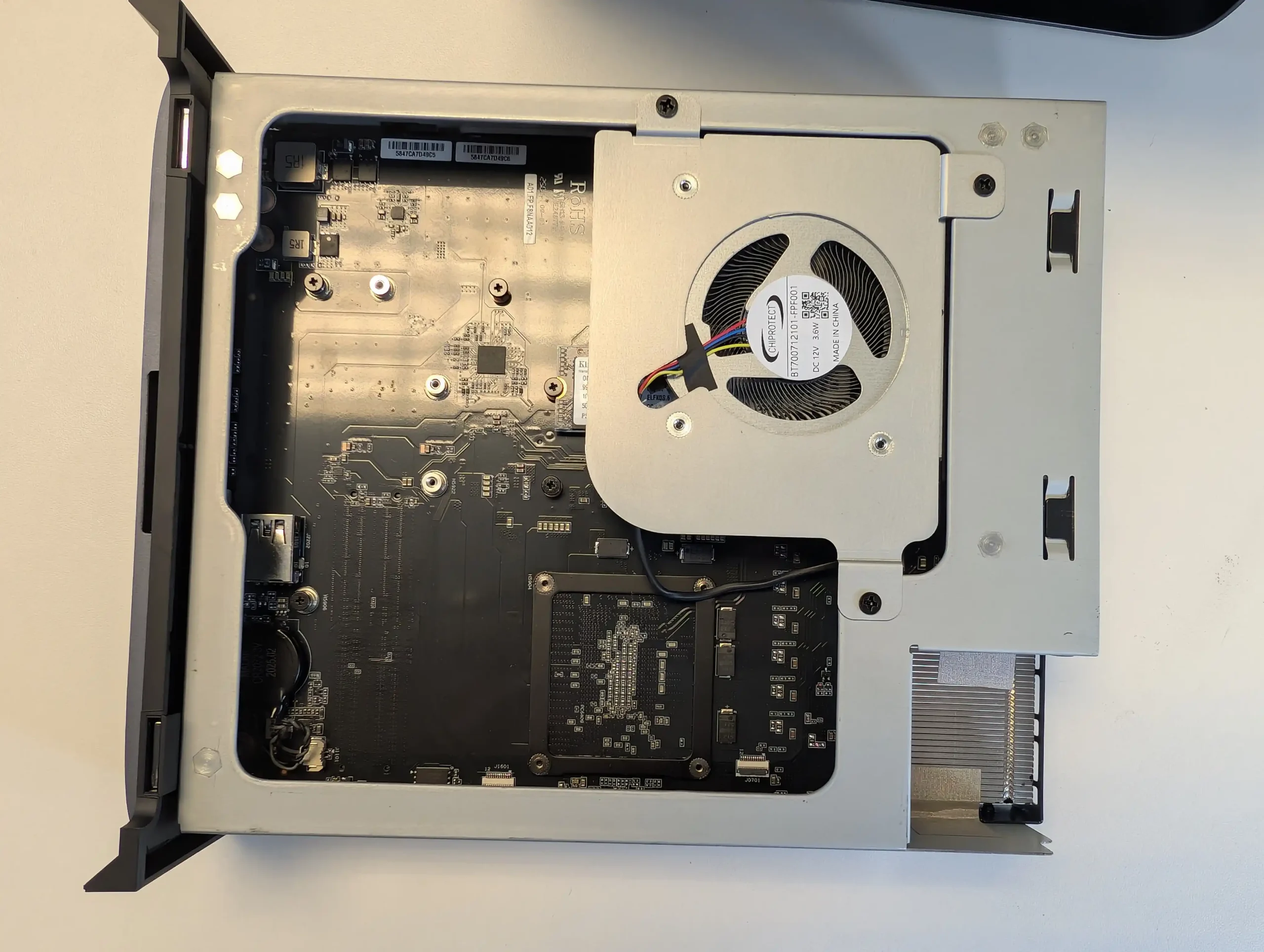 |
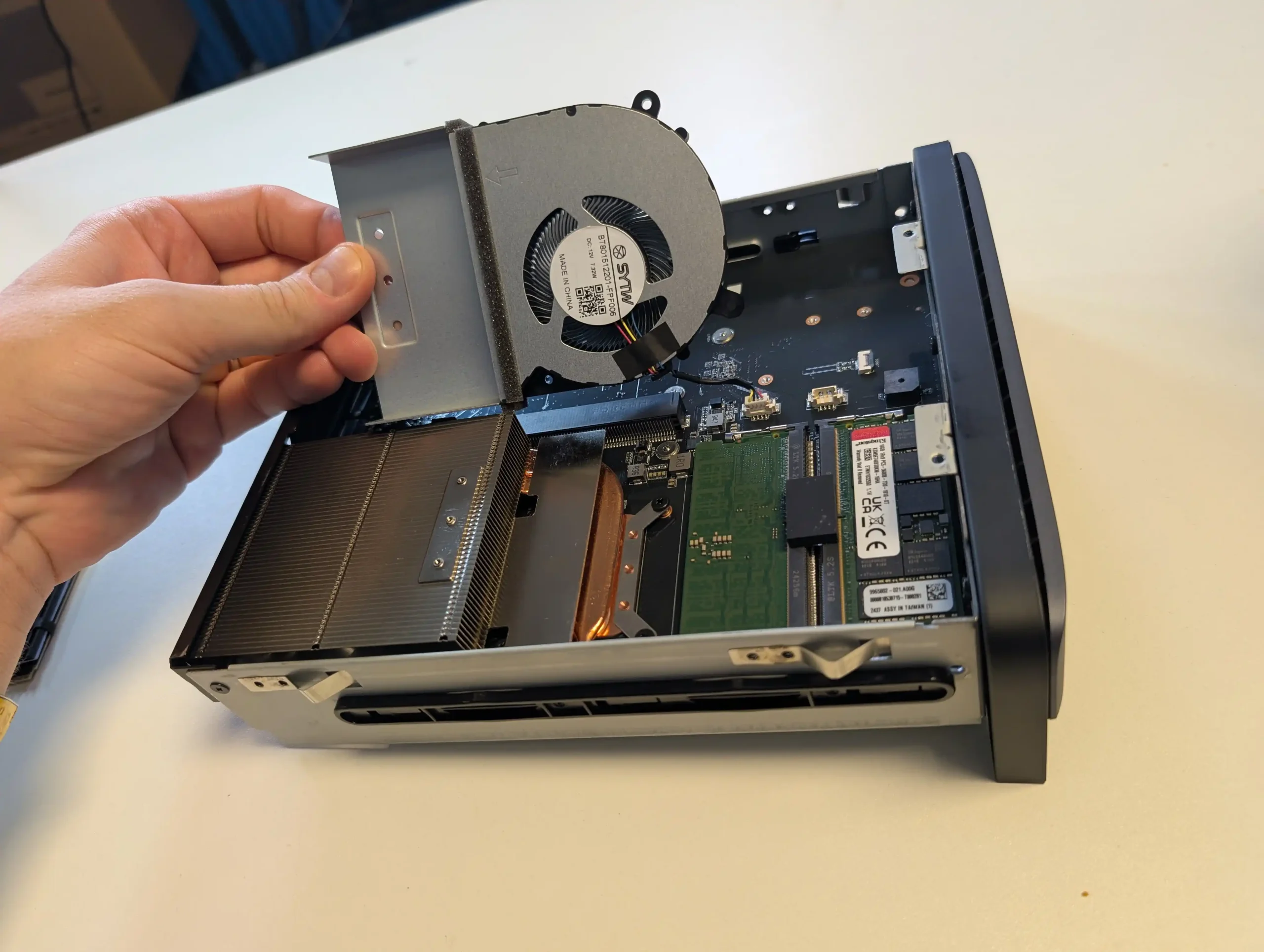 |
Interestingly, you can see the similarities in the design of the brand’s current smaller workstation systems, with their 2 fan (top and bottom) placement – they have just built on top of this by introducing the storage and it’s own dedicated cooling.
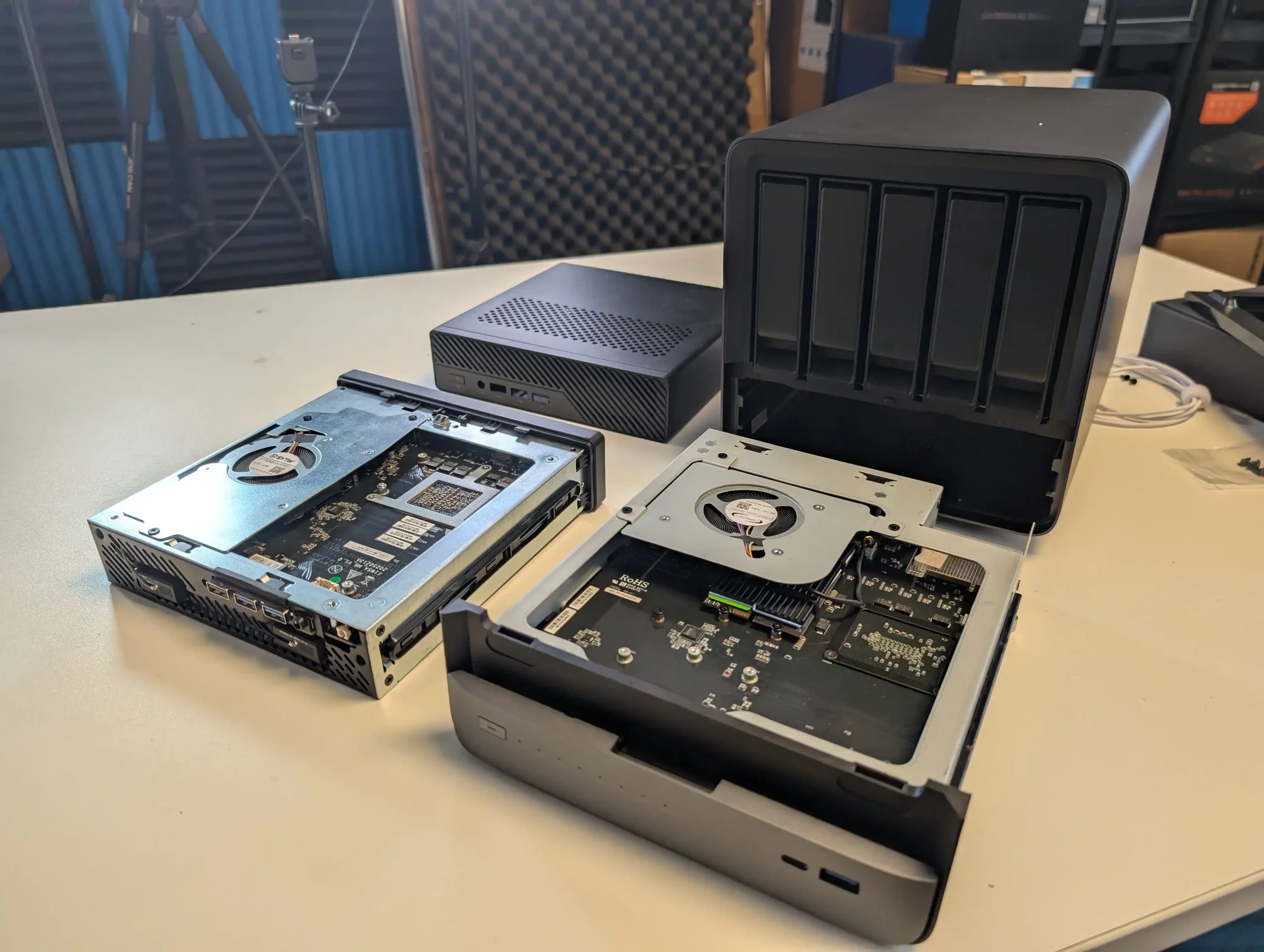
The 64GB OS SSD, however, does not feature a dedicated heatsink and was observed to operate at relatively high temperatures during stress testing—likely due to its compact 2230 form factor. Users opting to keep MinisCloud OS on this drive may consider upgrading to a larger, better-cooled SSD for improved thermal performance.
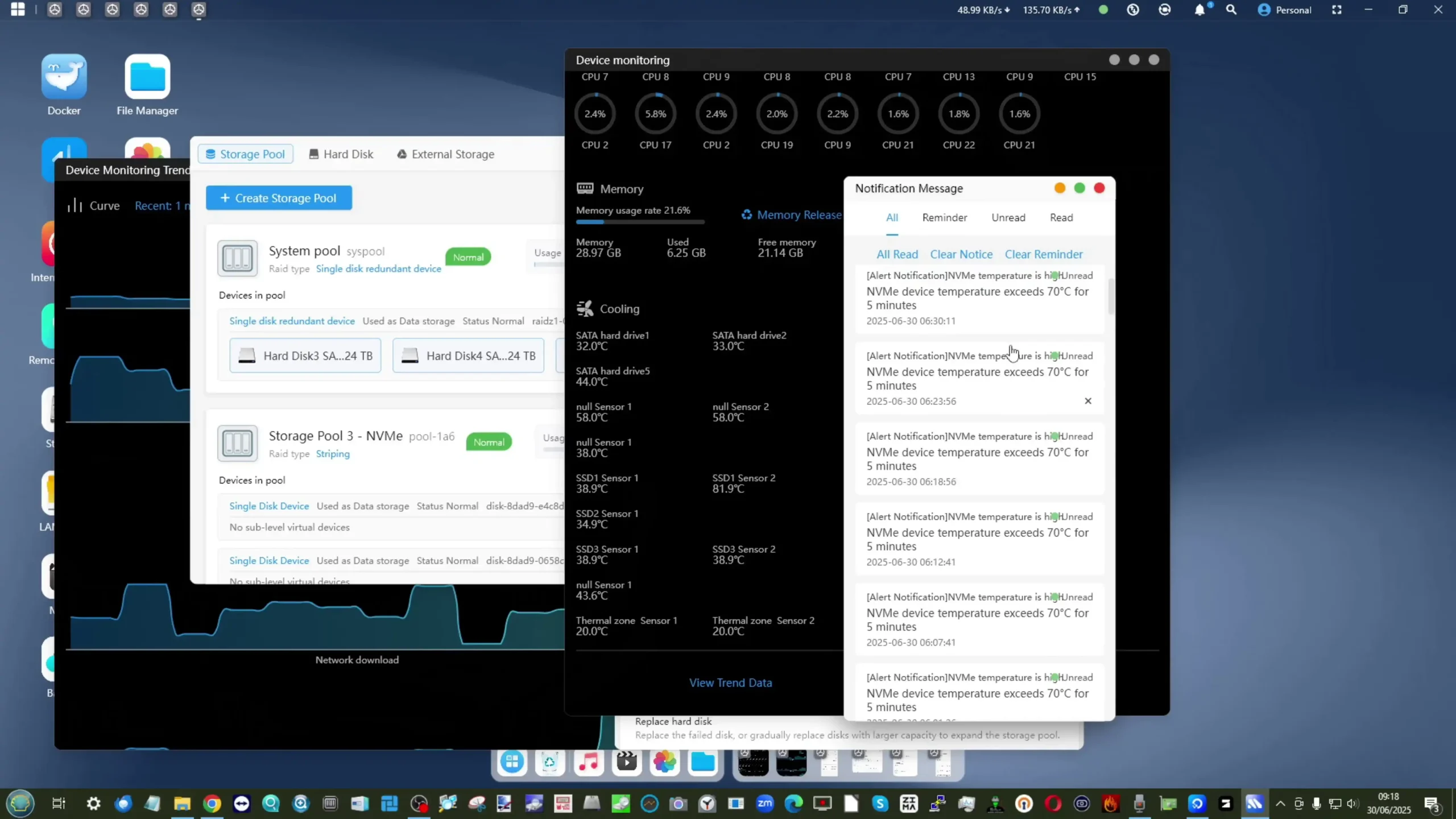
Despite its compact footprint, the system’s thermal behavior remained predictable during long periods of mixed I/O, demonstrating that Minisforum’s chassis and airflow design are effective at keeping the storage subsystem within operational limits.
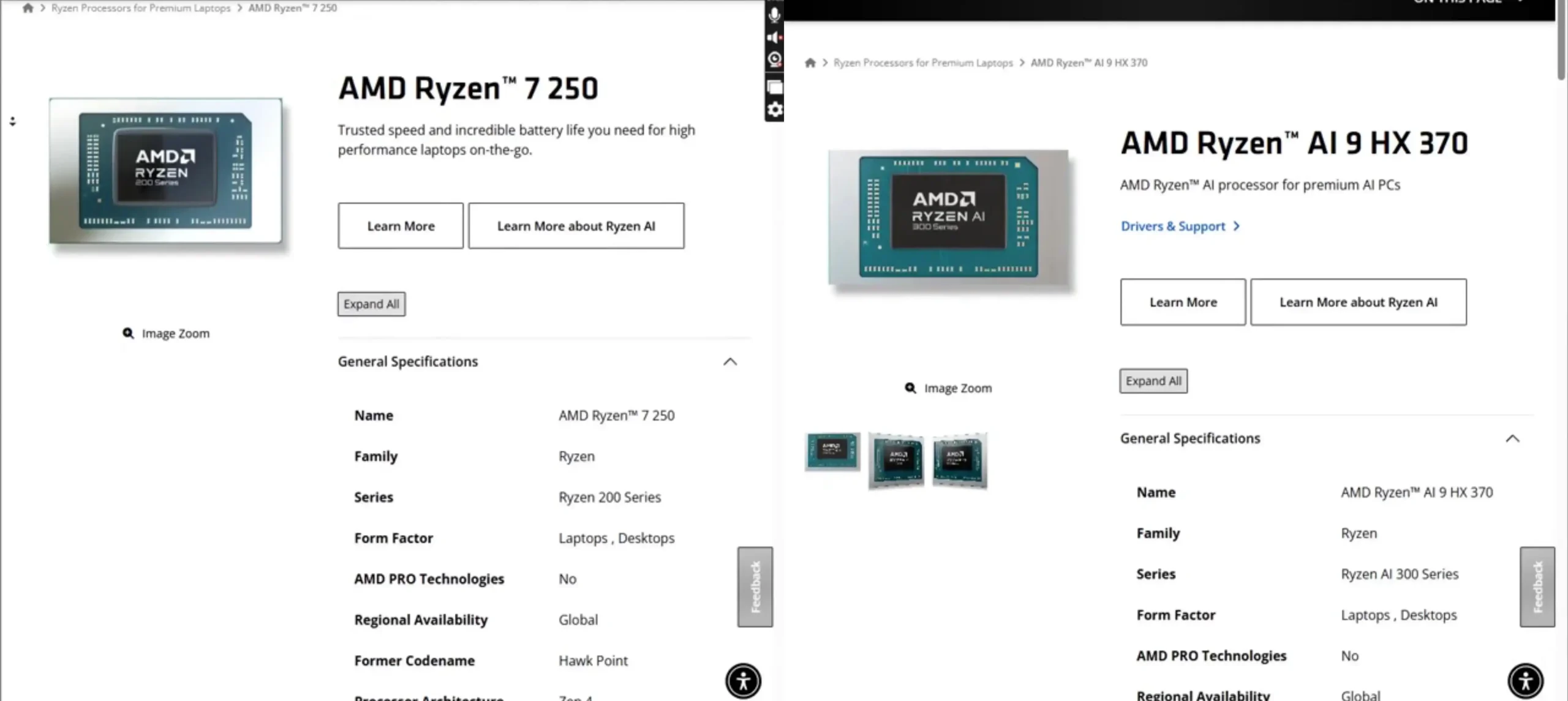
Minisforum N5 Pro Review – Internal Hardware
Internally, the Minisforum N5 Pro differentiates itself from its standard N5 counterpart primarily through its more powerful processor, memory capabilities, and additional AI acceleration hardware. At the heart of the system is the AMD Ryzen AI 9 HX PRO 370, a Zen 5-based CPU offering 12 cores and 24 threads, with a base clock as low as 2.0 GHz for low-power states and a maximum boost clock of up to 5.1 GHz under peak loads.
AI 9 HX PRO 370, a Zen 5-based CPU offering 12 cores and 24 threads, with a base clock as low as 2.0 GHz for low-power states and a maximum boost clock of up to 5.1 GHz under peak loads.
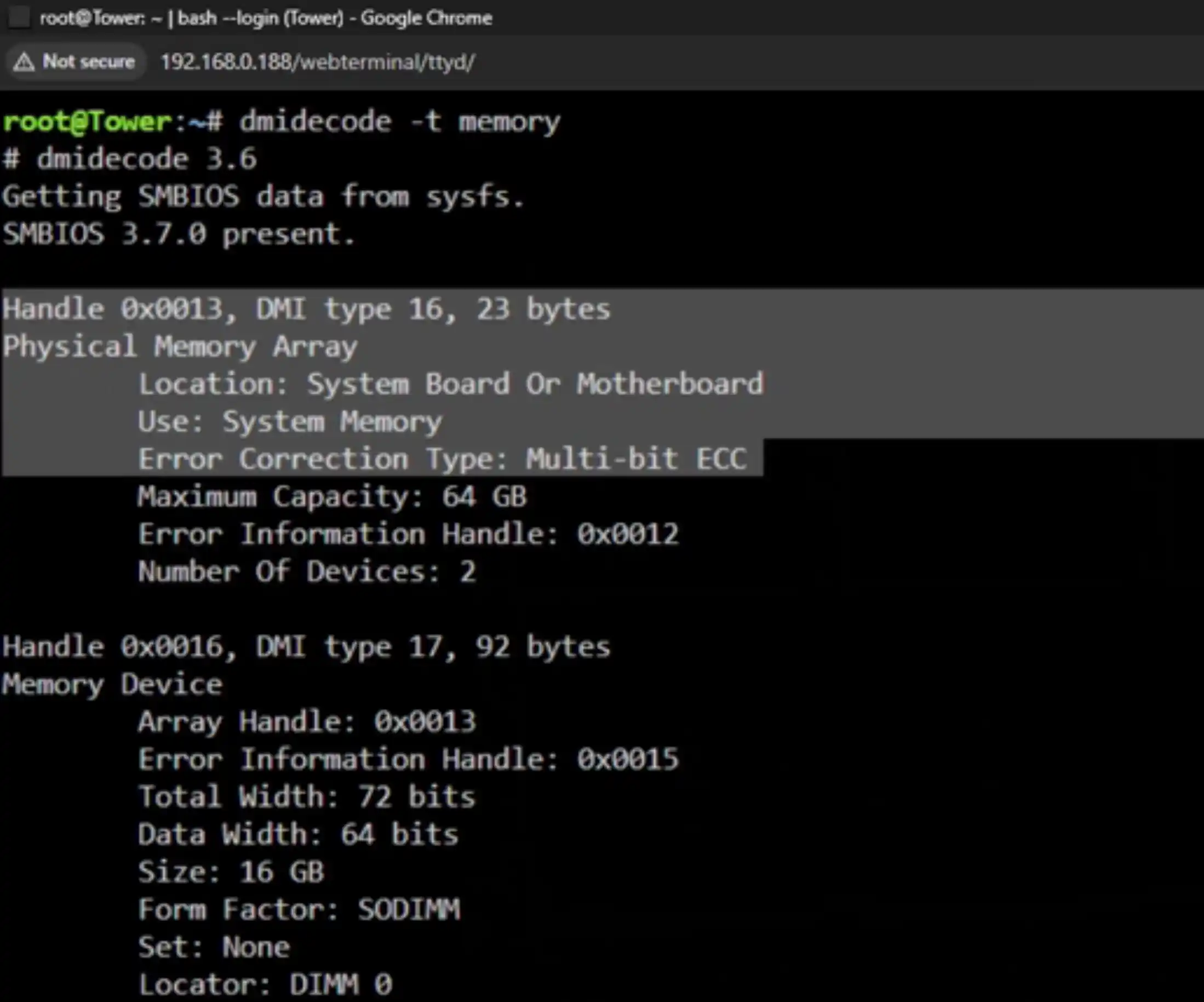
The inclusion of ECC support in the Pro variant enables the use of error-correcting DDR5 memory modules—essential in mission-critical environments where data integrity is a priority. The non-Pro model, by contrast, is equipped with an AMD Ryzen 7 255, offering 8 cores and 16 threads, a slightly higher base clock at 3.3 GHz, but no support for ECC memory.
7 255, offering 8 cores and 16 threads, a slightly higher base clock at 3.3 GHz, but no support for ECC memory.
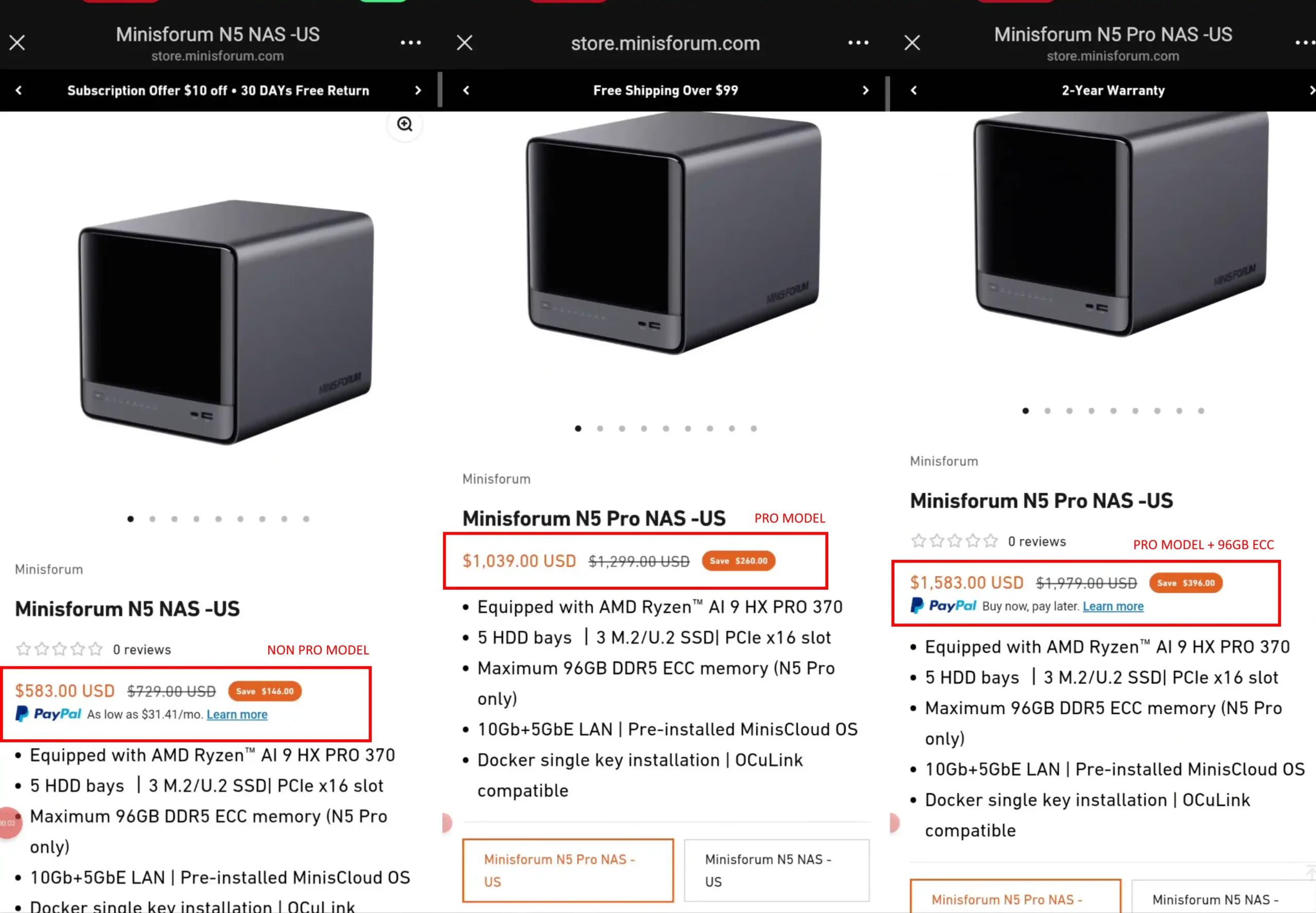
This choice in processors reflects different target audiences: the Pro version is designed for advanced workloads, AI model inference, and demanding multi-threaded tasks, whereas the standard N5 targets more conventional NAS and multimedia use cases. Both CPUs have a very similar integrated GPU architecture (only around 0.1Ghz of difference and similar engine design), however the non-PRO CPU R7 255 CPU actually has 20 PCIe Lanes, compared with the 16 Lanes of the HX370. Despite this, both the Pro and Non Pro have the exact same Ports, connections and lane speeds for the SSD bays and PCIe upgrade slot! So, unsure if these additional lanes are picking up slack somewhere I cannot see, or are insured (likely the former).
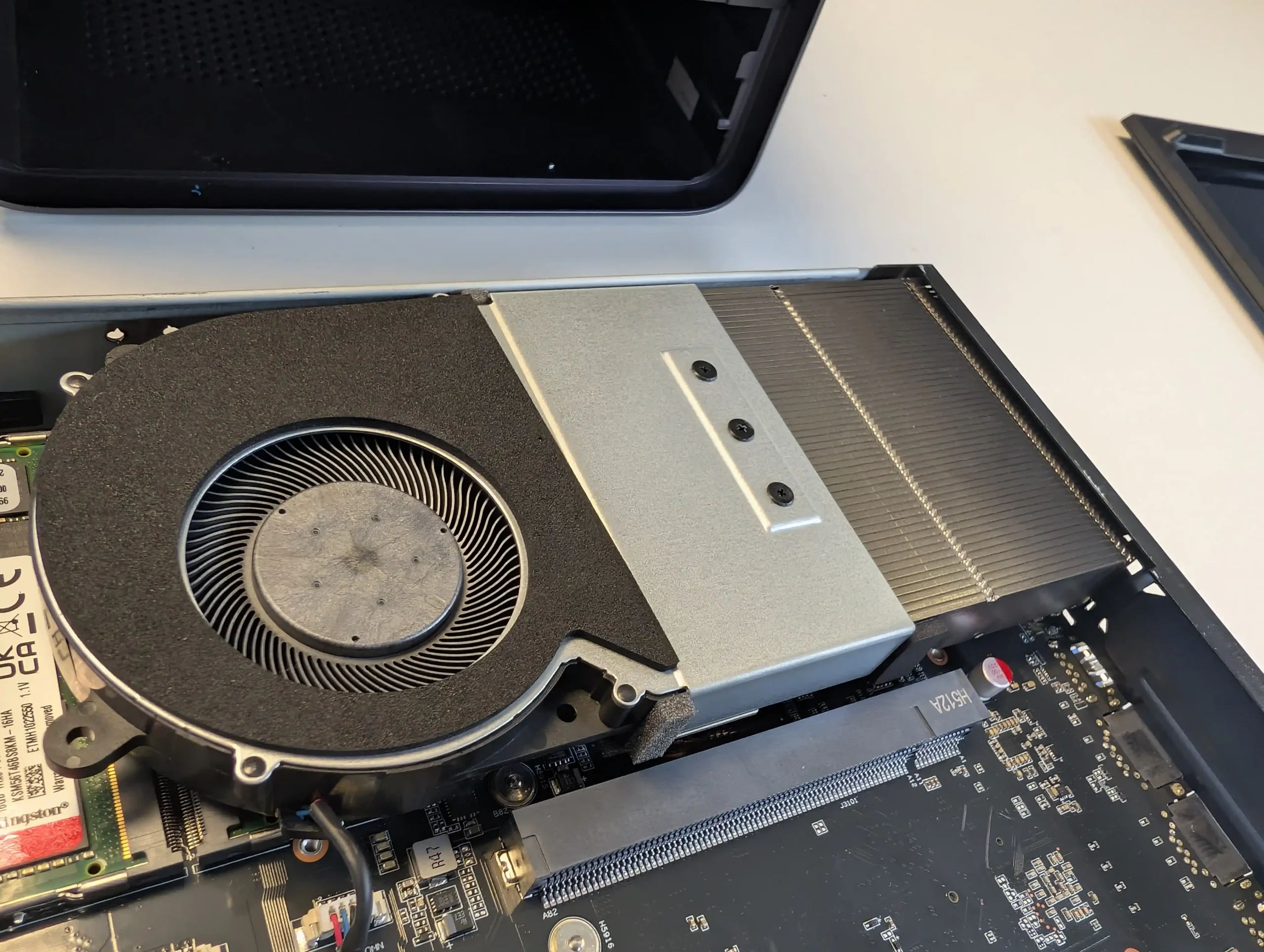
The Pro variant also integrates AMD’s Radeon 890M integrated graphics with 12 compute units based on the RDNA 3 architecture, supporting burst frequencies up to 2.9 GHz, which is advantageous for tasks requiring GPU-accelerated transcoding or light graphical workloads. This is a small step up from the Radeon
890M integrated graphics with 12 compute units based on the RDNA 3 architecture, supporting burst frequencies up to 2.9 GHz, which is advantageous for tasks requiring GPU-accelerated transcoding or light graphical workloads. This is a small step up from the Radeon 780M present in the standard N5, which tops out at 2.7 GHz and features fewer compute units. Notably, the N5 Pro includes a dedicated AI Neural Processing Unit (NPU) rated up to 50 TOPS (trillions of operations per second), which is absent in the standard N5. This NPU is leveraged by MinisCloud OS for AI-based features such as photo recognition and intelligent indexing, and may also benefit advanced users deploying AI workloads in containerized environments or VMs – but REALISTICALLY the main draw for this CPU and in AI deployment would be true edge-AI and LOCALLY deploying an LLM/AI on the system effectively (ChatGPT, Deepseek, etc). Together, these enhancements give the Pro configuration a performance and feature set closer to workstation-class hardware while maintaining NAS functionality.
780M present in the standard N5, which tops out at 2.7 GHz and features fewer compute units. Notably, the N5 Pro includes a dedicated AI Neural Processing Unit (NPU) rated up to 50 TOPS (trillions of operations per second), which is absent in the standard N5. This NPU is leveraged by MinisCloud OS for AI-based features such as photo recognition and intelligent indexing, and may also benefit advanced users deploying AI workloads in containerized environments or VMs – but REALISTICALLY the main draw for this CPU and in AI deployment would be true edge-AI and LOCALLY deploying an LLM/AI on the system effectively (ChatGPT, Deepseek, etc). Together, these enhancements give the Pro configuration a performance and feature set closer to workstation-class hardware while maintaining NAS functionality.
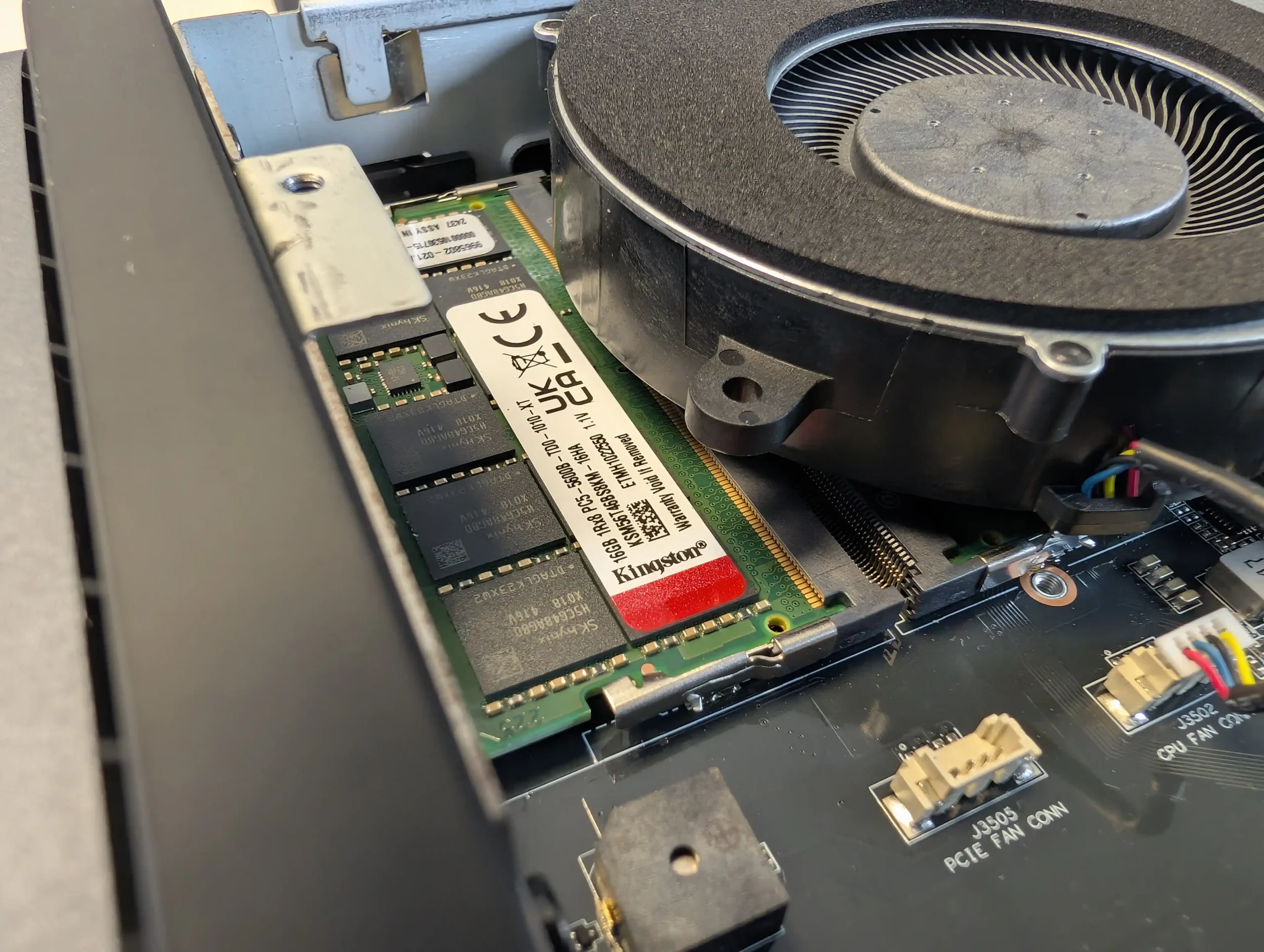
Memory capacity and bandwidth are also noteworthy. Both variants of the N5 support up to 96GB of DDR5 memory across two SO-DIMM slots, operating at up to 5600 MT/s. In the Pro, ECC modules can be installed for error correction, while the standard model is limited to non-ECC DDR5. ECC memory is an important differentiator in enterprise and data-centric scenarios, preventing silent data corruption and improving long-term system stability.
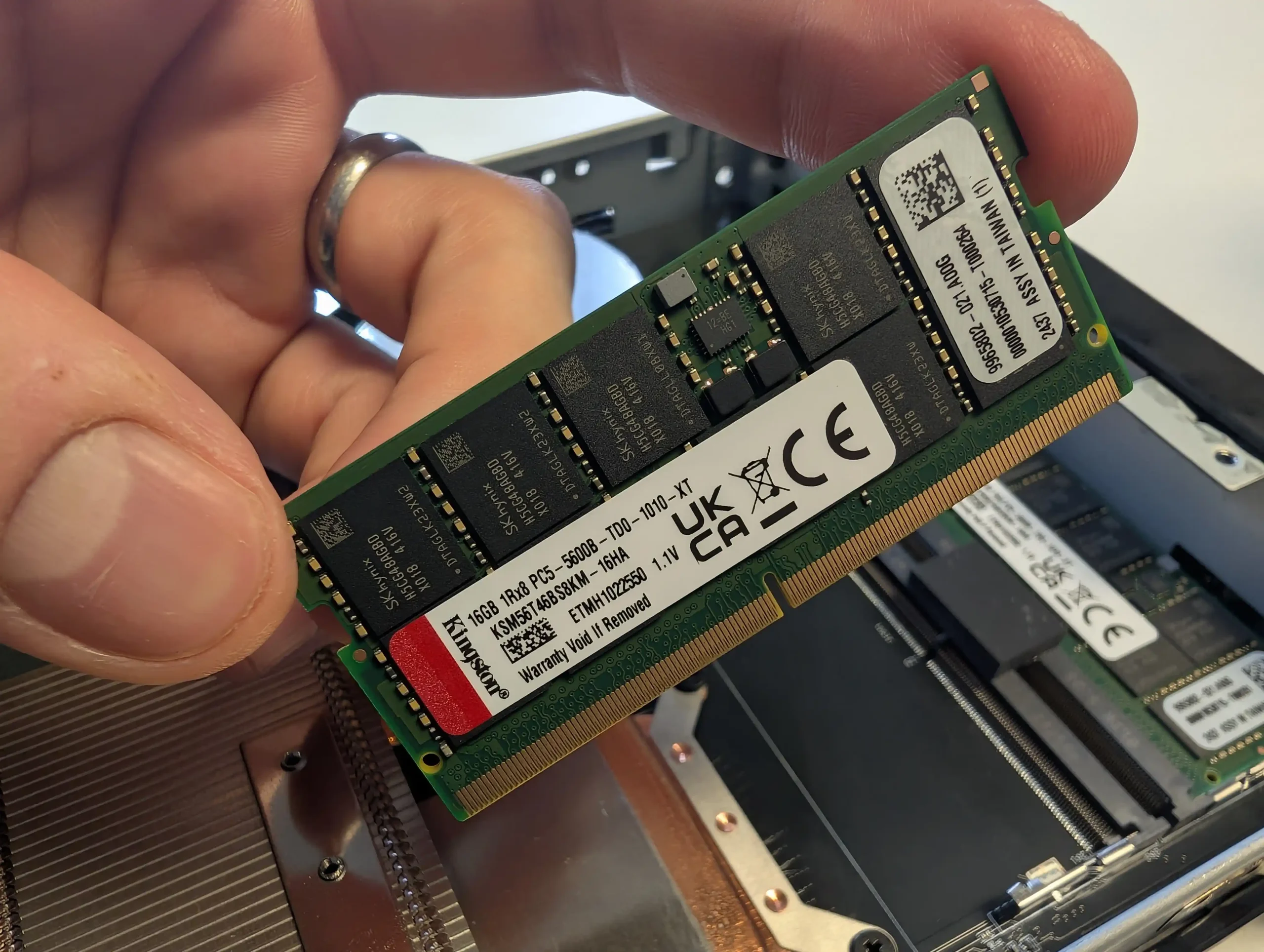
The unit tested for this review was populated with 96GB of ECC DDR5, which performed consistently and without detectable error events during extended uptime tests. The system’s DDR5 architecture provides approximately 75% more bandwidth than equivalent DDR4 configurations, which is beneficial for high-concurrency operations, ZFS scrubbing, and virtual machine memory allocation. In effect, this memory flexibility makes the N5 Pro adaptable for both small office file sharing and more advanced computational tasks such as AI training or multi-VM deployments.
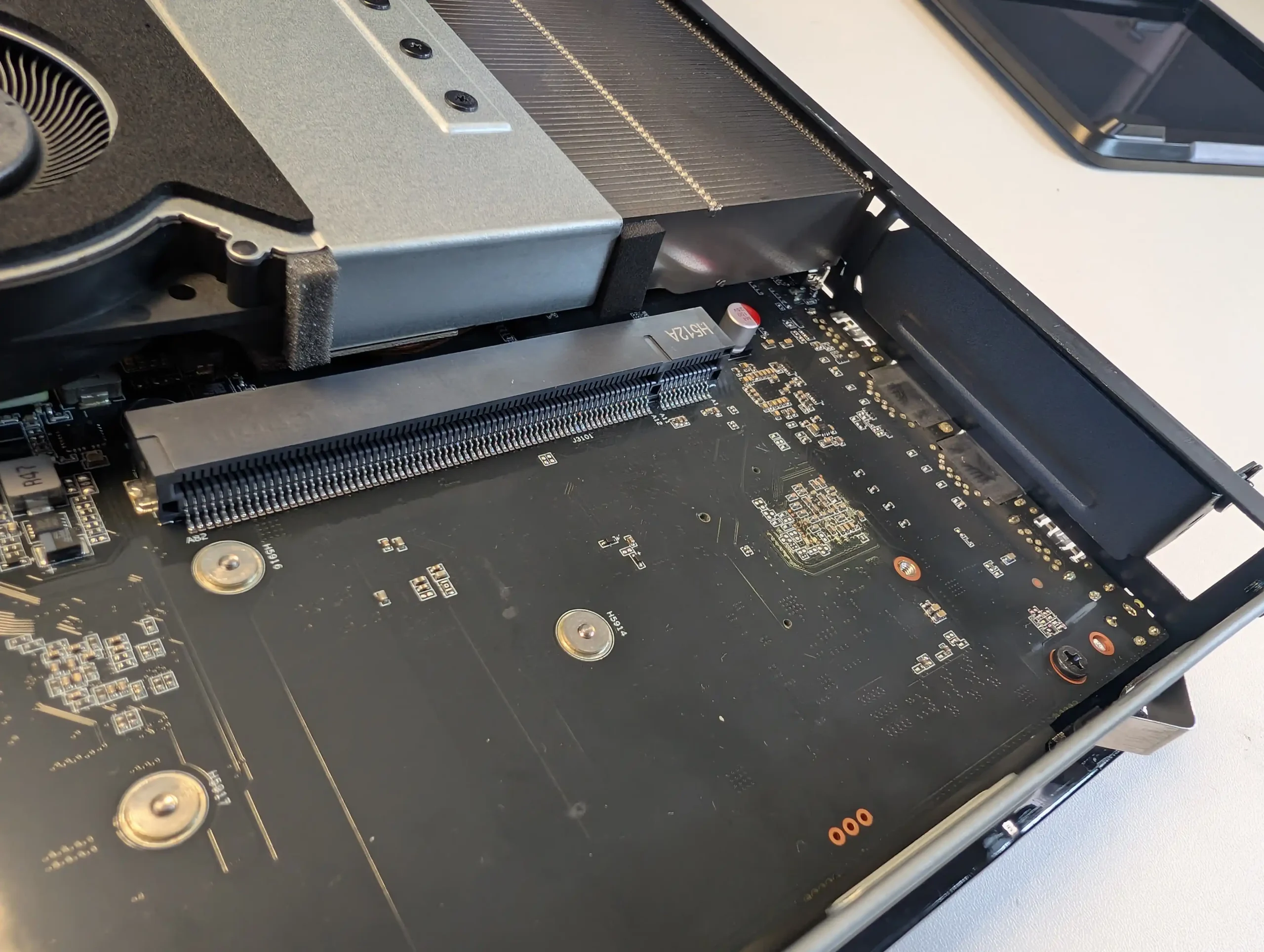
Minisforum’s choice to pair these components with a full range of storage and expansion interfaces ensures that none of the hardware is bottlenecked under realistic workloads. The PCIe Gen 4×16 slot and OCuLink port are physically accessible from within the chassis and are routed directly to CPU lanes, ensuring optimal throughput for expansion cards or external GPU enclosures. Thermal management of the internal hardware is also carefully designed: copper heatpipes, a dedicated CPU fan on the base, rear exhaust fans, and airflow channels work in tandem to keep CPU, GPU, and memory temperatures in line, even under sustained heavy usage. In testing, the CPU maintained stable boost clocks without throttling, and the DIMM temperatures remained within specification. This level of hardware specification in a NAS-class device positions the N5 Pro well beyond the scope of typical consumer NAS appliances, edging into workstation territory while retaining the flexibility and storage capabilities of a dedicated file server.
| Component | N5 Pro | N5 Standard |
|---|---|---|
| Processor | AMD Ryzen AI 9 HX PRO 370 (12C/24T, 2.0–5.1 GHz, Zen 5) AI 9 HX PRO 370 (12C/24T, 2.0–5.1 GHz, Zen 5) |
AMD Ryzen 7 255 (8C/16T, 3.3–4.9 GHz, Zen 5) 7 255 (8C/16T, 3.3–4.9 GHz, Zen 5) |
| Integrated GPU | Radeon 890M (12CU, RDNA 3, up to 2.9 GHz) 890M (12CU, RDNA 3, up to 2.9 GHz) |
Radeon 780M (RDNA 3, up to 2.7 GHz) 780M (RDNA 3, up to 2.7 GHz) |
| Neural Processing Unit | Up to 50 TOPS | Not available |
| Memory Support | DDR5 ECC or Non-ECC, up to 96GB, 5600 MT/s | DDR5 Non-ECC only, up to 96GB, 5600 MT/s |
| PCIe Slot | PCIe 4.0 ×16 (wired as ×4) | PCIe 4.0 ×16 (wired as ×4) |
| OCuLink Port | PCIe 4.0 ×4 | PCIe 4.0 ×4 |
| Cooling Features | Base CPU fan, copper pipes, rear dual fans | Base CPU fan, copper pipes, rear dual fans |
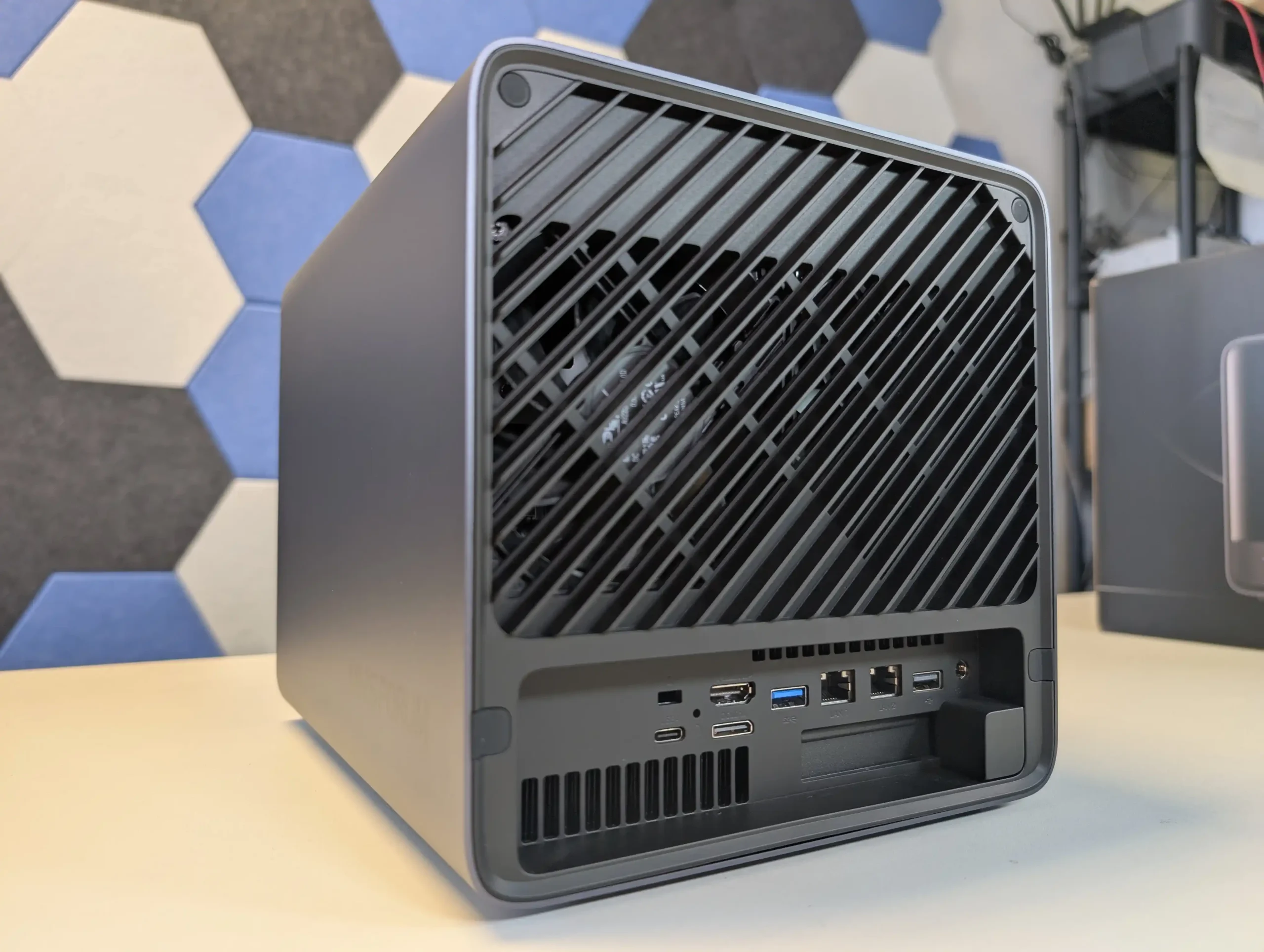
Minisforum N5 Pro Review – Ports and Connections
The Minisforum N5 Pro offers a broad set of connectivity options designed to cater to a variety of deployment scenarios, from conventional NAS file sharing to more specialized compute and expansion use cases. On the rear panel, the system includes two dedicated Ethernet ports: one 10GbE RJ45 port based on the AQC113 controller, and a secondary 5GbE RJ45 port driven by a Realtek RTL8126.
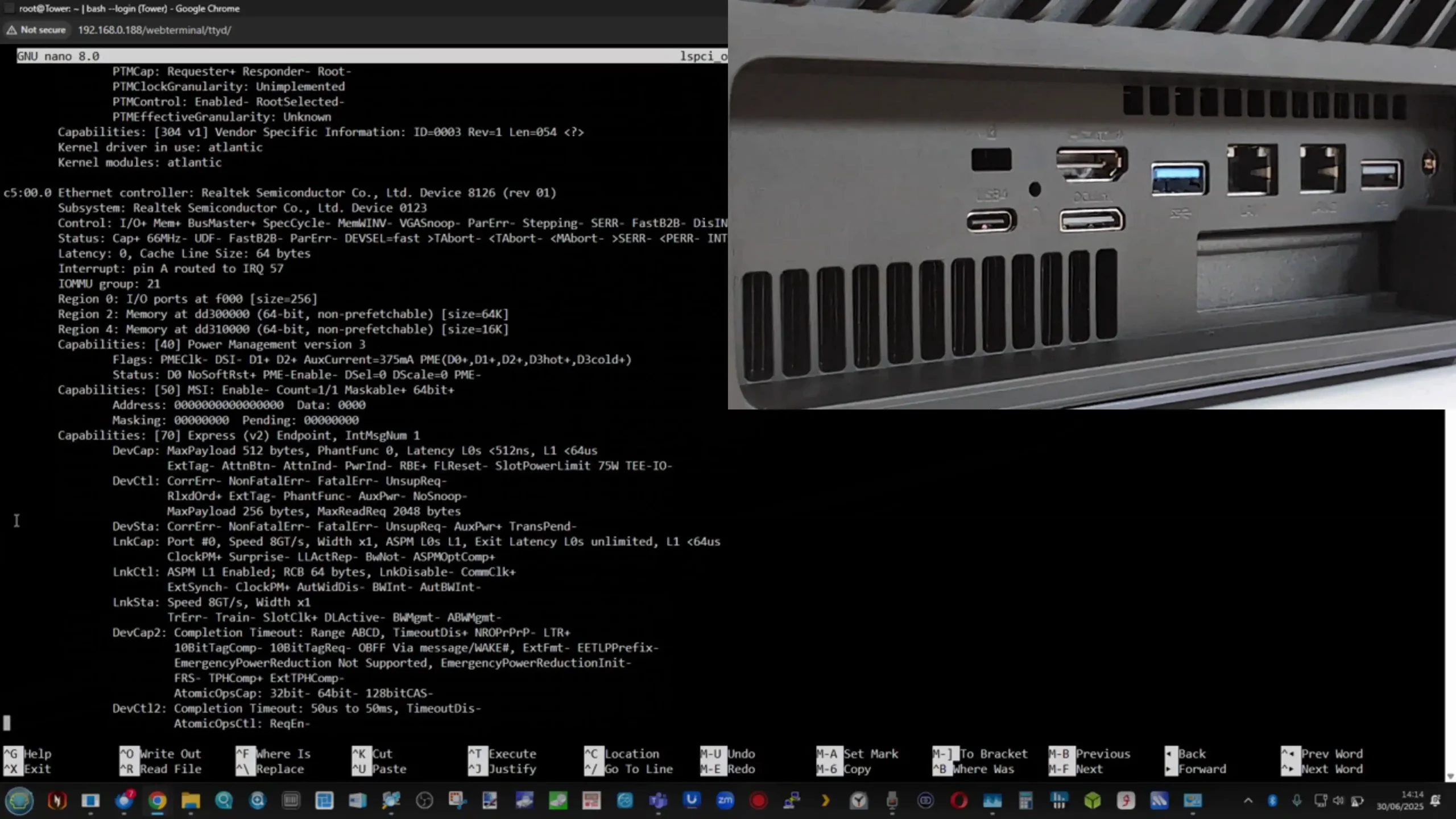
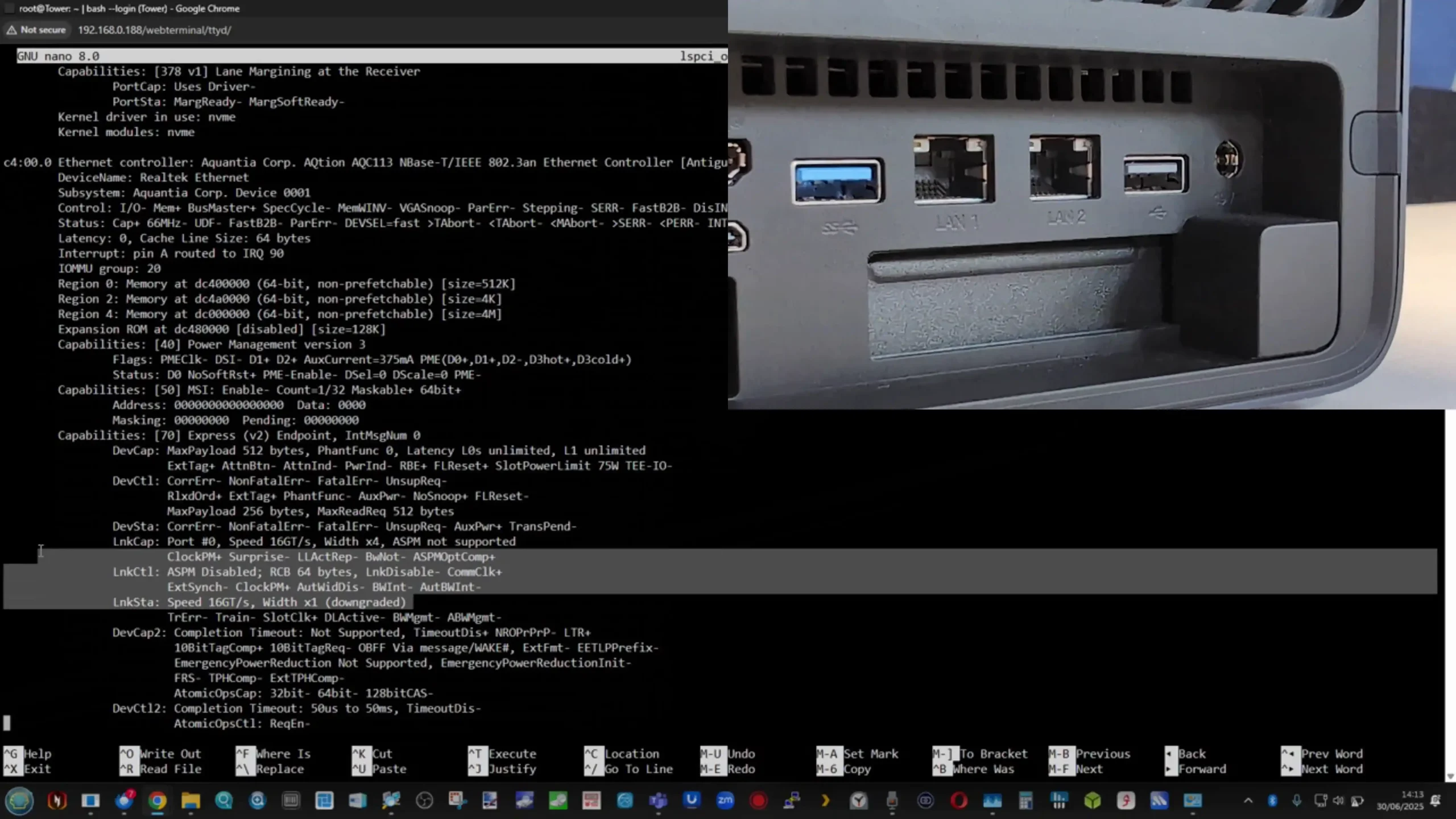
Both ports support auto-negotiation and full-duplex operation, with the 10GbE interface capable of saturating high-speed networks for demanding workloads like multi-user file access, virtual machine networking, or high-resolution media streaming. Testing confirmed the ports could operate independently or together under link aggregation protocols provided by the installed OS. NIC activity LEDs are also front-mounted, providing clear visual feedback on link state and throughput. This dual-port setup makes it feasible to separate public and private subnets or configure failover for improved reliability in critical environments.
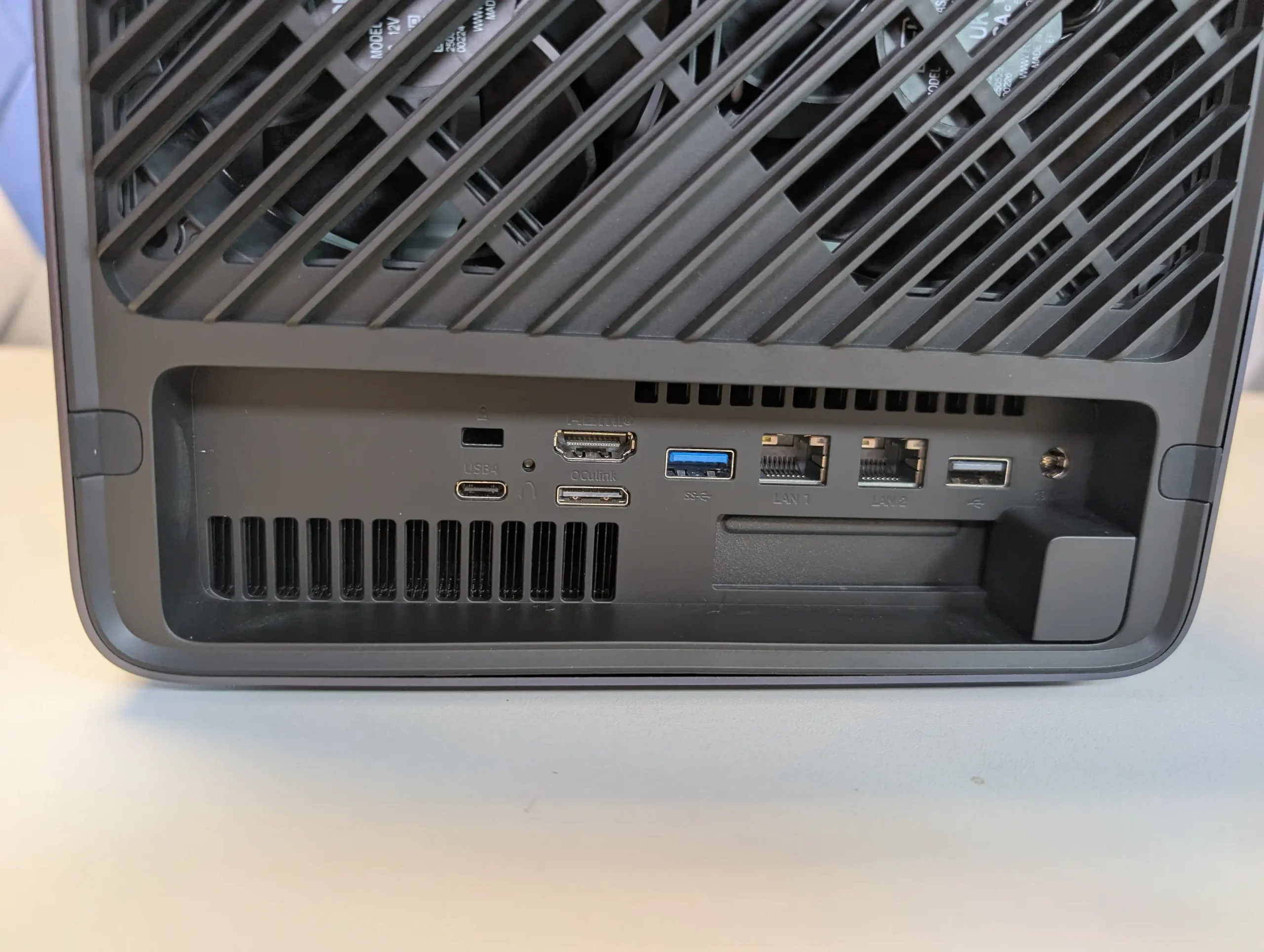
Beyond networking, the N5 Pro provides extensive high-speed peripheral and display interfaces. Two USB4 ports (with Alternate Mode DisplayPort 2.0 support) are located on the rear panel, each capable of delivering up to 20 Gbps and supporting external storage enclosures or even GPU enclosures over Thunderbolt/USB4. A single HDMI 2.1 FRL output is present, supporting up to 8K@60Hz or 4K@144Hz resolution for administrators who wish to attach a local display directly to the NAS for maintenance, media playback, or monitoring.
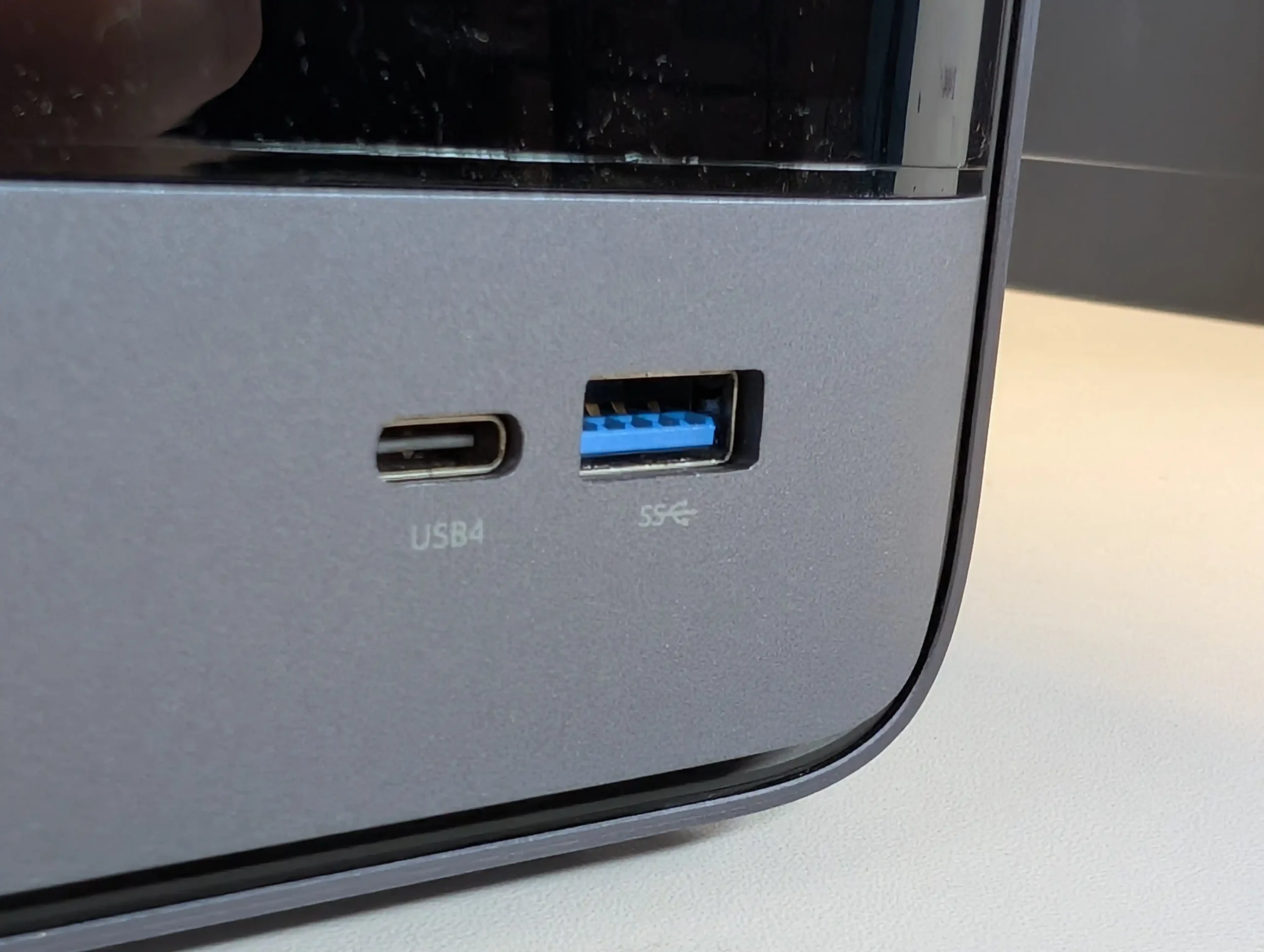
Additional USB ports include two USB 3.2 Gen2 ports and a legacy USB 2.0 port for basic peripherals. The USB4 interfaces can also facilitate high-speed direct transfers to and from supported devices, though these capabilities are more fully realized under MinisCloud OS than third-party platforms. This is a big deal and allows for 2 more DIRECT 20Gb/s clients to connect to the system via the 2x USB4 ports, as well as the 5GbE and 10GbE connection!
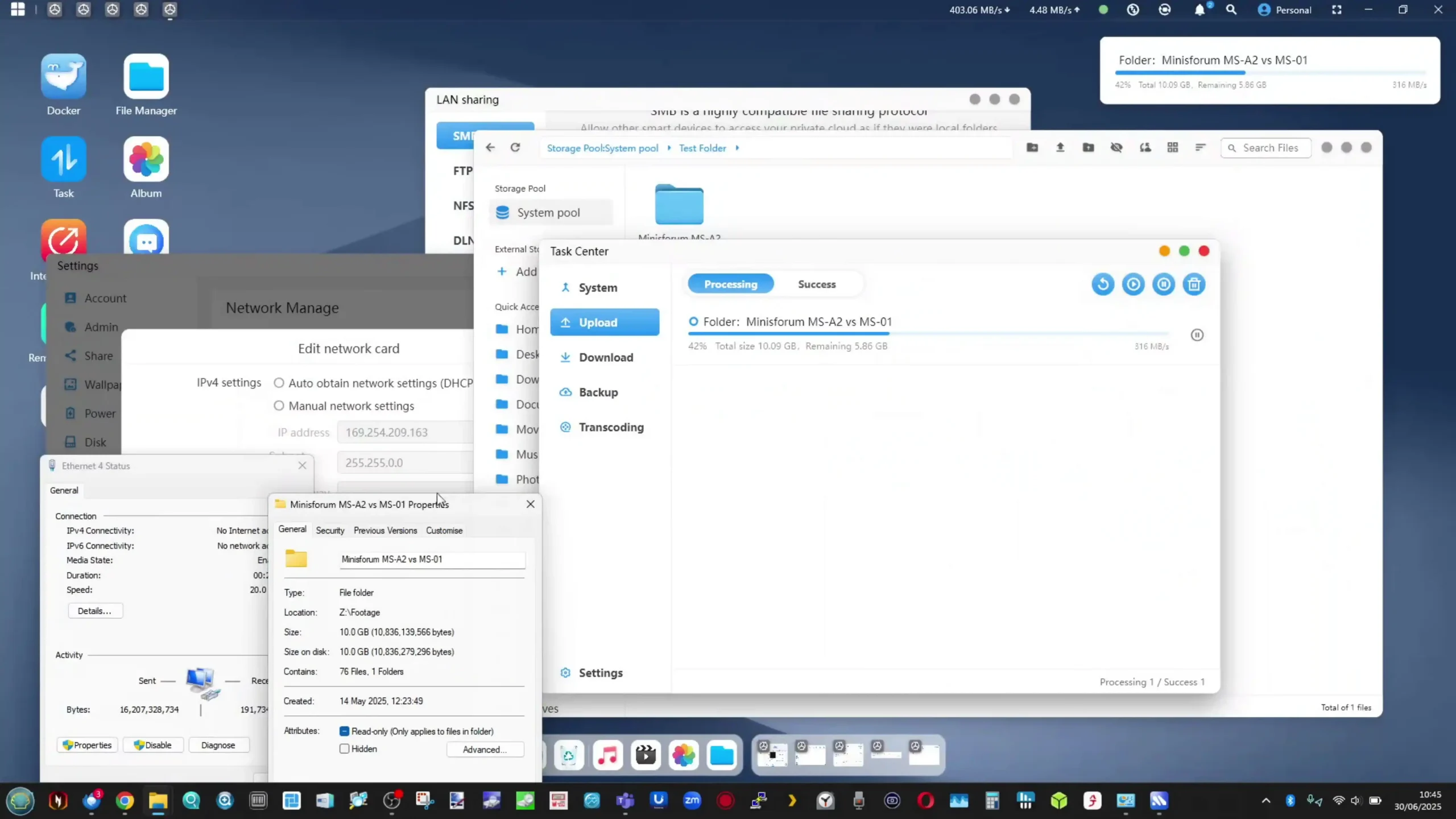
Additionally, the USB4 Port, thanks to earlier testing of this setup on the Minisforum X1 AI Pro, allow for a USB4 SSD drive to comfortably deliver 3000/1500MB/s for backups as needed.
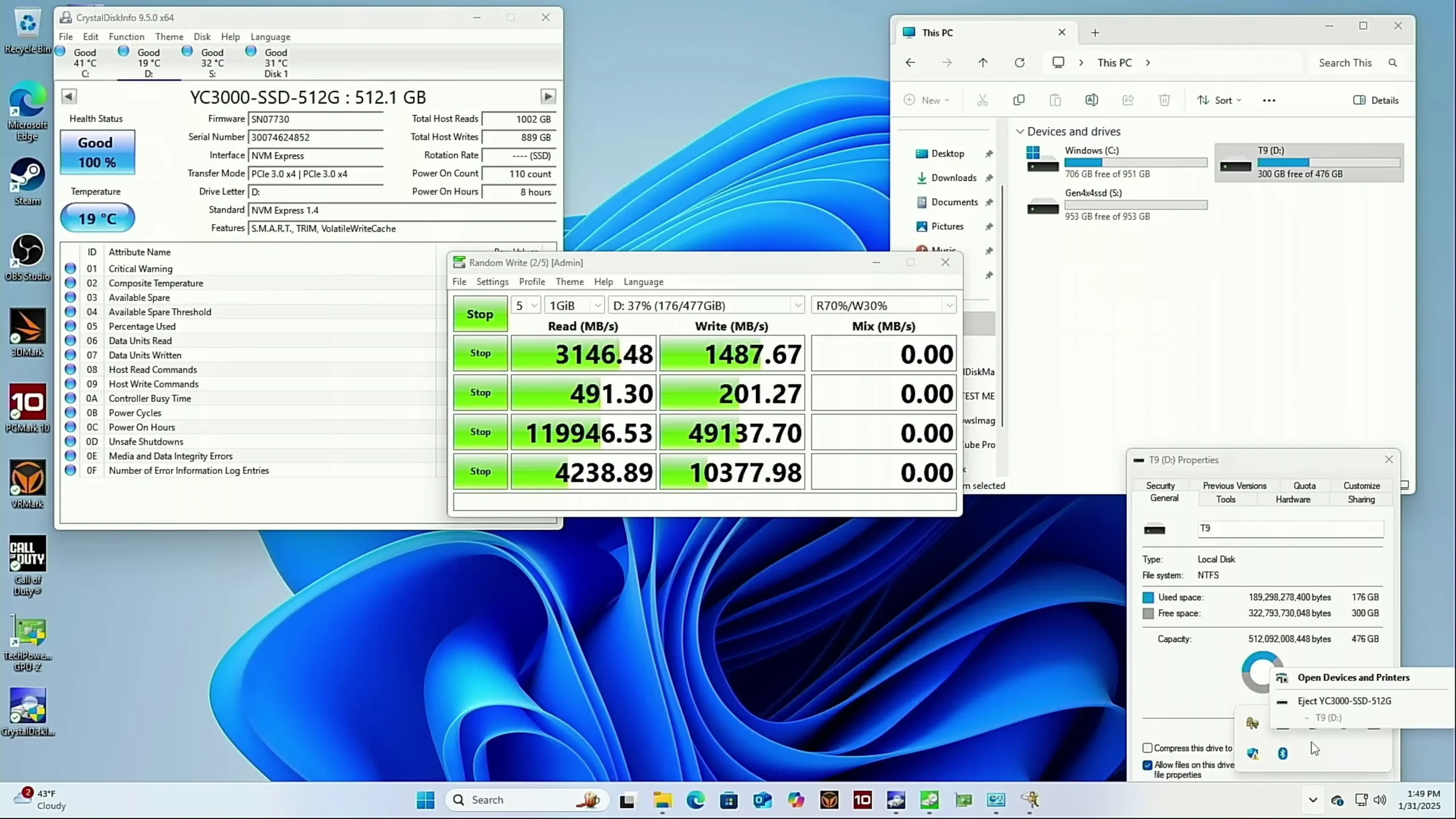
Together, these ports make the N5 Pro unusually versatile compared to typical NAS devices that tend to offer only basic USB and HDMI output.
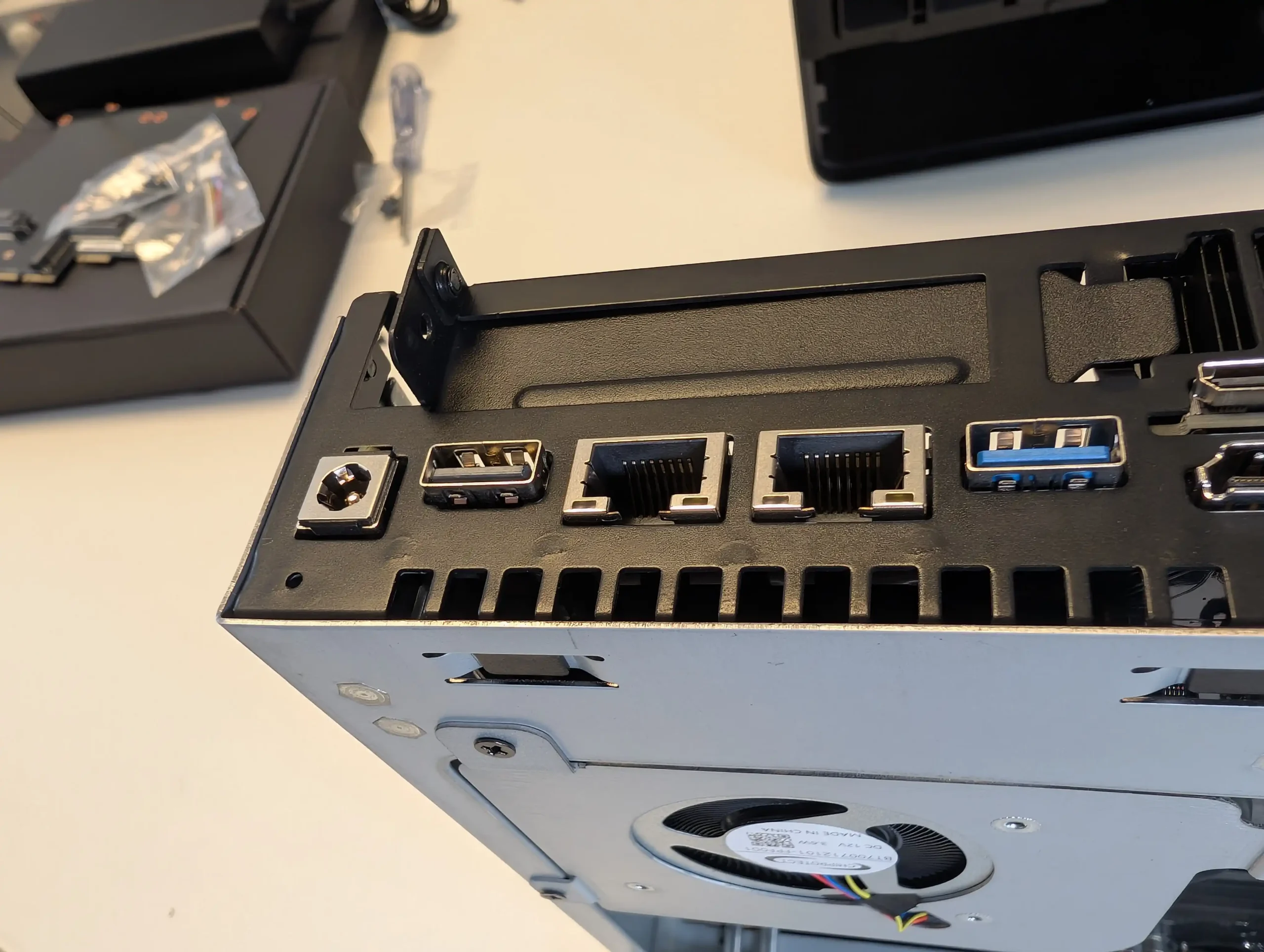 |
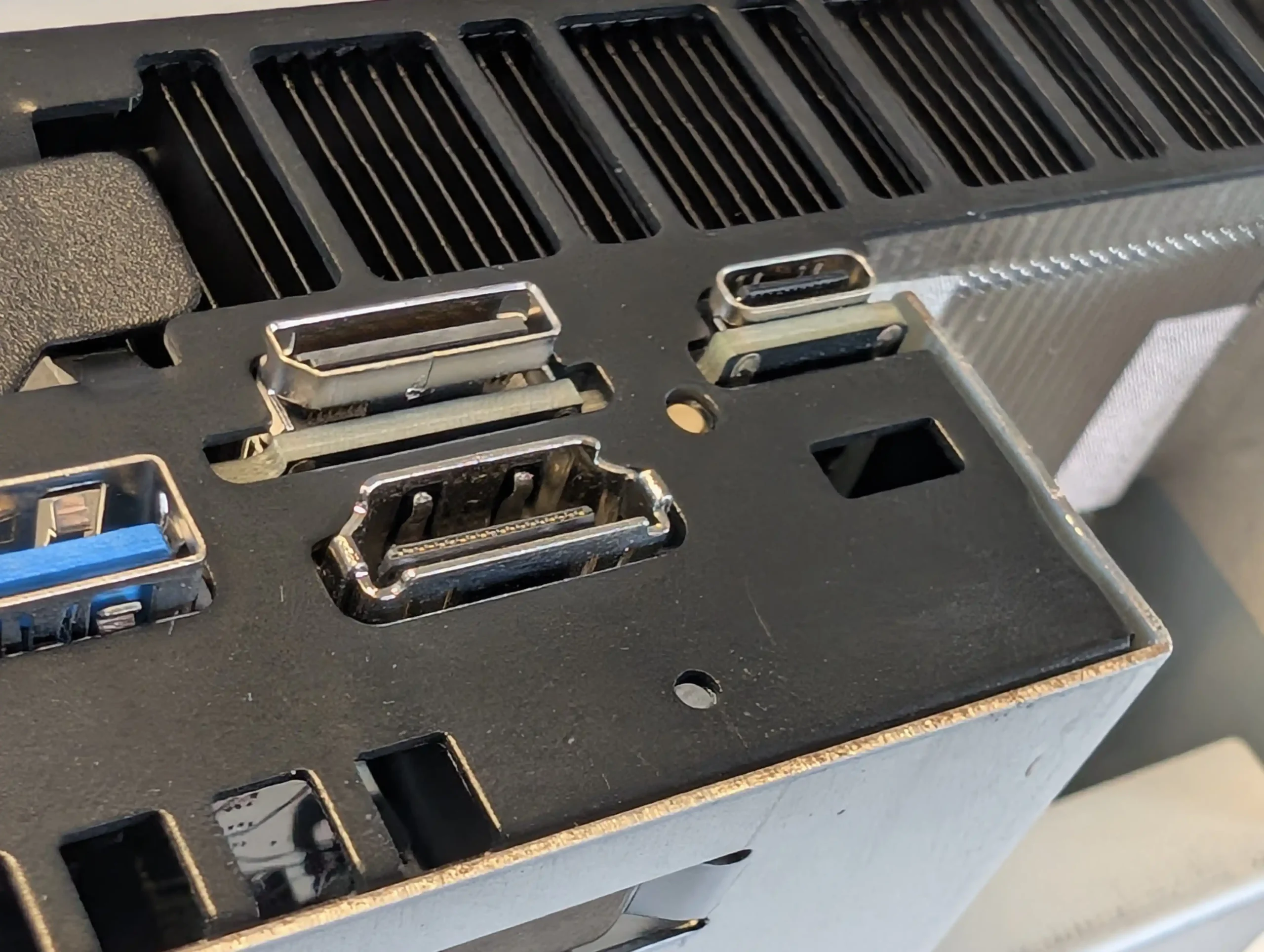 |
For users who require expansion beyond the system’s standard storage and networking options, the inclusion of a full-length PCIe Gen 4 ×16 slot (electrically wired as ×4) and an OCuLink PCIe Gen 4 ×4 port provides meaningful flexibility. The PCIe slot is accessible from within the chassis and supports a variety of cards, including additional NICs, AI accelerators, or storage controllers, while the OCuLink port offers external PCIe expansion for GPU enclosures or dedicated NVMe drive cages. I was able to install a 2x 10GbE NIC card into the PCIe slot AND still use the Oculink port for the Minisforum MGA1 eGPU! Software and SDriver support will be important, but nonetheless, this is some fantastic expandability and flexibility!
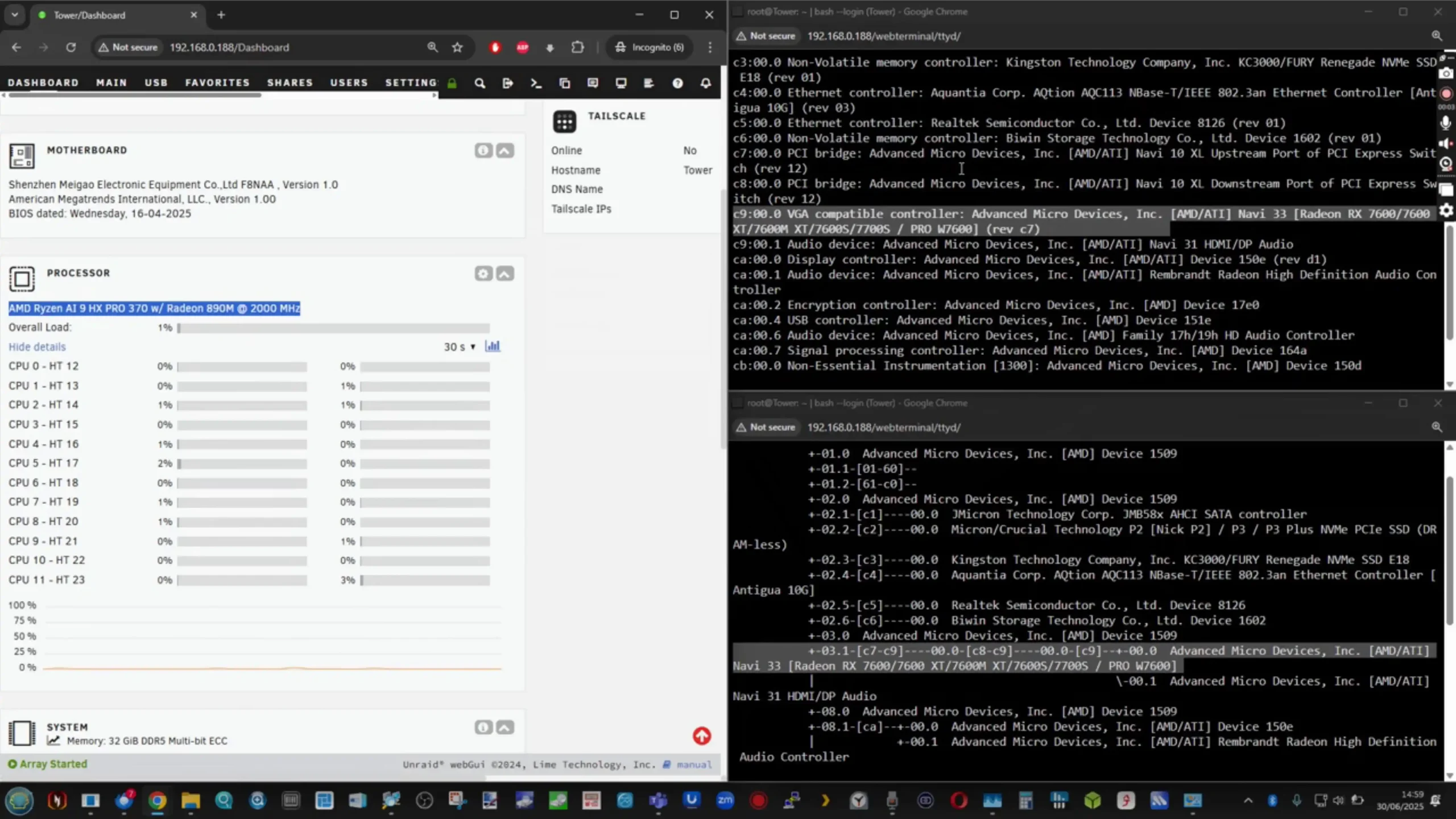
During testing, the OCuLink interface successfully interfaced with an external GPU, and appeared in the OS for passthrough to VMs, confirming its utility in advanced configurations. Minisforum’s choice to include both conventional PCIe and OCuLink enables users to adapt the system to evolving needs, whether for rendering tasks, AI workloads, or extending storage beyond the internal bays. This combination of high-speed networking, display output, and expansion interfaces demonstrates the system’s hybrid role as both a NAS and a general-purpose compute platform.
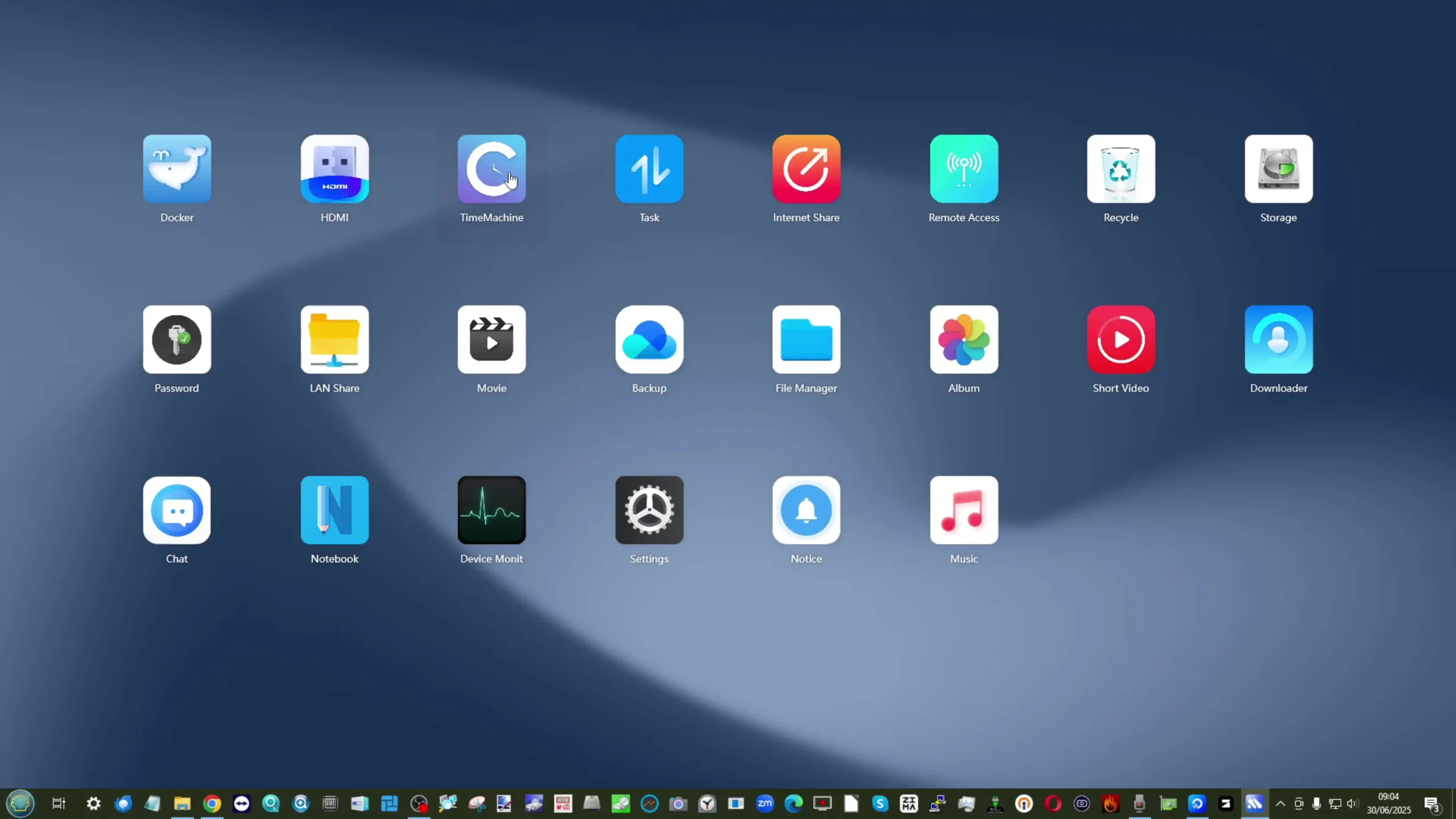
Minisforum N5 Pro Review – Software and Services
The Minisforum N5 Pro ships with a pre-installed operating system called MinisCloud OS, which runs from the included 64GB M.2 2230 SSD. Based on the FNOS platform, MinisCloud OS is a ZFS-enabled NAS operating system with a graphical web interface, mobile app support, and built-in services for media, backup, and collaboration. Users can choose to use MinisCloud OS out of the box or replace it entirely with third-party solutions such as TrueNAS, Unraid, or other Linux-based NAS distributions without voiding warranty coverage.
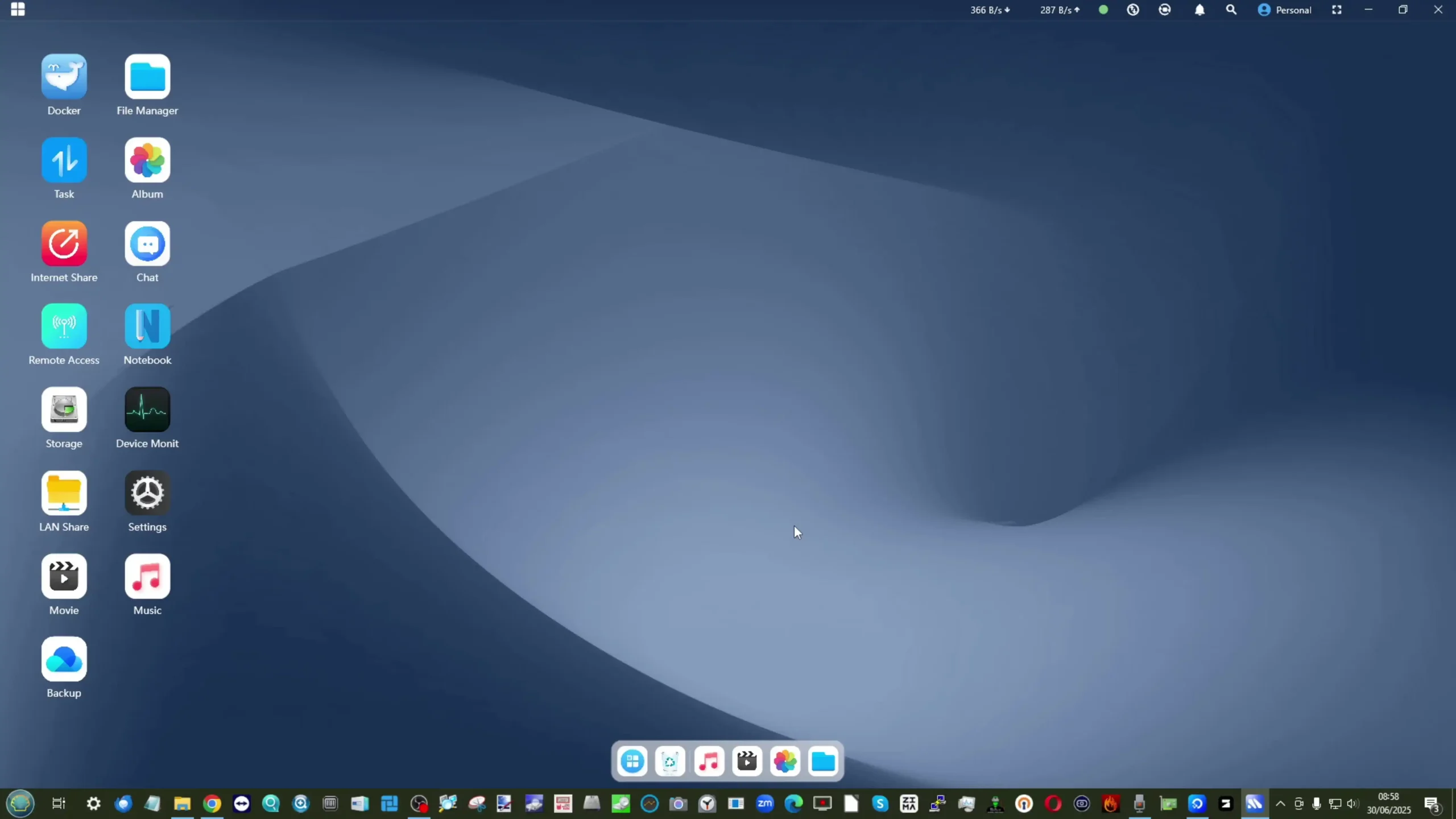
MinisCloud OS includes a desktop-accessible GUI, with menus covering storage management, RAID/ZFS pool creation, user and group permissions, Docker container deployment, and real-time monitoring. For users who prefer a turnkey NAS experience with minimal setup, MinisCloud OS provides a convenient starting point. However, it is worth noting that the OS is still maturing; some parts of the interface, particularly language localization and advanced feature polish, are clearly in active development.
At the core of MinisCloud OS is its ZFS-based storage engine, which enables advanced features such as snapshots, inline LZ4 compression, self-healing integrity checks, and instant rollback of data pools. The snapshot interface is intuitive and responsive, allowing users to schedule, lock, and restore snapshots at a per-pool level with minimal steps. Compression is enabled by default, improving storage efficiency, particularly for highly repetitive or archival datasets.
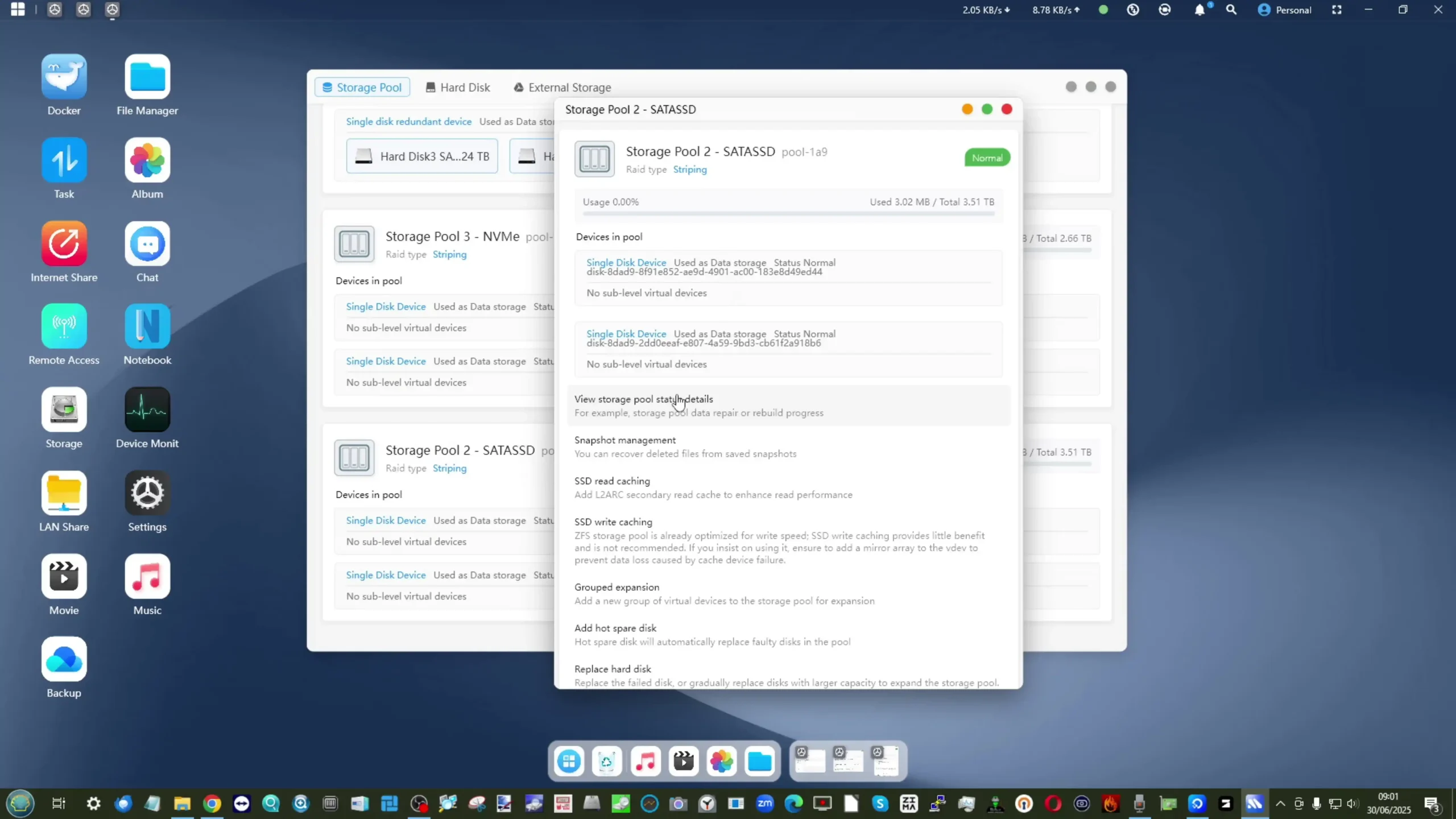
While ZFS support is a welcome inclusion, the implementation of some monitoring features—such as SSD temperature and SMART data for NVMe drives—remains inconsistent, as noted during testing. Despite these limitations, MinisCloud OS is capable of handling mixed drive types in flexible RAID configurations (RAID 0/1/5/6/10/RAIDZ), combining high-speed NVMe SSDs with large-capacity SATA drives for tiered storage strategies. The OS also supports secure access controls, allowing administrators to segment personal, shared, and public storage spaces.
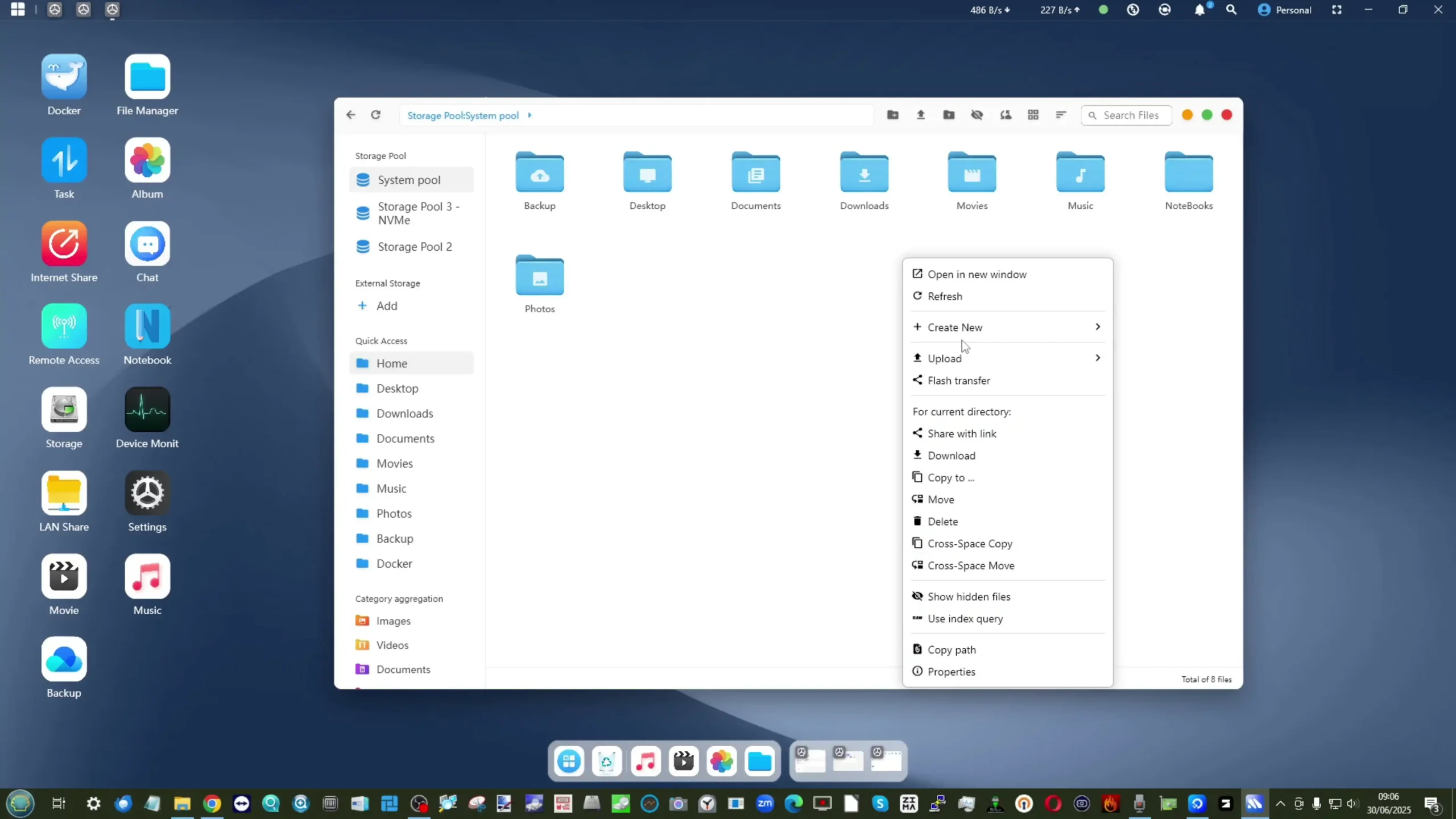
Beyond storage, MinisCloud OS offers a suite of applications targeting home and small office users. Media services include a basic DLNA server, AI-driven photo library with face and object recognition, and a music streaming module. While the AI photo library benefits from the NPU in the N5 Pro, testing showed mixed accuracy in object recognition and indexing. Backup services include one-click PC/Mac backups, scheduled sync jobs, and encrypted sharing via link-based access.
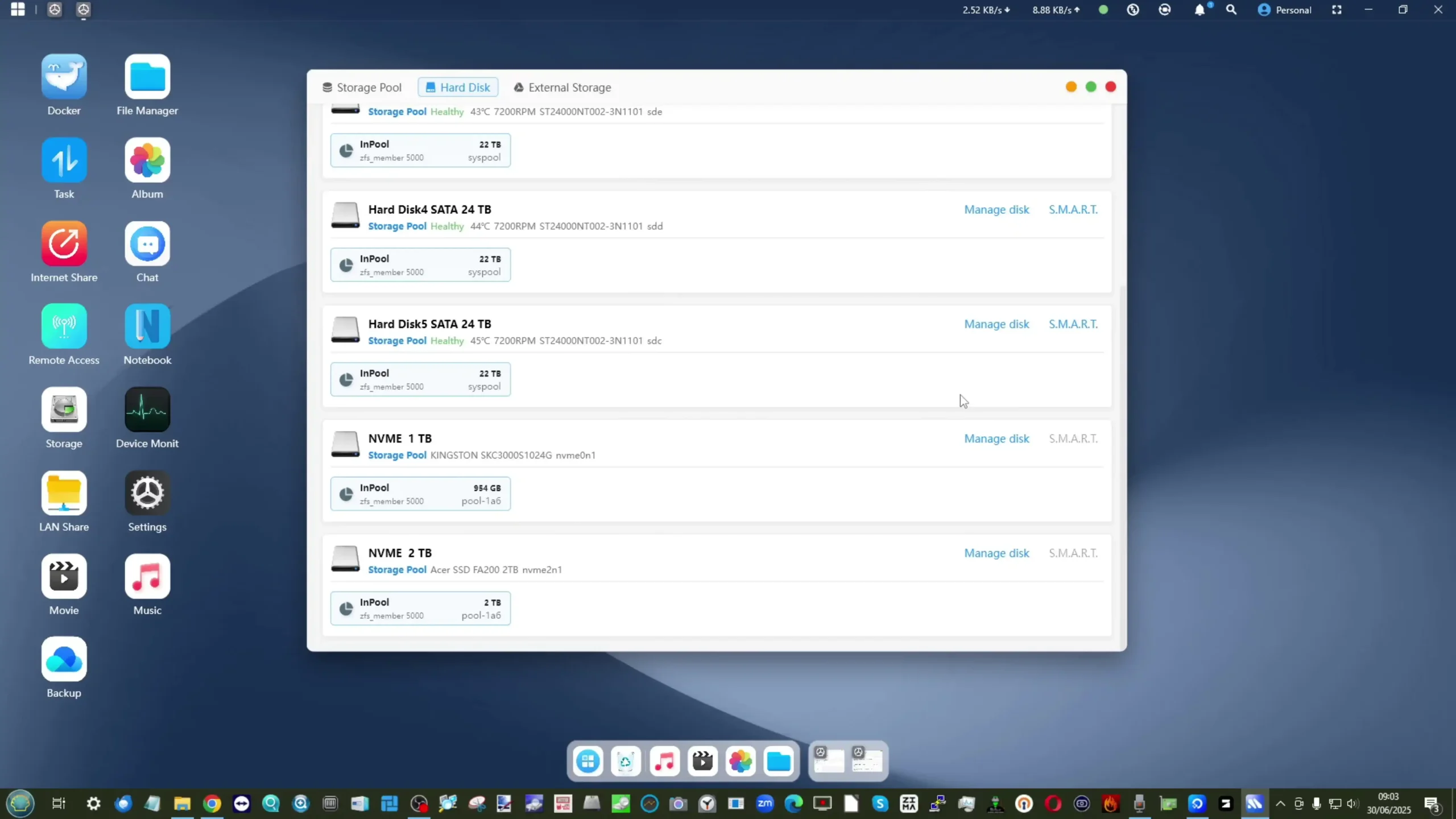
Docker support is also integrated, enabling users to deploy isolated containers for third-party apps and services. While these features align the OS with other consumer NAS ecosystems, they do feel less polished than more mature platforms from competitors, and gaps such as lack of native iSCSI target creation or advanced security scanning were noticeable. MinisCloud OS seems best suited as a lightweight, user-friendly option for those who do not wish to invest time configuring a third-party OS but may not satisfy advanced enterprise users.
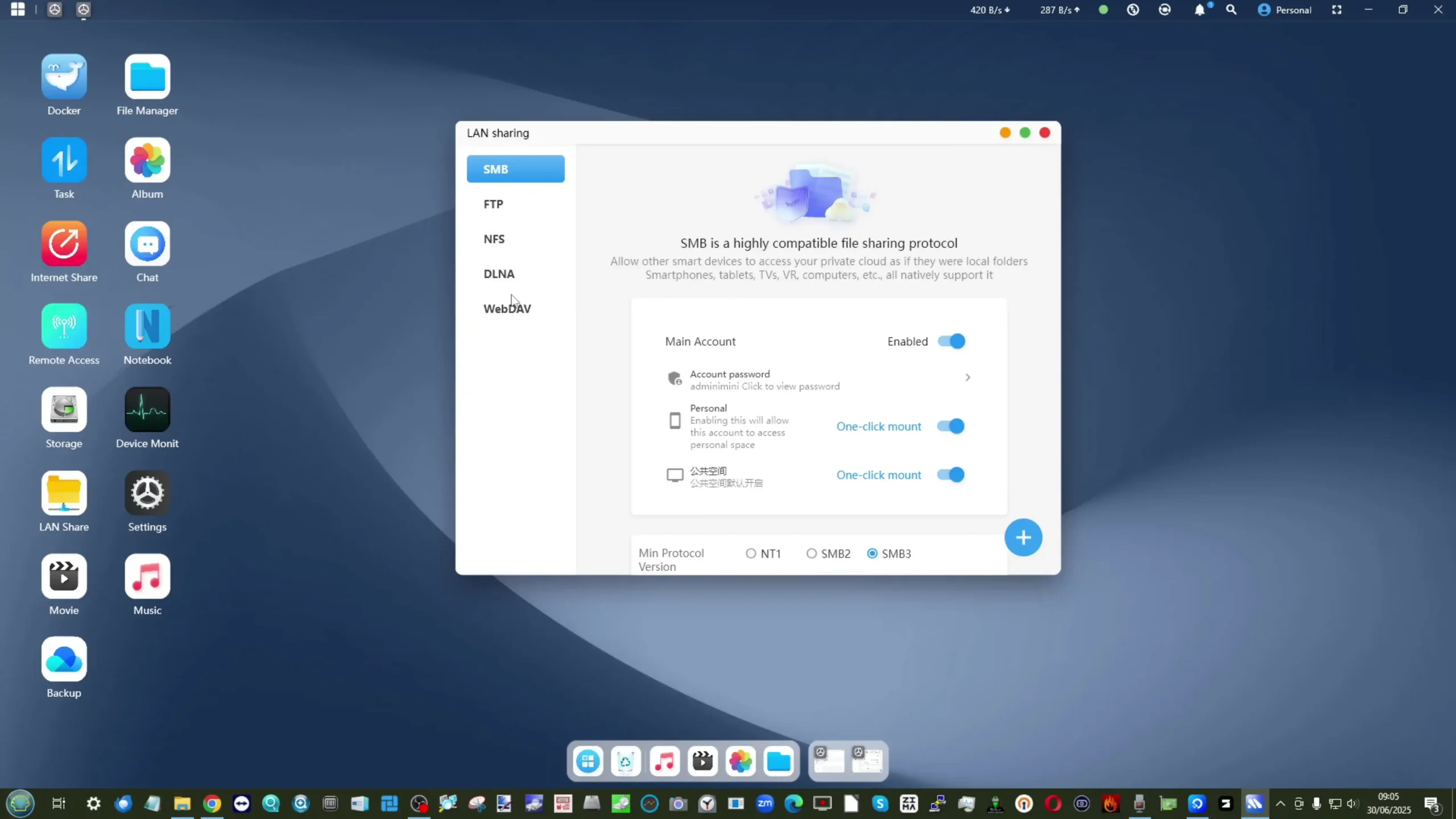
The inclusion of fully offline account creation and per-user container isolation demonstrates Minisforum’s efforts to balance privacy and flexibility. No cloud account is required to use the OS, and user isolation ensures that data in Docker containers remains segregated across different accounts. Public network traversal and encrypted external sharing are supported through the web portal, making it possible to access data from outside the local network securely.
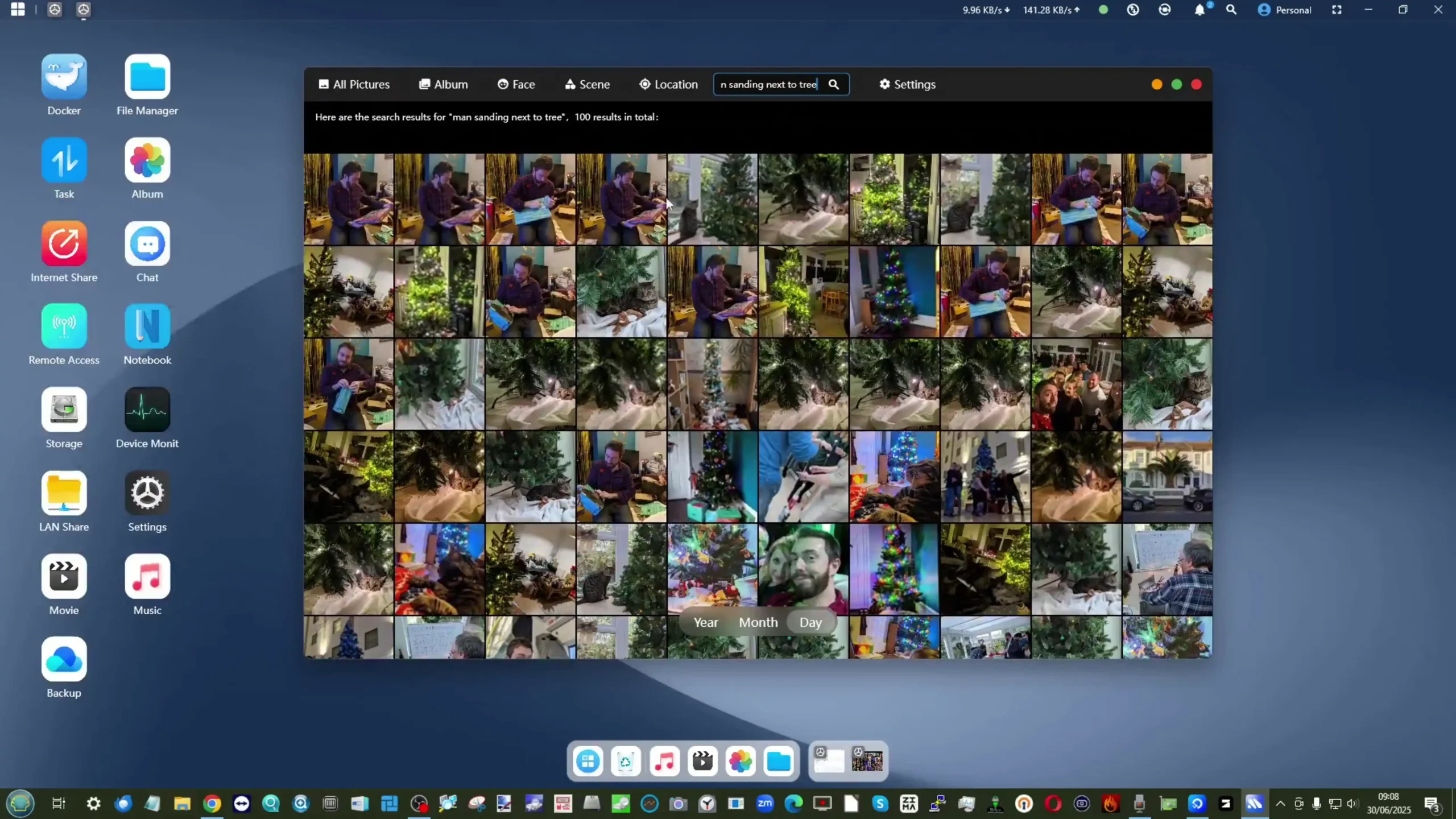
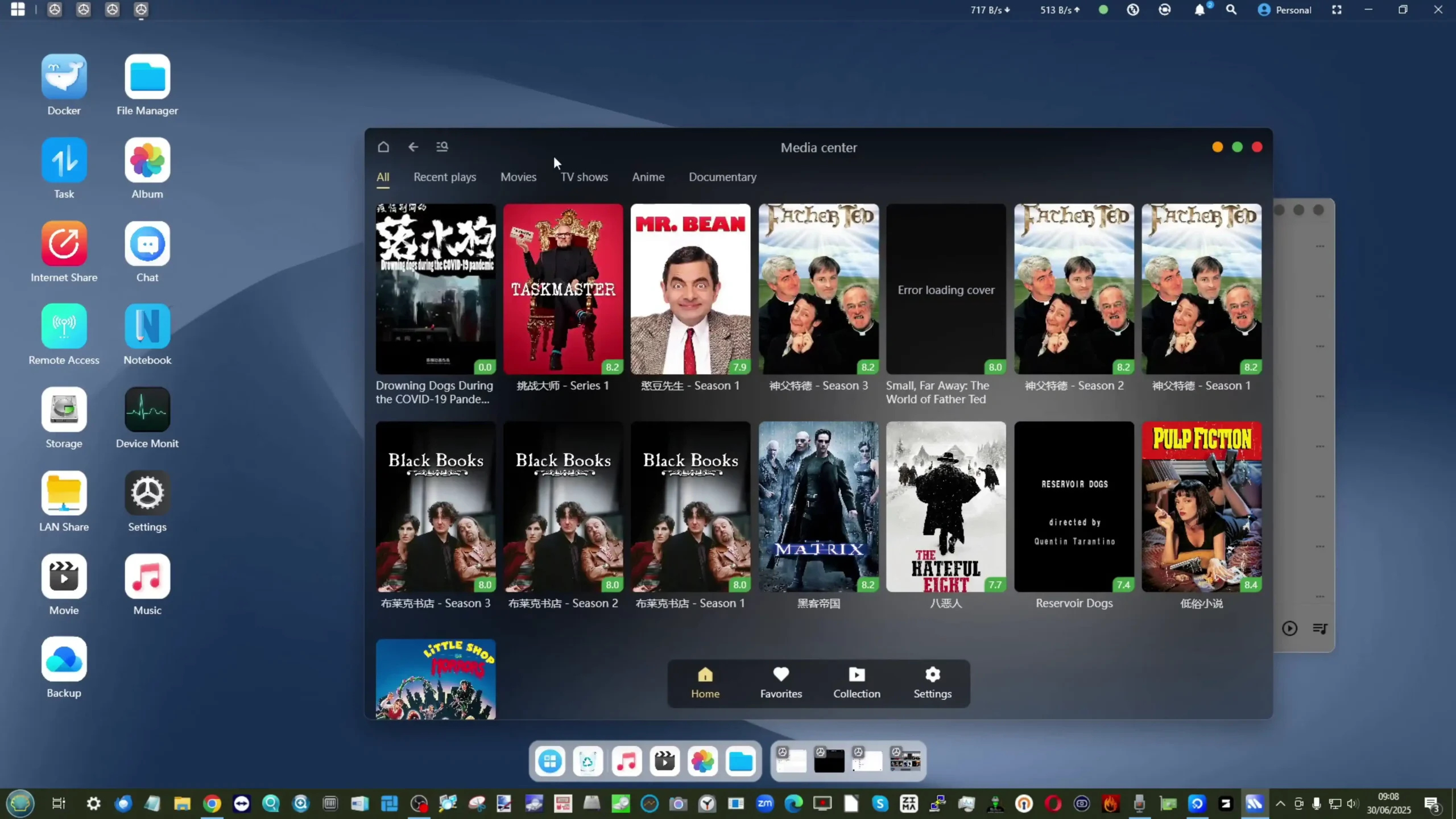
Mobile apps for Android and iOS mirror the desktop web interface and allow remote access and basic administrative tasks. Nevertheless, limitations in feature depth and the still-developing language localization suggest that while MinisCloud OS is functional and a helpful starting point, serious users will want to transition to platforms like TrueNAS or Unraid to unlock the full potential of the hardware.
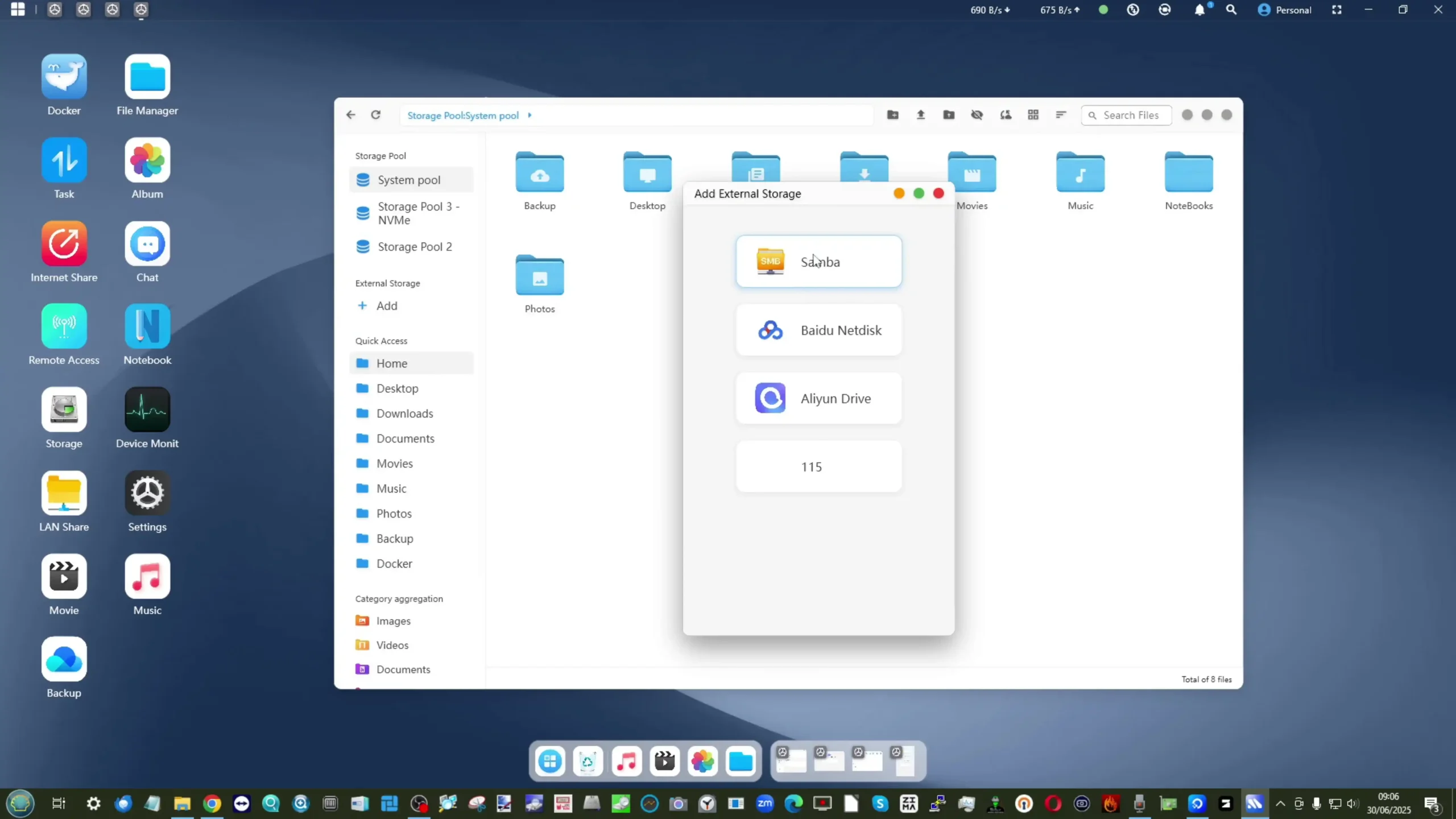
| Feature | Details |
|---|---|
| Pre-installed OS | MinisCloud OS (based on FNOS, ZFS-based, Linux-compatible) |
| File System | ZFS with snapshots, inline LZ4 compression, self-healing checks |
| RAID Modes Supported | RAID 0/1/5/6/10/RAIDZ1/RAIDZ2, mixed tiered strategies |
| Account Management | Fully offline, per-user isolation, QR code setup |
| Backup & Sync | One-click PC/Mac backup, cloud sync, encrypted link sharing |
| Applications | AI photo library, DLNA media server, Docker container deployment |
| Mobile Apps | iOS and Android remote access clients |
| Expansion Ready | Compatible with TrueNAS, Unraid, Linux distros, no warranty void |
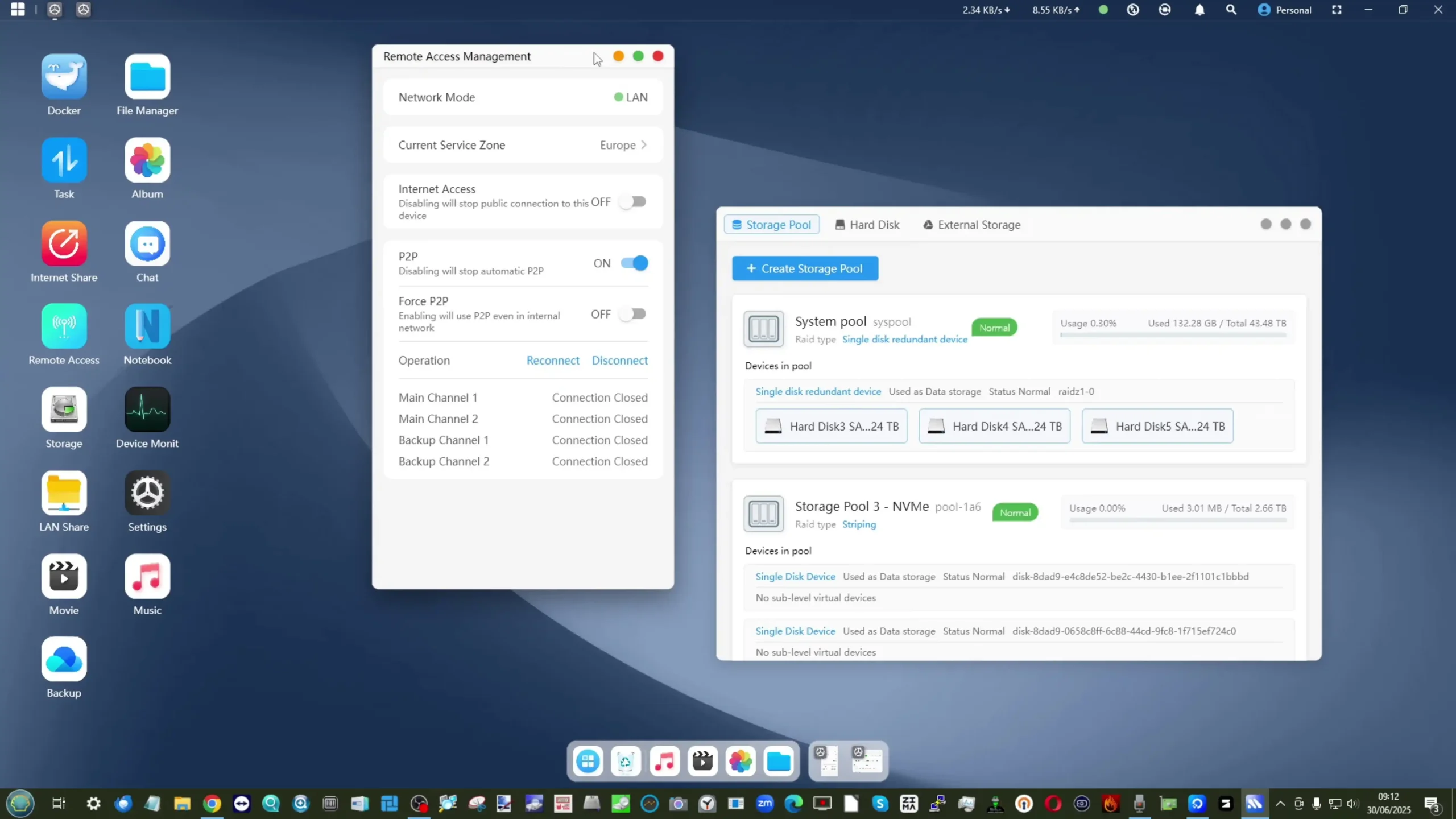
Minisforum N5 Pro Review – Testing, Noise and Heat
In testing, the Minisforum N5 Pro demonstrated performance levels consistent with its workstation-class specifications, particularly in multi-threaded CPU tasks and mixed storage operations. Using TrueNAS and Unraid as alternative OS options during benchmarks, the system was able to sustain heavy virtual machine (VM) workloads without instability. The Ryzen AI 9 HX PRO 370 CPU maintained its advertised boost clocks of up to 5.1 GHz during short burst operations, while sustaining a lower but stable frequency under extended full-load scenarios. The 12 cores and 24 threads allowed deployment of up to 12 Windows VMs and multiple Linux containers concurrently, each with dedicated vCPUs and memory. Even with the CPU loaded at approximately 50%, overall system responsiveness remained acceptable, thanks in part to the large 96GB DDR5 memory pool available in the tested configuration. ECC support ensured no uncorrected memory errors were recorded throughout a 7-day continuous stress test, affirming the platform’s suitability for 24/7 environments.
AI 9 HX PRO 370 CPU maintained its advertised boost clocks of up to 5.1 GHz during short burst operations, while sustaining a lower but stable frequency under extended full-load scenarios. The 12 cores and 24 threads allowed deployment of up to 12 Windows VMs and multiple Linux containers concurrently, each with dedicated vCPUs and memory. Even with the CPU loaded at approximately 50%, overall system responsiveness remained acceptable, thanks in part to the large 96GB DDR5 memory pool available in the tested configuration. ECC support ensured no uncorrected memory errors were recorded throughout a 7-day continuous stress test, affirming the platform’s suitability for 24/7 environments.
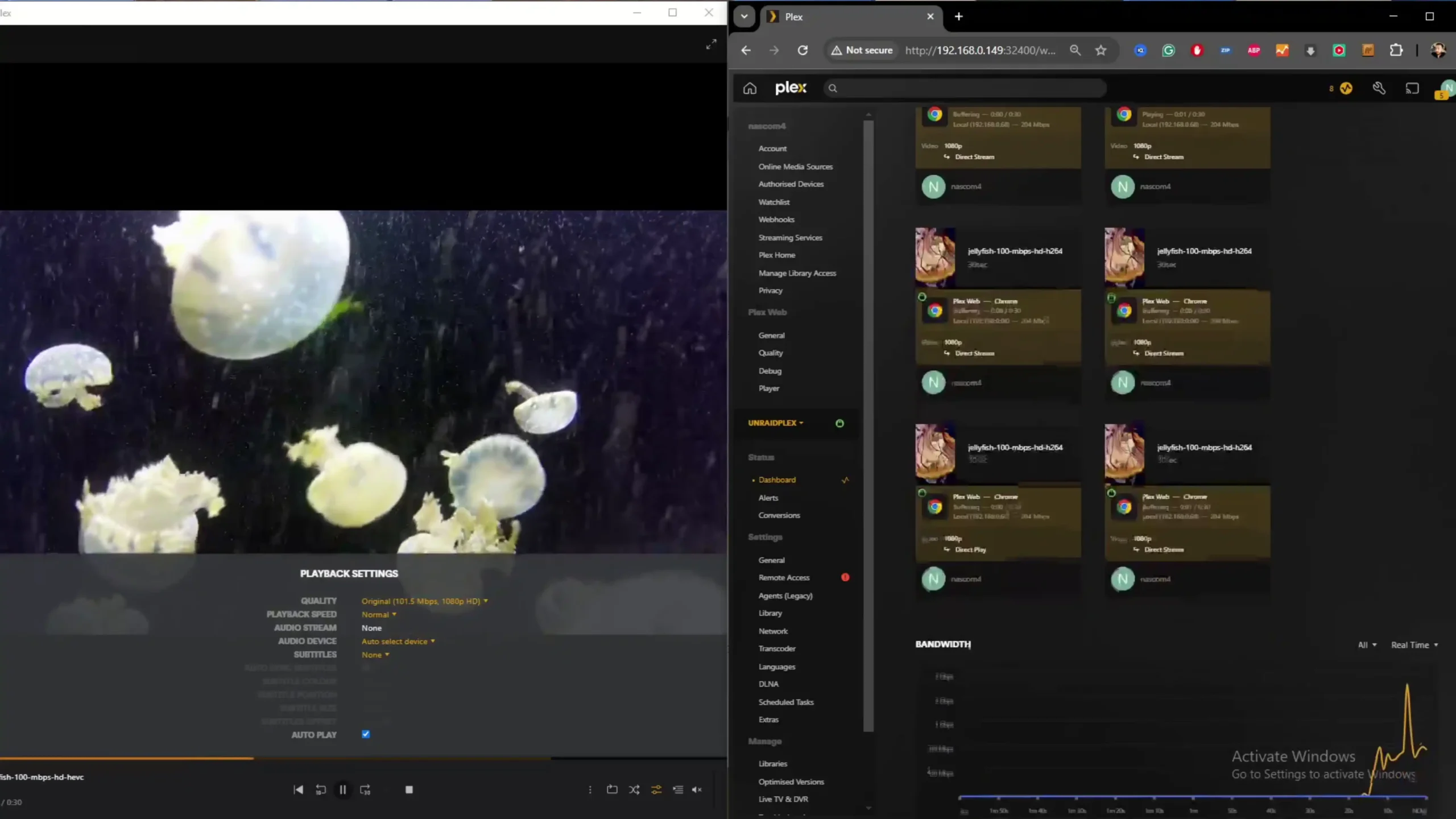
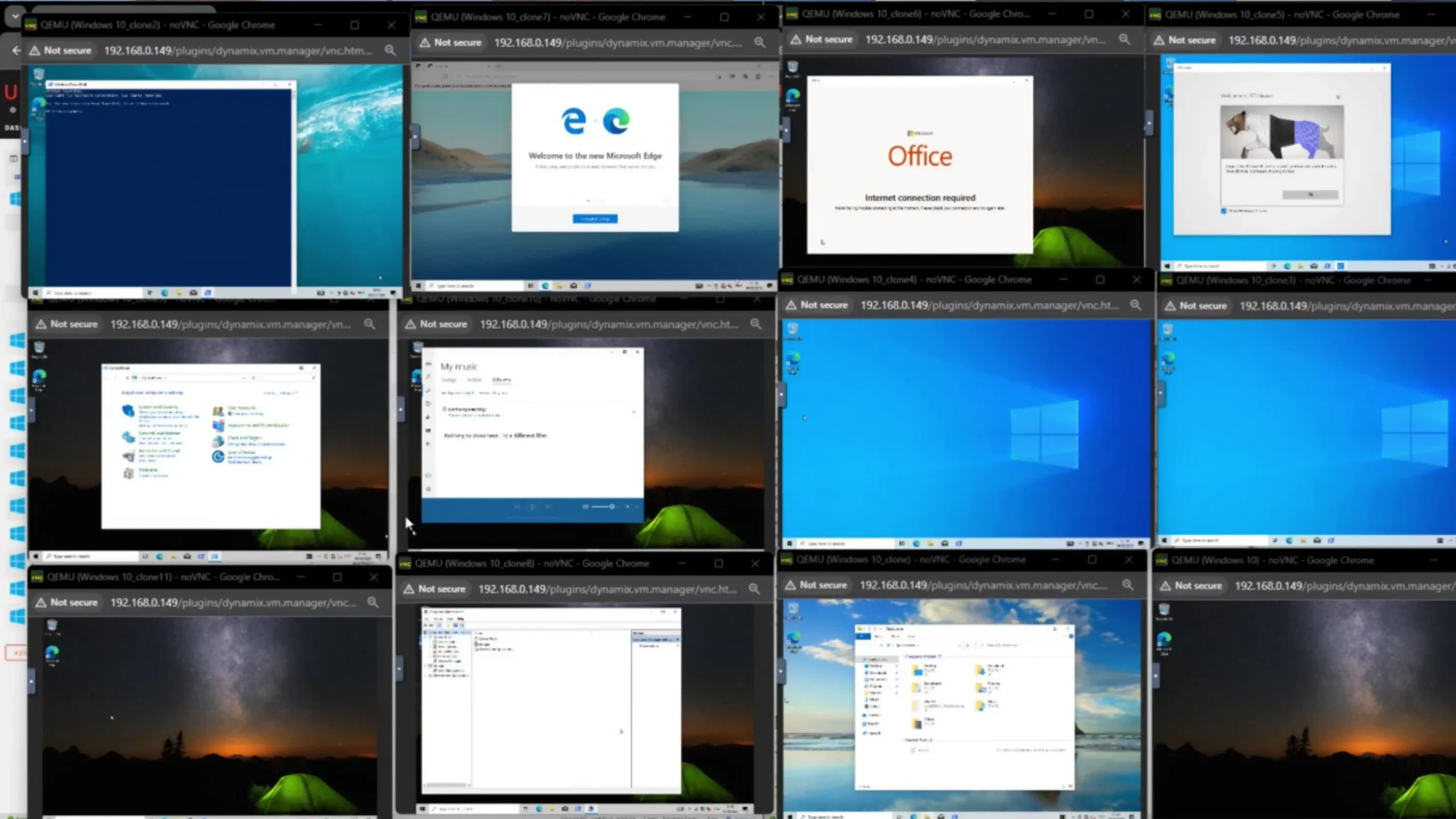
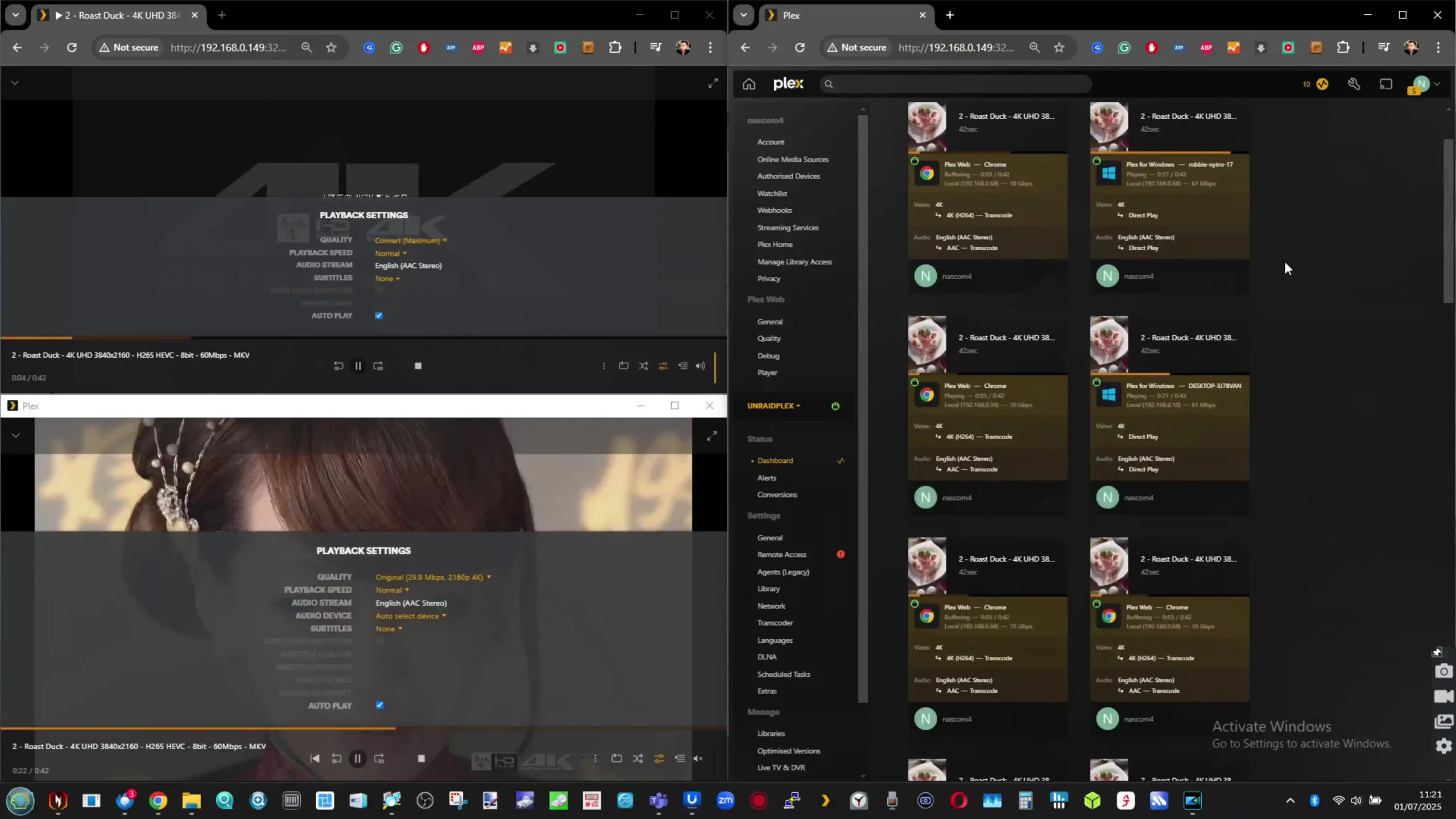
Storage performance also met expectations, though it varied depending on drive type and configuration. The five SATA bays, populated with Seagate IronWolf HDDs and SATA SSDs, delivered consistent throughput in RAID 5 and RAID 6 pools, with sequential read speeds averaging 900–1000 MB/s and writes around 800 MB/s under ZFS.
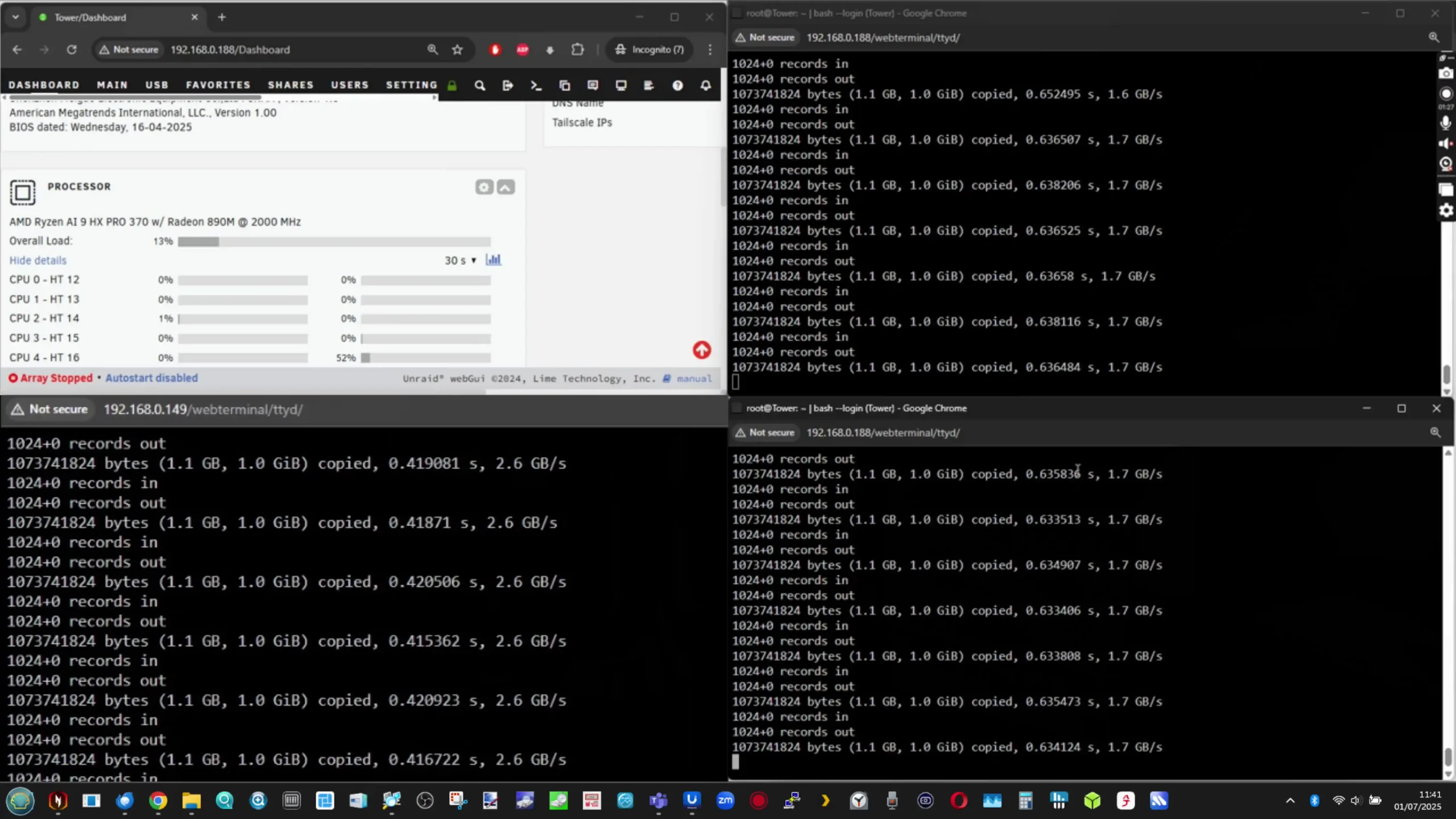
NVMe performance was significantly higher: the two Gen 4 ×1 M.2 slots achieved sustained reads of approximately 1.7 GB/s and writes of 1.6 GB/s, while the single Gen 4 ×2 M.2 slot reached peak reads of 3.3 GB/s and writes of 3.1 GB/s, approaching the theoretical limits of the interface.
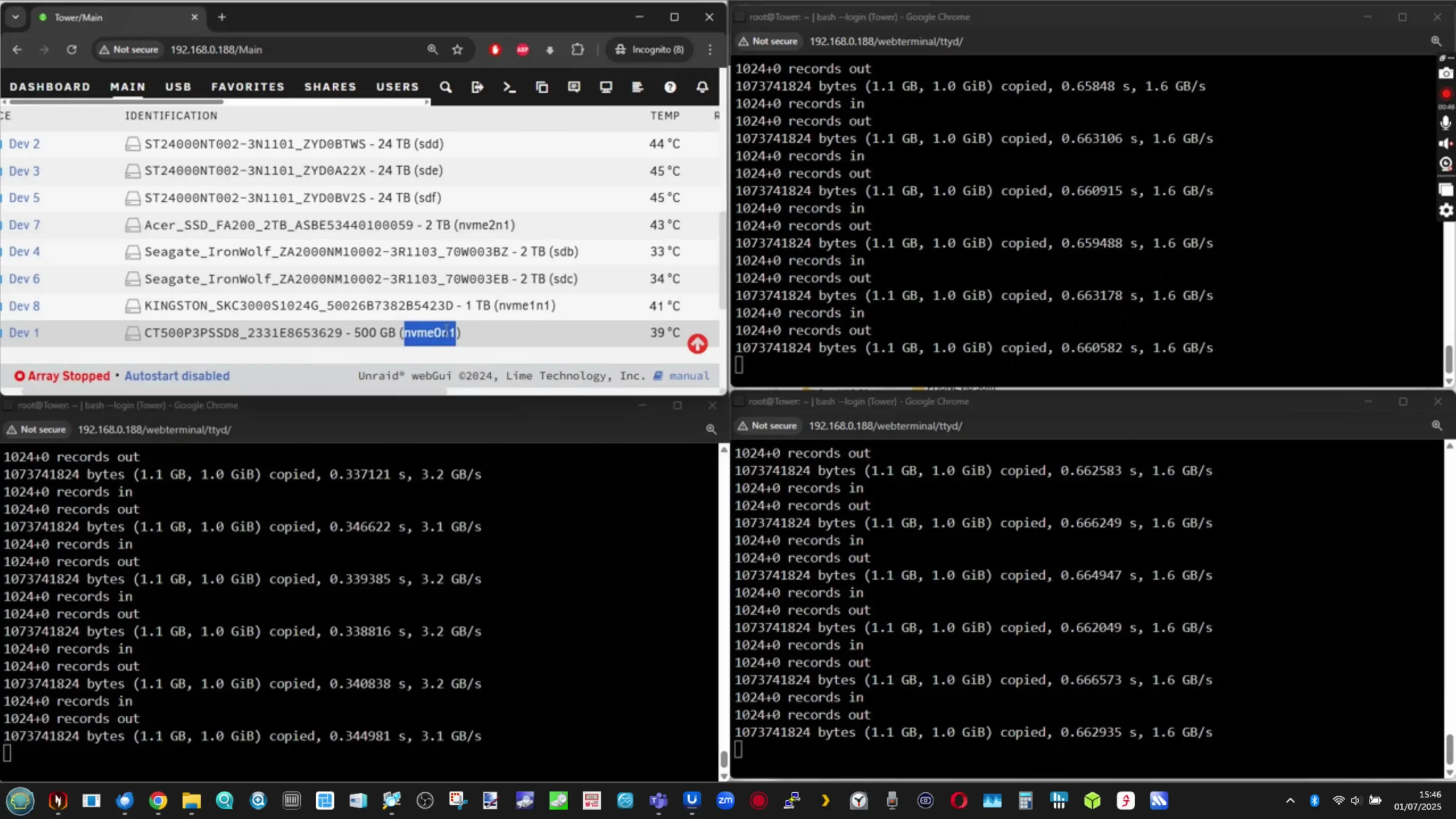
Transfer speeds between SSDs in mixed-slot configurations were observed at 1.2–1.3 GB/s, indicating some internal contention or chipset limitation at the aggregate level.
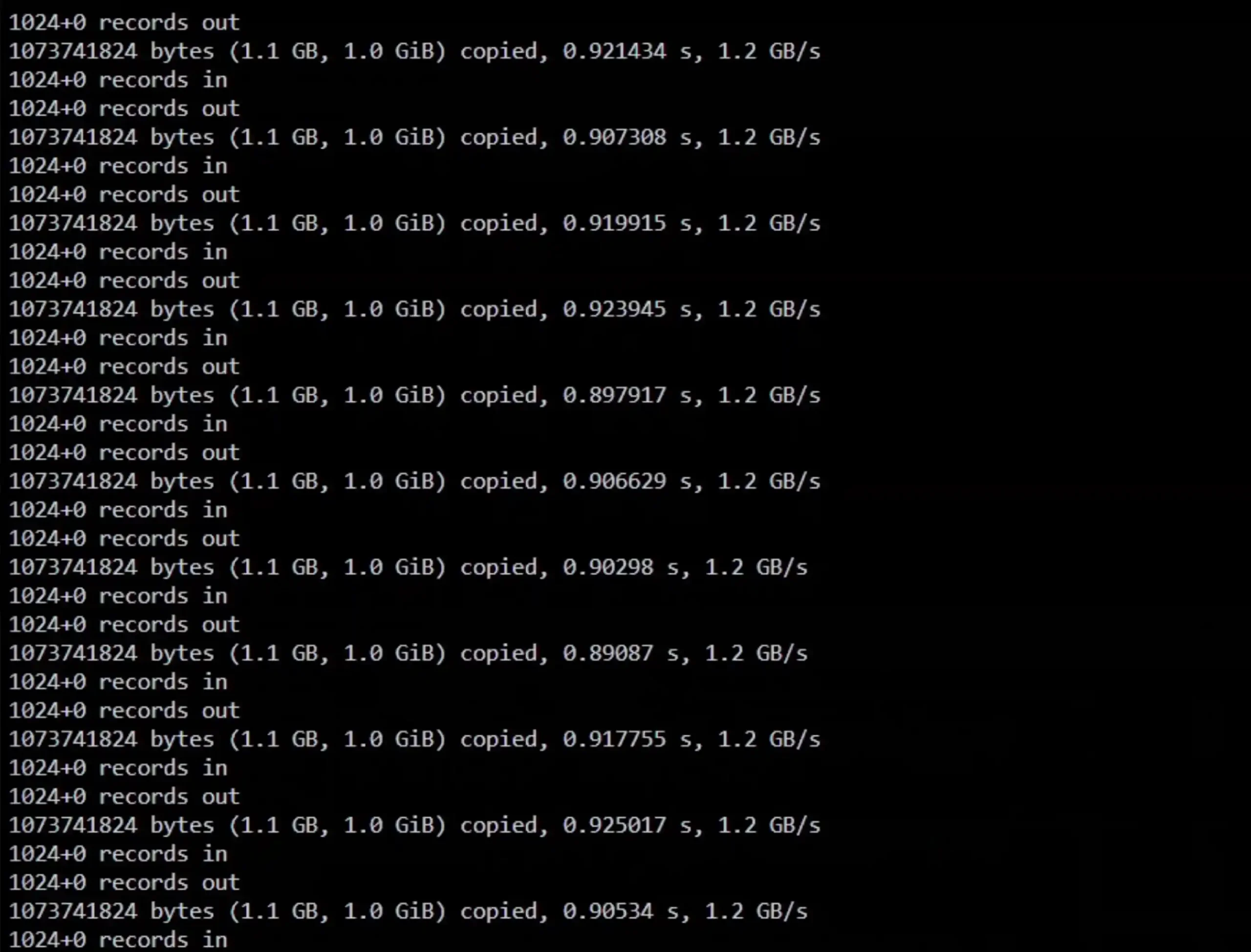
The U.2 adapter included with the unit allowed testing of enterprise-class SSDs, which performed within expected parameters, though thermals for these drives require attention in prolonged heavy write scenarios.
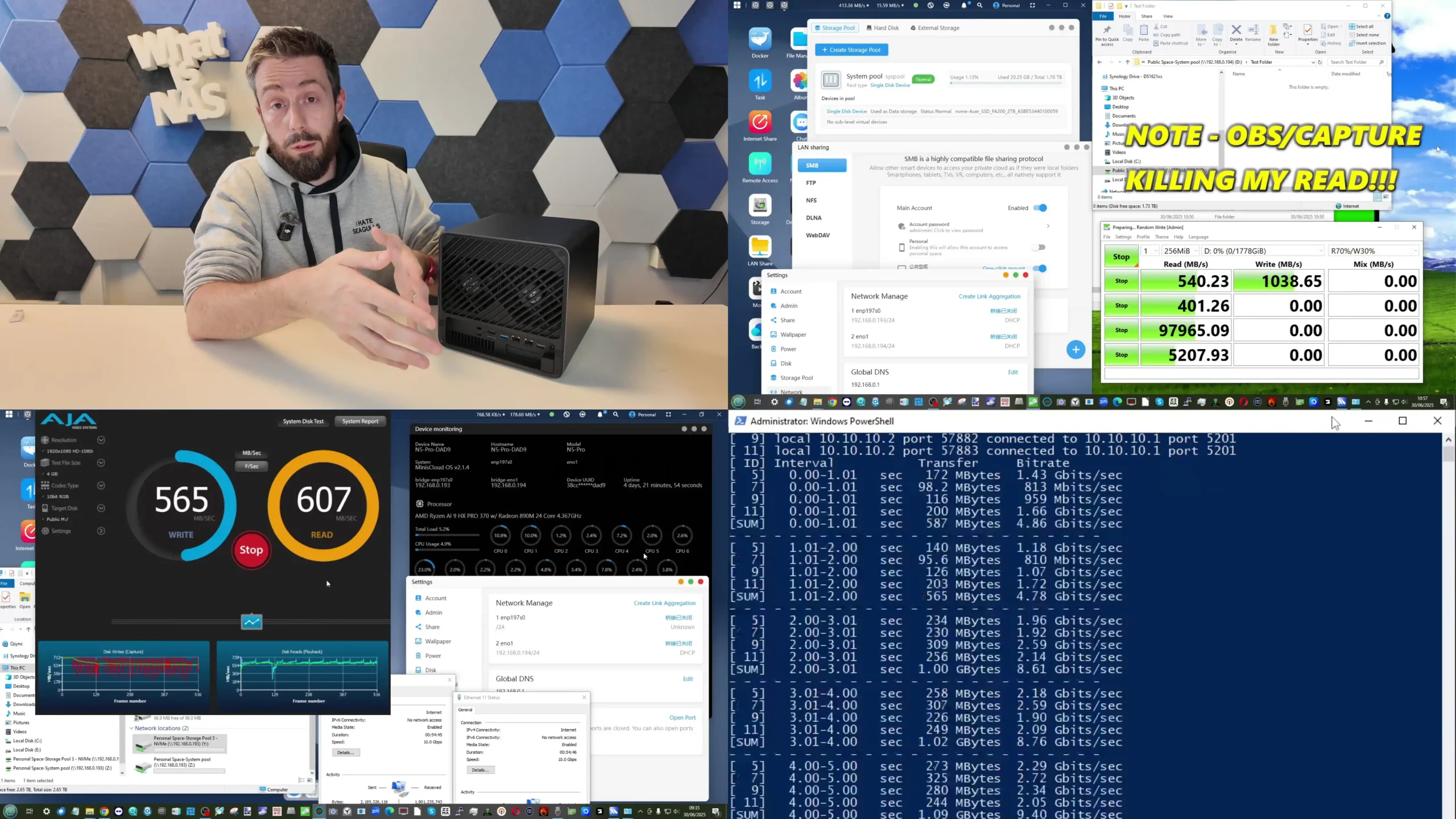
Network performance aligned with the hardware’s 10GbE and 5GbE capabilities. The AQC113-based 10GbE NIC saturated its link easily during single and multi-stream transfers, maintaining over 900 MB/s sustained throughput in SMB and iSCSI workloads. The secondary 5GbE port also performed well, delivering consistent ~480 MB/s transfers in environments where full 10GbE infrastructure was unavailable. Link aggregation configurations were tested using LACP, though practical benefits were limited due to single-client testing constraints. USB4 and OCuLink connections were tested using external NVMe enclosures and a GPU eGPU box, both of which enumerated properly in the OS and achieved PCIe-level throughput. These features open possibilities for specialized use cases, such as GPU passthrough to VMs or offloading compute-intensive tasks to external accelerators.
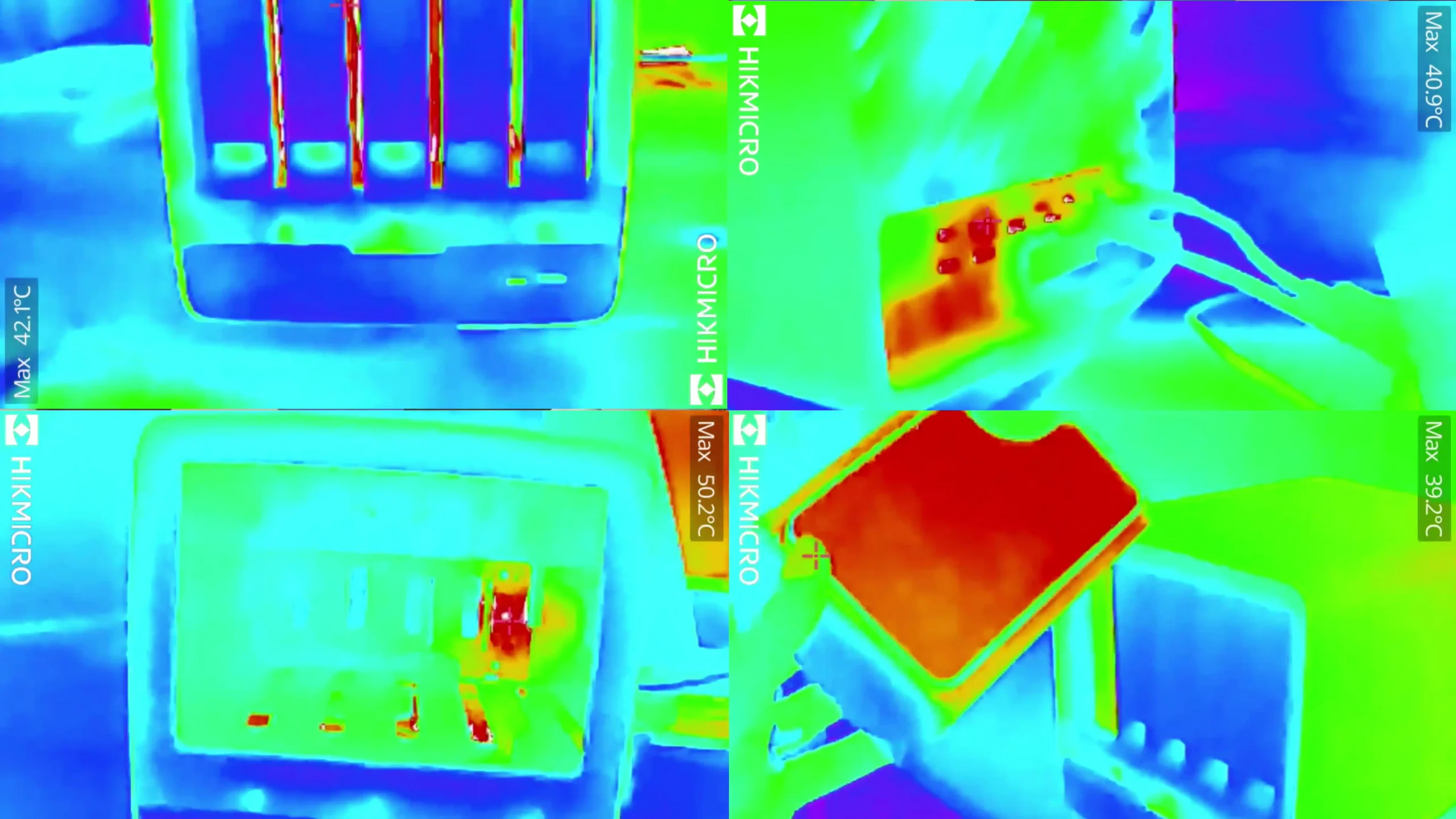
Thermal and acoustic performance were also evaluated under a variety of workloads. At idle, the N5 Pro maintained a noise floor of approximately 32–34 dBA with fans set to automatic, rising to 48–51 dBA when forced to maximum. This places it within an acceptable range for small office or homelab deployments. CPU temperatures stayed within safe operating limits, averaging 40–42°C at idle and peaking at 78–80°C under full load during VM and Plex transcoding stress tests.
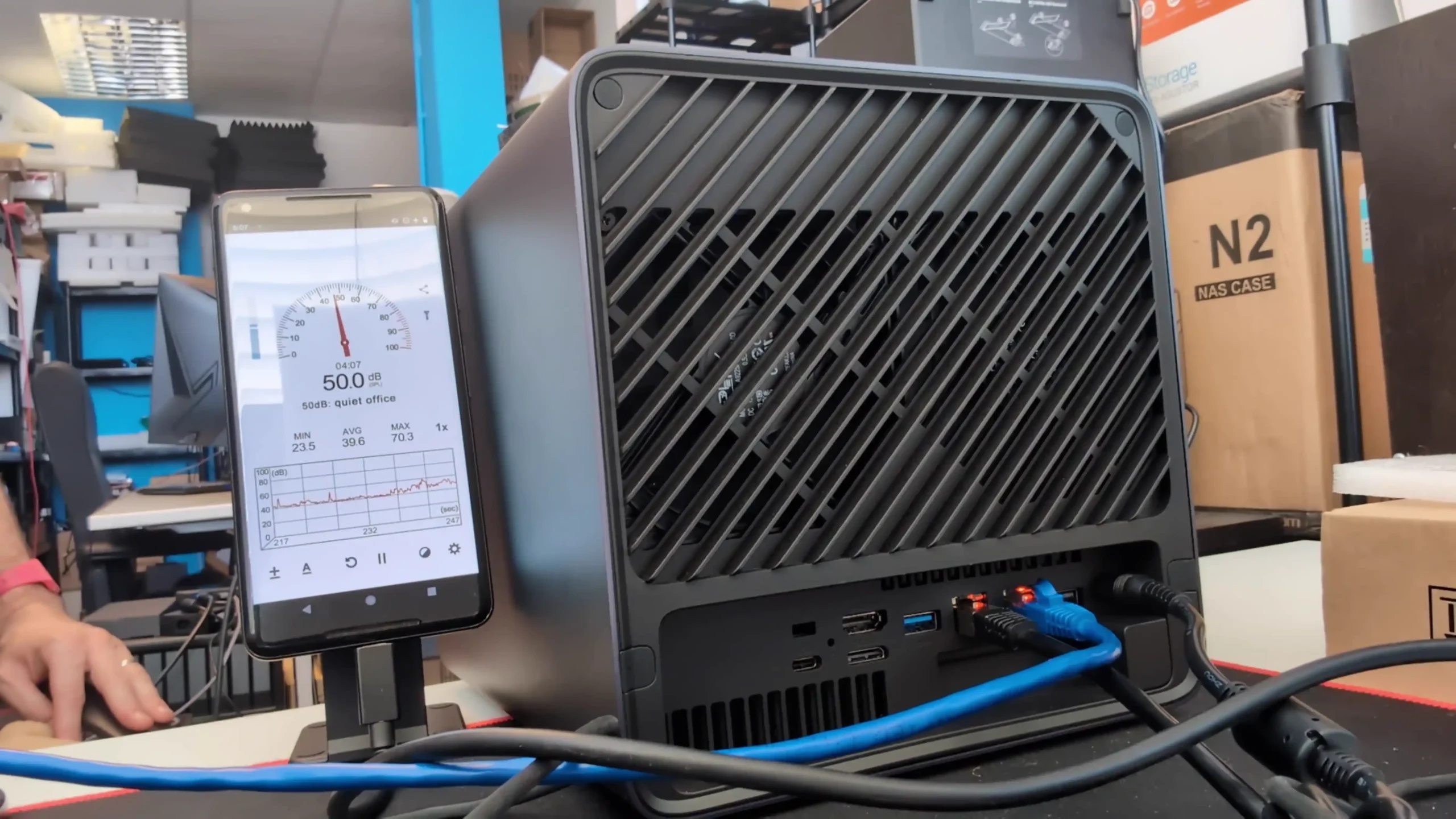
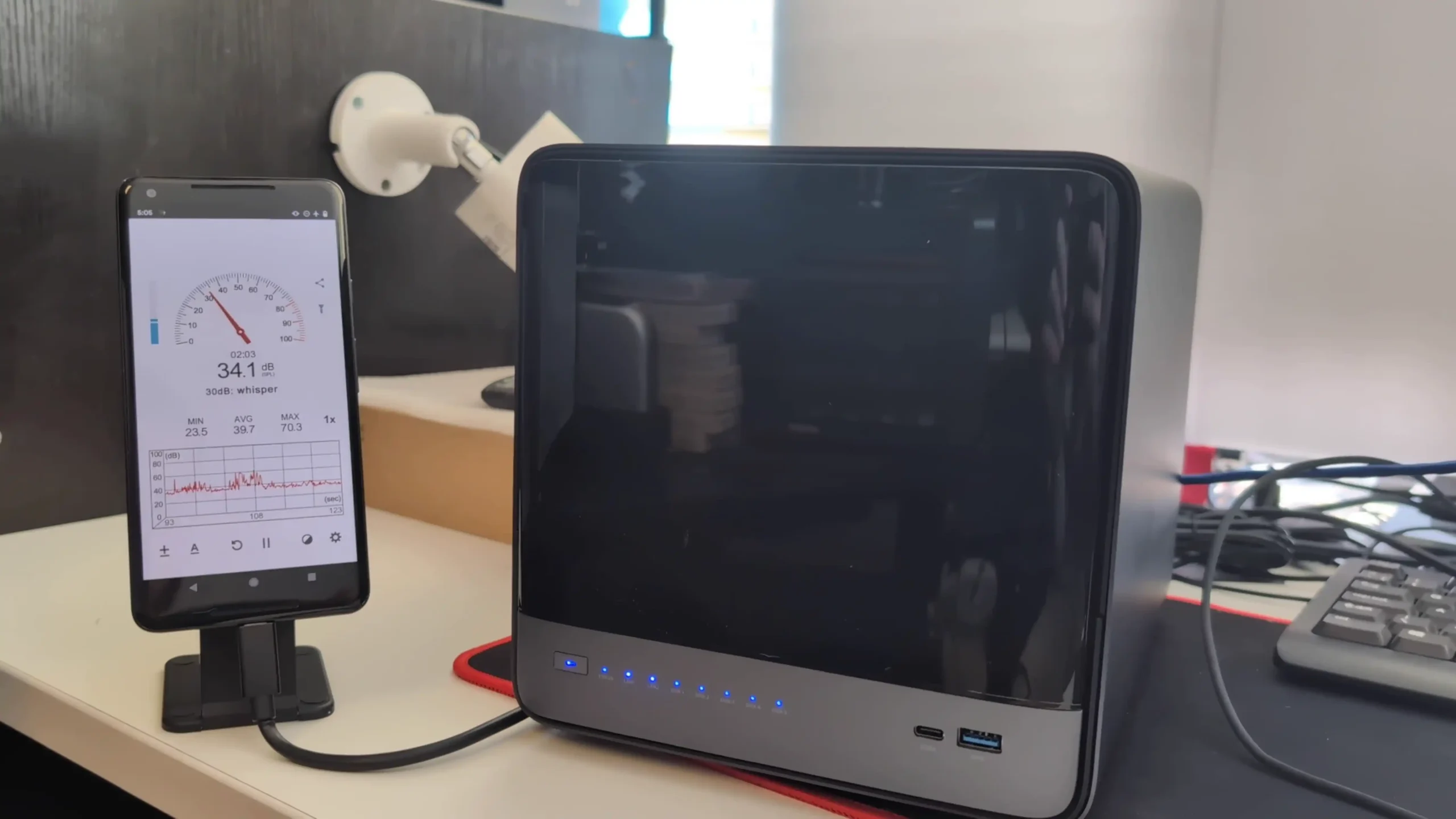
Drive temperatures were generally stable, although the pre-installed 64GB OS SSD exhibited higher than ideal temperatures, reaching 60°C under prolonged access. Power draw varied significantly with workload: idle power consumption was around 32–34W, increasing to roughly 80W under combined heavy CPU, storage, and 10GbE load. These results confirm that the system is both efficient at idle and capable of scaling up when fully utilized.
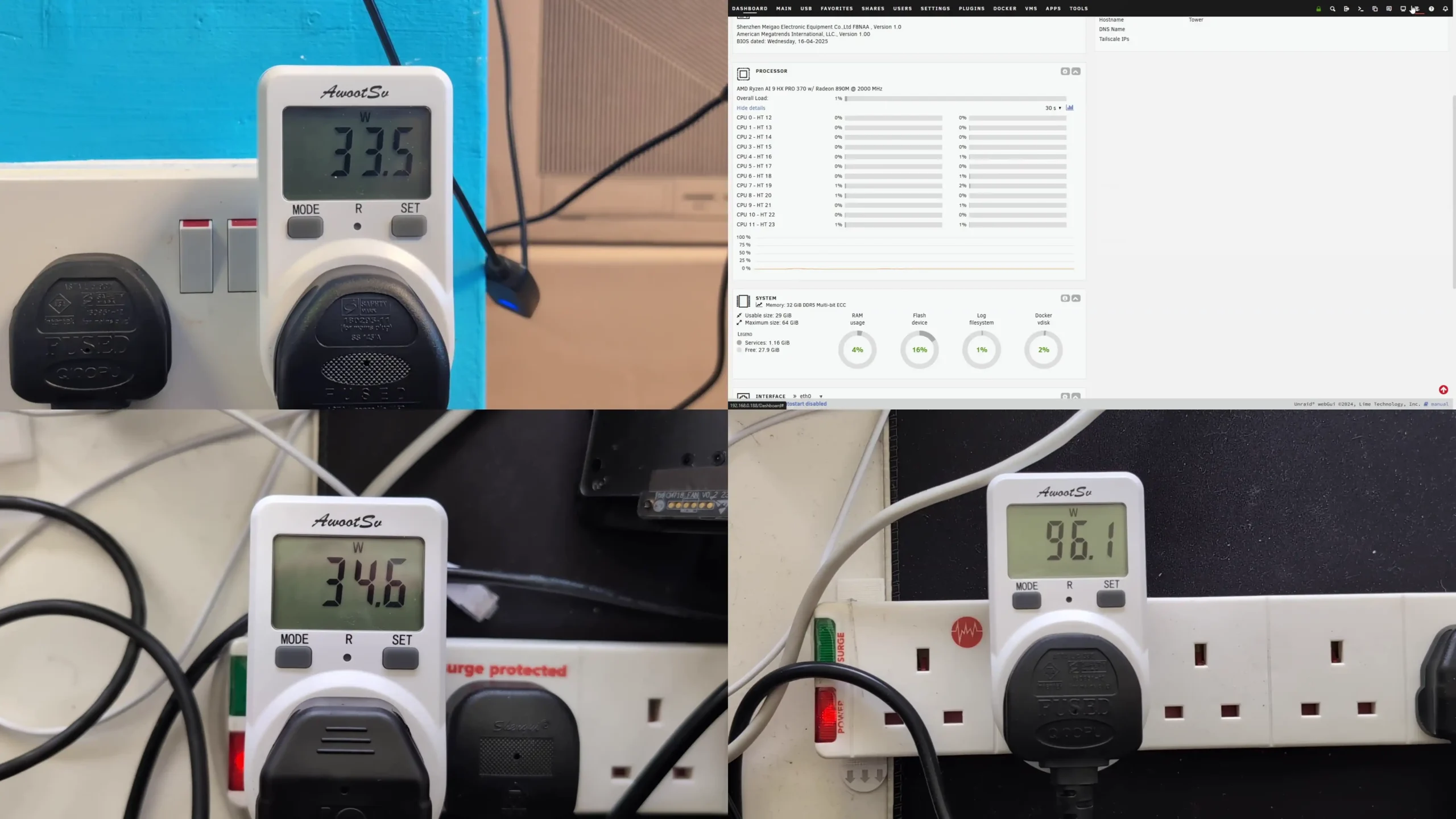
| Test Area | Results (N5 Pro, tested) |
|---|---|
| CPU Performance | Sustained 12 VMs + containers, ~50% CPU utilization at load |
| Media Performance | Played/supported 10 4K streams / 4 8K Streams / 8 200Mbps 4K |
| SATA Throughput | RAID 5: ~900–1000 MB/s read, ~800 MB/s write (5x SATA SSD) |
| NVMe Throughput | Gen4×1: ~1.7 GB/s read, ~1.6 GB/s write; Gen4×2: ~3.3/3.1 GB/s |
| 10GbE Network | Saturated link at ~900 MB/s sustained SMB/iSCSI |
| Acoustics | 32–34 dBA idle; 48–51 dBA max fan |
| Thermals | CPU idle: ~40–42°C; peak: ~78–80°C |
| Power Draw | Idle: ~32–34W; peak: ~80W (I imagine this will comfortably/easily crack 100W with all threads assigned, but was unable to test this effectively in time for this review. I will add further to this later when it is tested and update/reflect it accordingly.) |
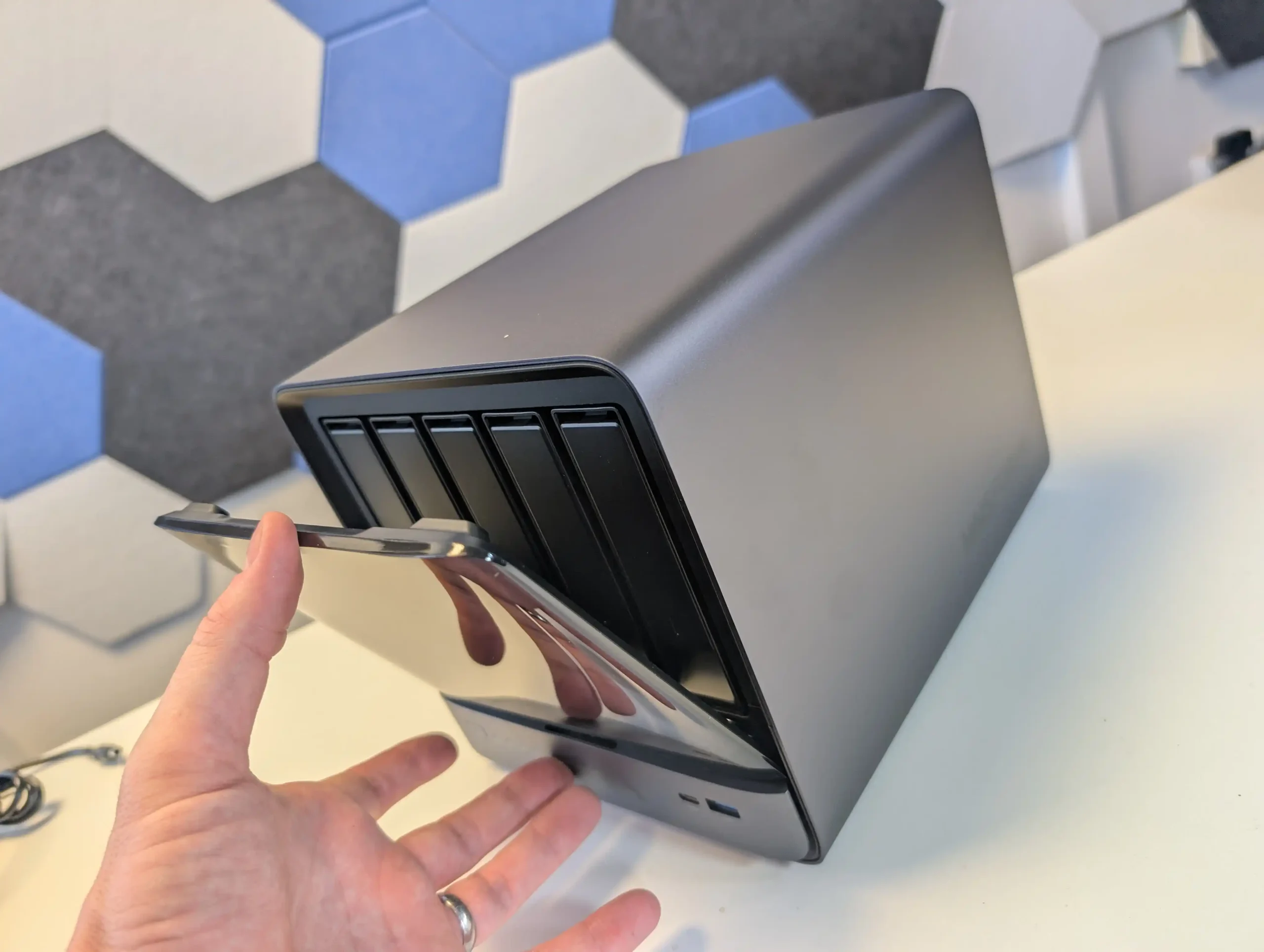
Minisforum N5 Pro Review – Conclusion & Verdict
The Minisforum N5 Pro firmly establishes itself as a hybrid solution that blurs the lines between a high-performance NAS appliance and a compact workstation-class server. It combines server-grade processing, memory integrity features, and robust storage options in a footprint comparable to many consumer NAS systems. Equipped with the 12-core Ryzen AI 9 HX PRO 370 CPU, ECC-capable DDR5 memory support, an intelligent ZFS-ready storage architecture, and an unusually broad range of expansion options—including PCIe Gen 4 and OCuLink—the N5 Pro is clearly targeted at advanced users and small professional teams with more demanding and diversified workloads than those served by entry-level NAS units. In practical testing, the system proved capable of maintaining high multi-threaded performance during intensive virtualized environments, delivering consistent high-throughput over 10GbE networking, and retaining stable thermals even under extended peak activity. The compact, fully metal chassis design provides excellent serviceability and sufficient cooling despite the dense hardware configuration, while the support for both U.2 and M.2 enterprise-class SSDs further broadens its application to mixed storage, caching, and high-availability scenarios. However, while the bundled MinisCloud OS offers a wide feature set—including snapshots, AI-driven indexing, and containerization—it remains a relatively immature platform compared to industry standards like TrueNAS and Unraid. Users looking for long-term OS maturity and advanced ecosystem integration will likely opt to replace it with one of these more established alternatives, which is fully supported without affecting warranty coverage.
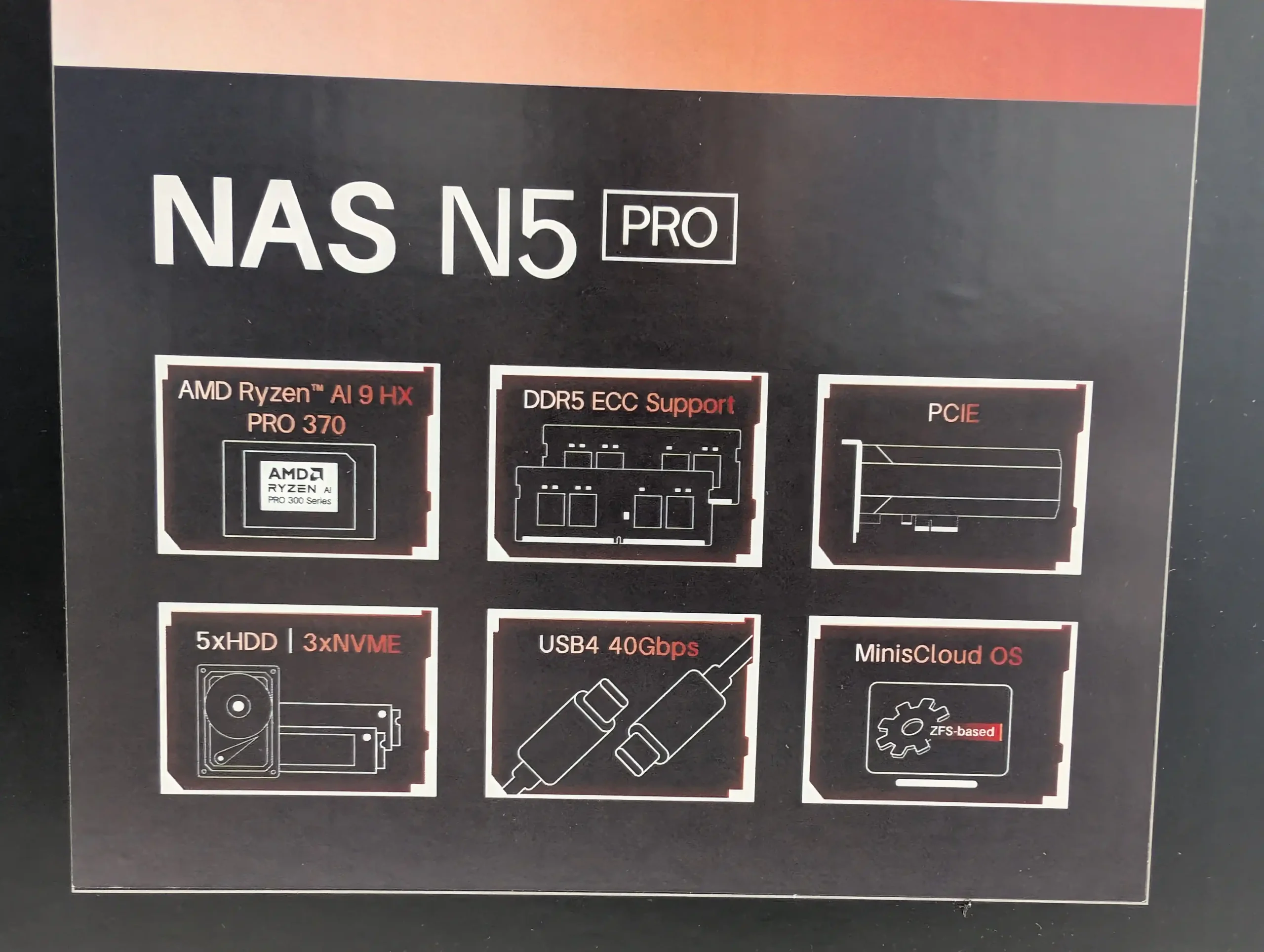
Potential buyers should consider carefully whether the specific advantages of the N5 Pro—namely, its additional CPU cores, ECC memory support, and AI-specific compute capabilities—justify its higher price over the standard N5 model, which offers identical storage and connectivity at a lower cost by using a more modest processor and omitting ECC. For workloads that include high-density virtualization, multi-user environments where data integrity is paramount, or AI-enhanced workflows such as photo indexing or local inference tasks, the Pro variant’s premium hardware is likely to pay dividends. On the other hand, for simpler NAS duties such as centralized backups, media streaming, and file sharing, the standard N5 offers nearly all of the same physical functionality for significantly less. It is also worth noting the few limitations that arose during testing: the external PSU design may not appeal to all users; the thermal behavior of the bundled 64GB OS SSD suggests it should be upgraded for sustained use; and the unfinished aspects of MinisCloud OS—particularly its localization, advanced monitoring, and some missing enterprise-grade protocols—leave room for refinement. None of these are deal-breaking, but they highlight that this system is best suited for technically confident users who plan to fully exploit its hardware capabilities. Taken together, the N5 Pro stands out as a capable and flexible NAS platform, offering a level of performance and configurability rarely seen at this scale. For those willing to invest the time to install and tune their preferred OS and storage strategy, it represents one of the more forward-thinking and technically ambitious NAS options currently available. For users seeking a fully polished, plug-and-play appliance experience, however, more mature offerings from Synology, QNAP, or Asustor may still be the better fit for their needs.
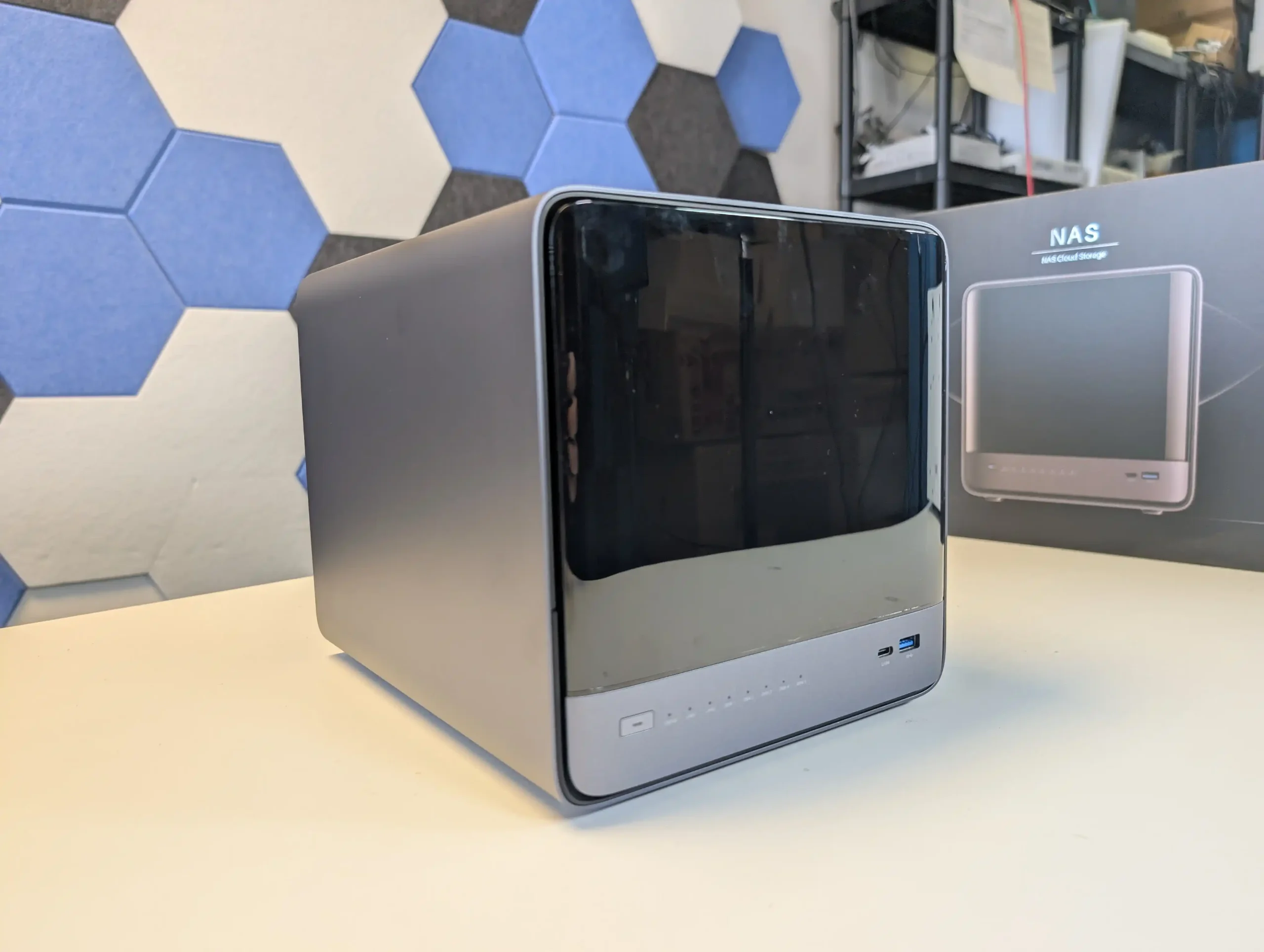
| PROS of the Minisforum N5 Pro | CONS of the Minisforum N5 Pro |
|
|

The is now available to buy:
IMPORTANT – Below are the links to the OFFICIAL Minisforum site to buy the N5 and N5 Pro. However, using these links does not support us (i.e we do not get an affiliate fee). We want you to buy this device from whichever retailer best suits your needs, but we hope you are able to support the work we do (such as this review and our YouTube channel) but using the links above for your storage media, or any other data storage/network solution purchase. |
 SUBSCRIBE TO OUR NEWSLETTER
SUBSCRIBE TO OUR NEWSLETTER 
[contact-form-7]
 Join Inner Circle
Join Inner Circle Get an alert every time something gets added to this specific article!
 Subscribe
Subscribe
This description contains links to Amazon. These links will take you to some of the products mentioned in today's content. As an Amazon Associate, I earn from qualifying purchases. Visit the NASCompares Deal Finder to find the best place to buy this device in your region, based on Service, Support and Reputation - Just Search for your NAS Drive in the Box Below
Need Advice on Data Storage from an Expert?
Finally, for free advice about your setup, just leave a message in the comments below here at NASCompares.com and we will get back to you. Need Help?
Where possible (and where appropriate) please provide as much information about your requirements, as then I can arrange the best answer and solution to your needs. Do not worry about your e-mail address being required, it will NOT be used in a mailing list and will NOT be used in any way other than to respond to your enquiry.
[contact-form-7]
Need Help?
Where possible (and where appropriate) please provide as much information about your requirements, as then I can arrange the best answer and solution to your needs. Do not worry about your e-mail address being required, it will NOT be used in a mailing list and will NOT be used in any way other than to respond to your enquiry.
[contact-form-7]
 Ko-fi or old school Paypal. Thanks!To find out more about how to support this advice service check HEREIf you need to fix or configure a NAS, check Fiver
Have you thought about helping others with your knowledge? Find Instructions Here
Ko-fi or old school Paypal. Thanks!To find out more about how to support this advice service check HEREIf you need to fix or configure a NAS, check Fiver
Have you thought about helping others with your knowledge? Find Instructions Here

|
 |

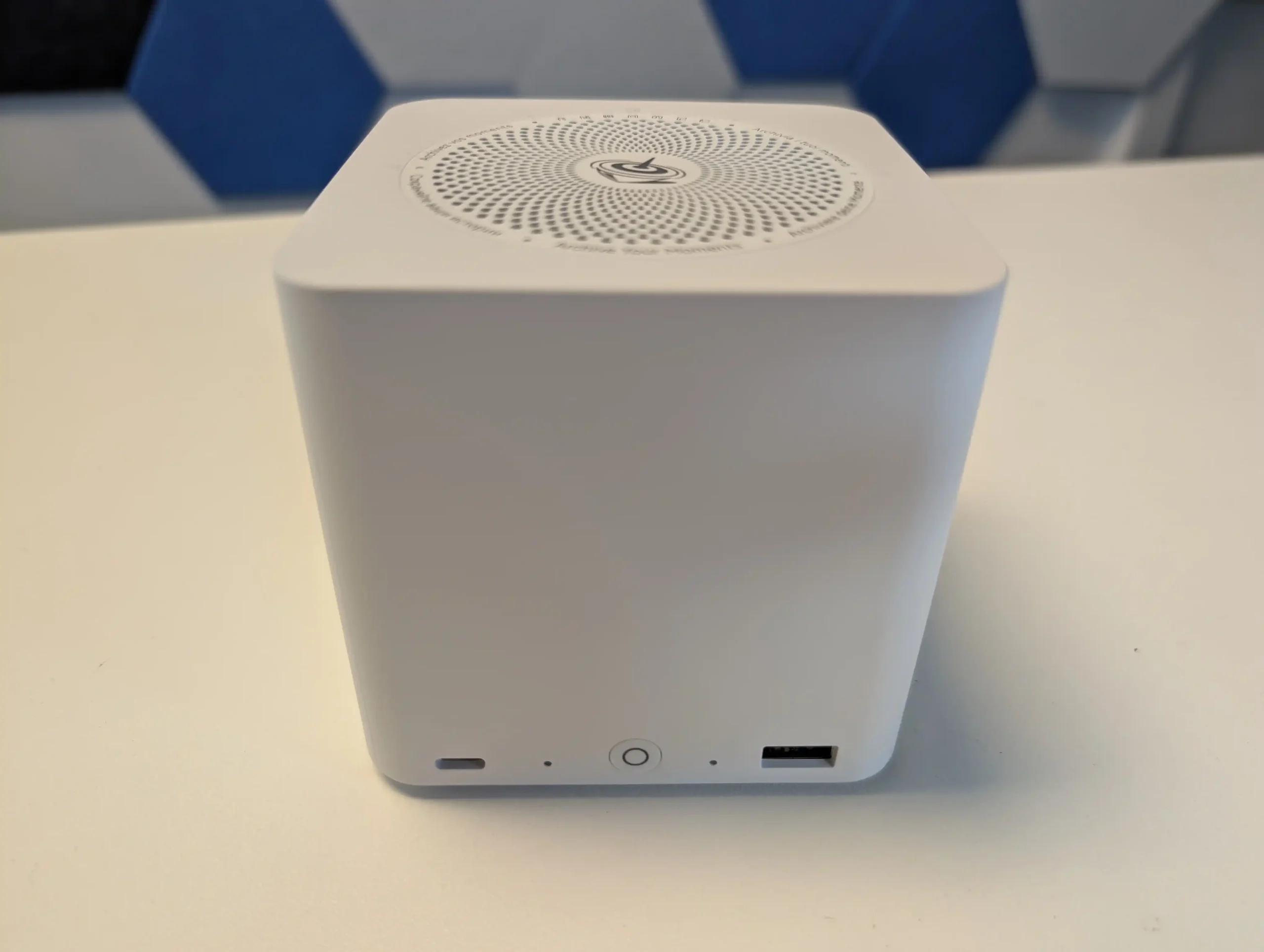
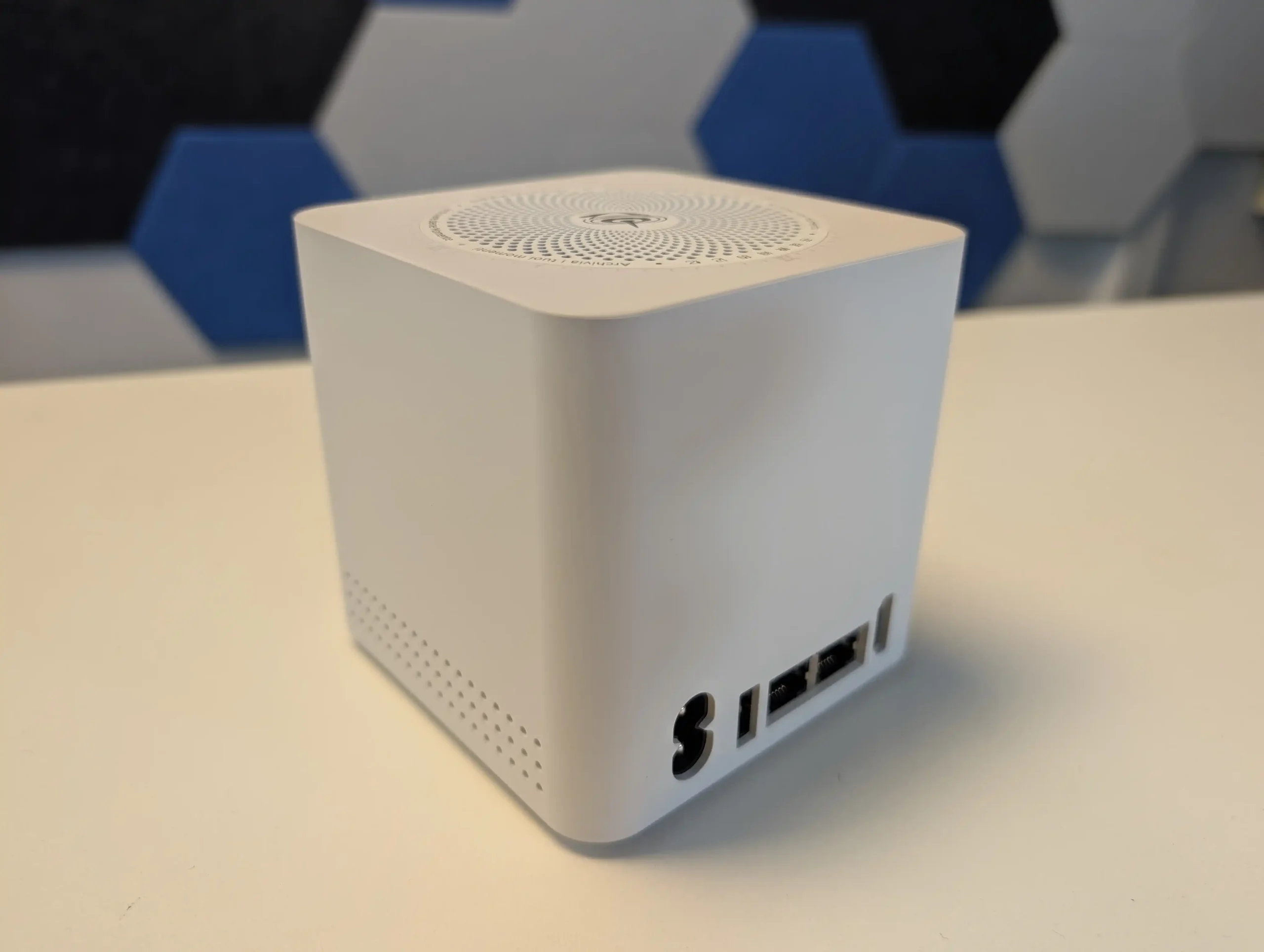
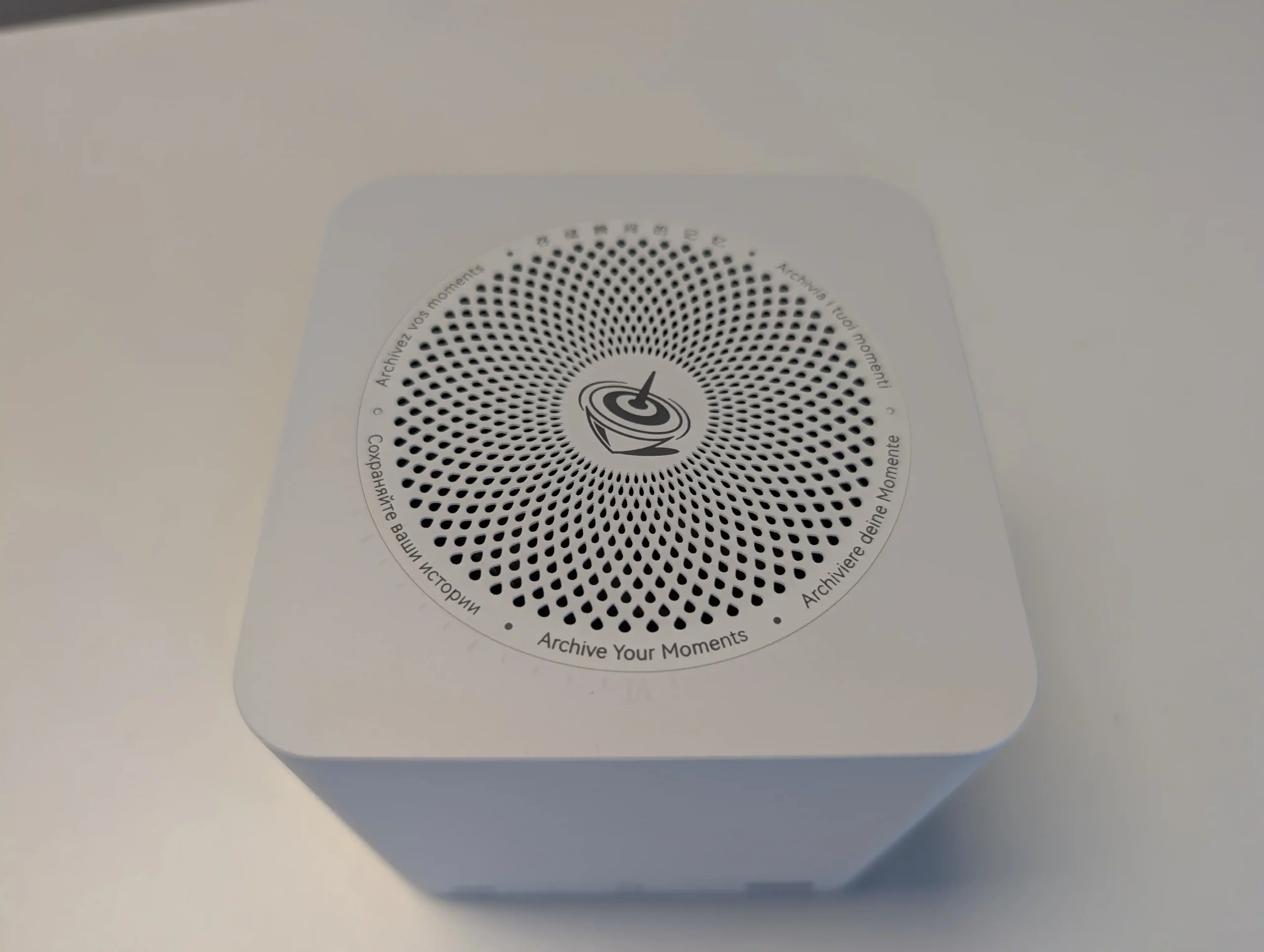
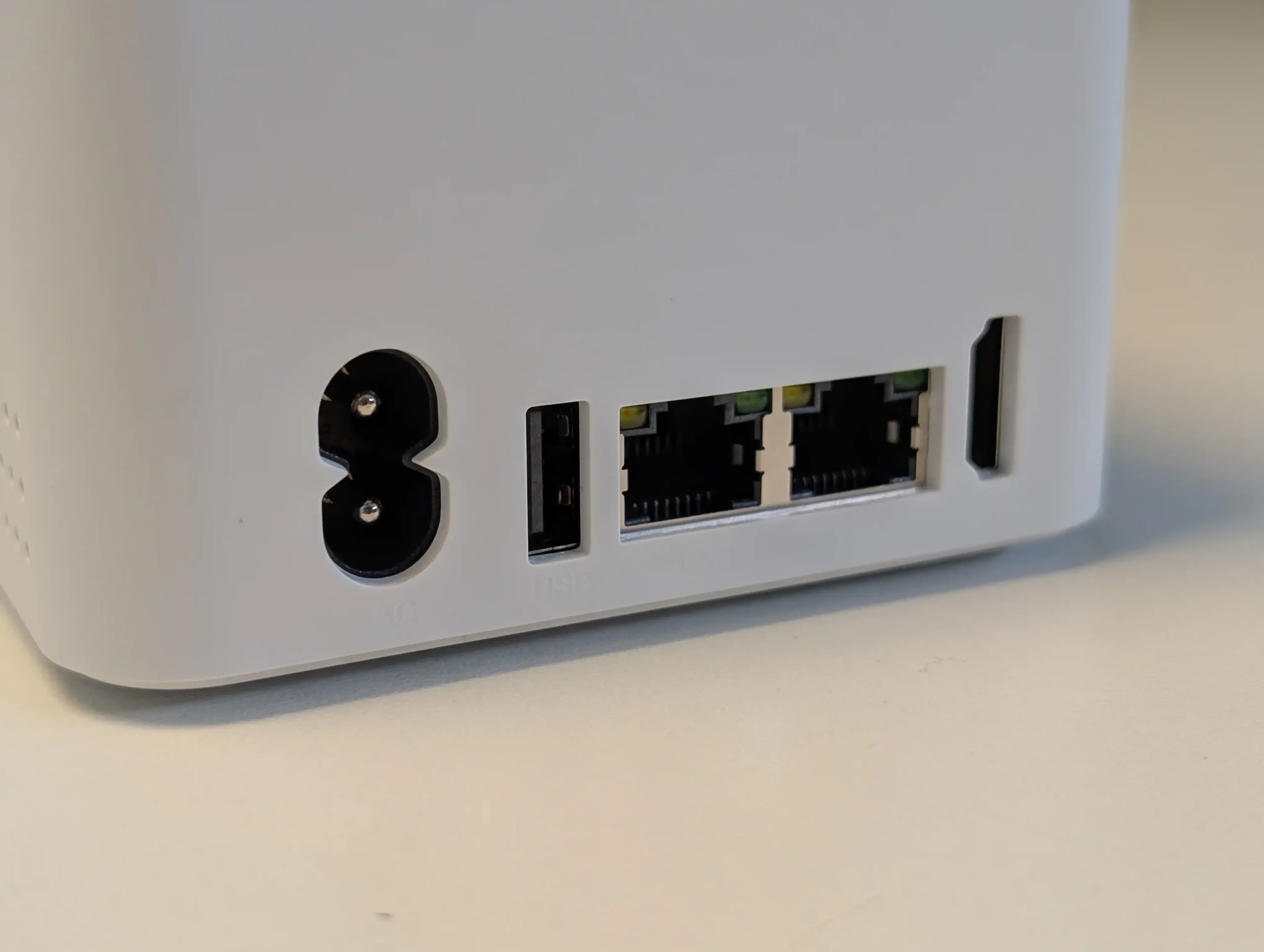
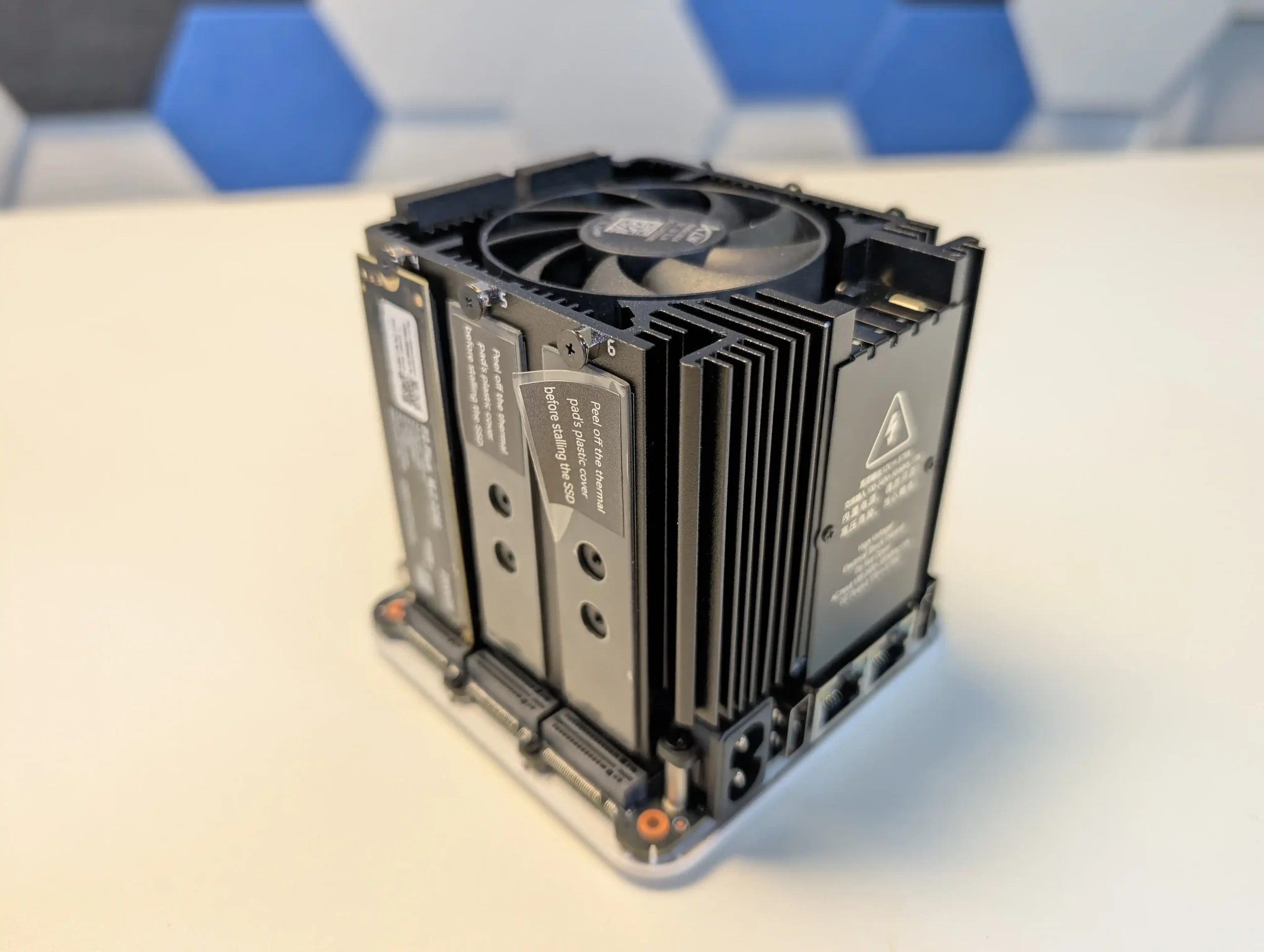
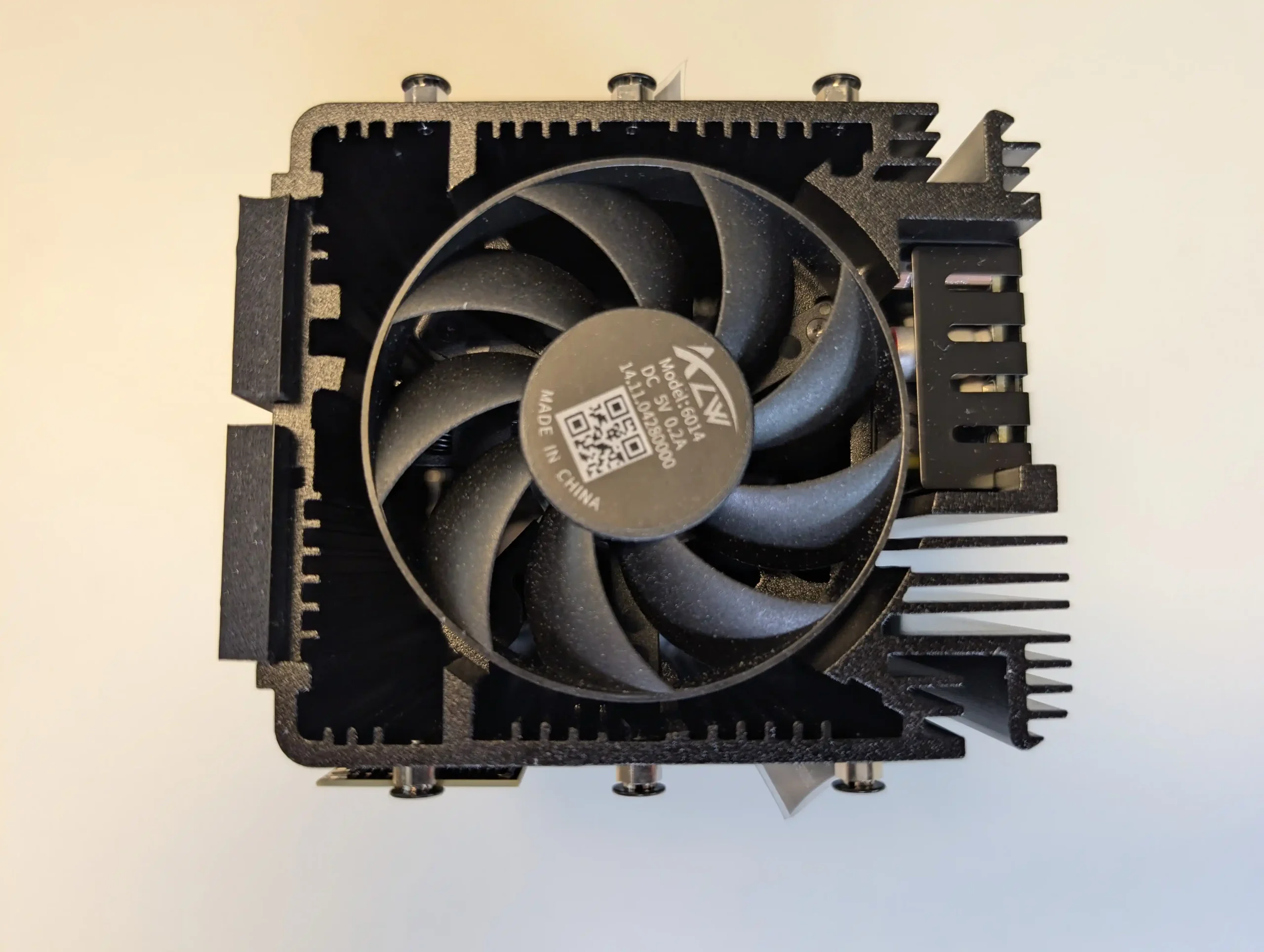
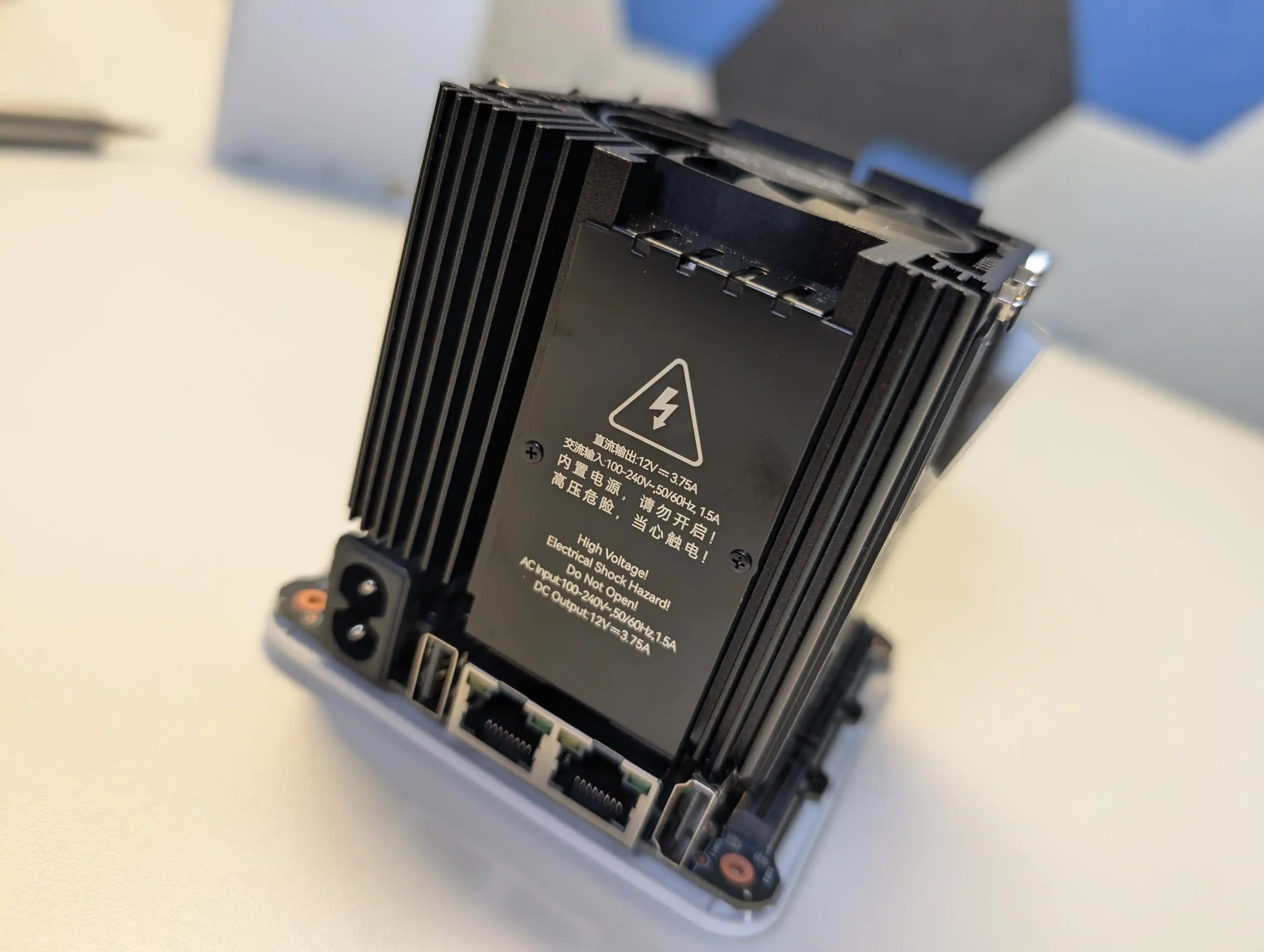
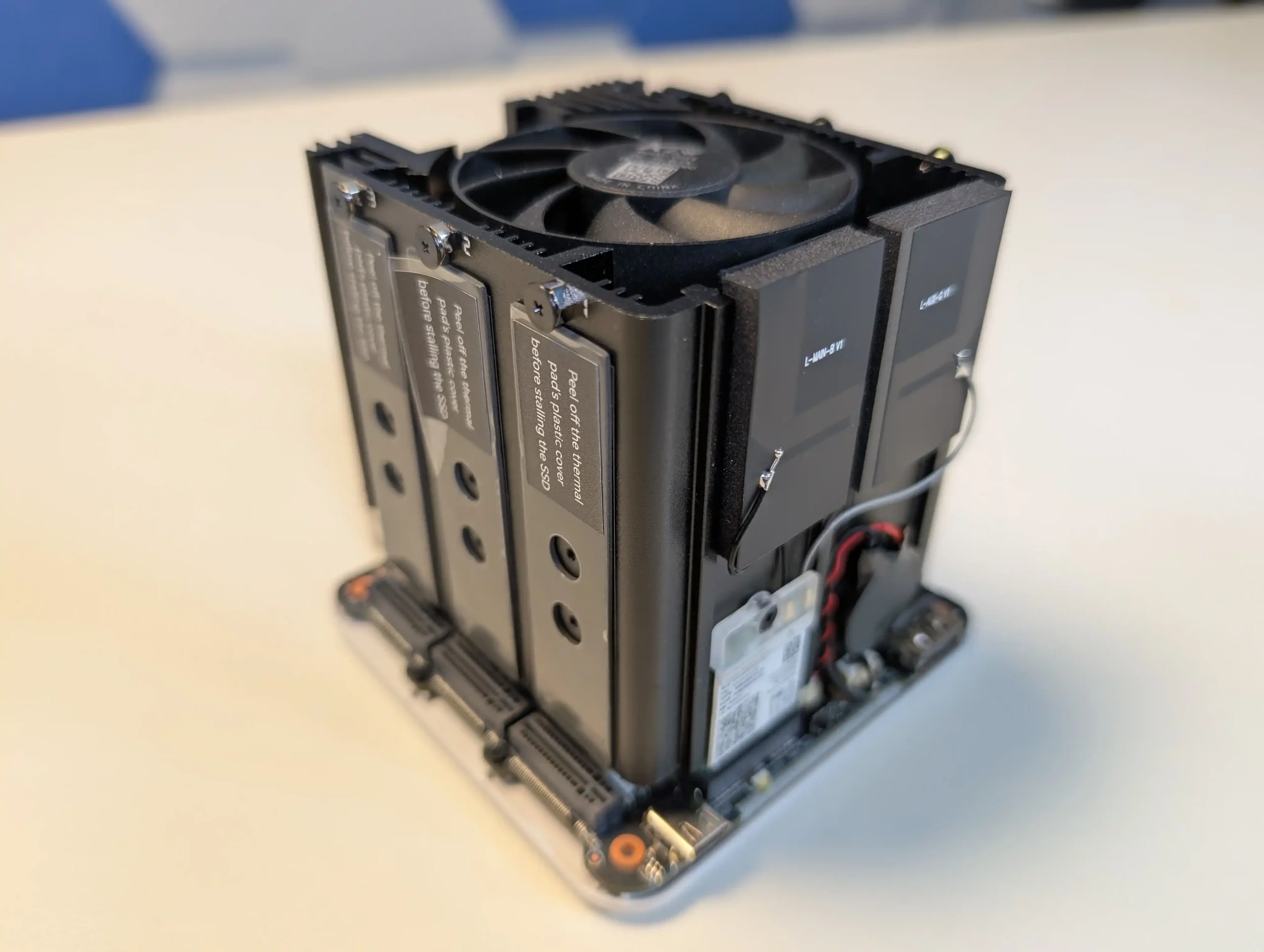
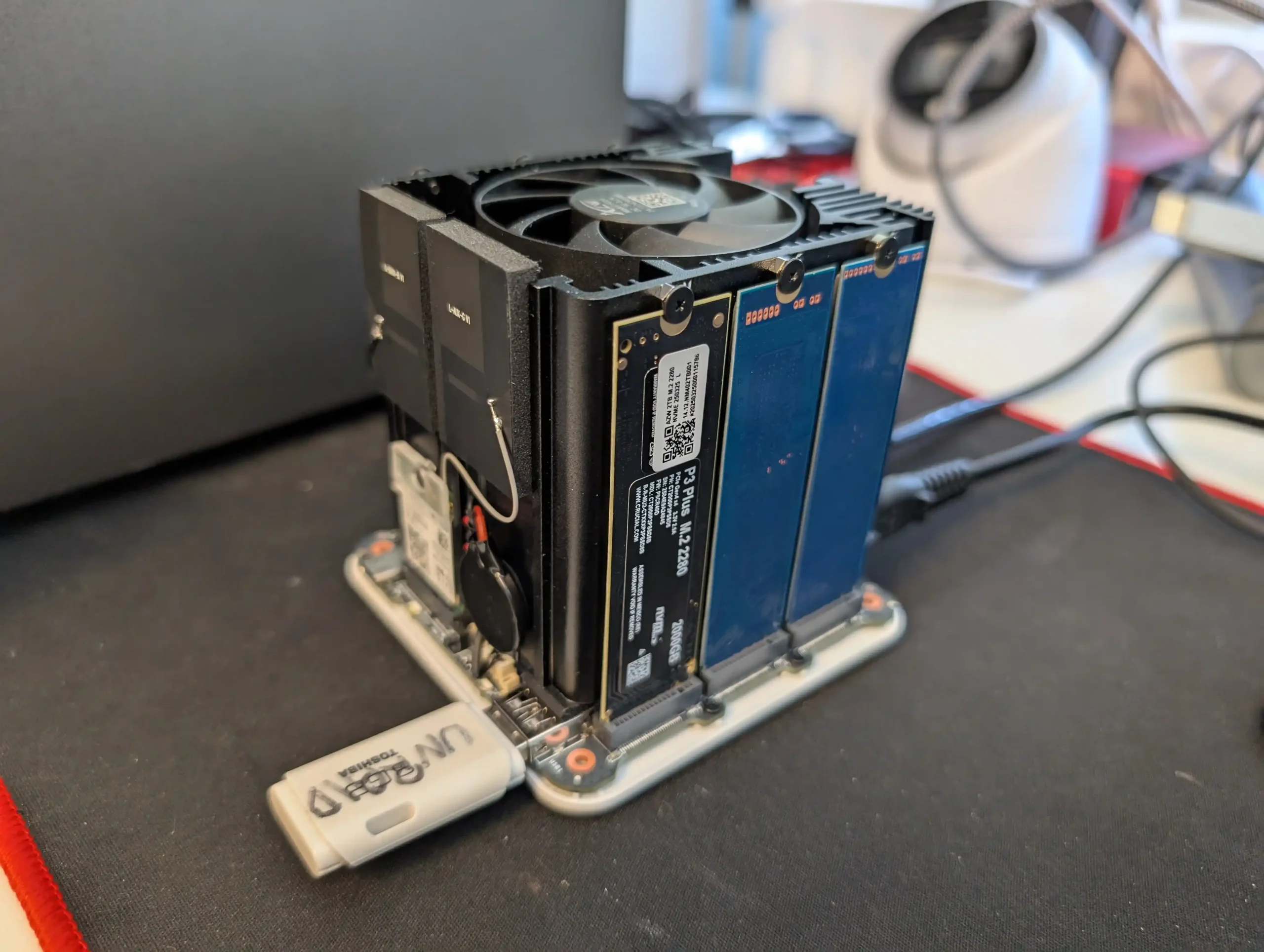
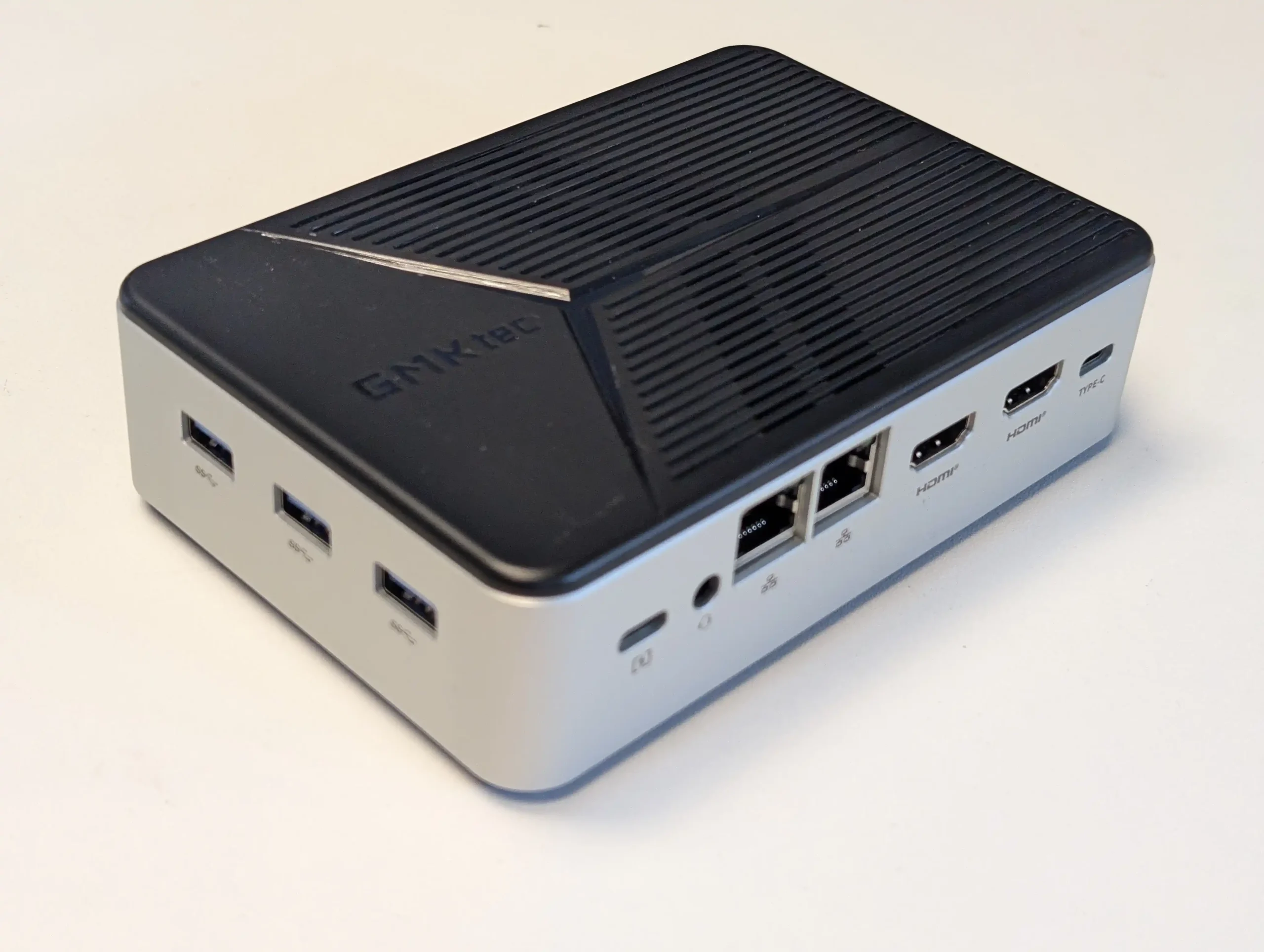
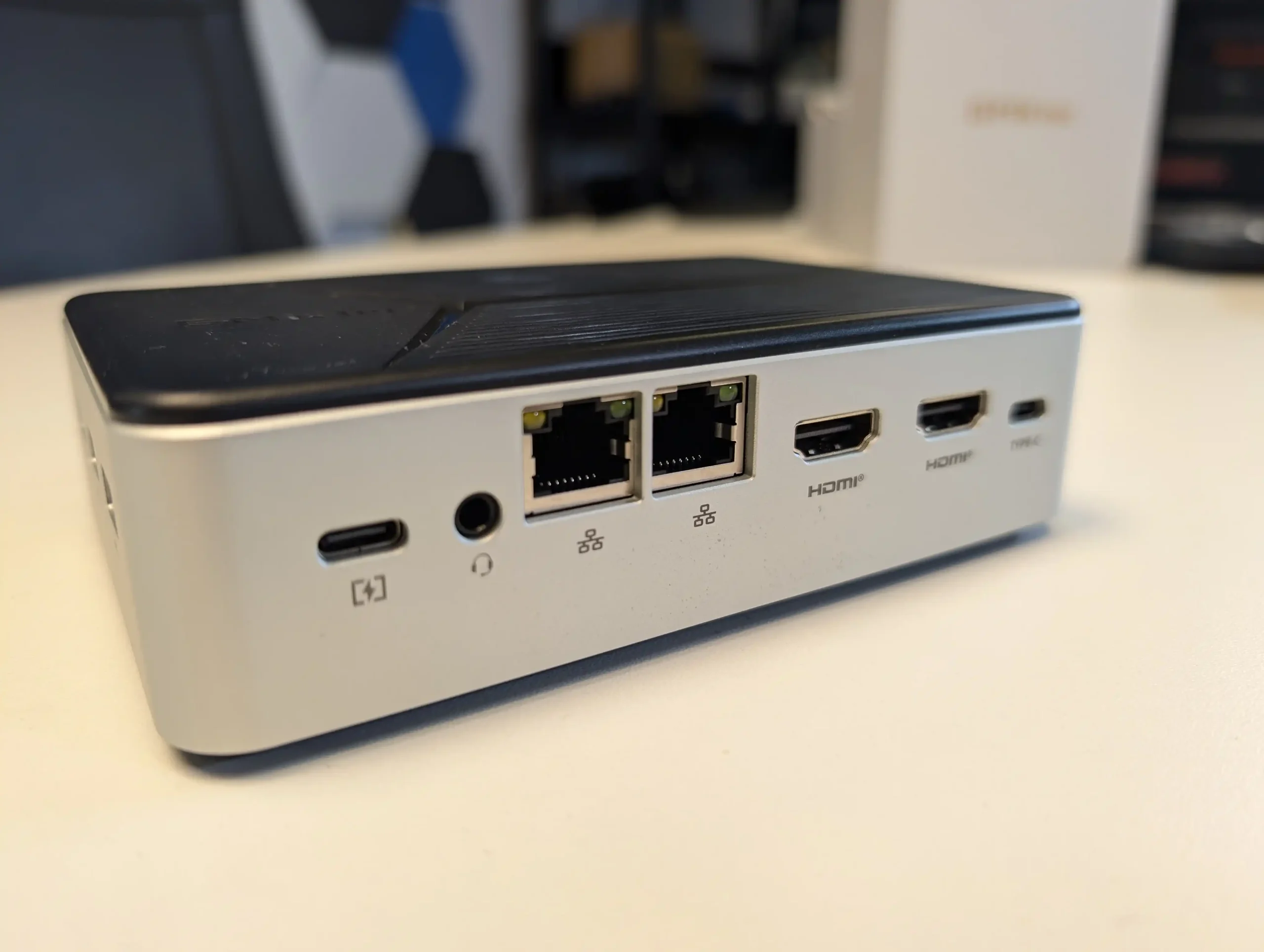
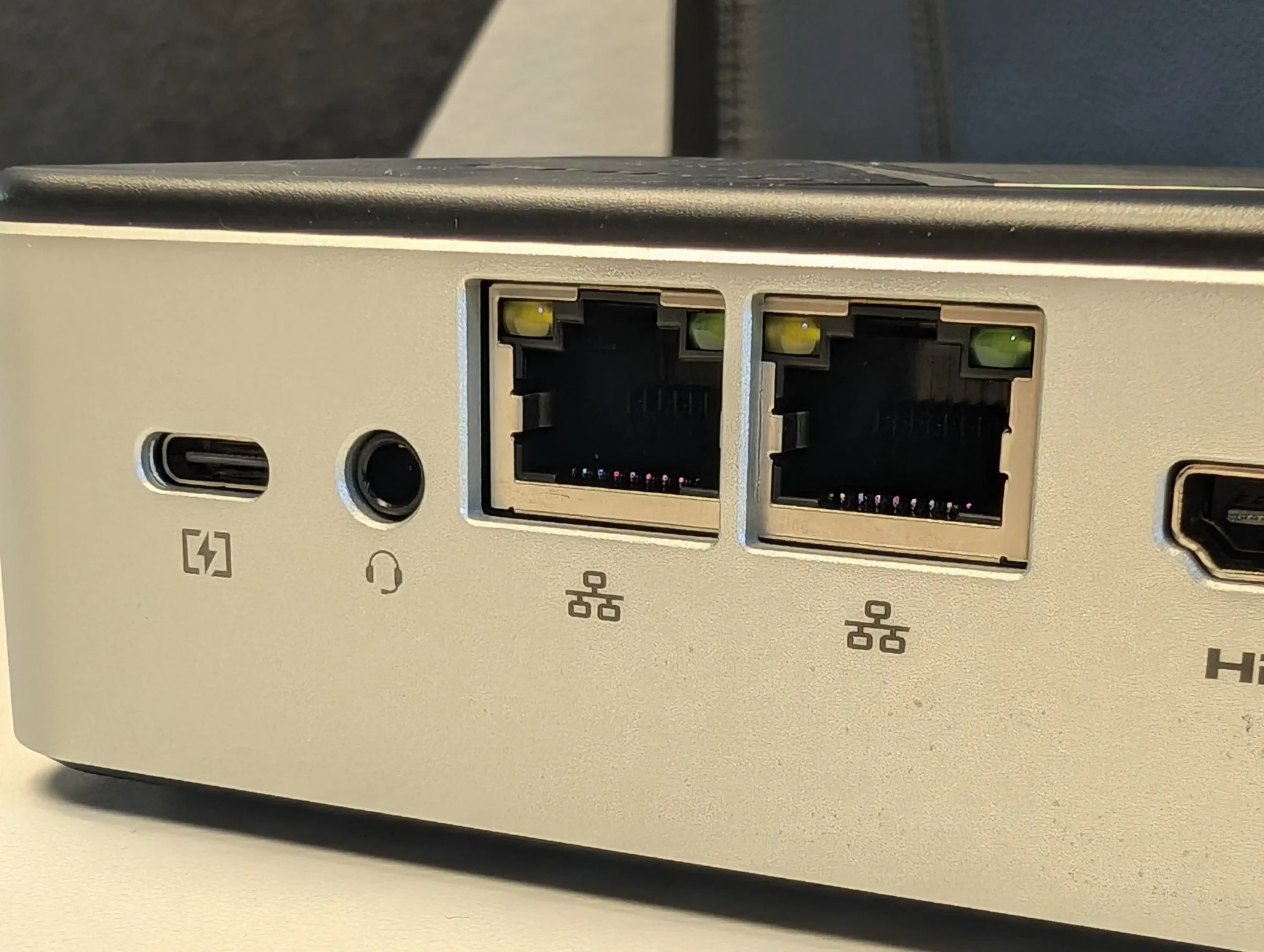
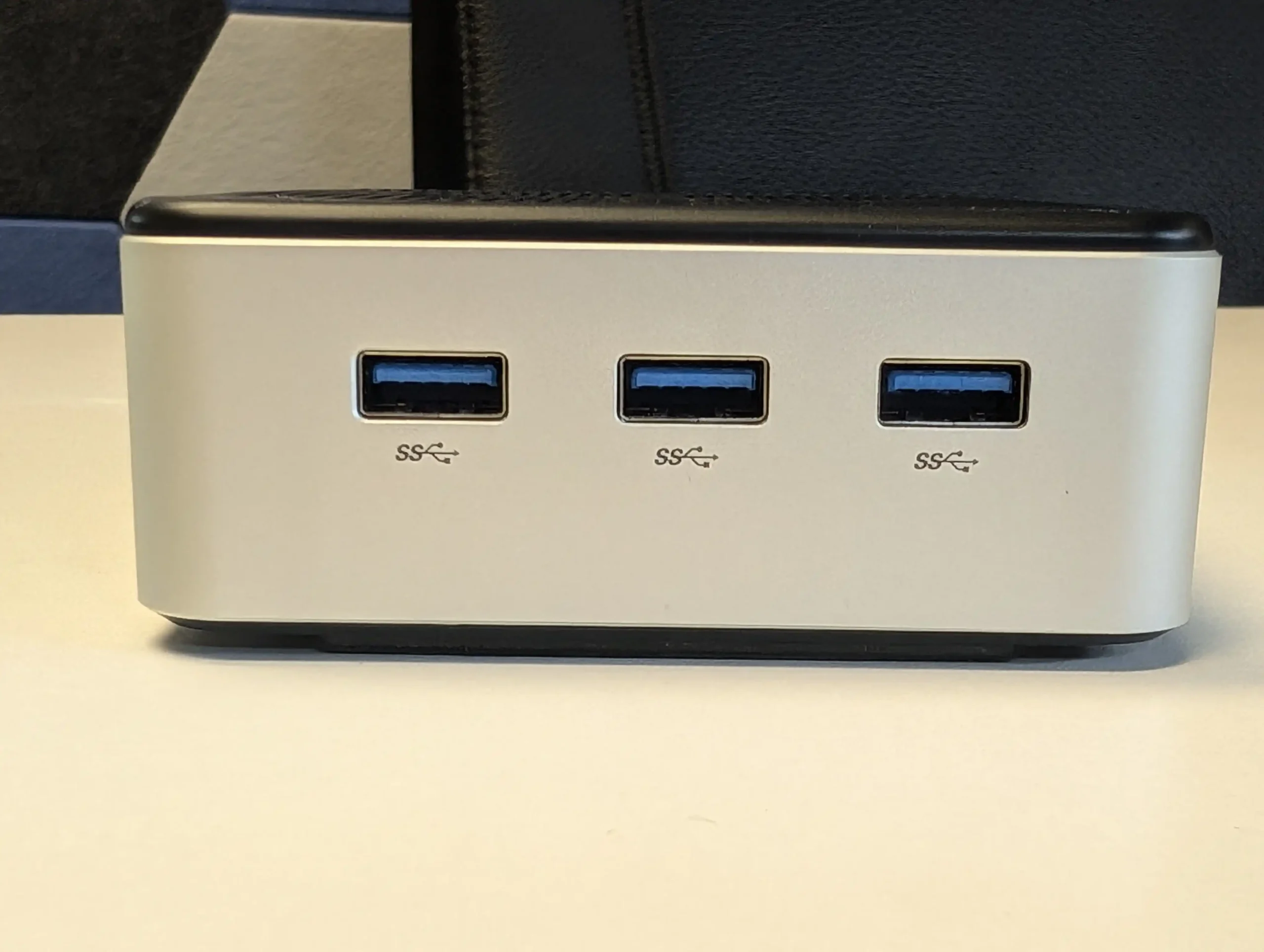
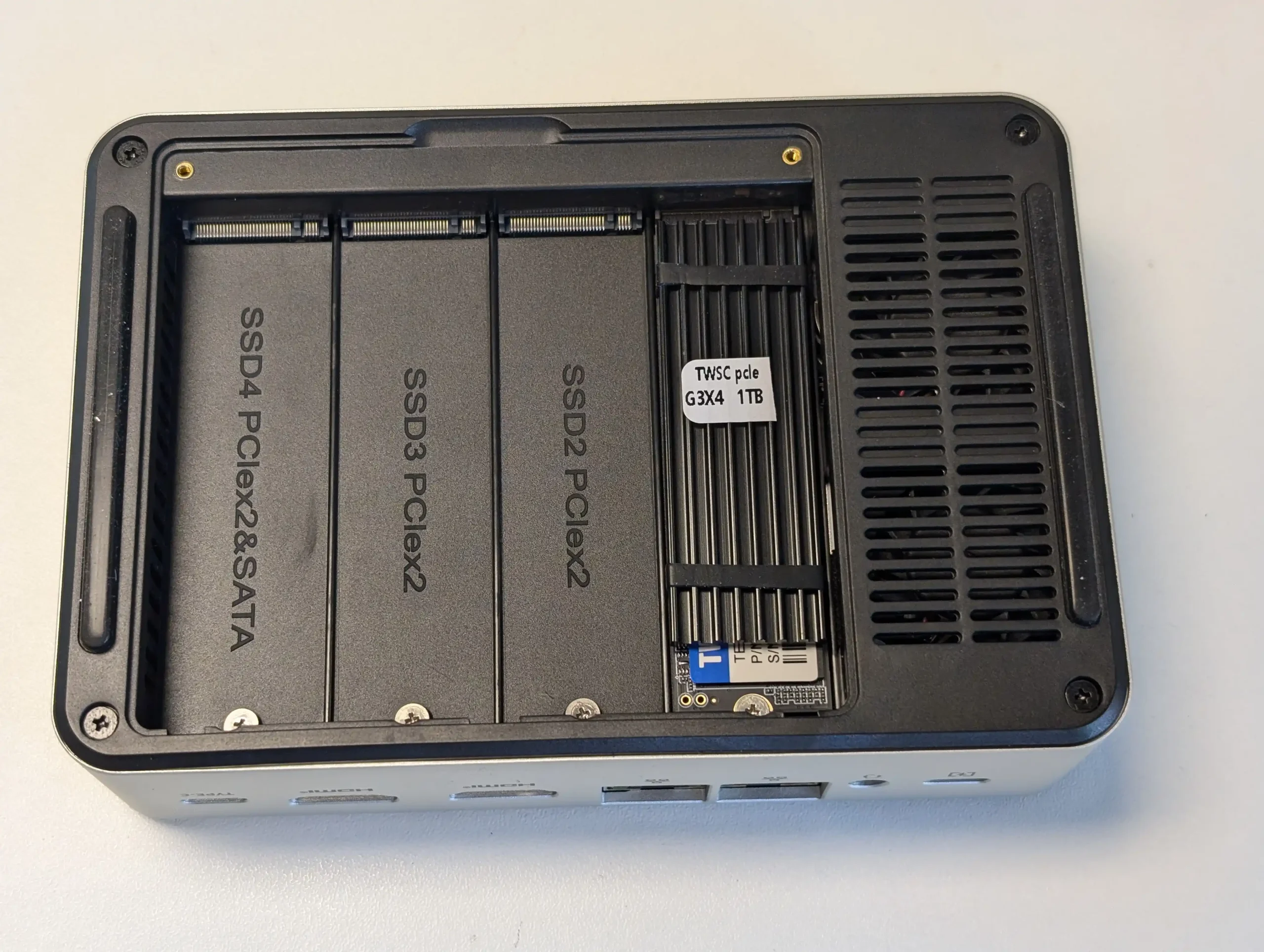
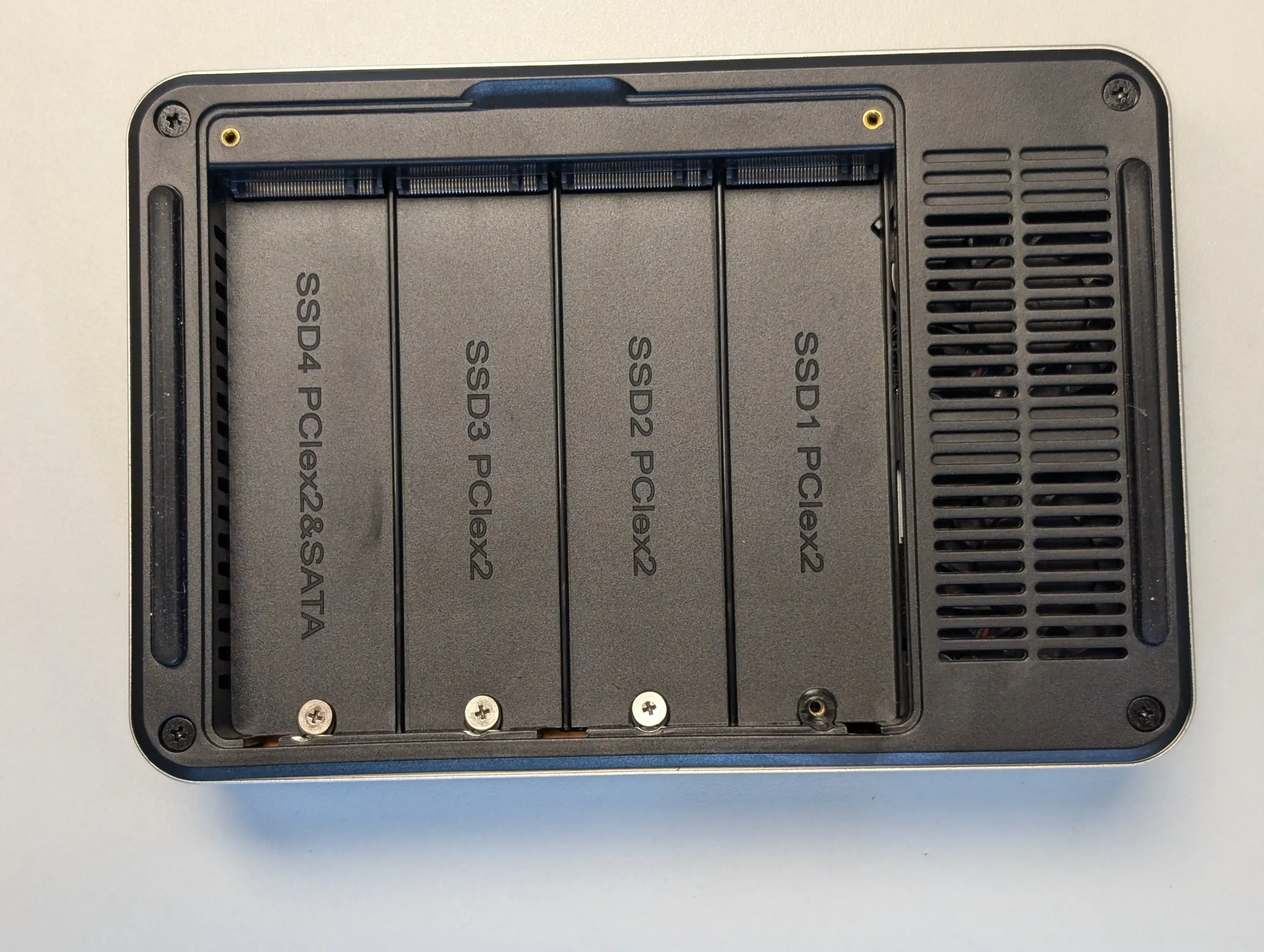
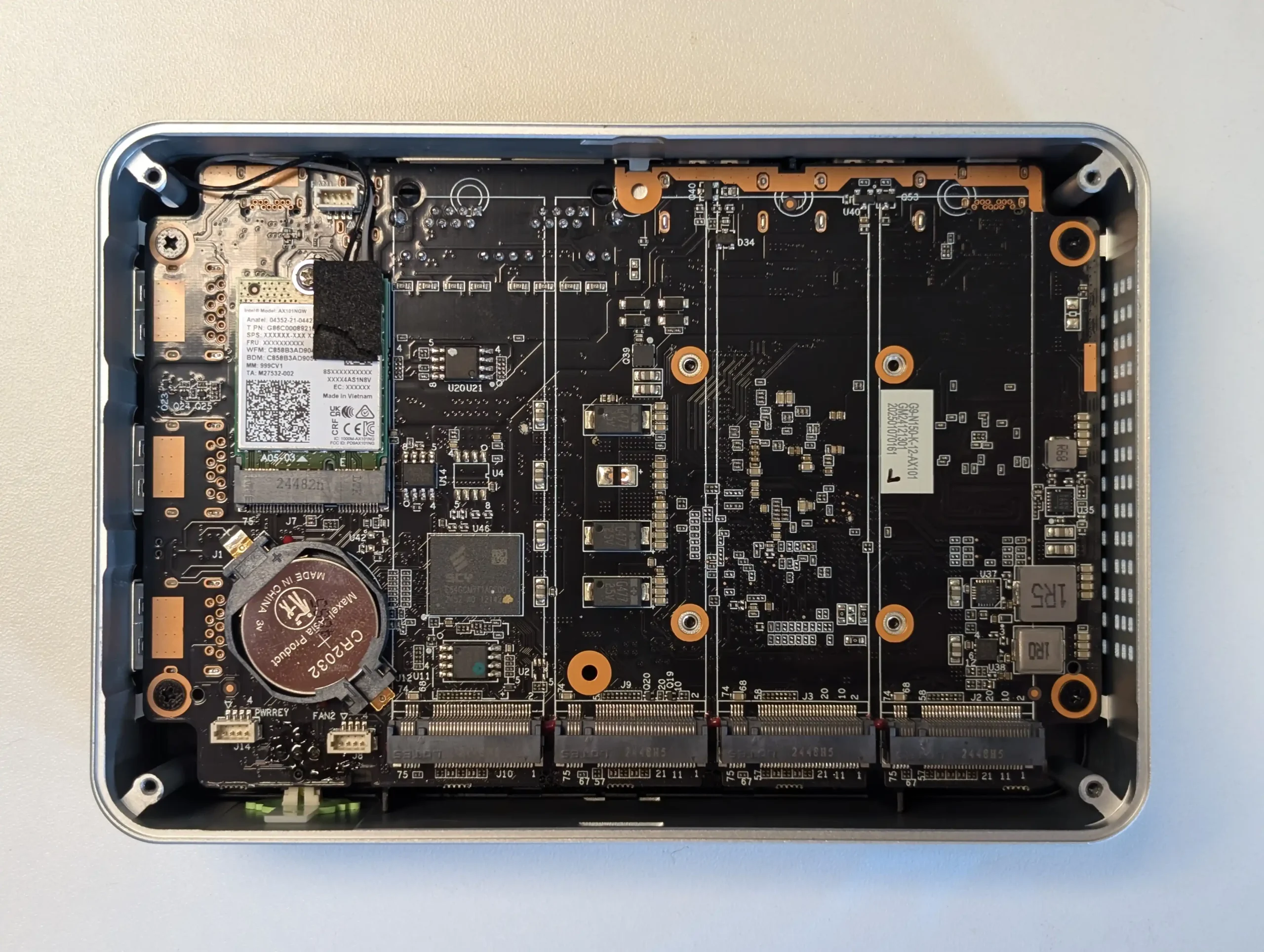
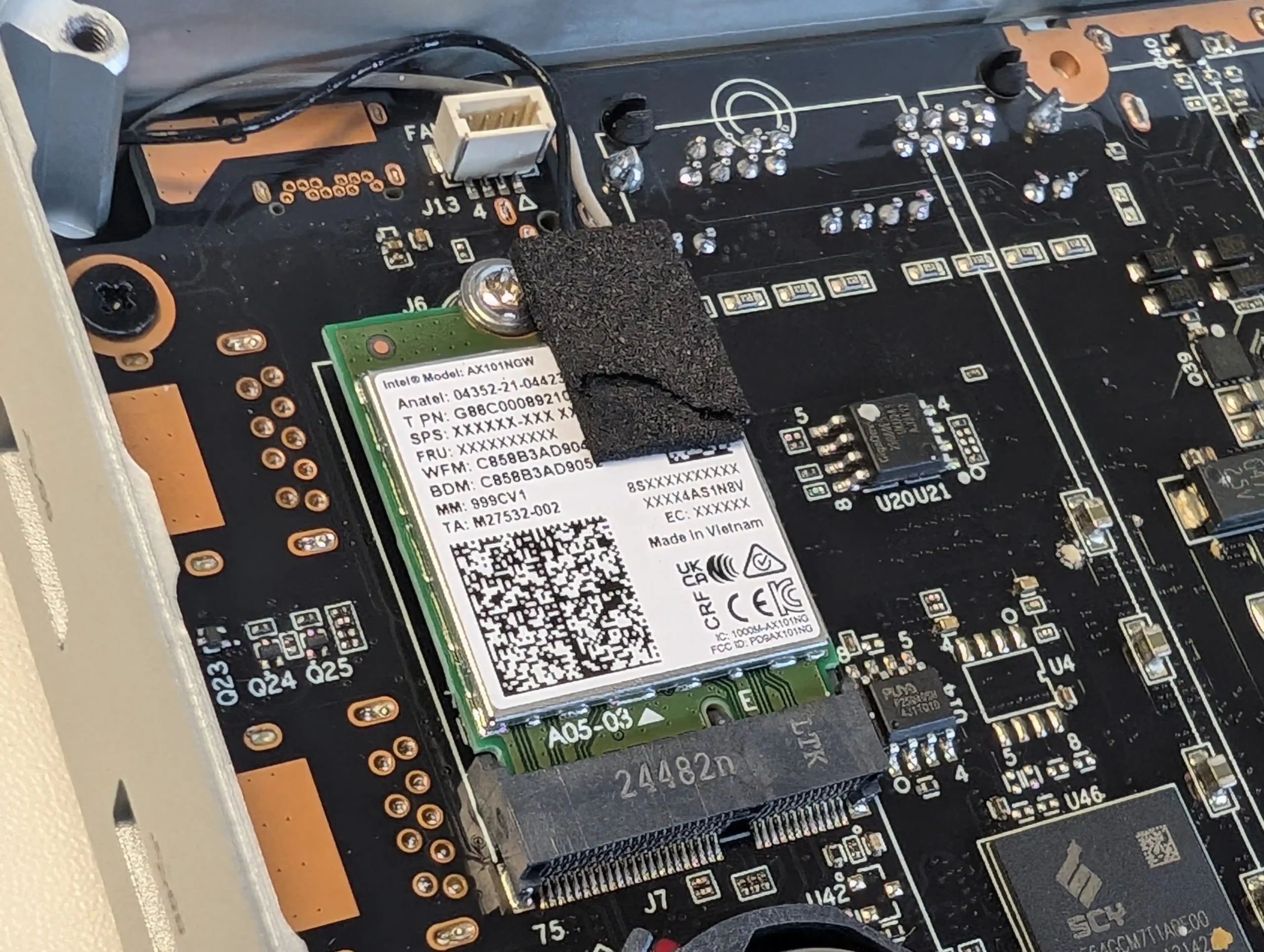
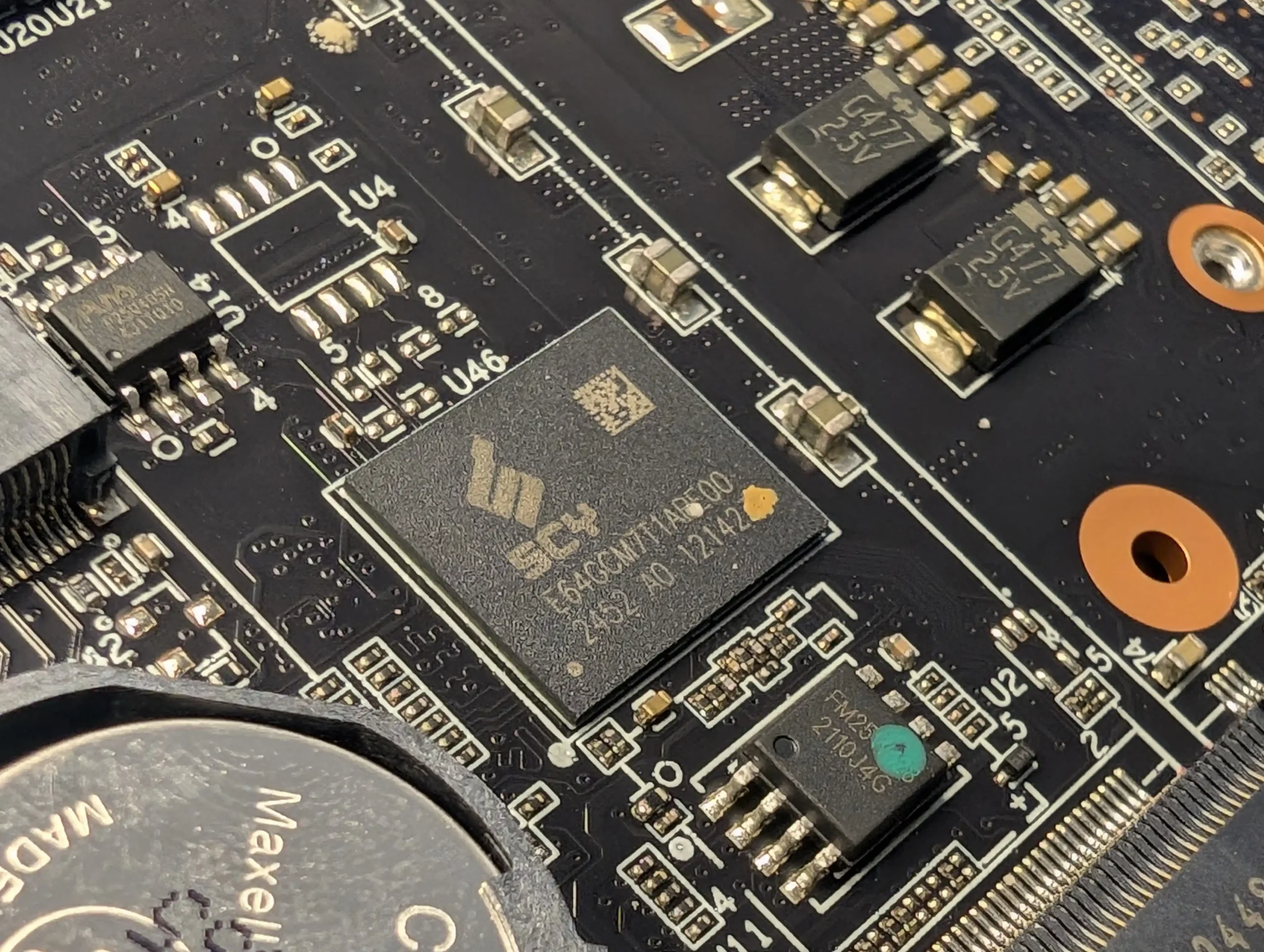
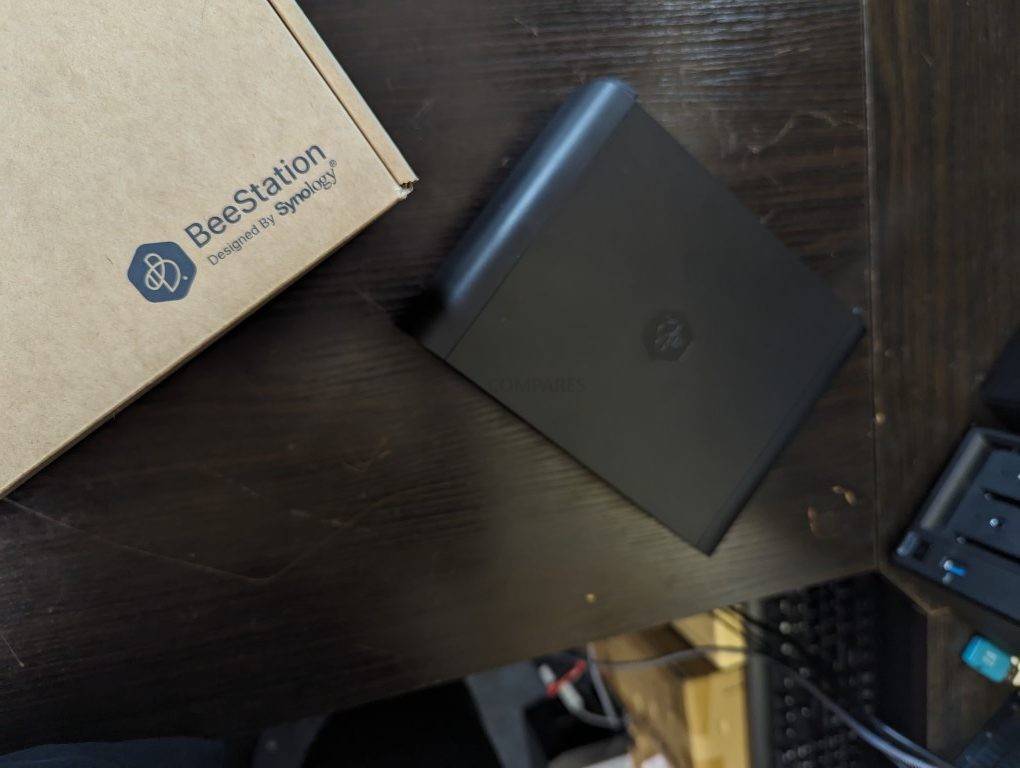
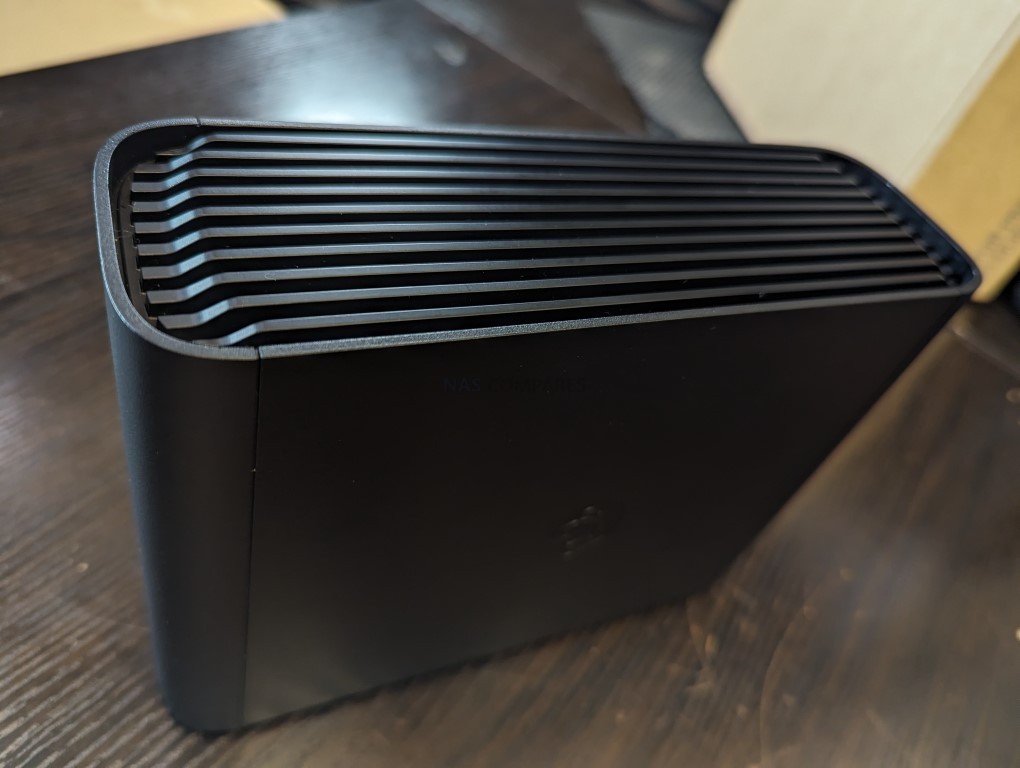
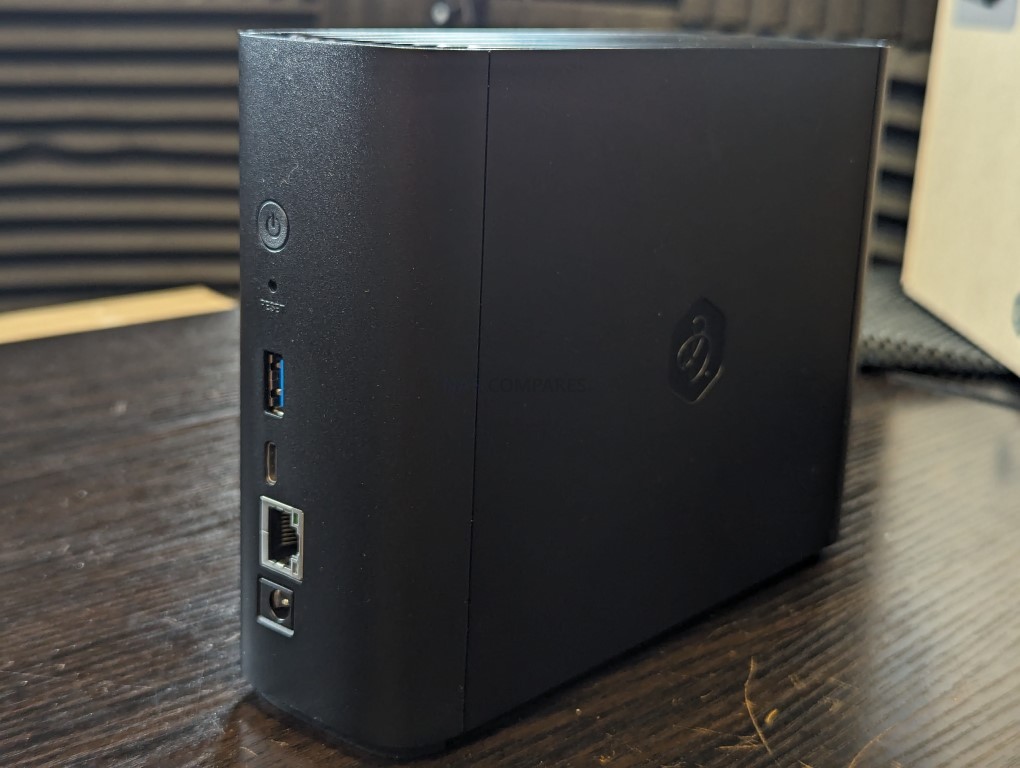
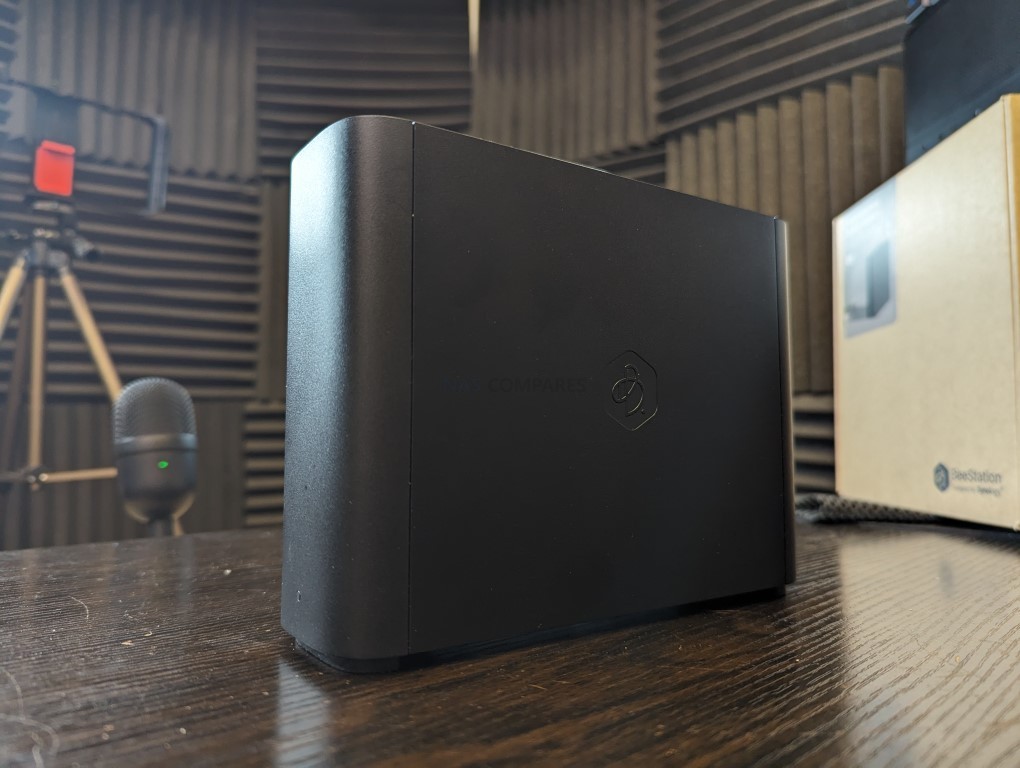
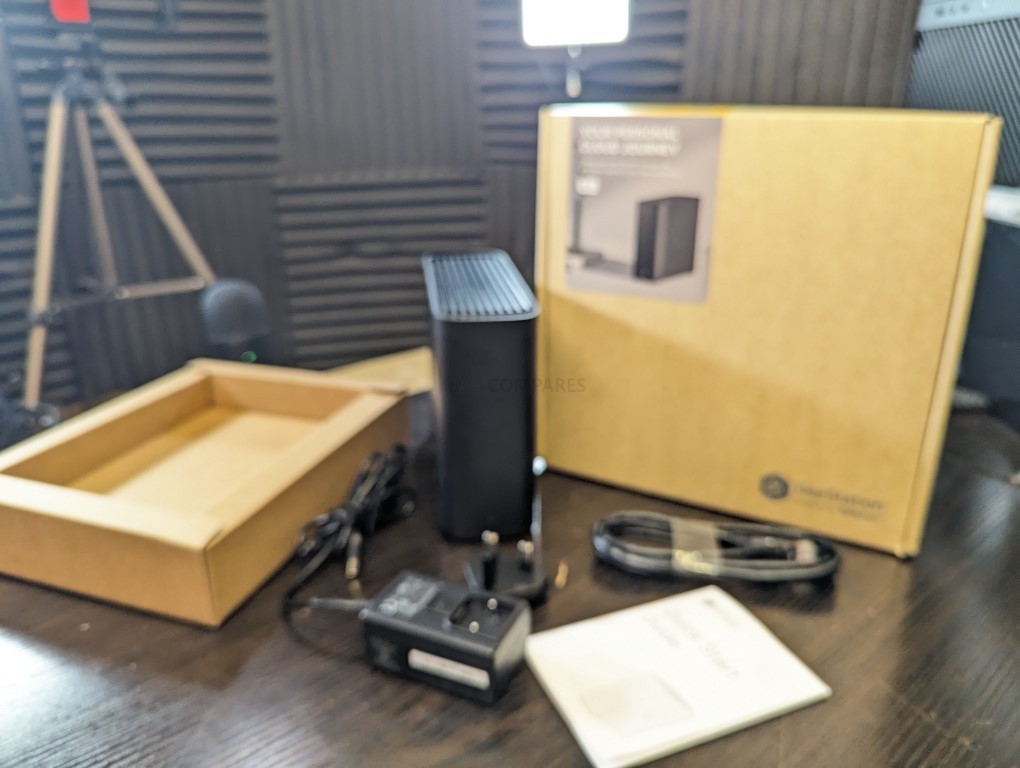
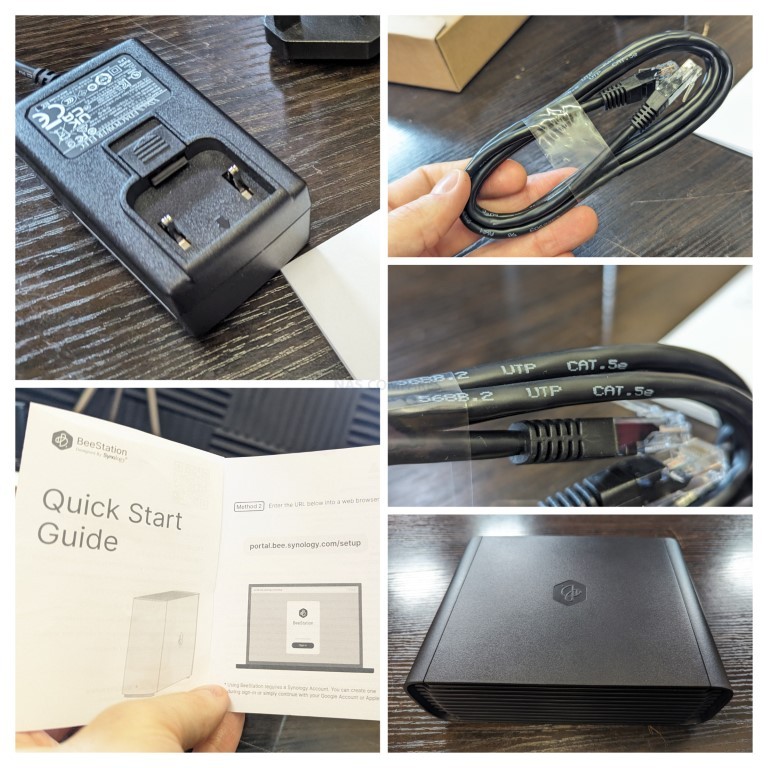



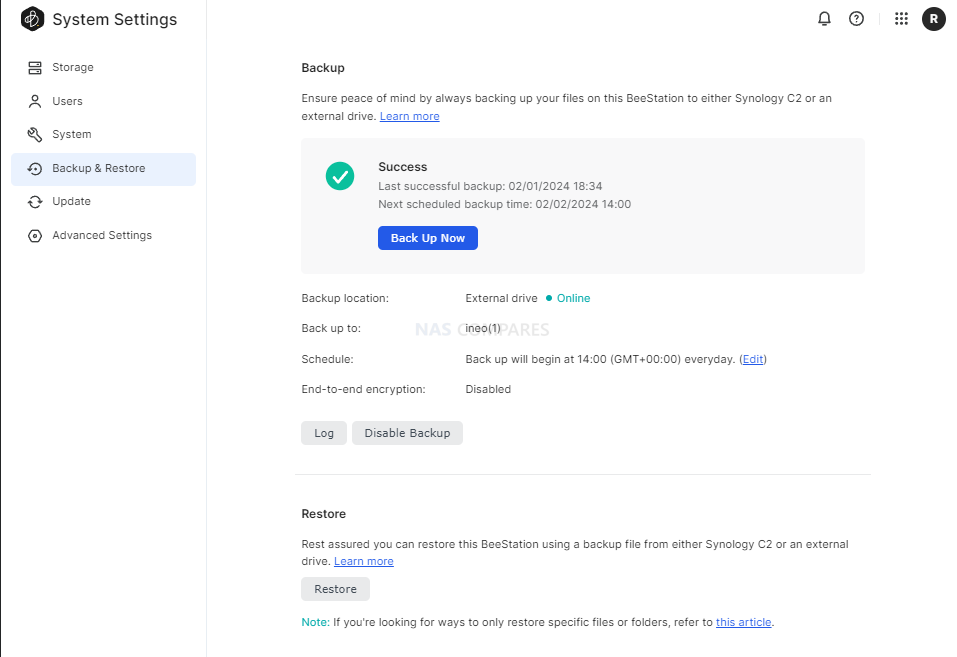
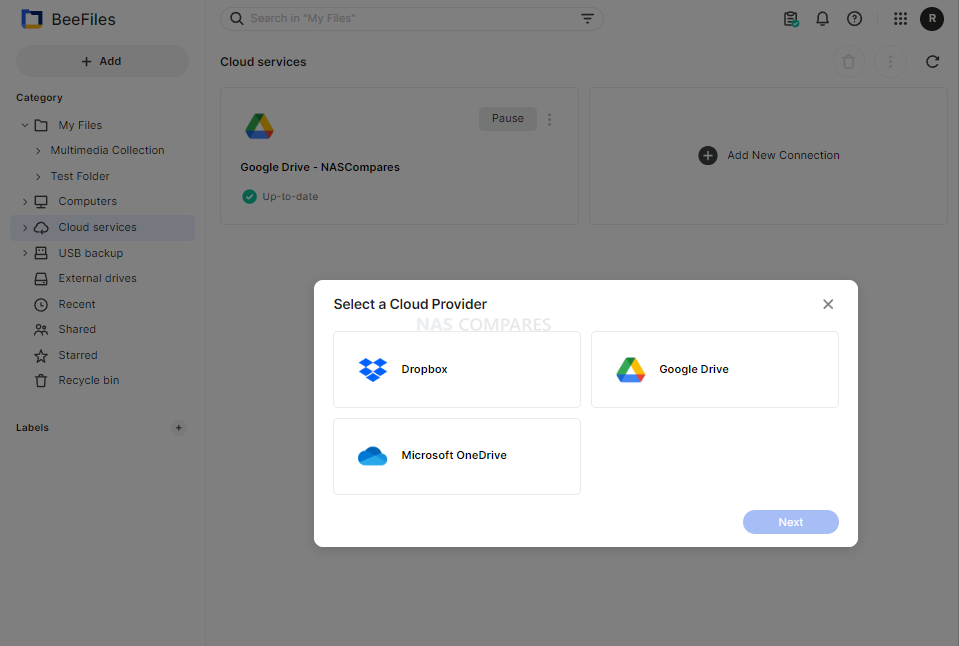
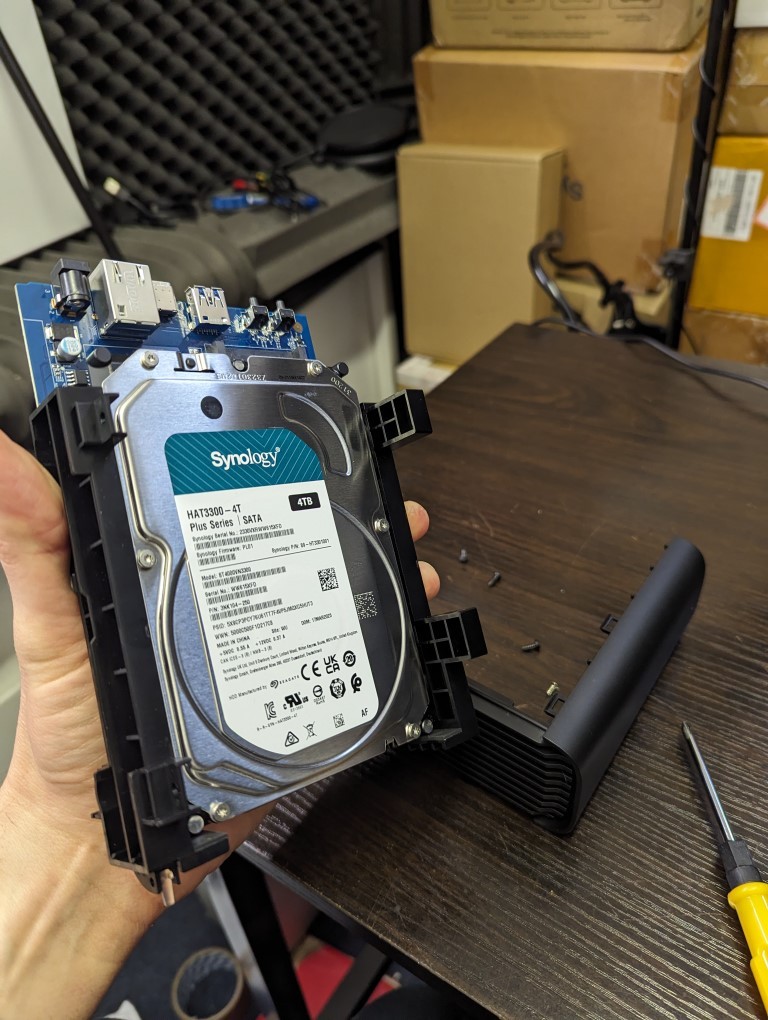
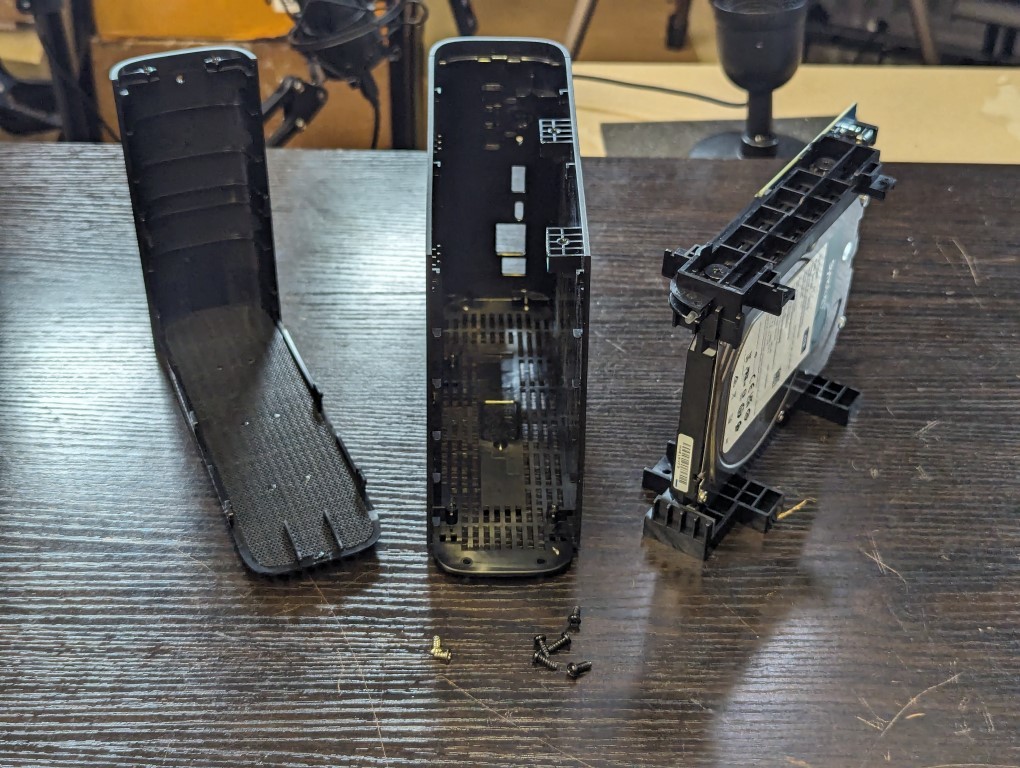
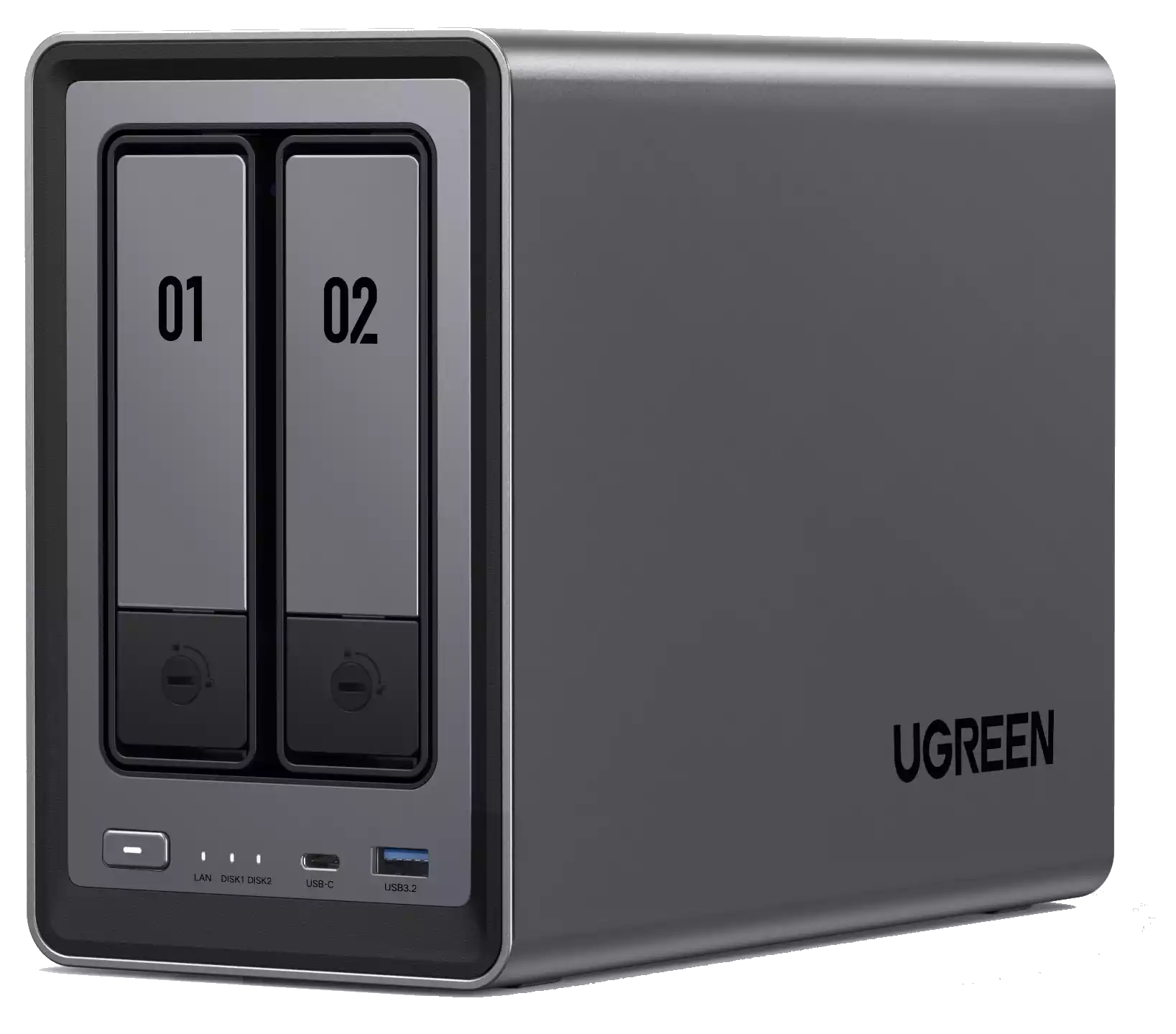
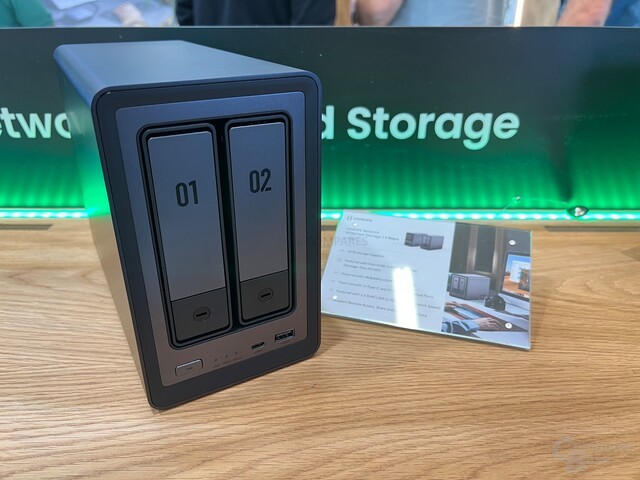
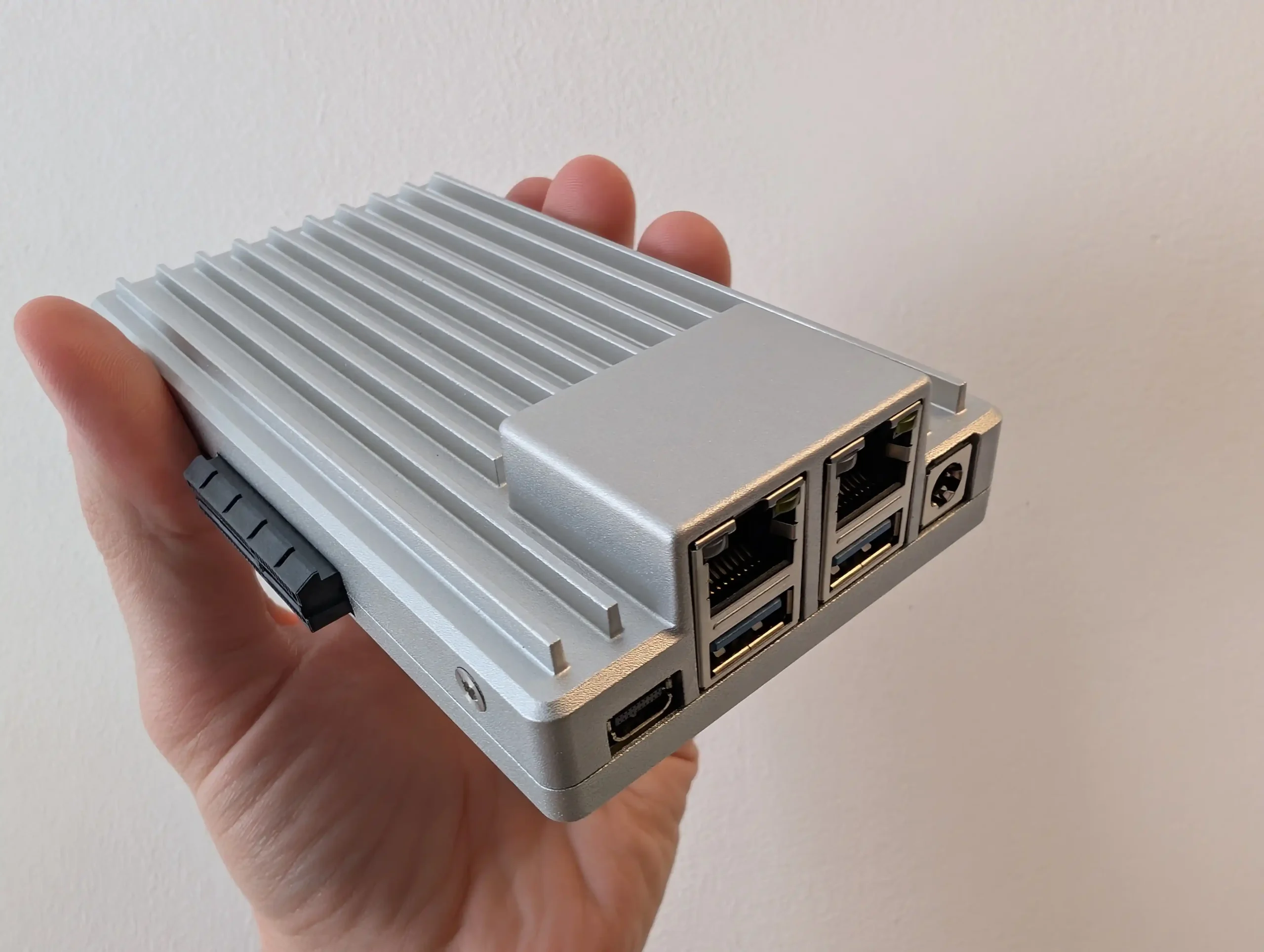
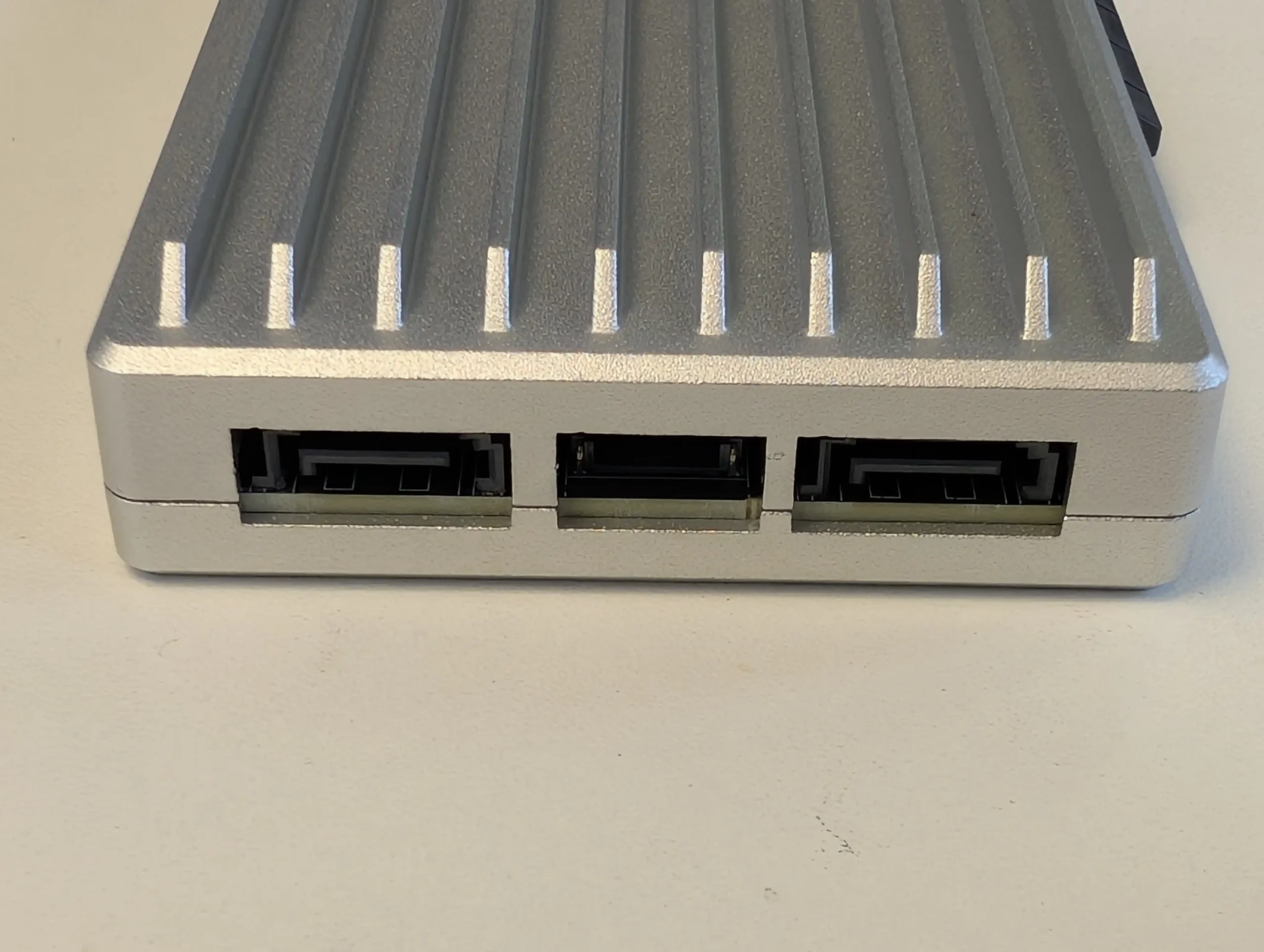
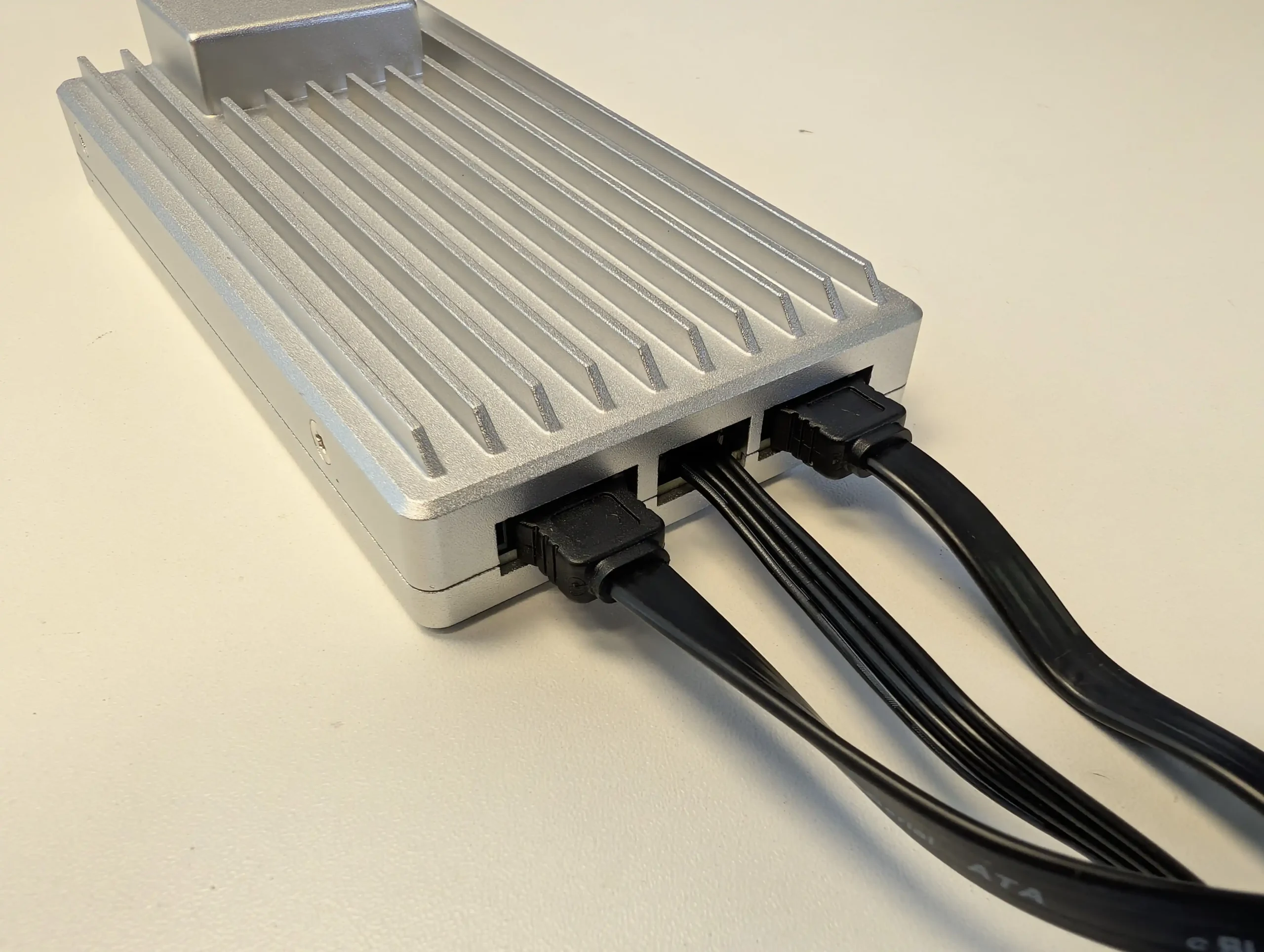
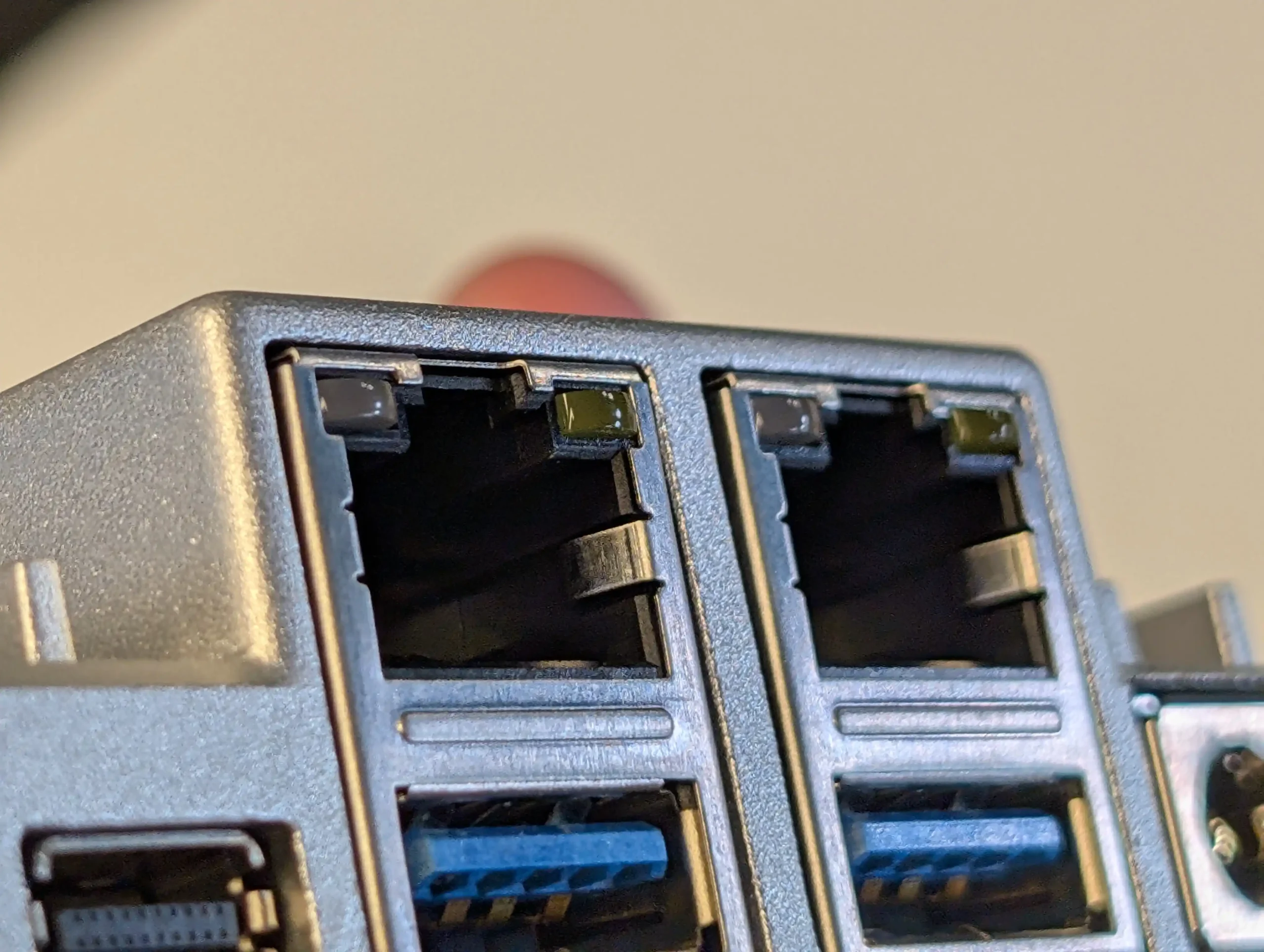
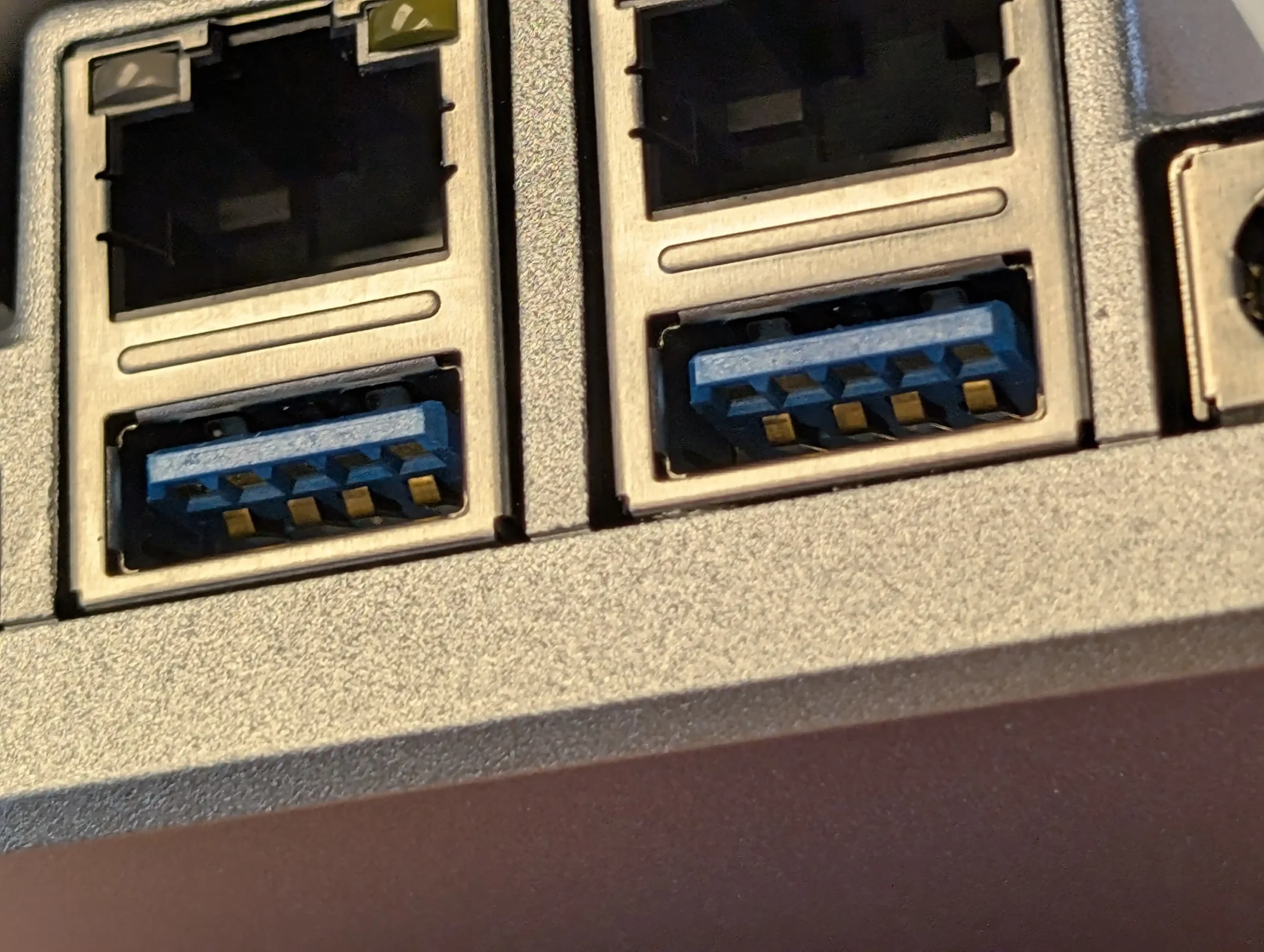
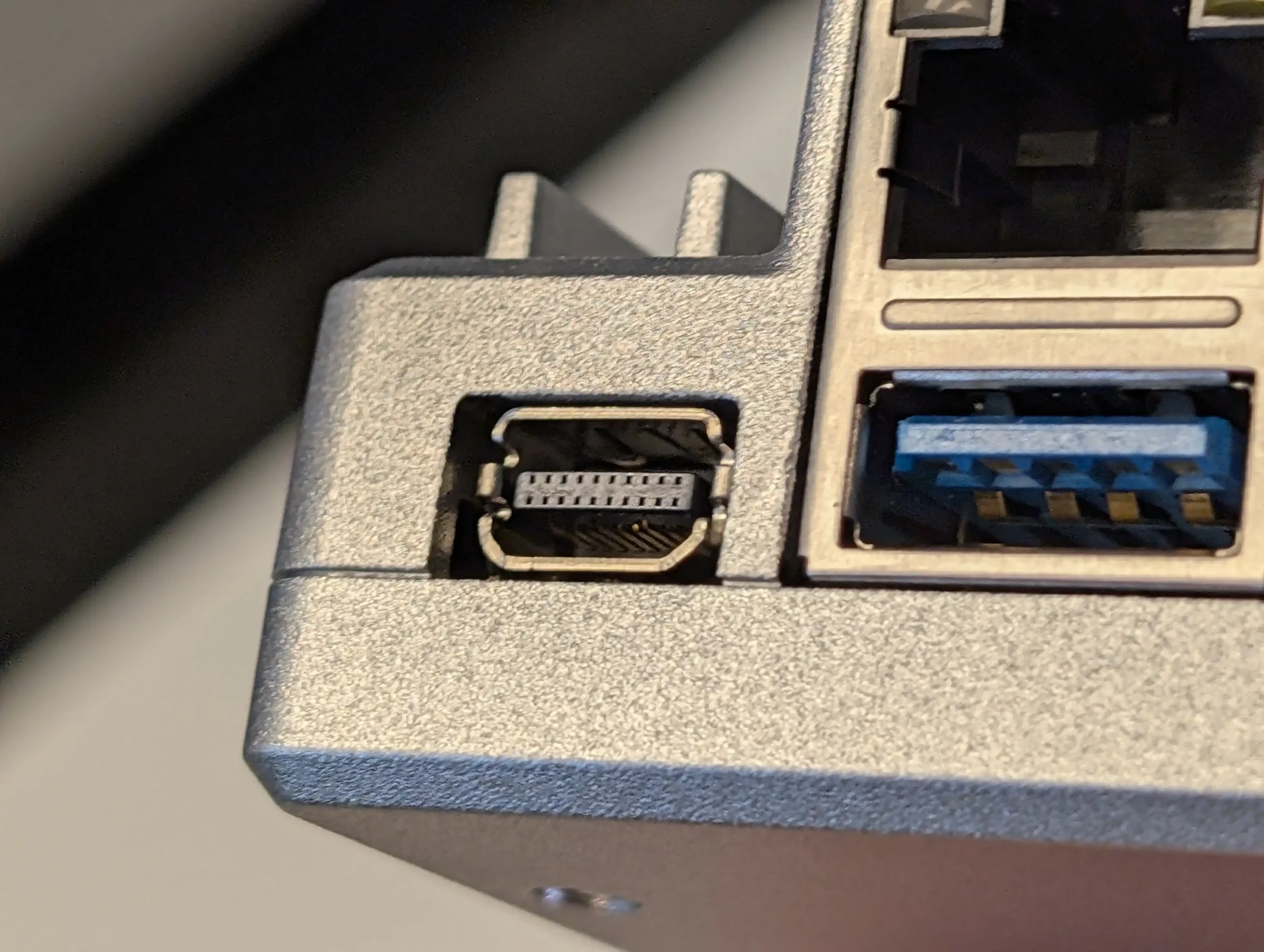
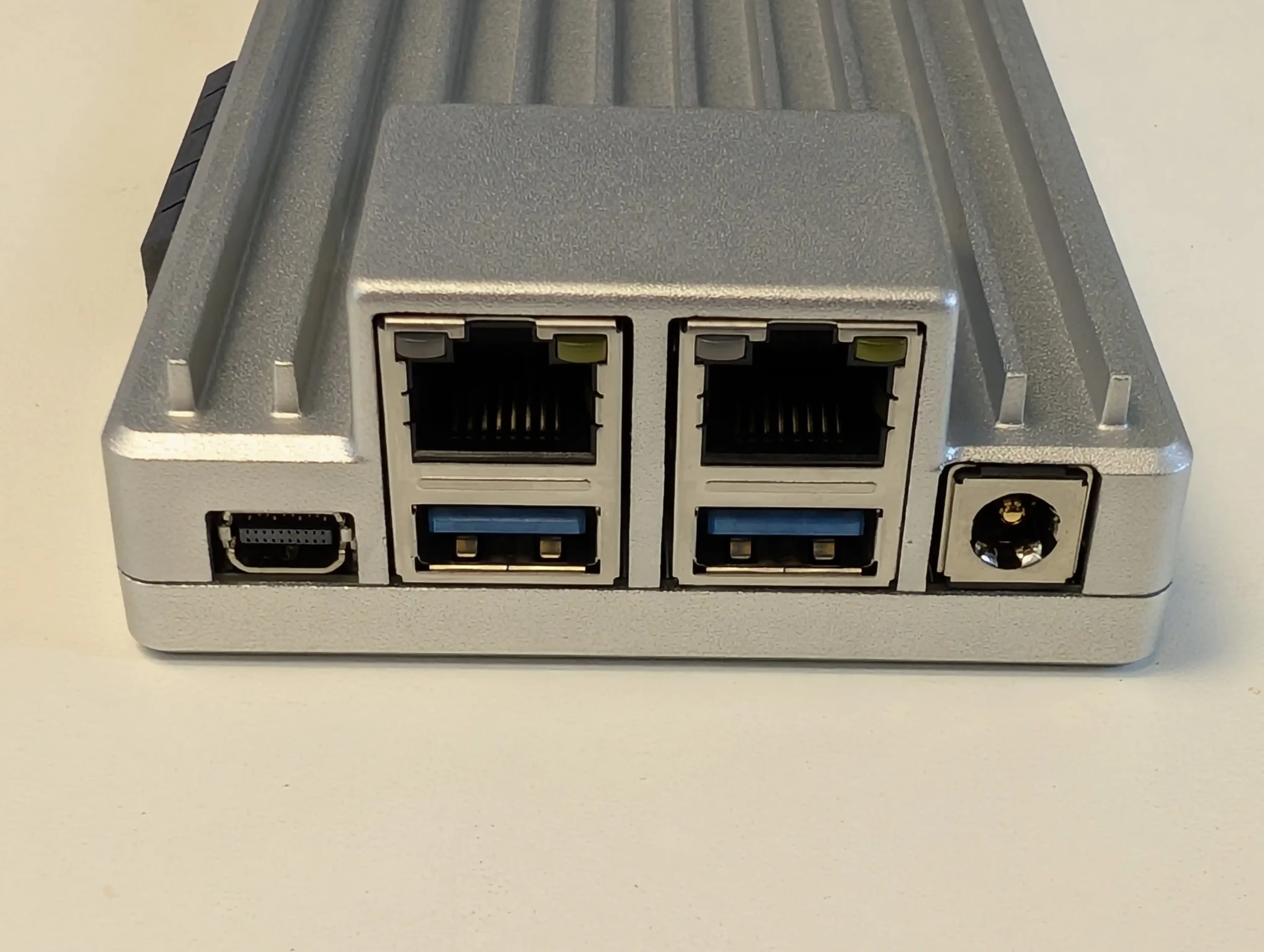
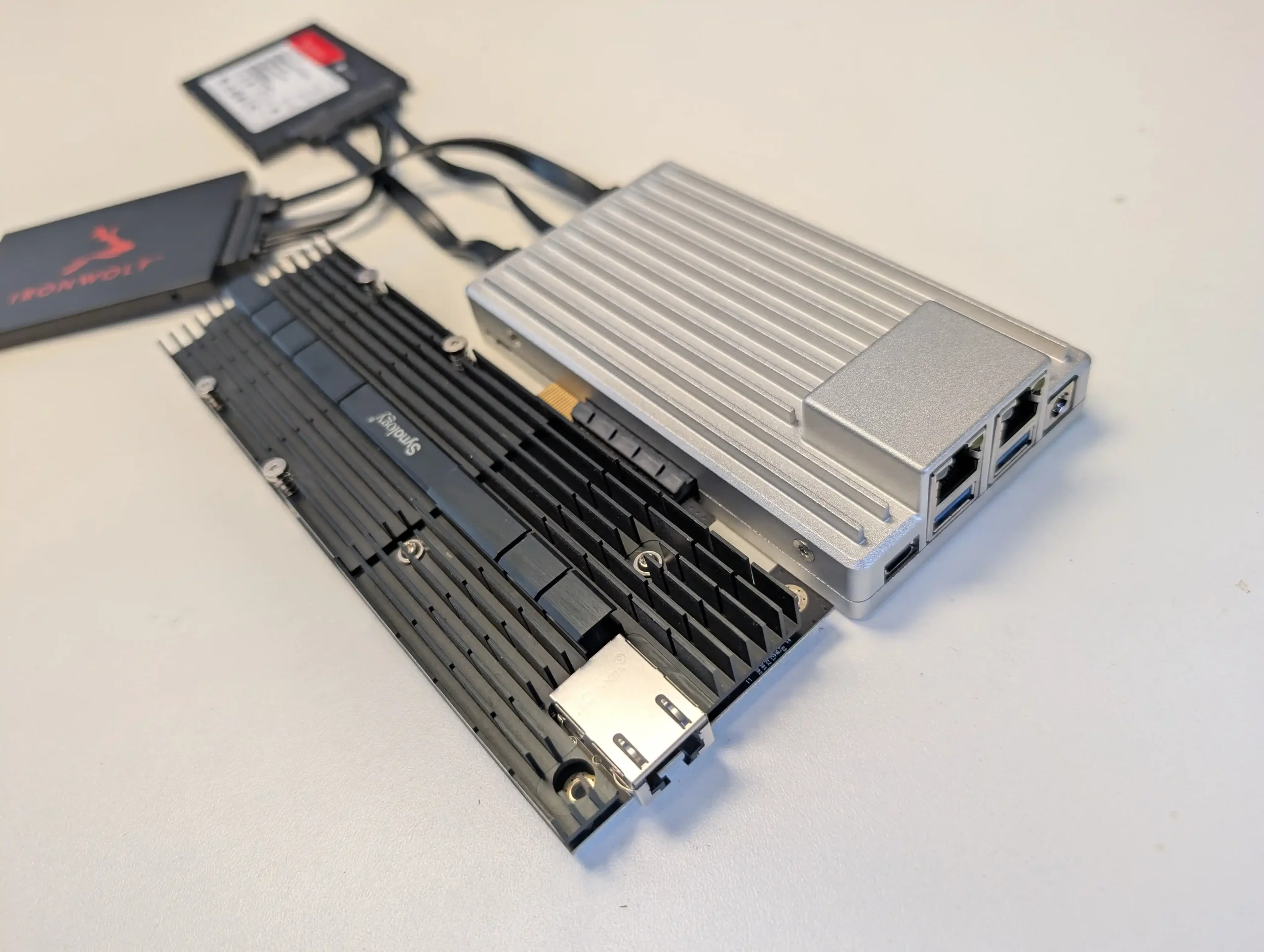
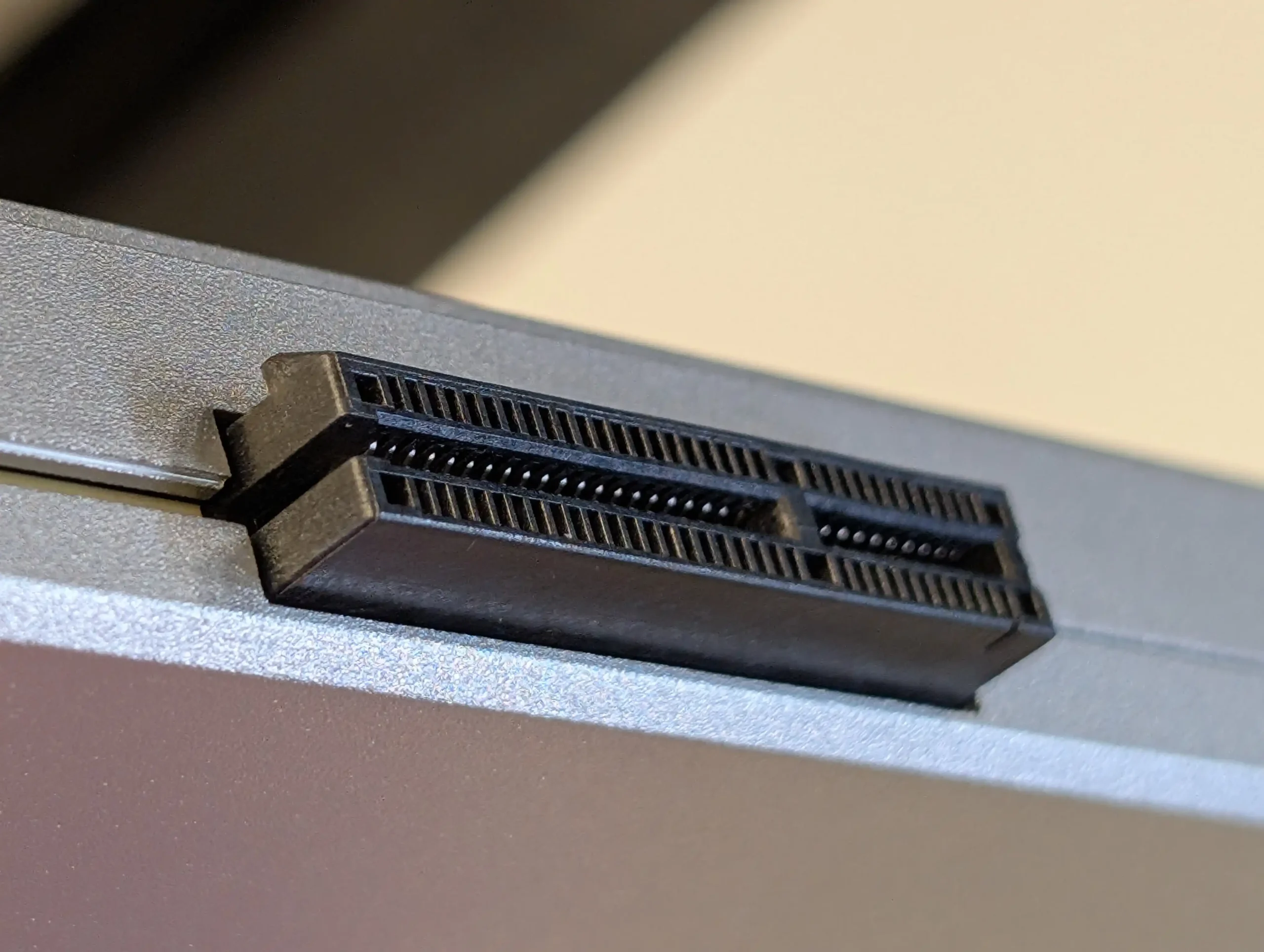

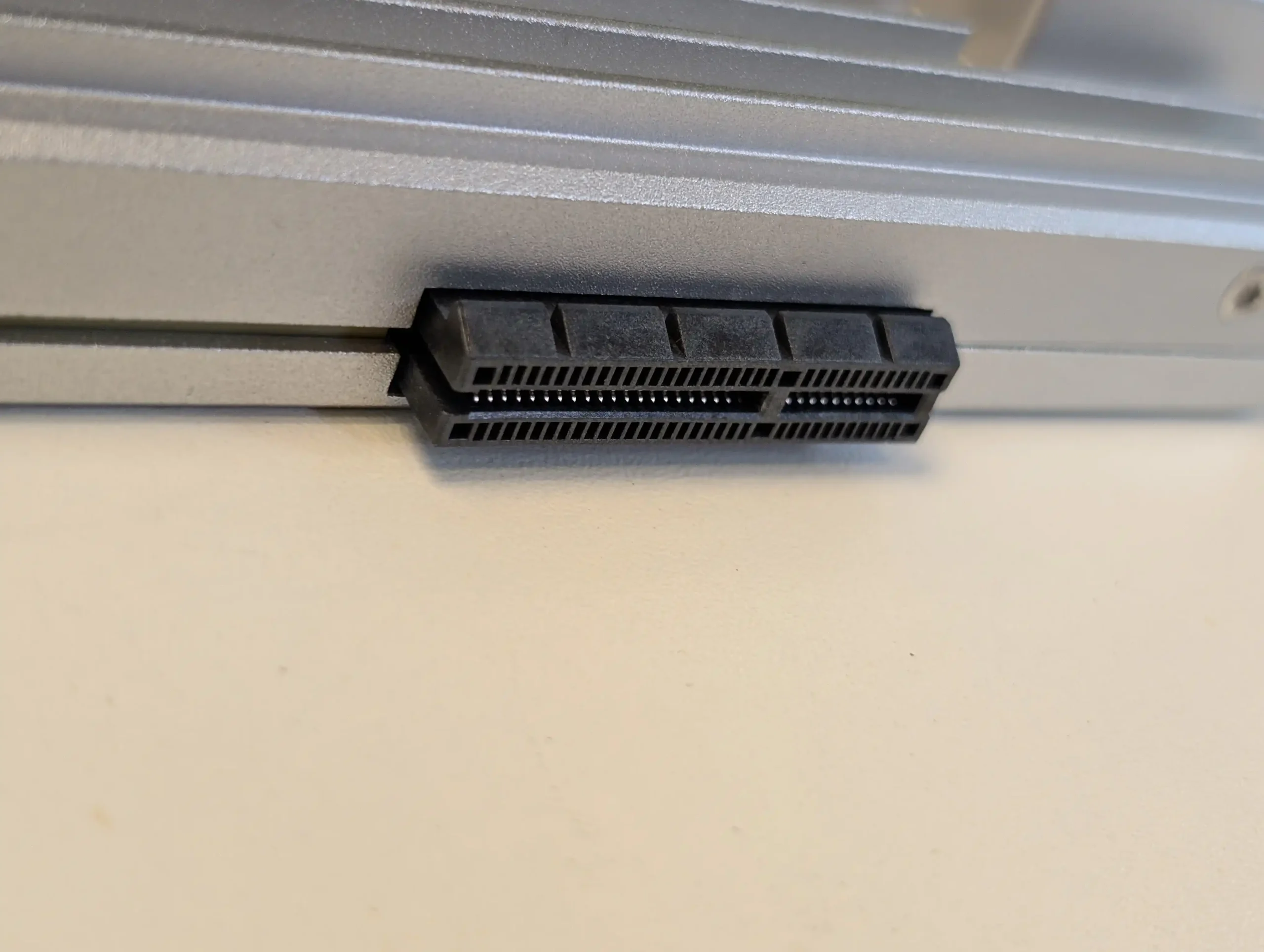
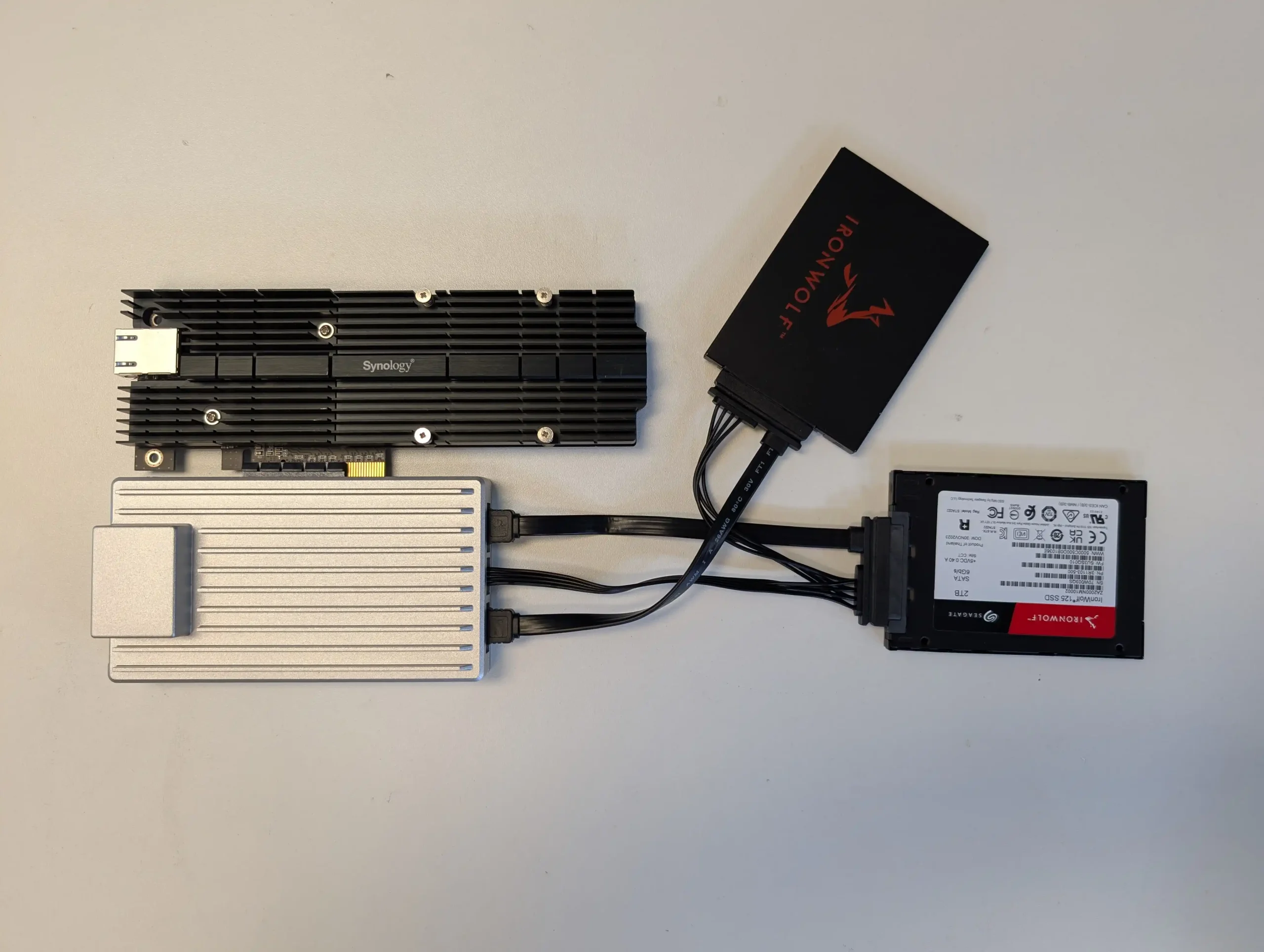
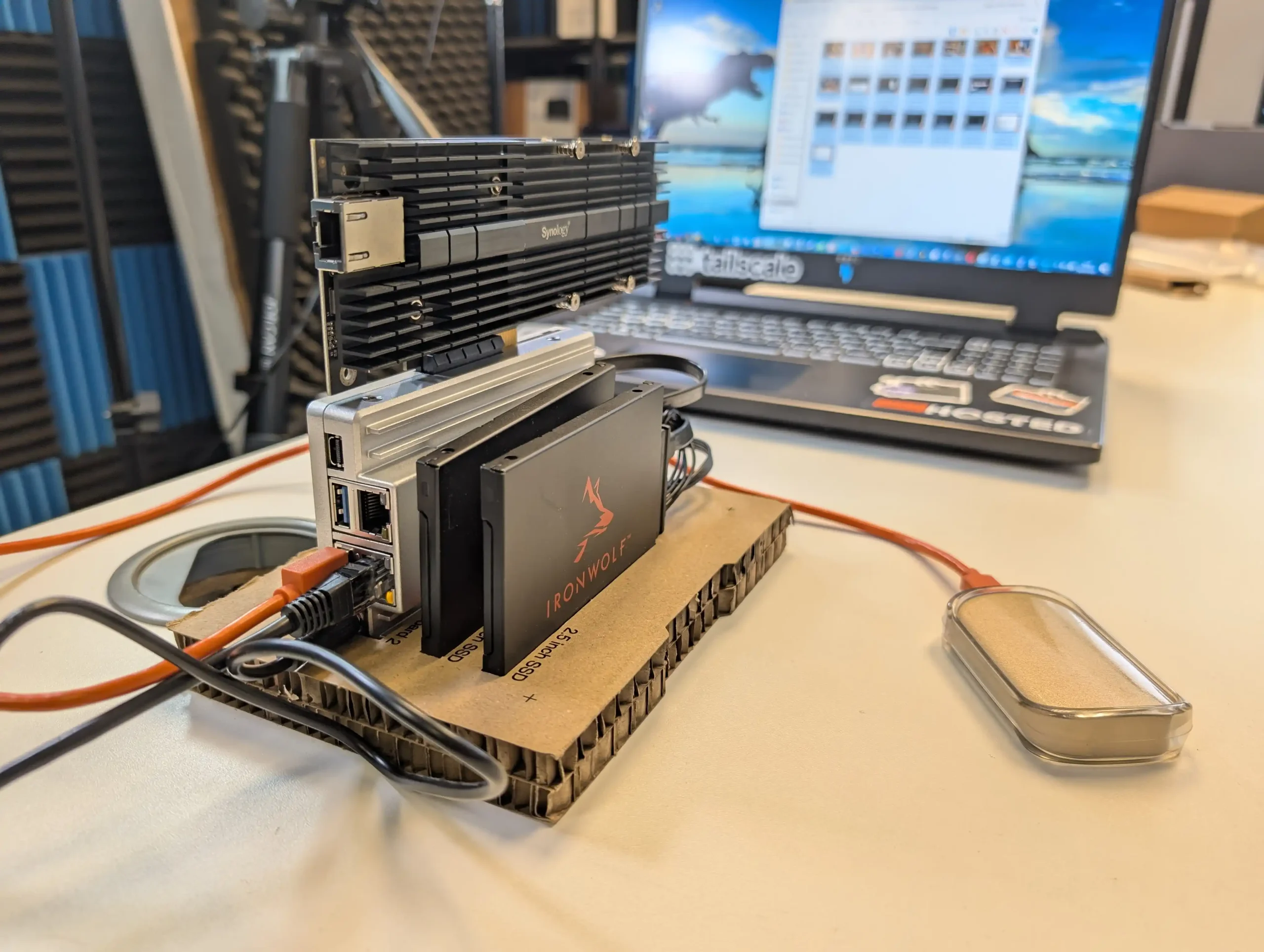
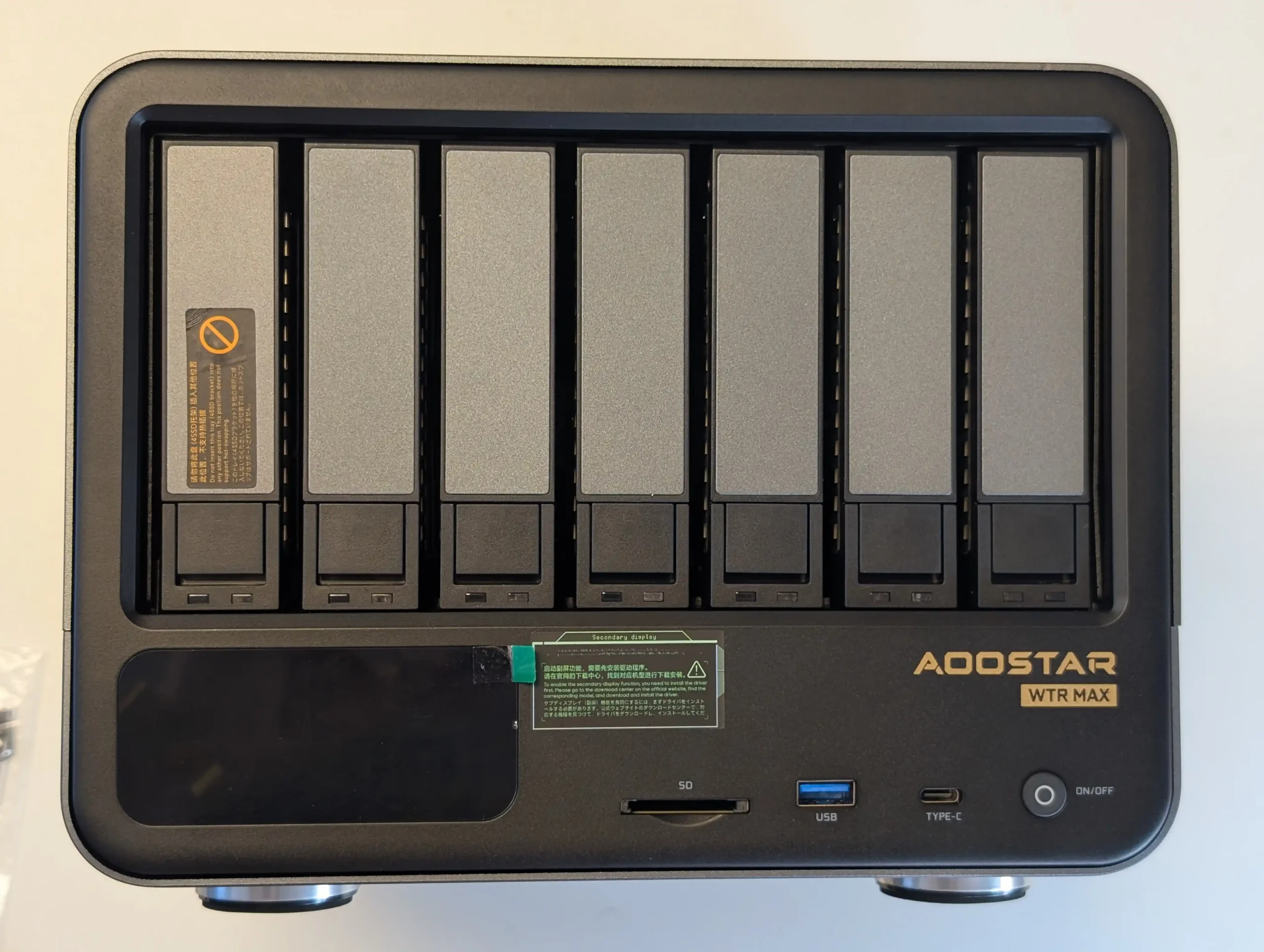
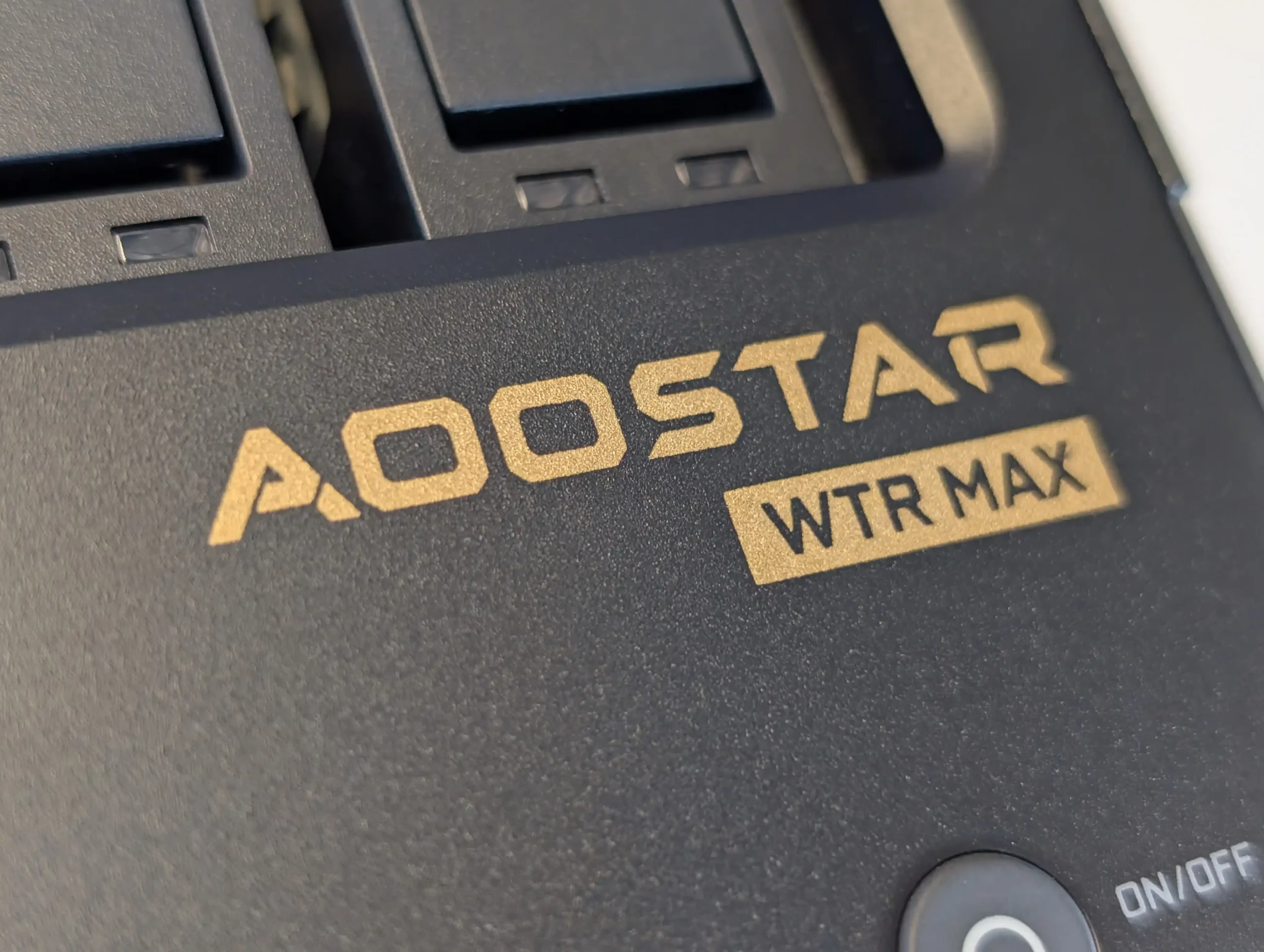
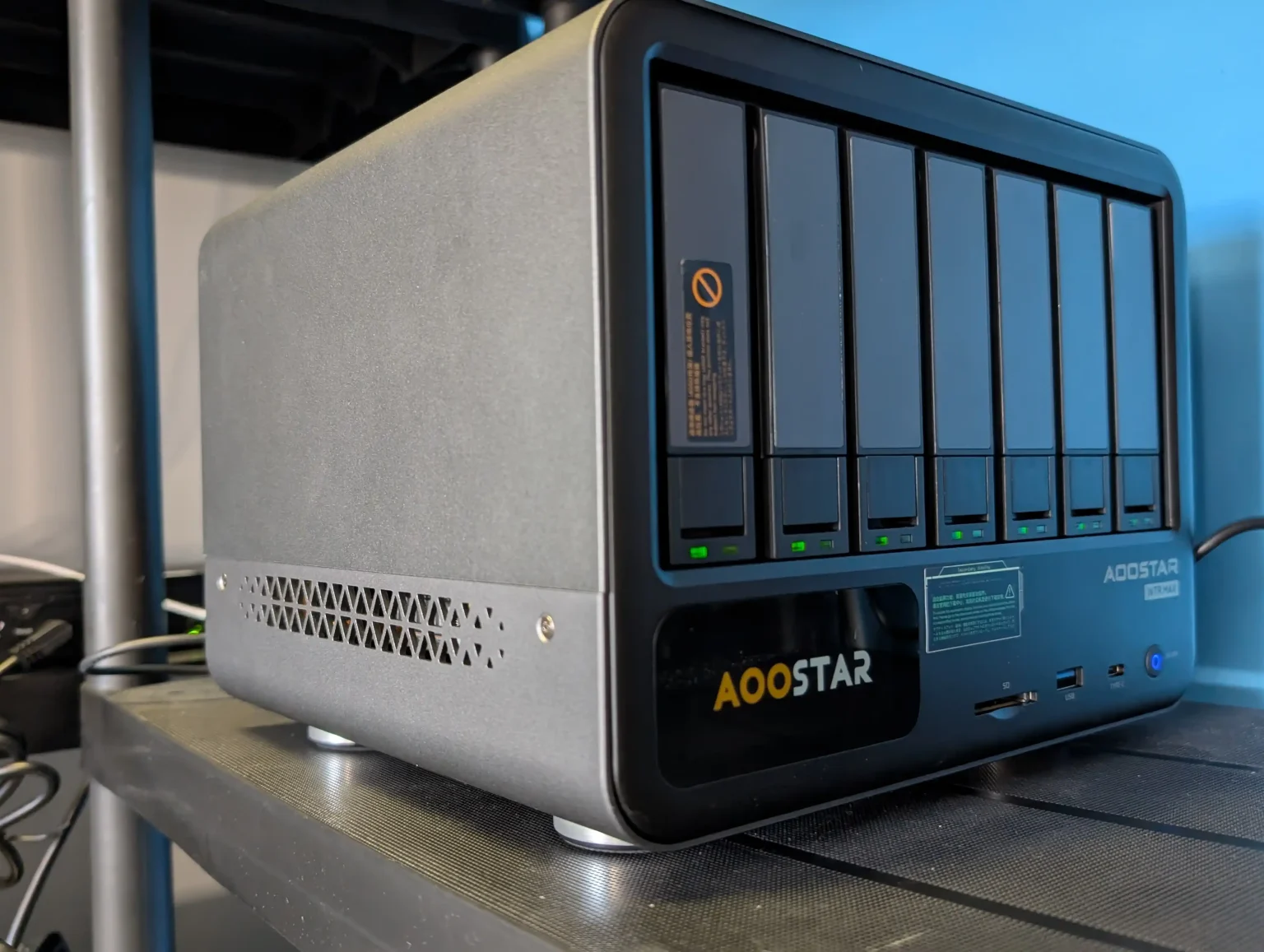

 DEAL WATCH
DEAL WATCH USA 8.73 OFF (WAS 547)
USA 8.73 OFF (WAS 547) 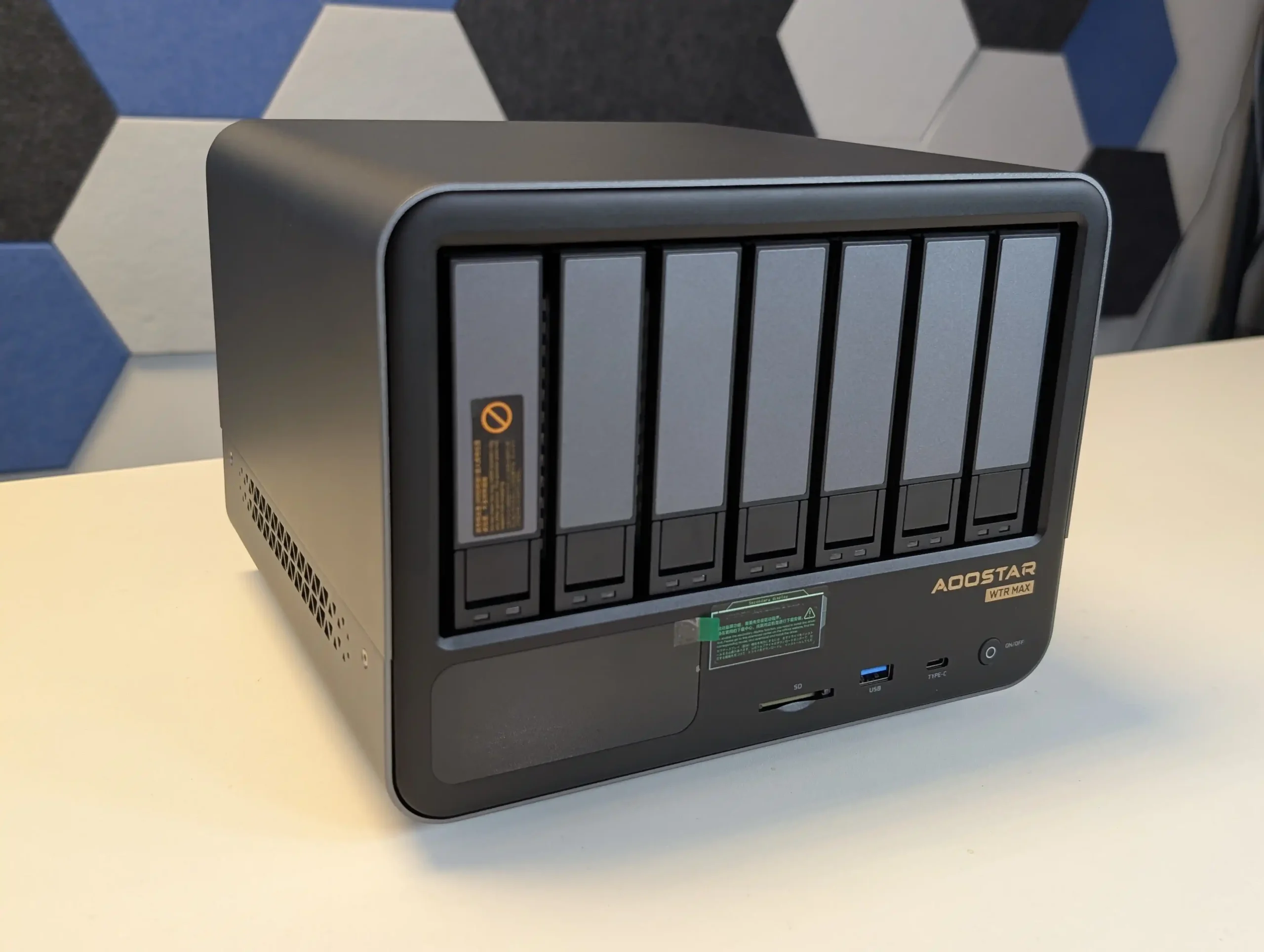
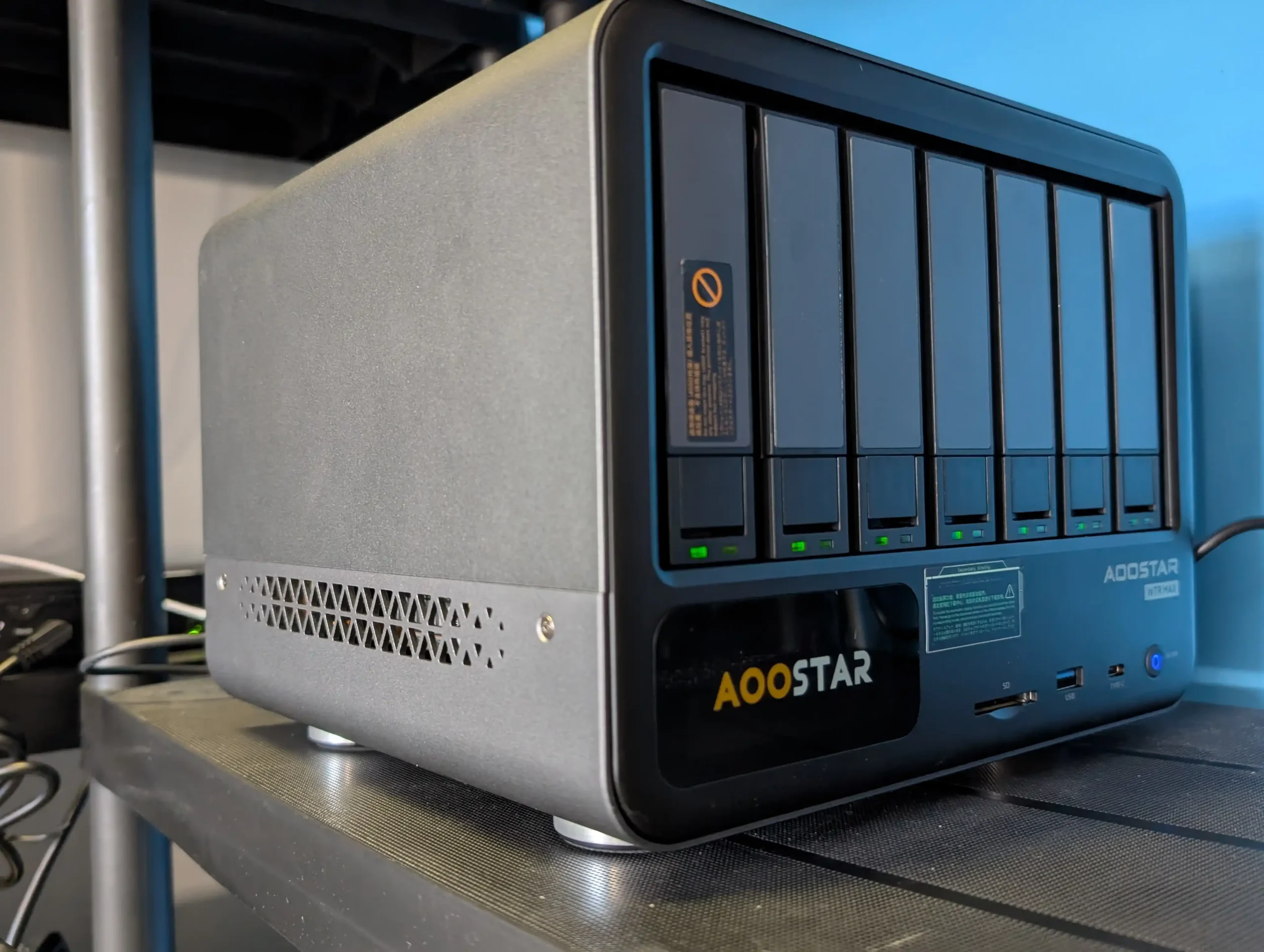
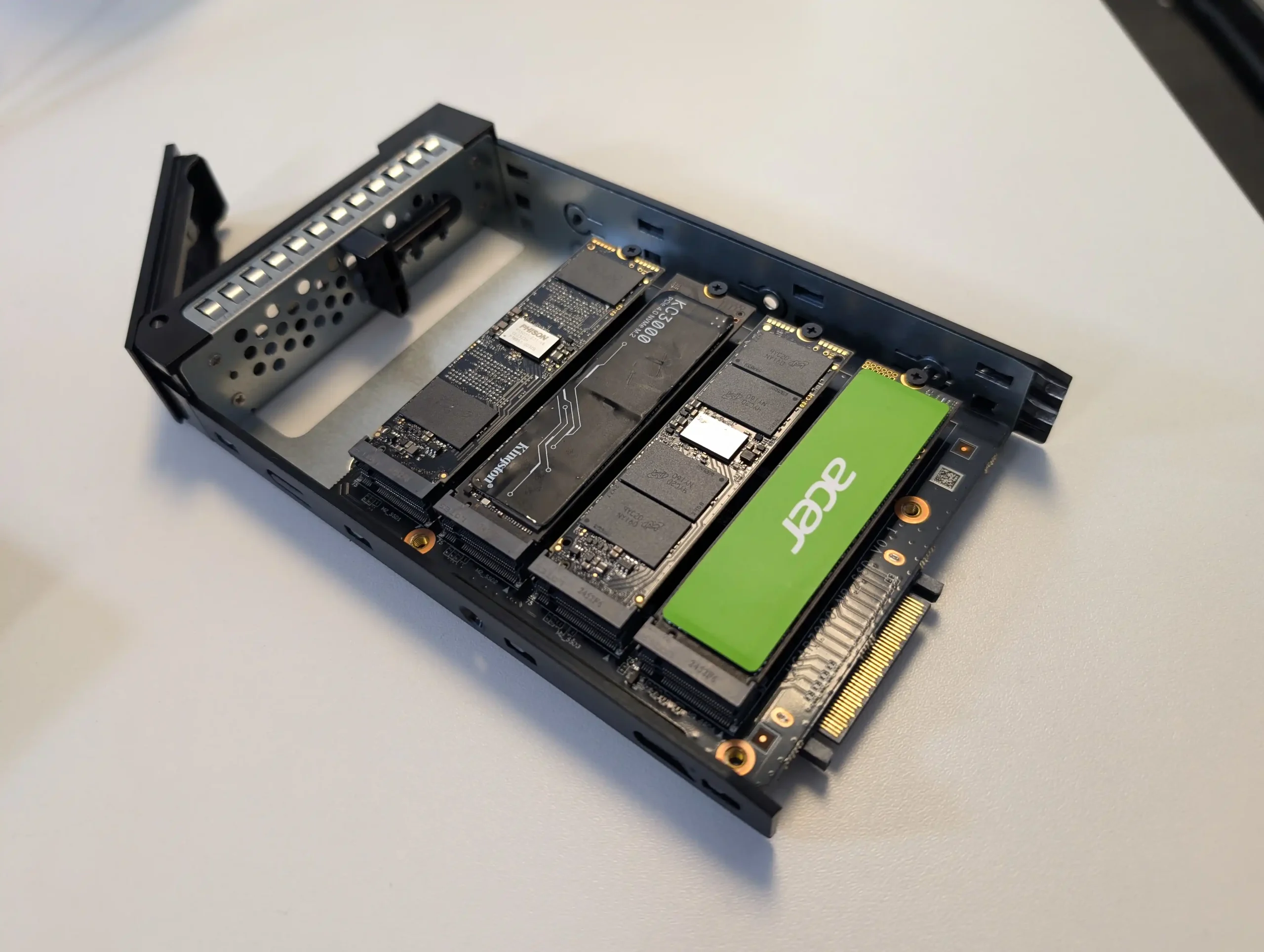
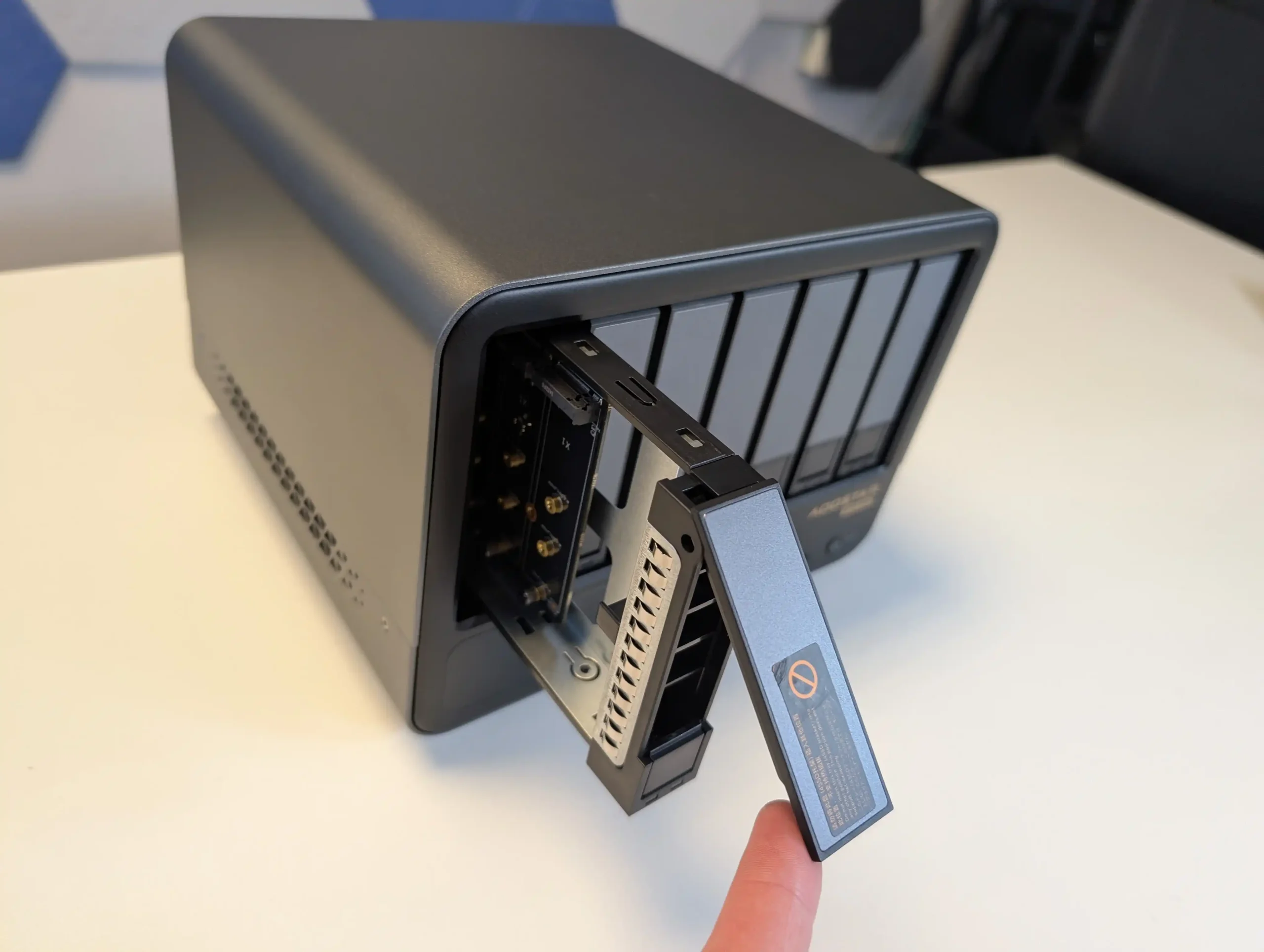
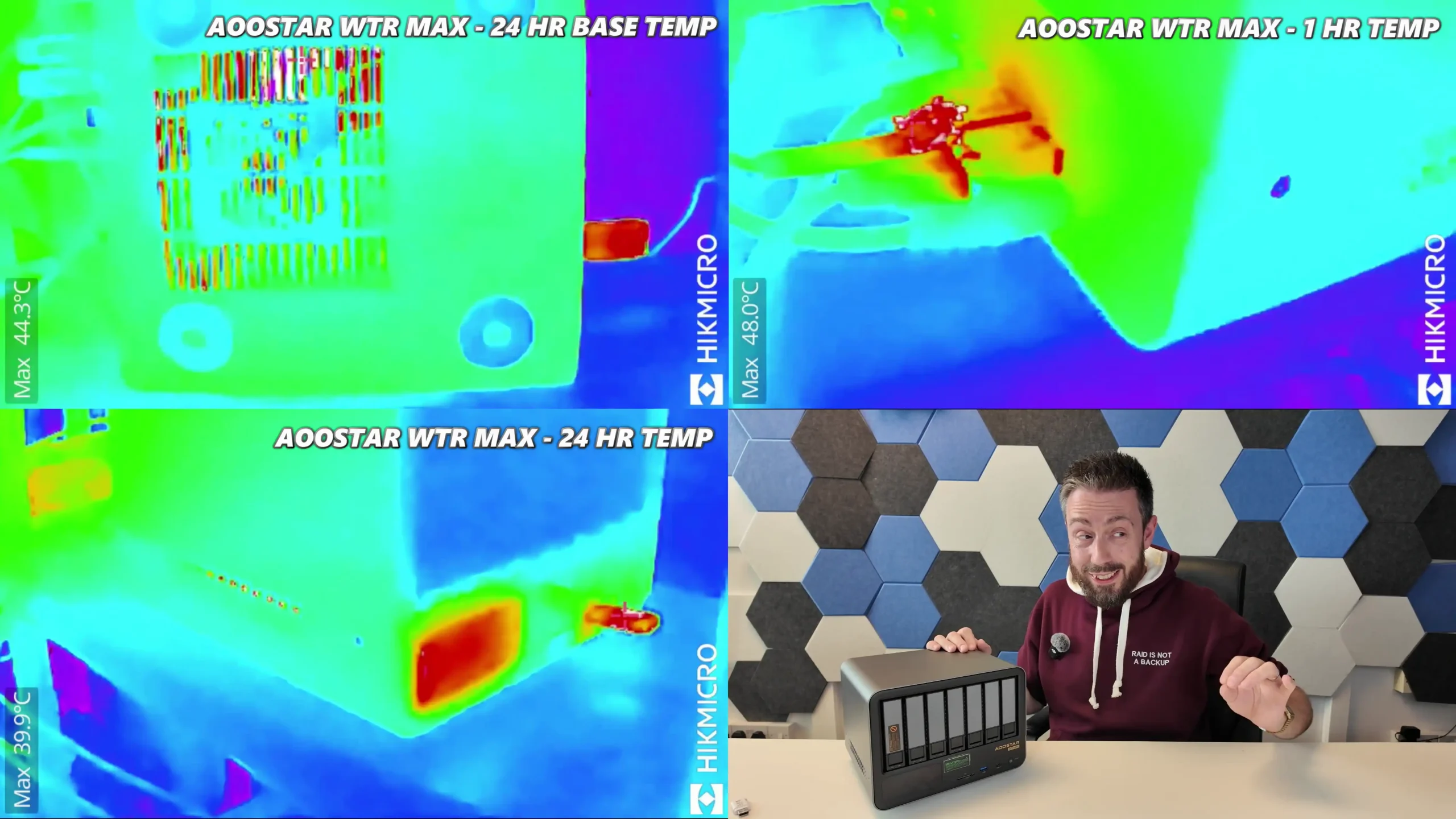
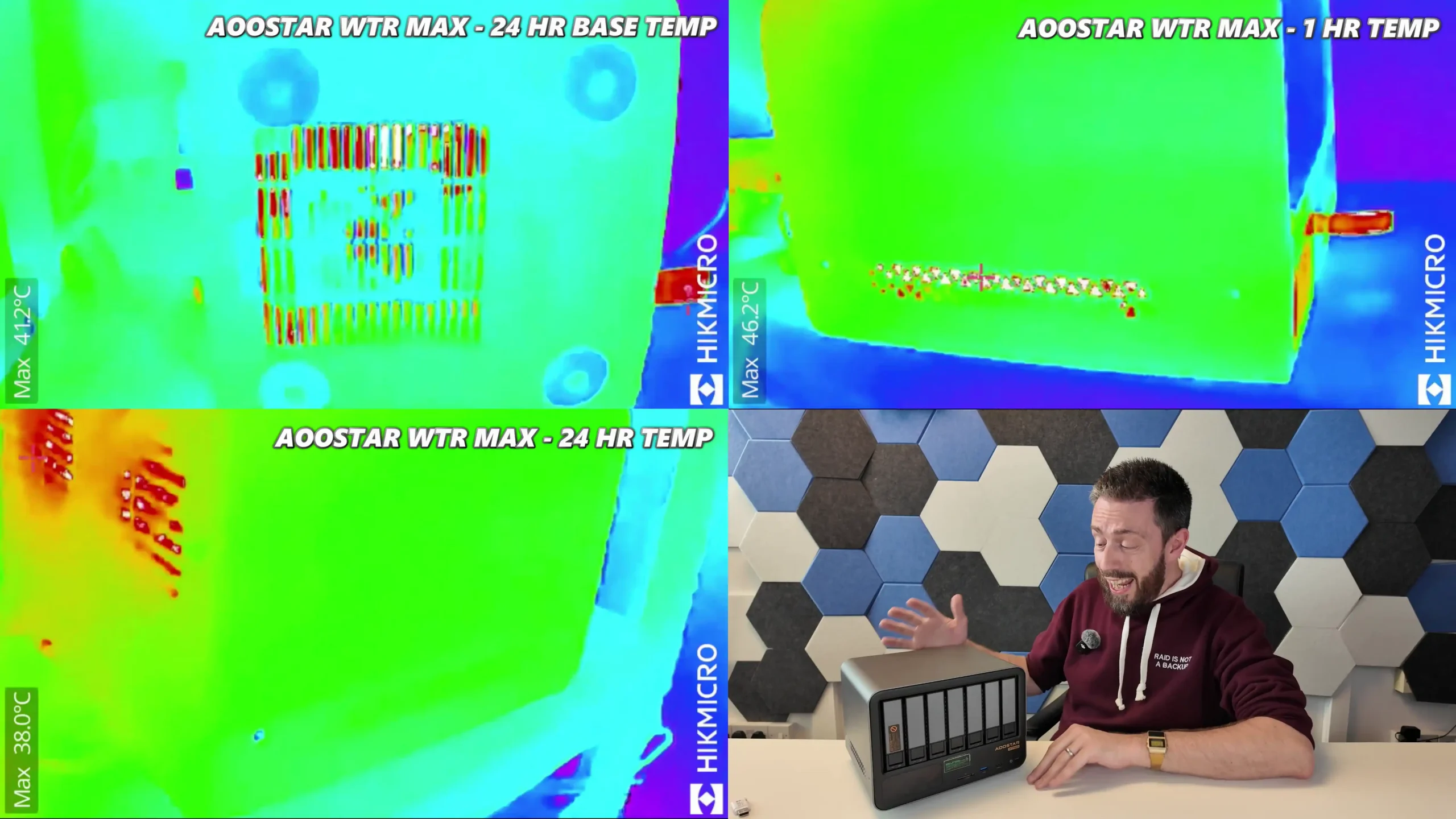
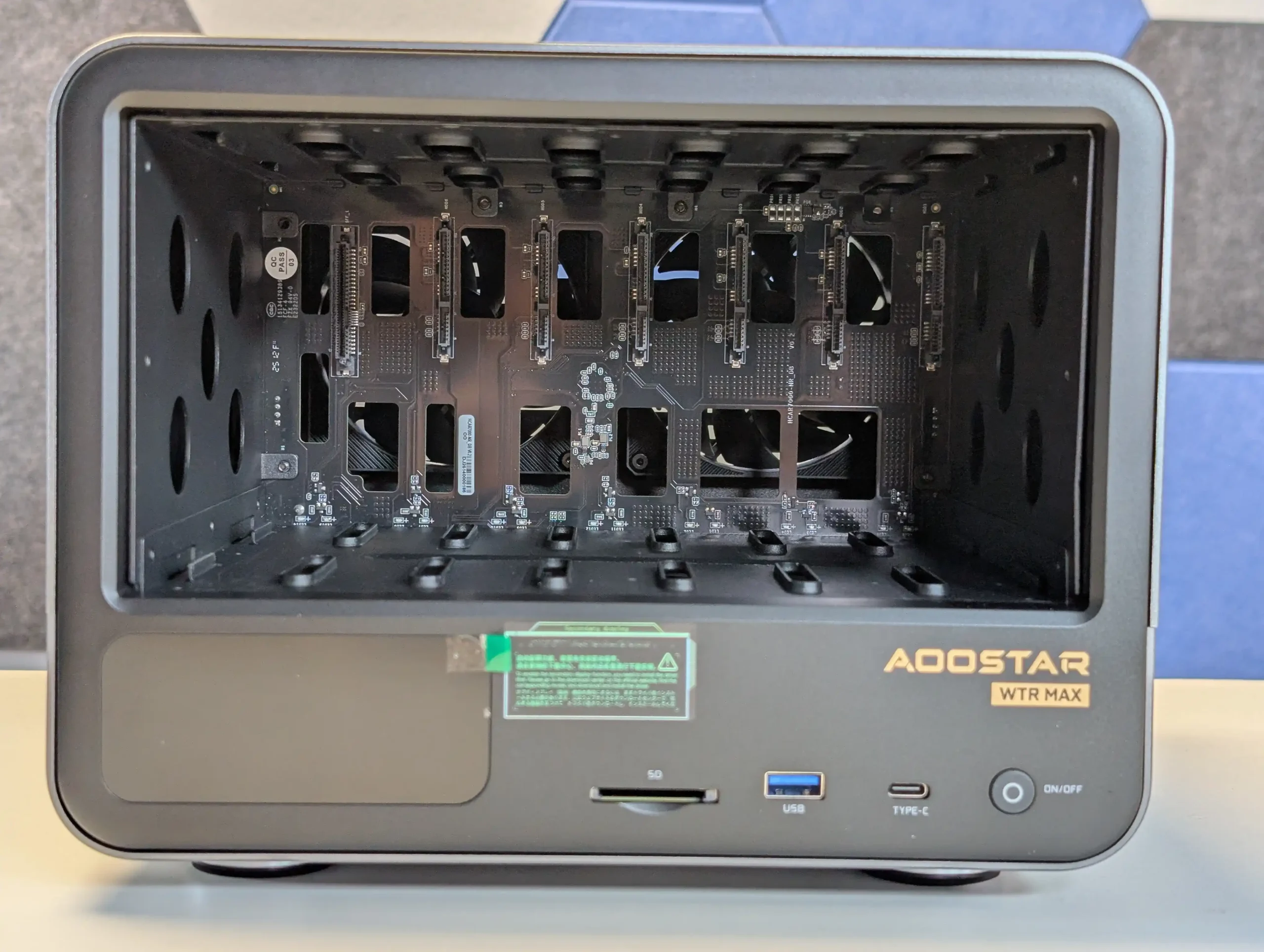
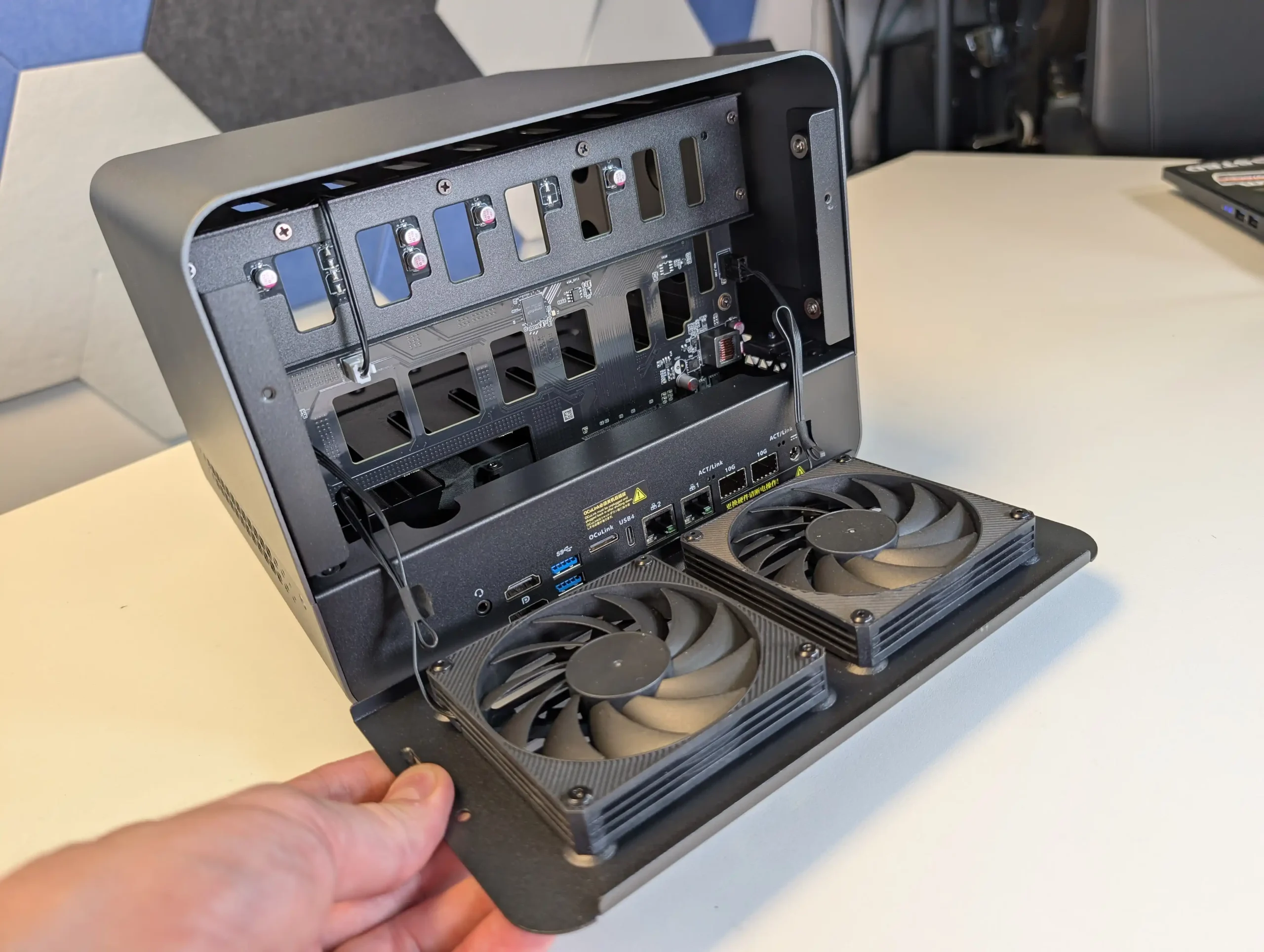
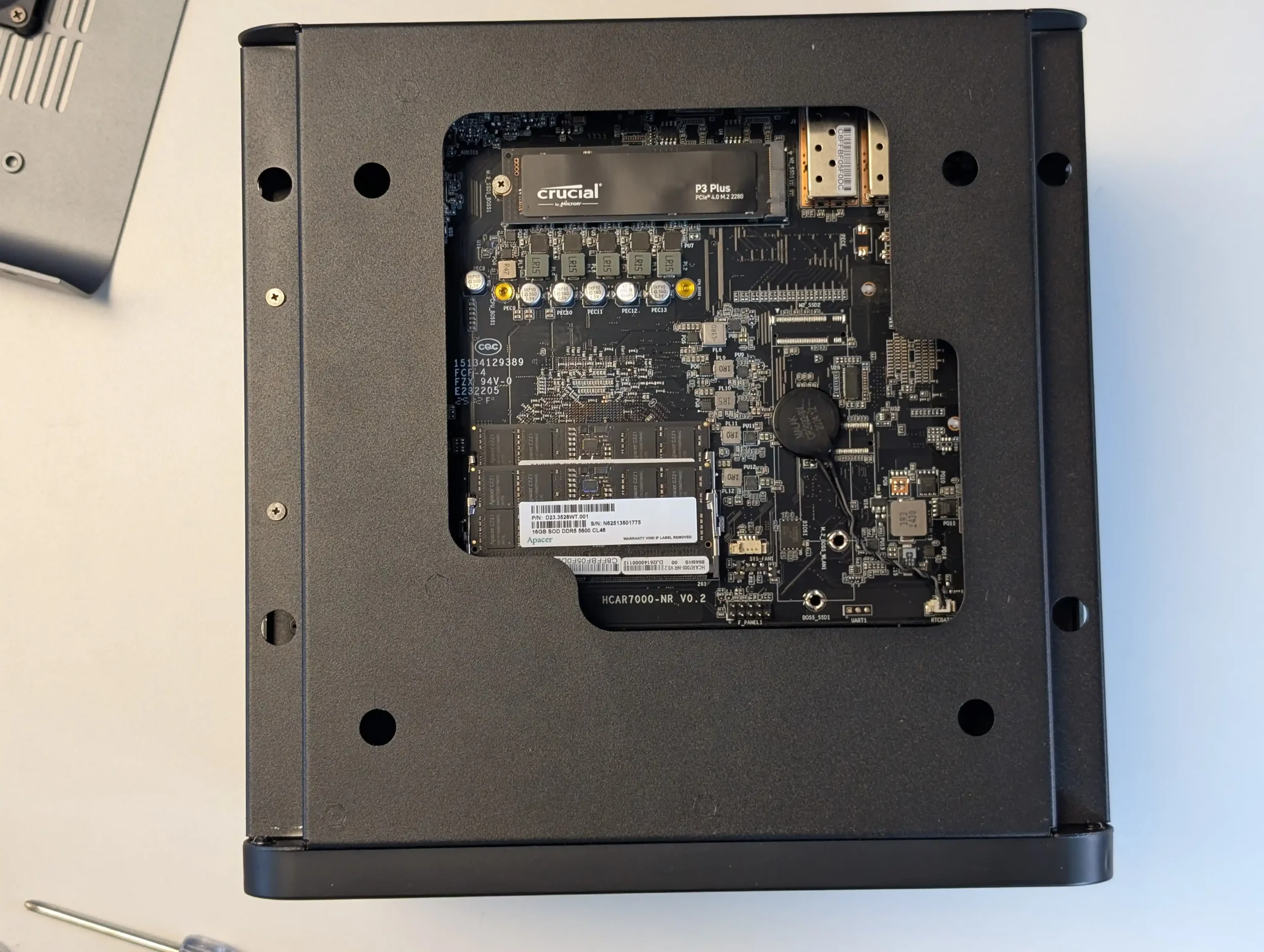
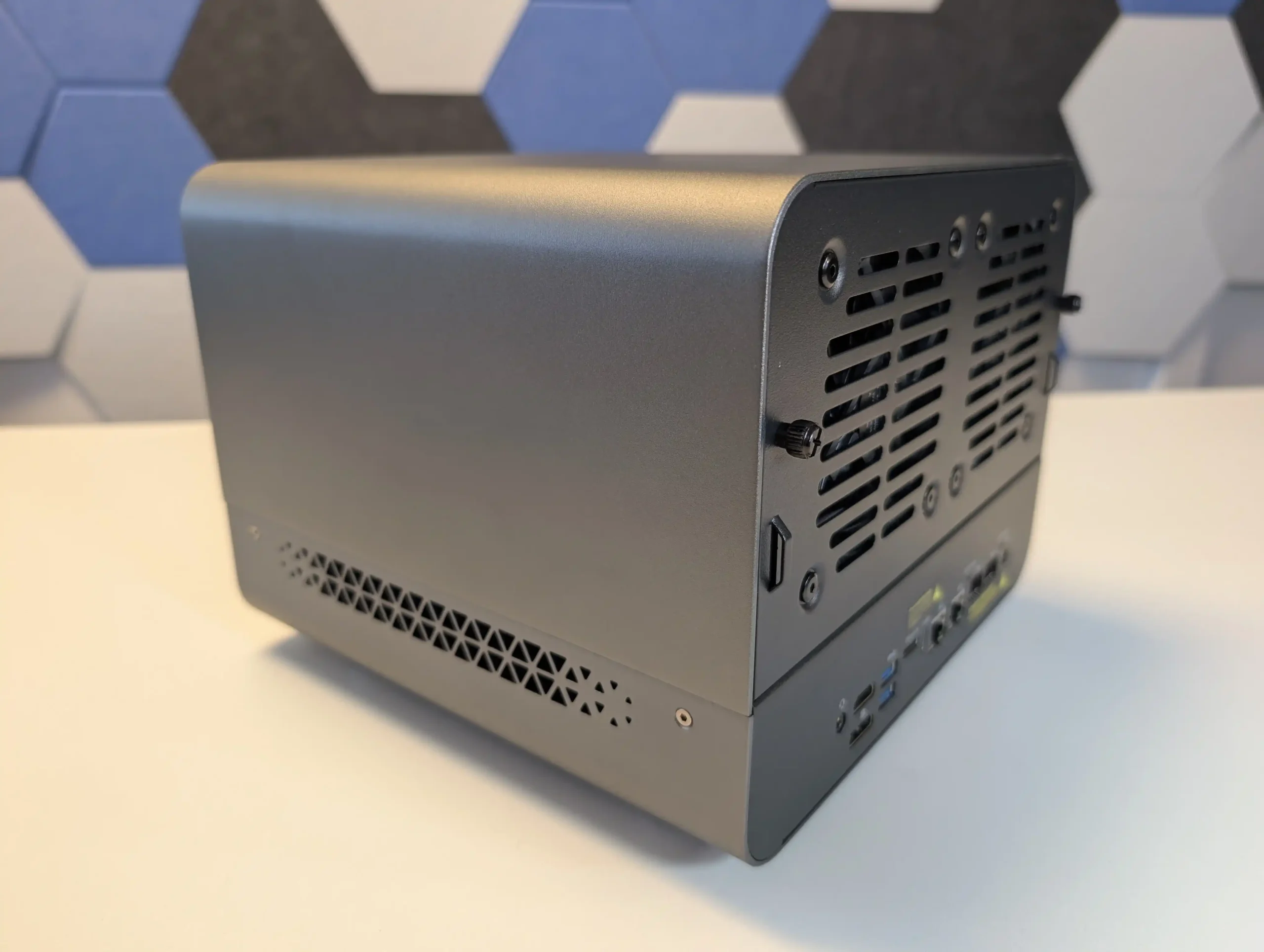
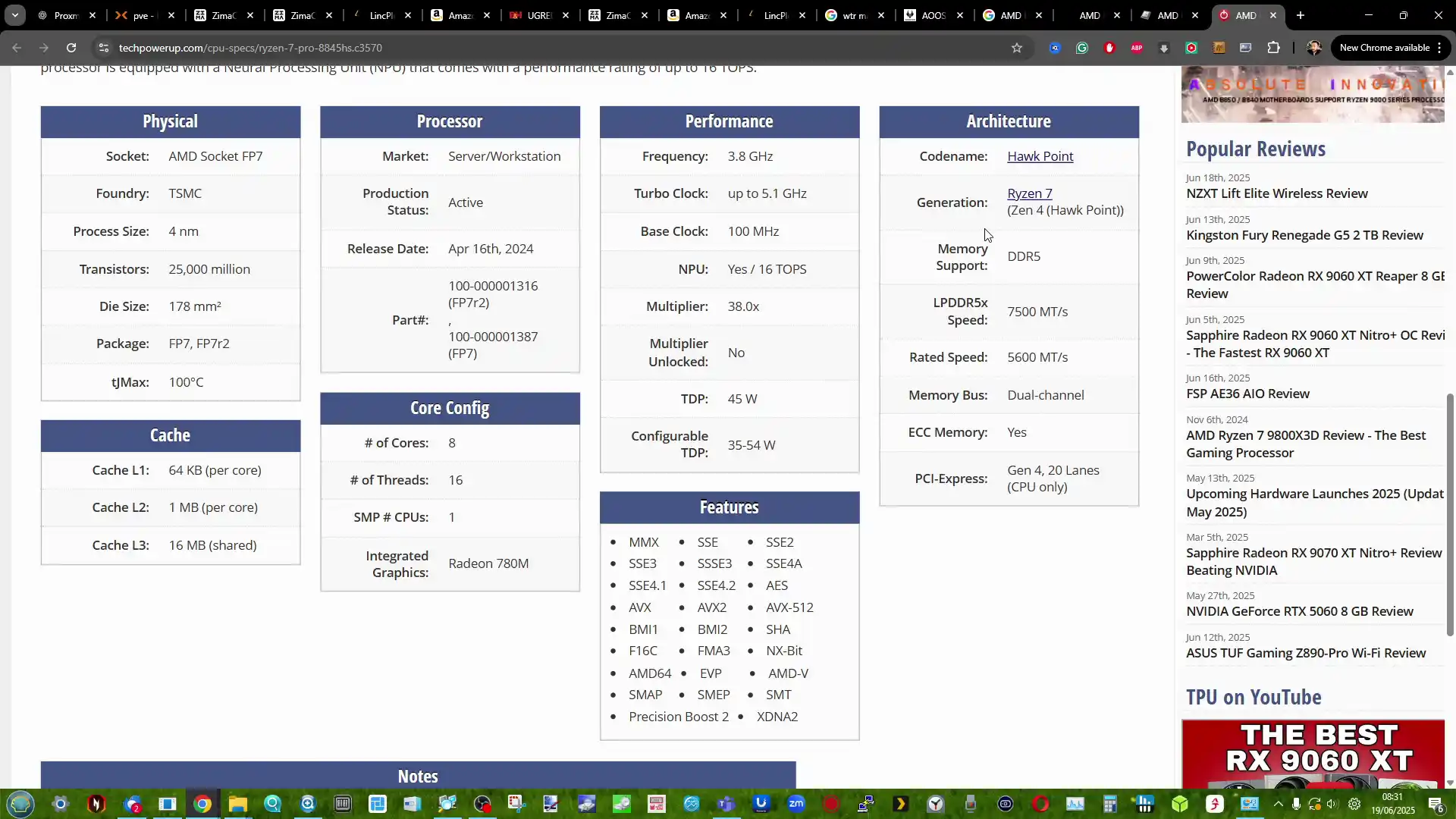
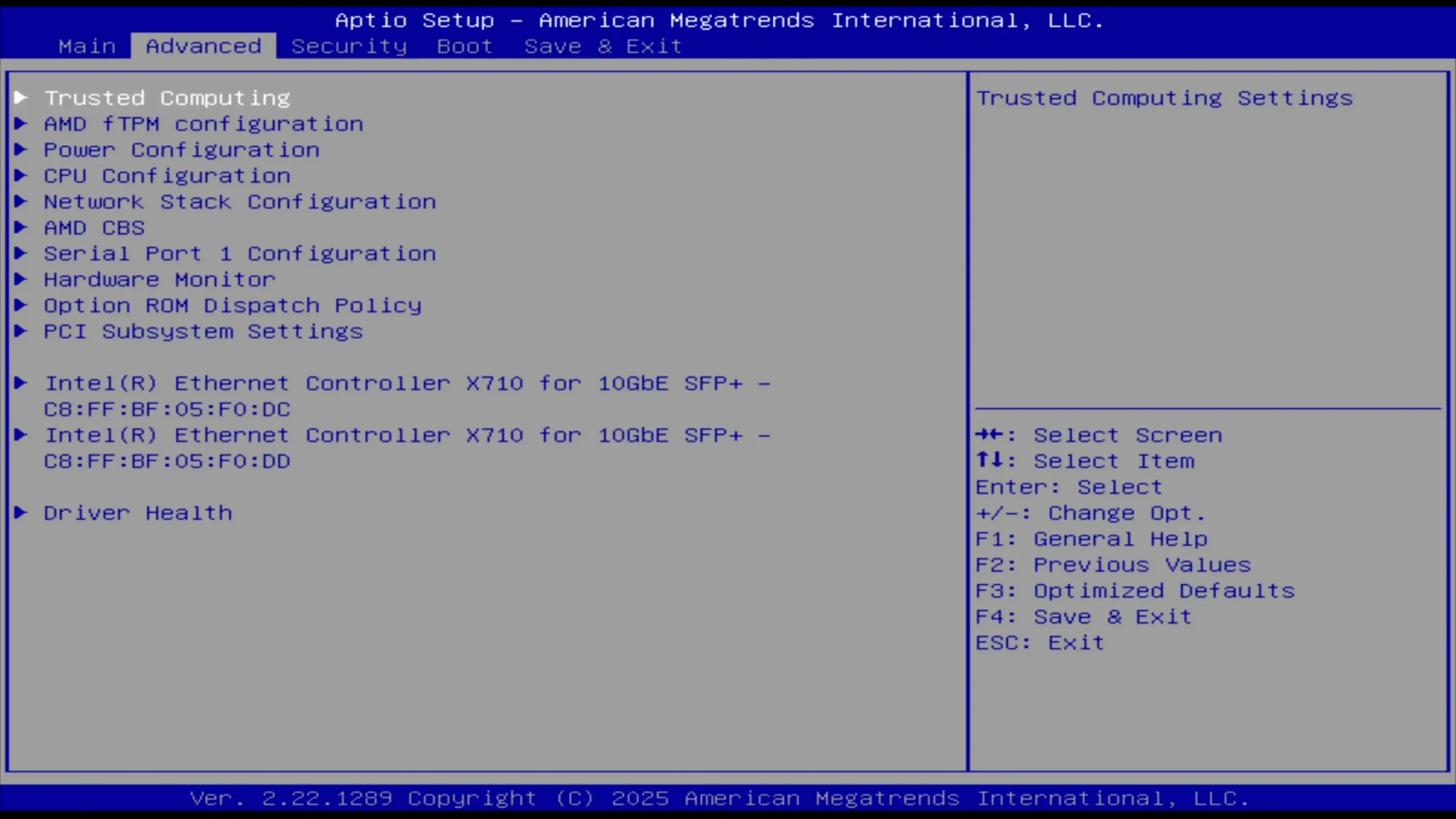
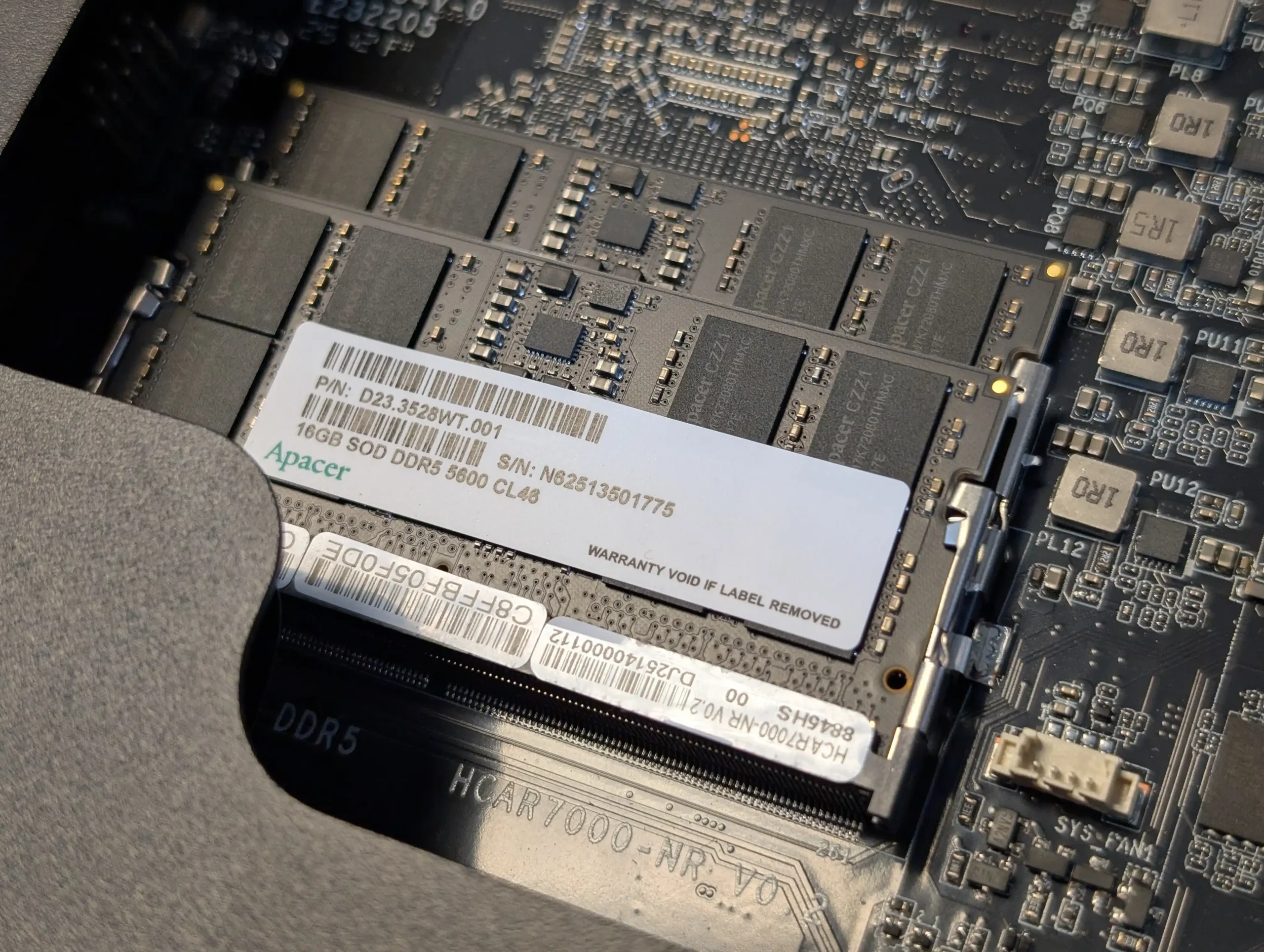
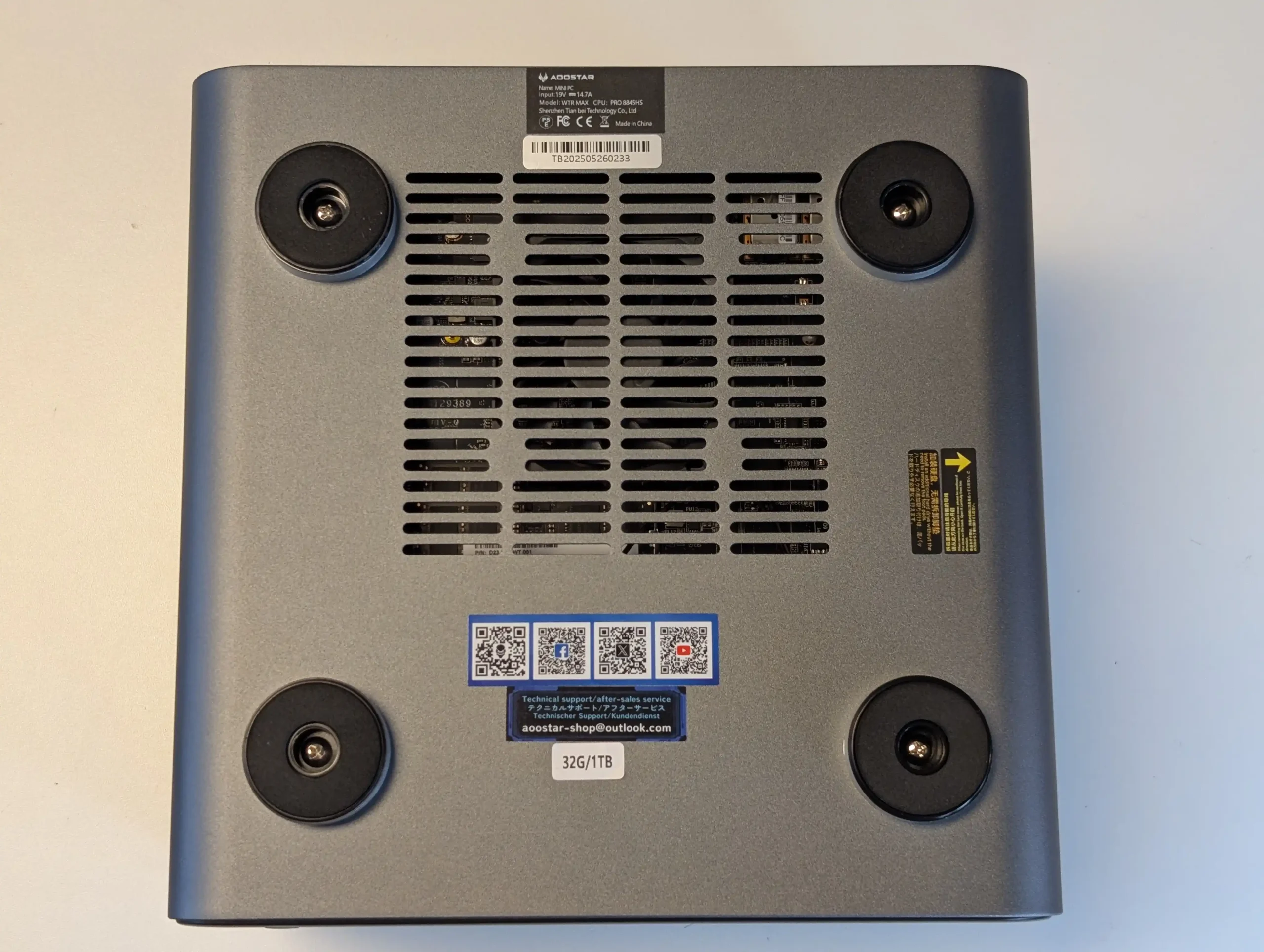
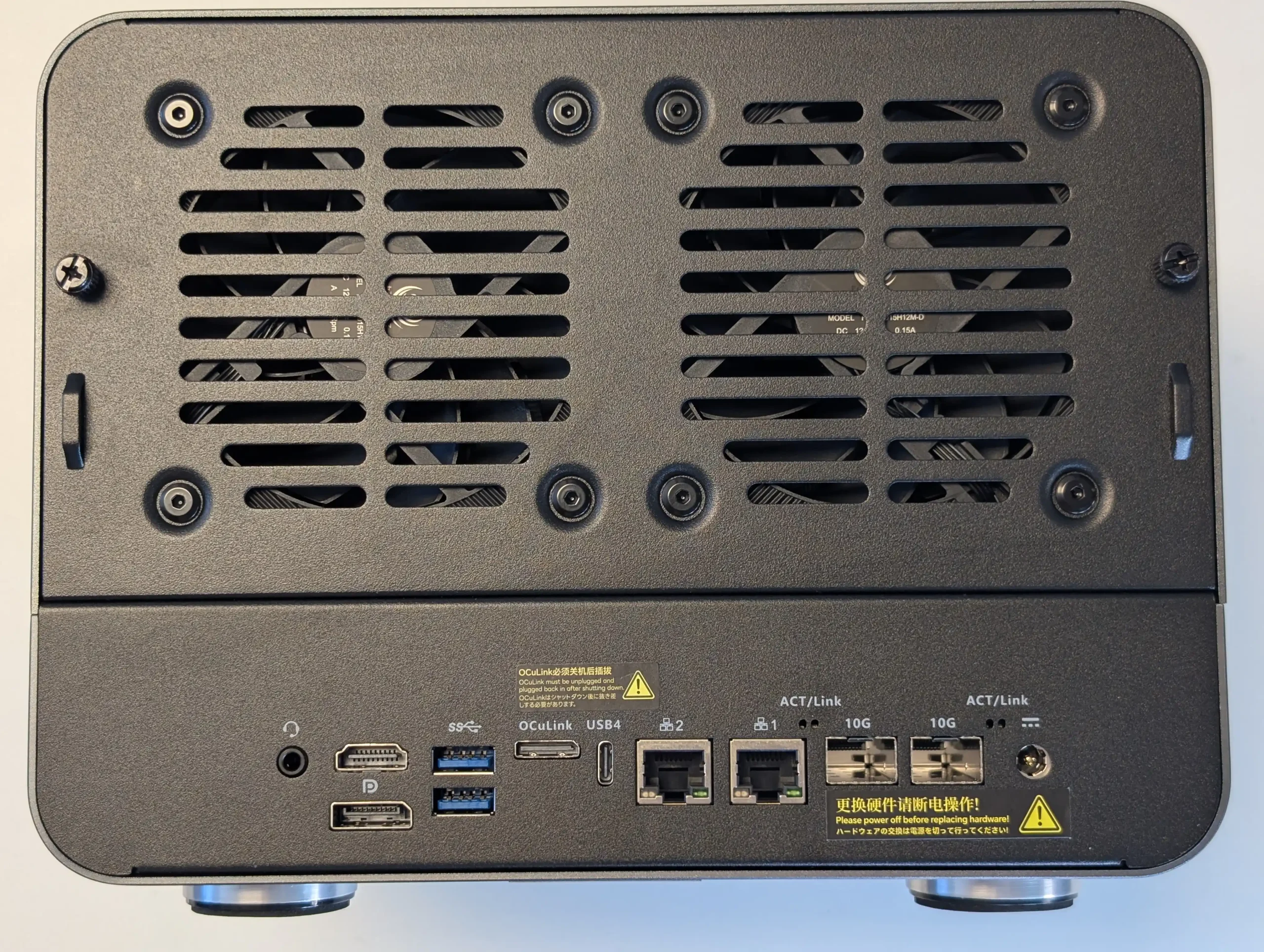
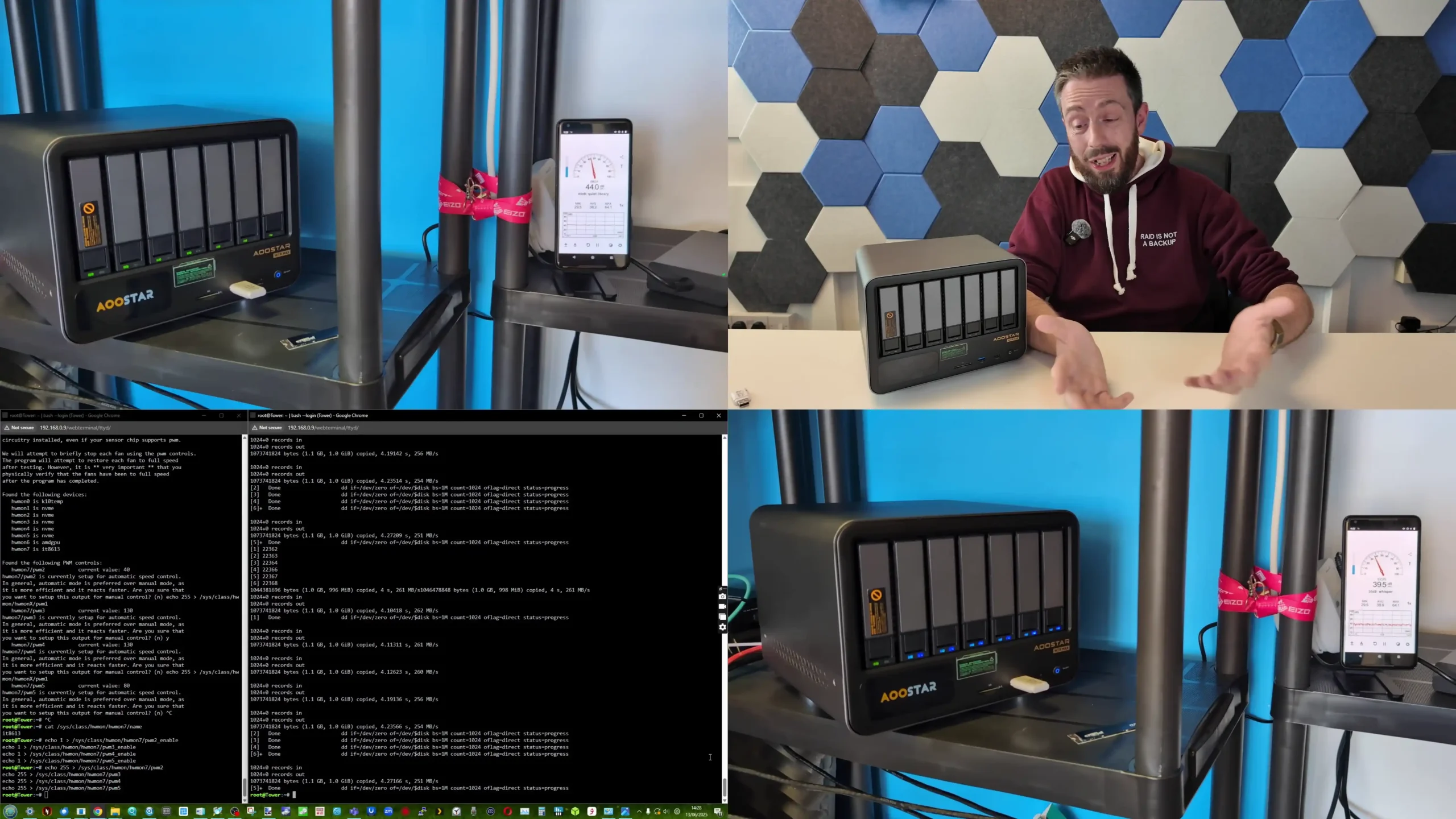
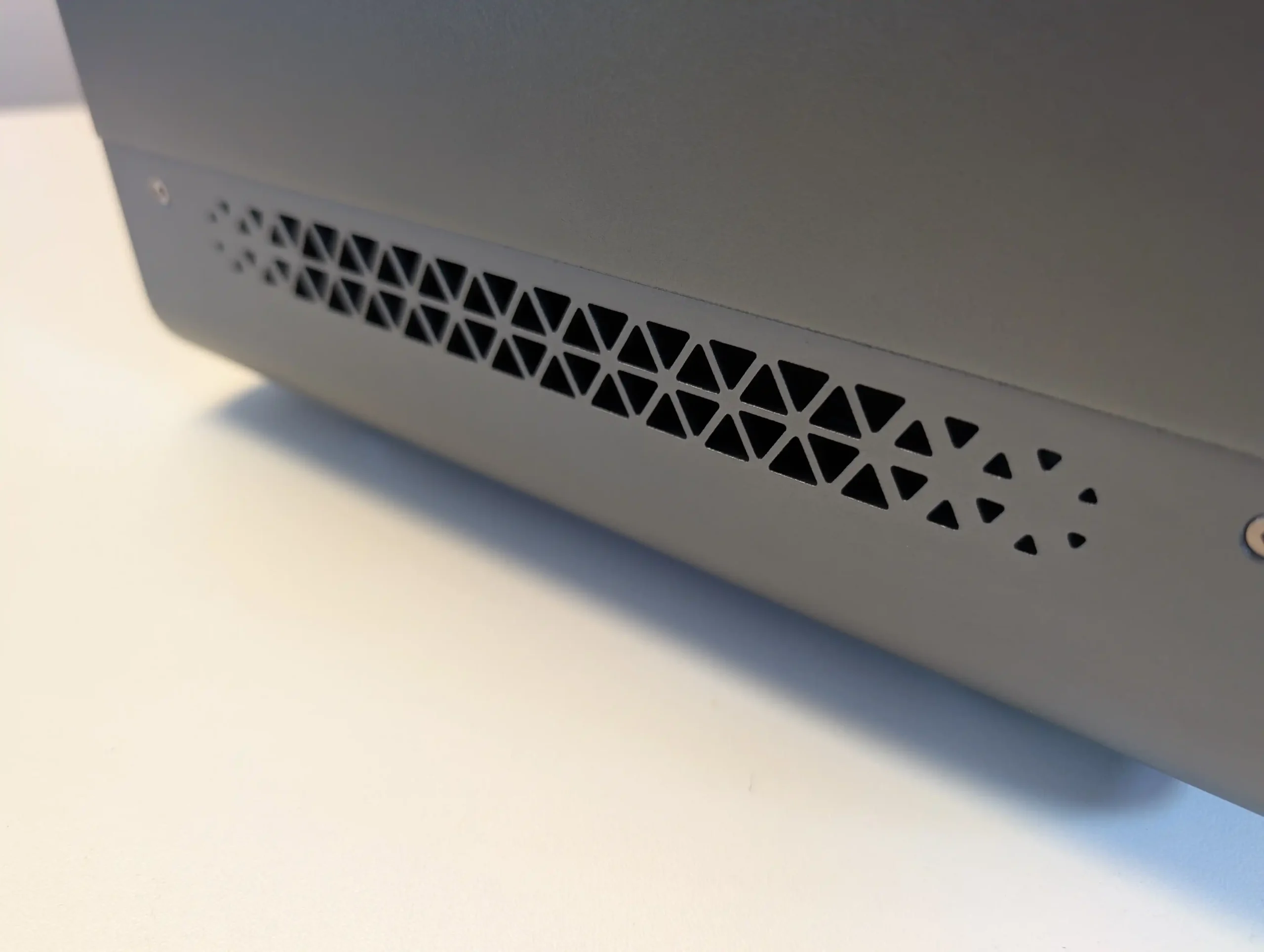
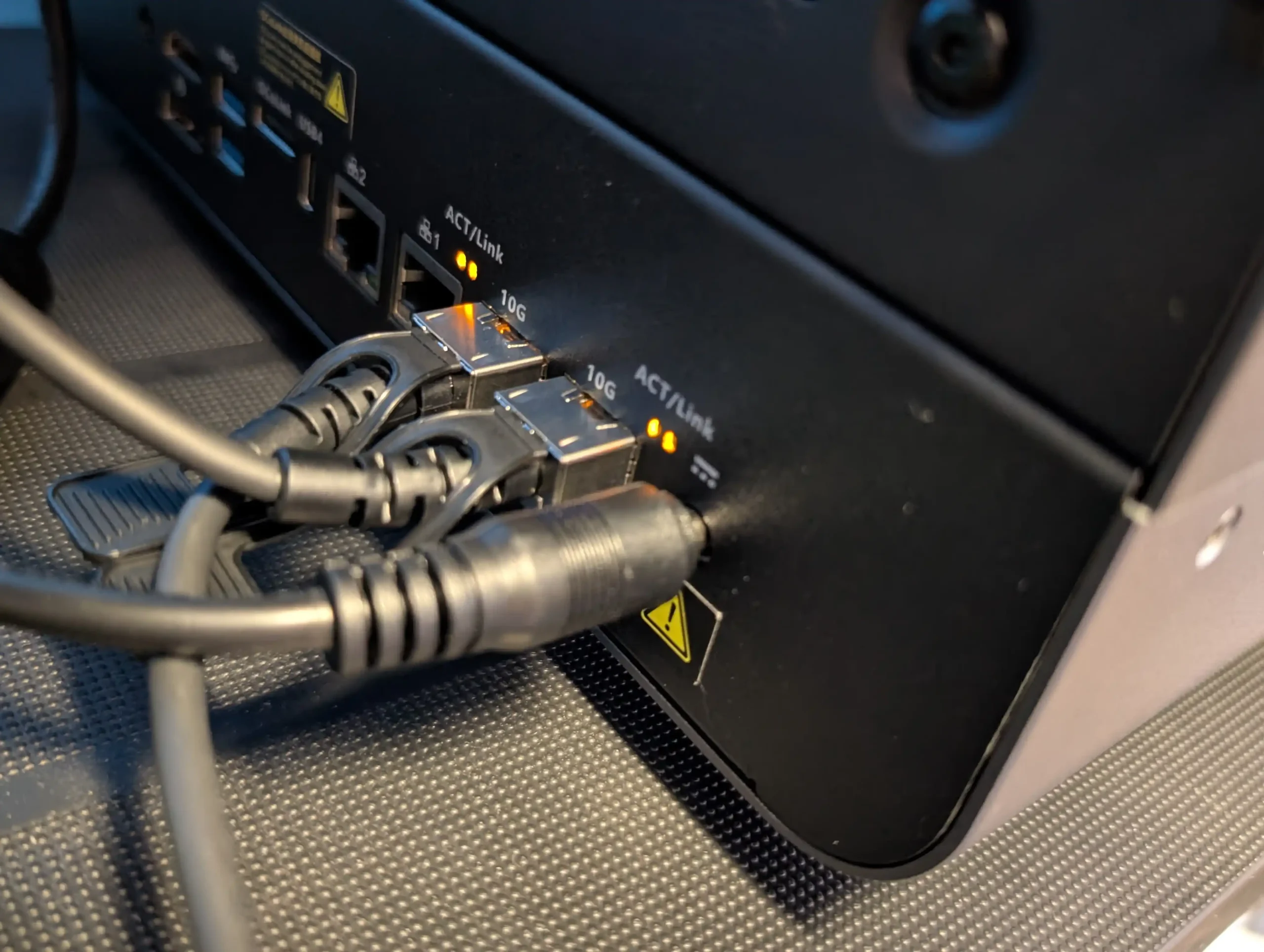
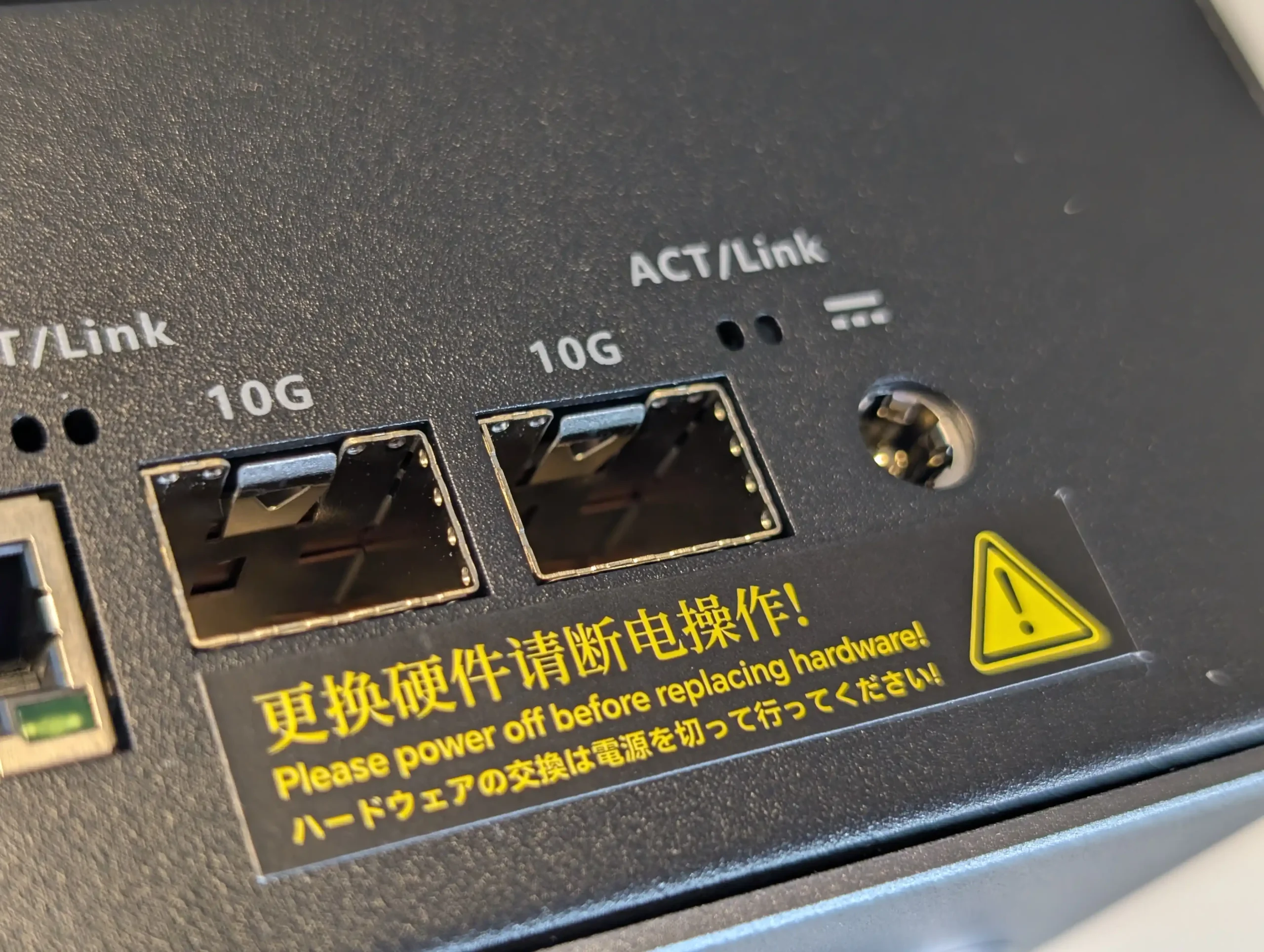
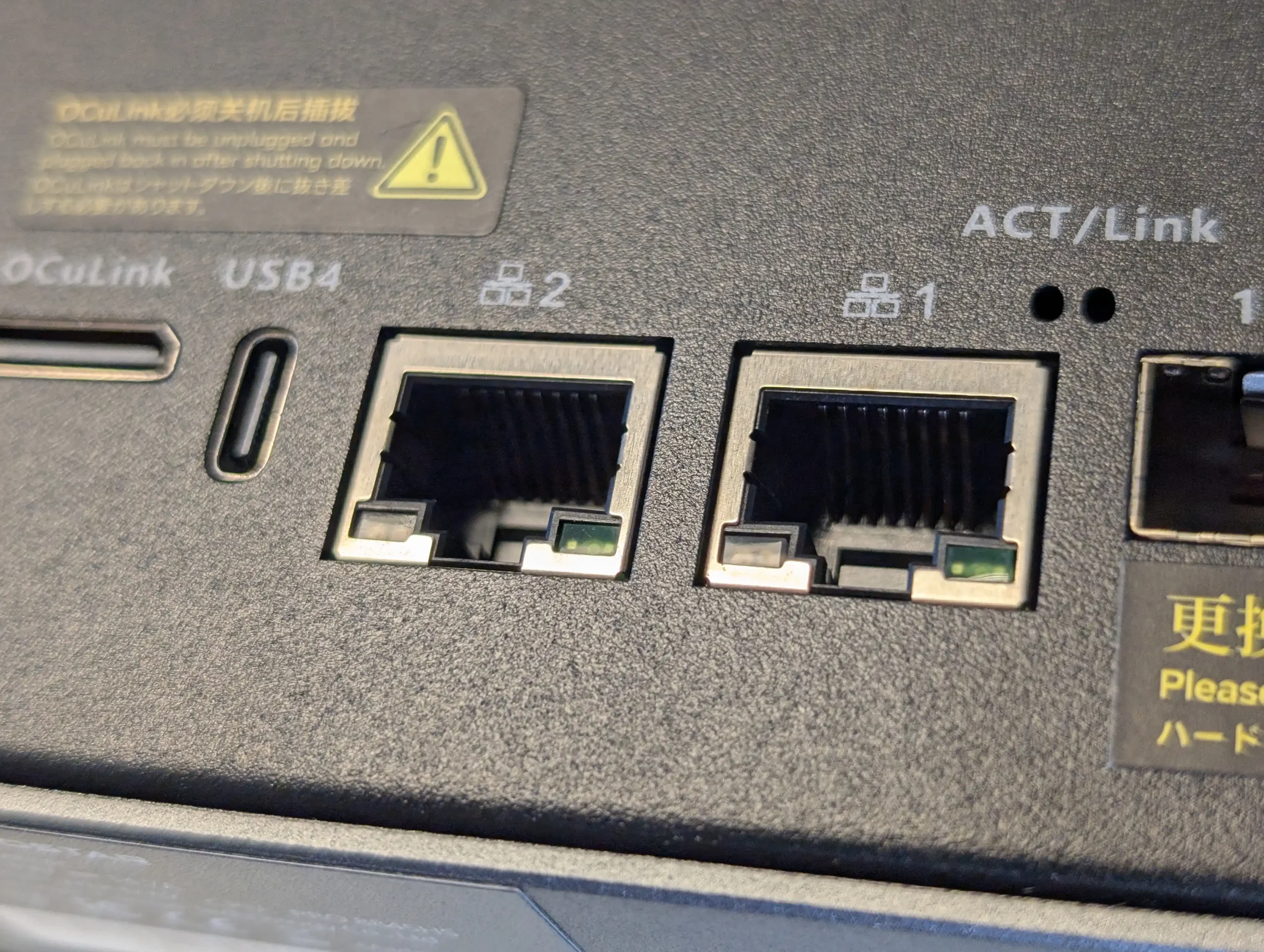
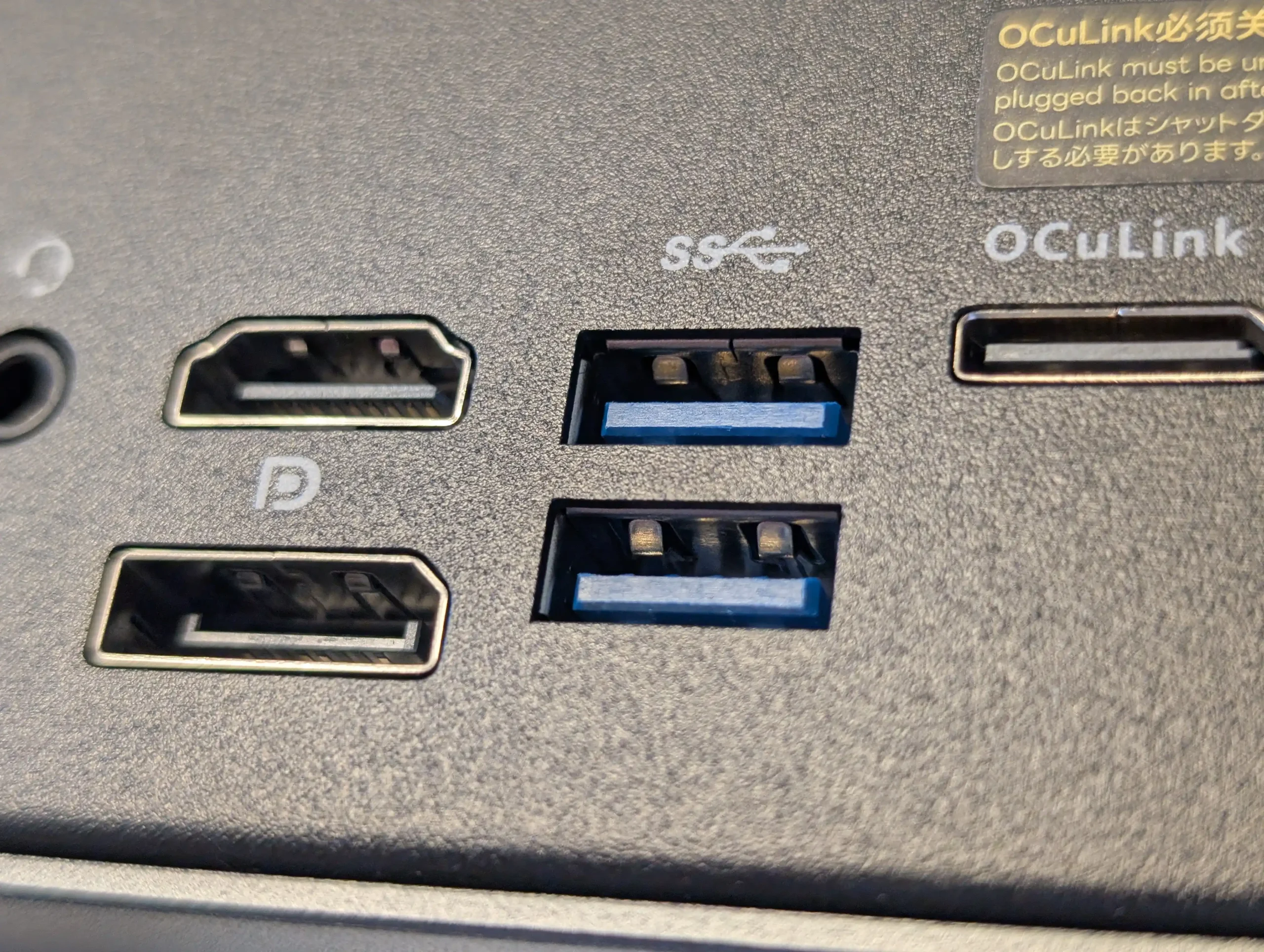

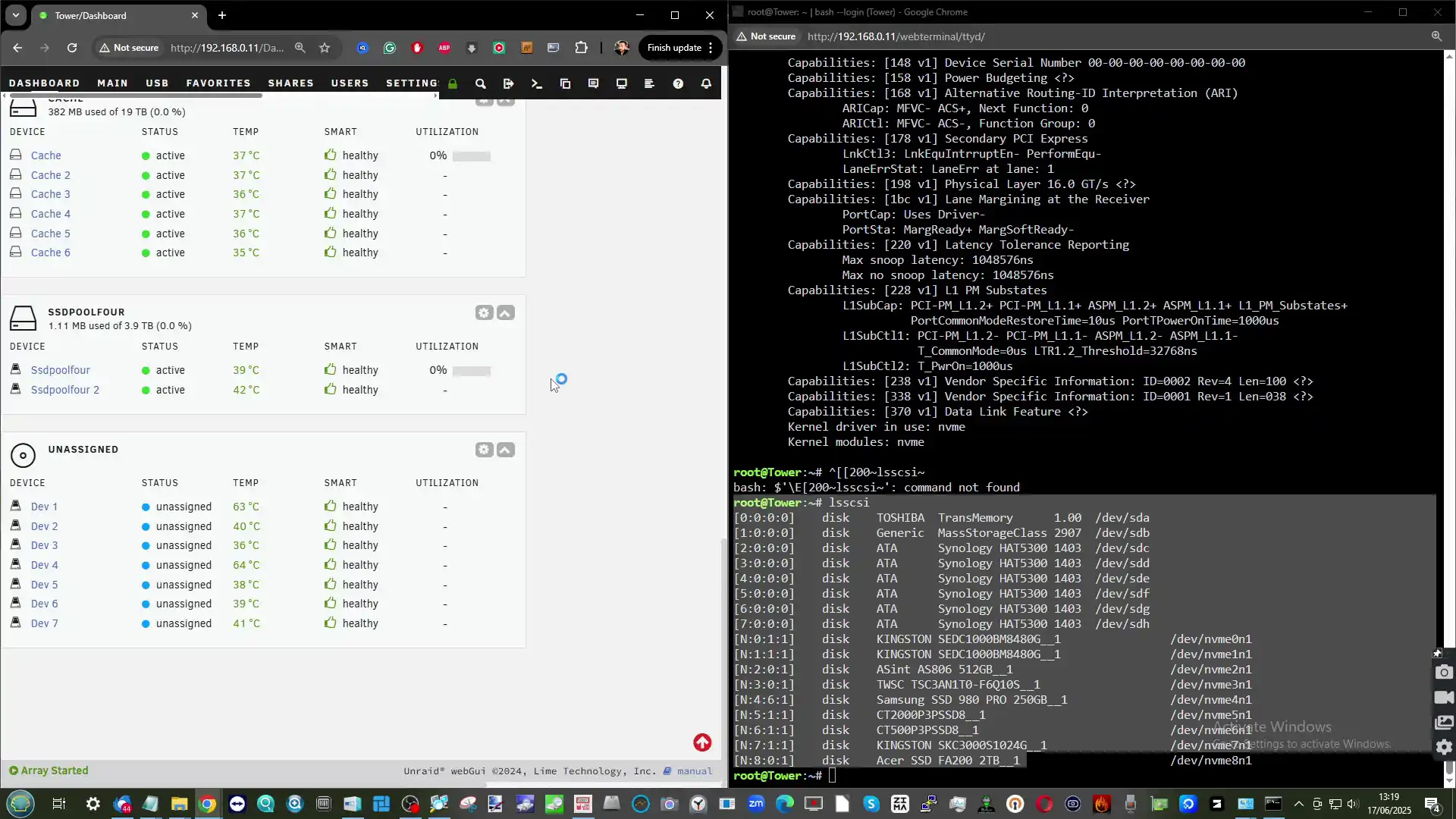
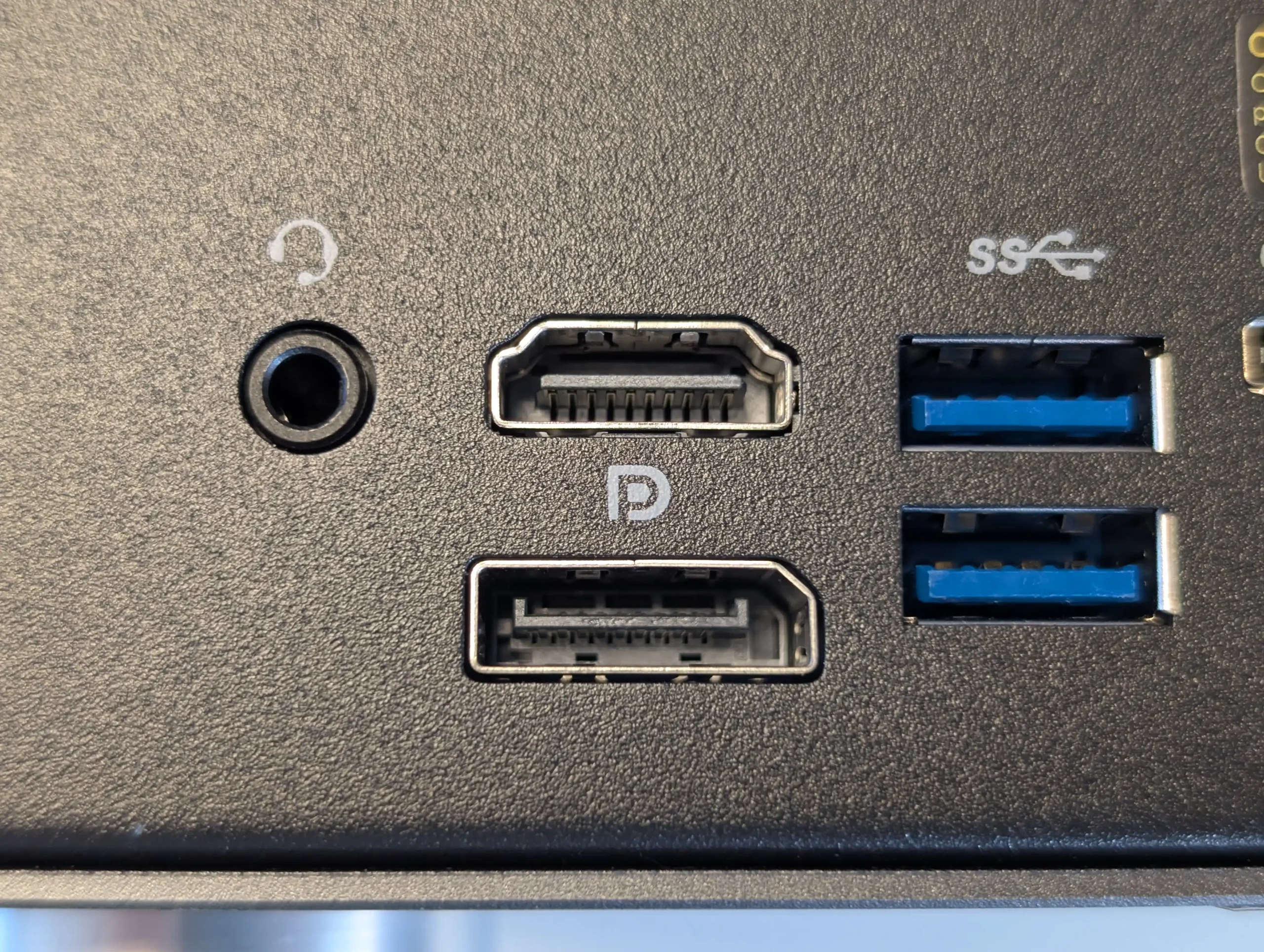
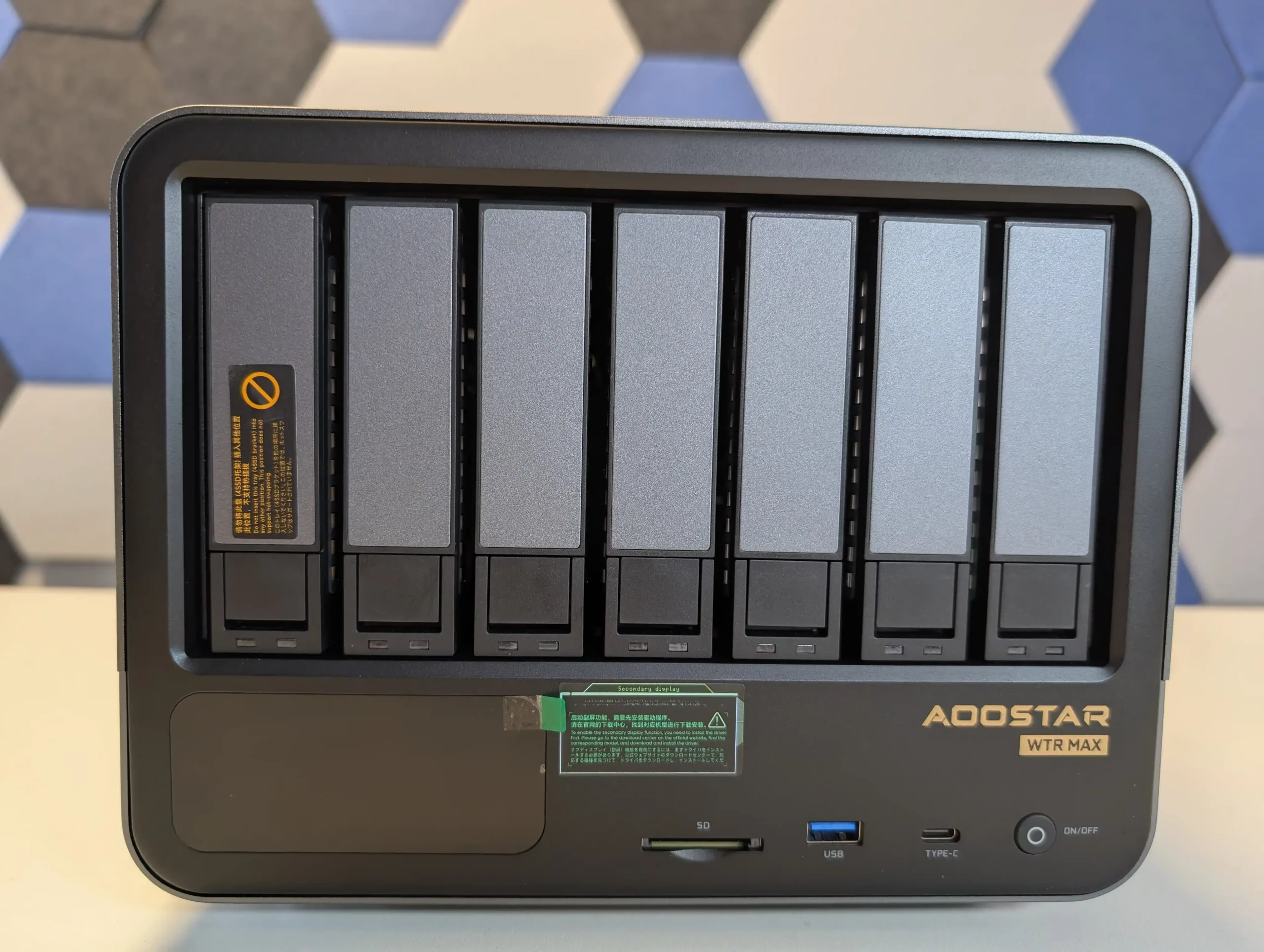
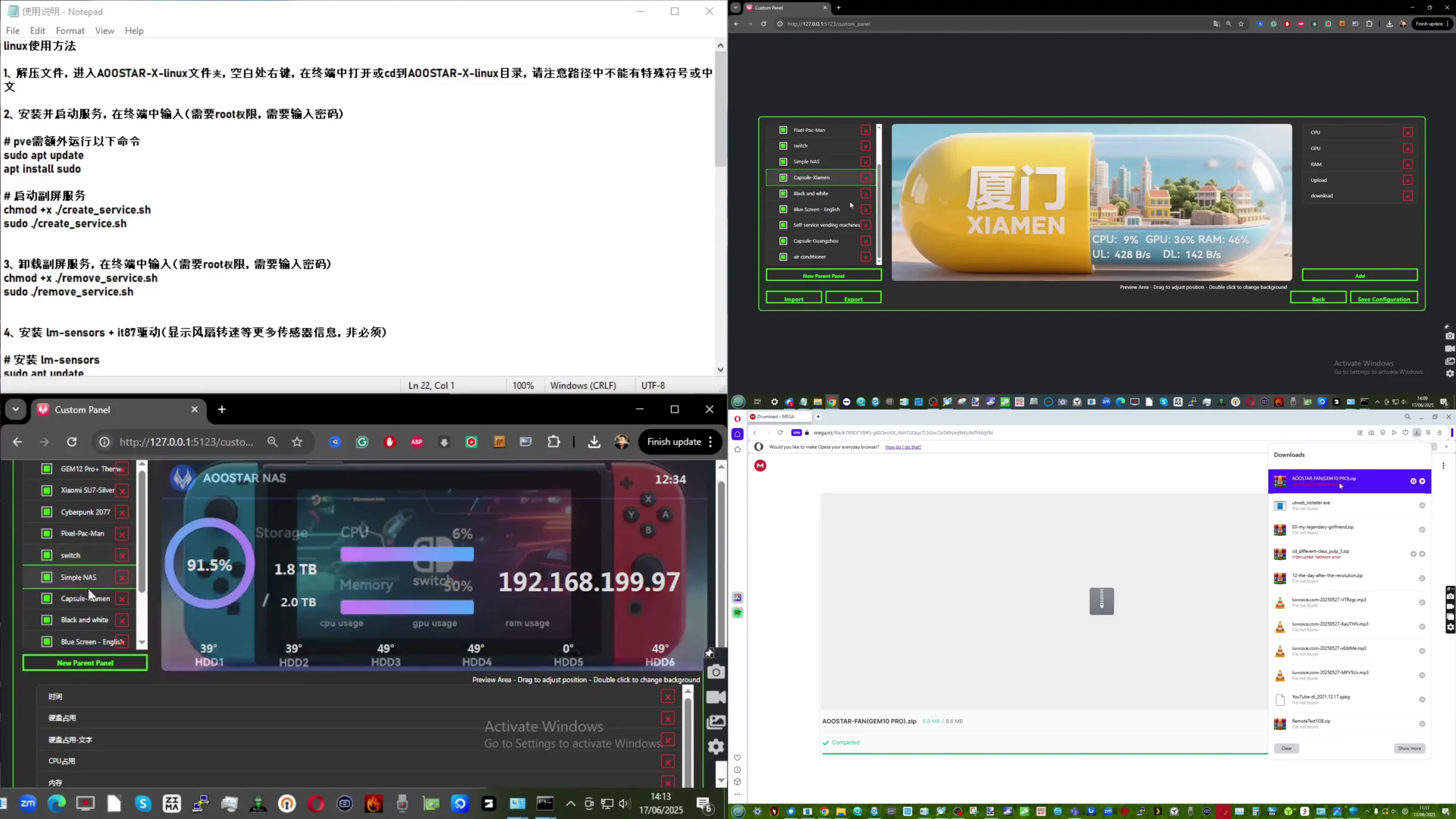
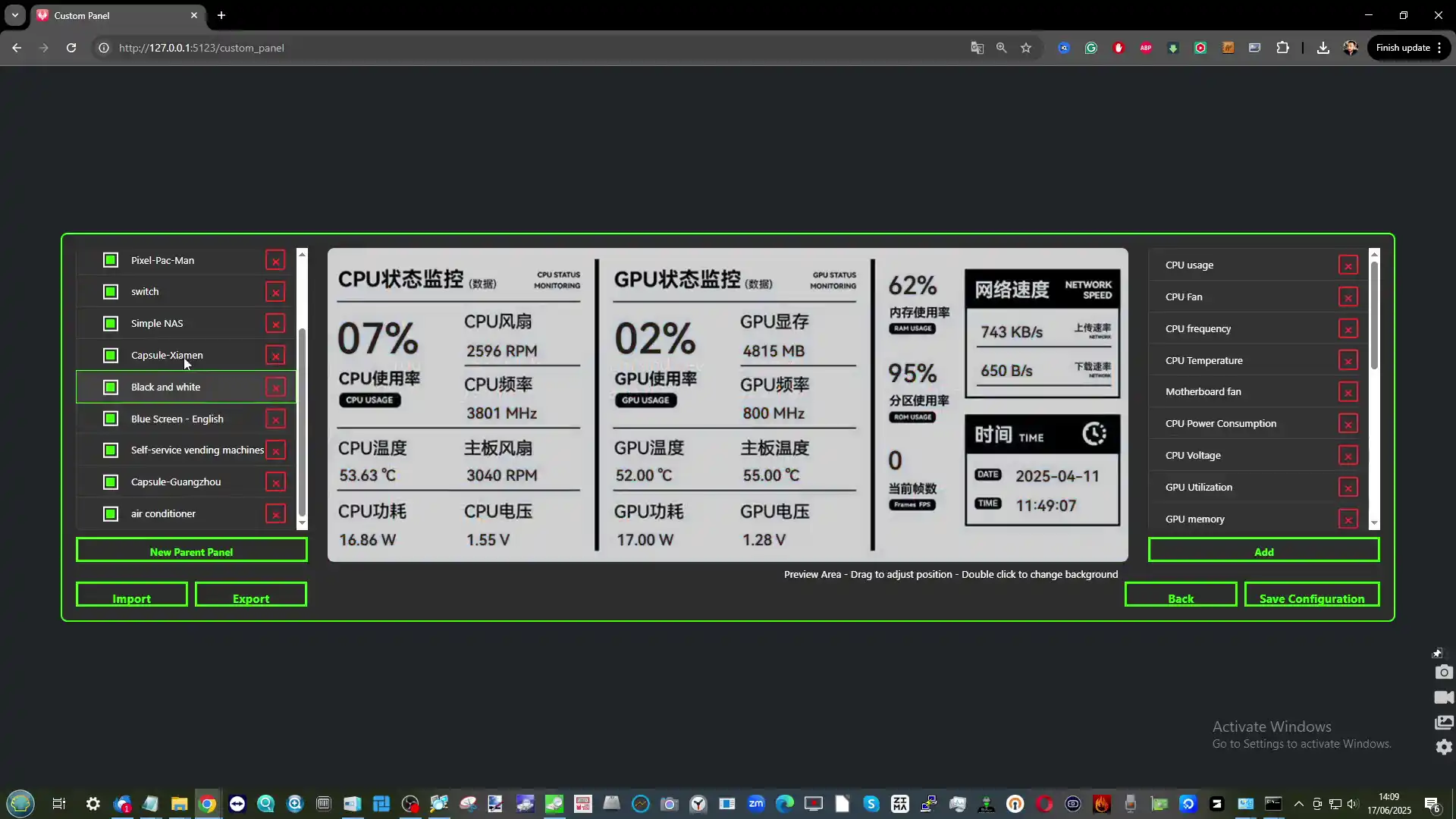
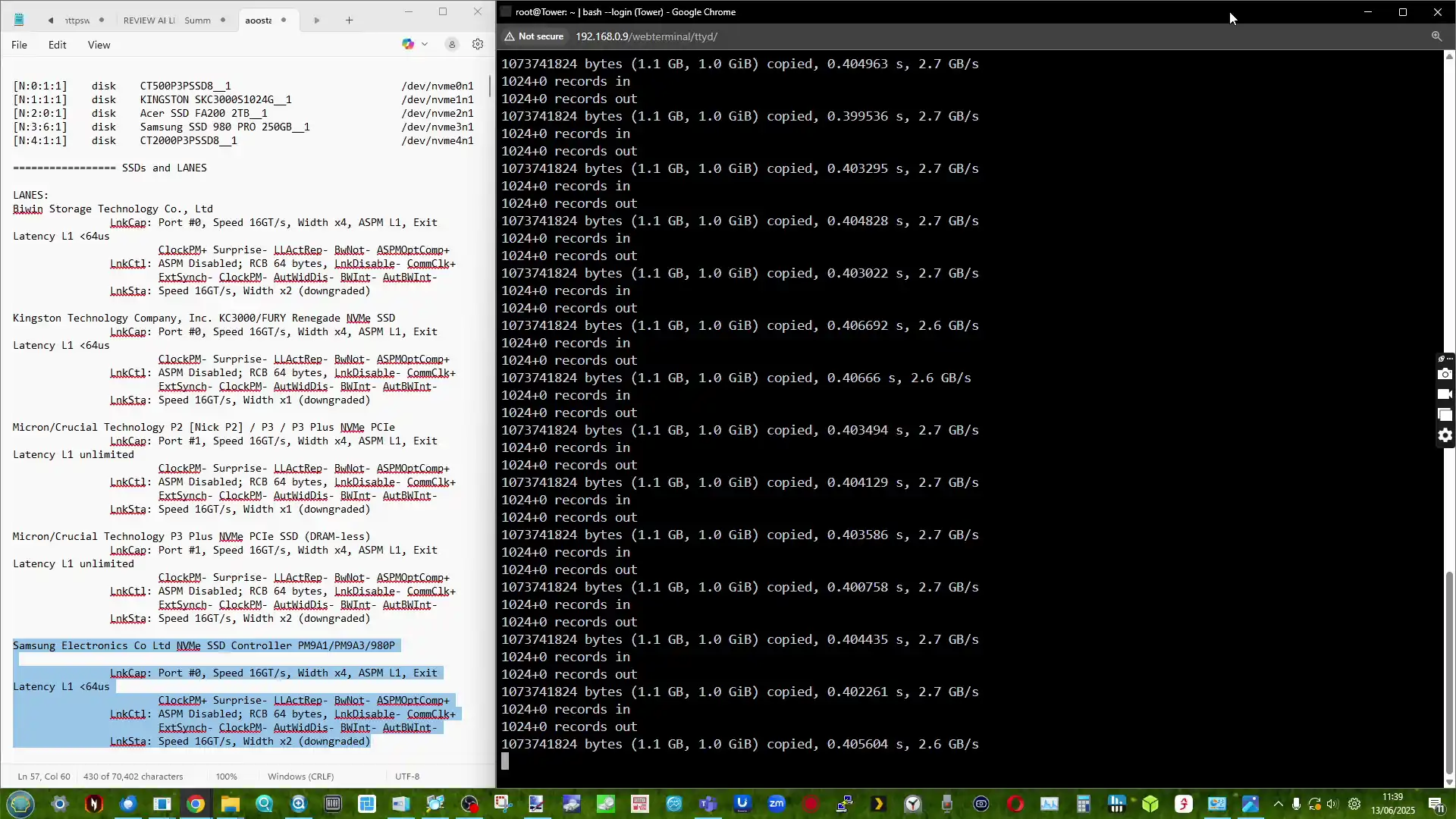
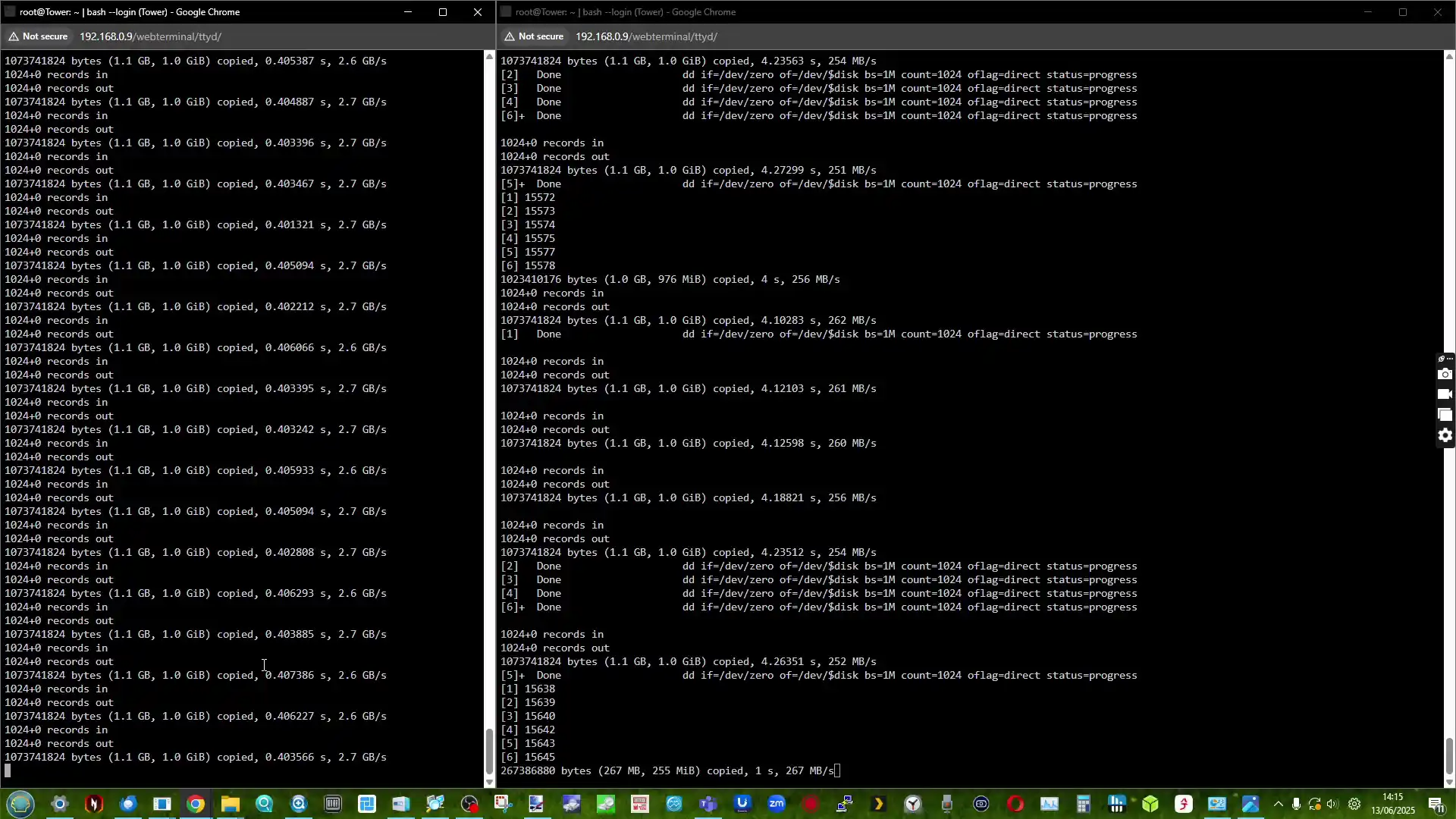
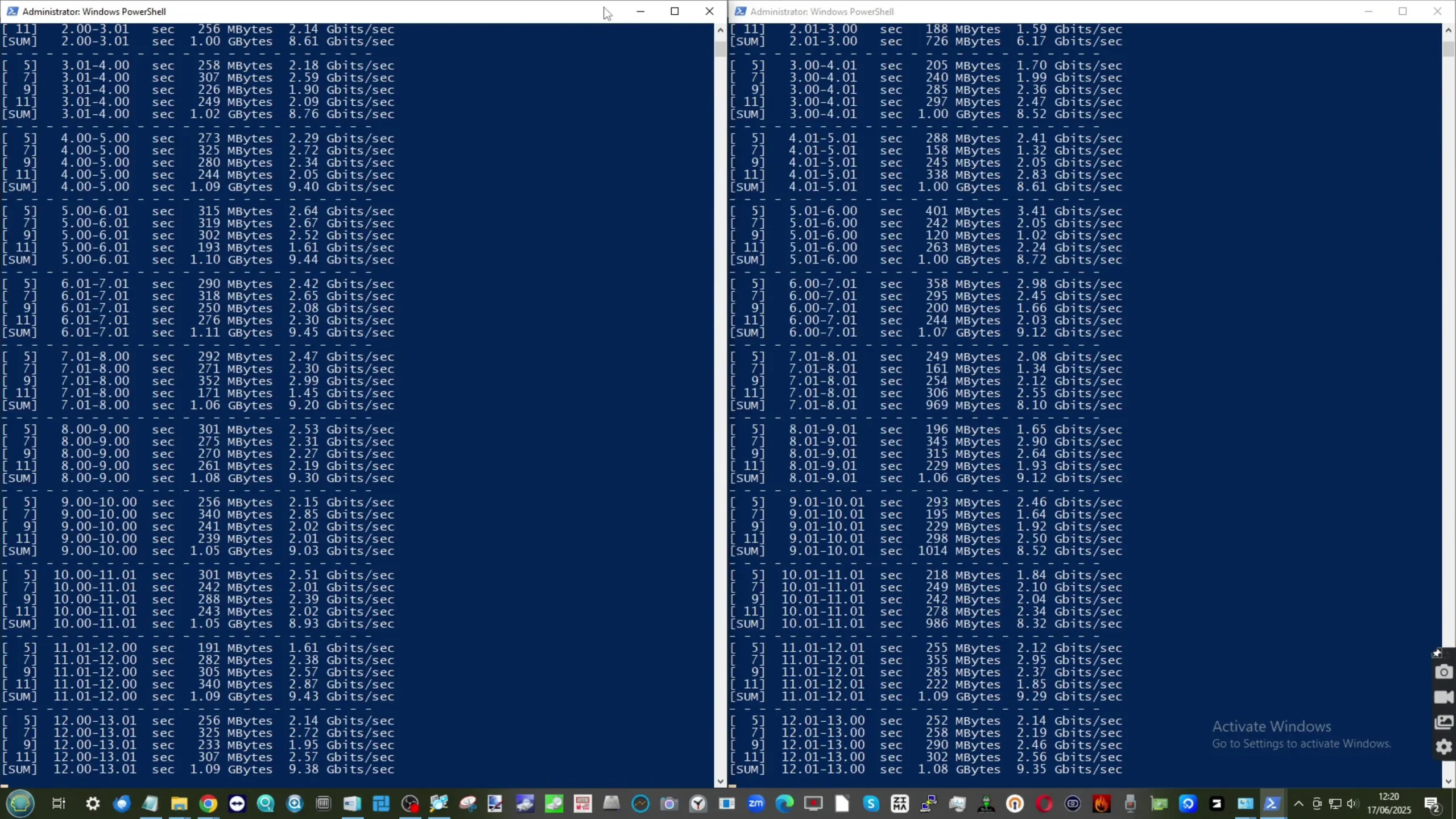
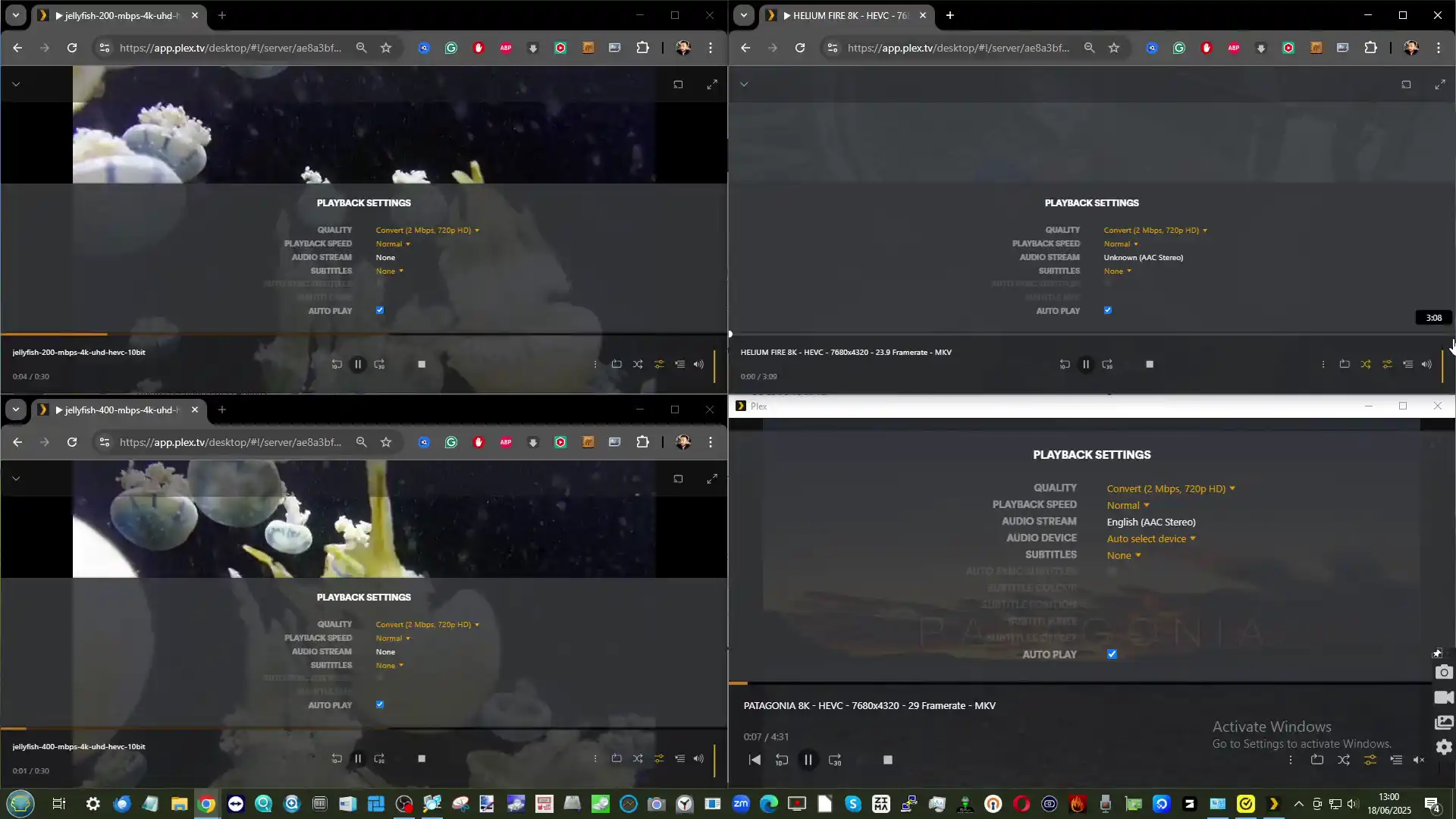
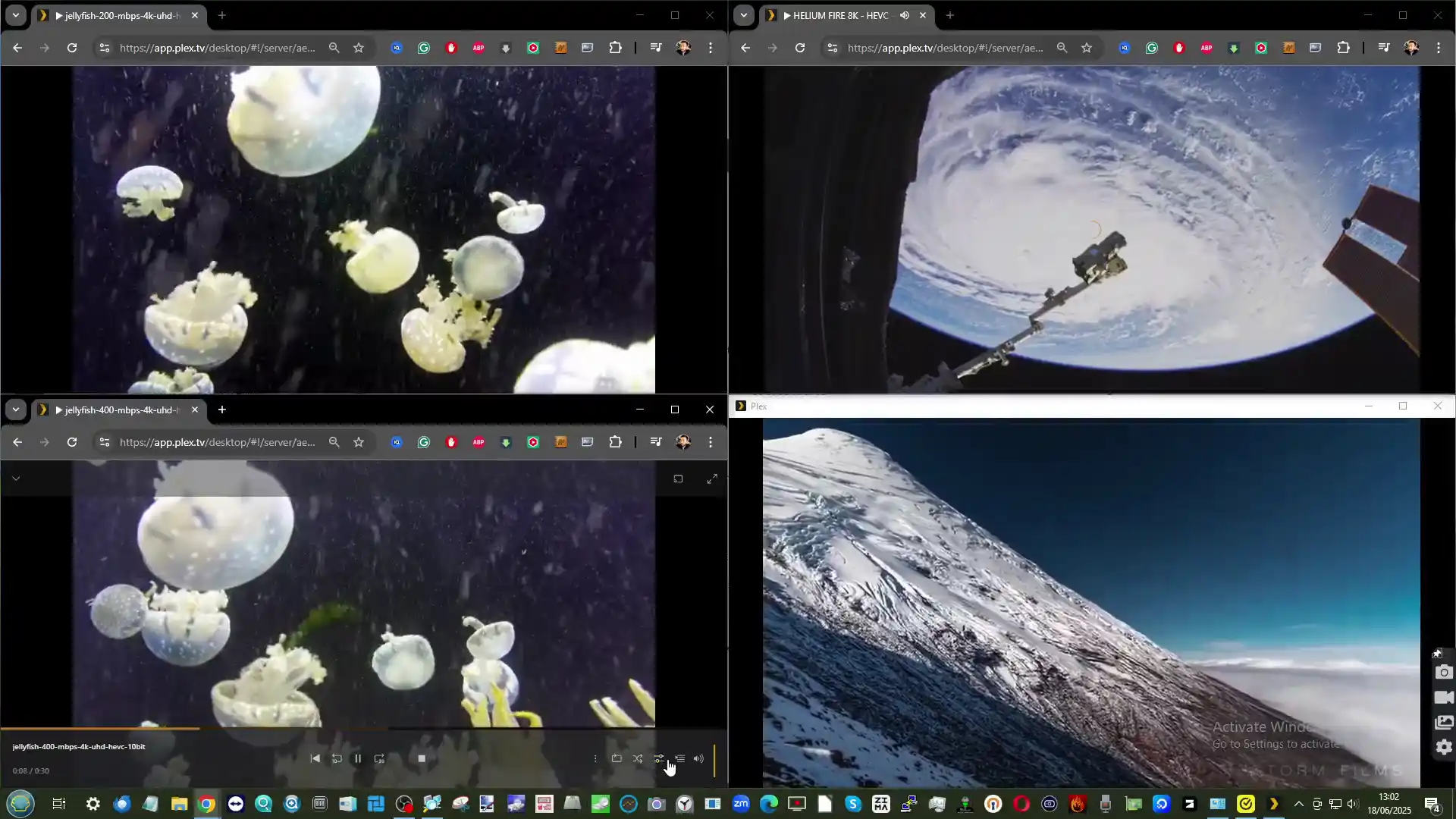
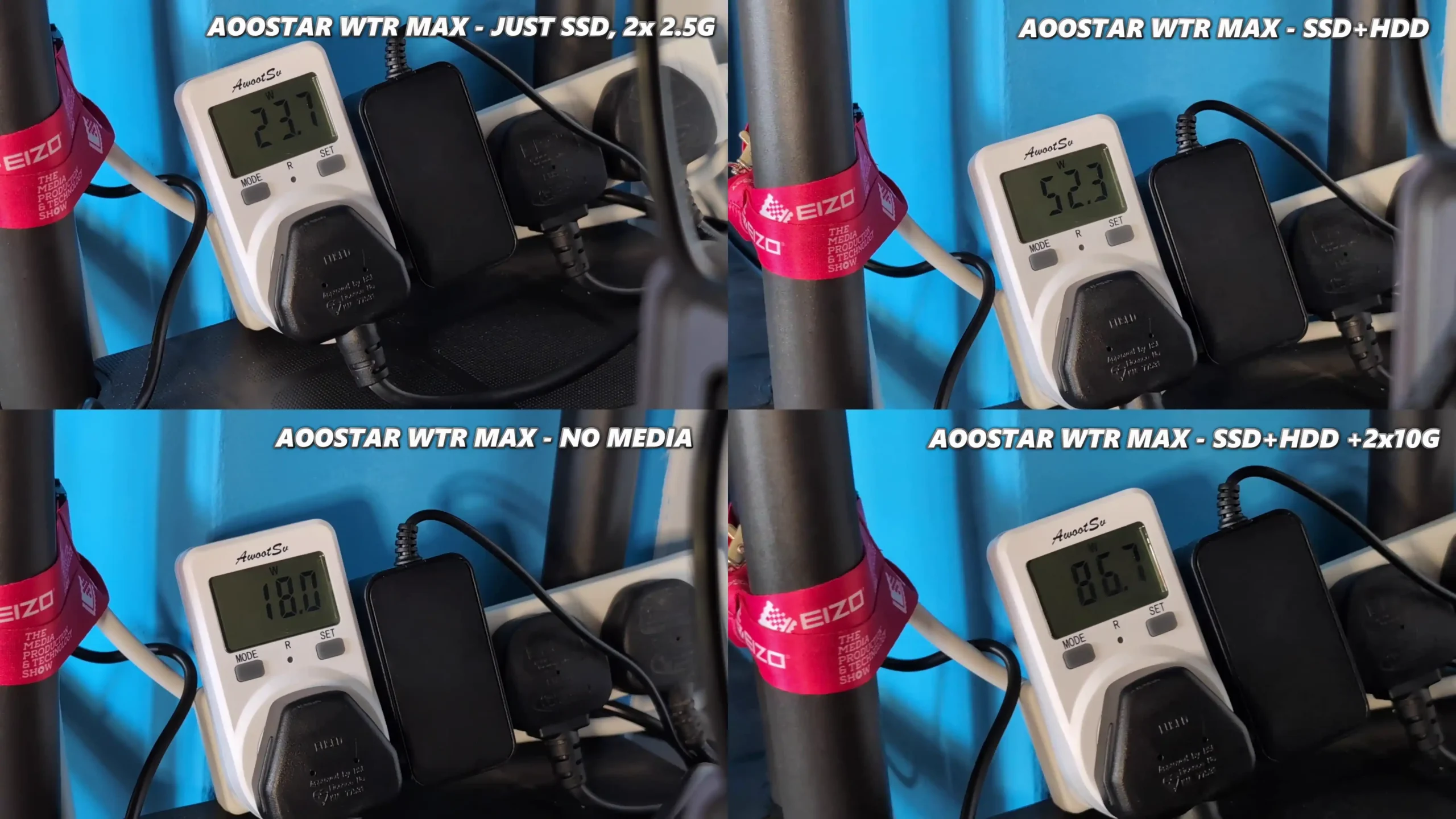
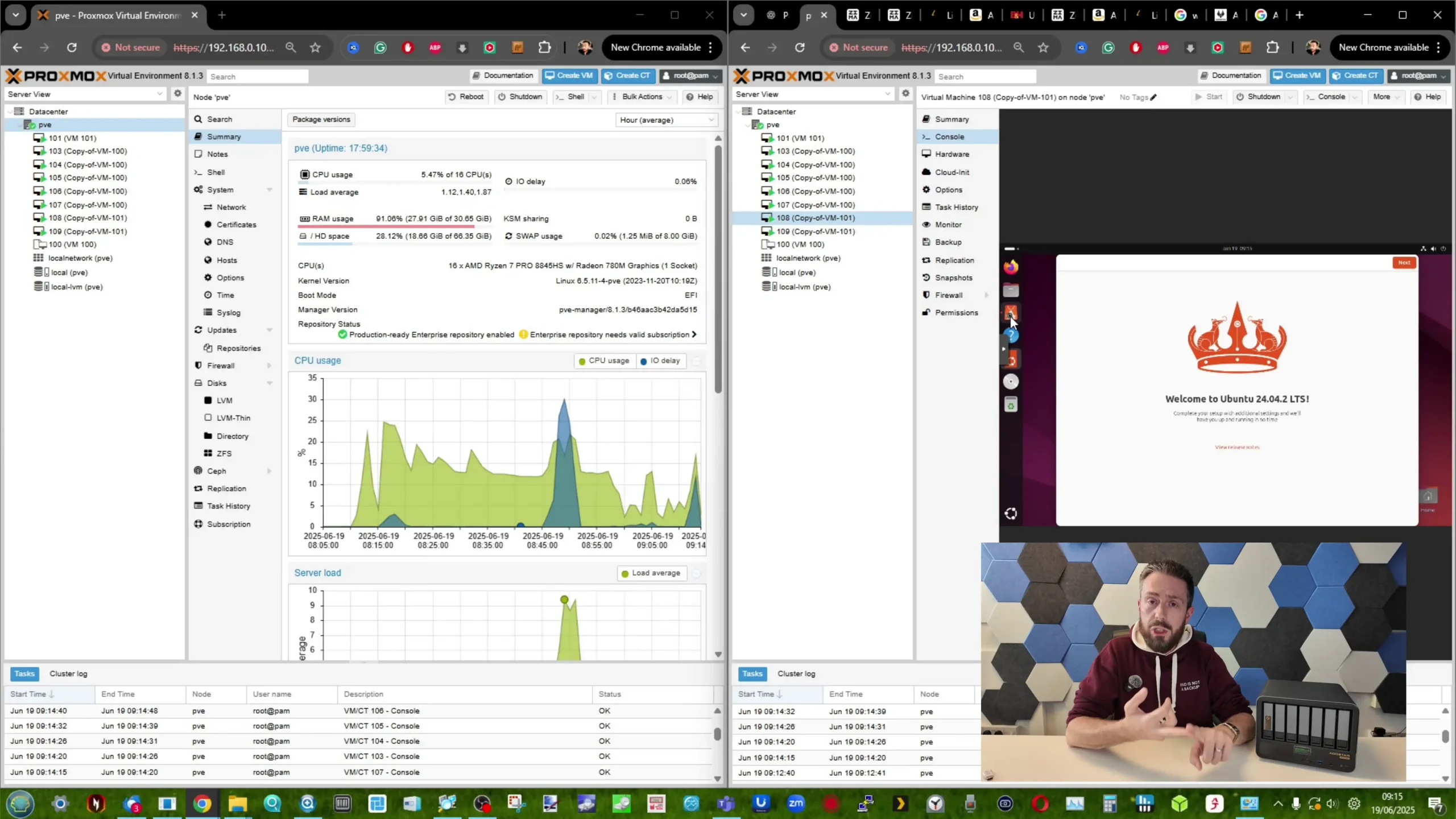
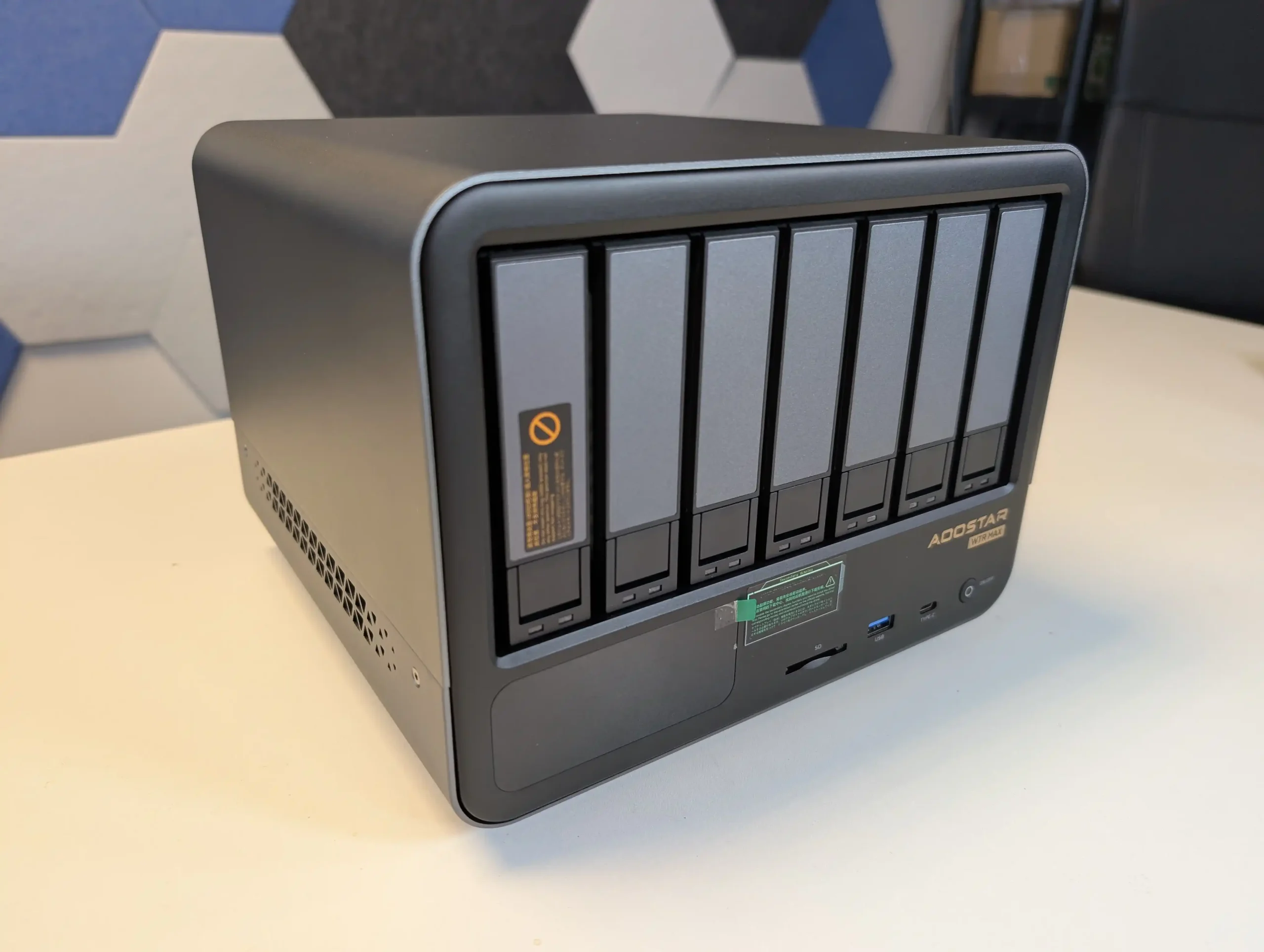
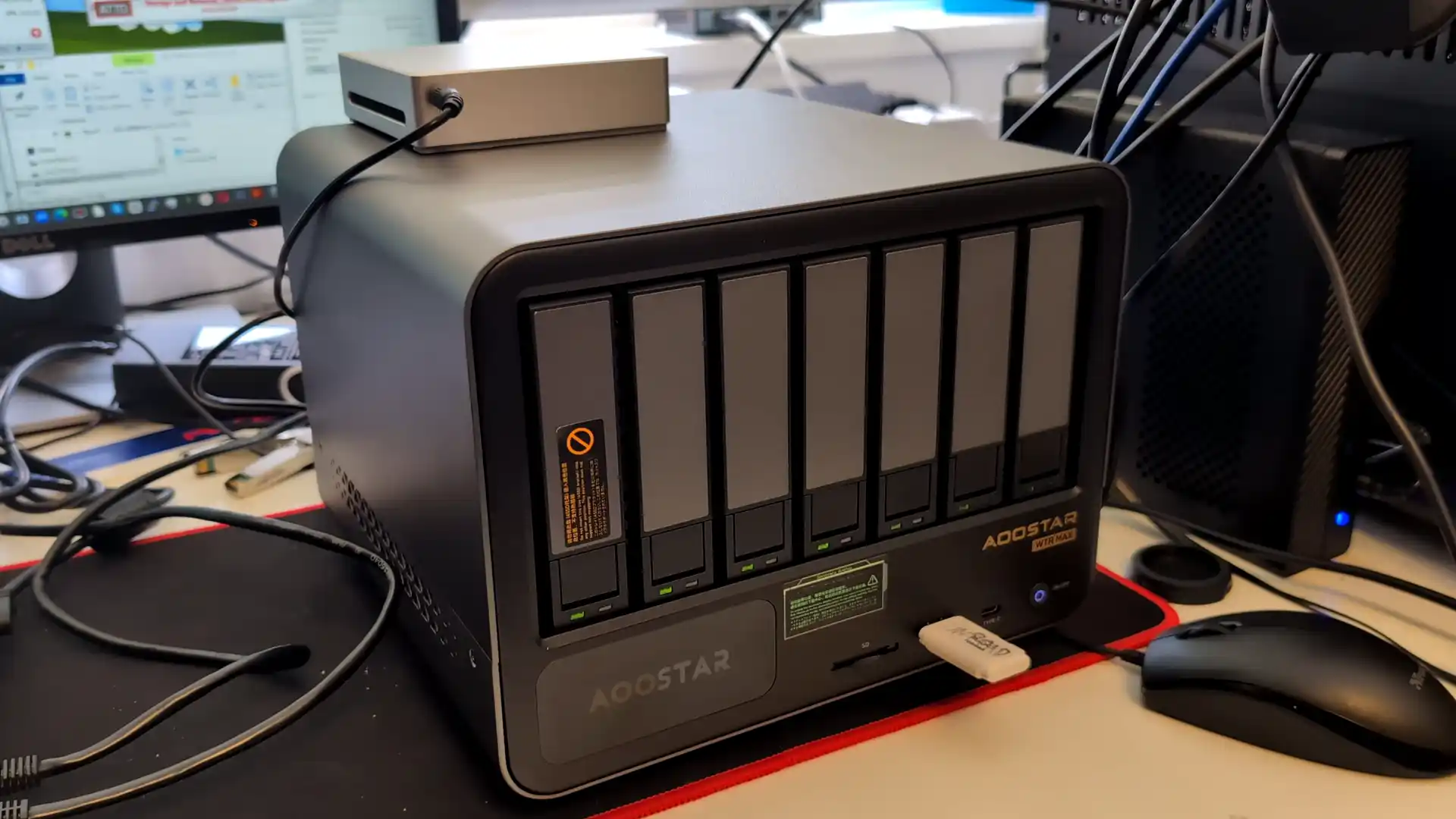
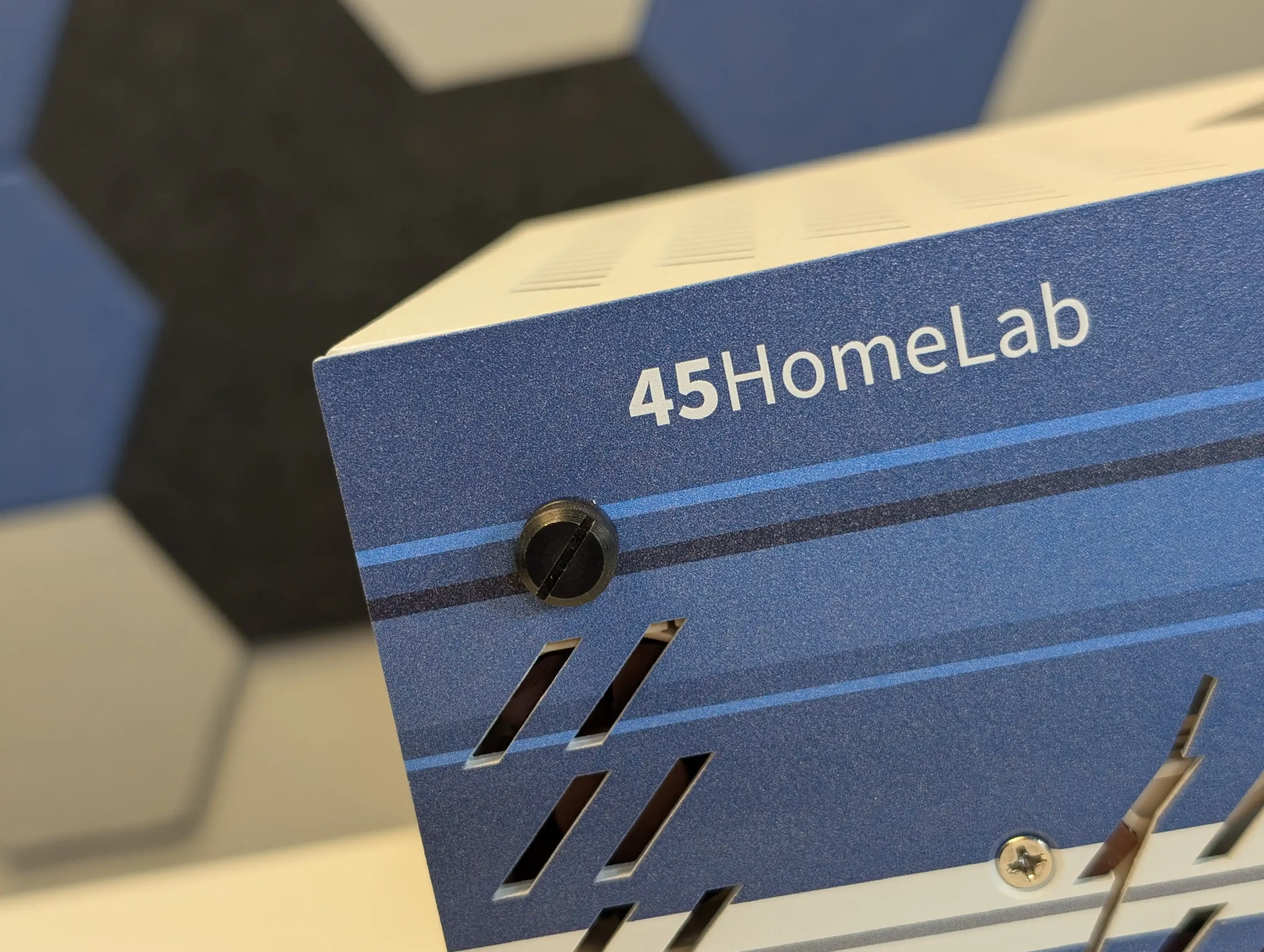
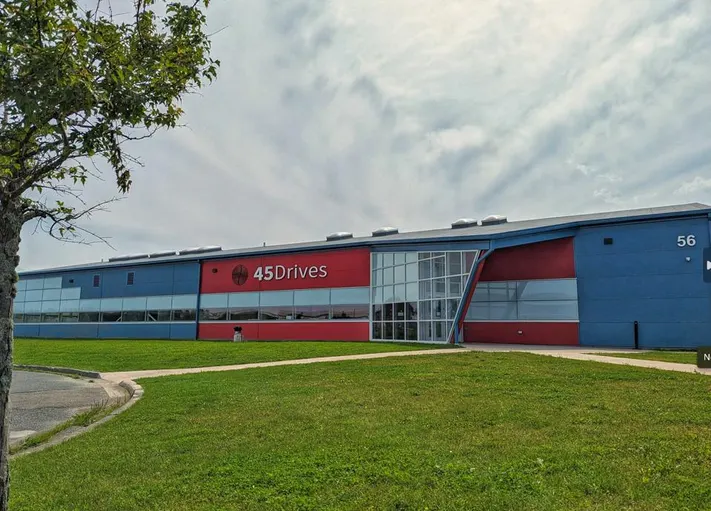
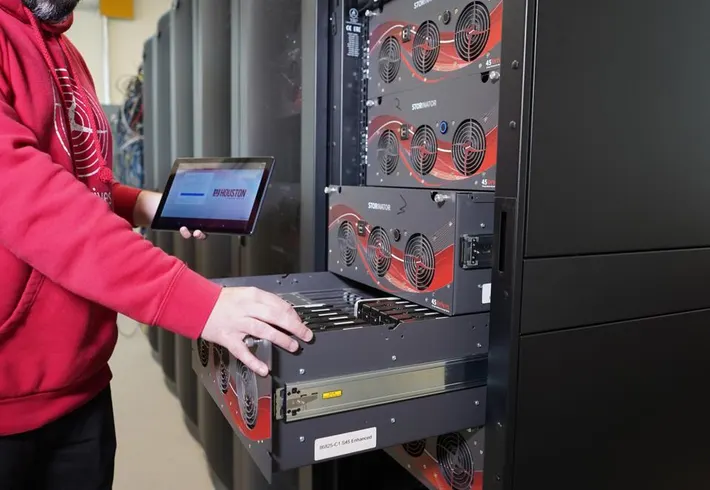

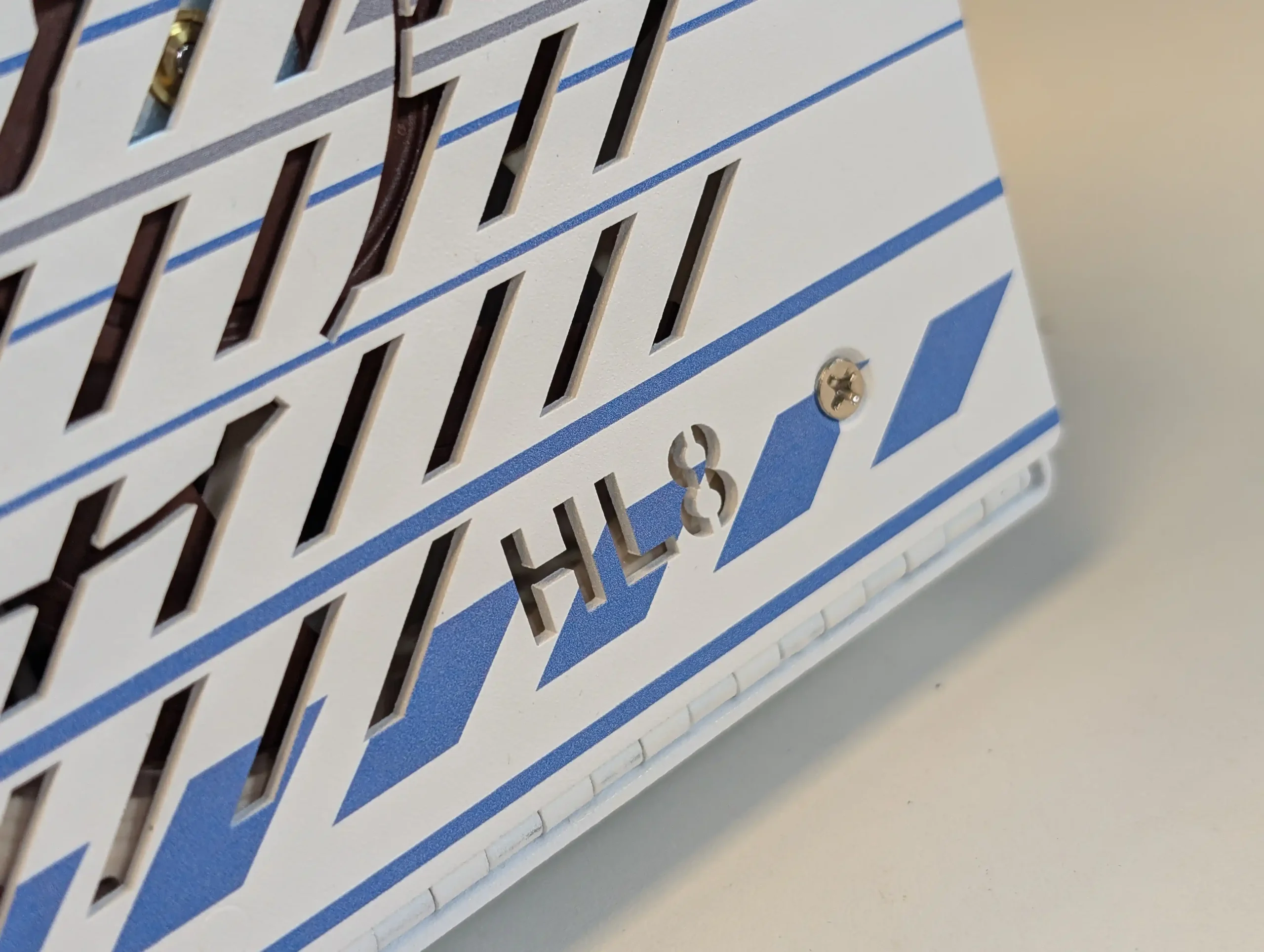
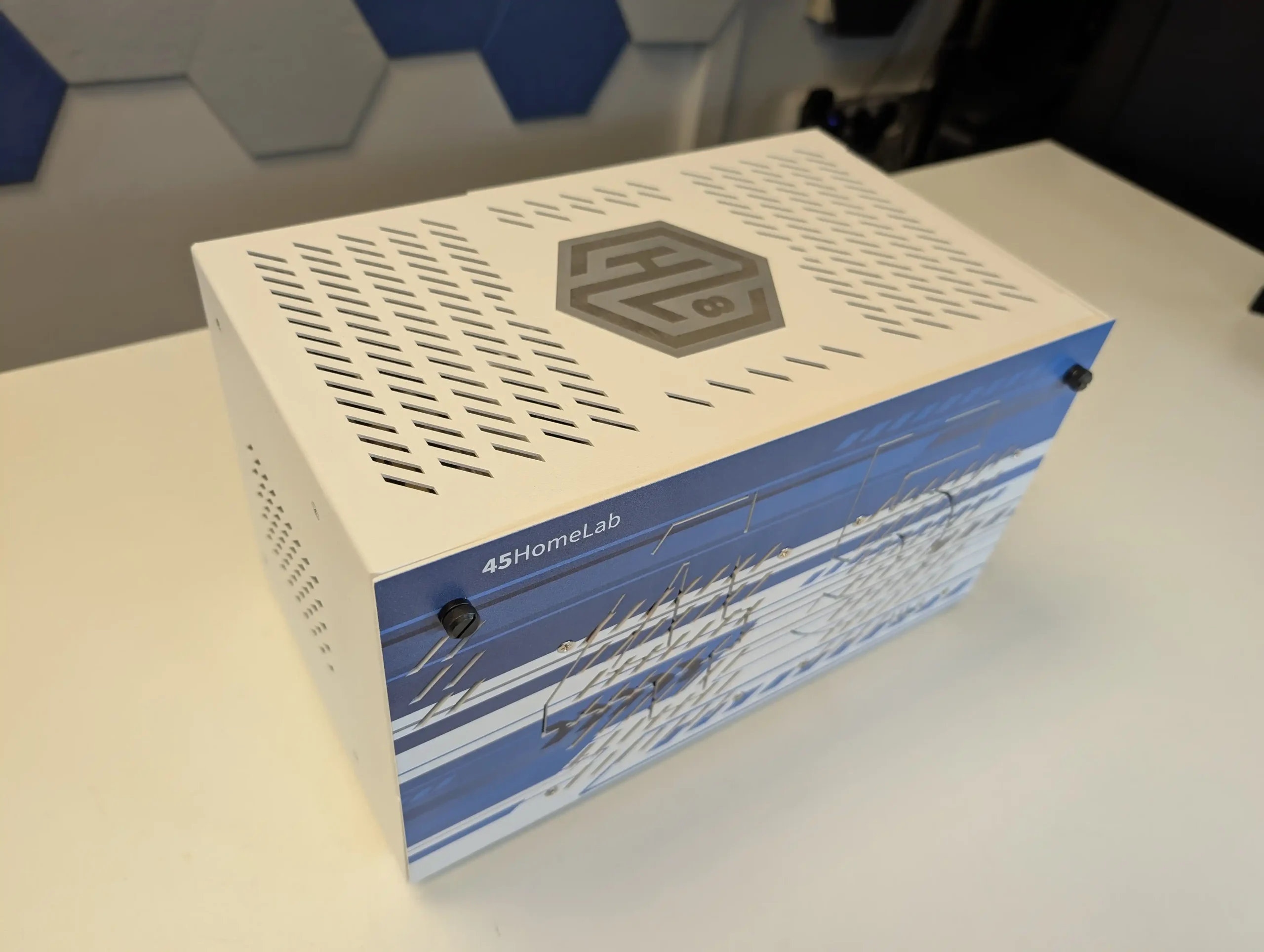 The finish is matte and durable, avoiding cheap plastics or decorative panels. Buyers can choose between metal and acrylic front plates, and several color options are available, offering some degree of personalization—something rarely seen at this tier. Branding is subtle, with the HL8 model designation etched into the top panel and a logo plate on the front face.
The finish is matte and durable, avoiding cheap plastics or decorative panels. Buyers can choose between metal and acrylic front plates, and several color options are available, offering some degree of personalization—something rarely seen at this tier. Branding is subtle, with the HL8 model designation etched into the top panel and a logo plate on the front face.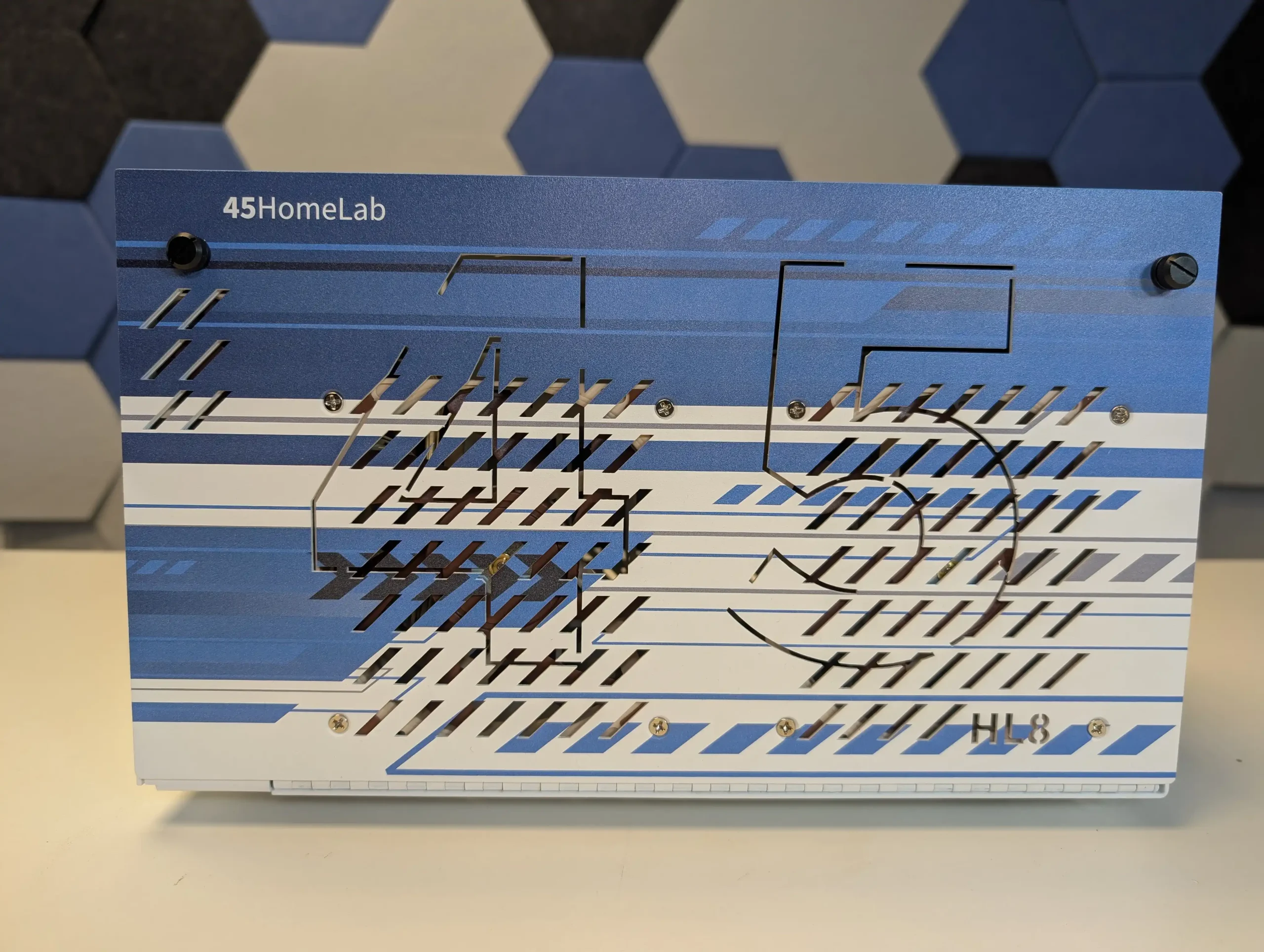
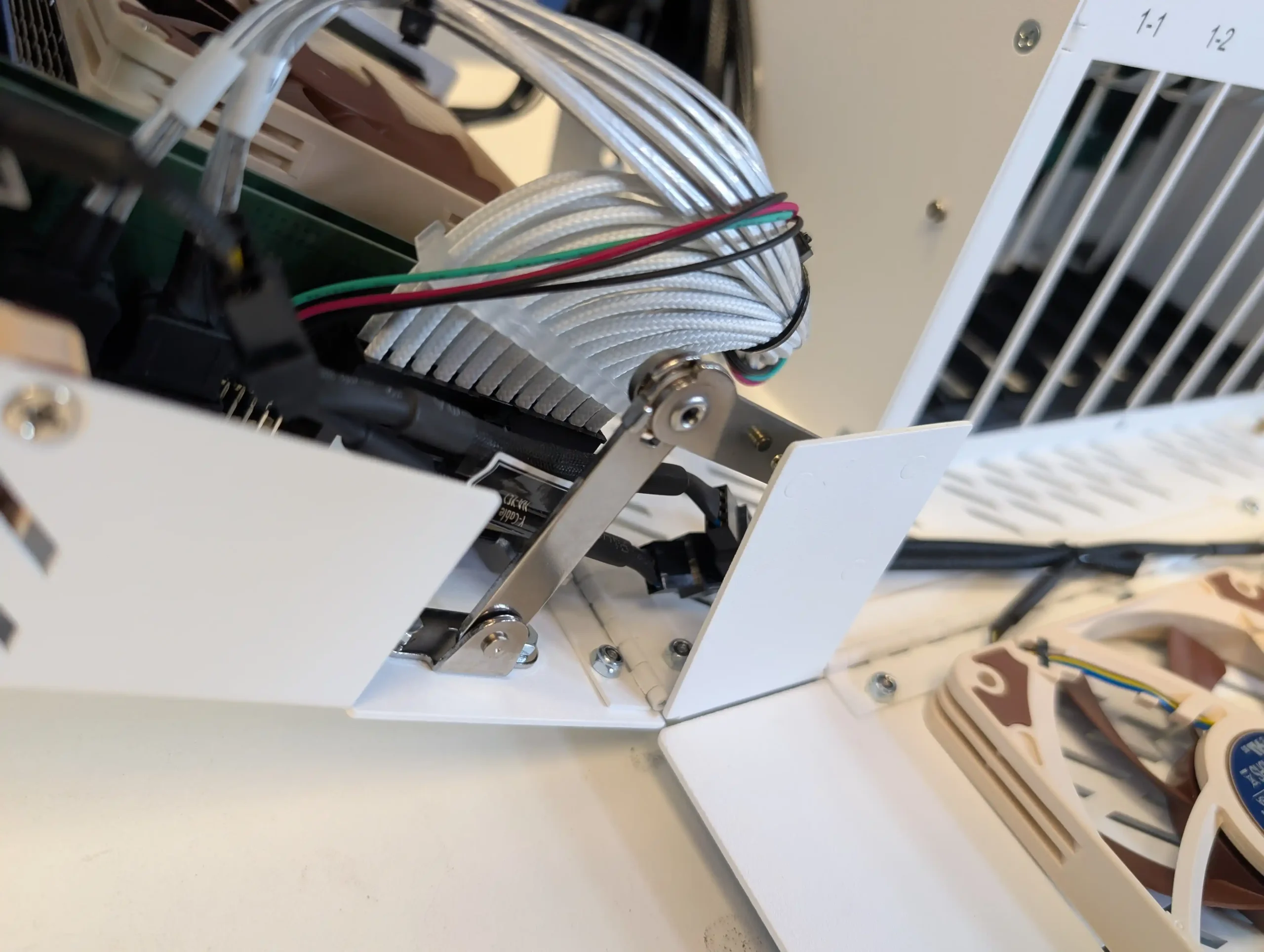 This mechanism provides real-time visibility into the system’s interior during operation, making it easier to perform diagnostics, replace fans, or adjust cabling. It’s particularly helpful for users who regularly service or upgrade their systems, and it avoids many of the frustrations associated with cramped or tool-dependent access panels.
This mechanism provides real-time visibility into the system’s interior during operation, making it easier to perform diagnostics, replace fans, or adjust cabling. It’s particularly helpful for users who regularly service or upgrade their systems, and it avoids many of the frustrations associated with cramped or tool-dependent access panels.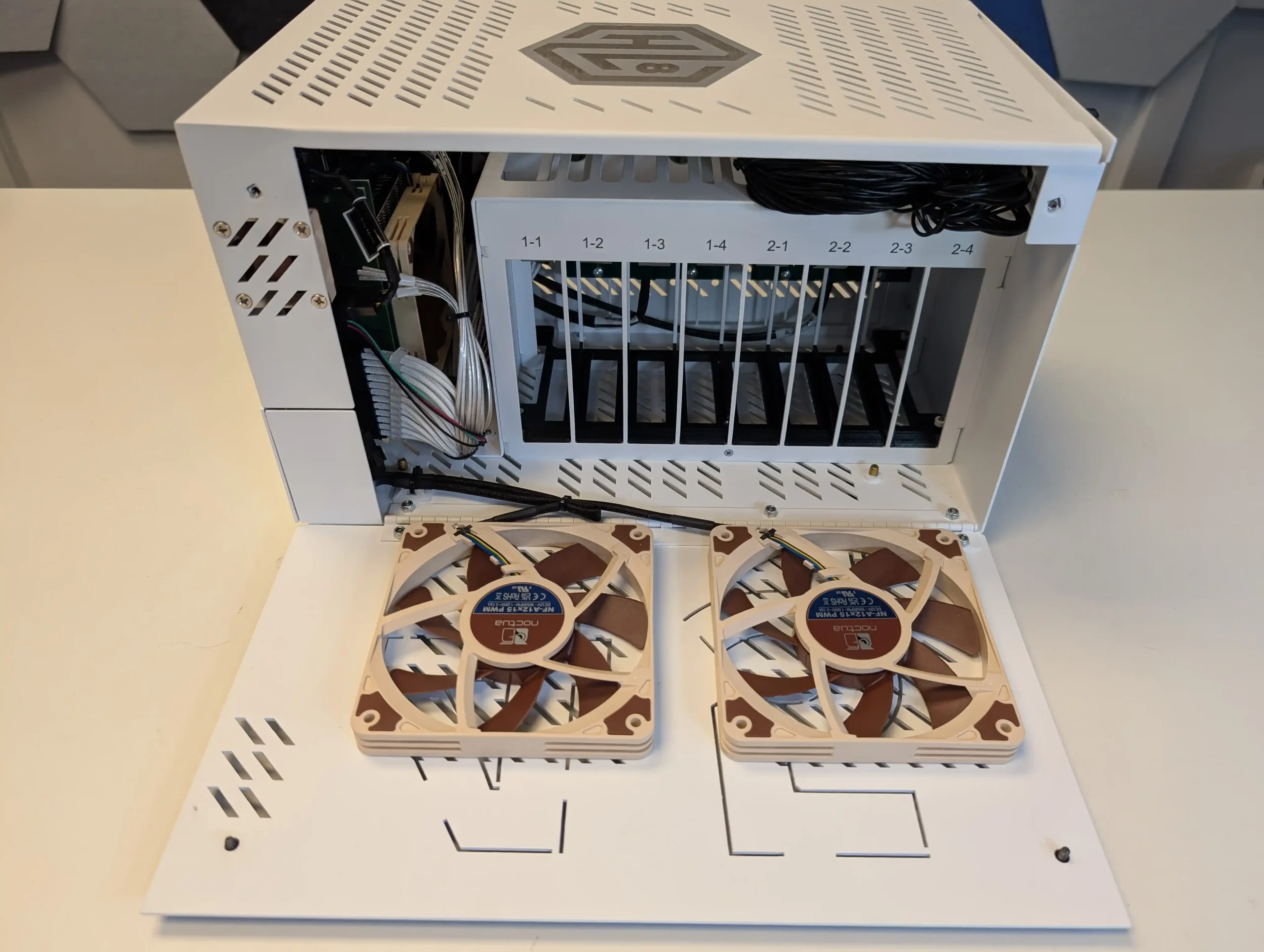
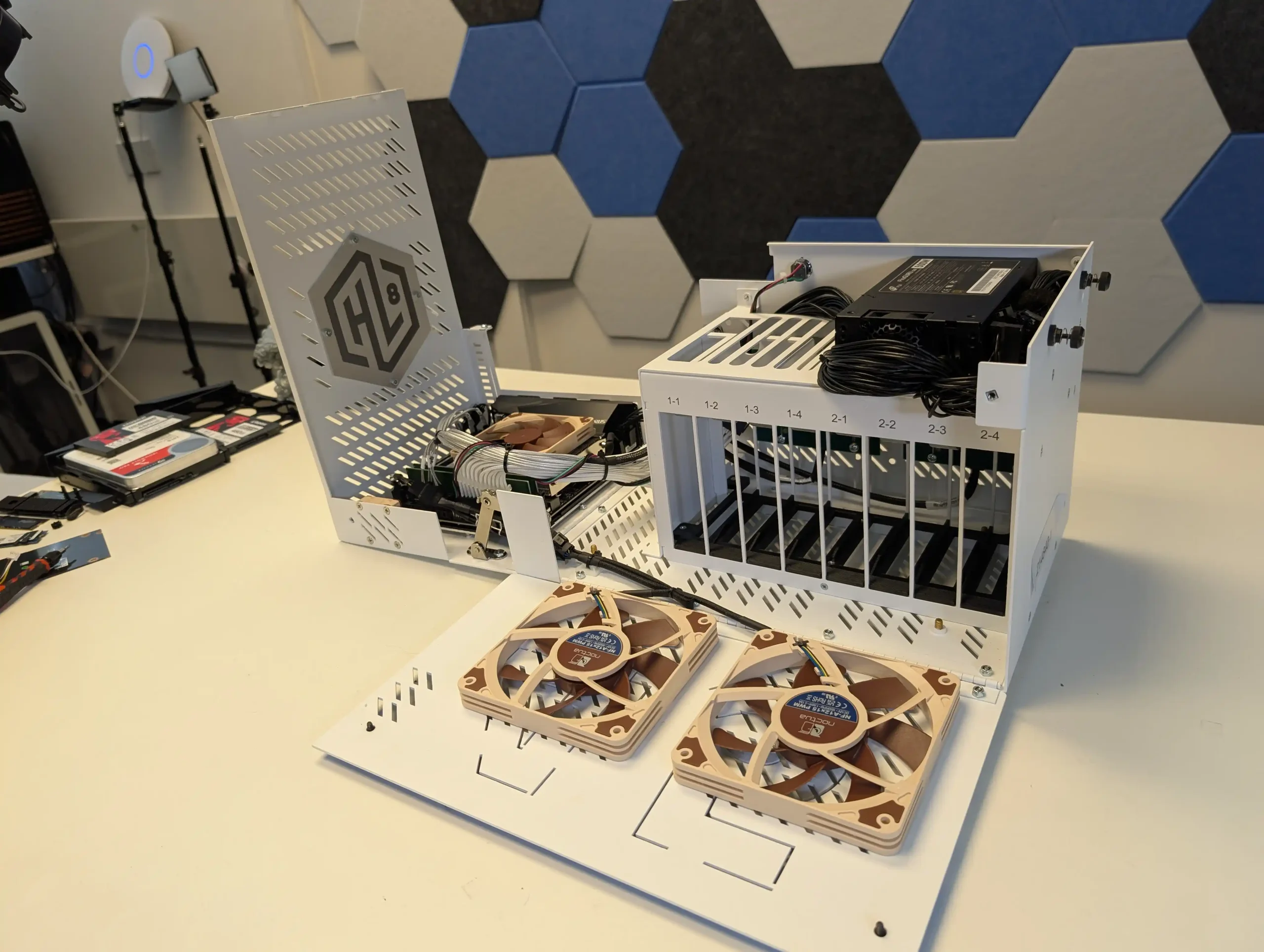
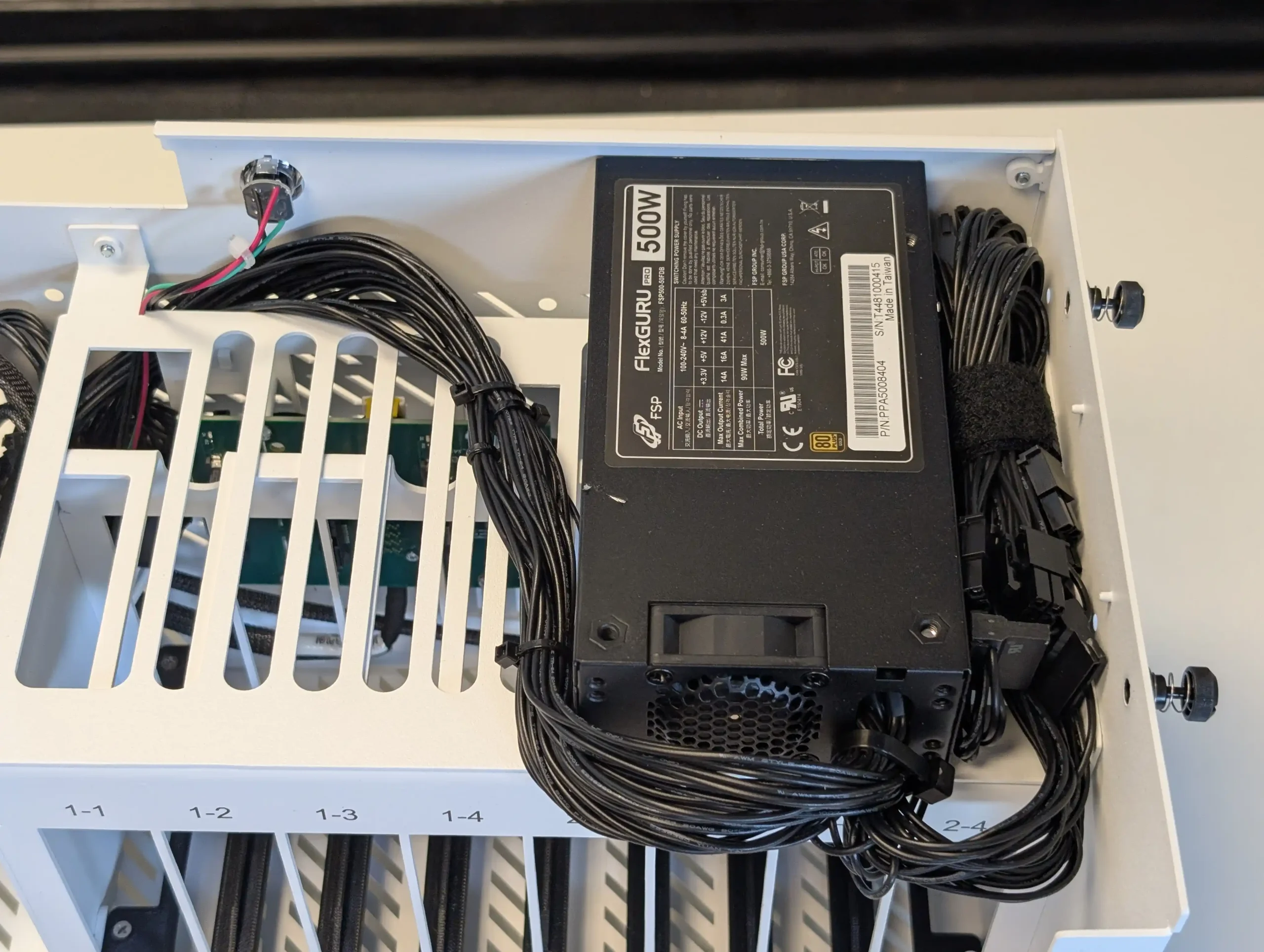
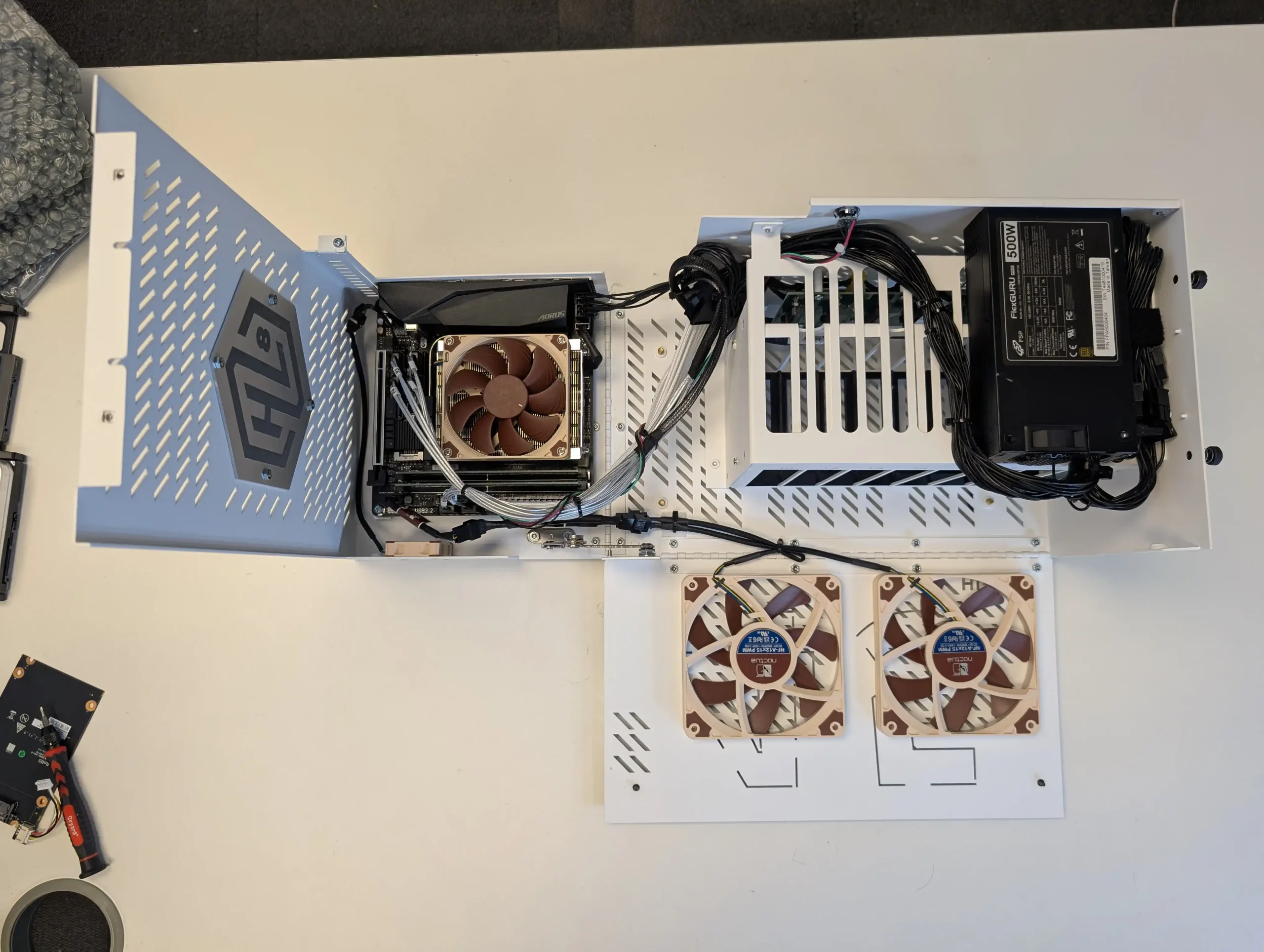
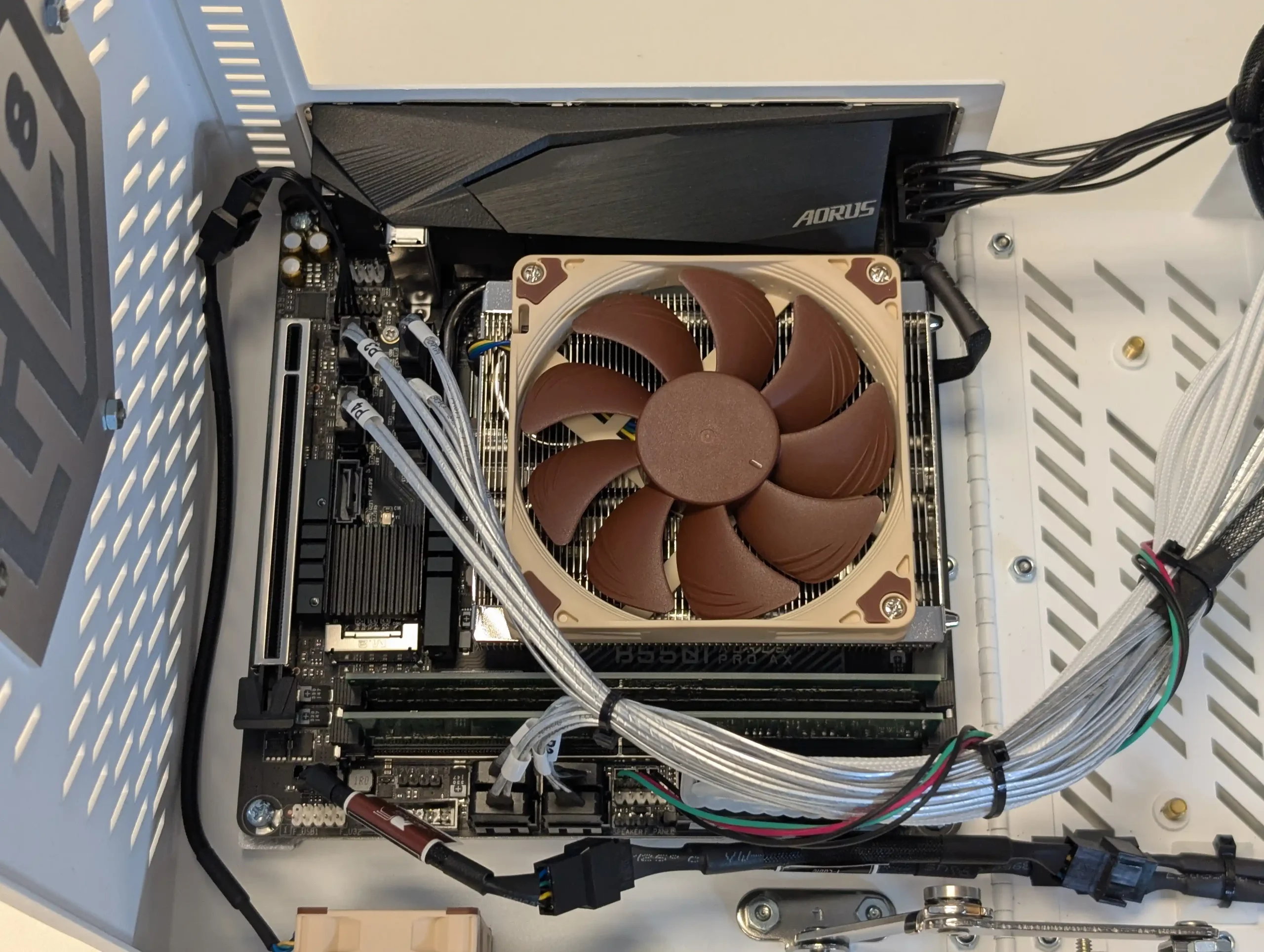
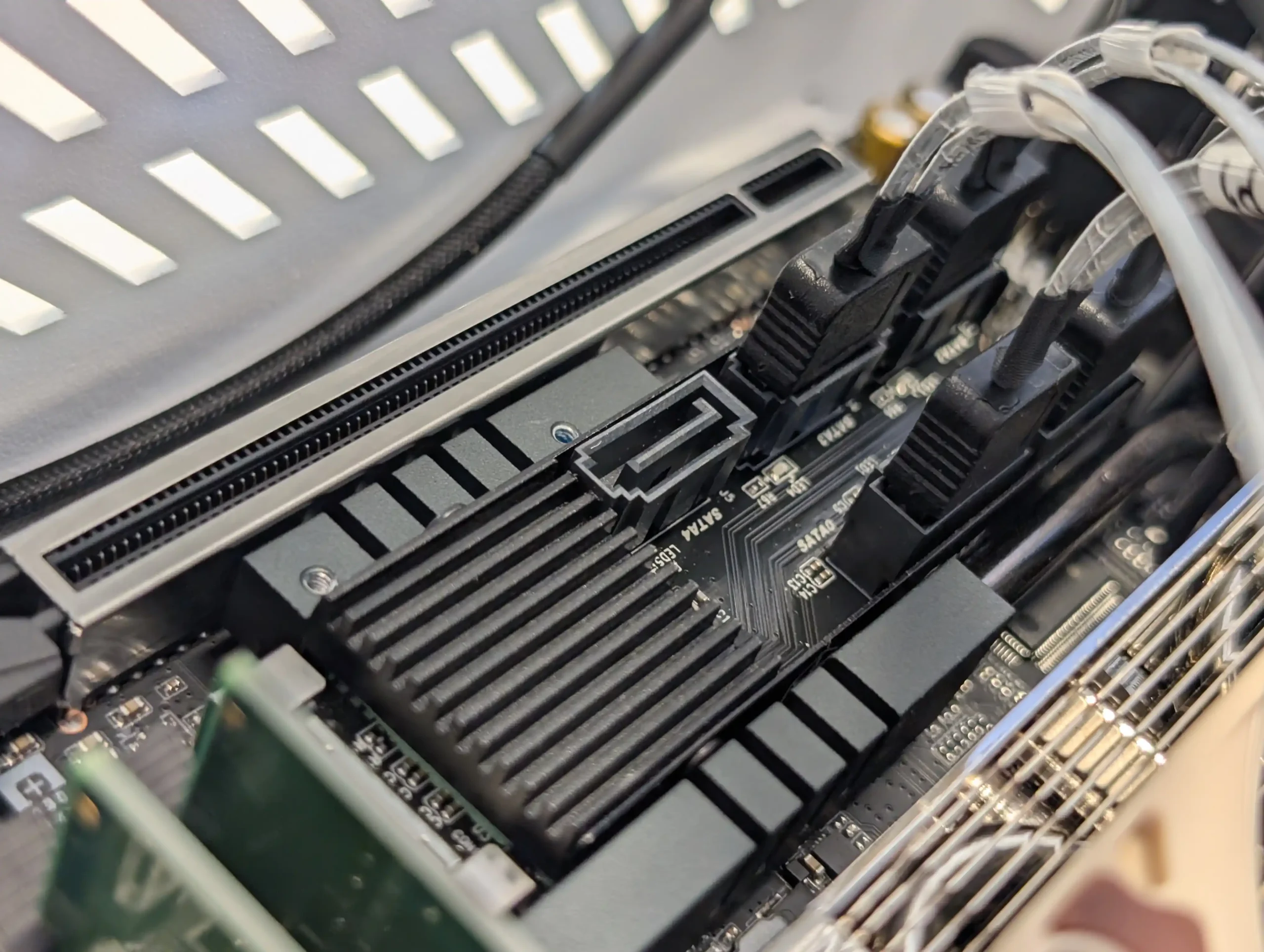
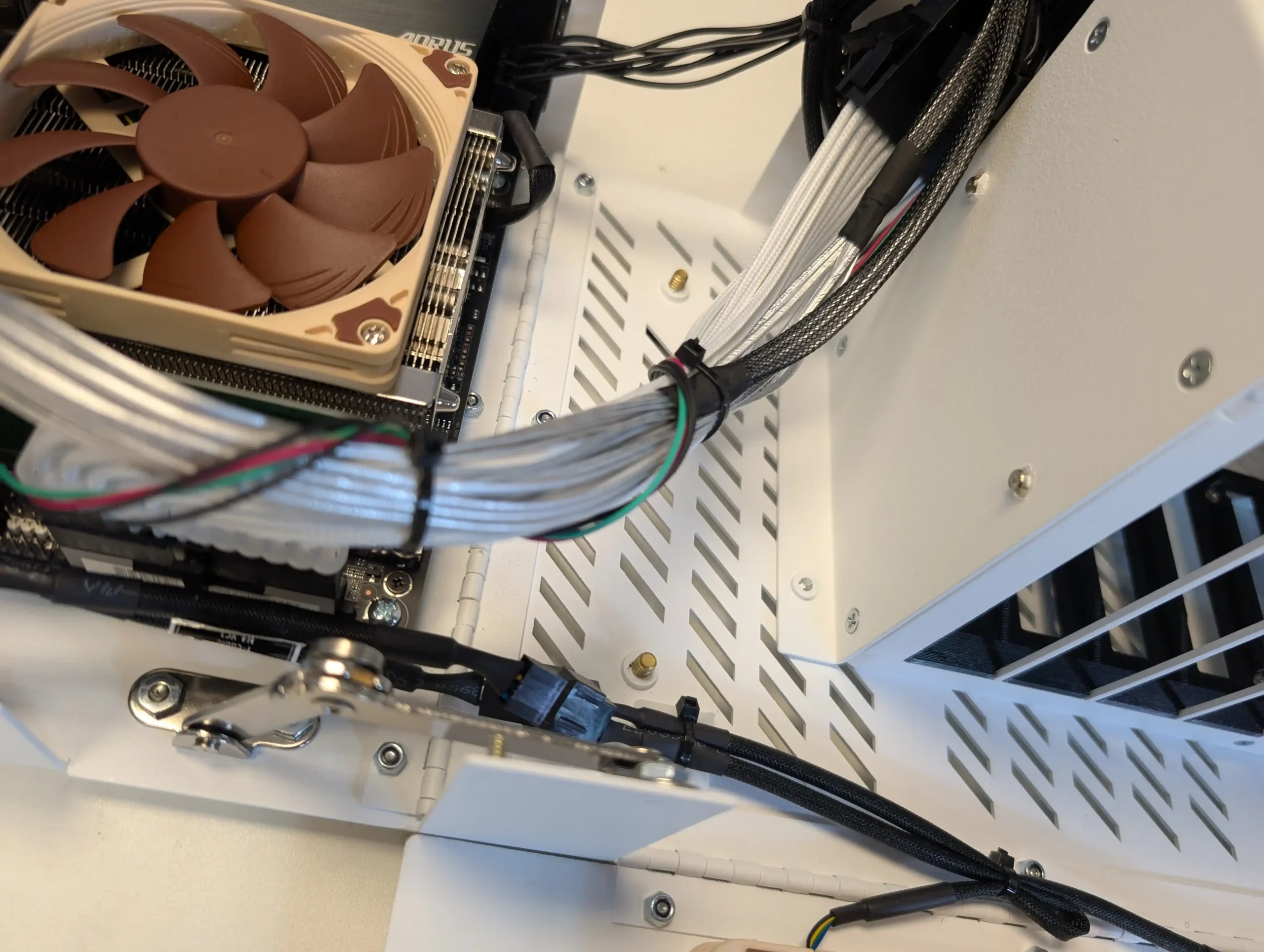
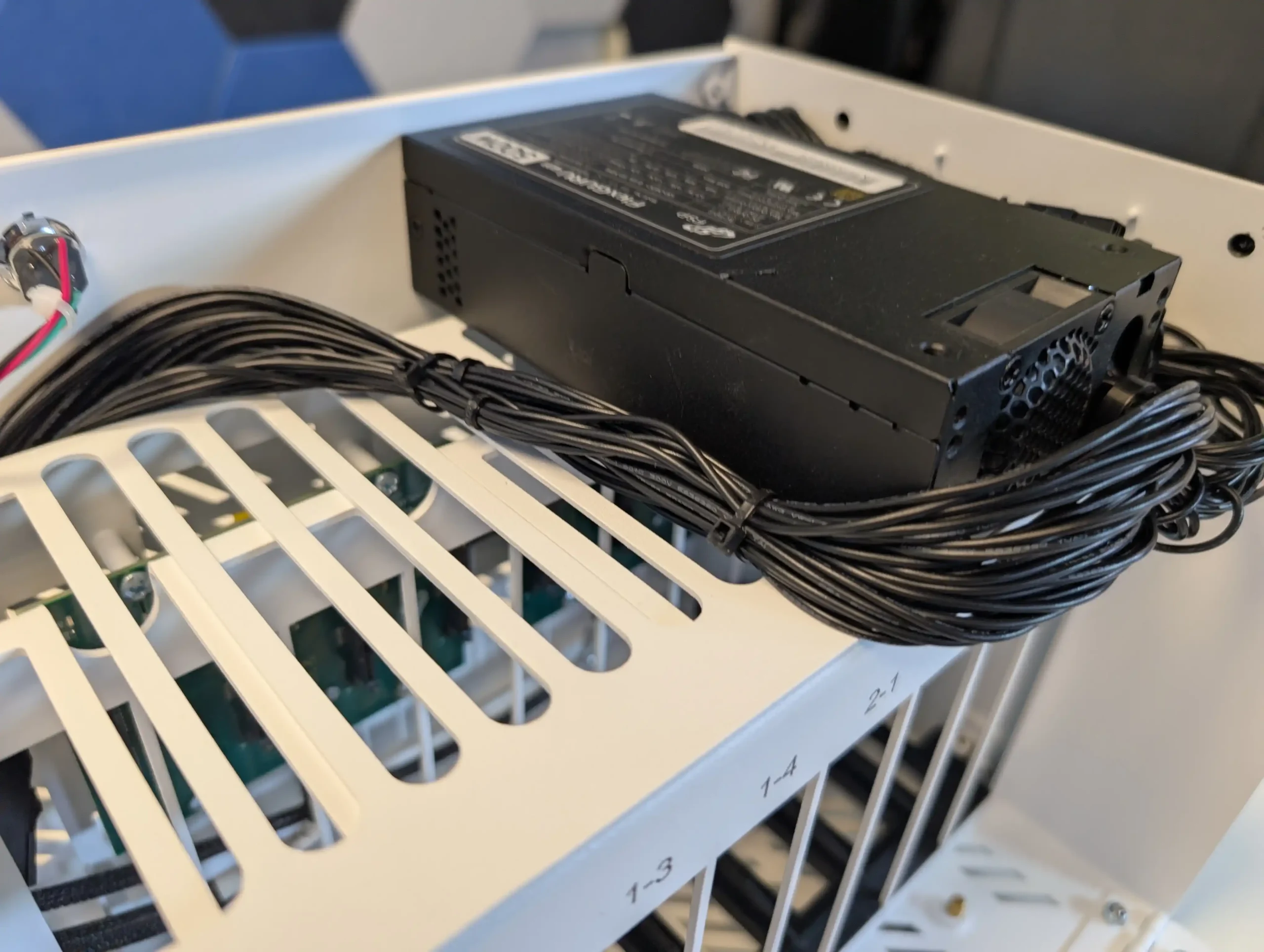
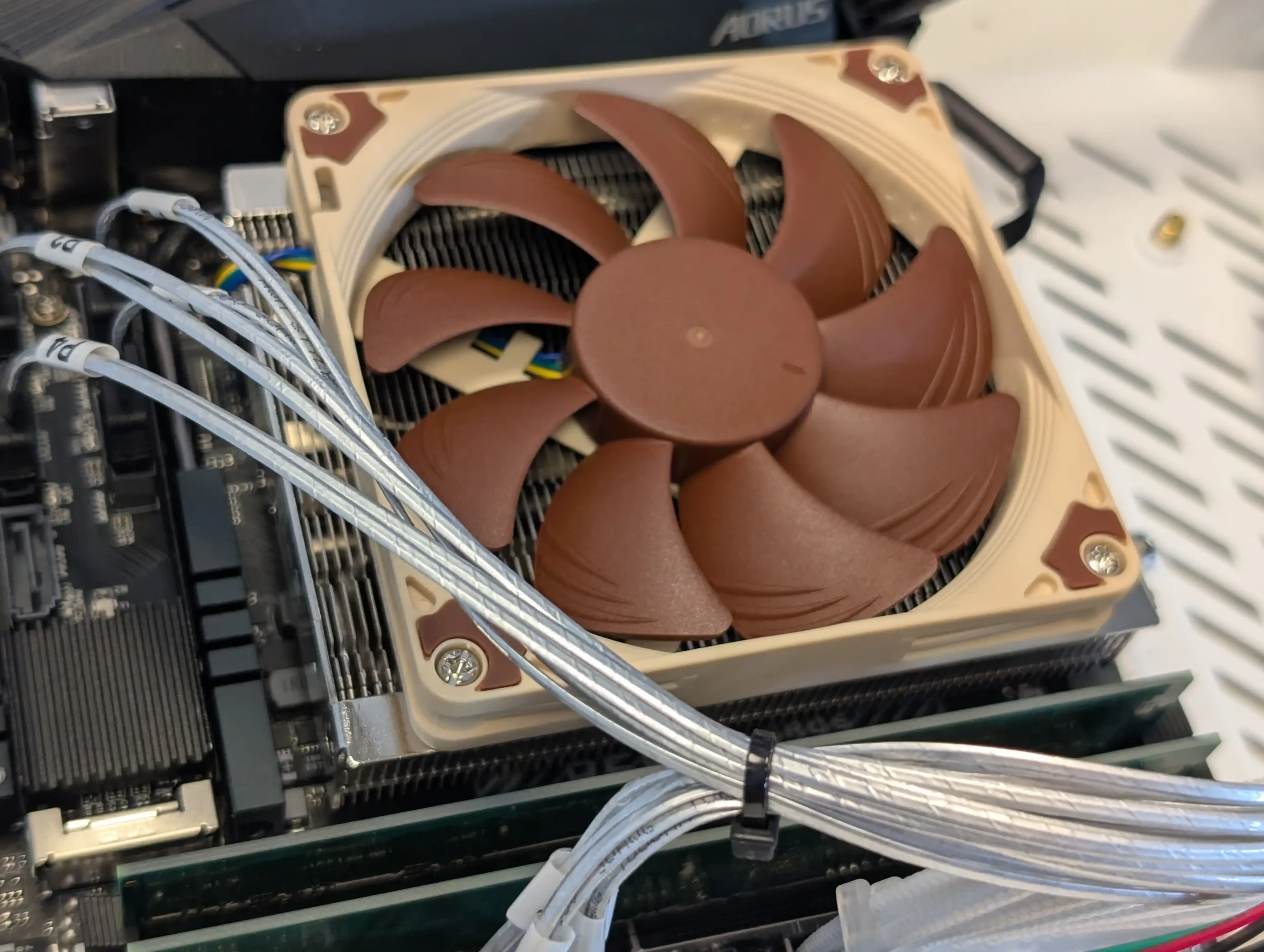
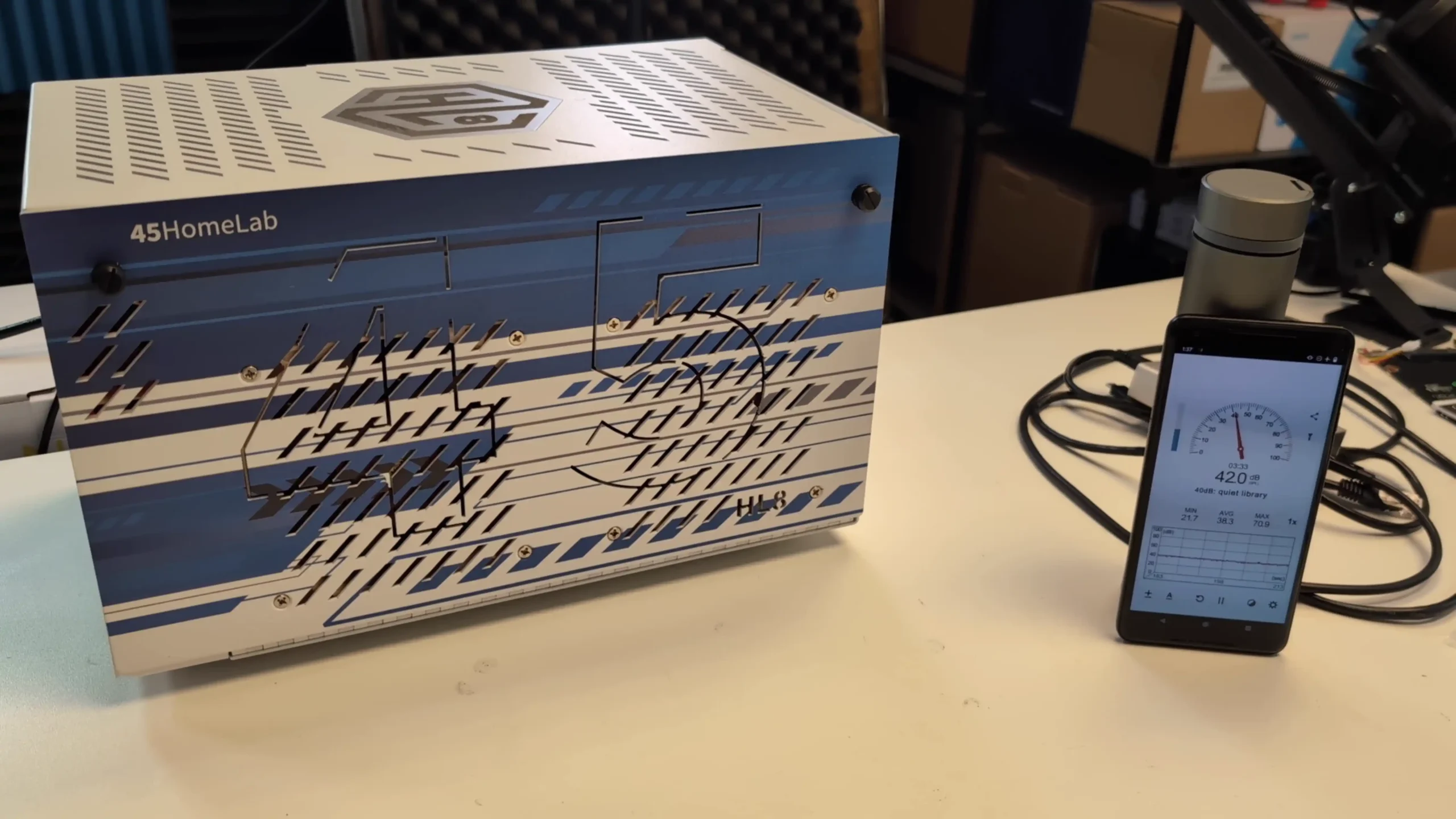
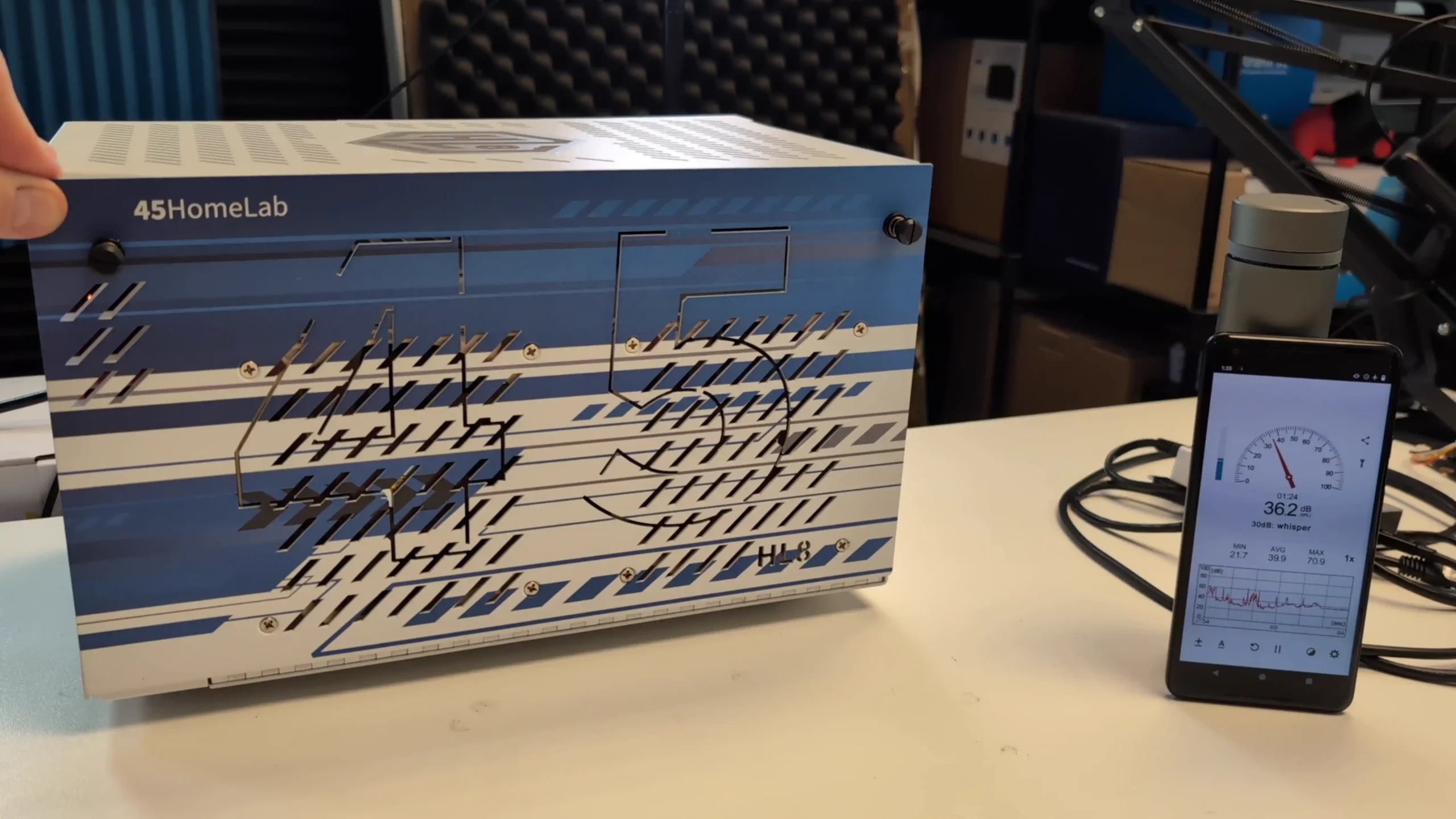
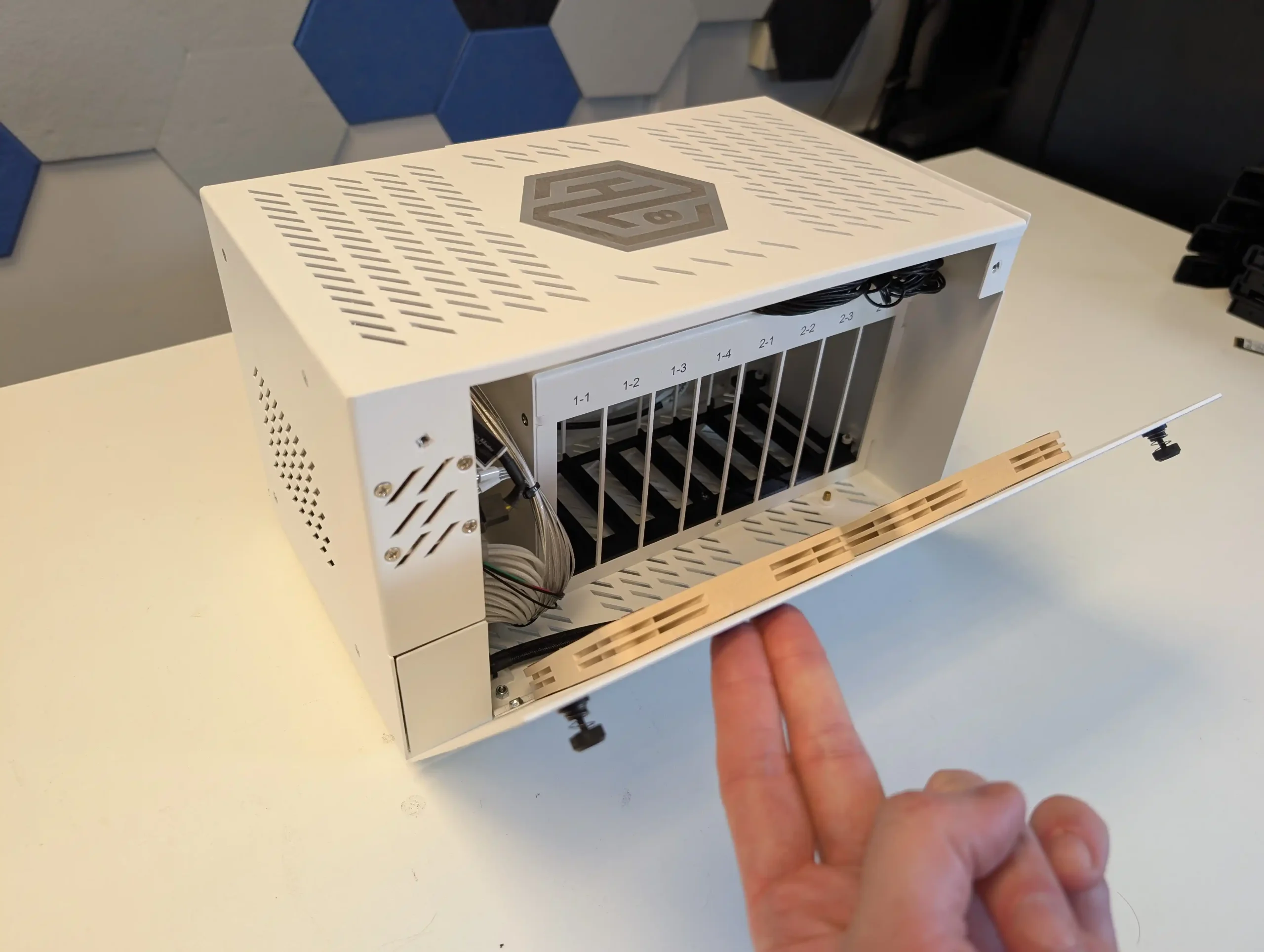
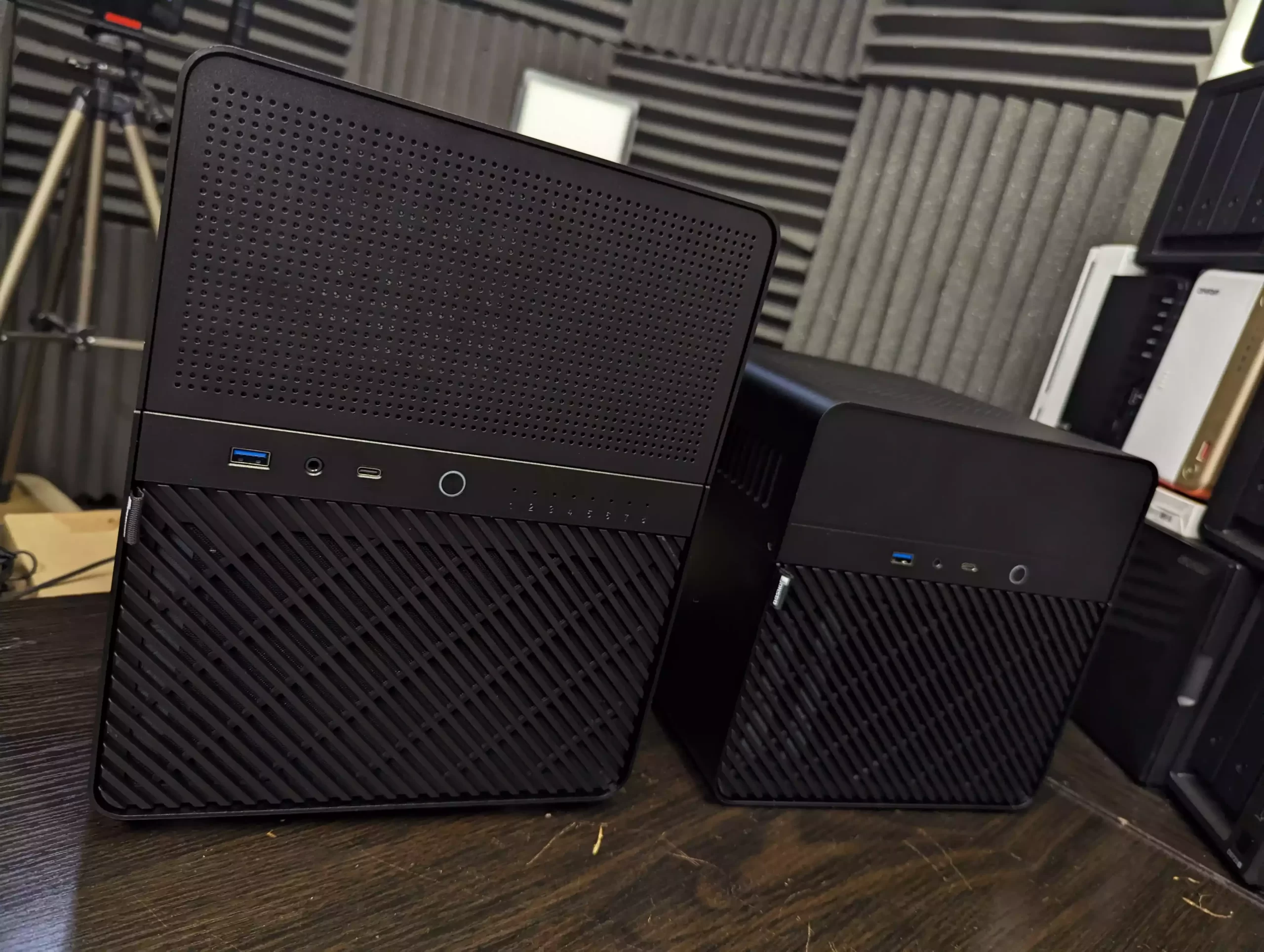
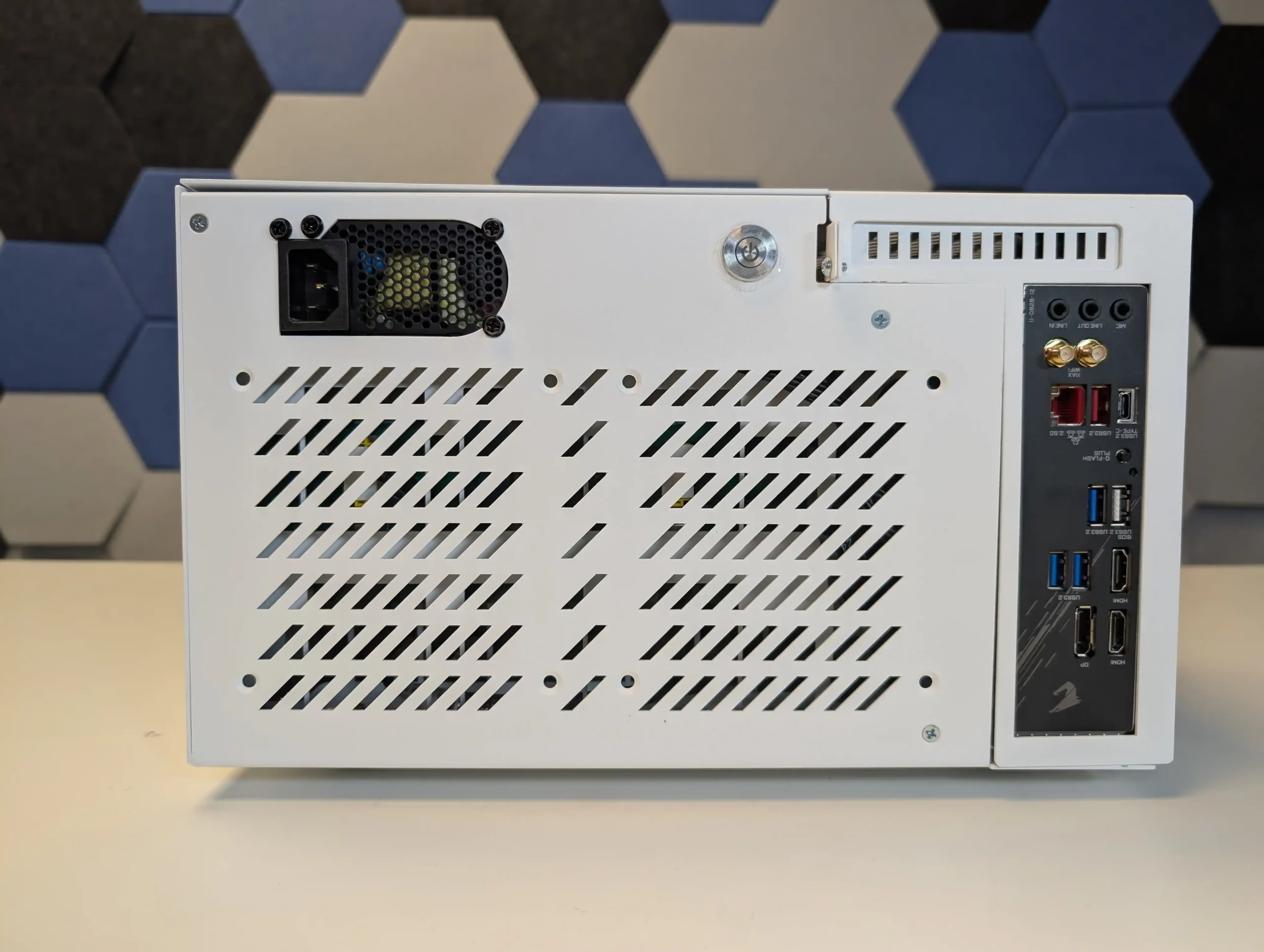

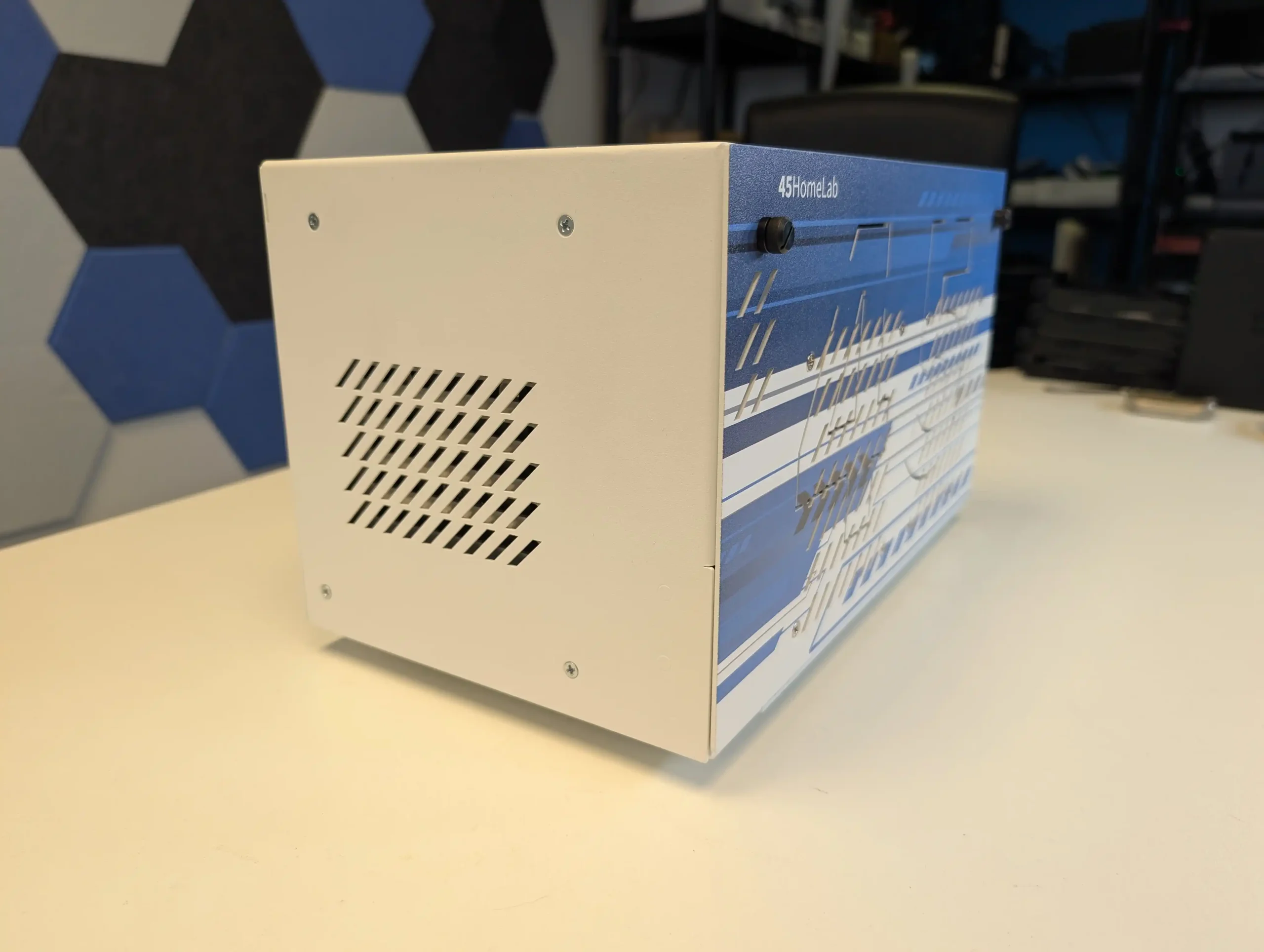
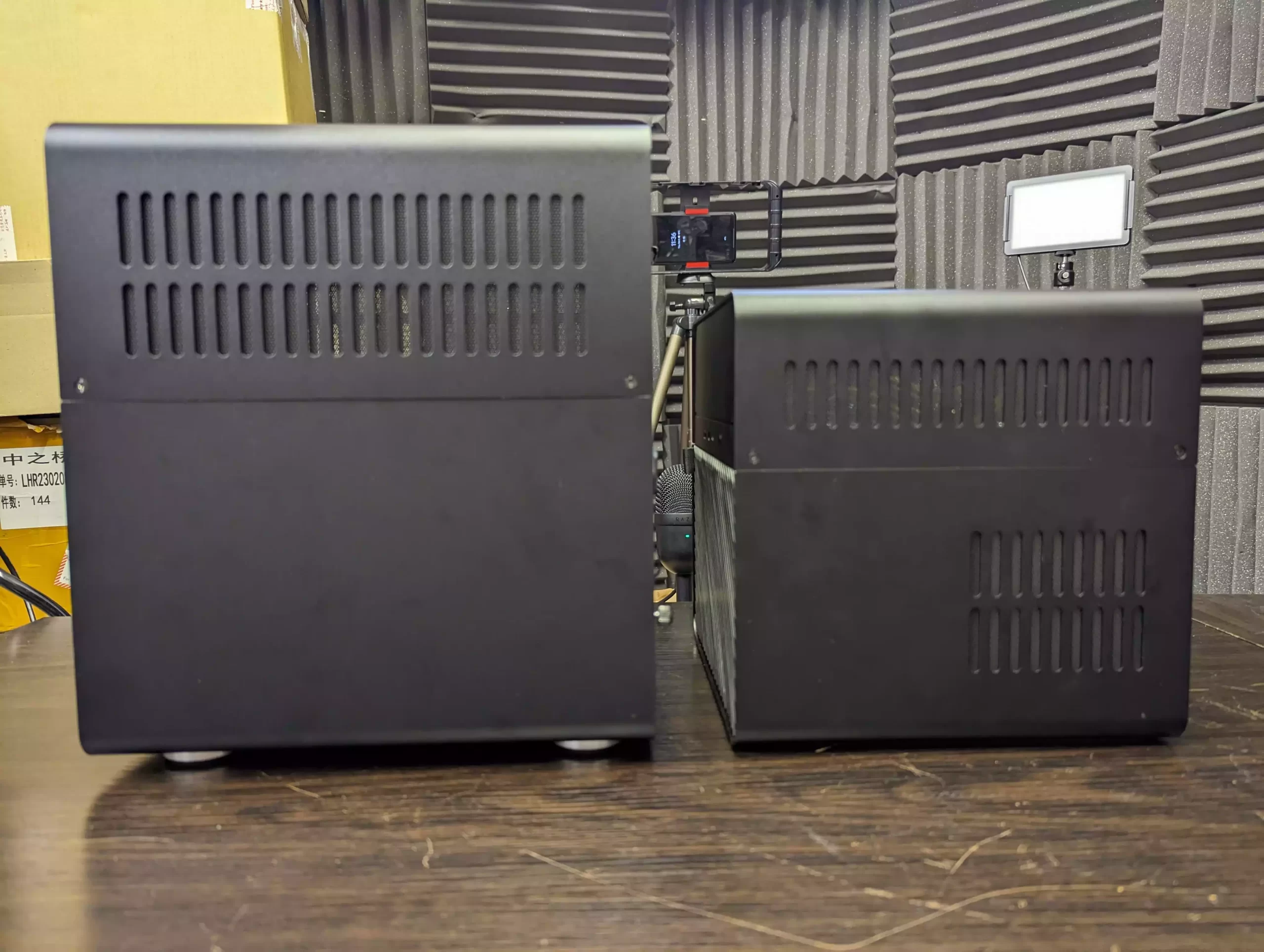
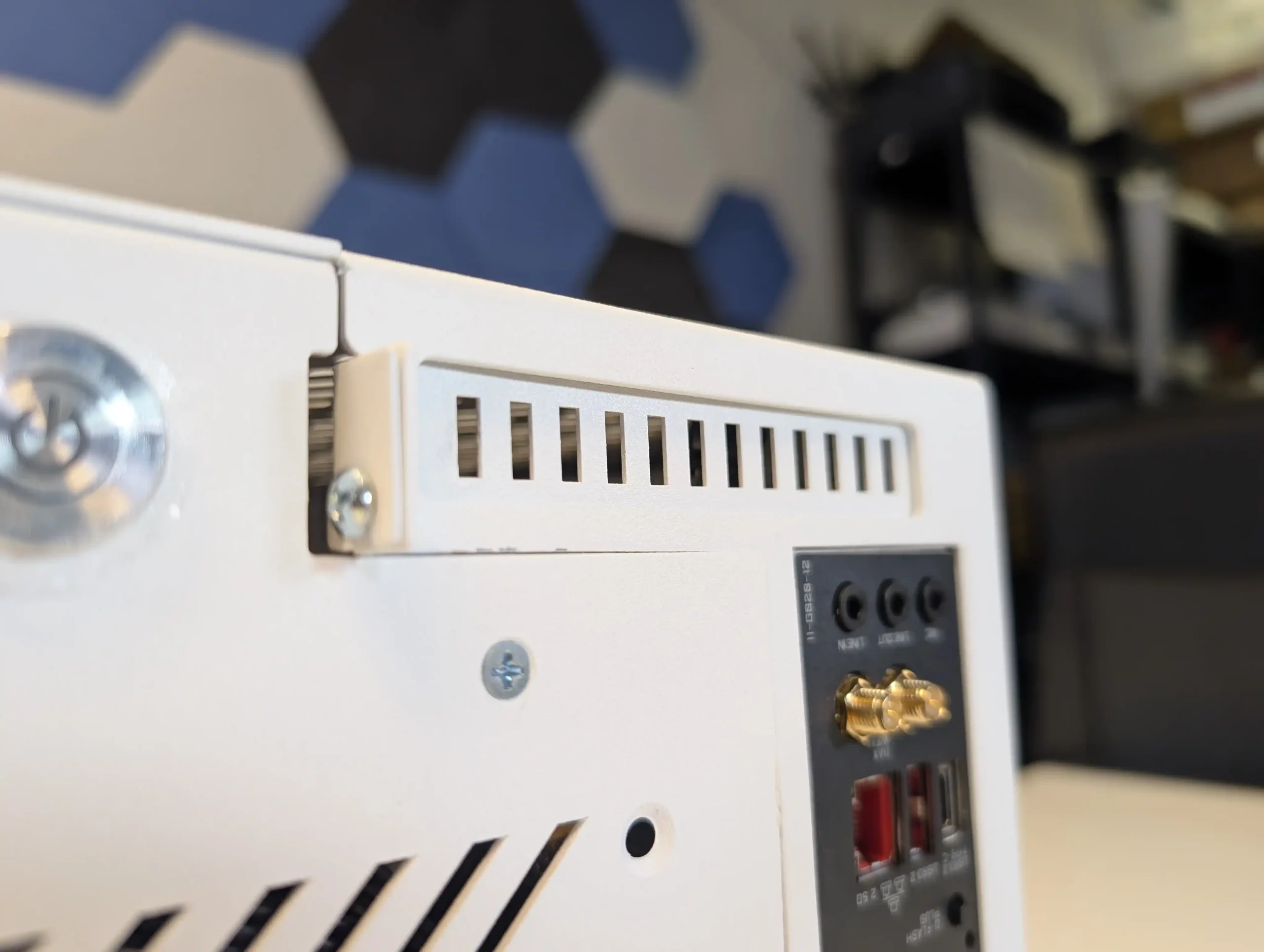
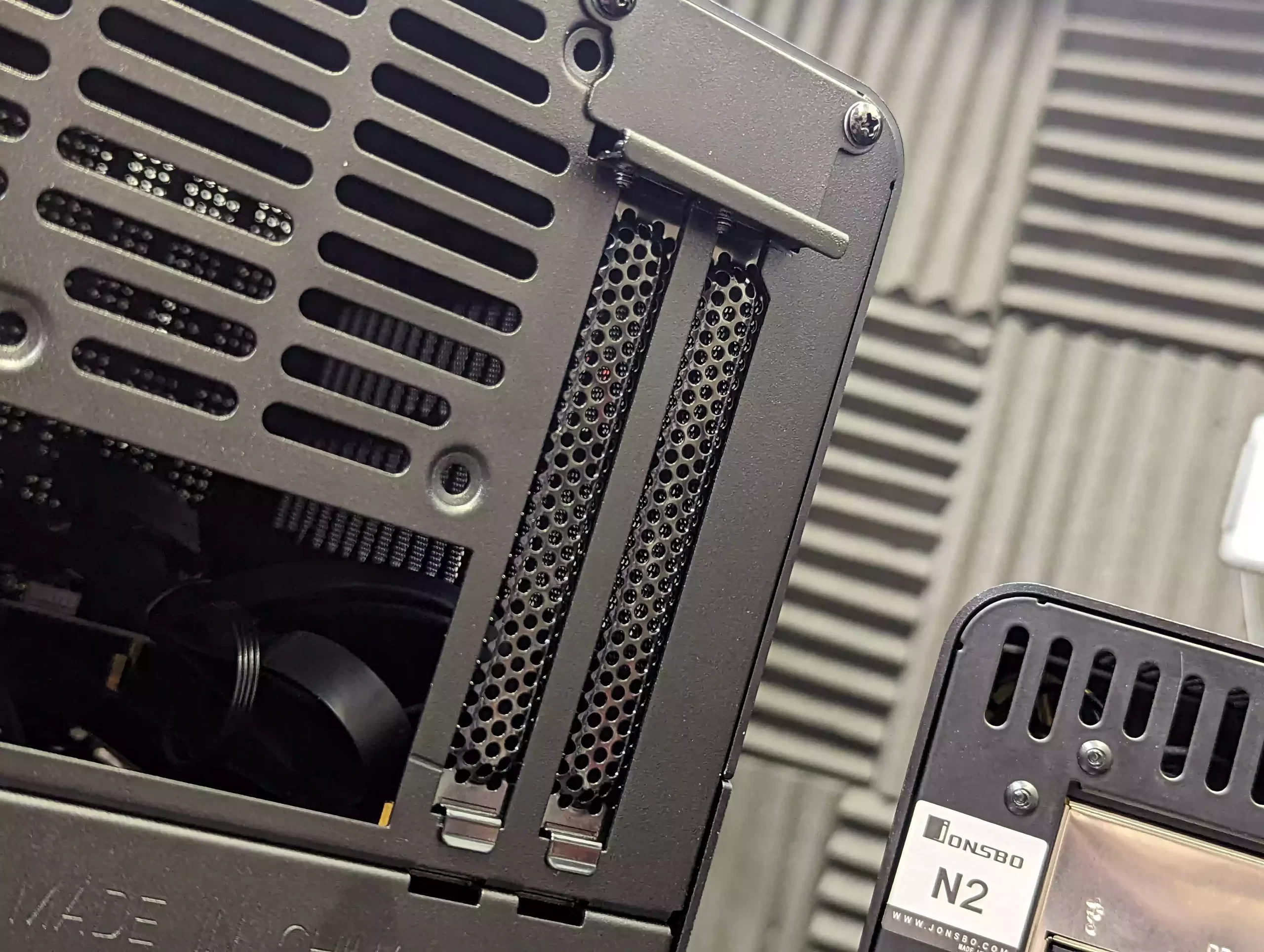
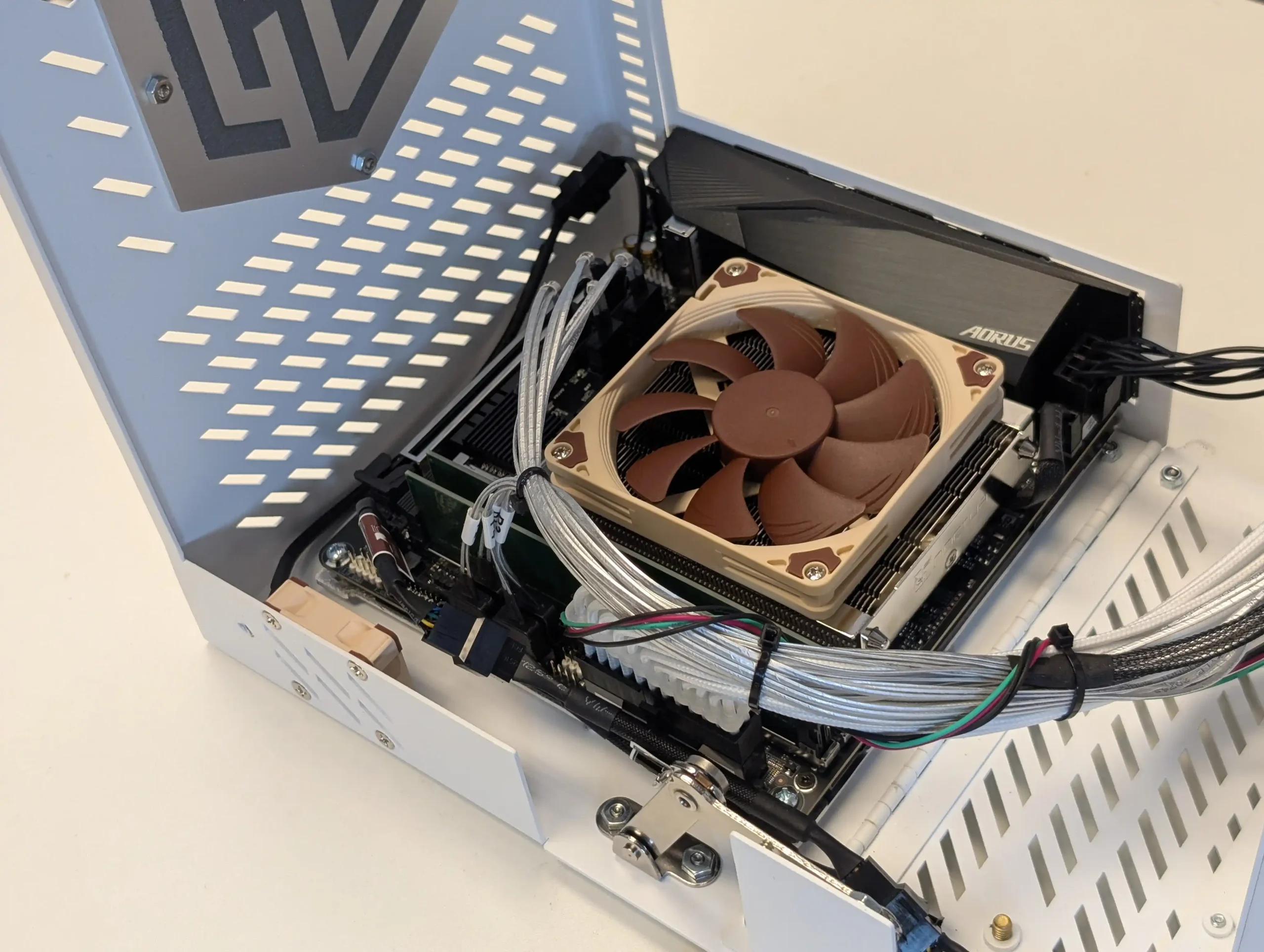
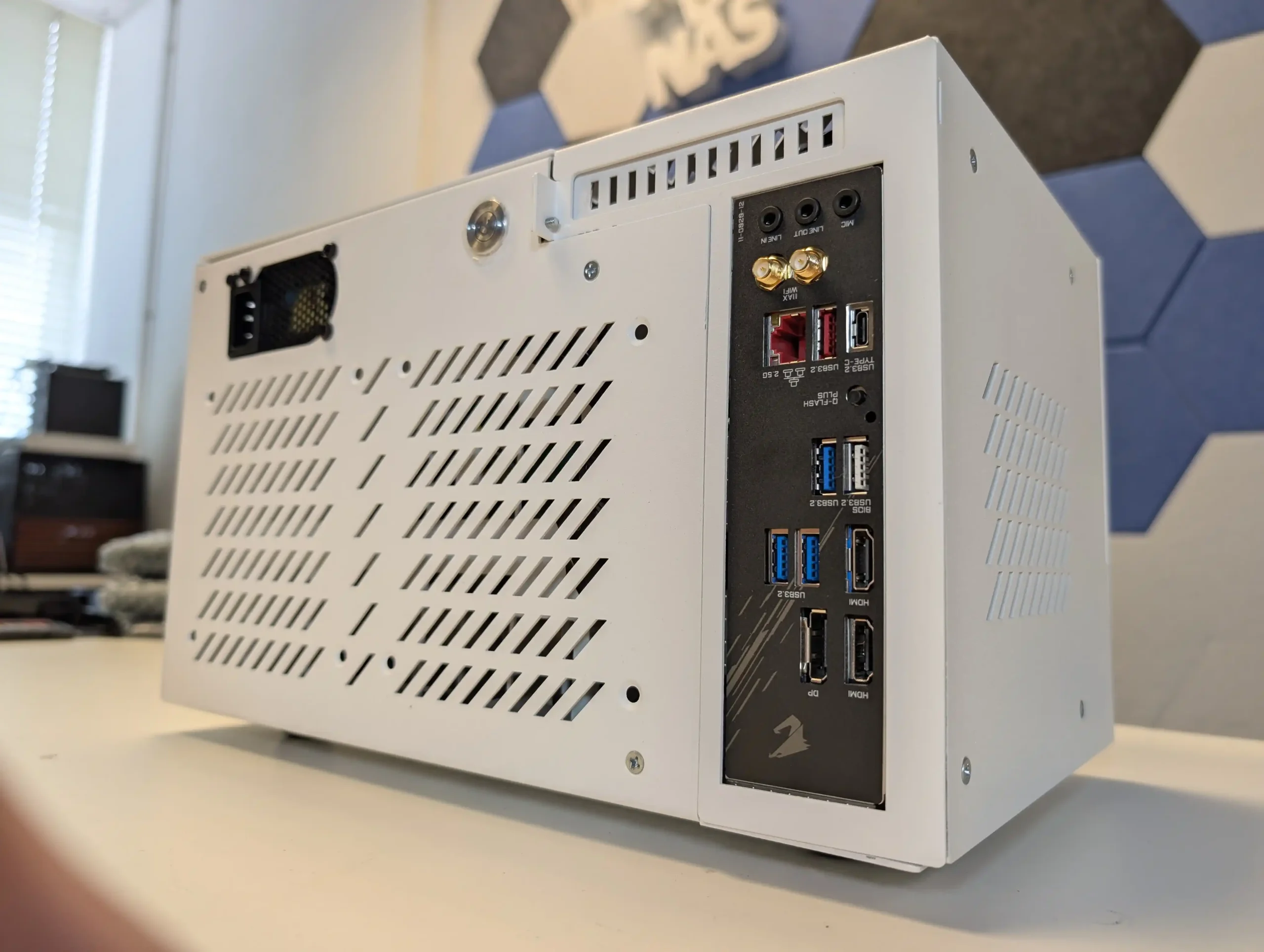
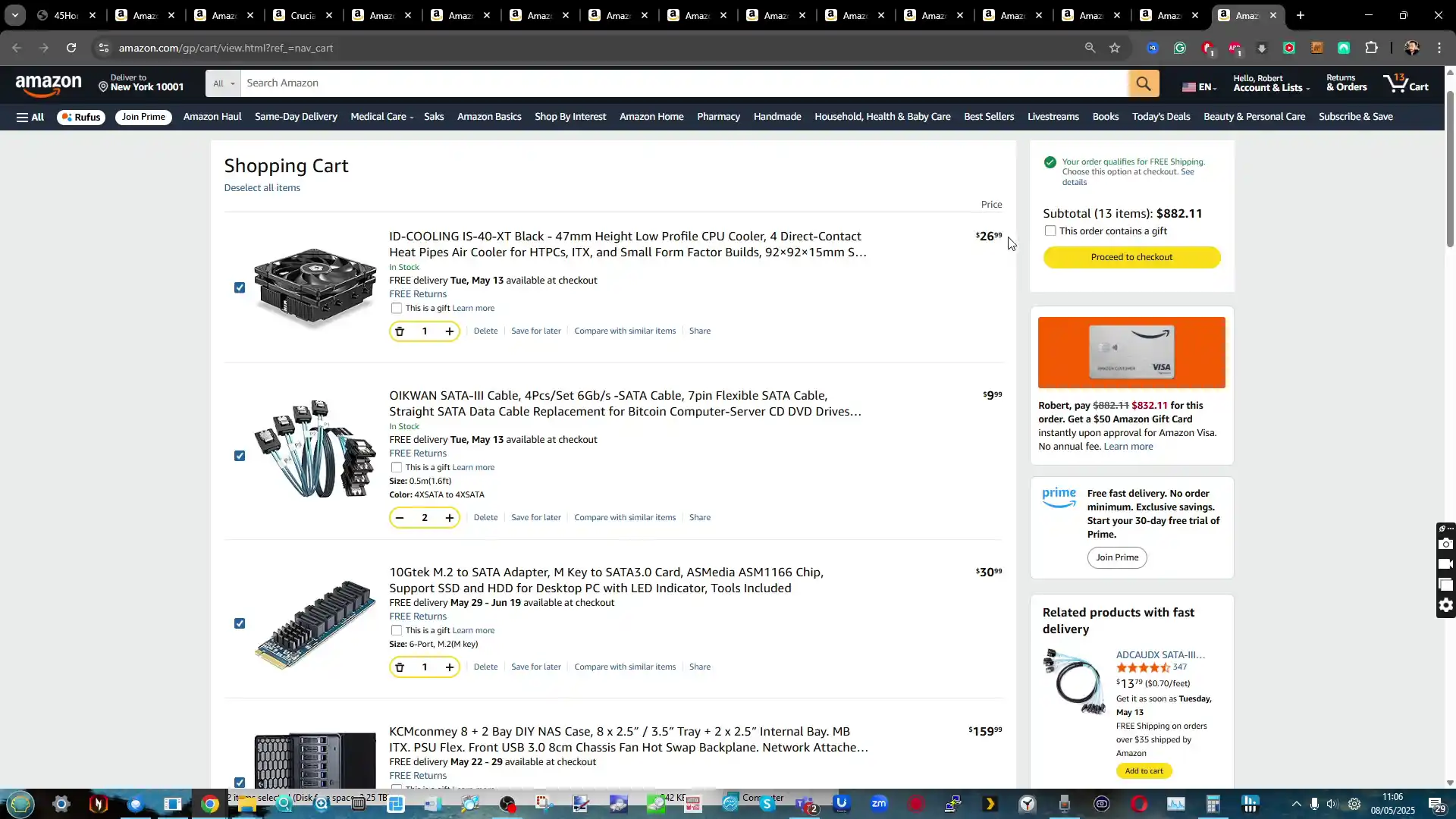
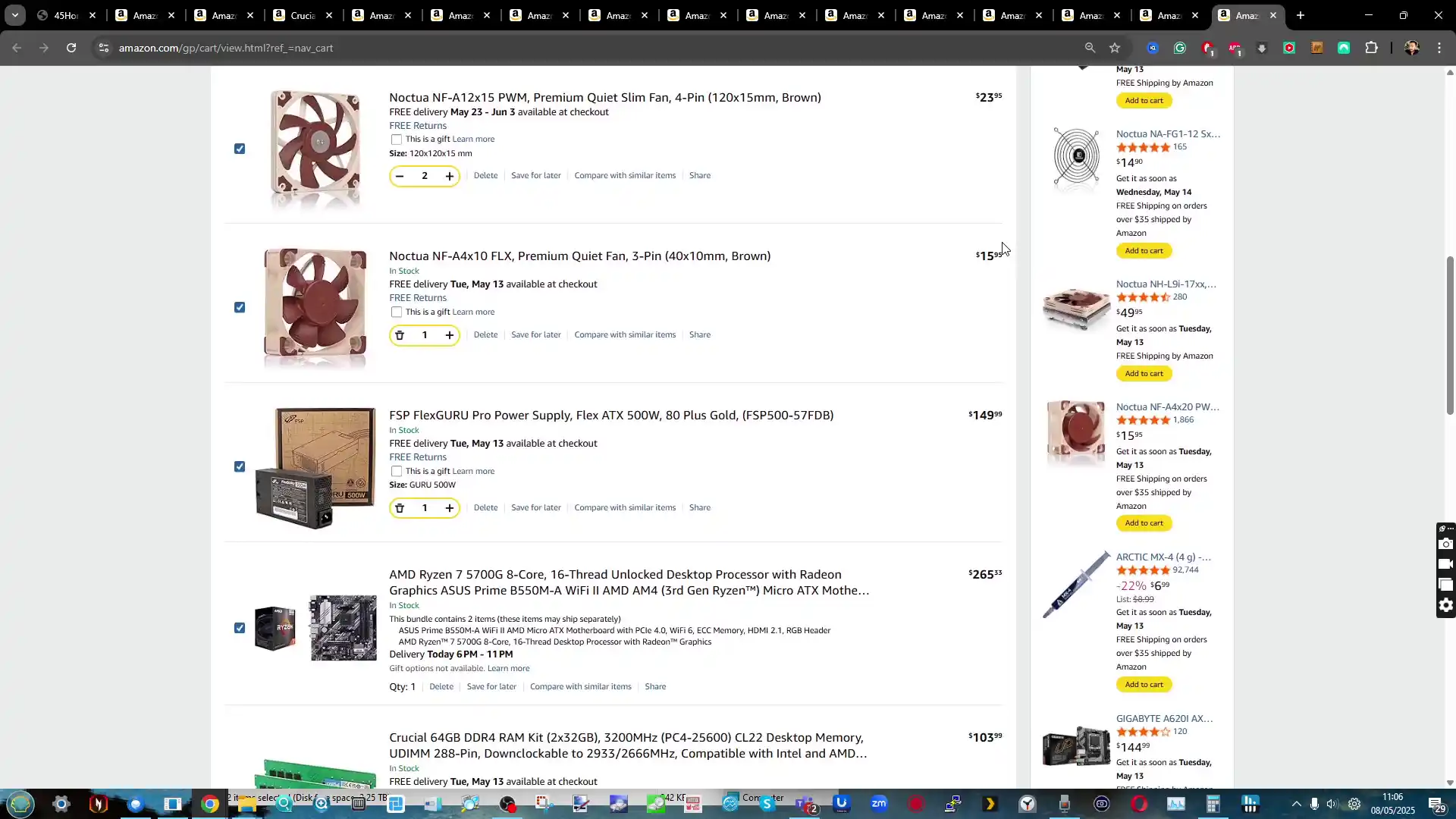

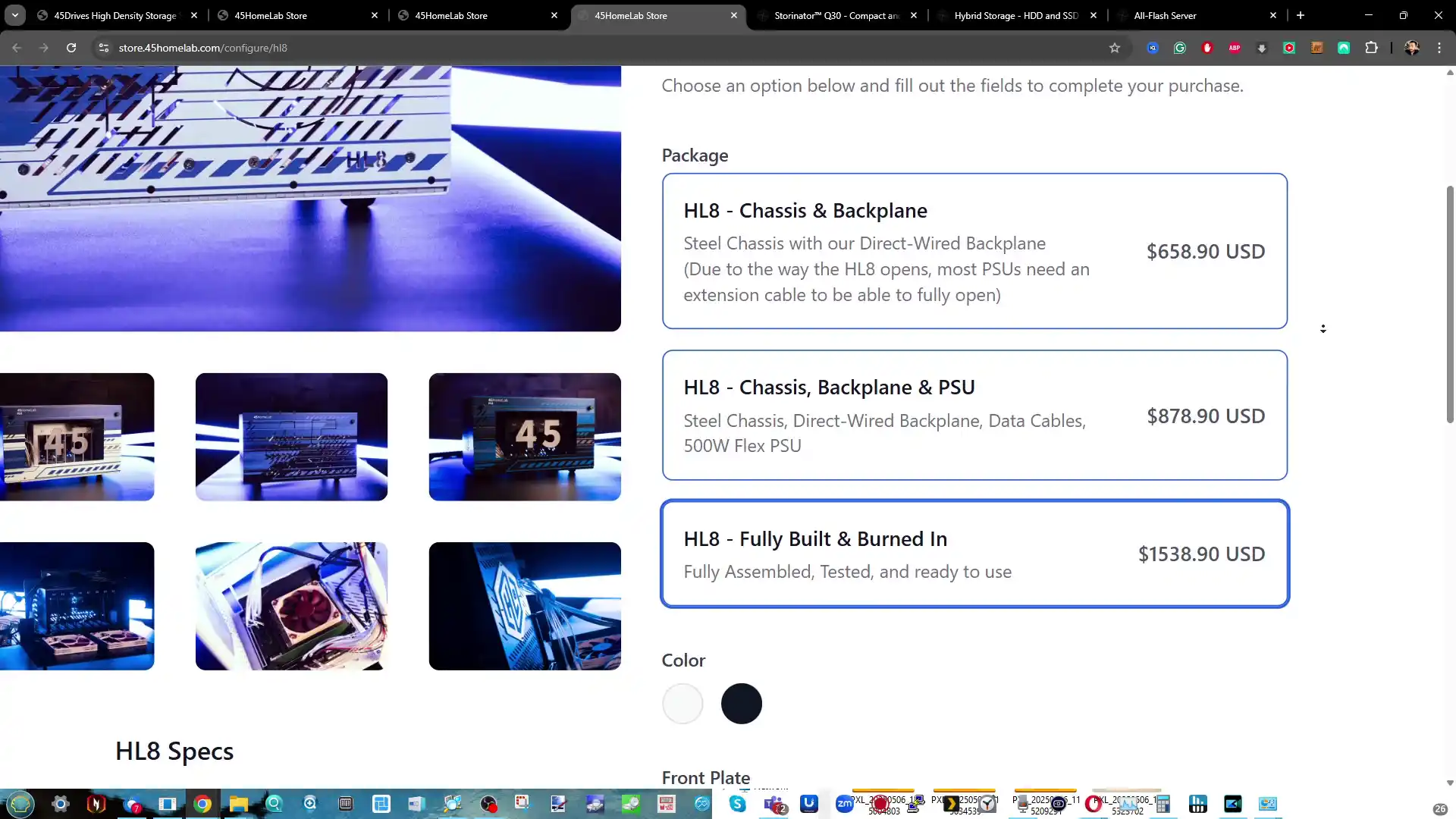
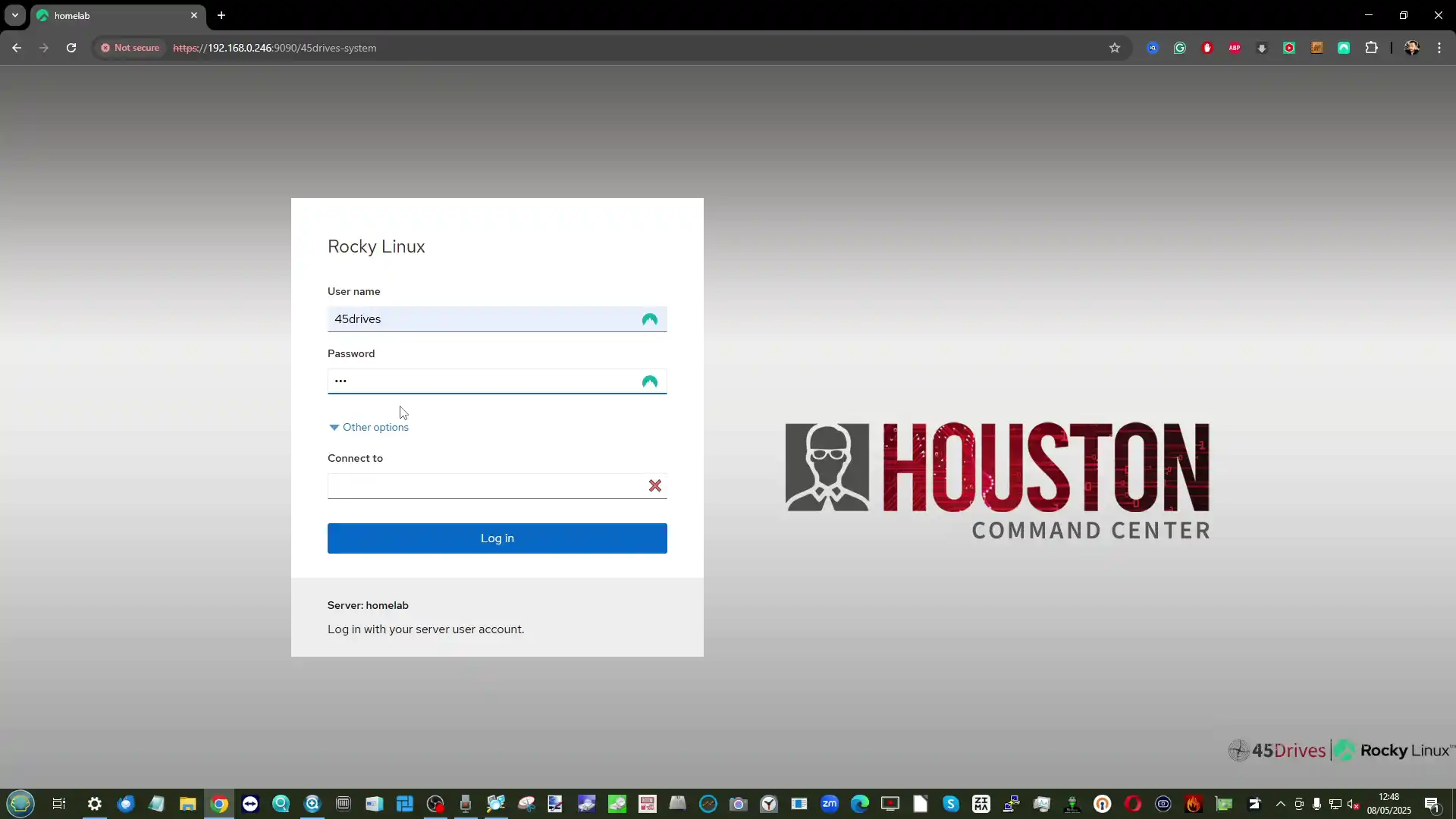
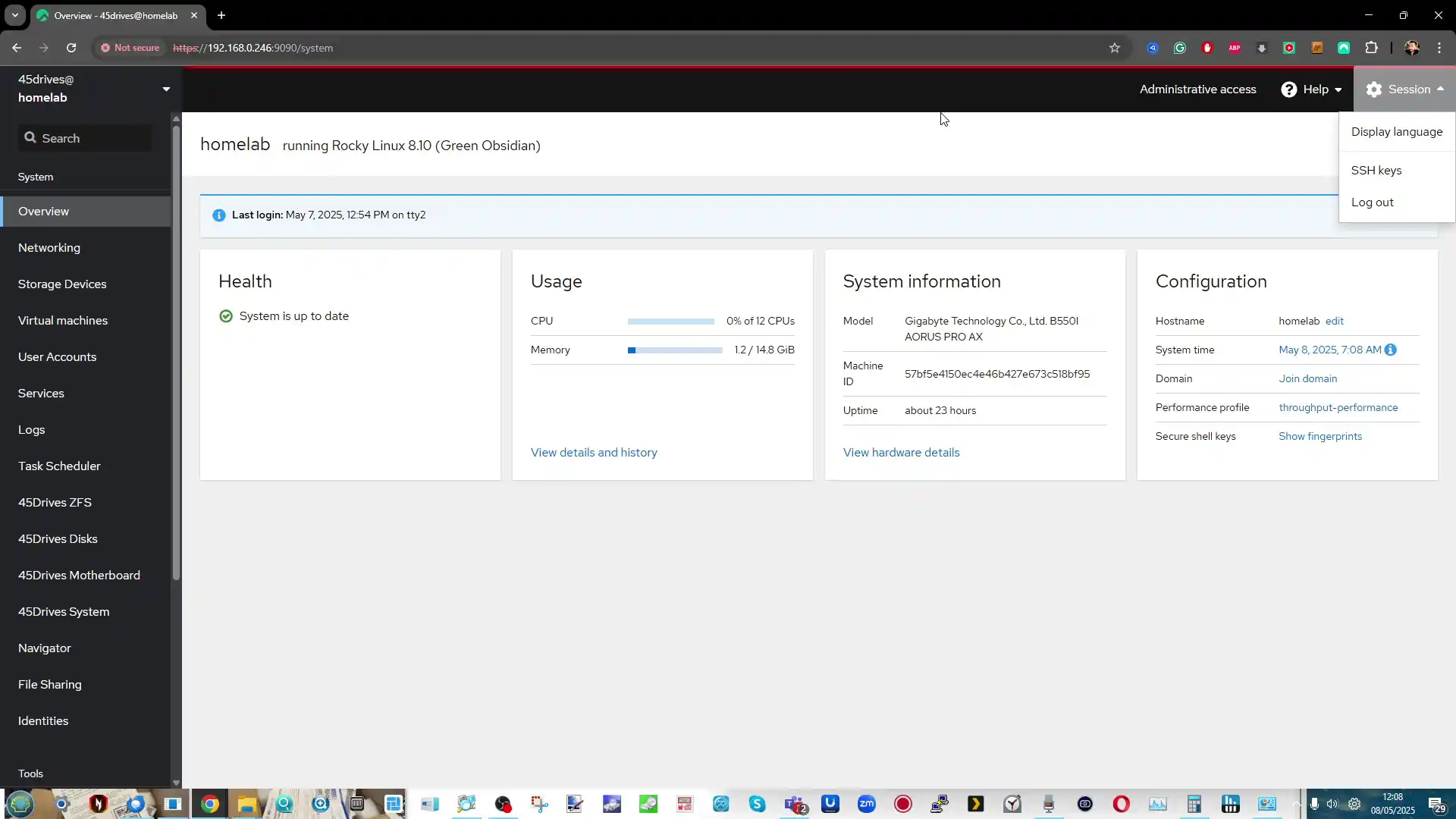
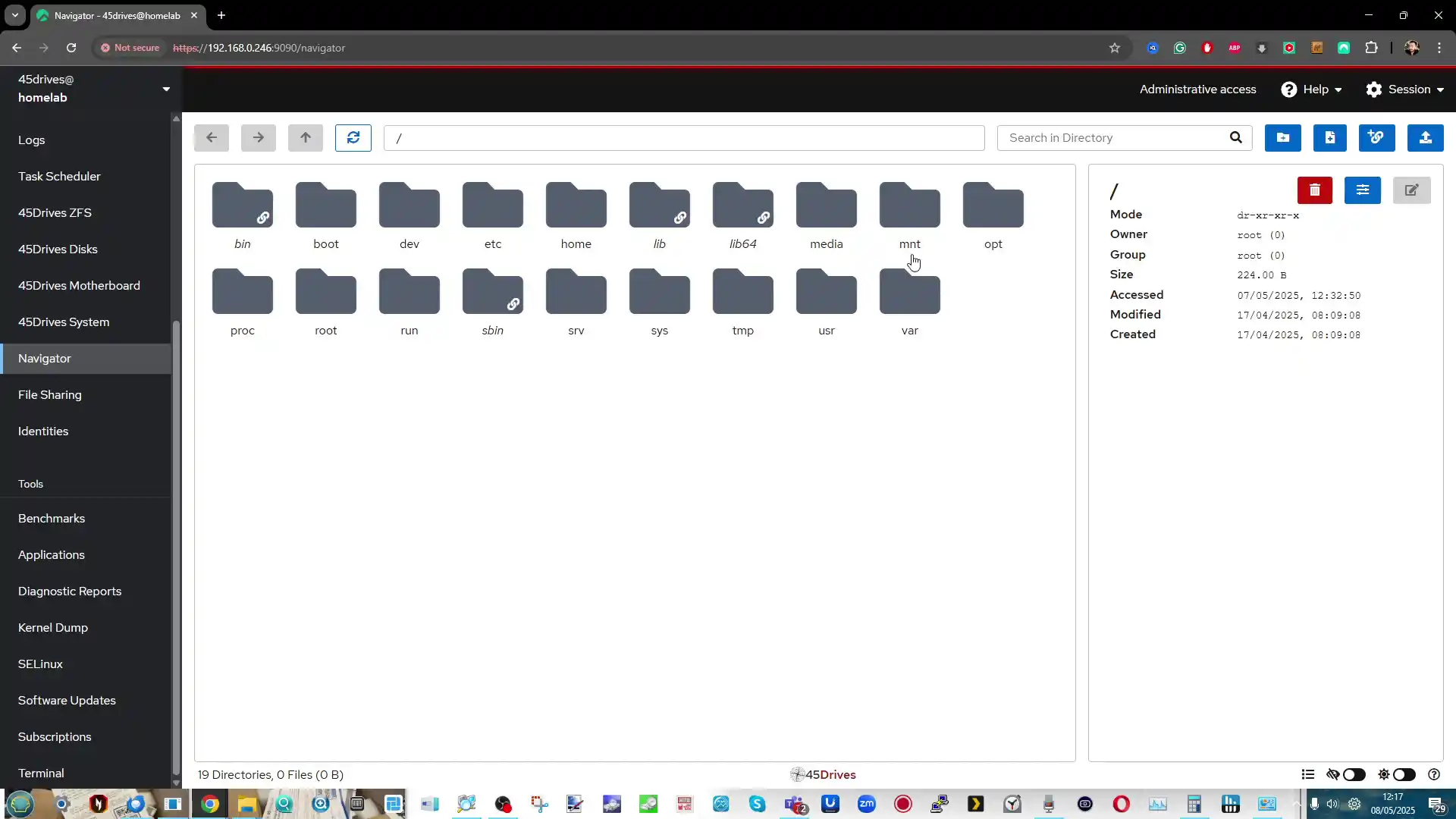
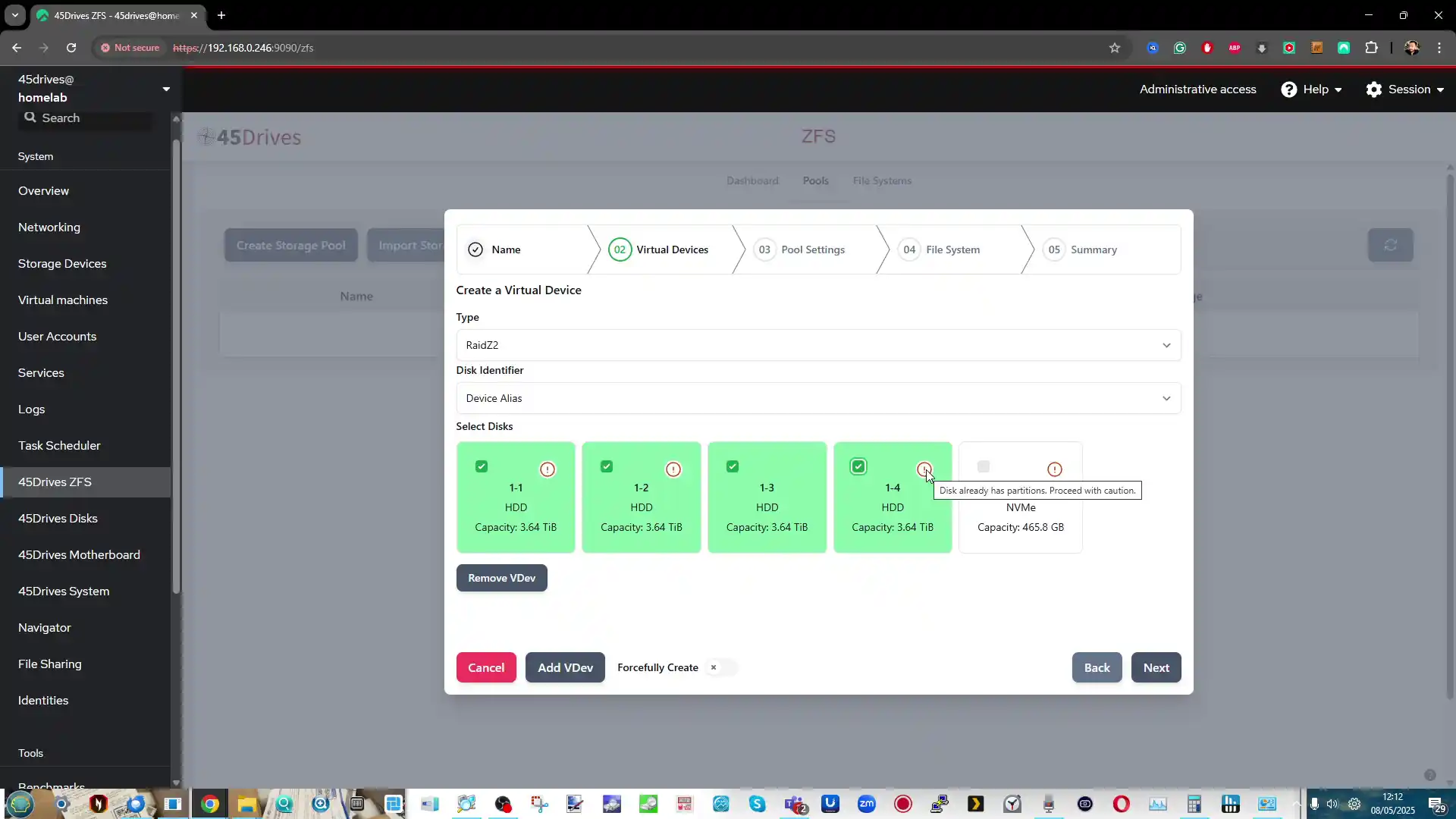
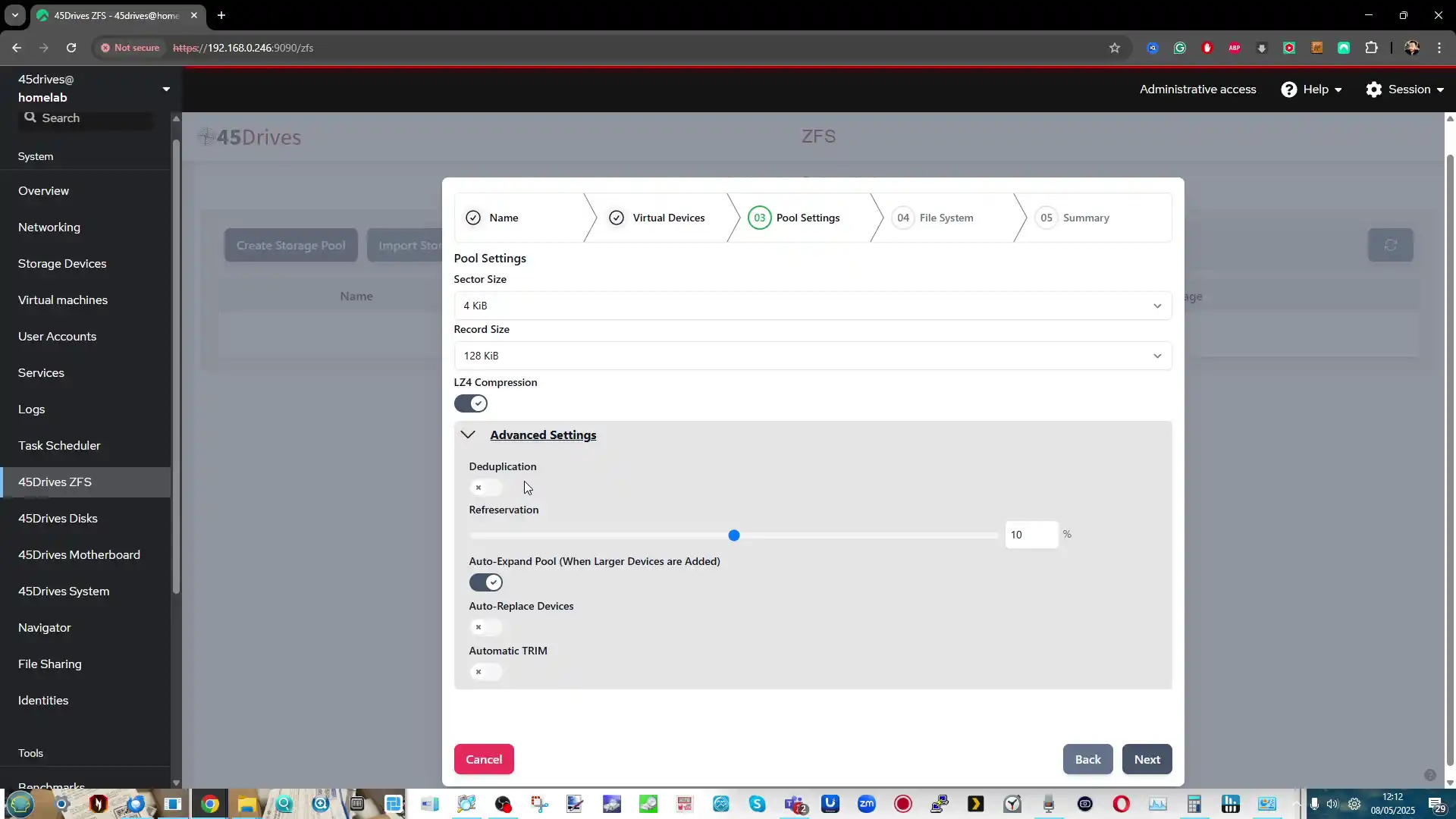
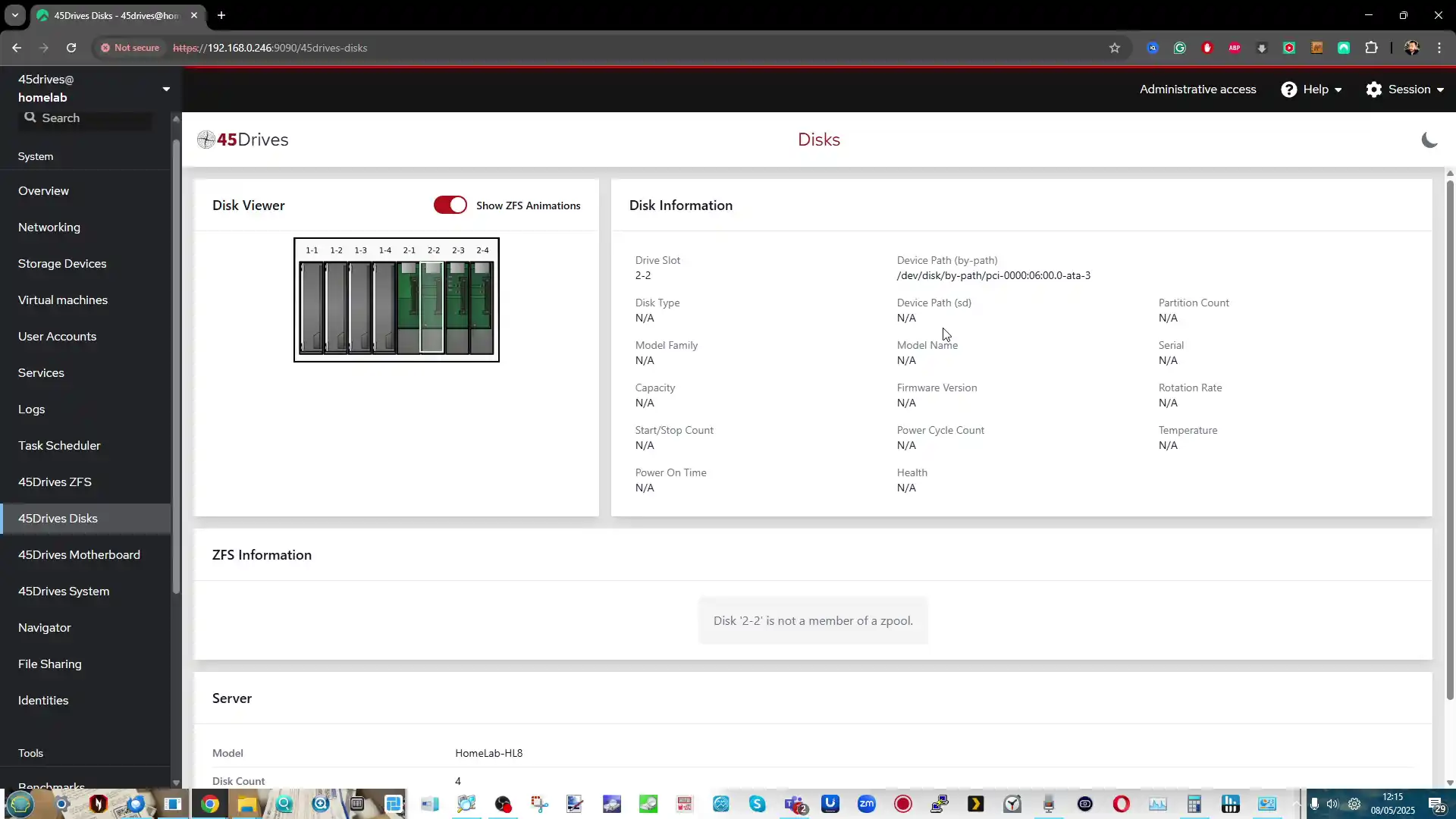
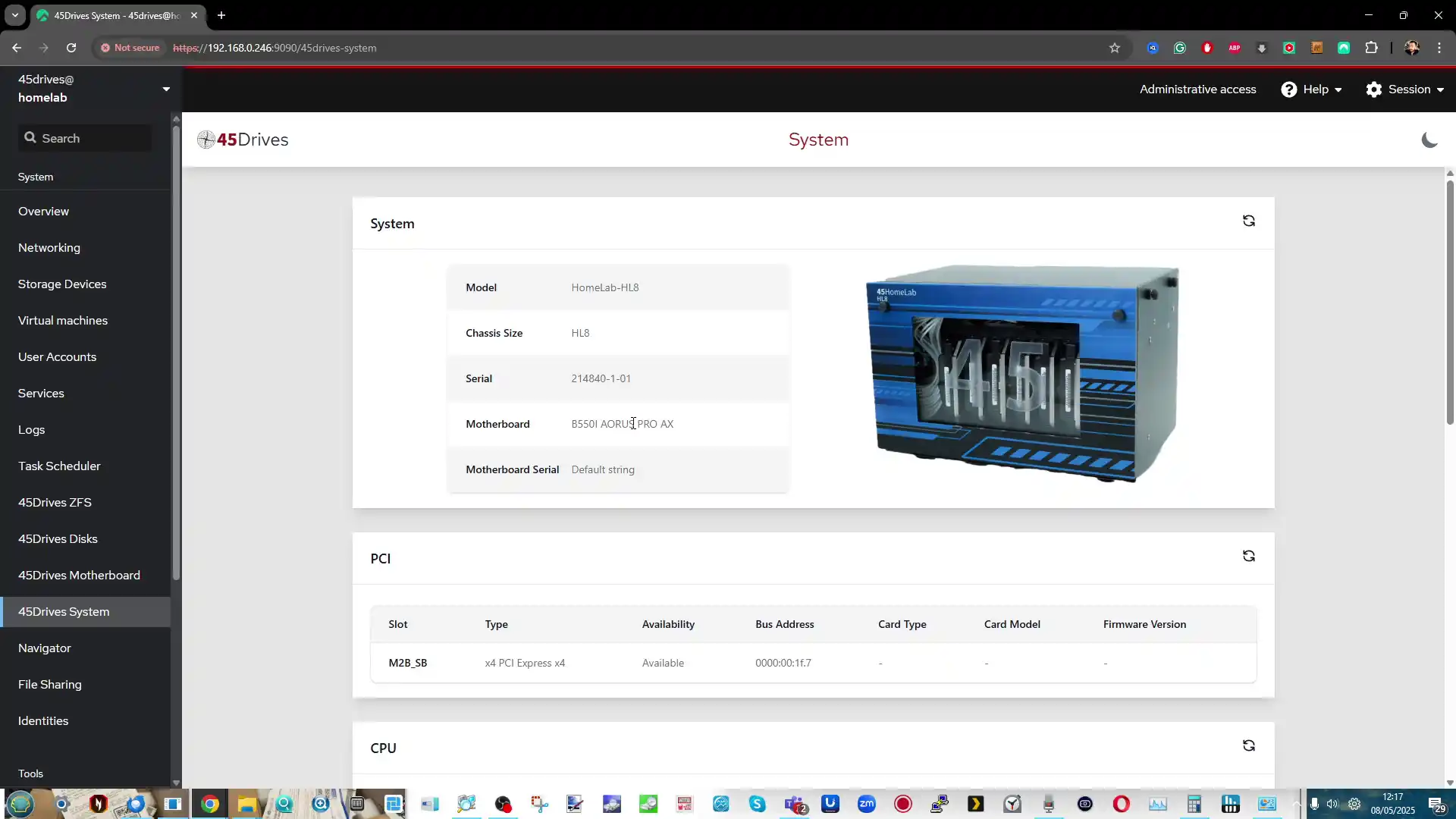
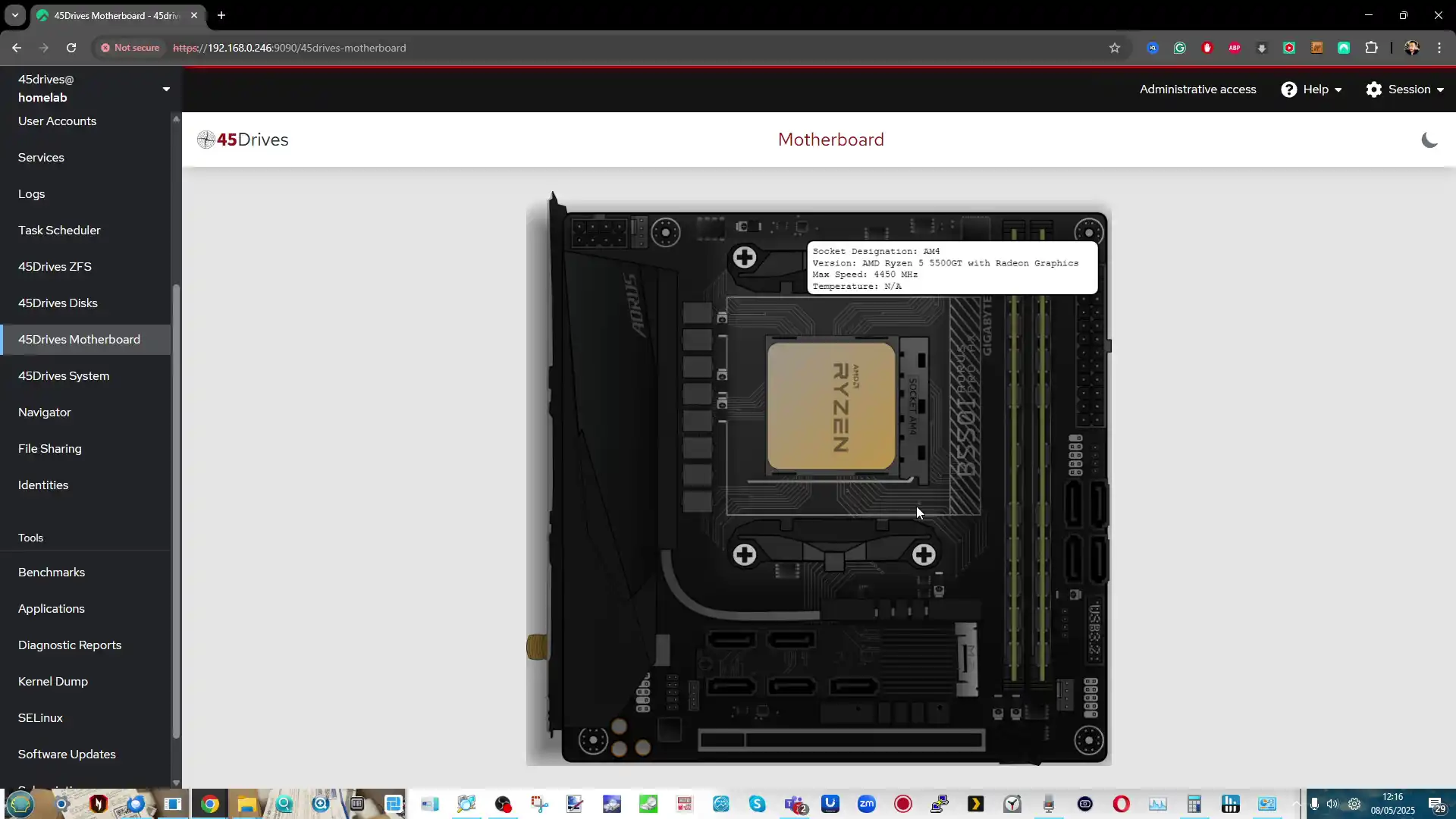 Each module is toggleable, and users can configure individual services with editable configuration files directly from the browser. This brings flexibility, while still maintaining visual accessibility for basic tasks.
Each module is toggleable, and users can configure individual services with editable configuration files directly from the browser. This brings flexibility, while still maintaining visual accessibility for basic tasks.
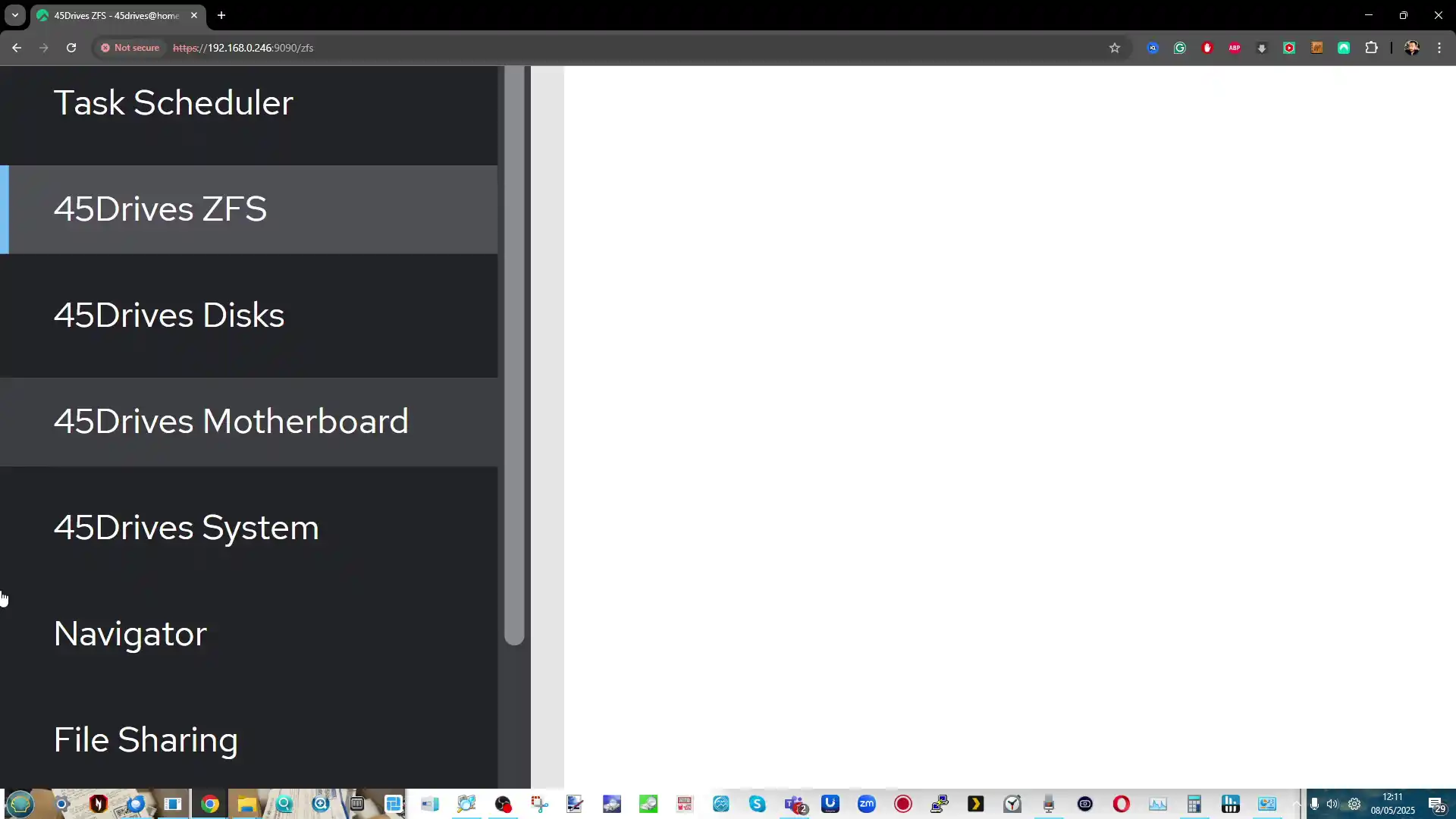
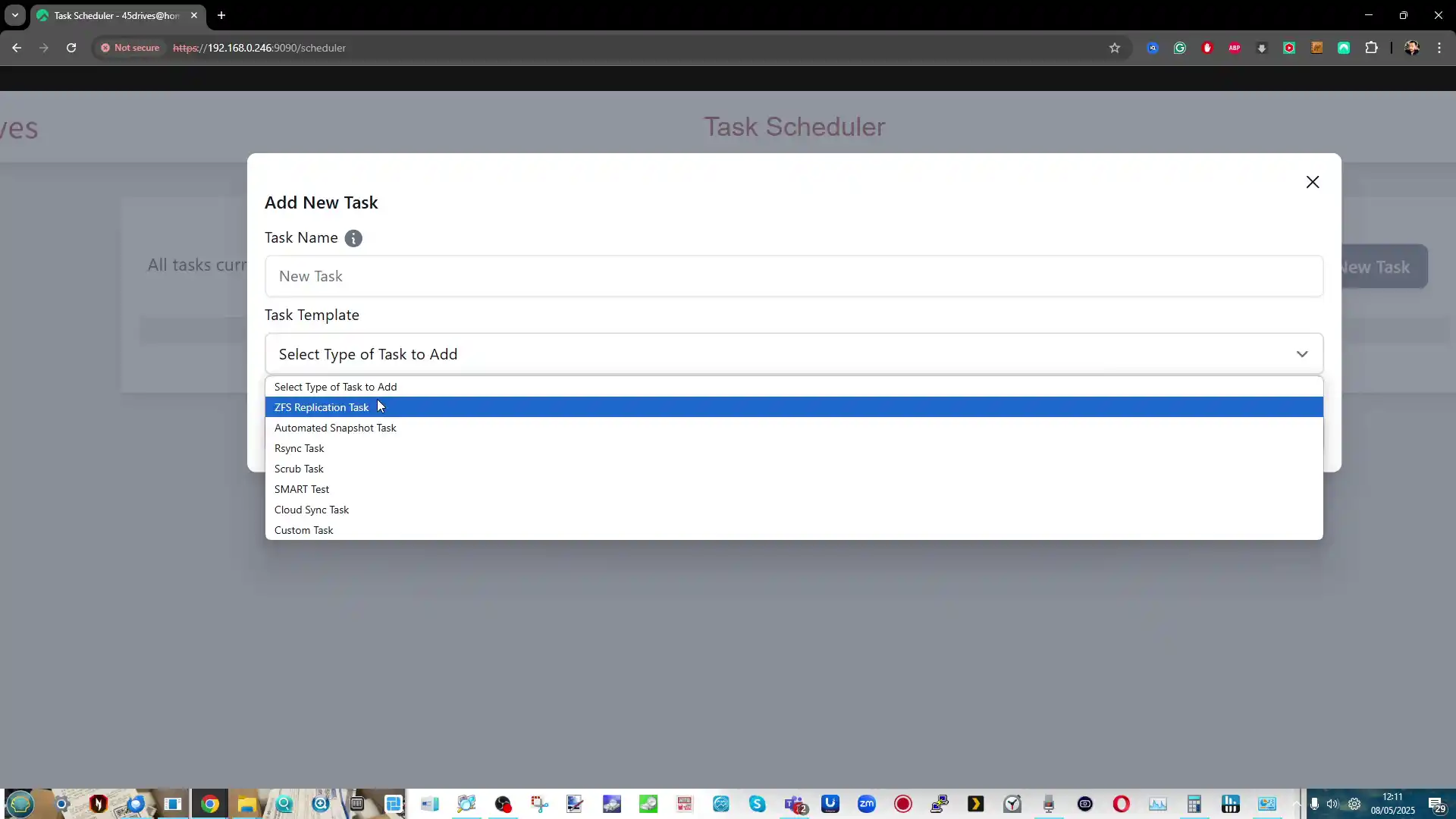
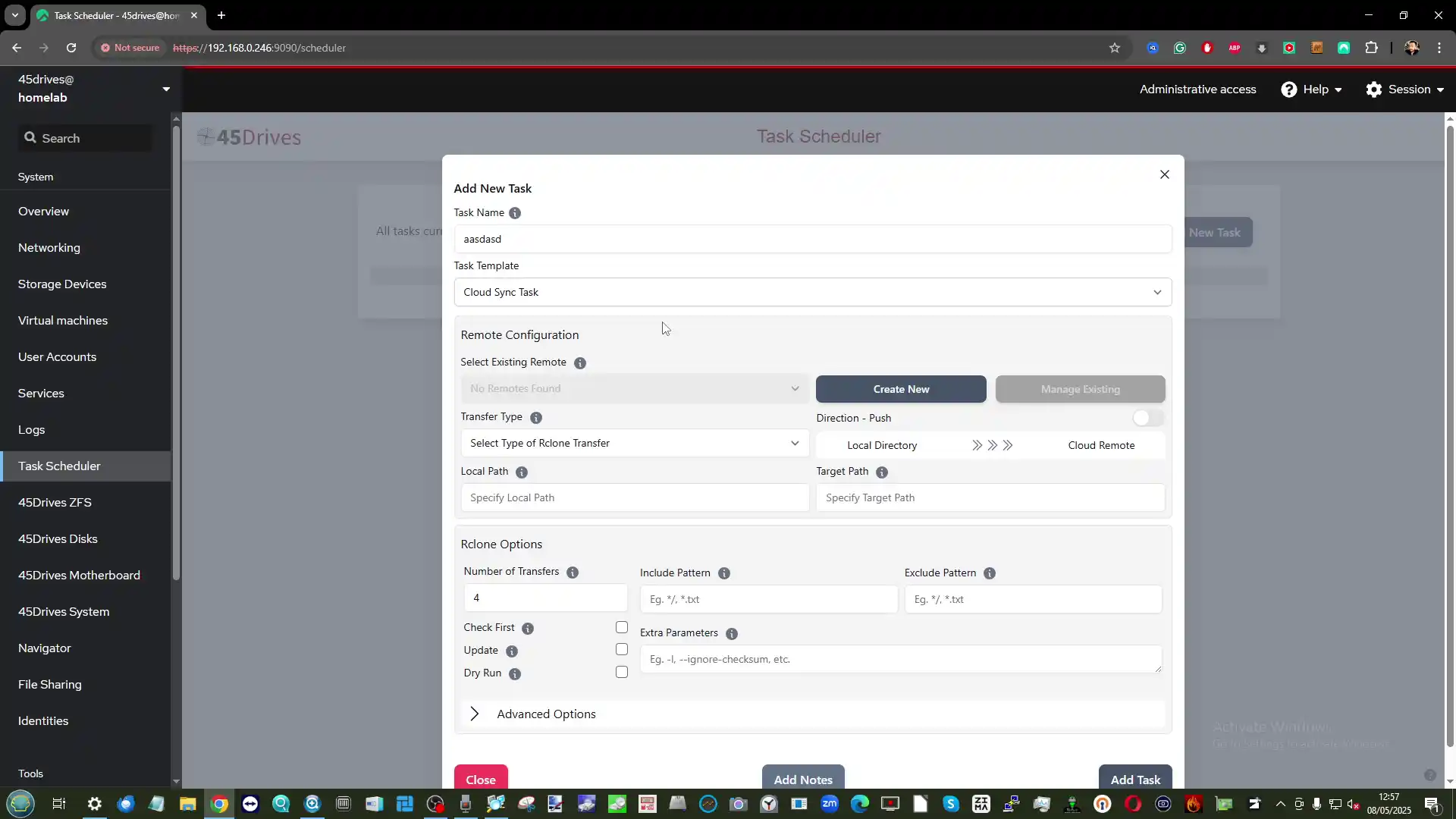
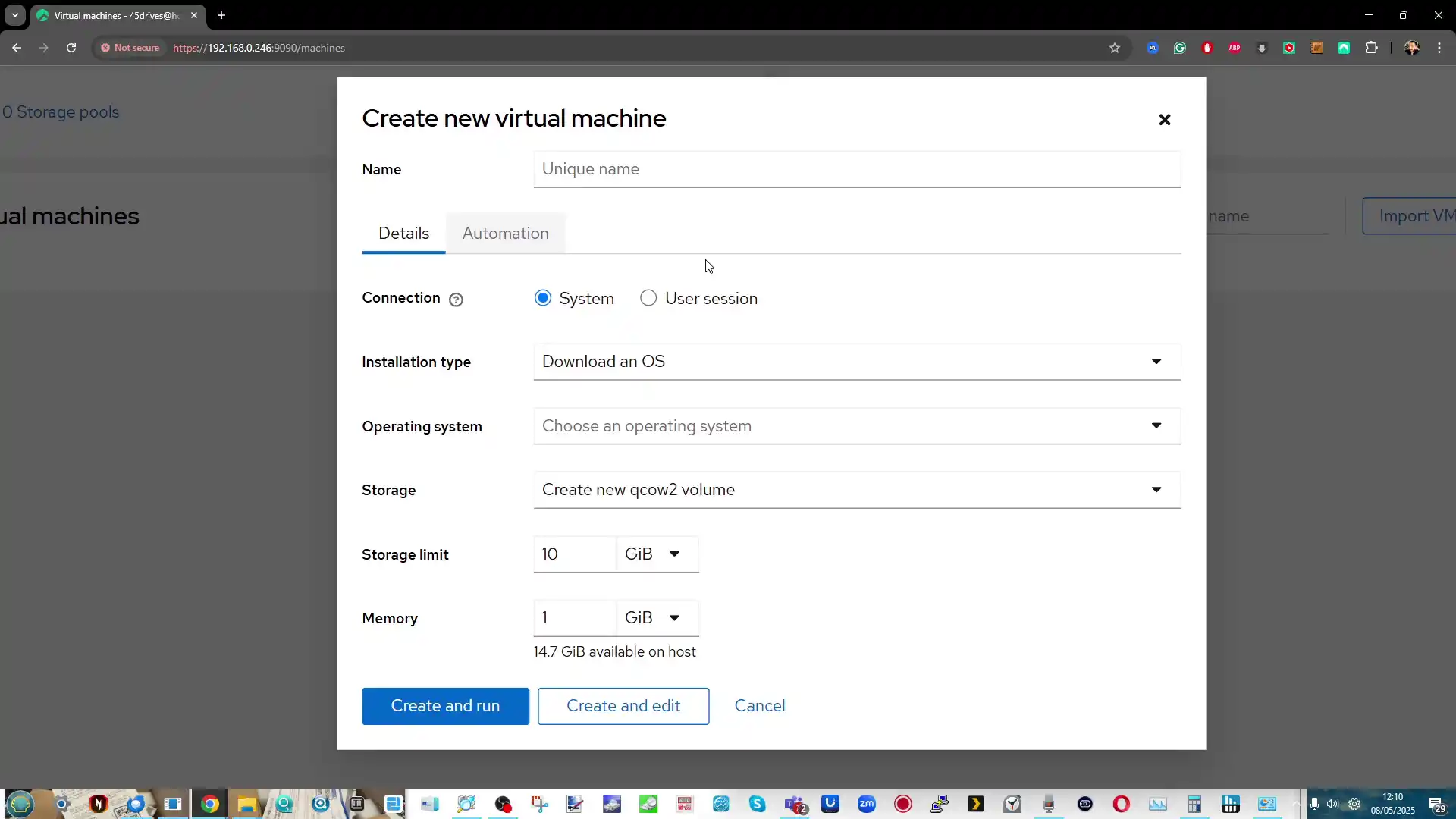
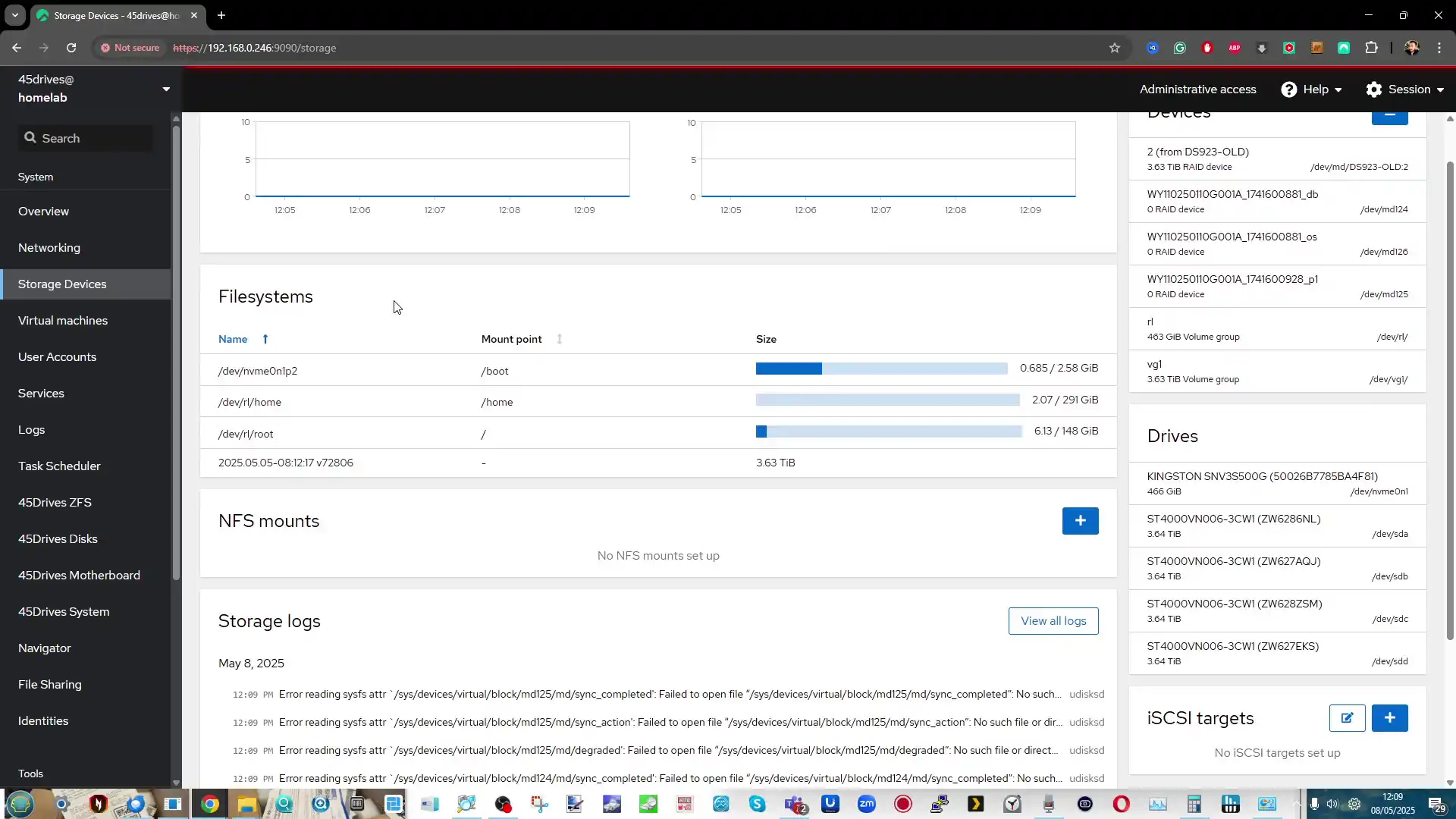
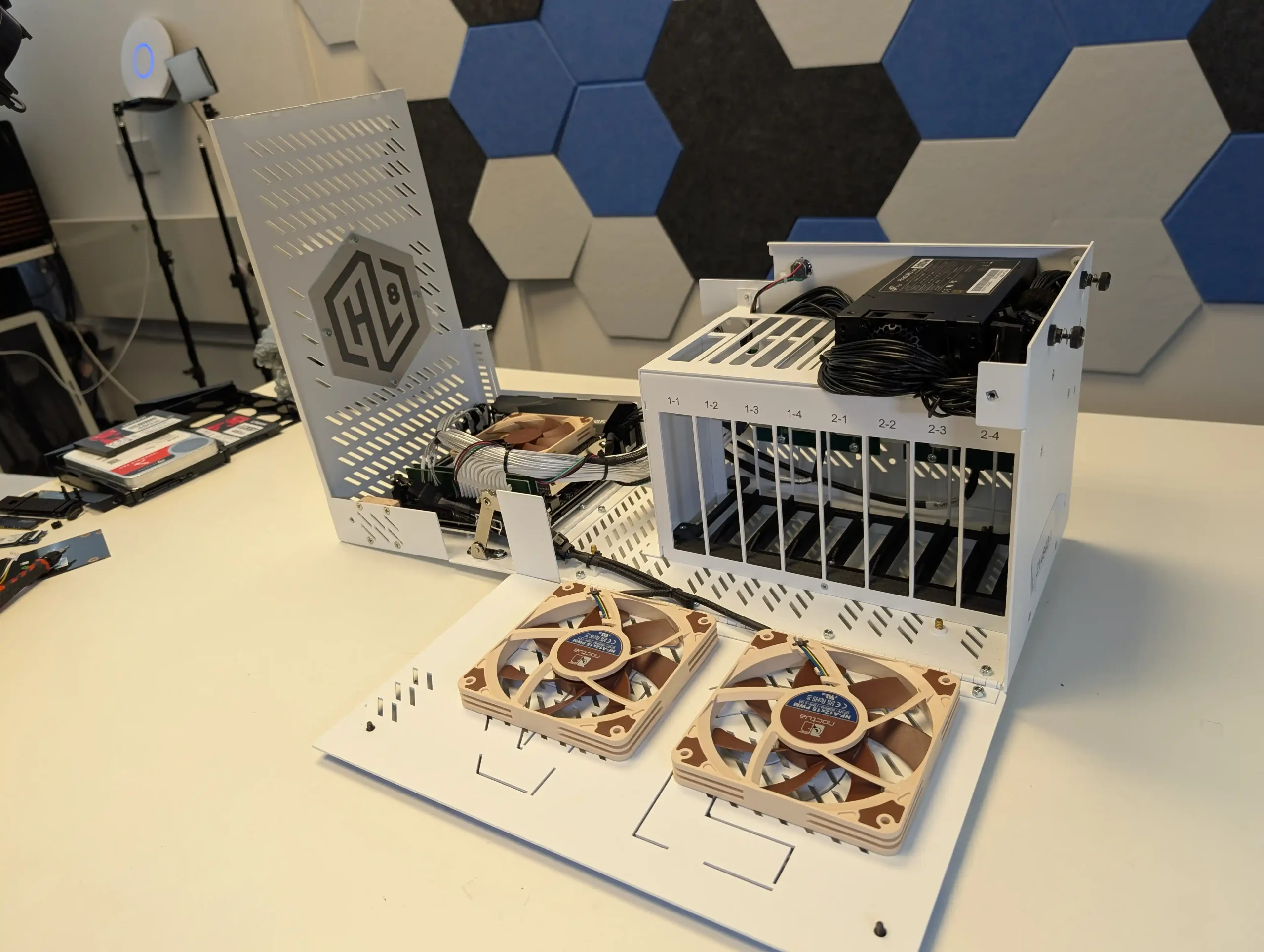
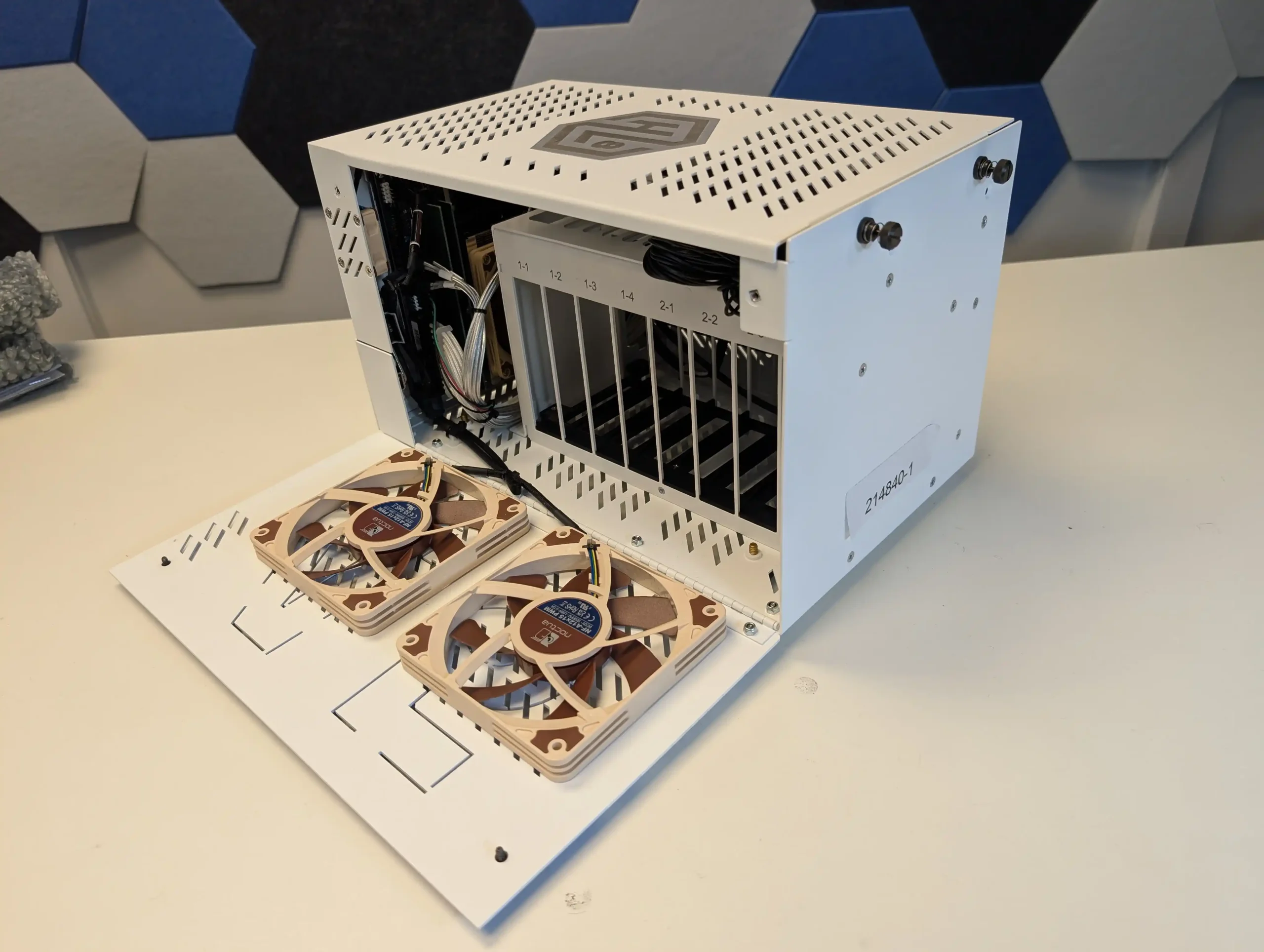
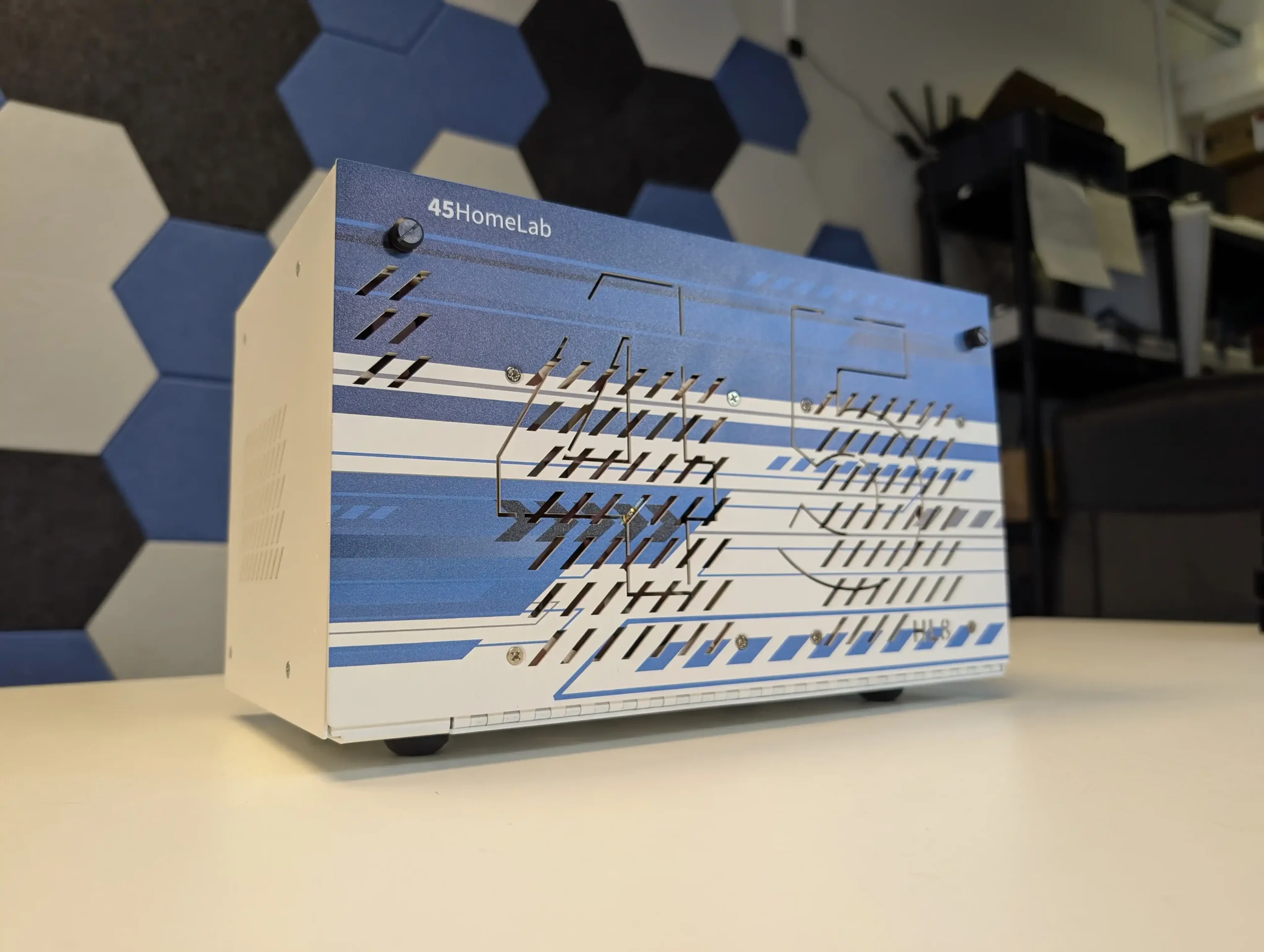
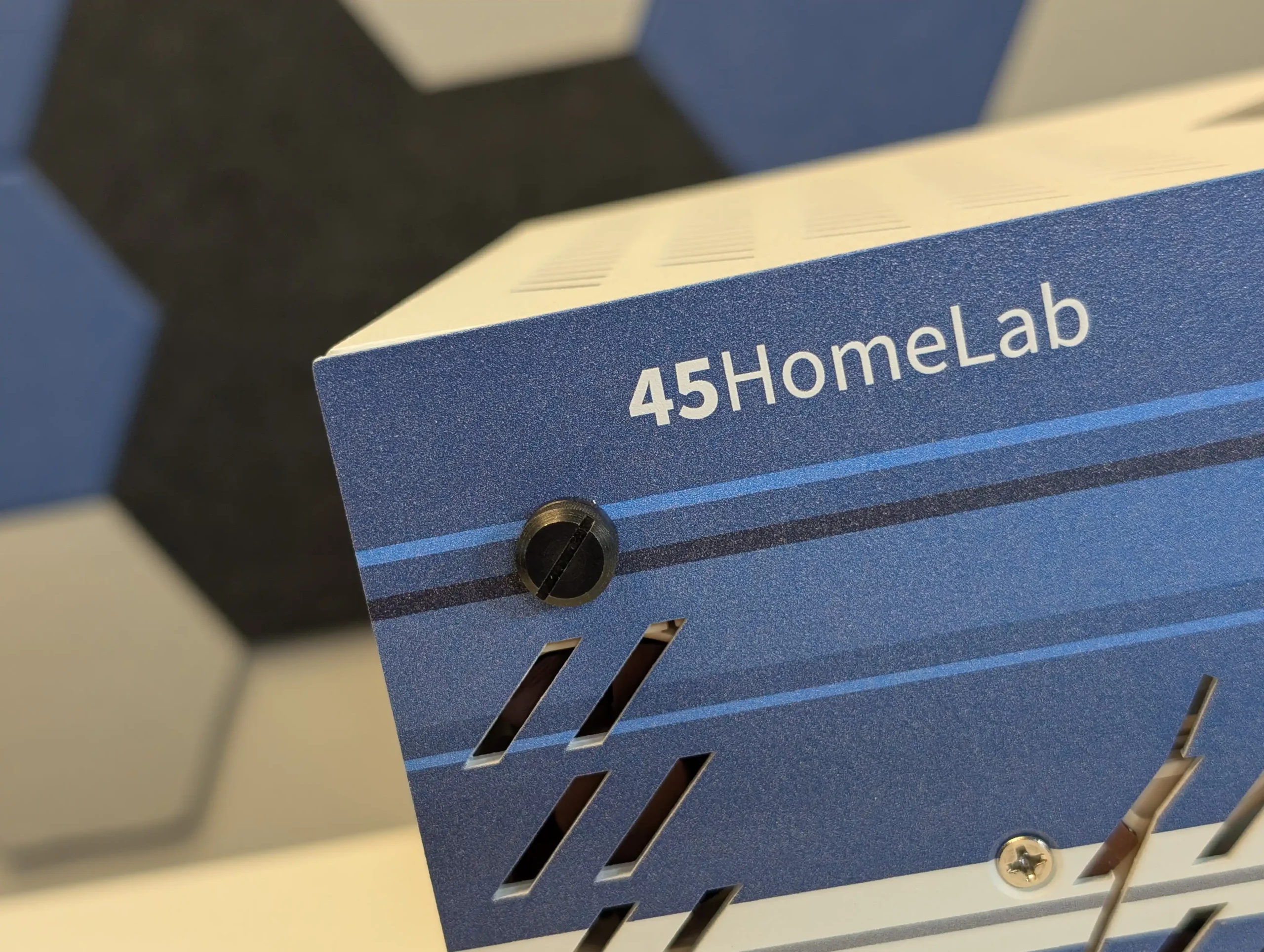

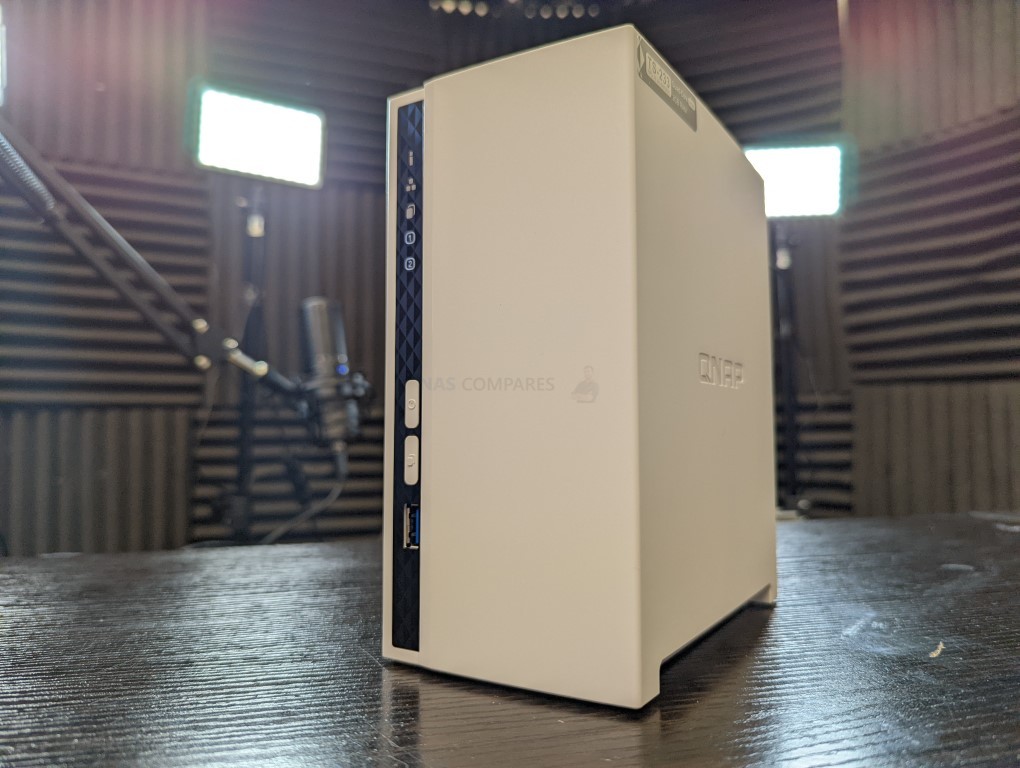
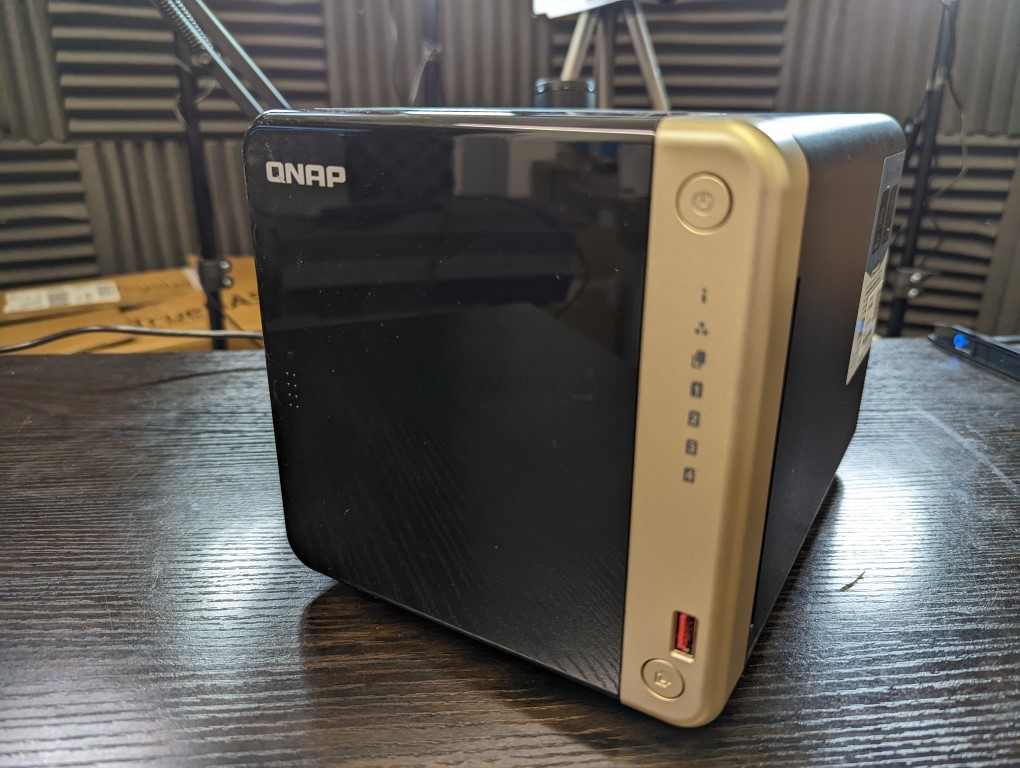
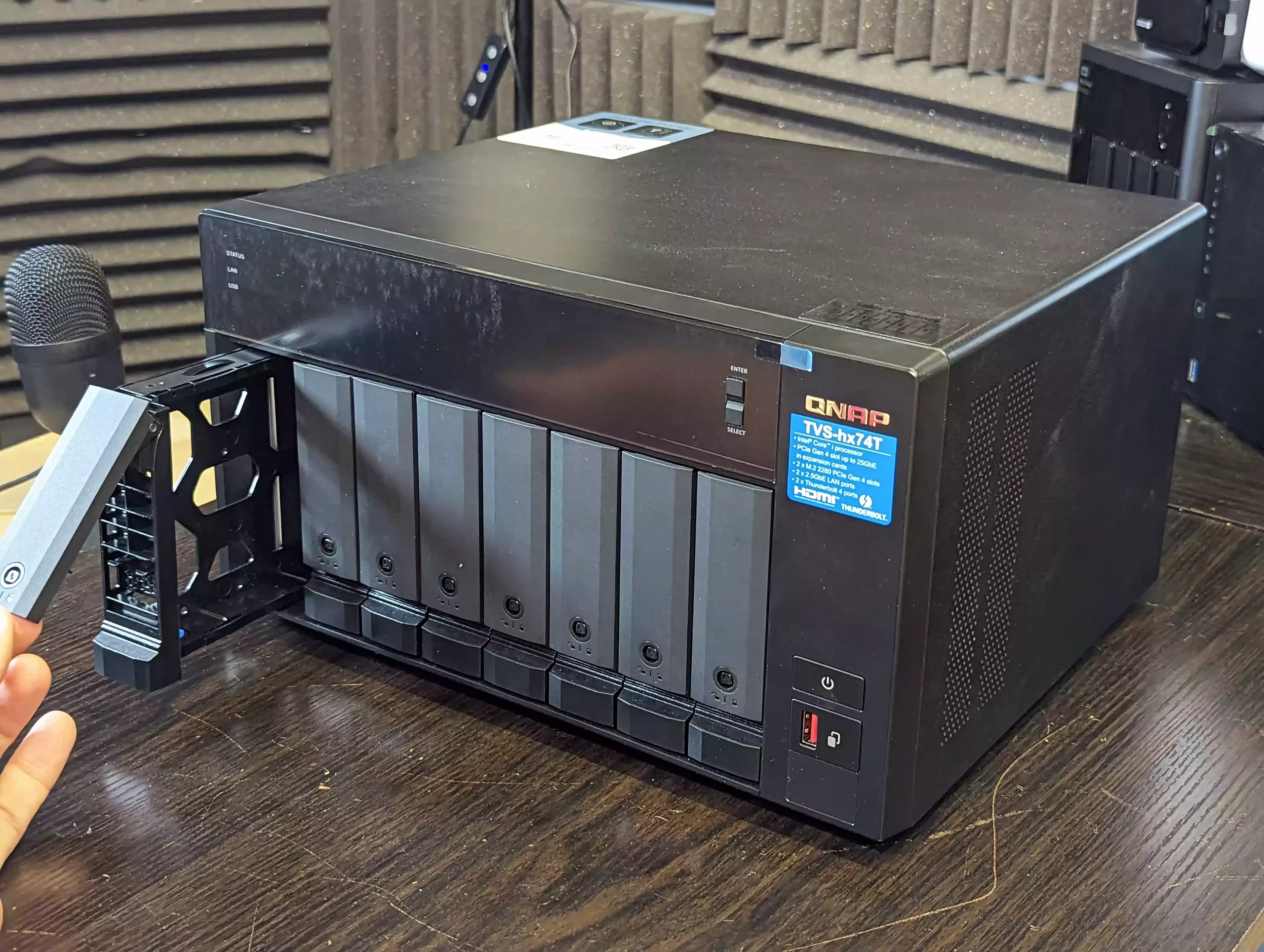


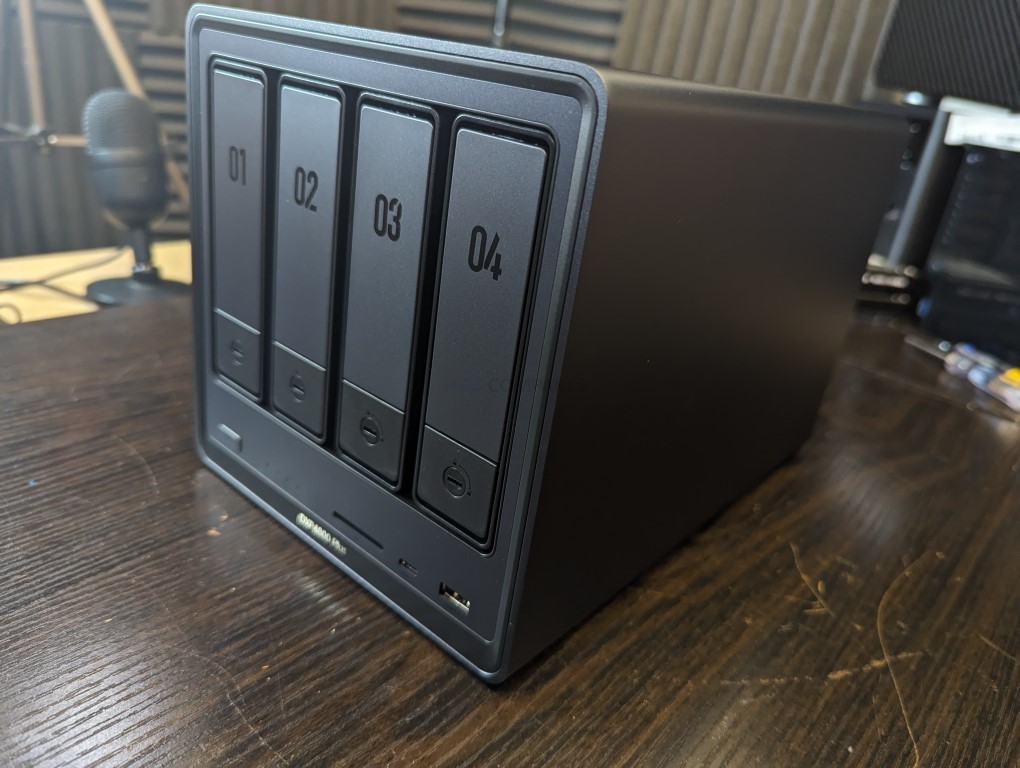
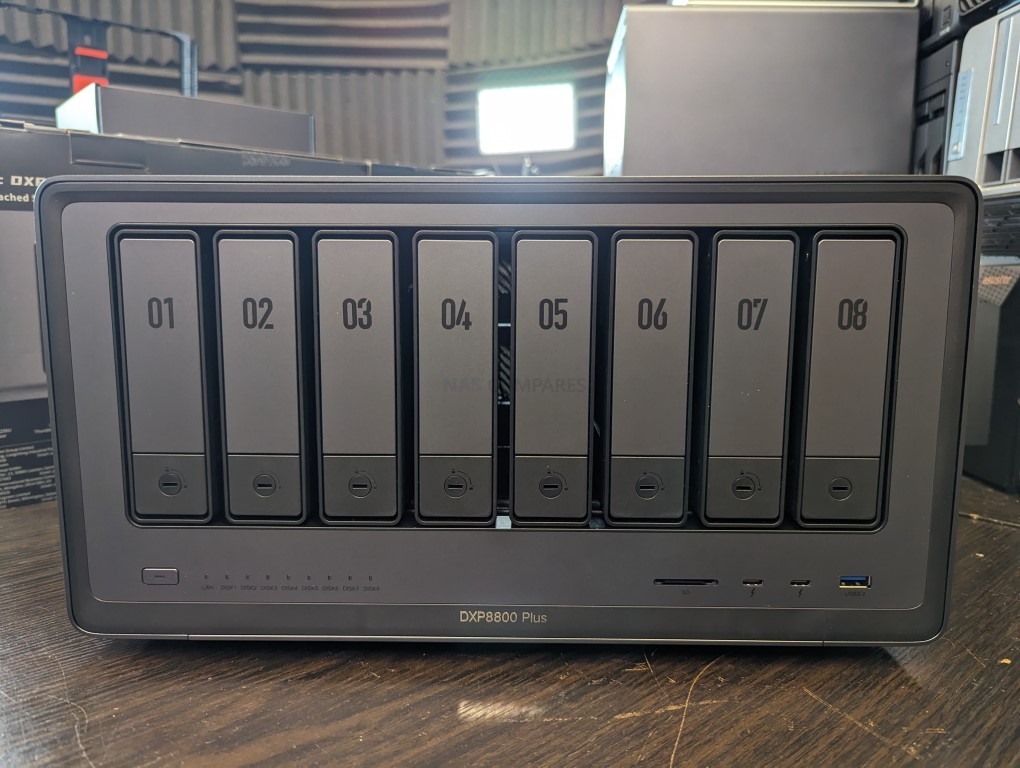

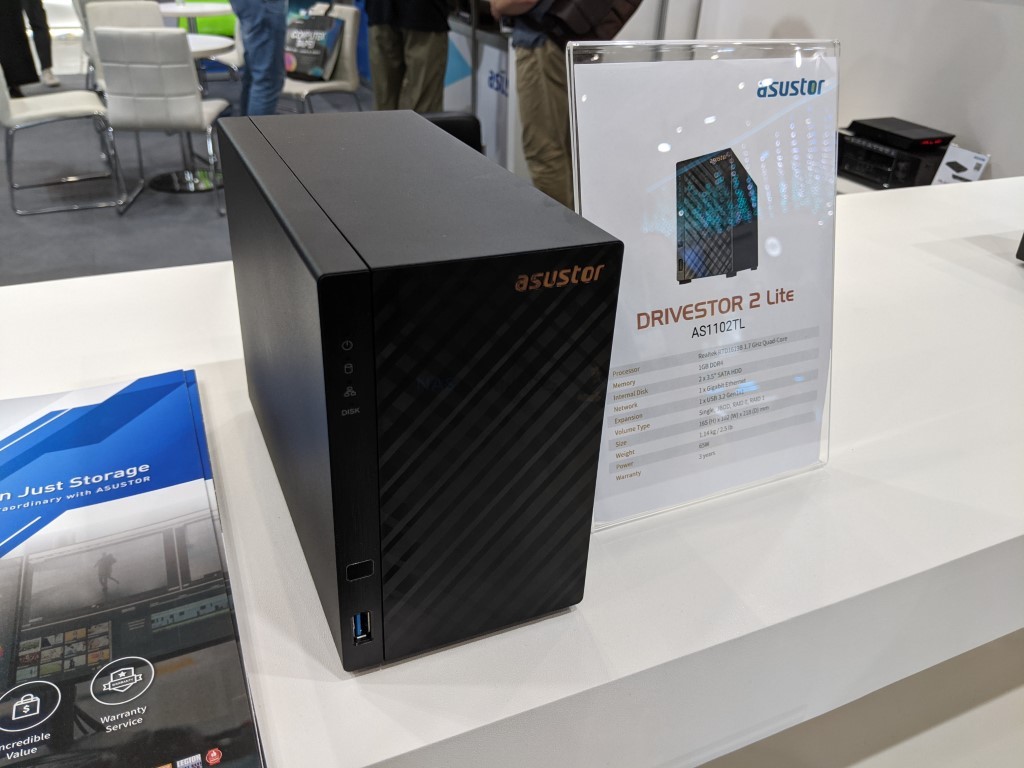
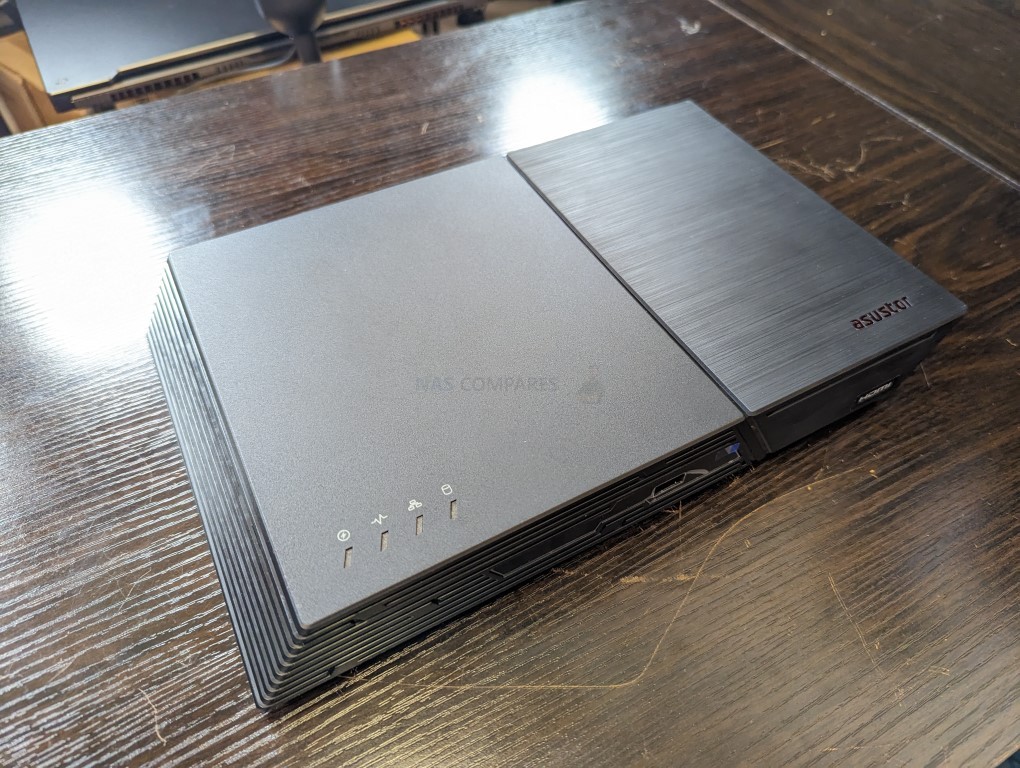
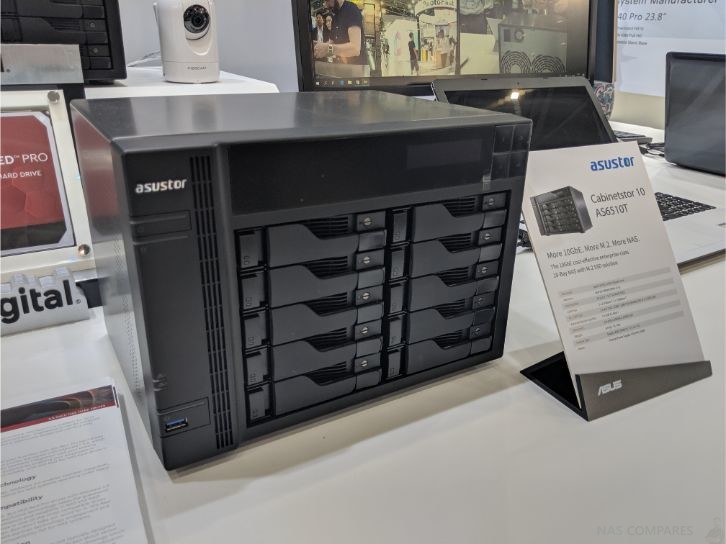
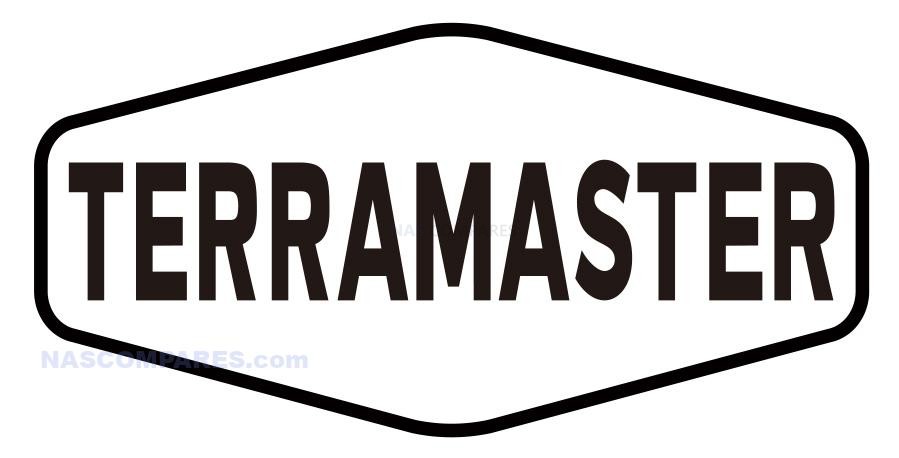
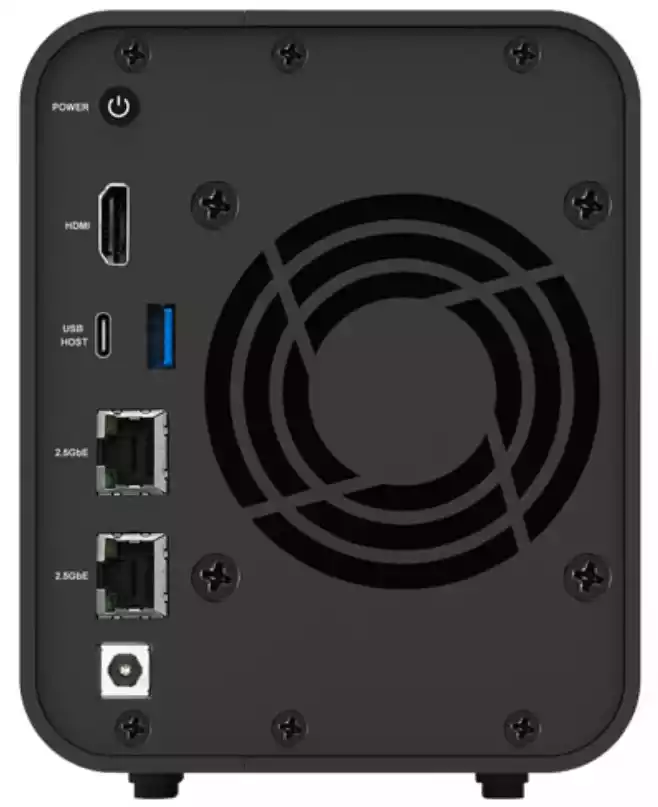
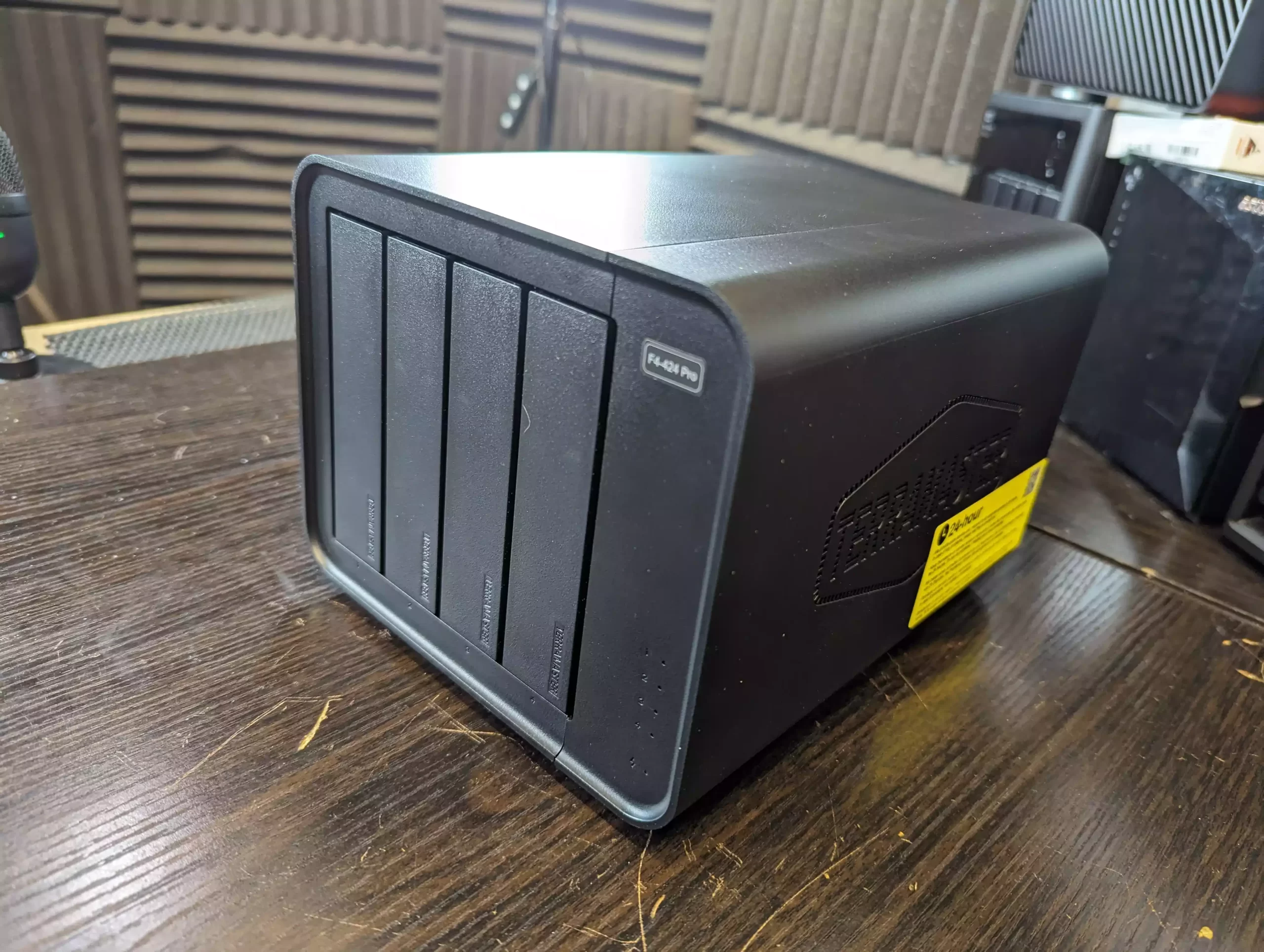
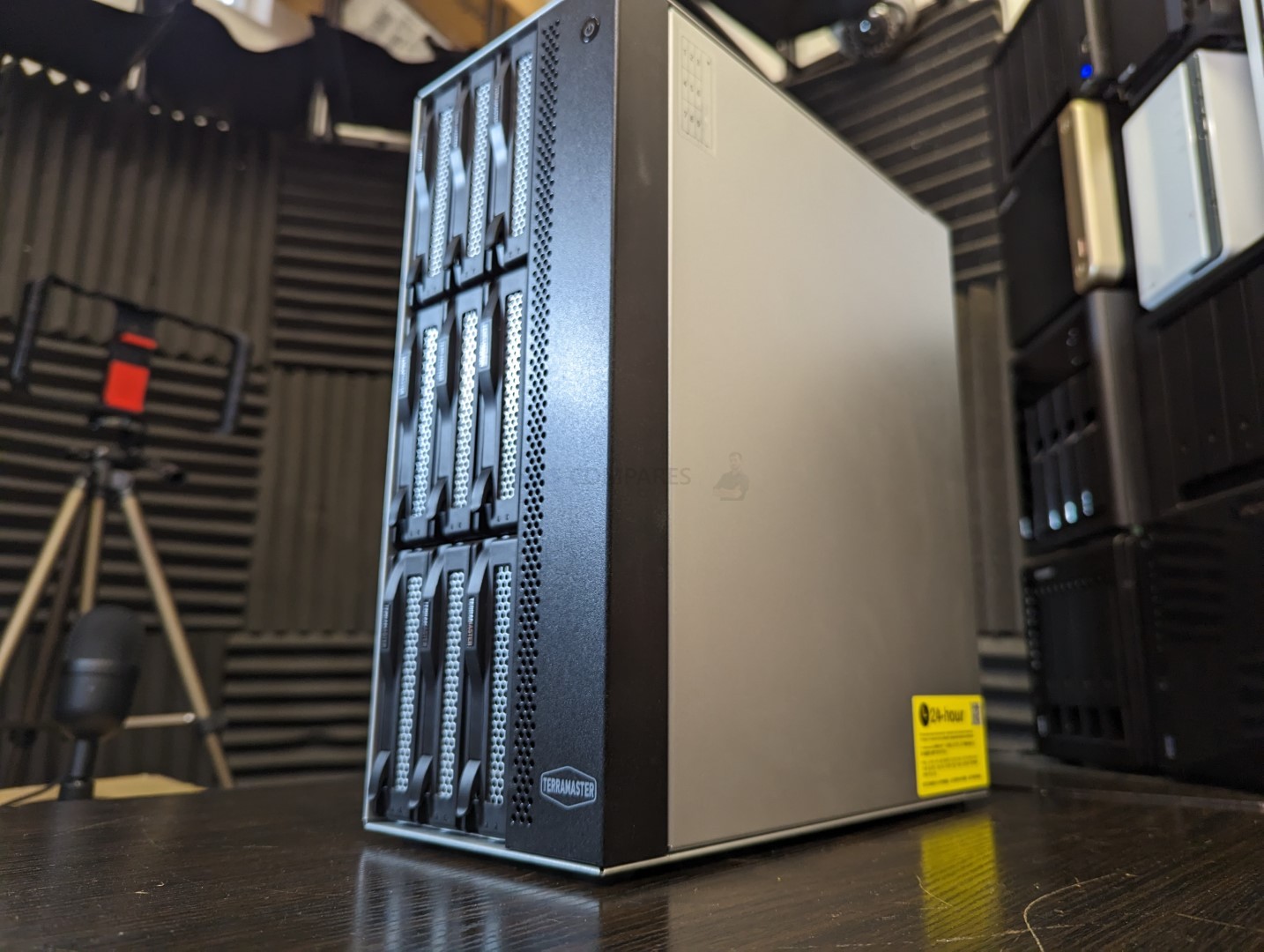
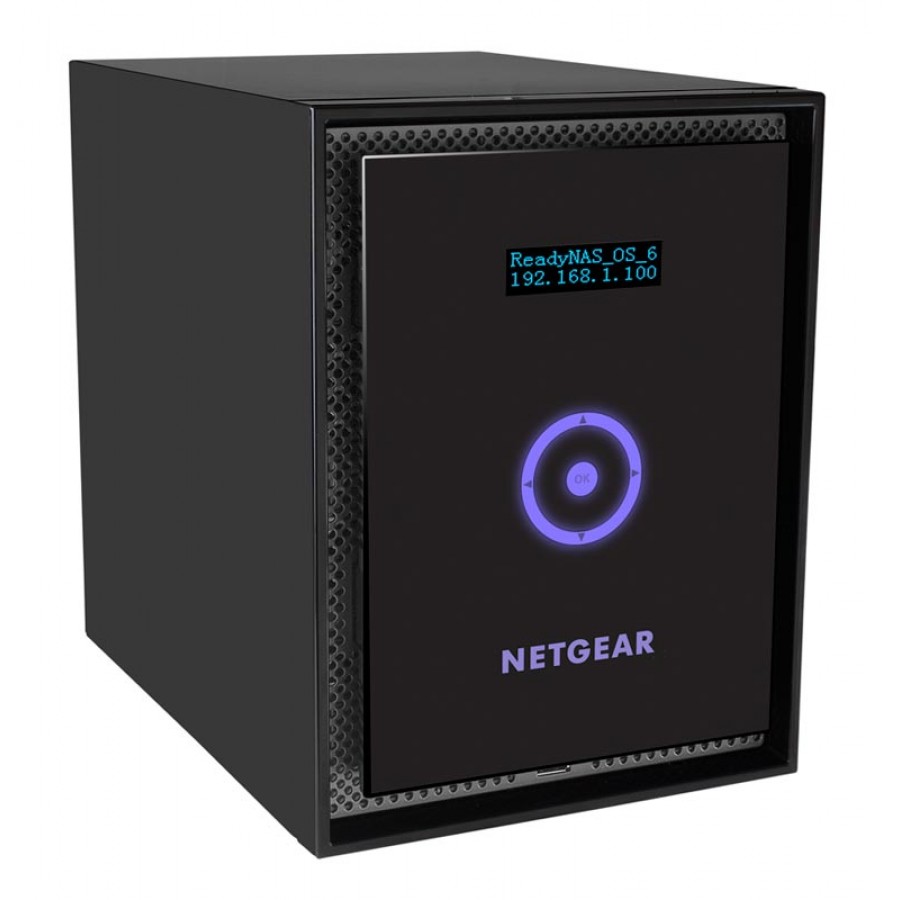
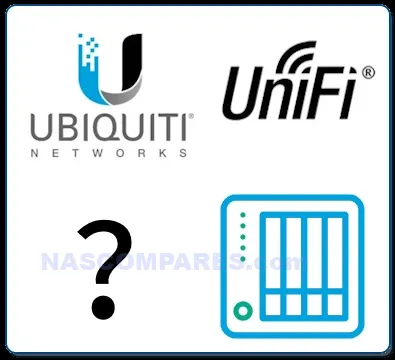
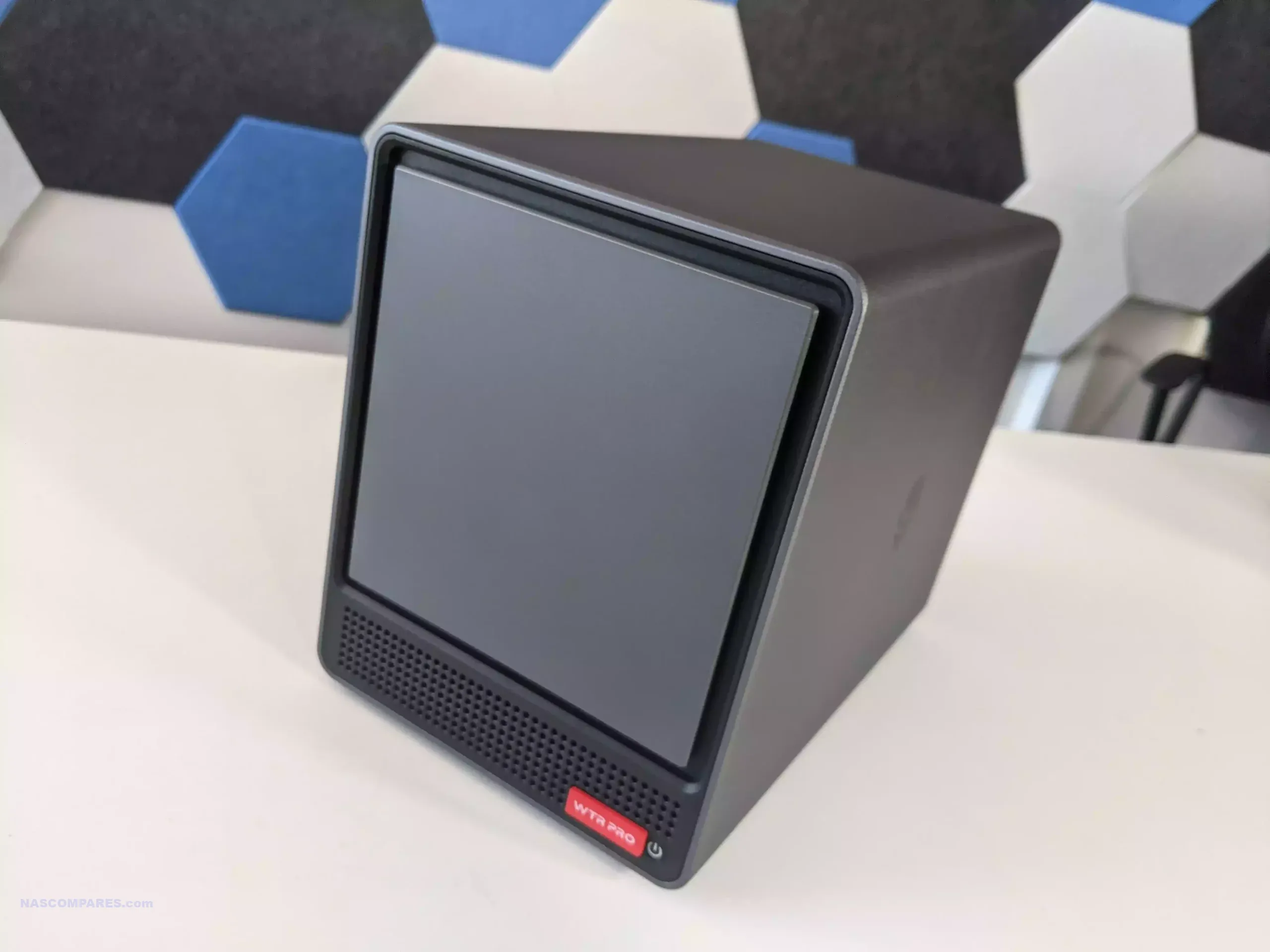
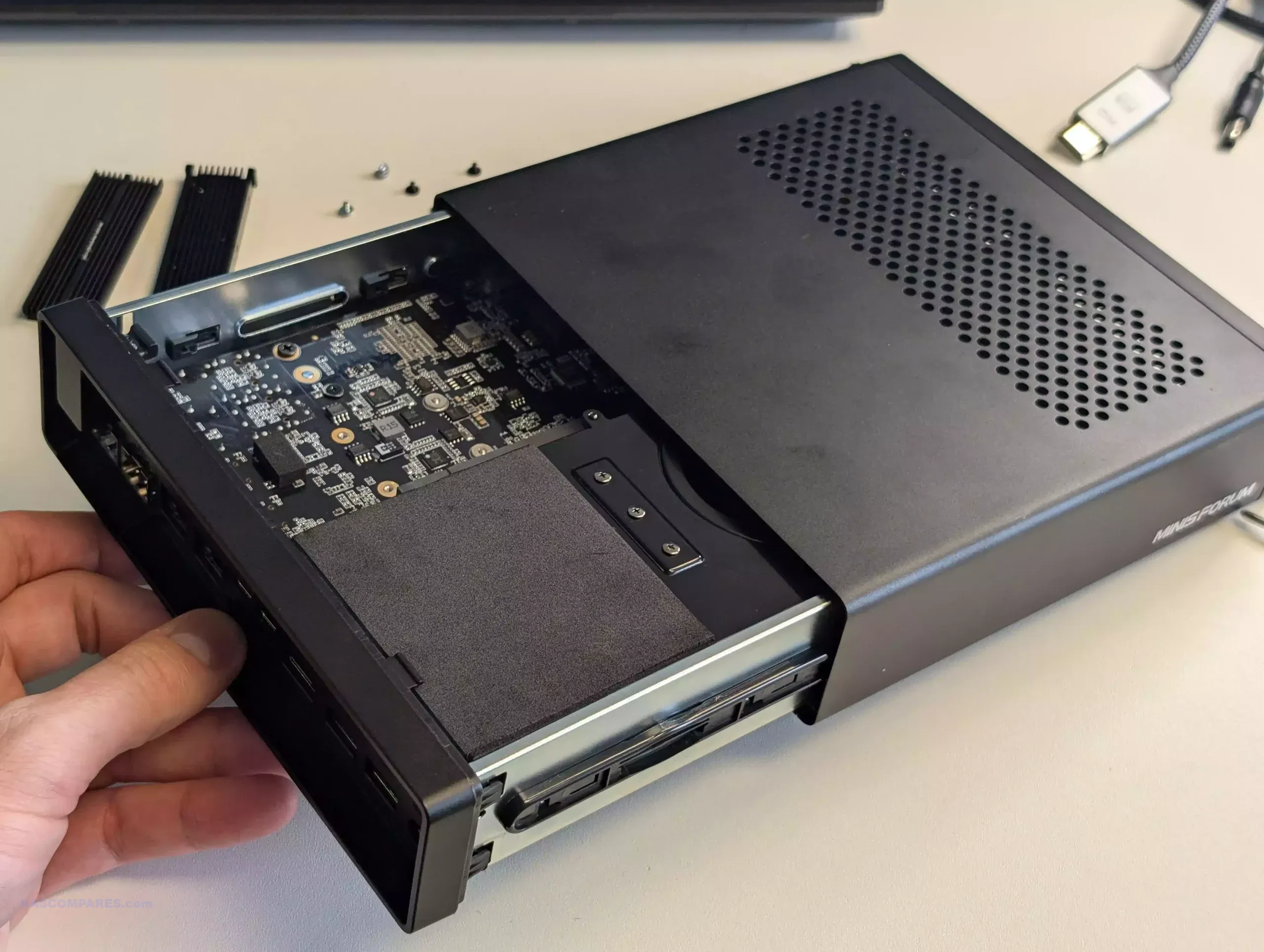
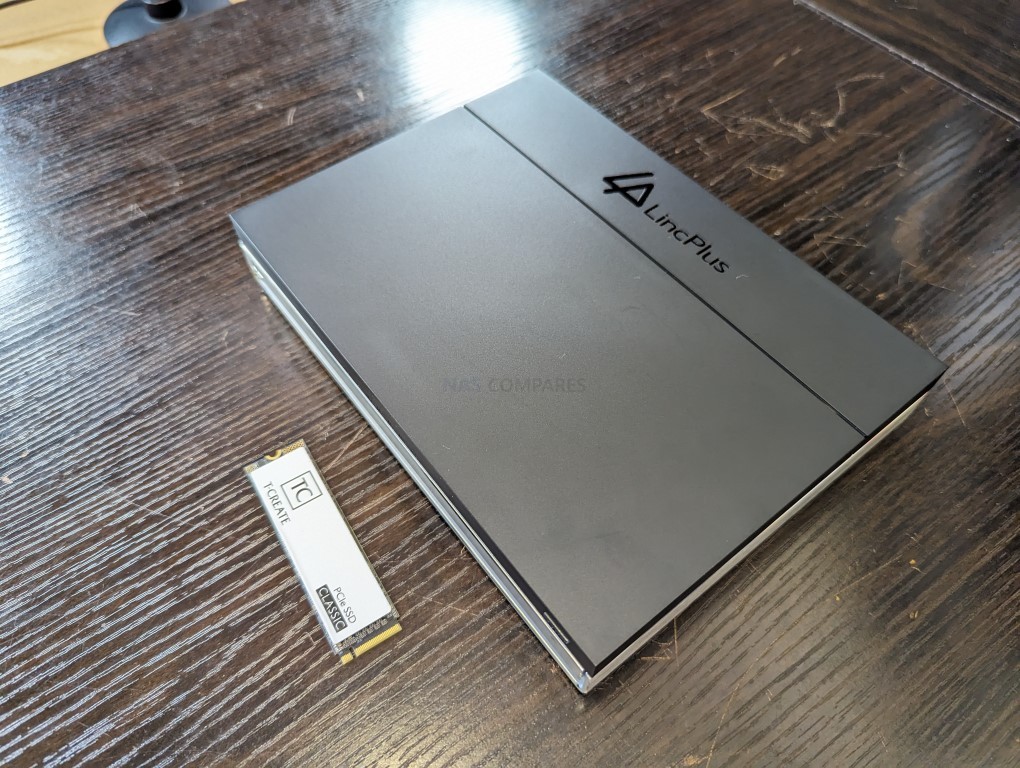
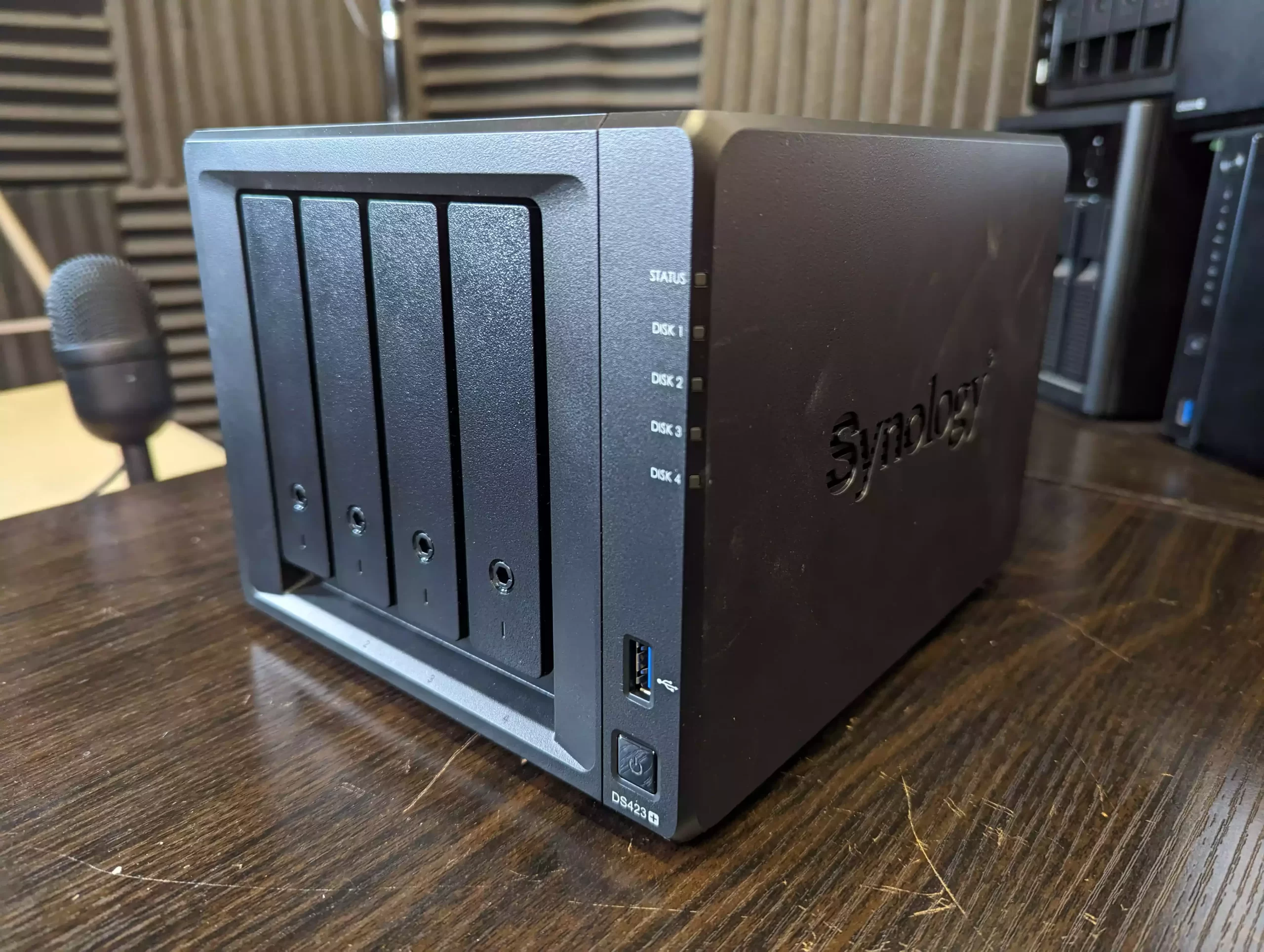
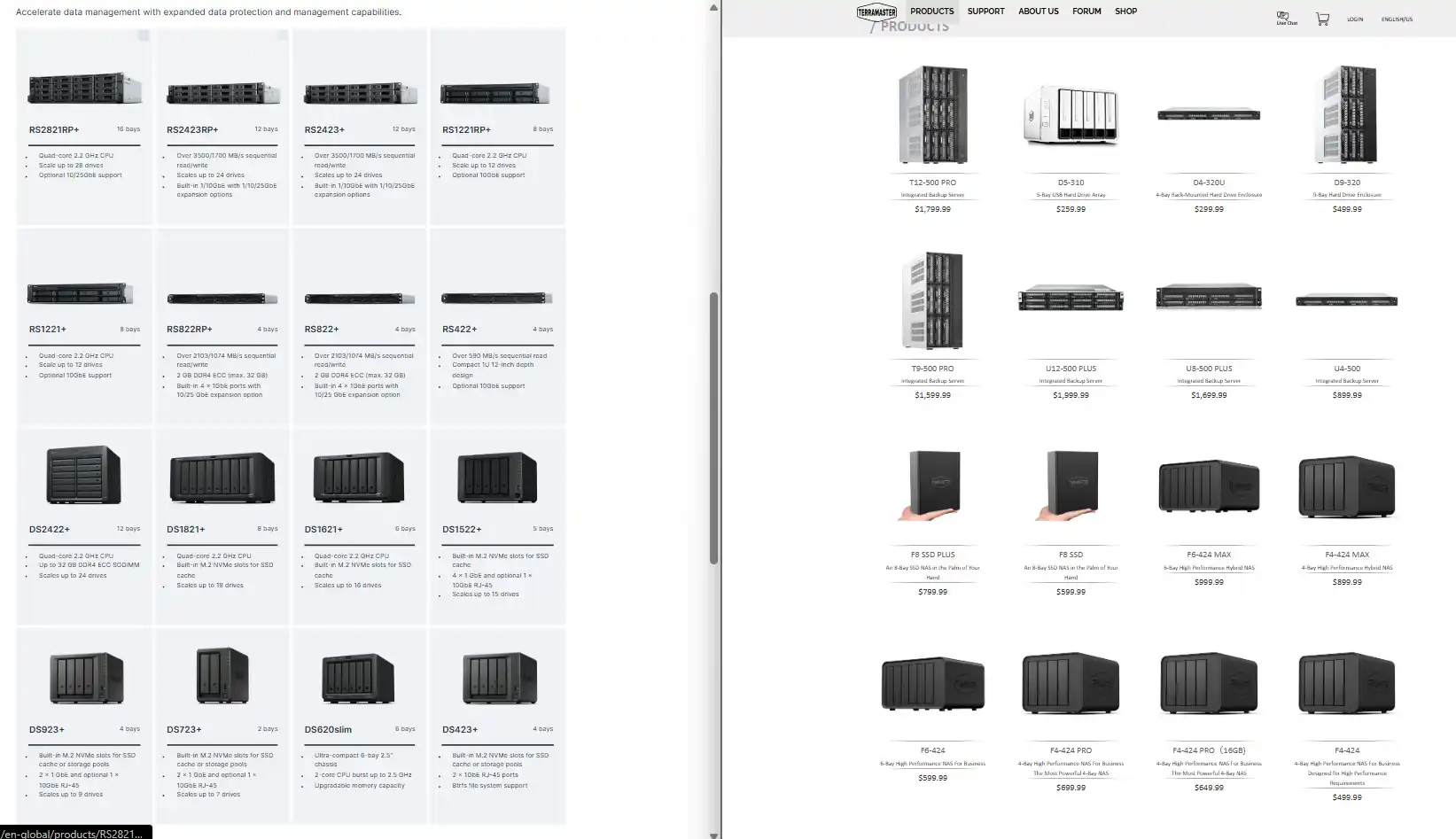
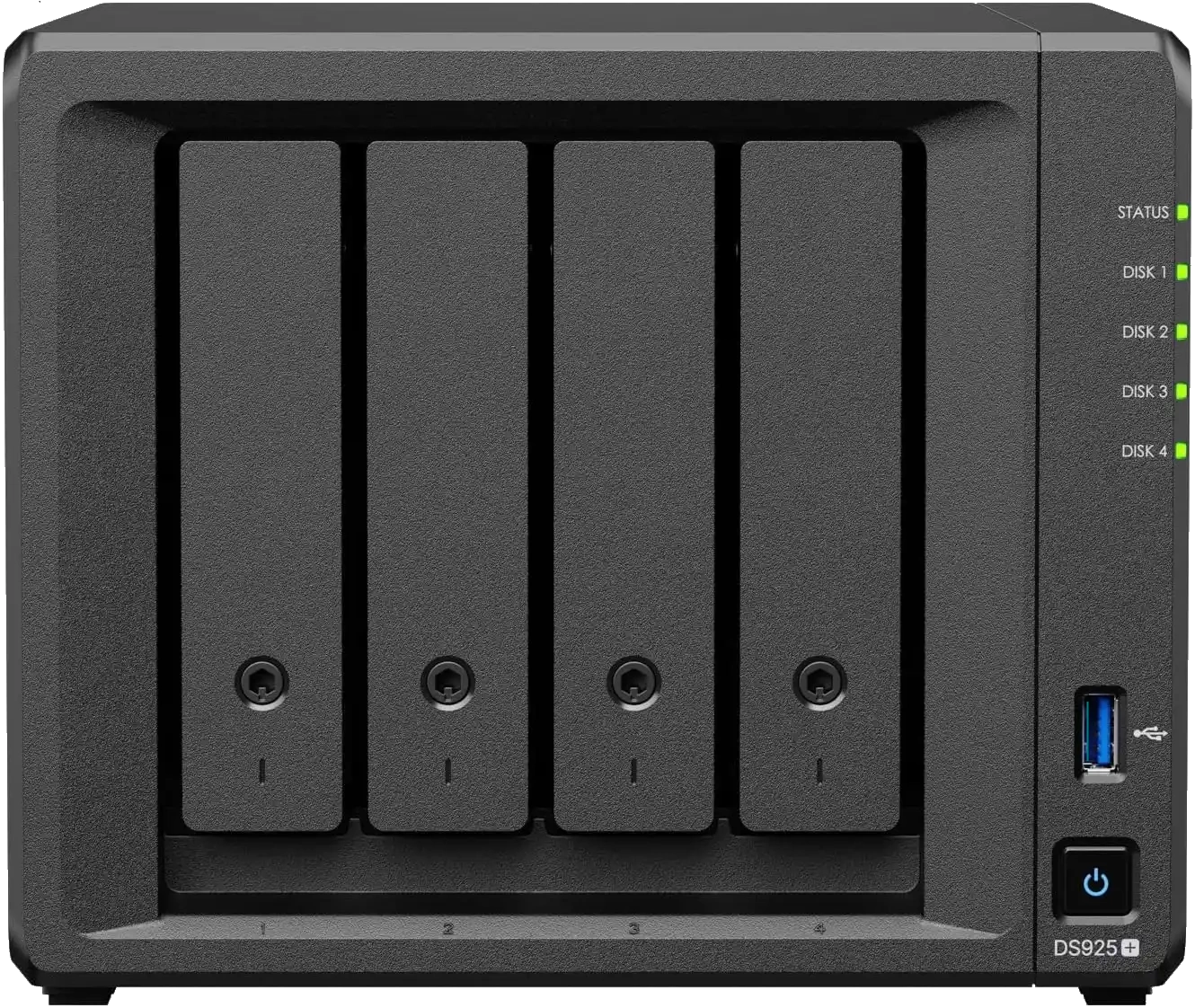
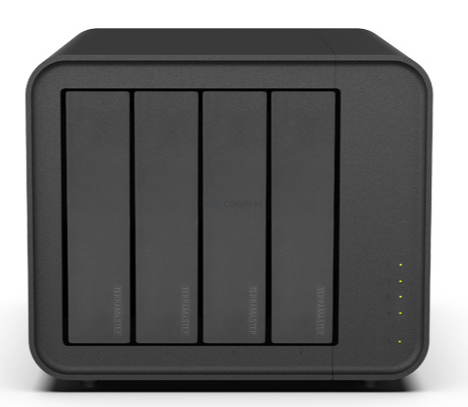


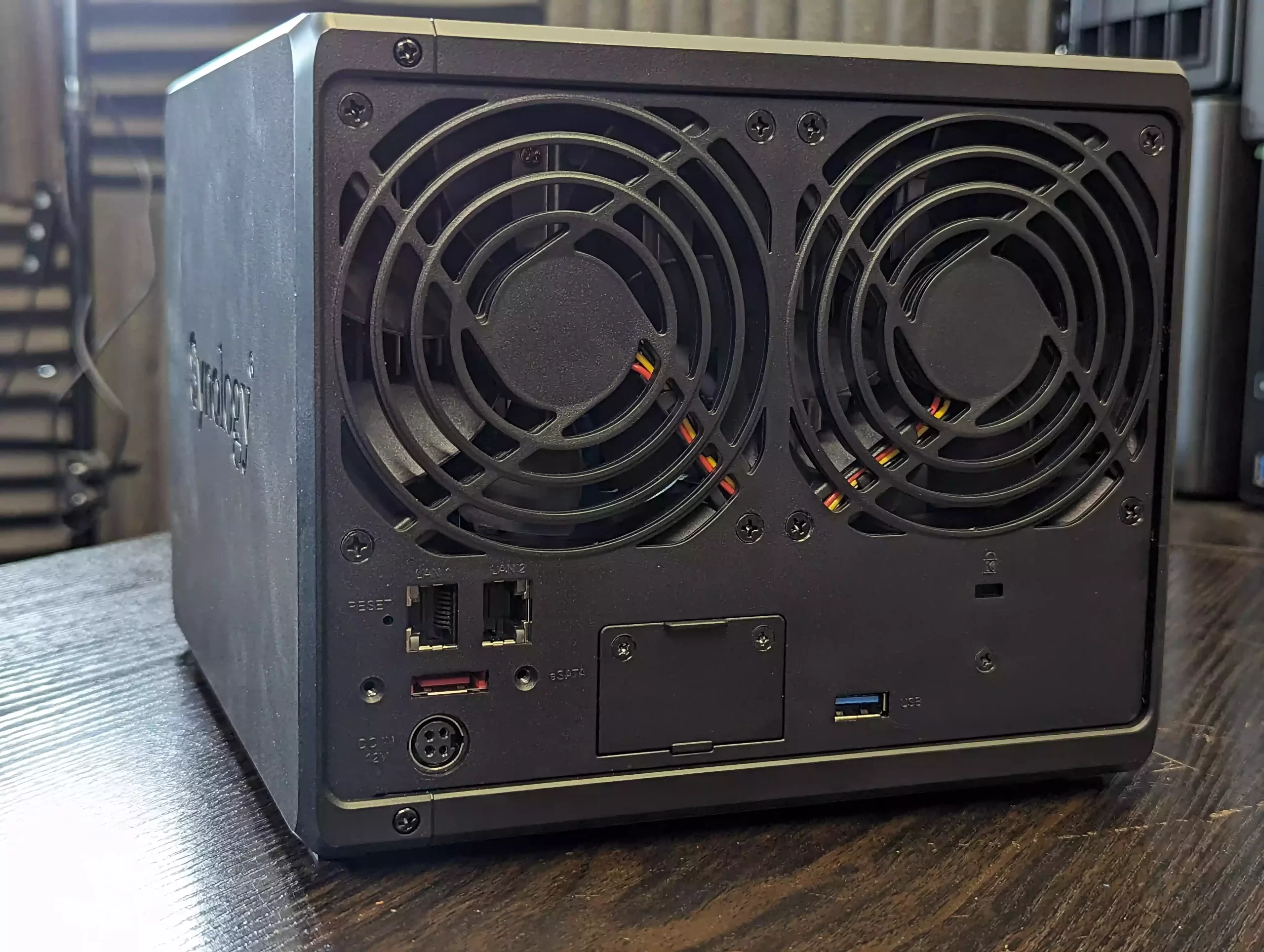
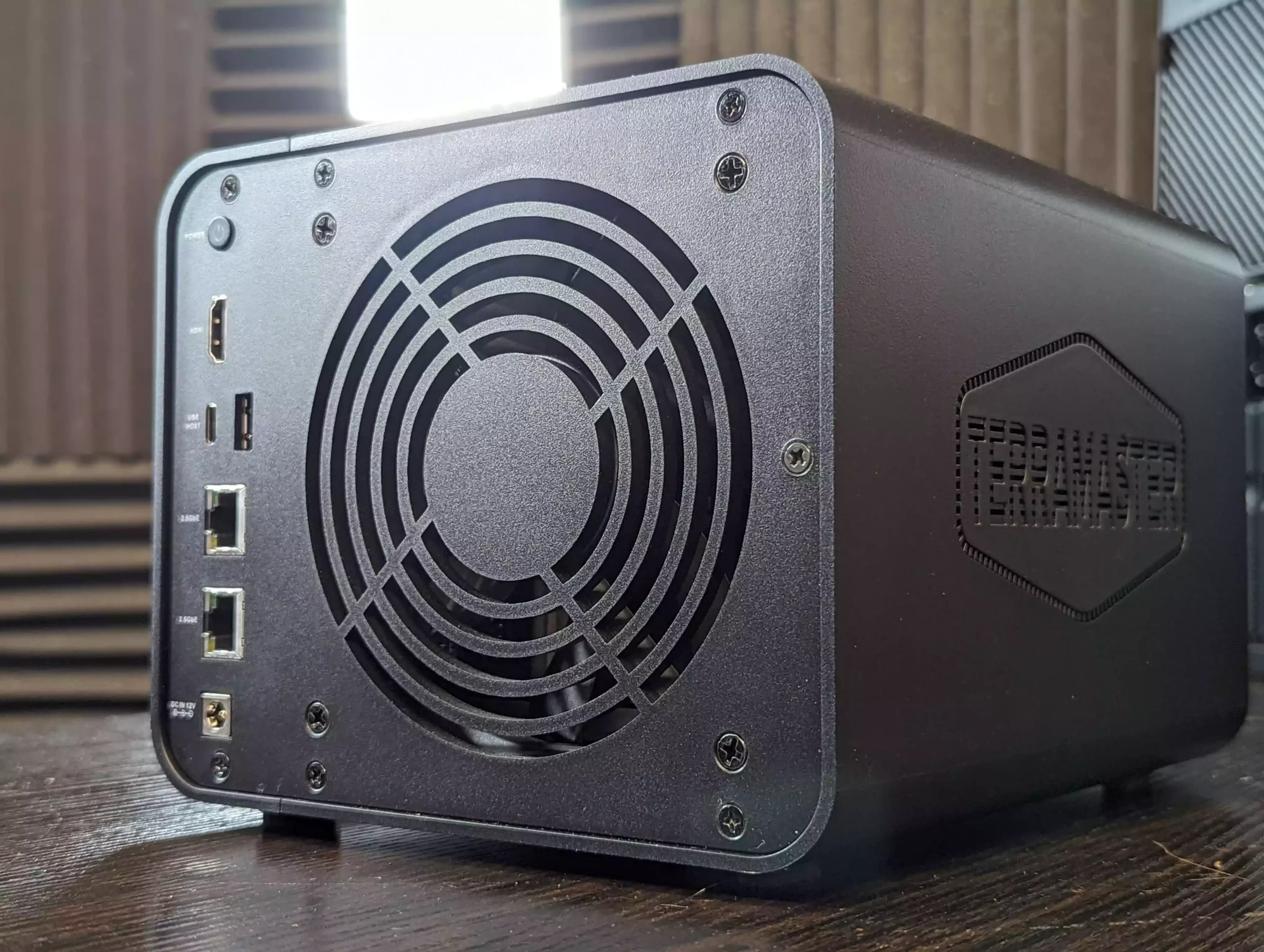
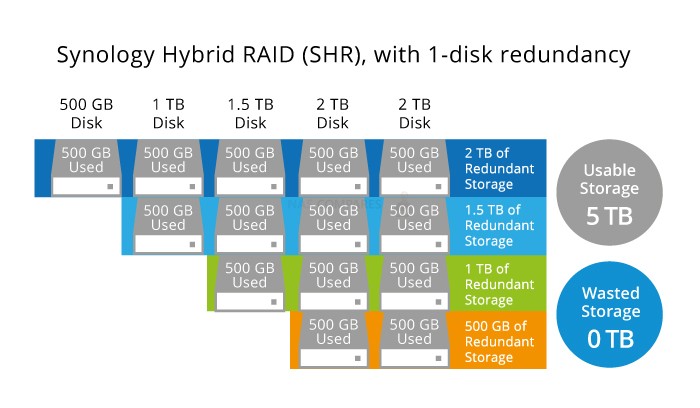
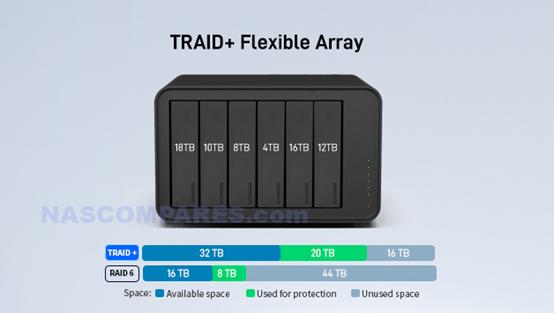
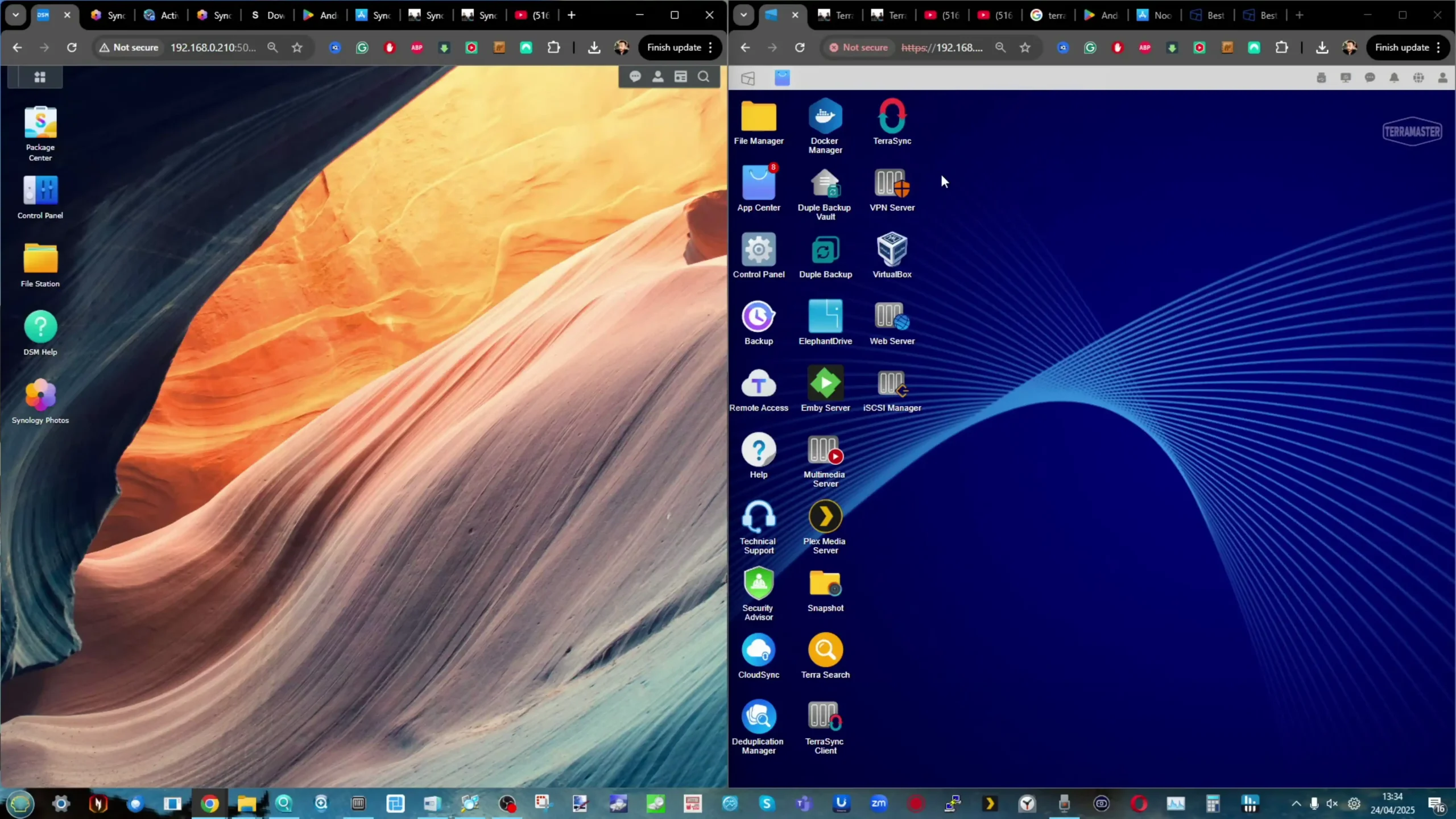
 Not supported
Not supported Allows Unraid, TrueNAS without voiding warranty
Allows Unraid, TrueNAS without voiding warranty